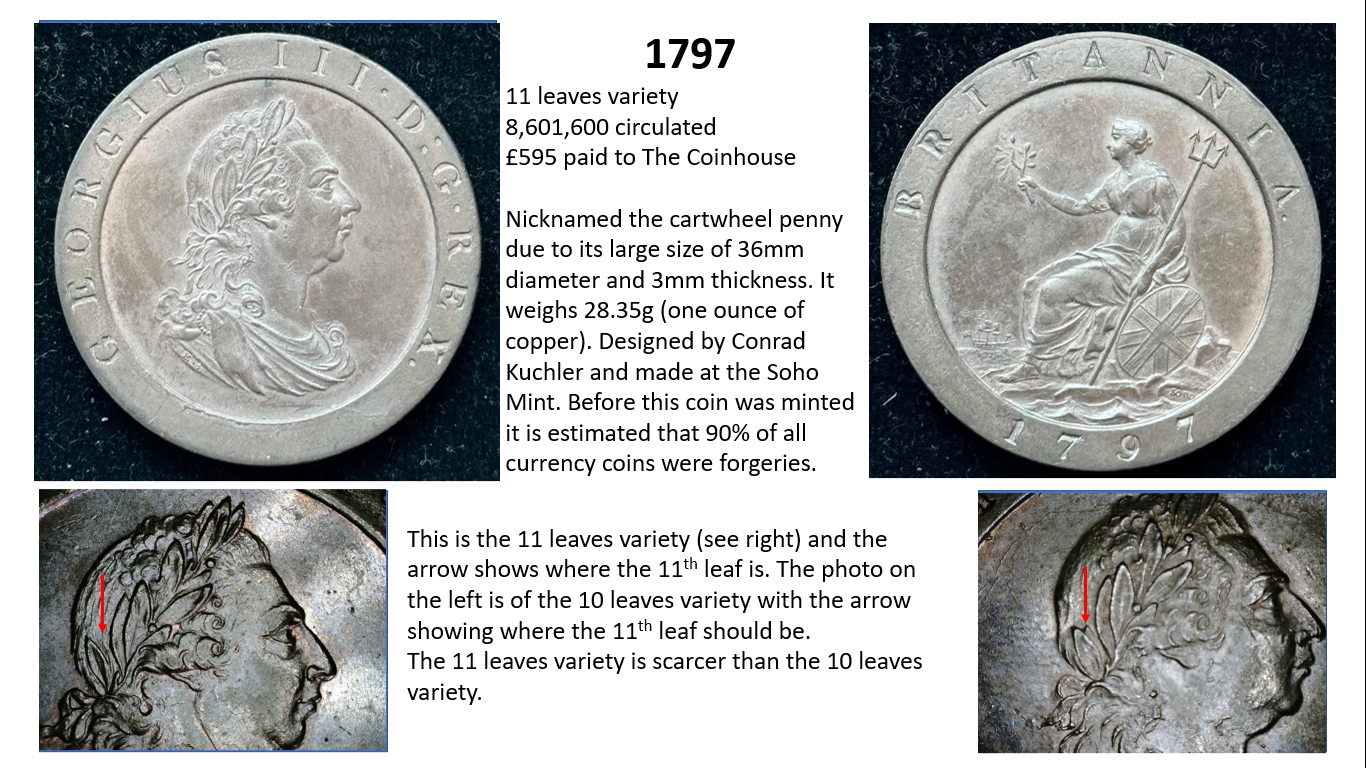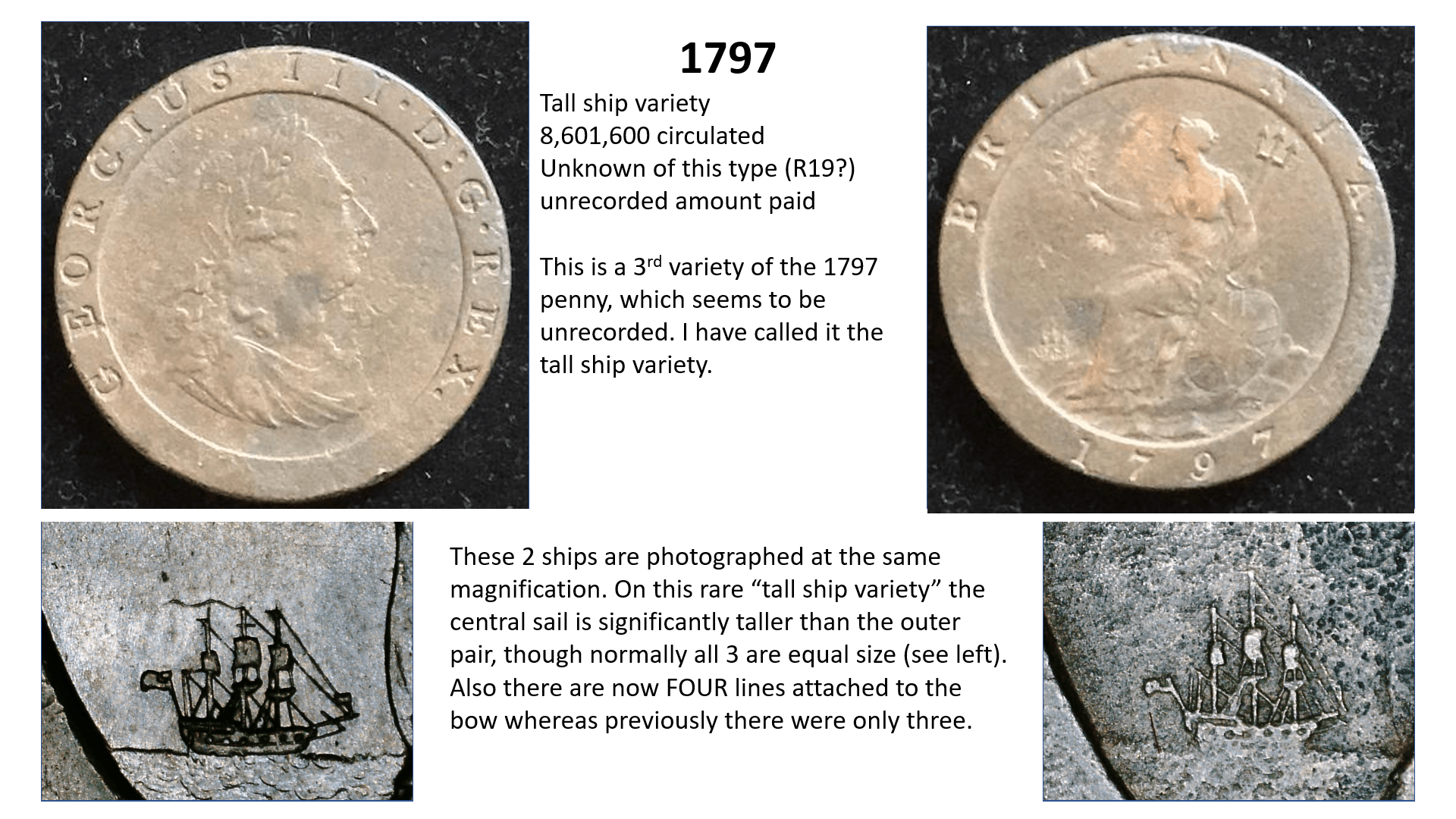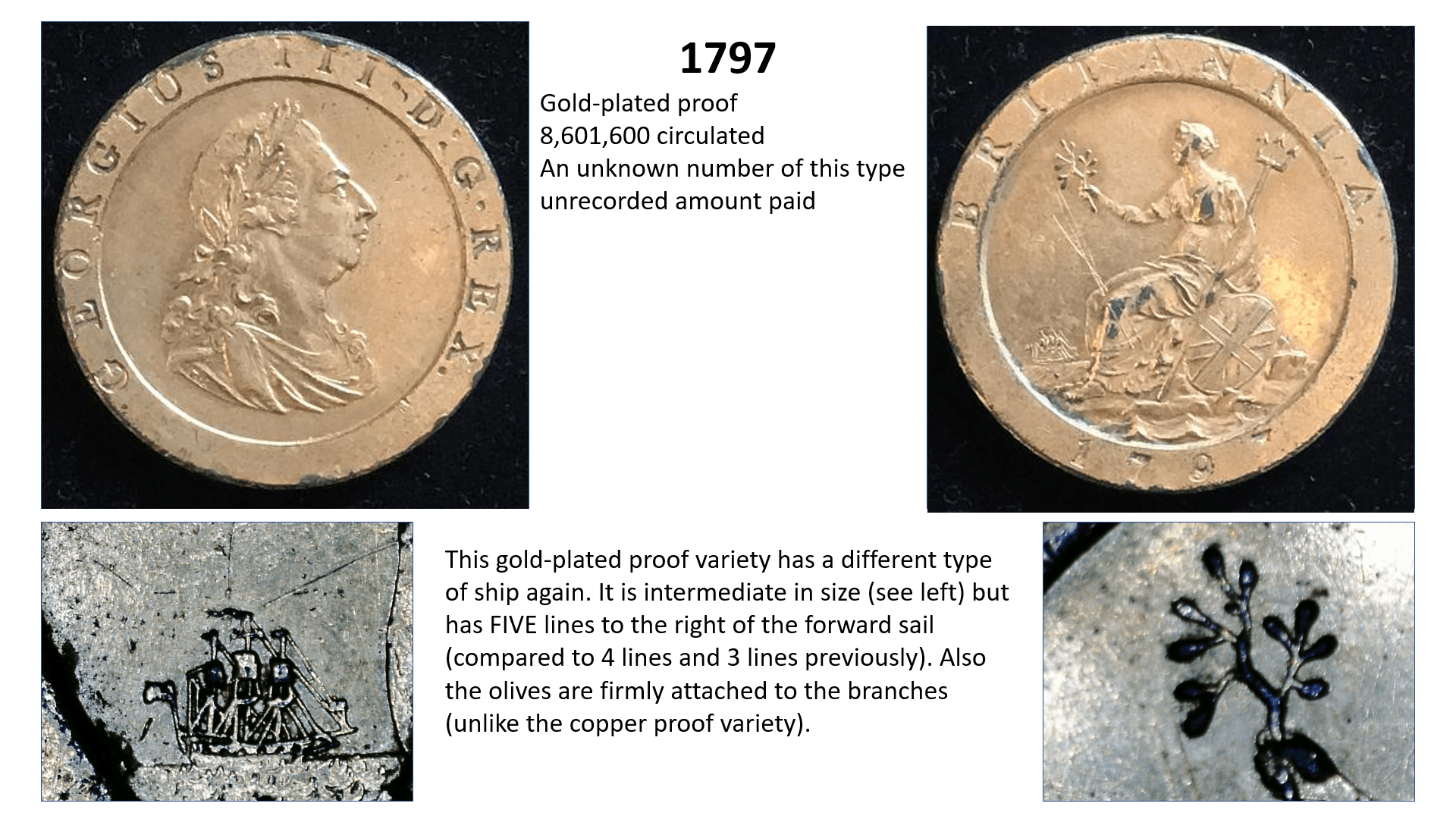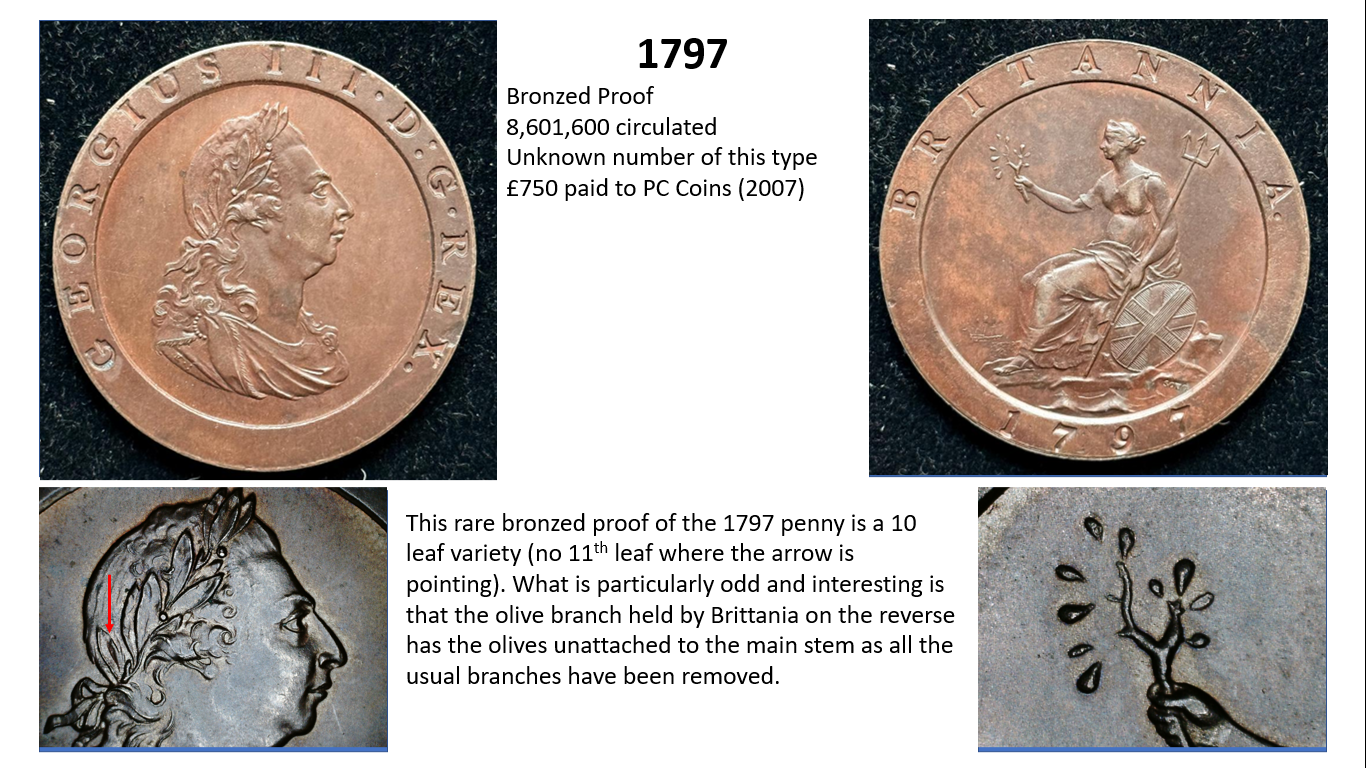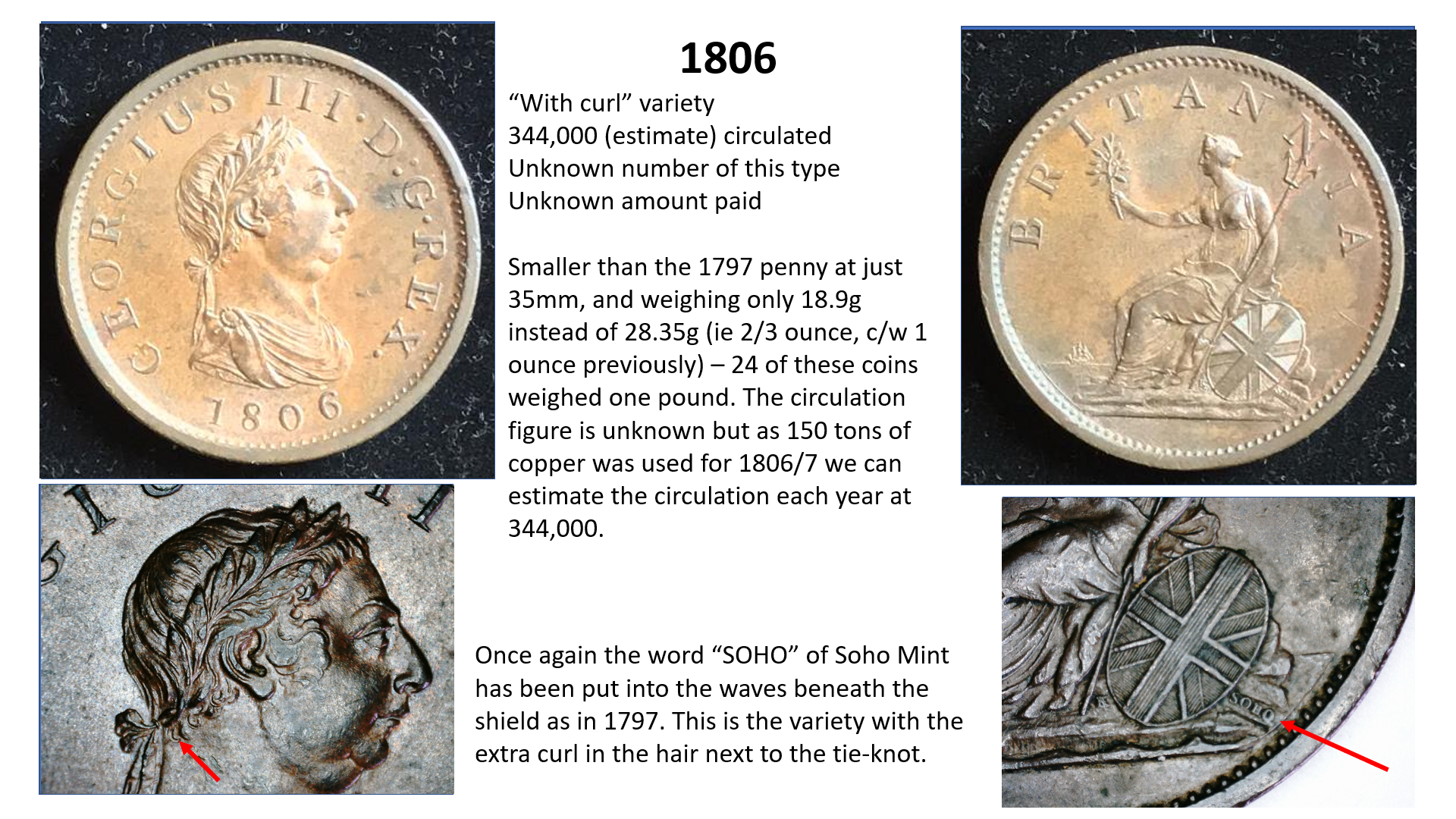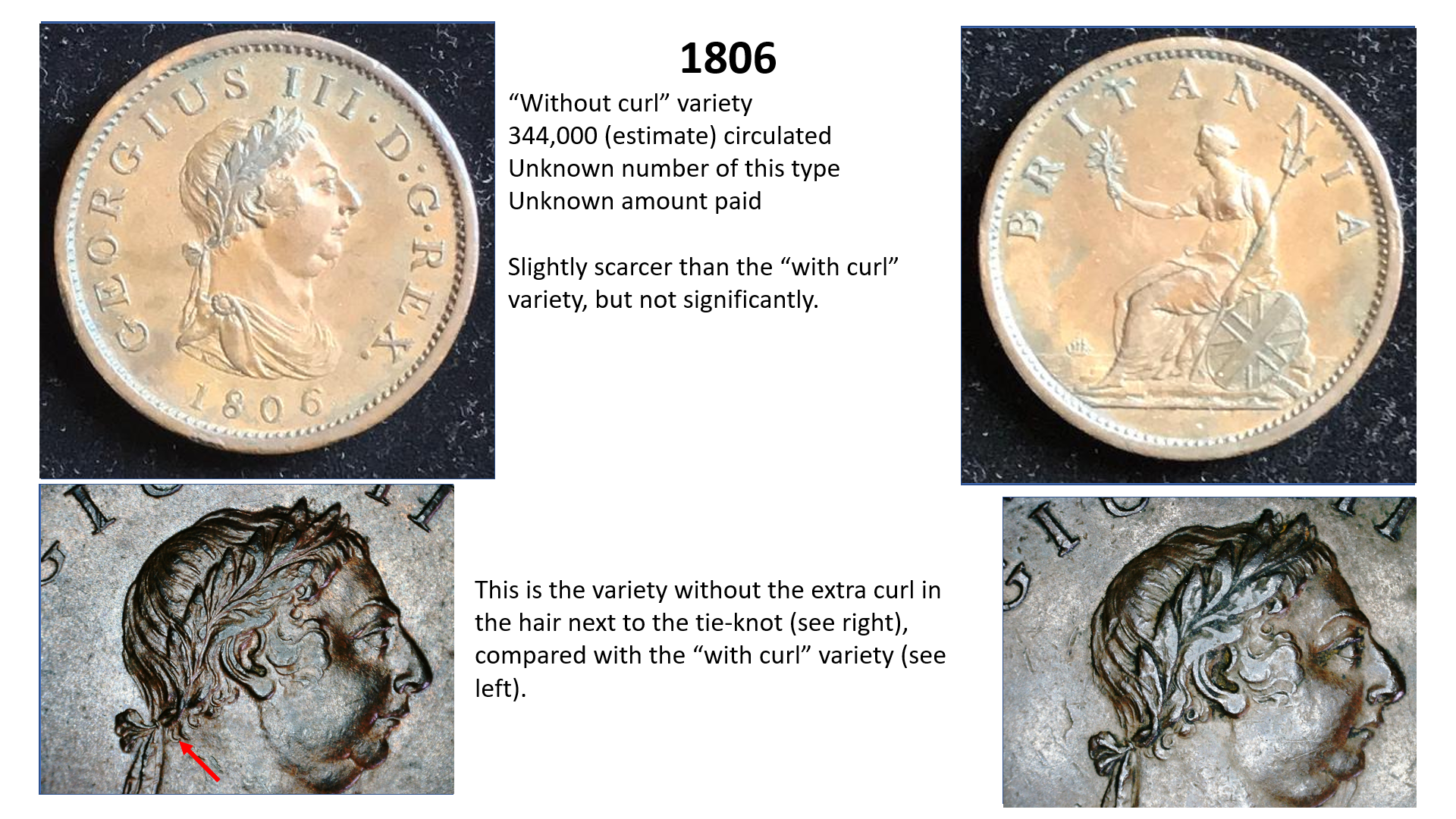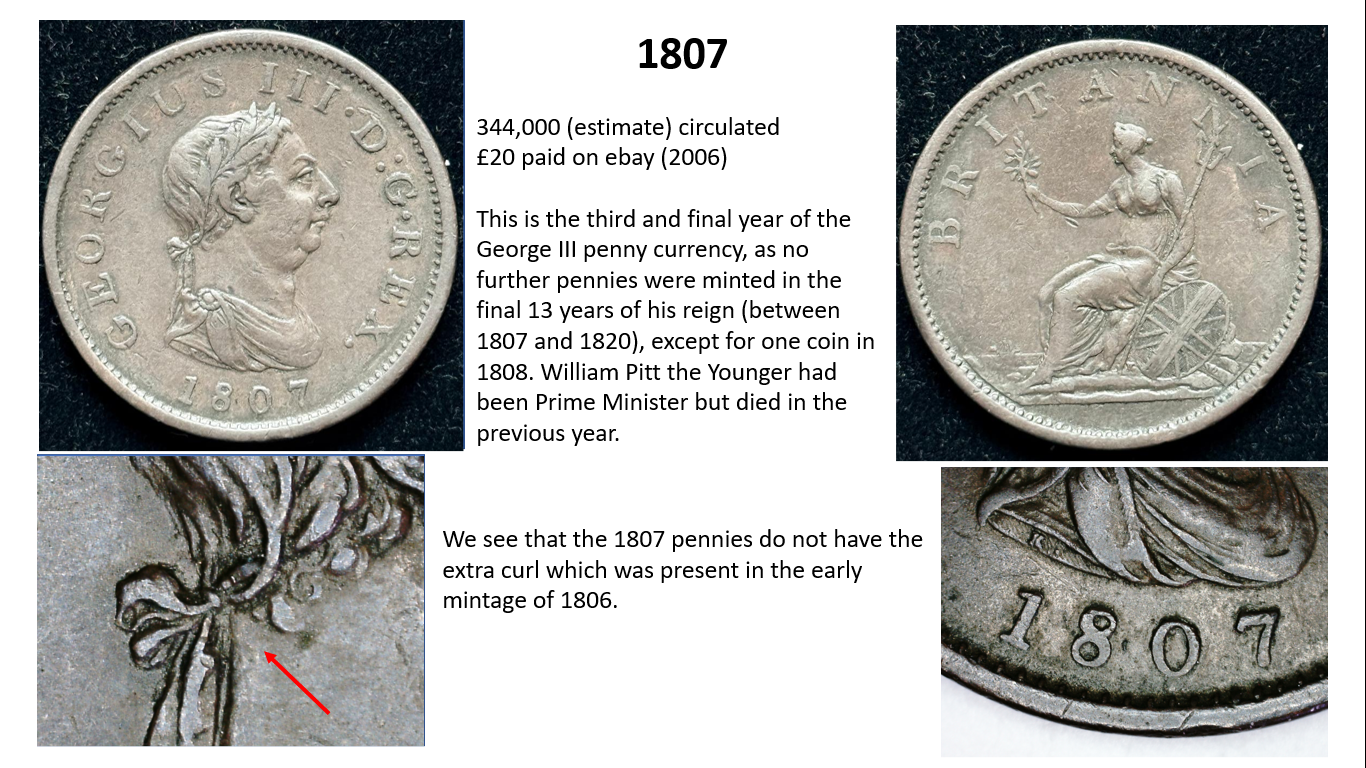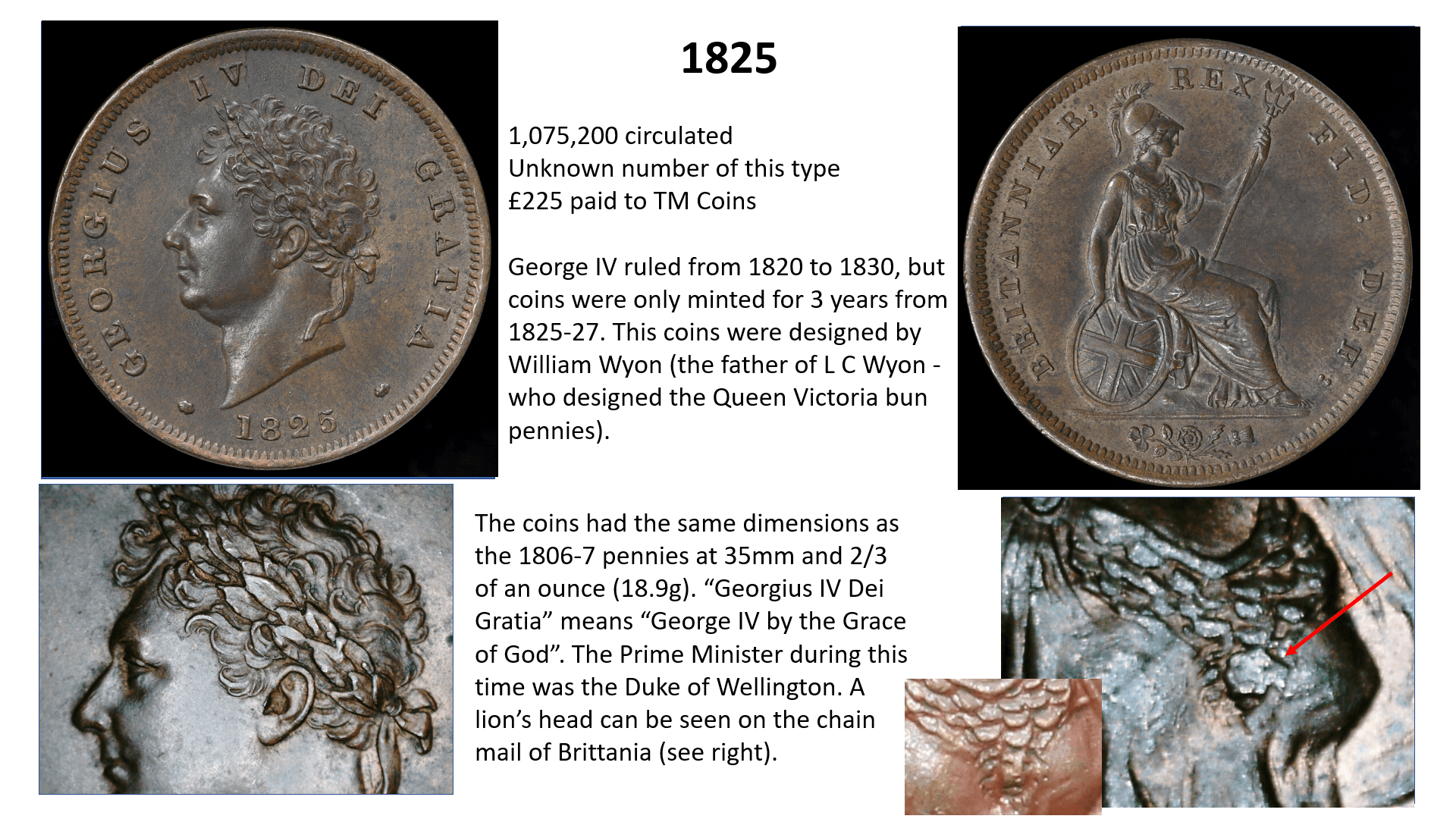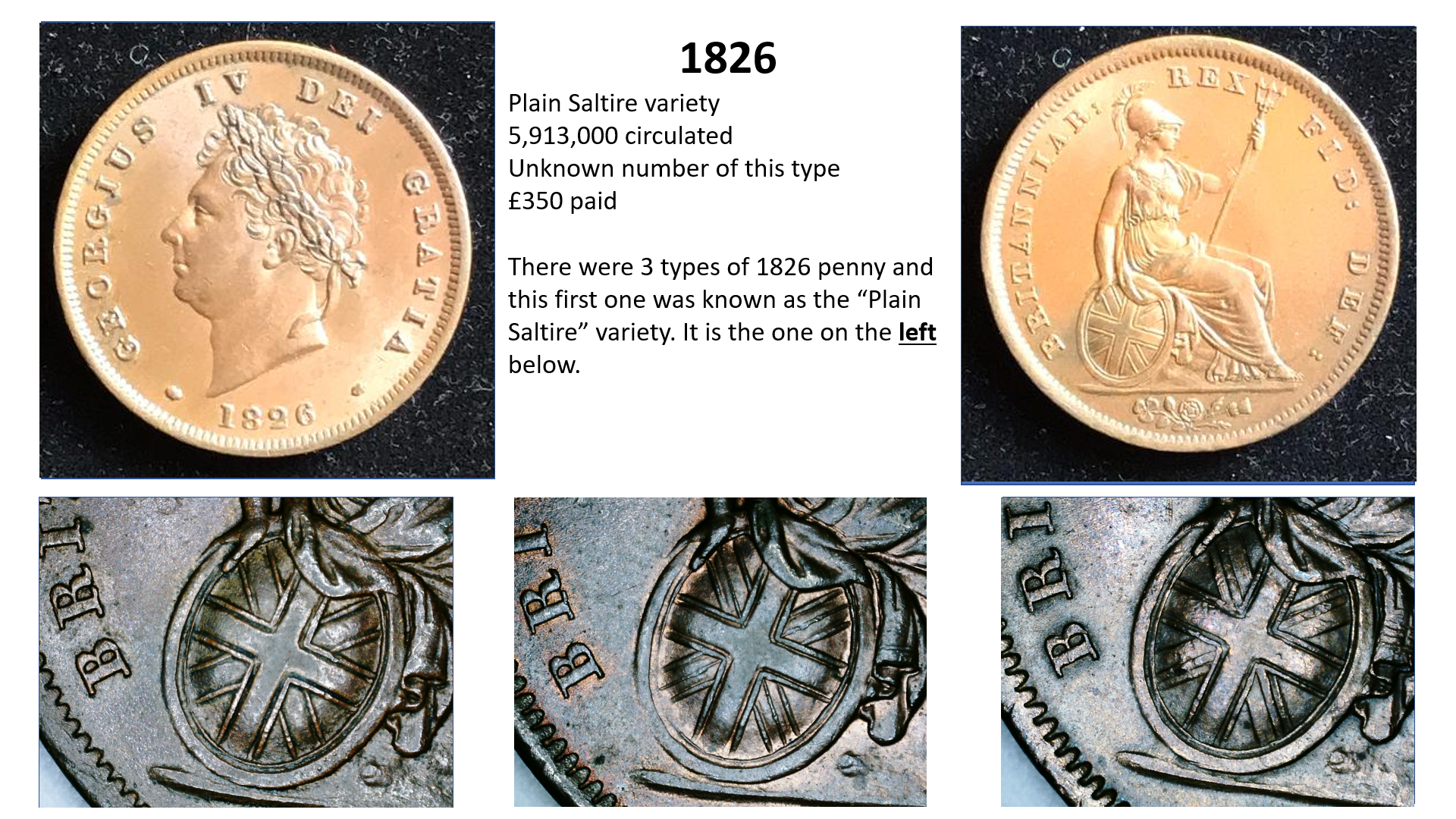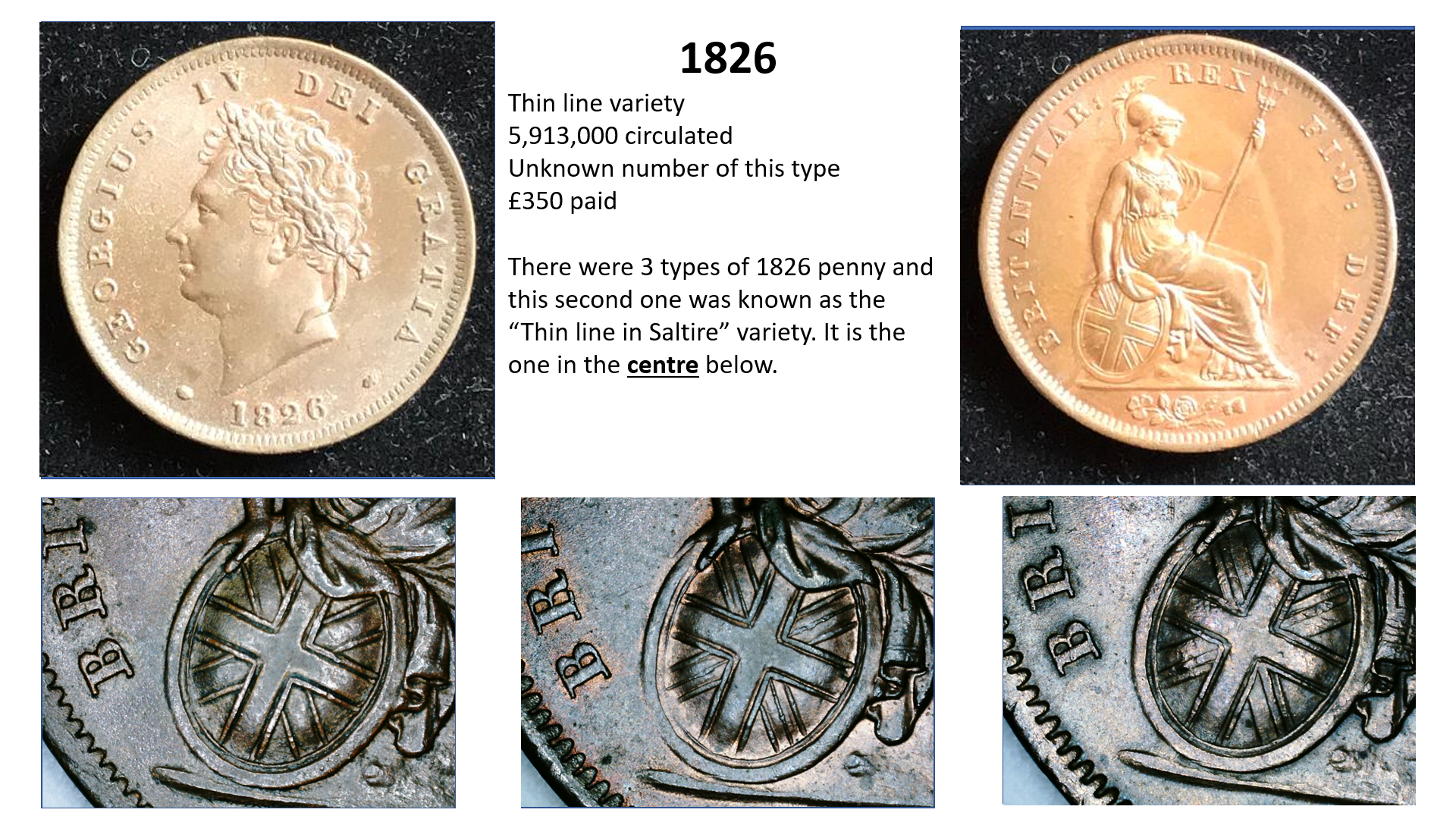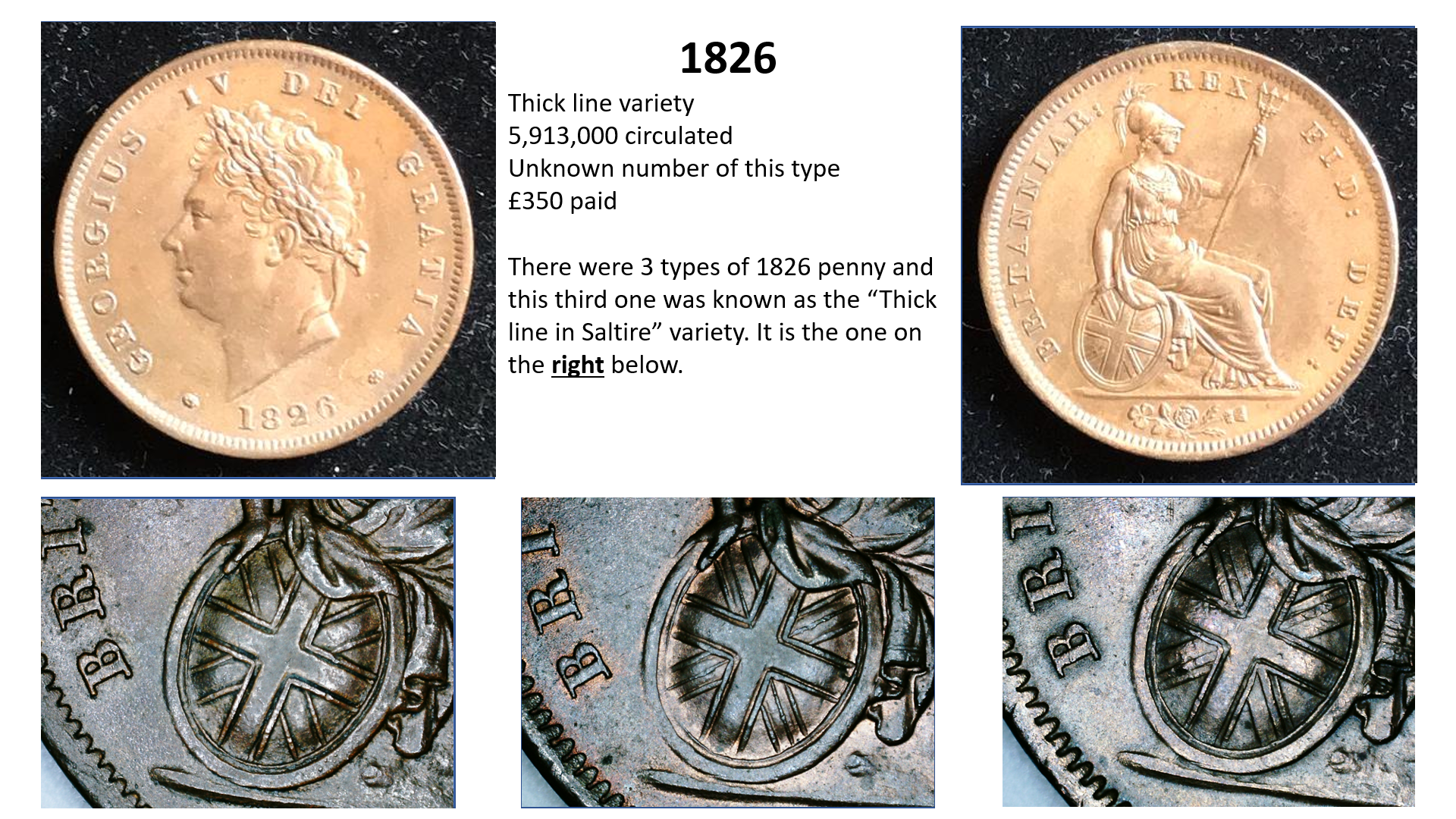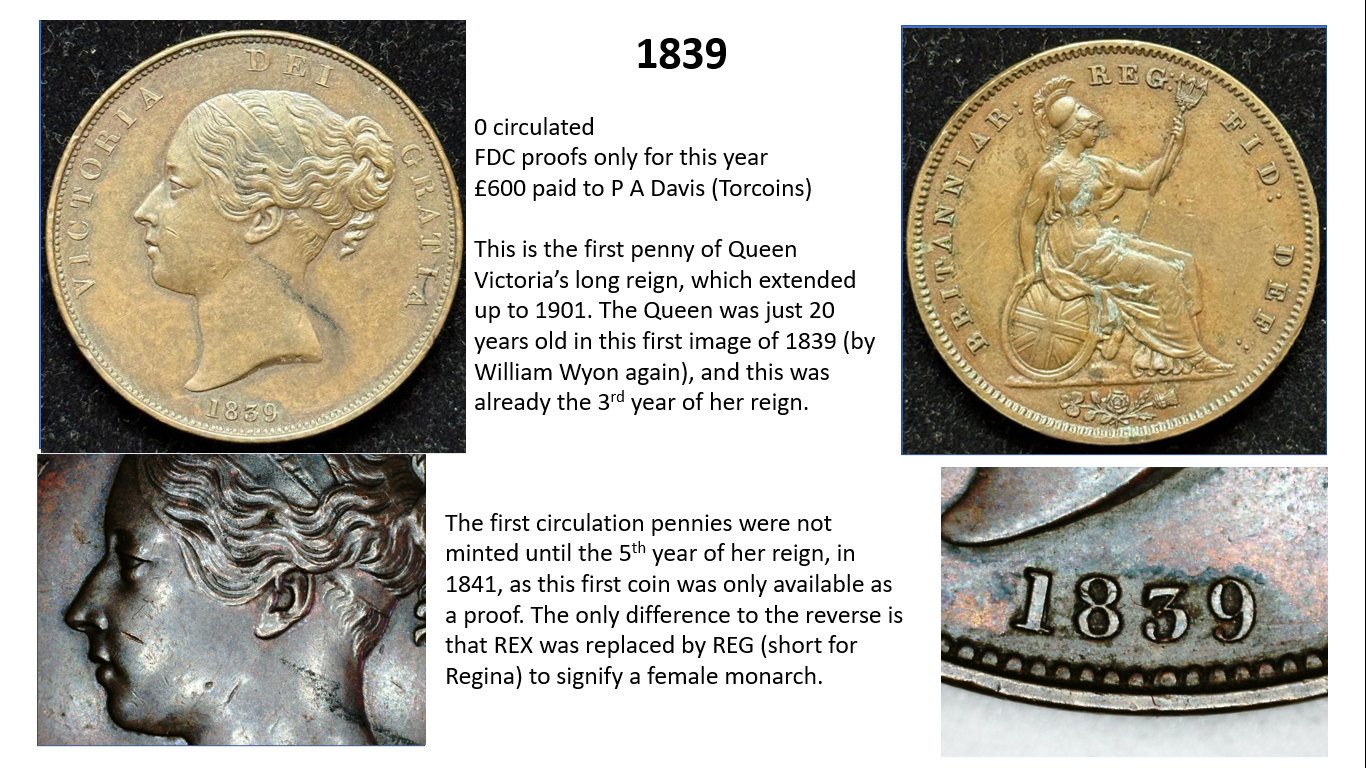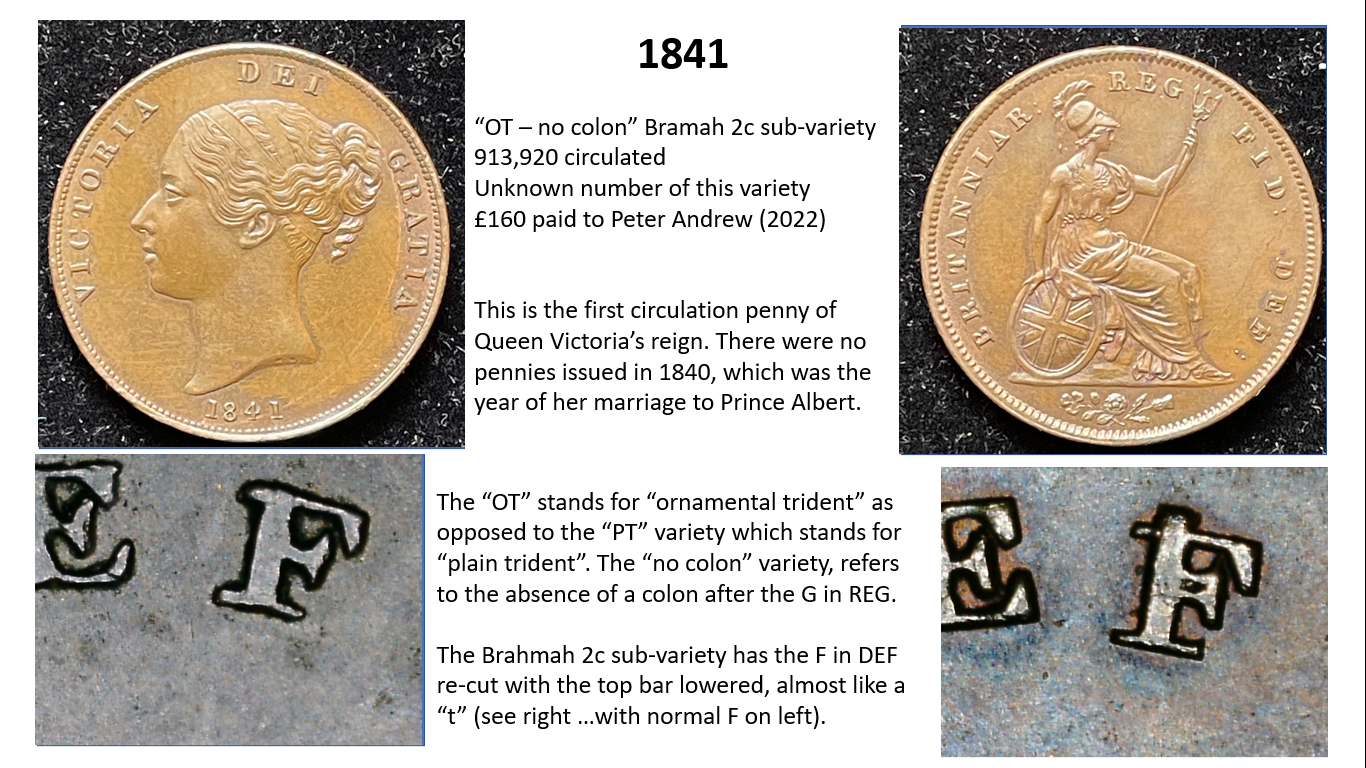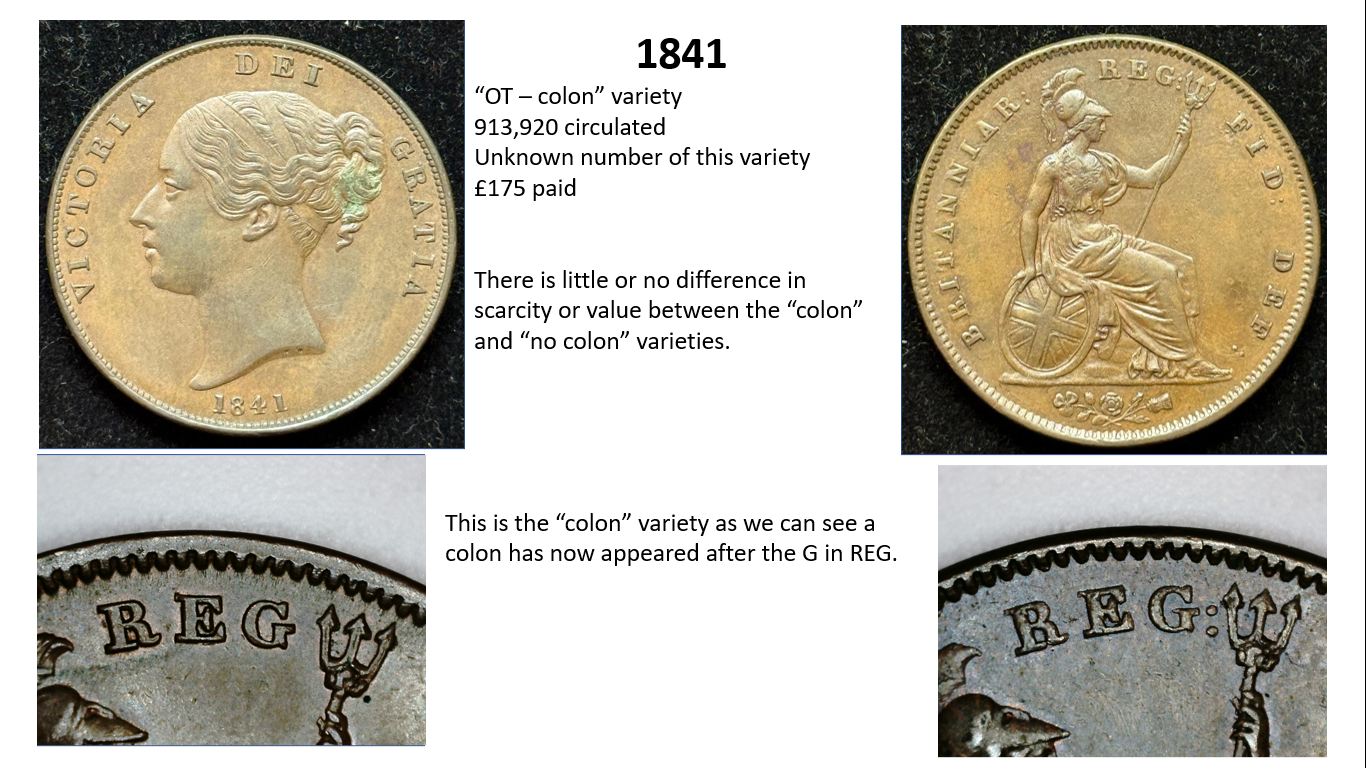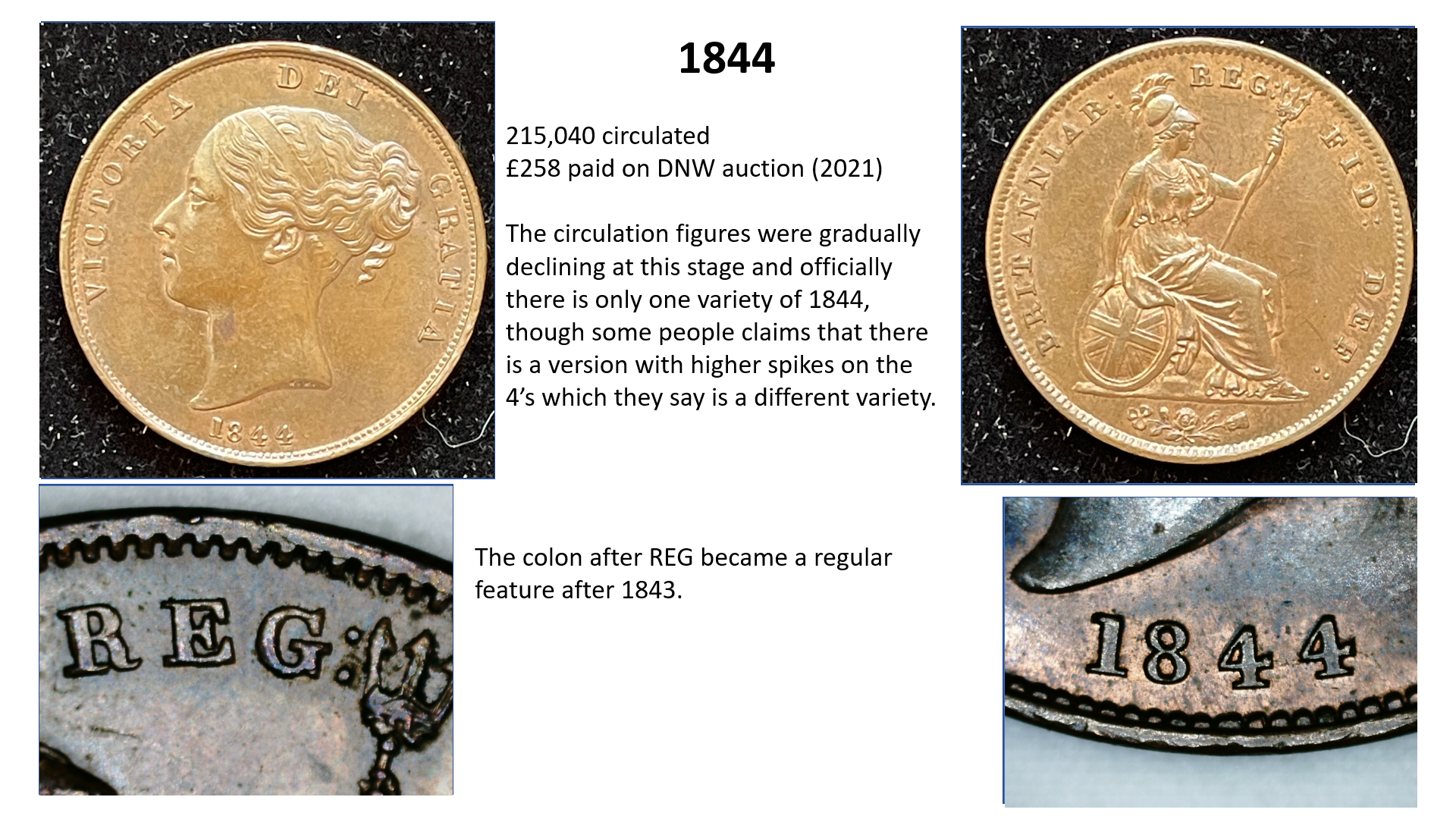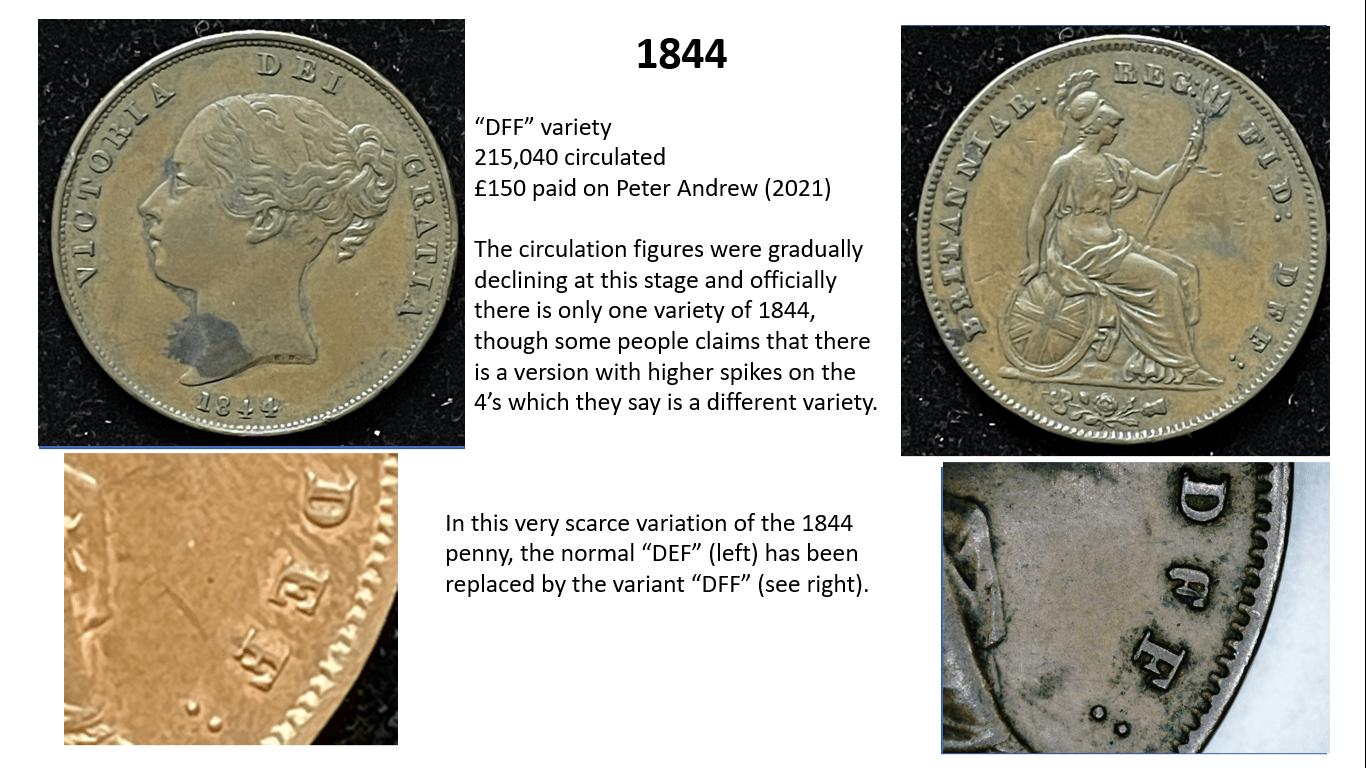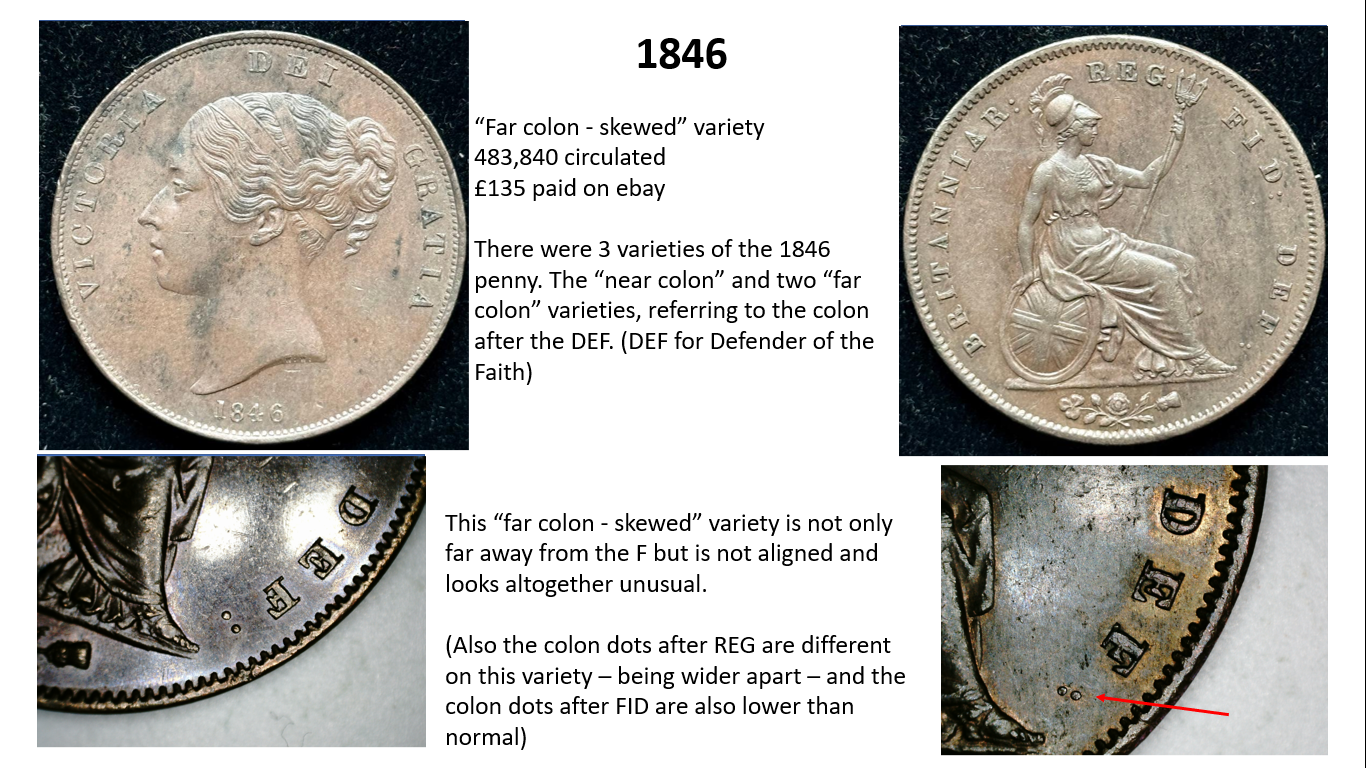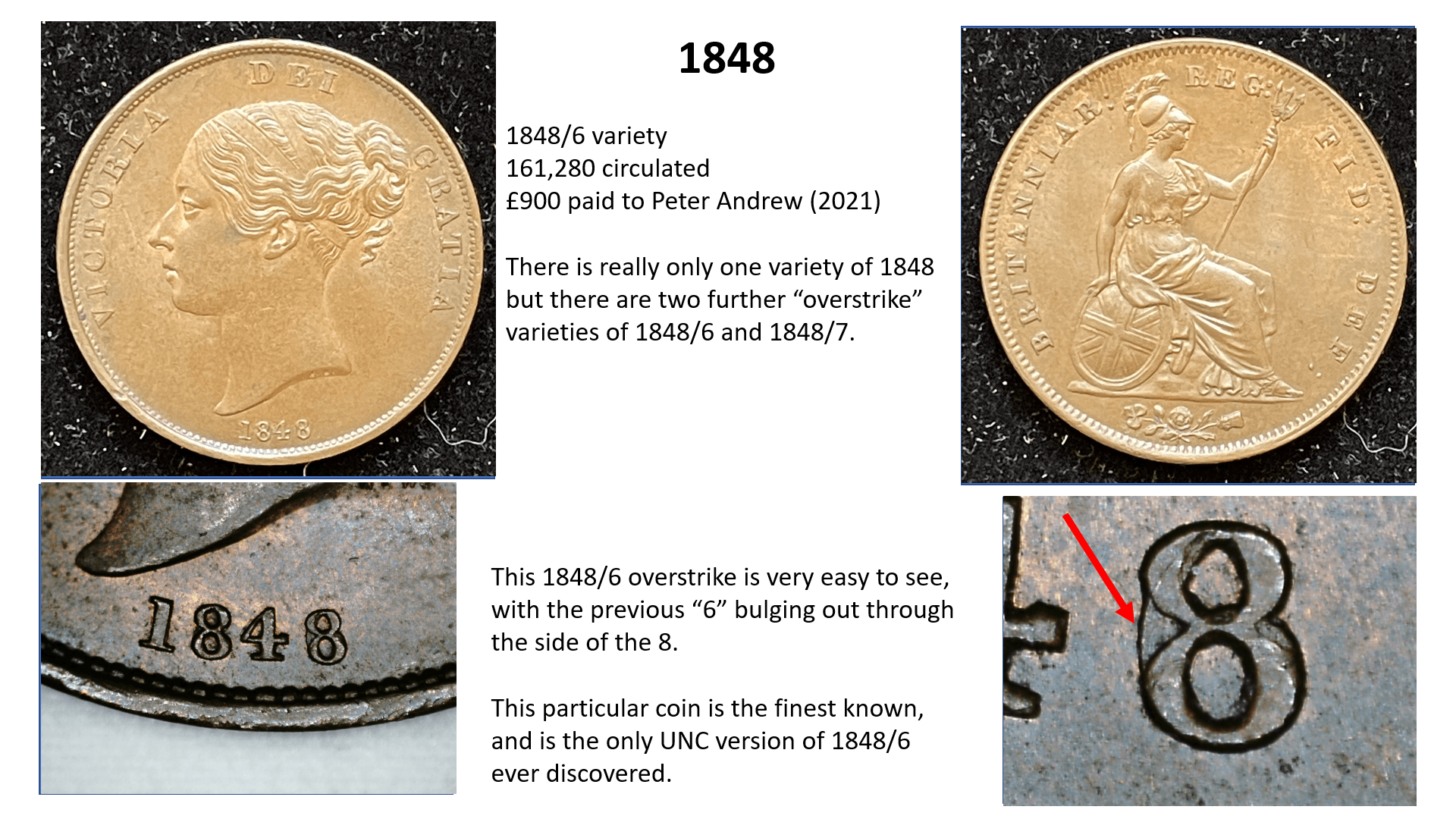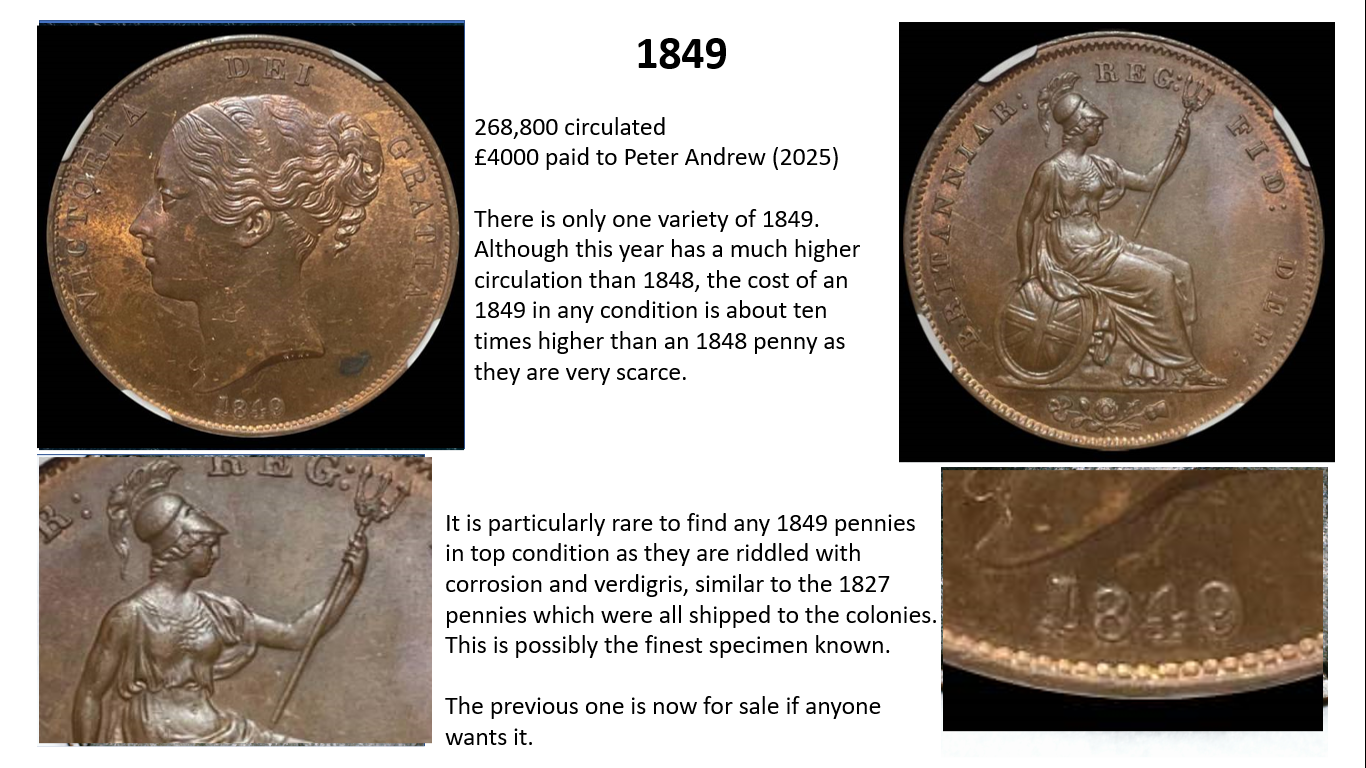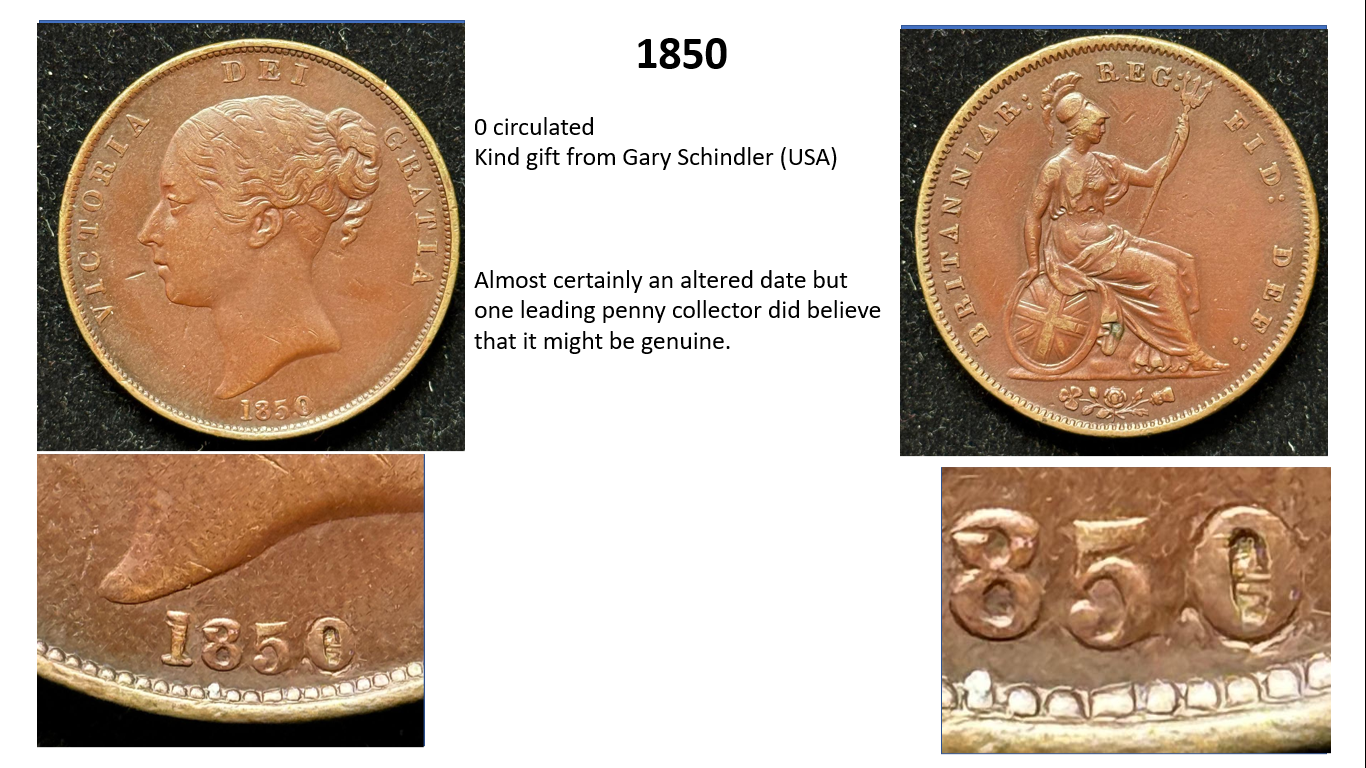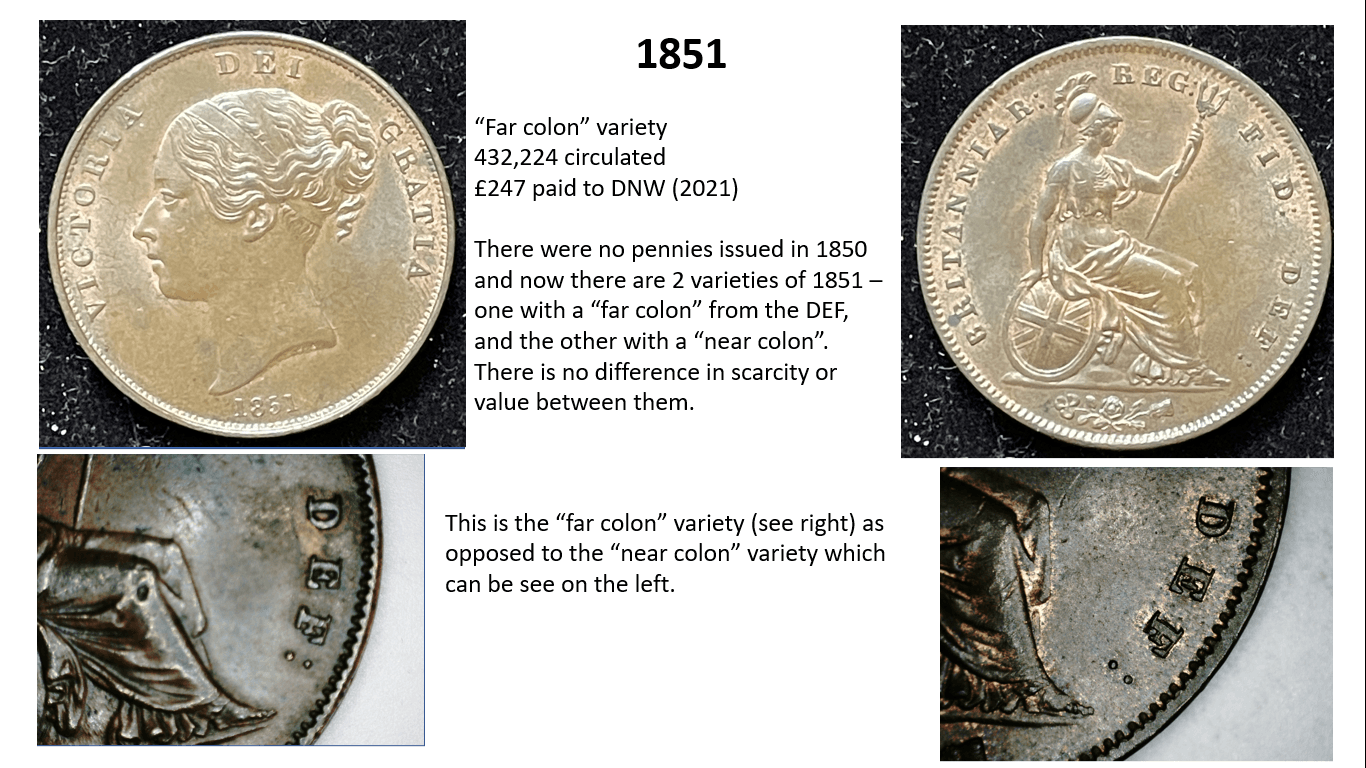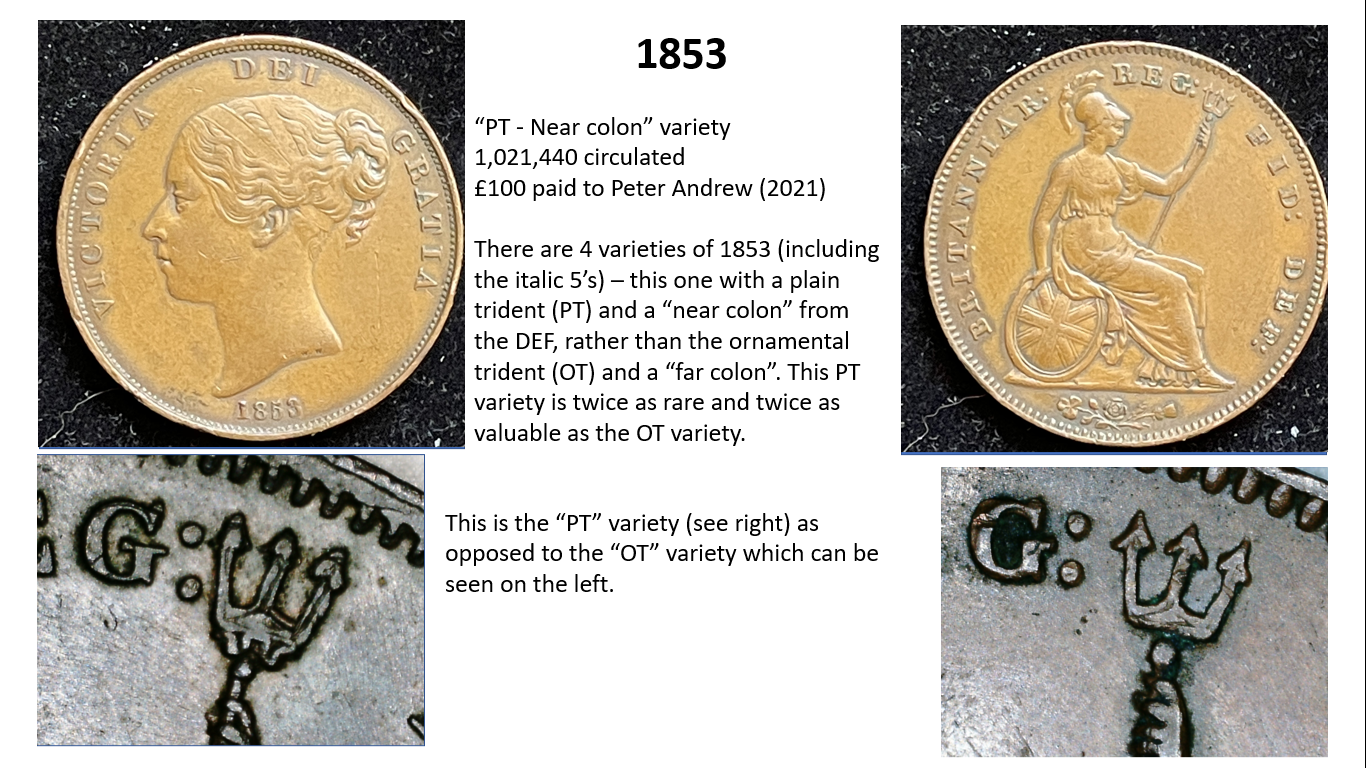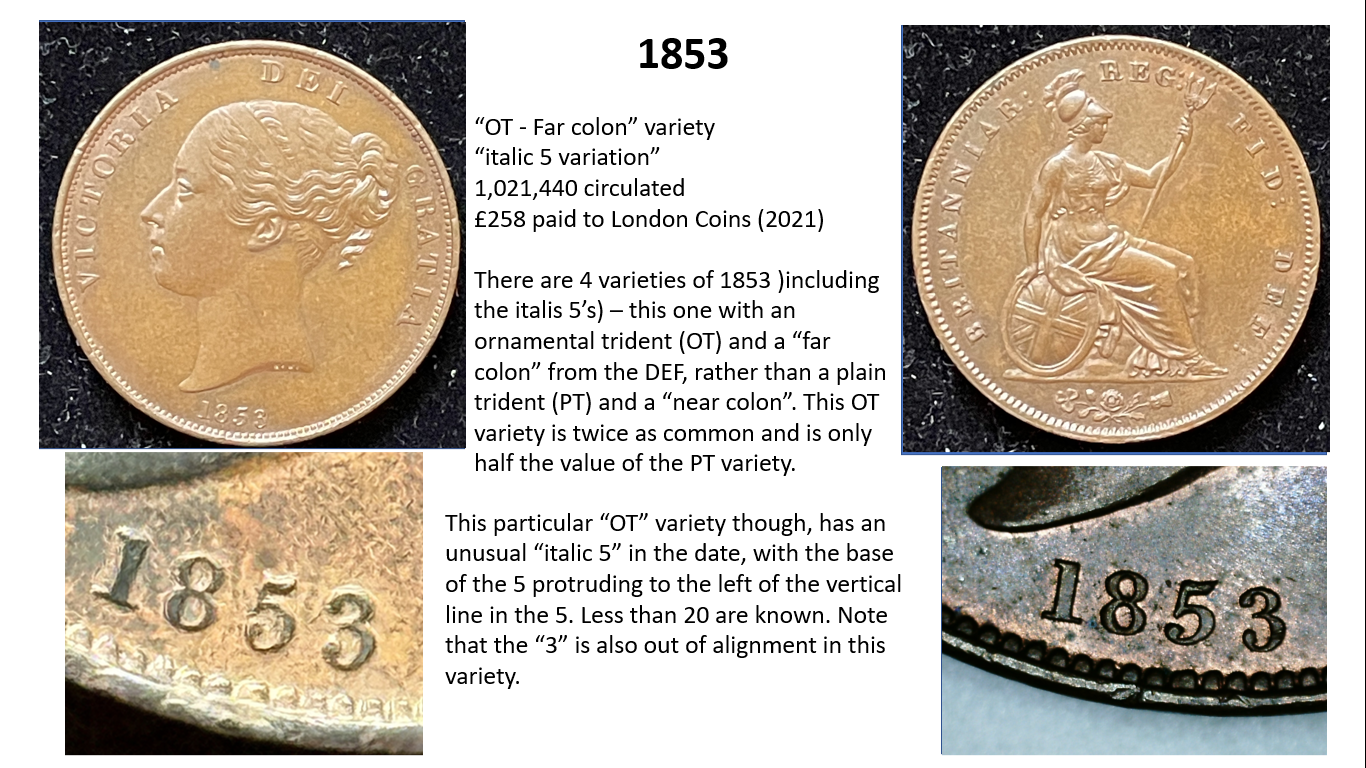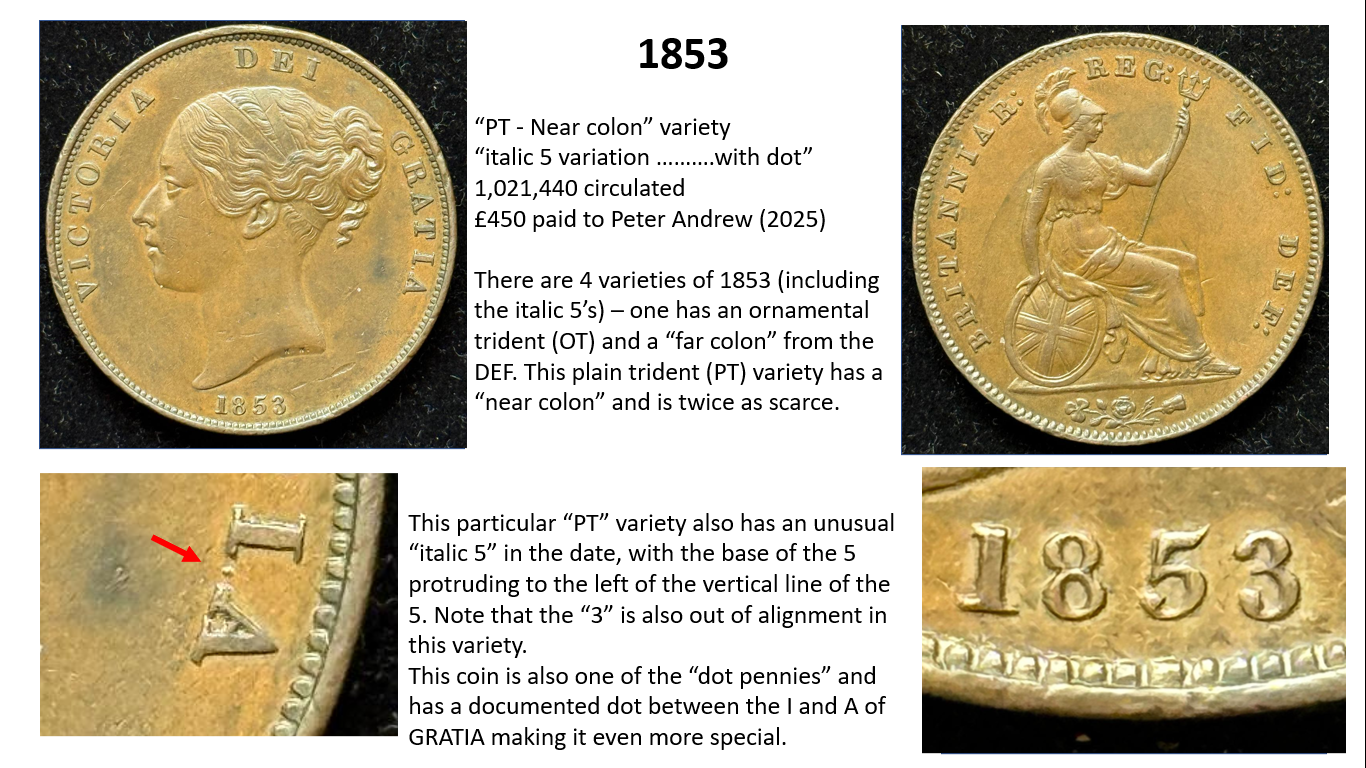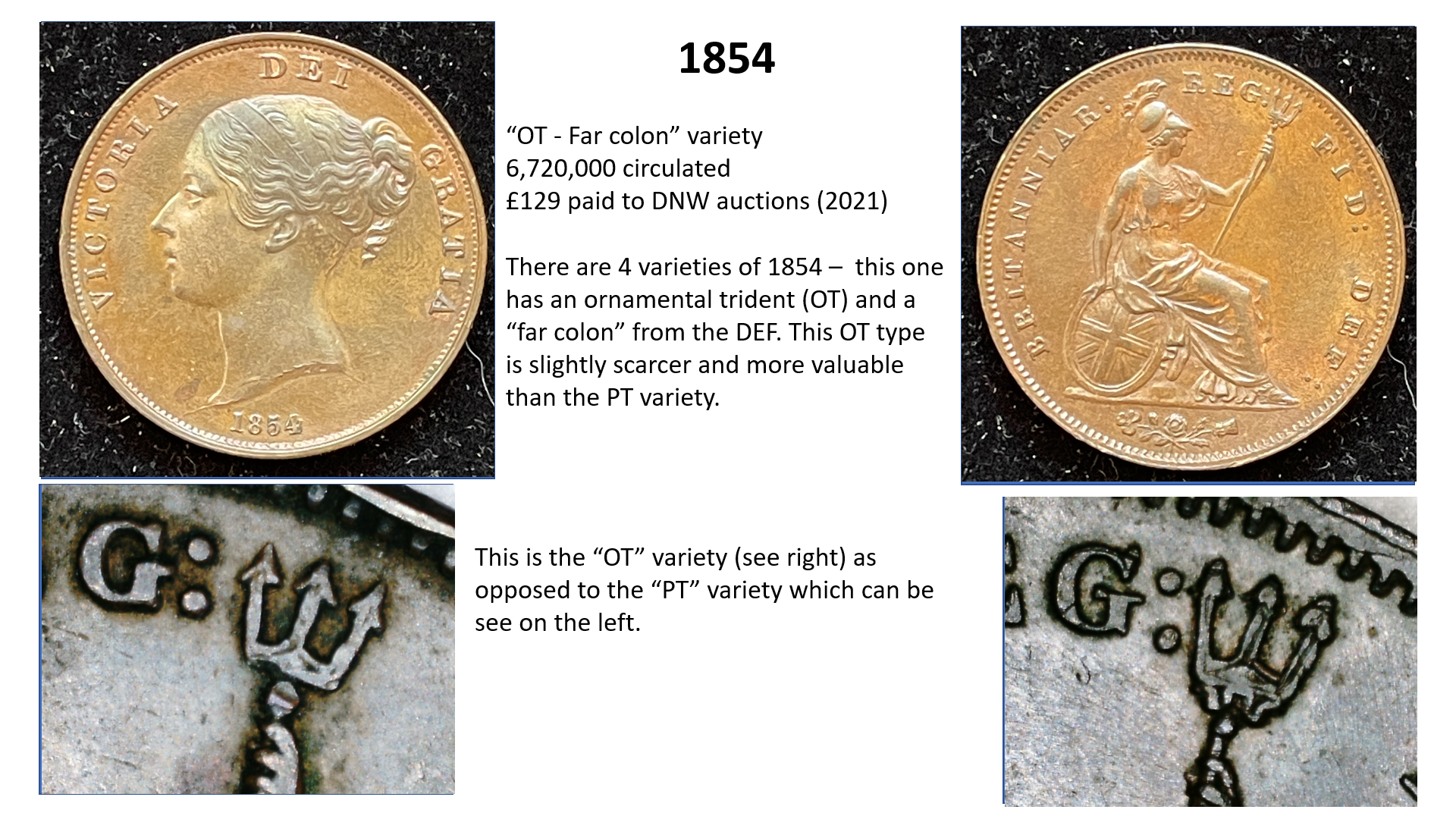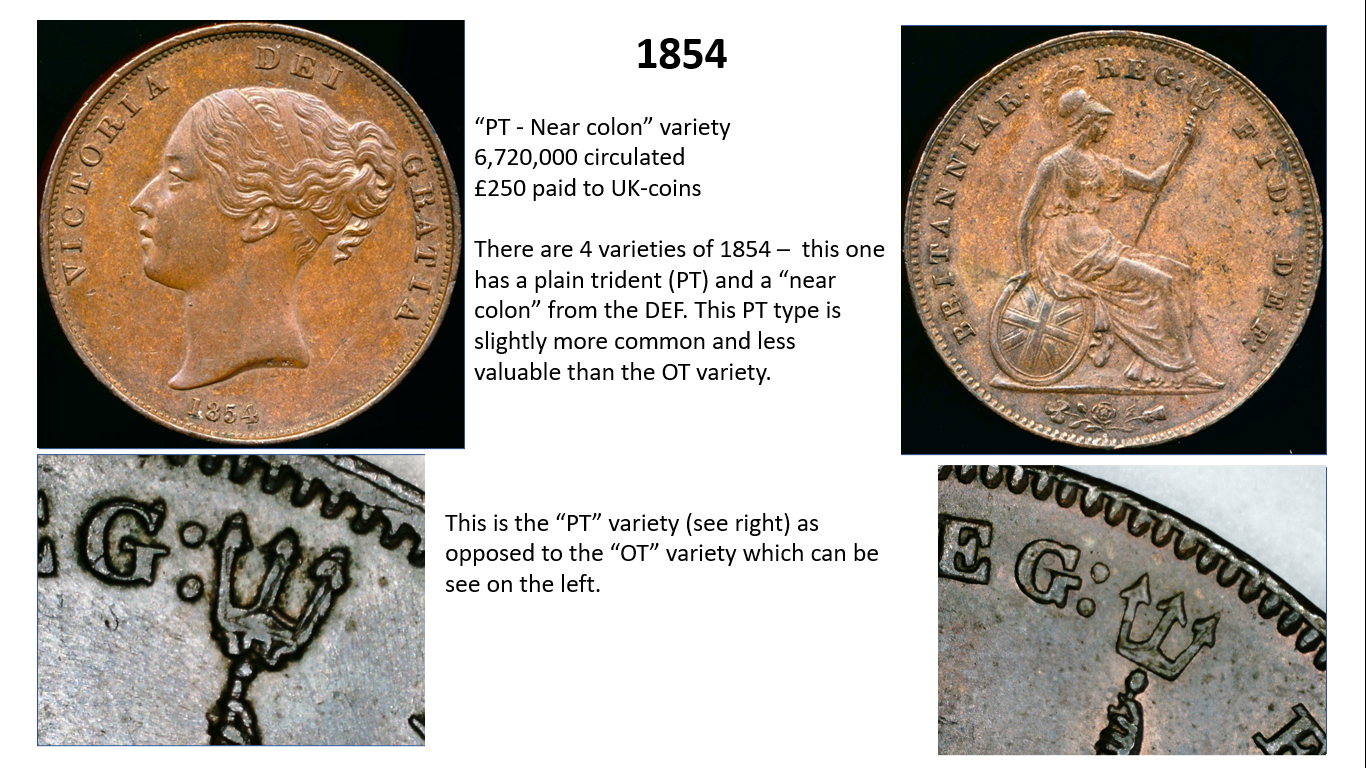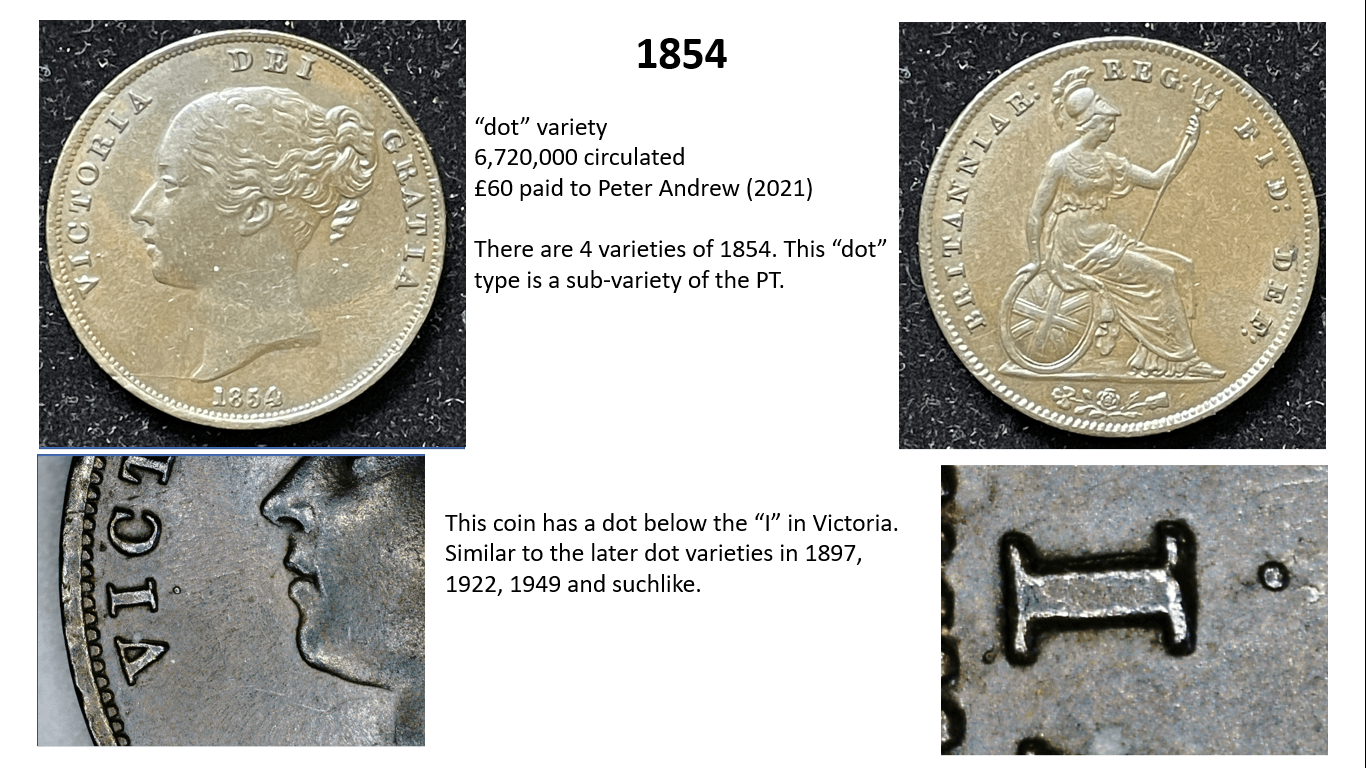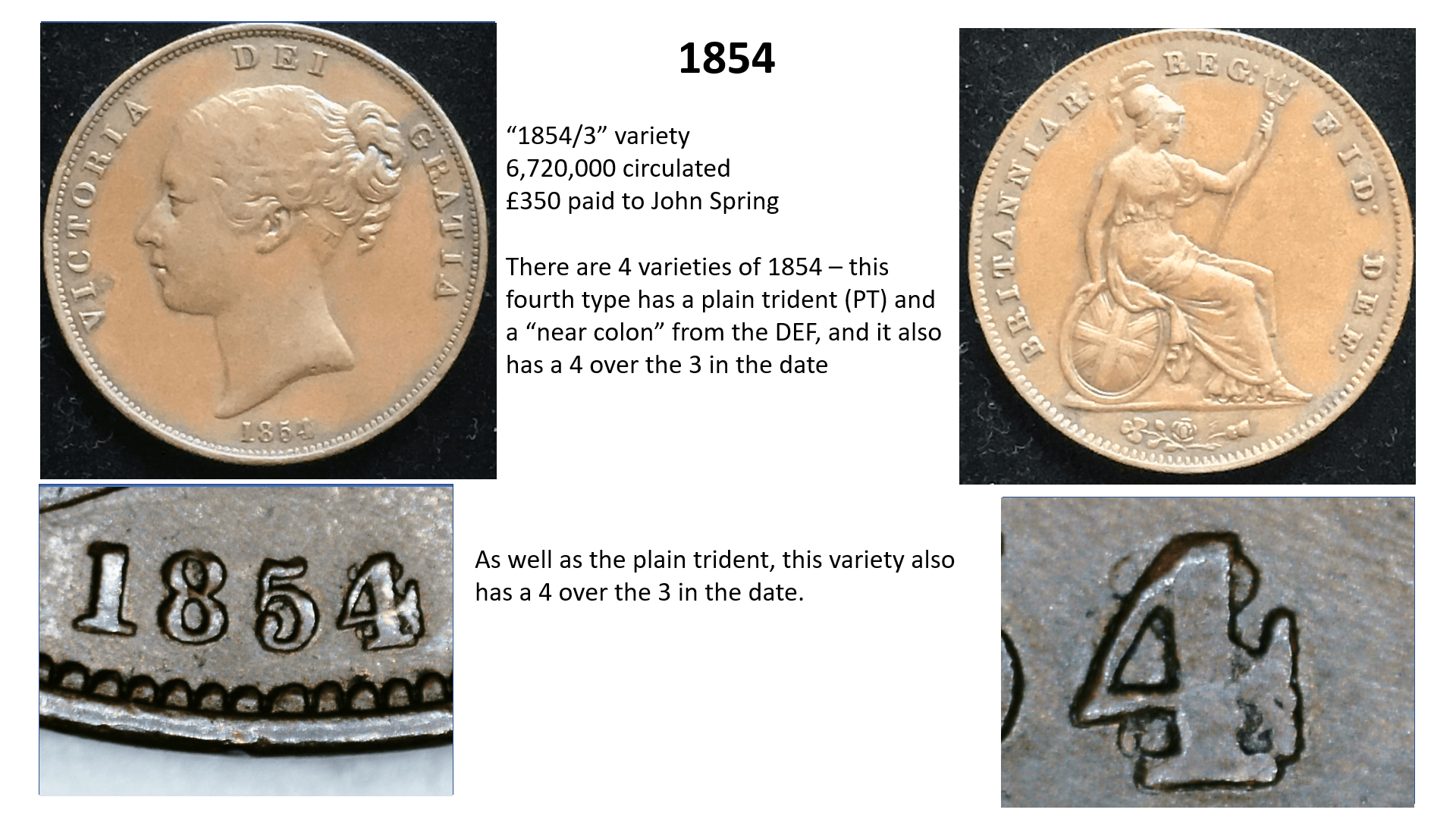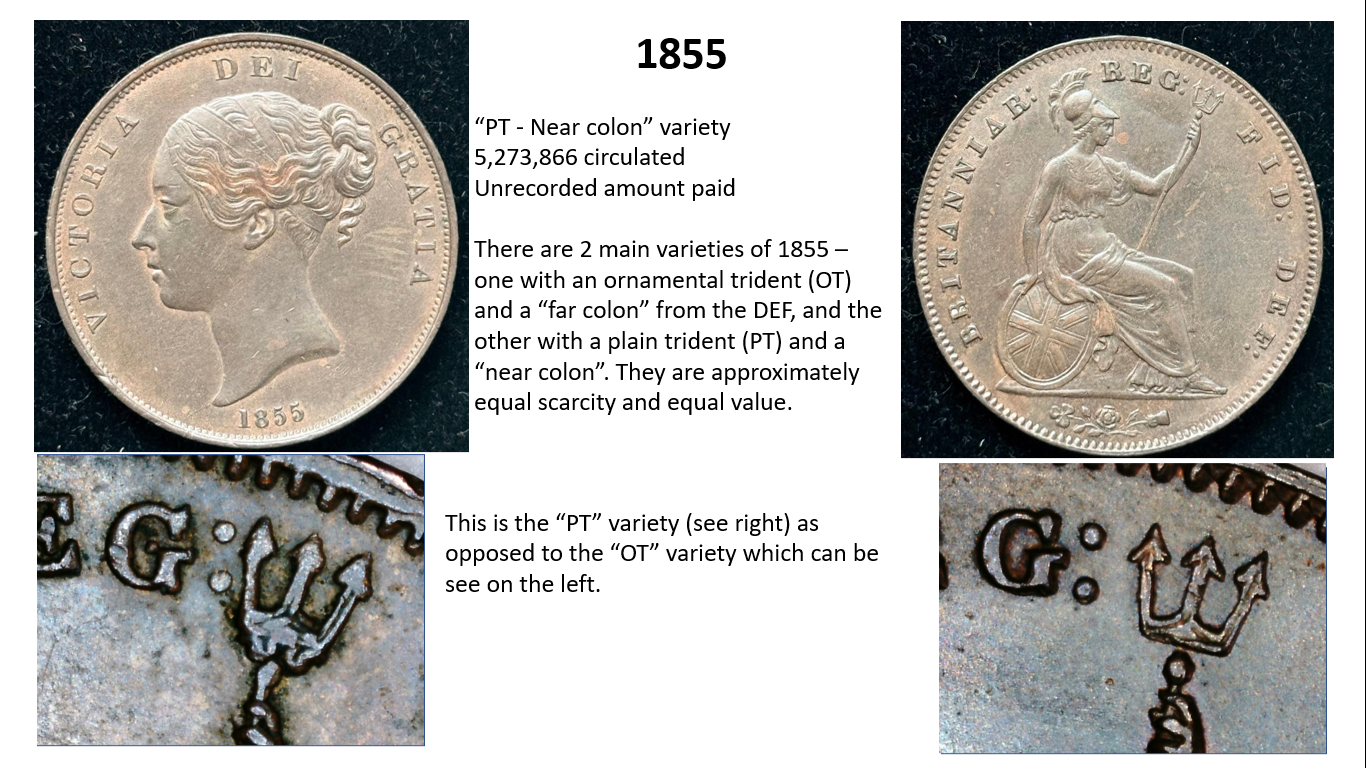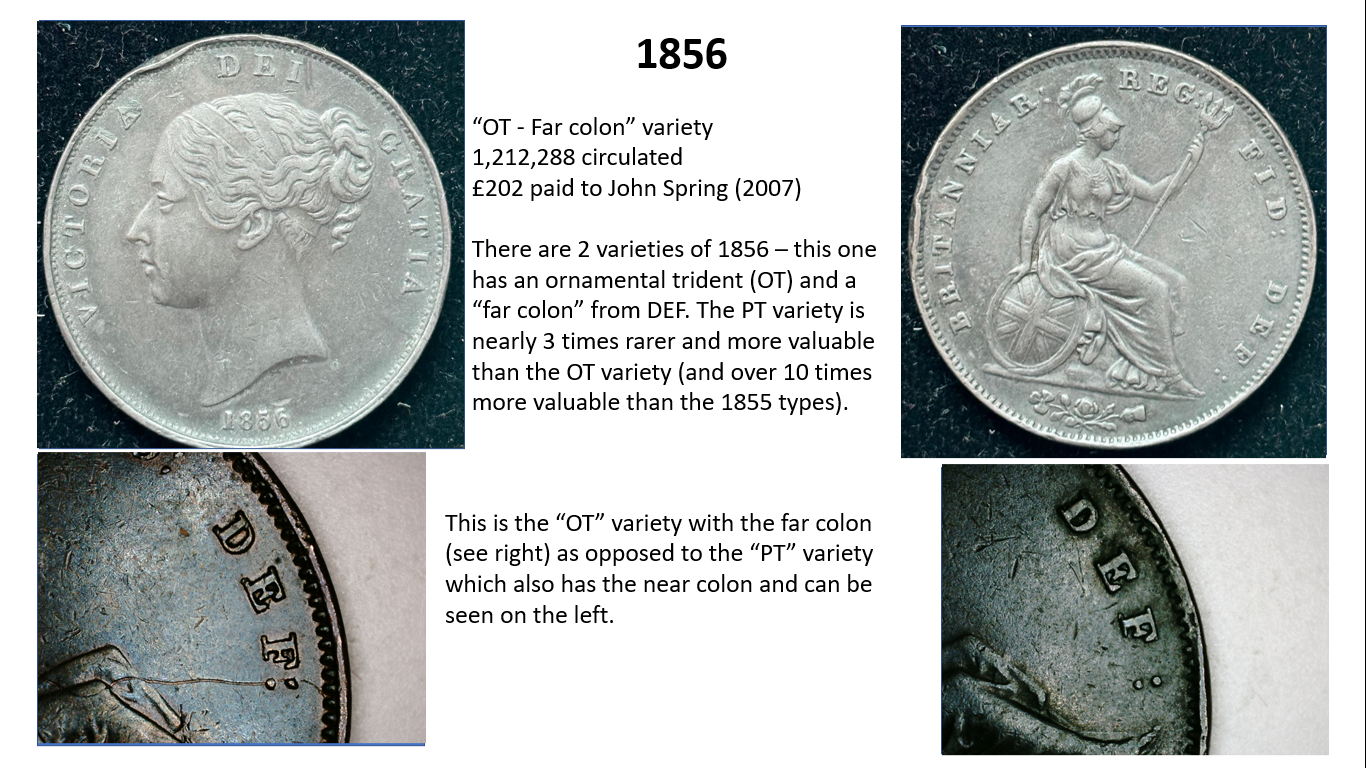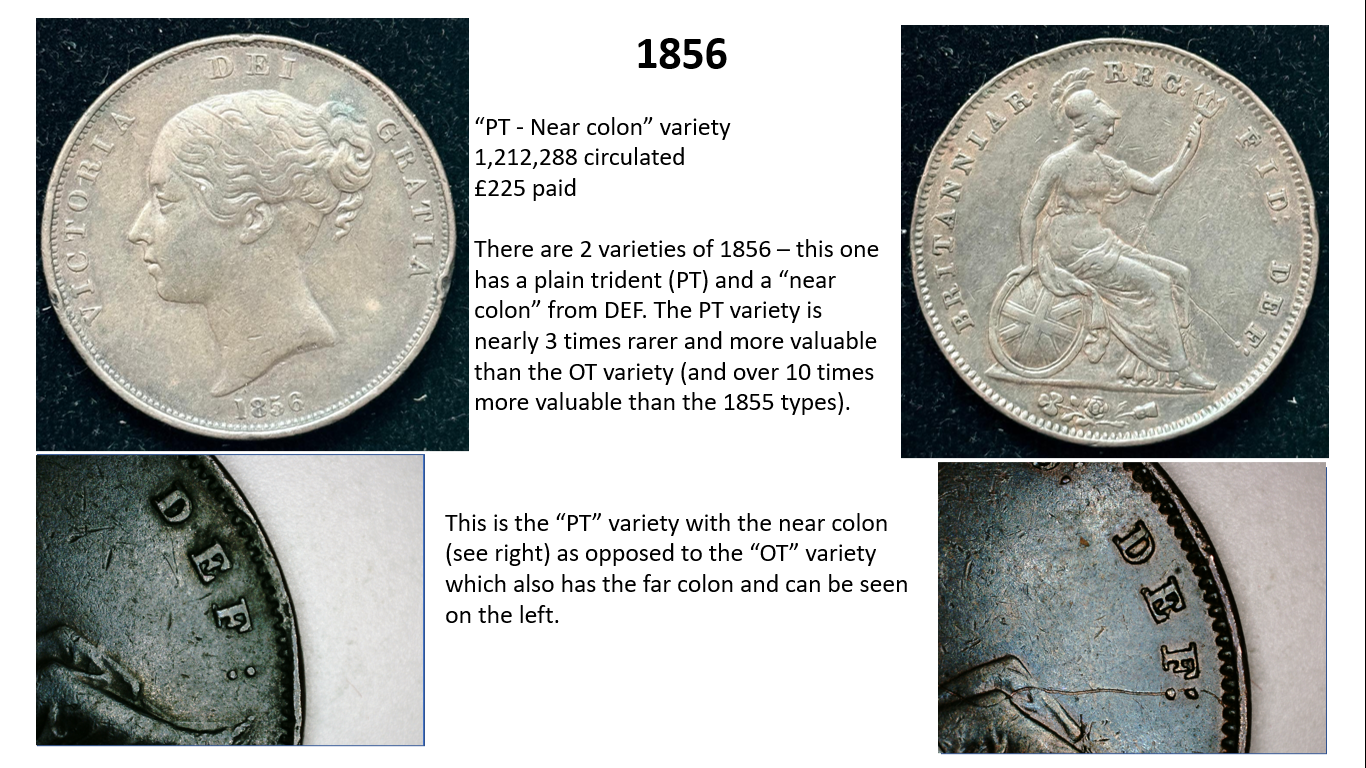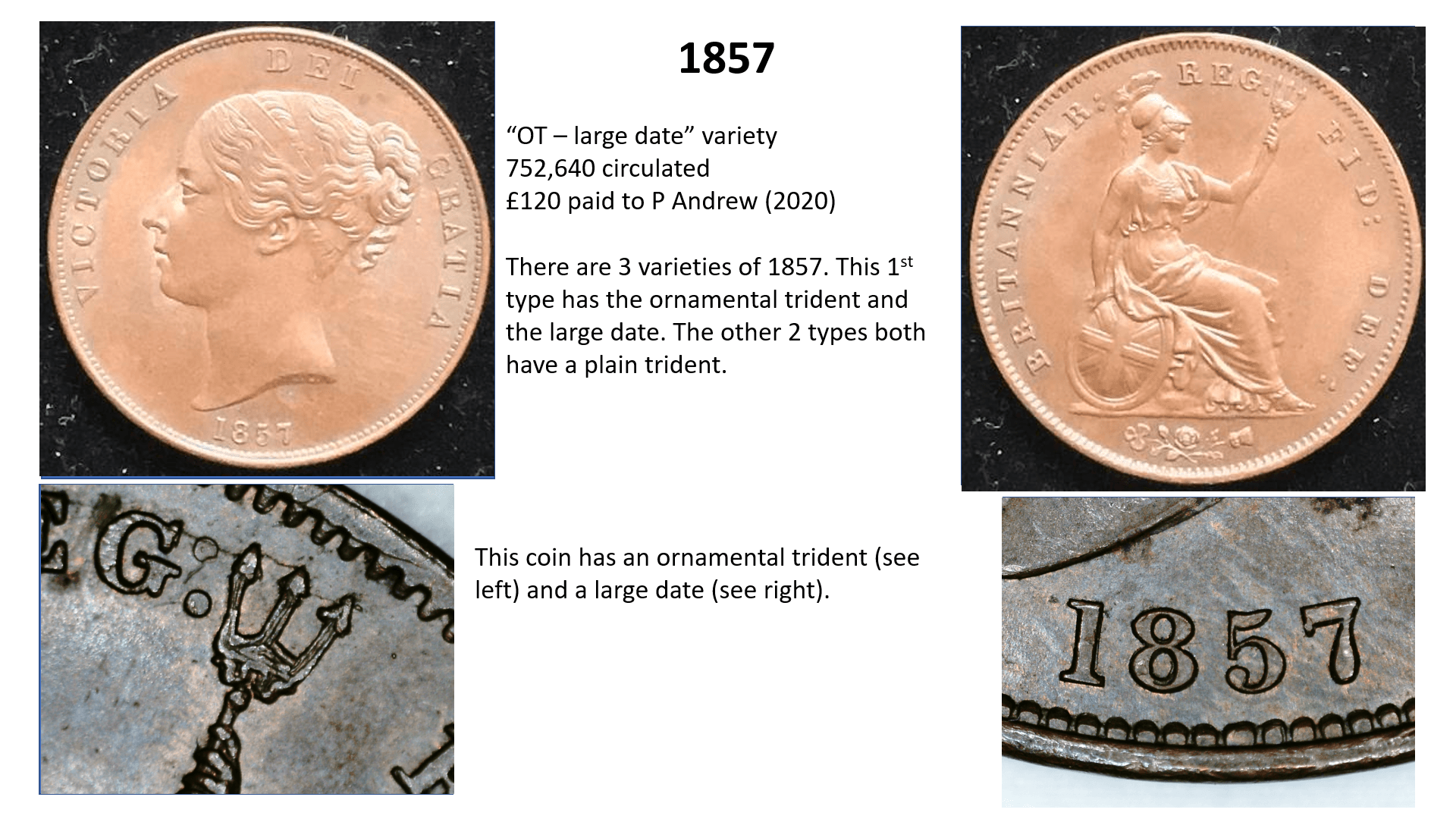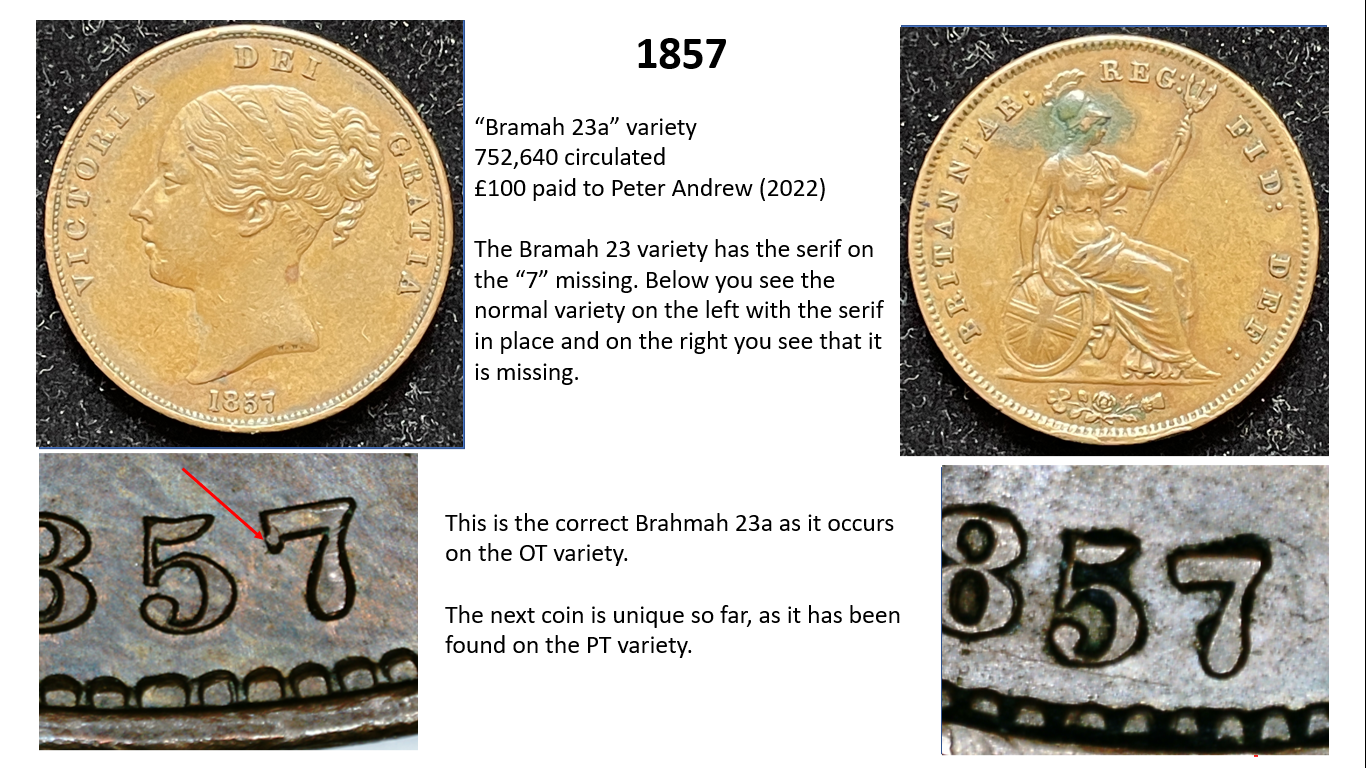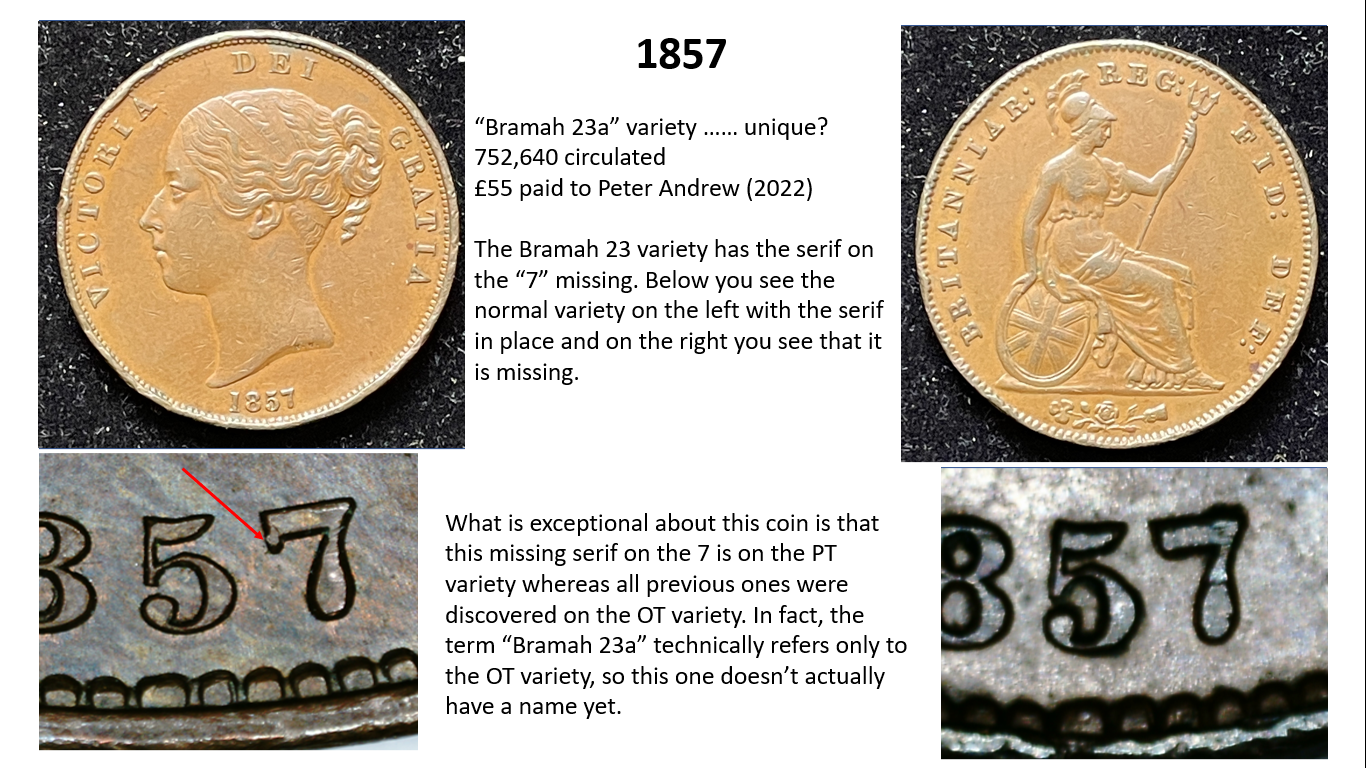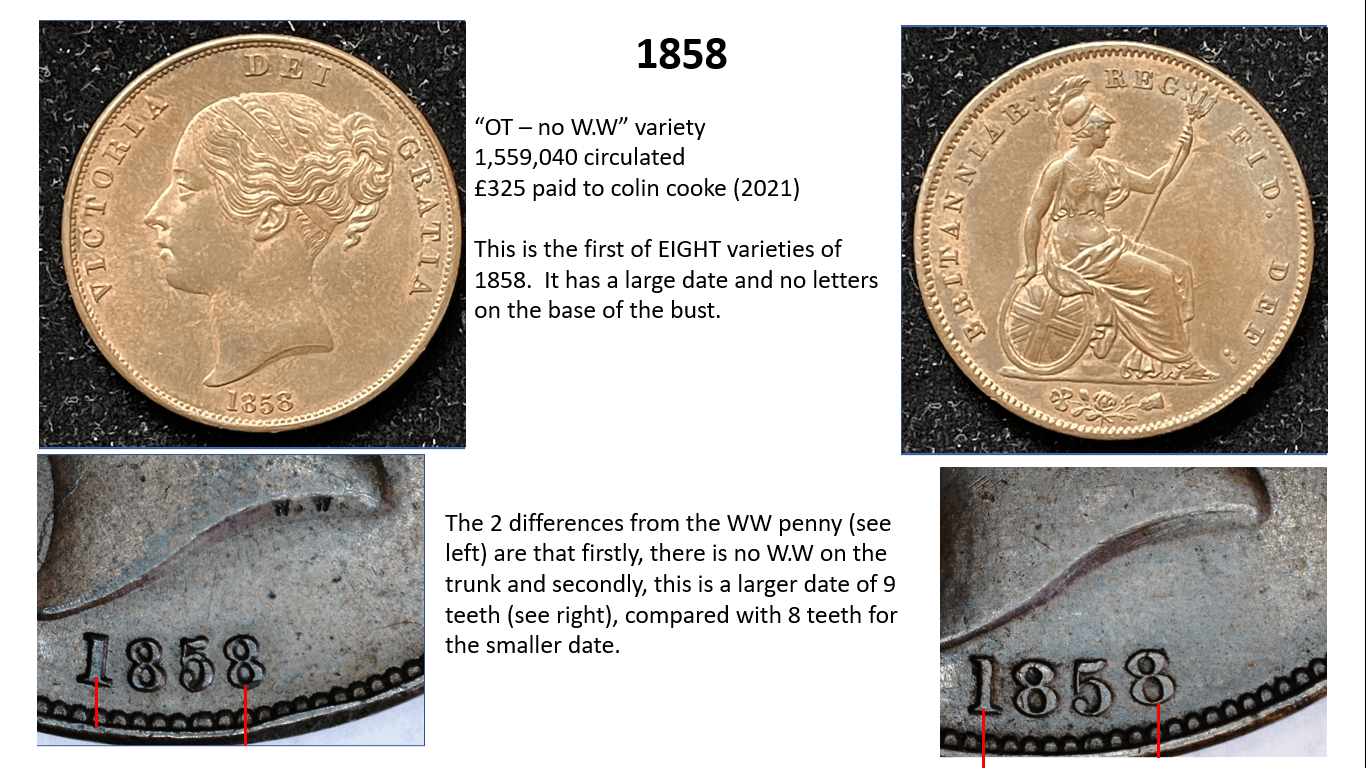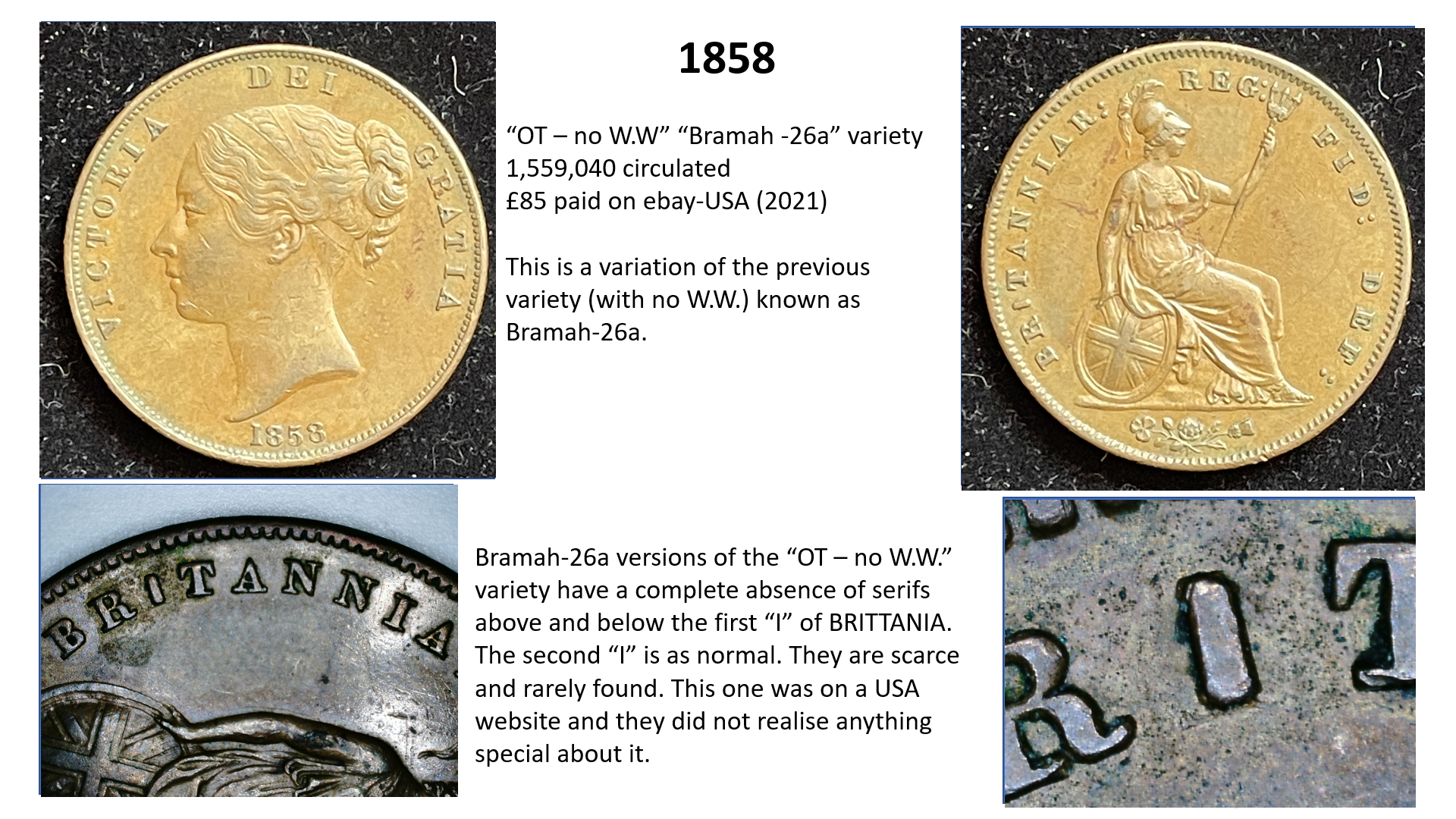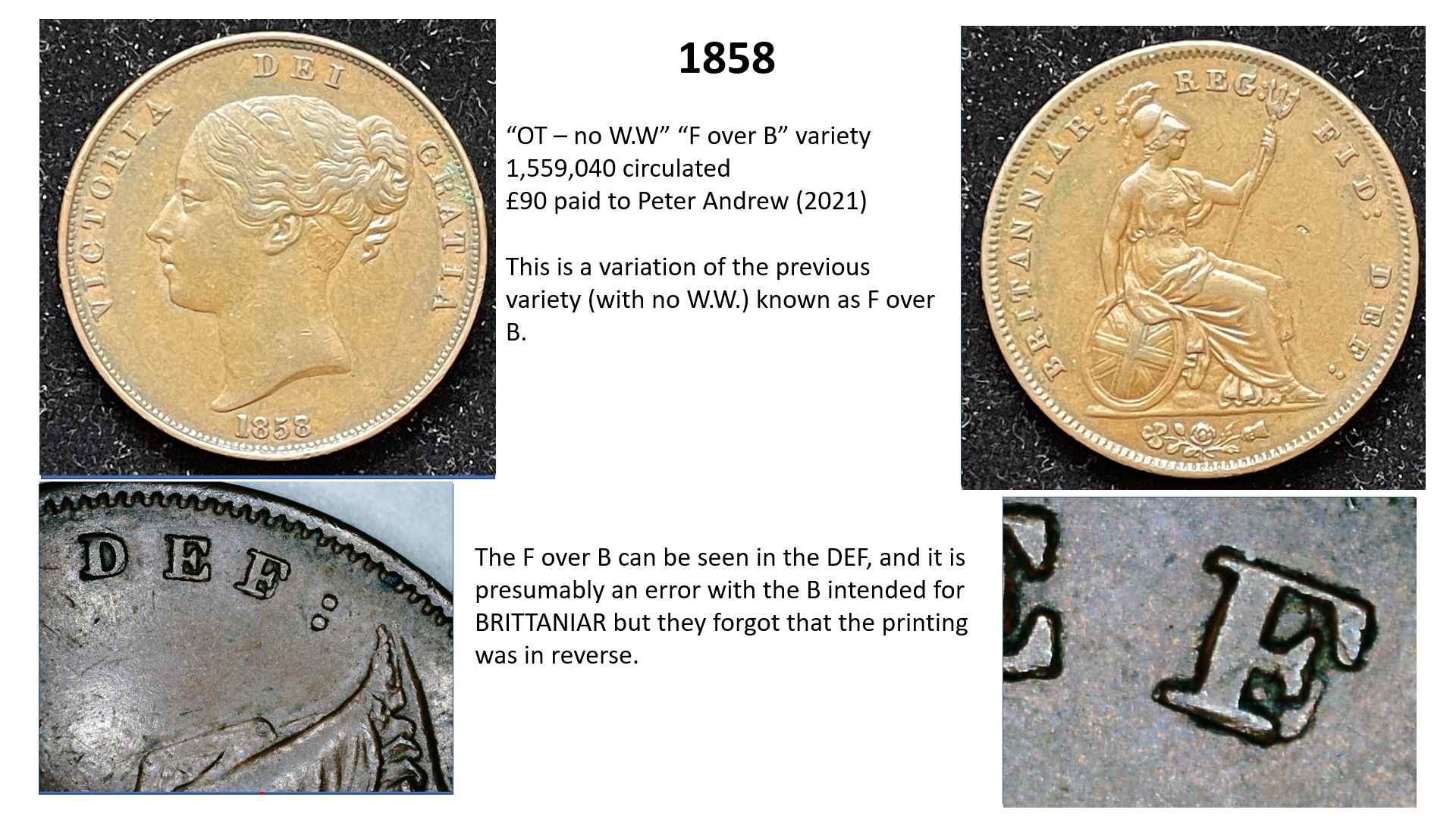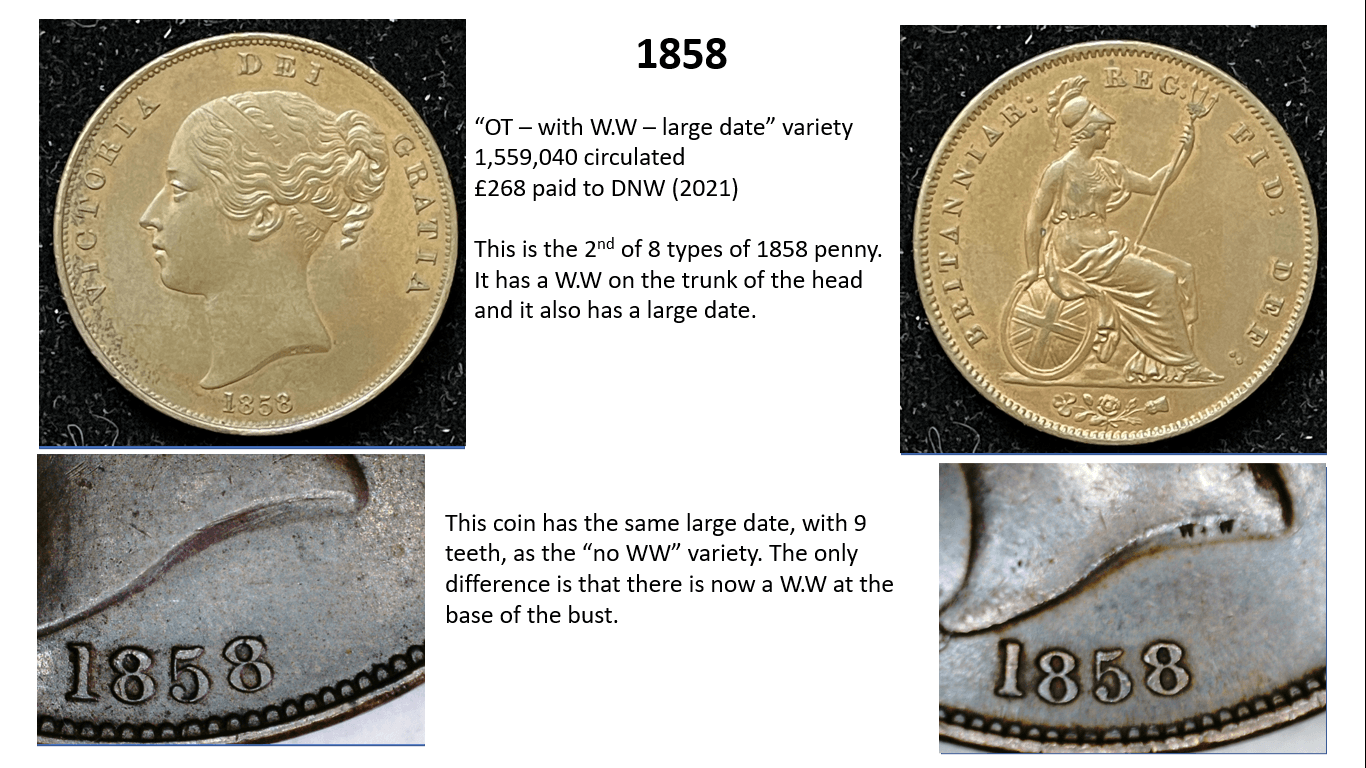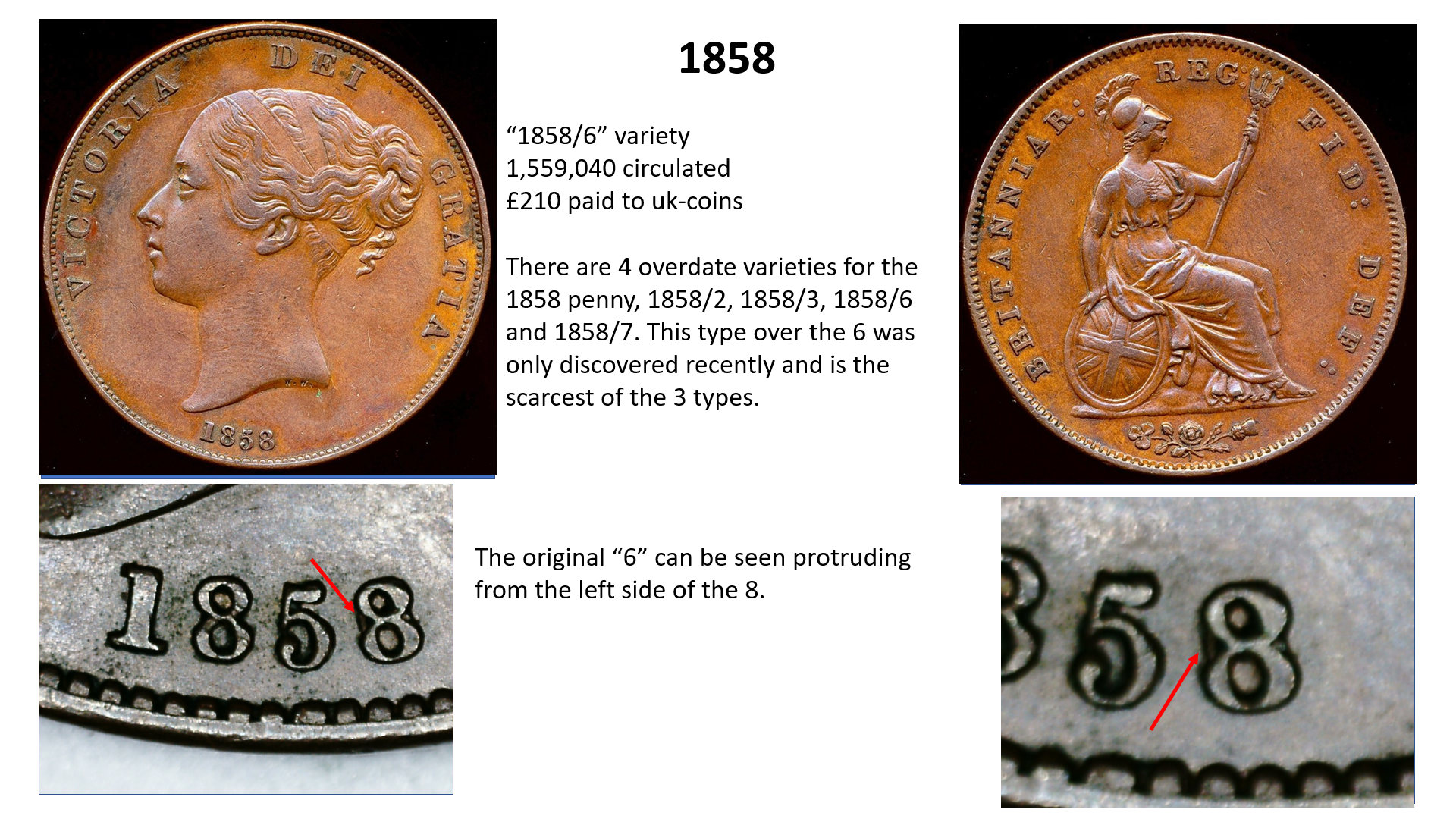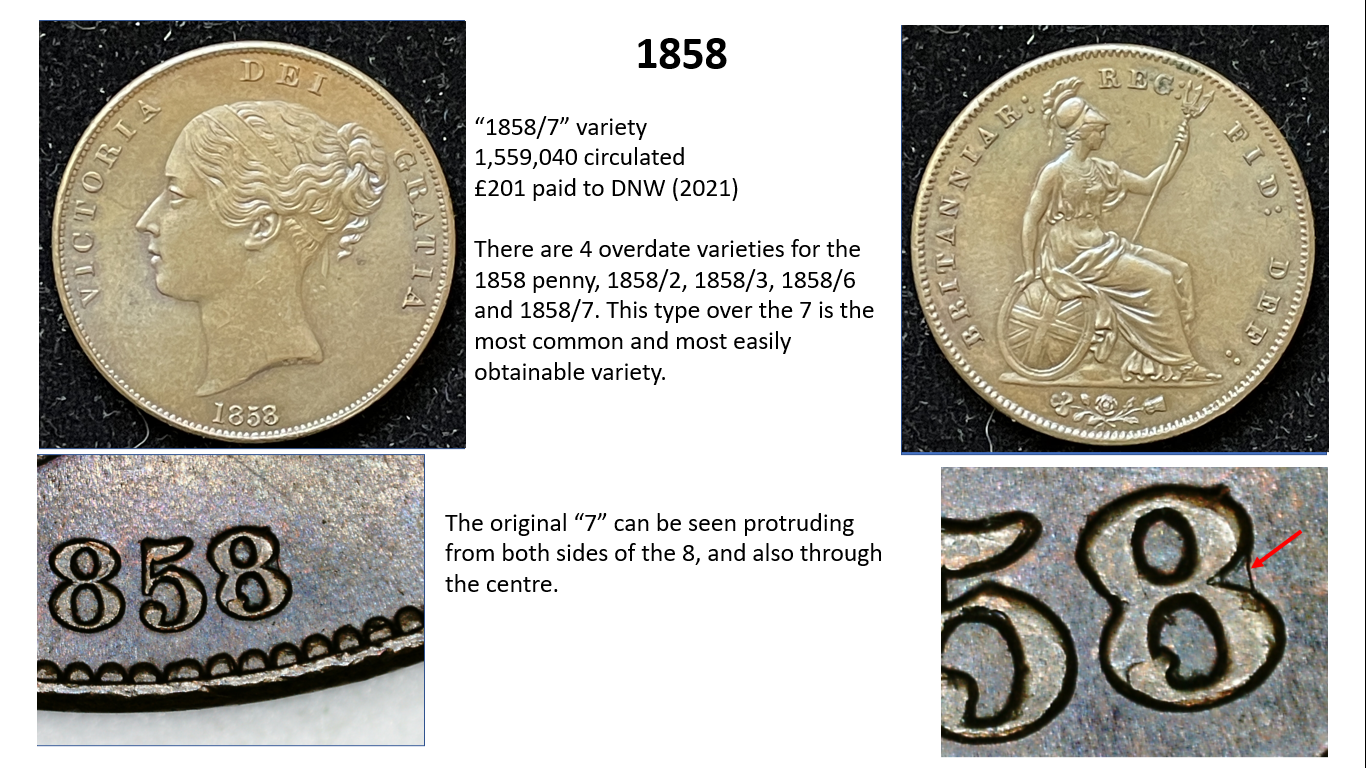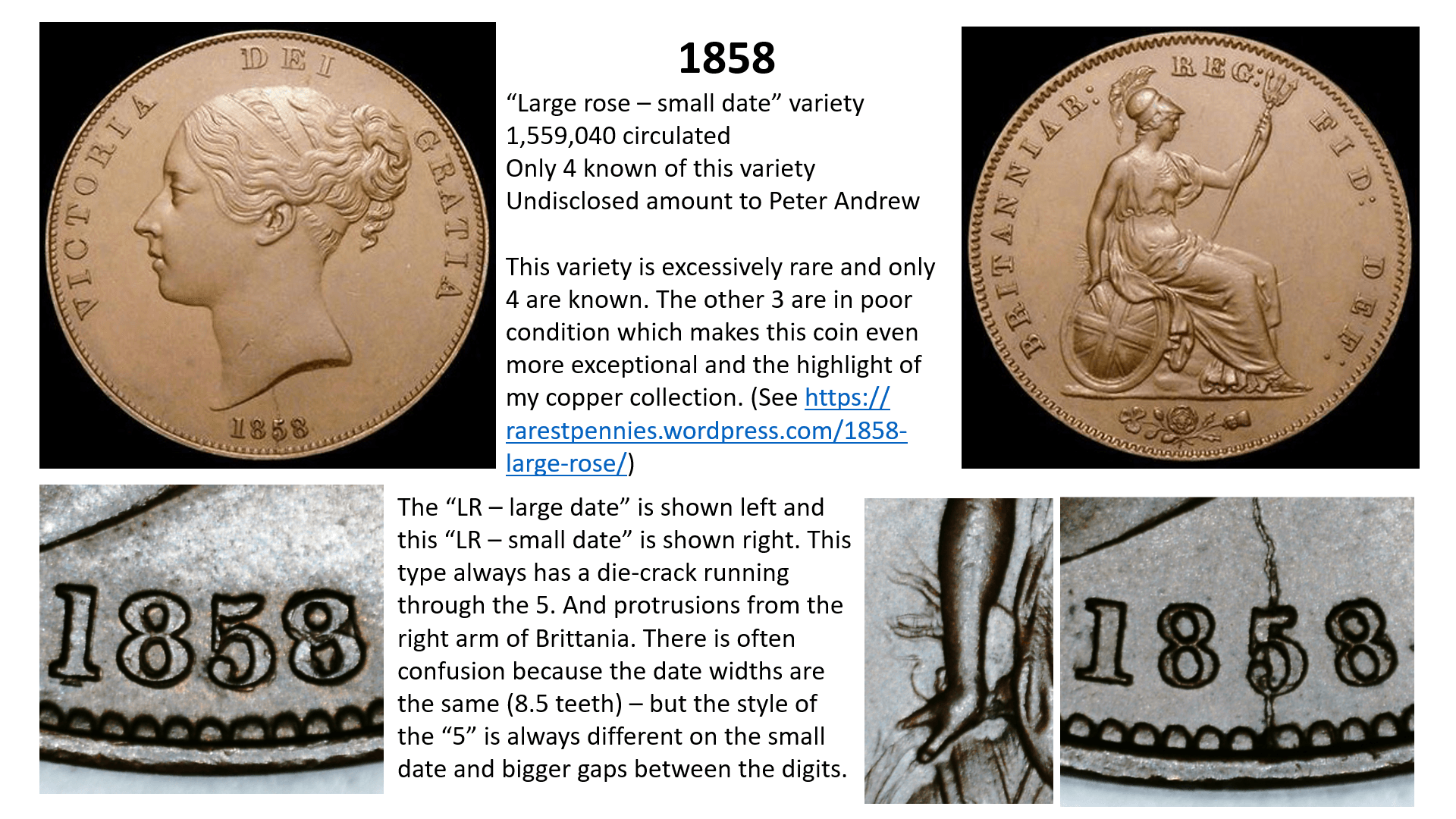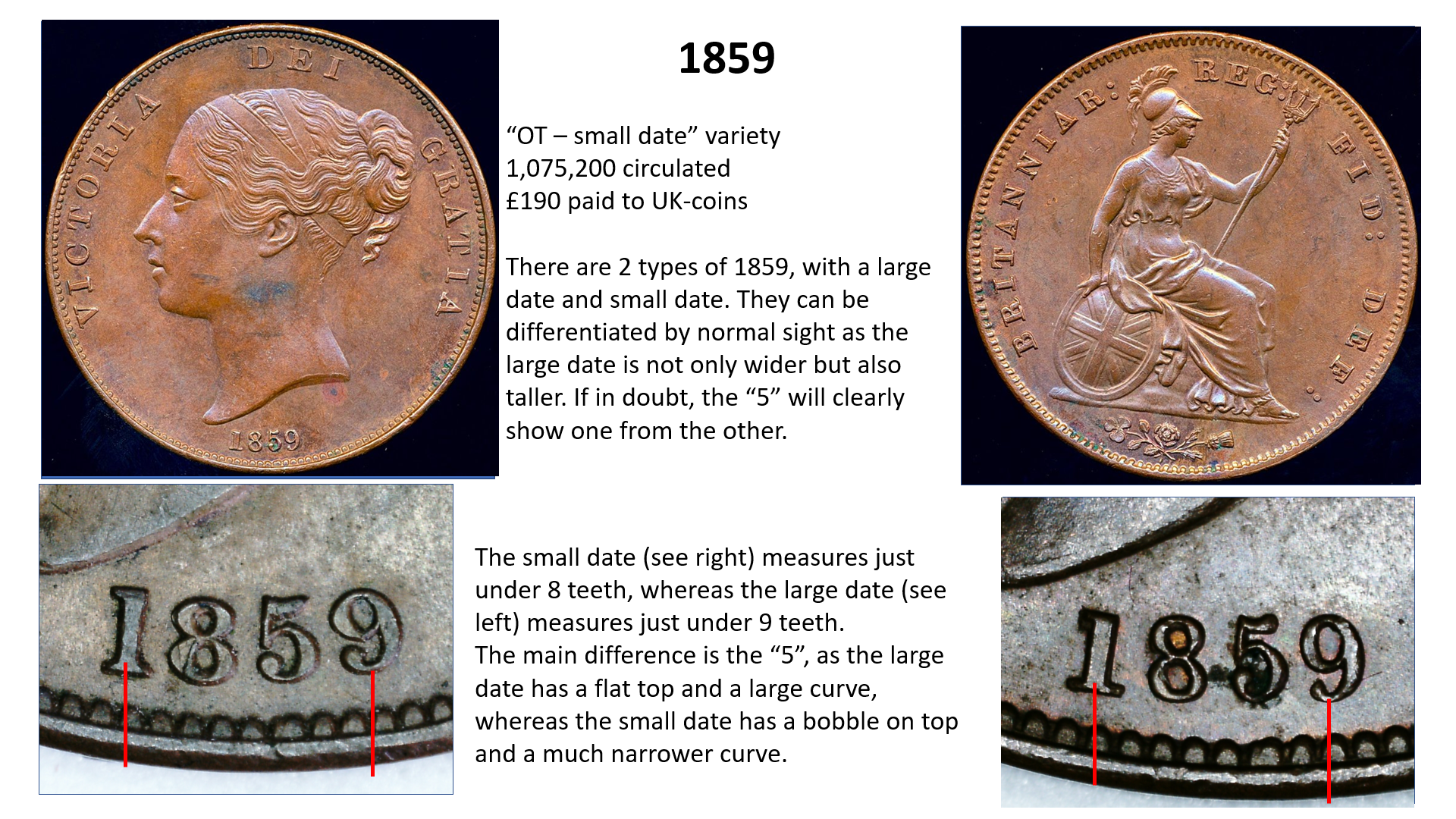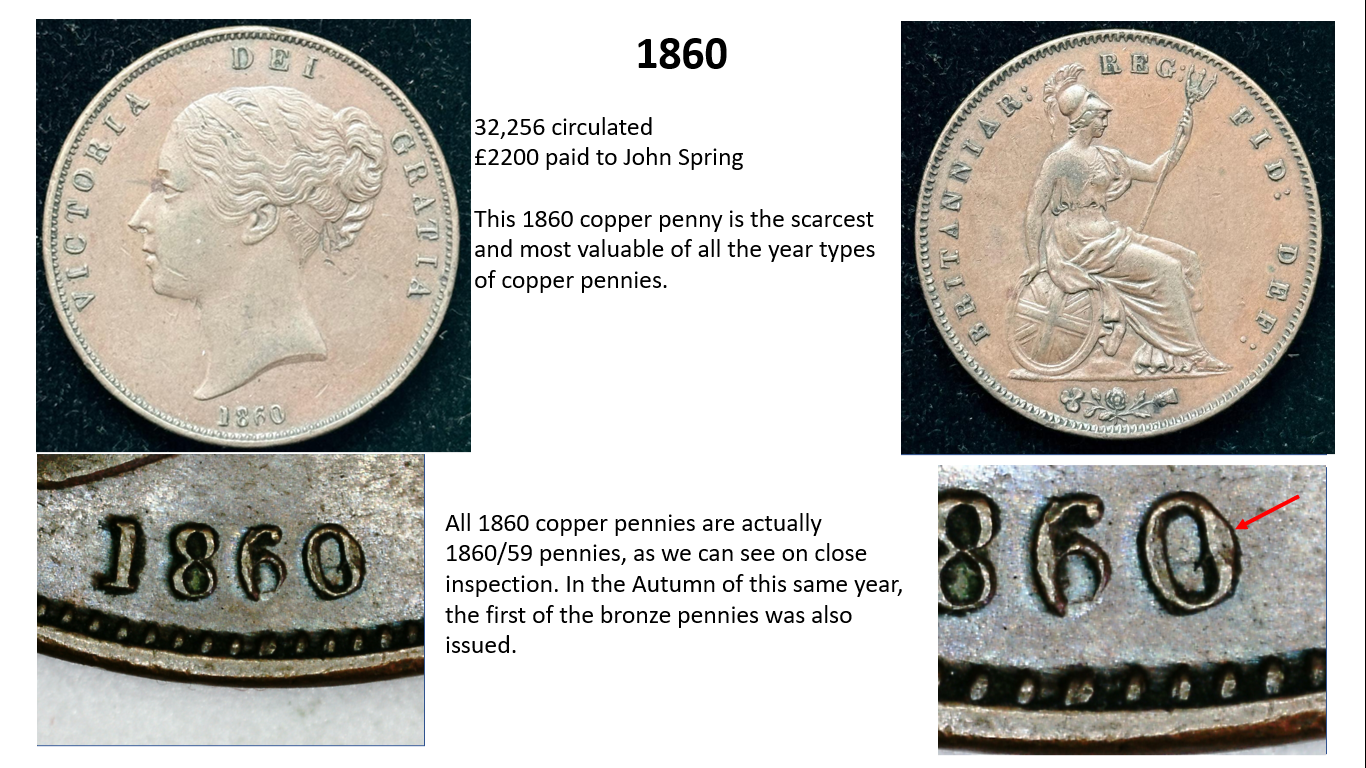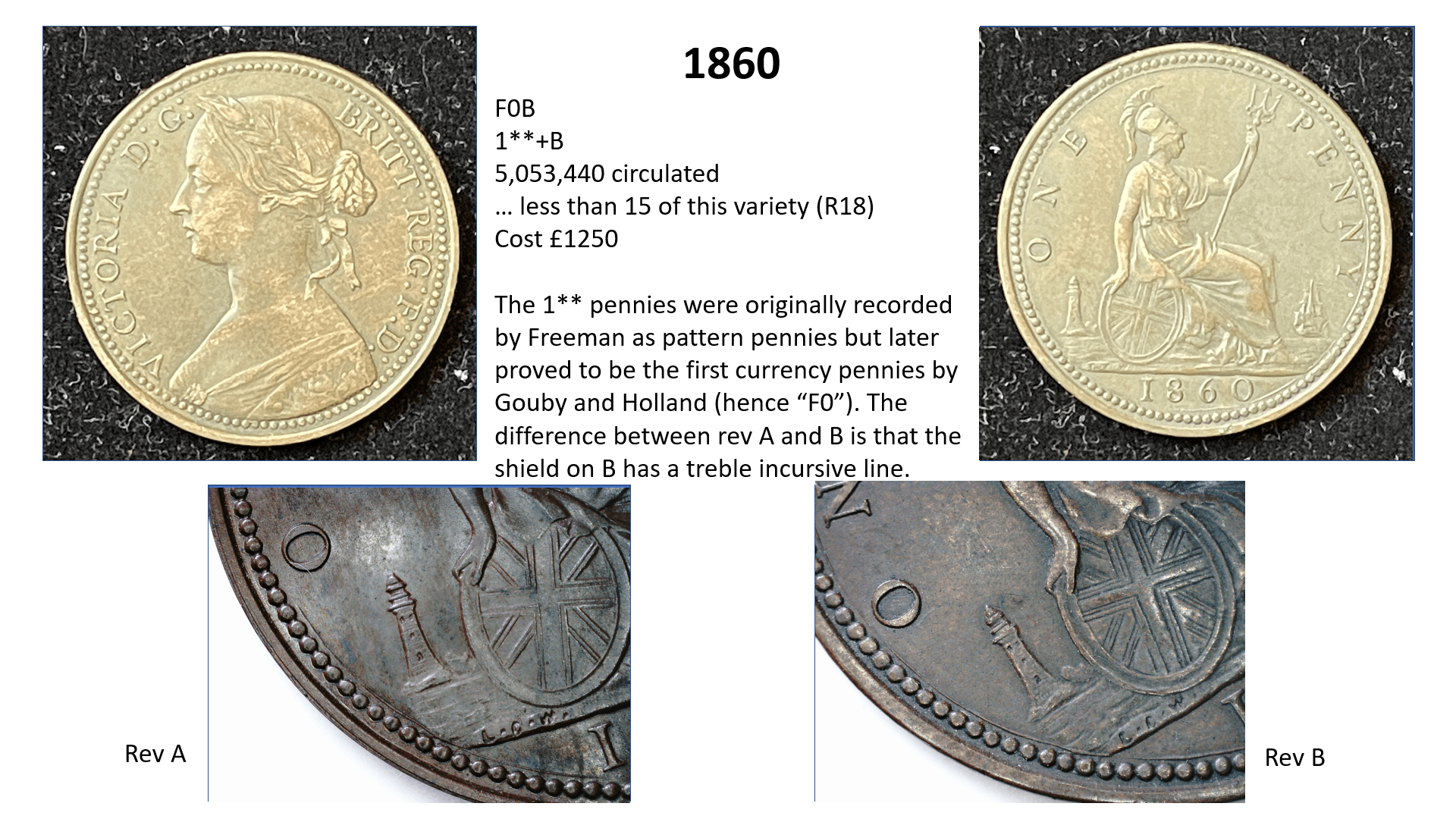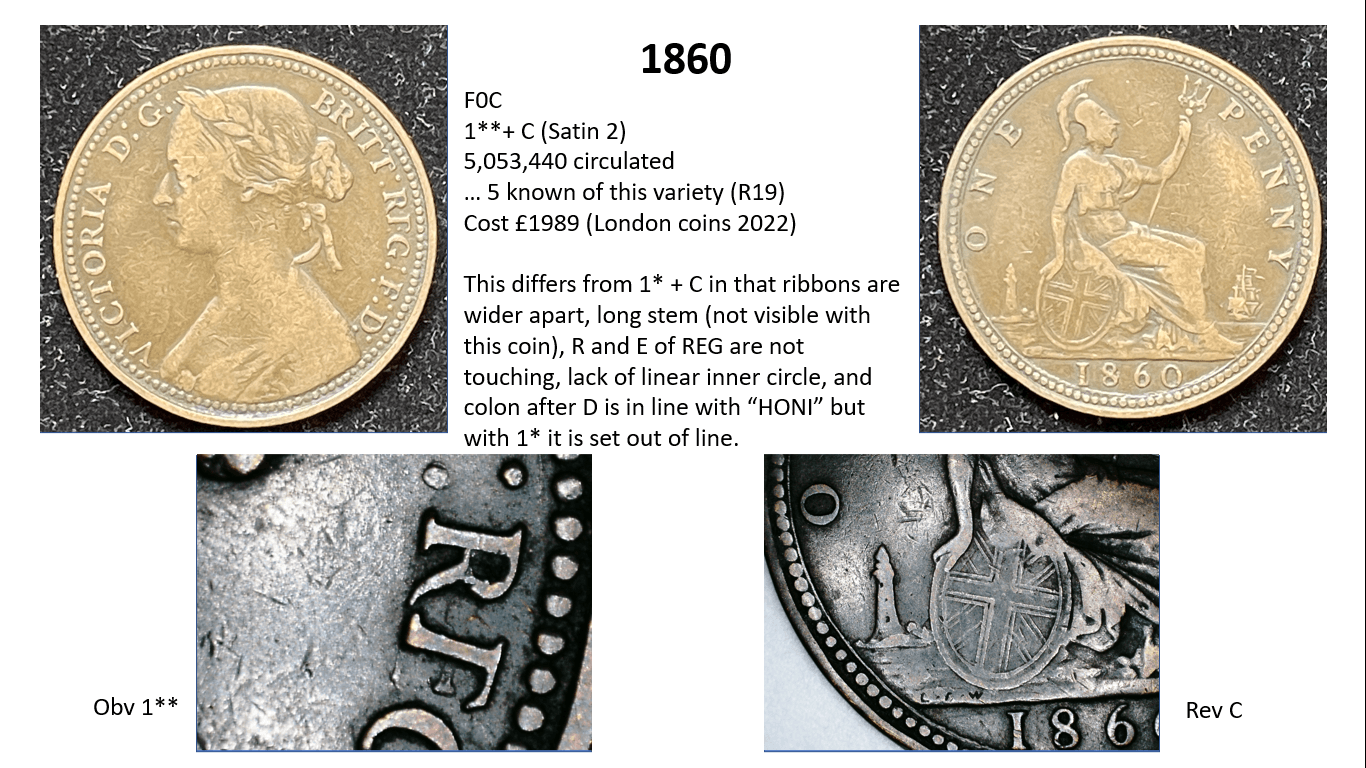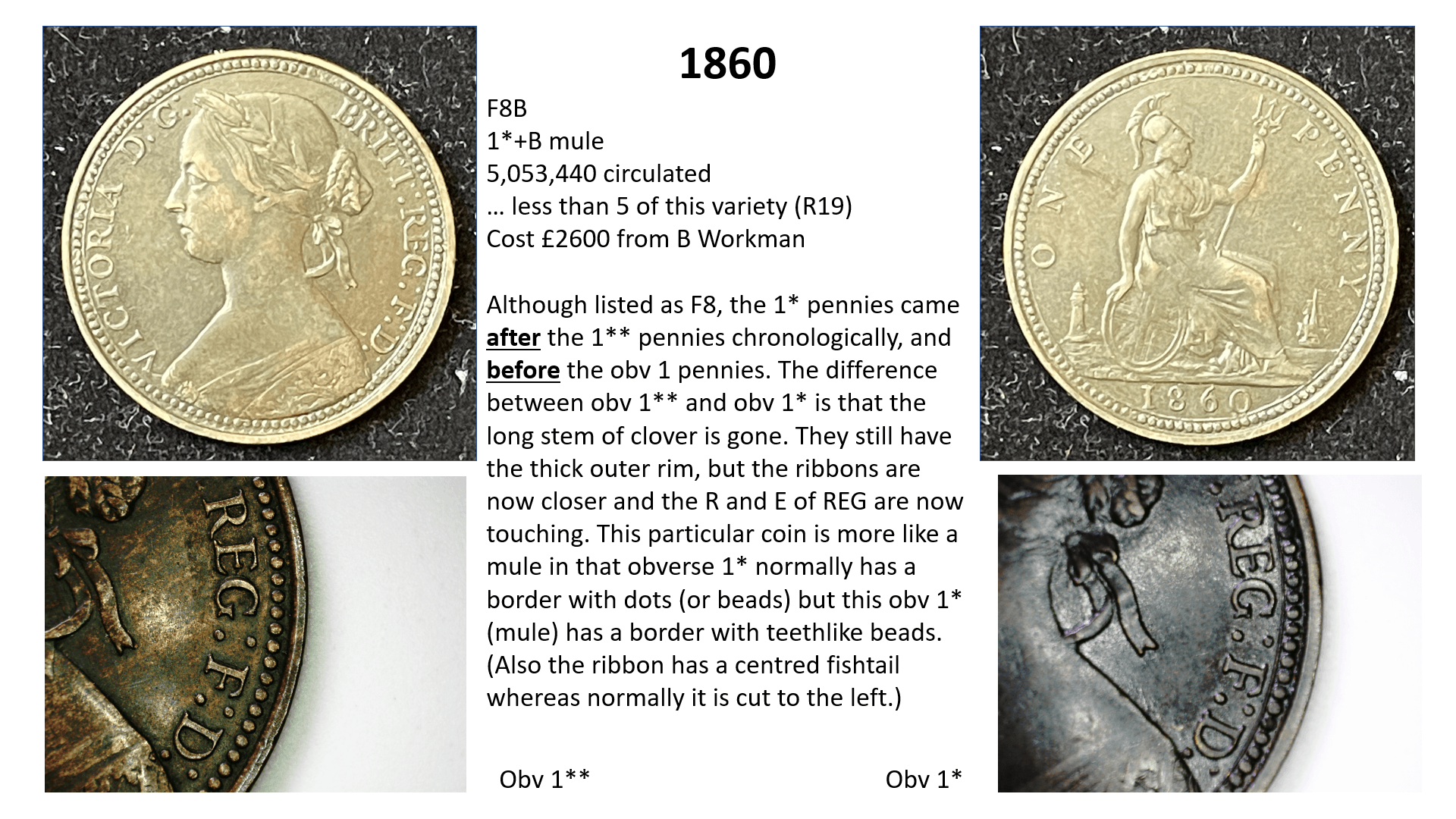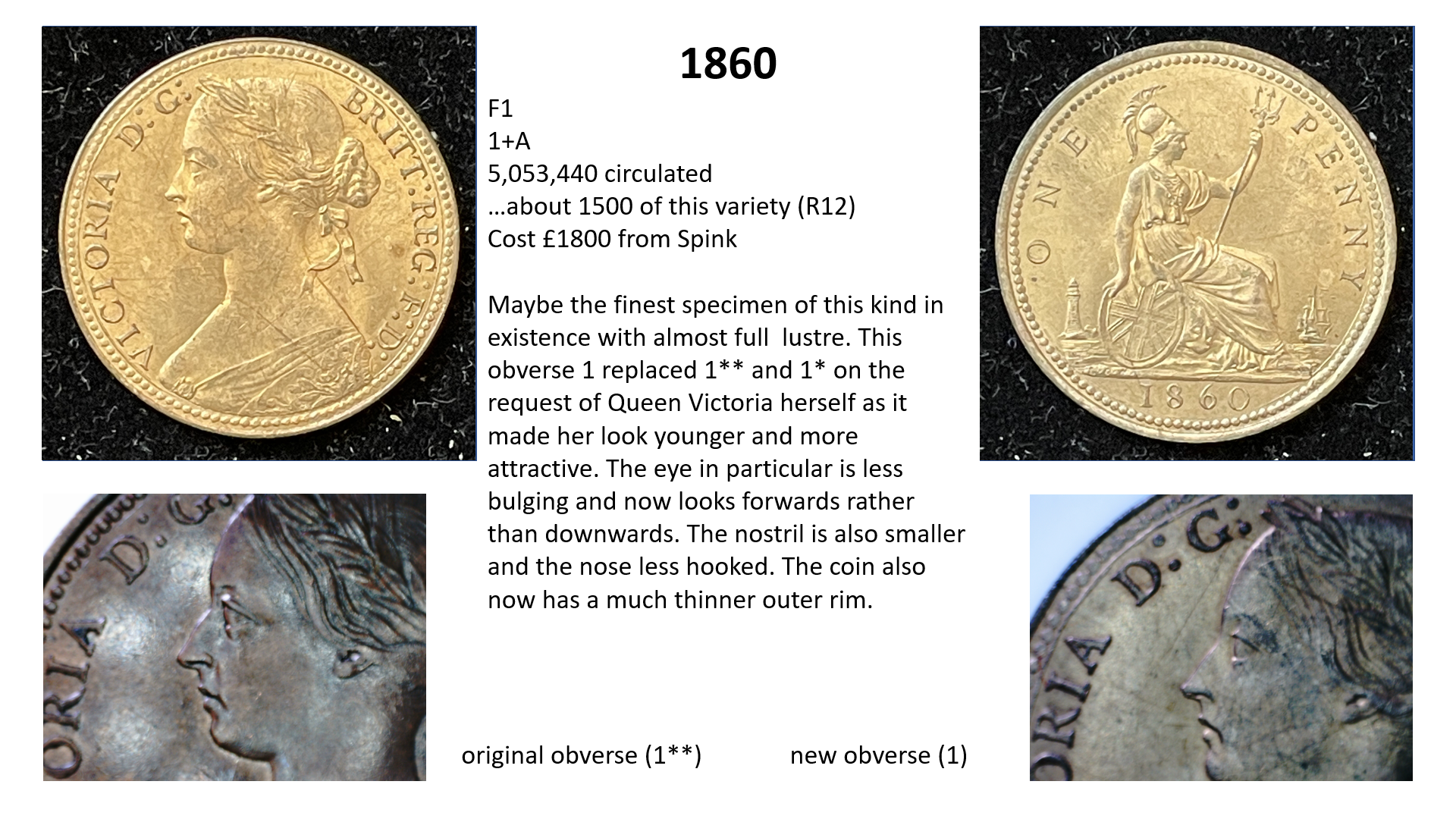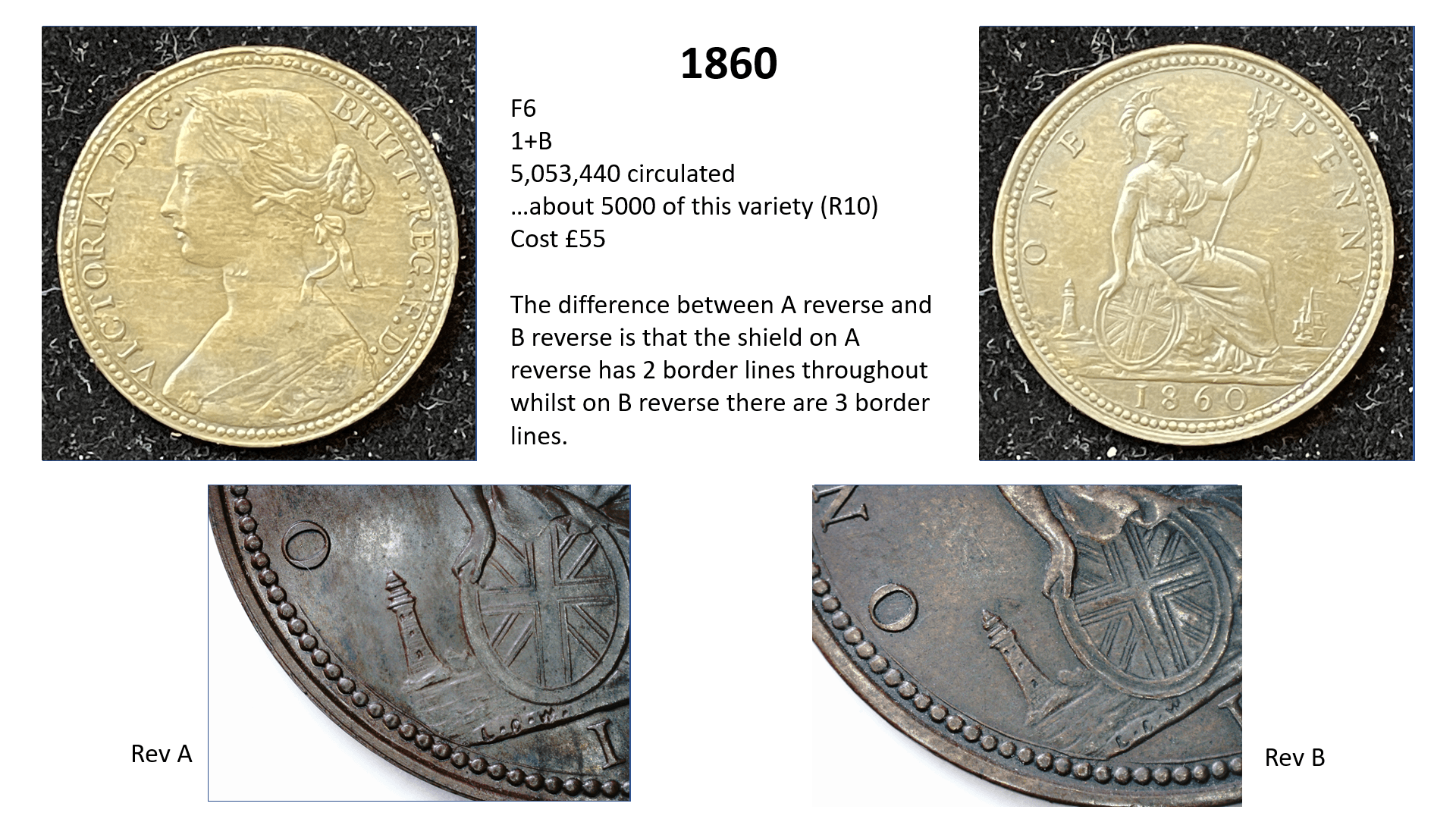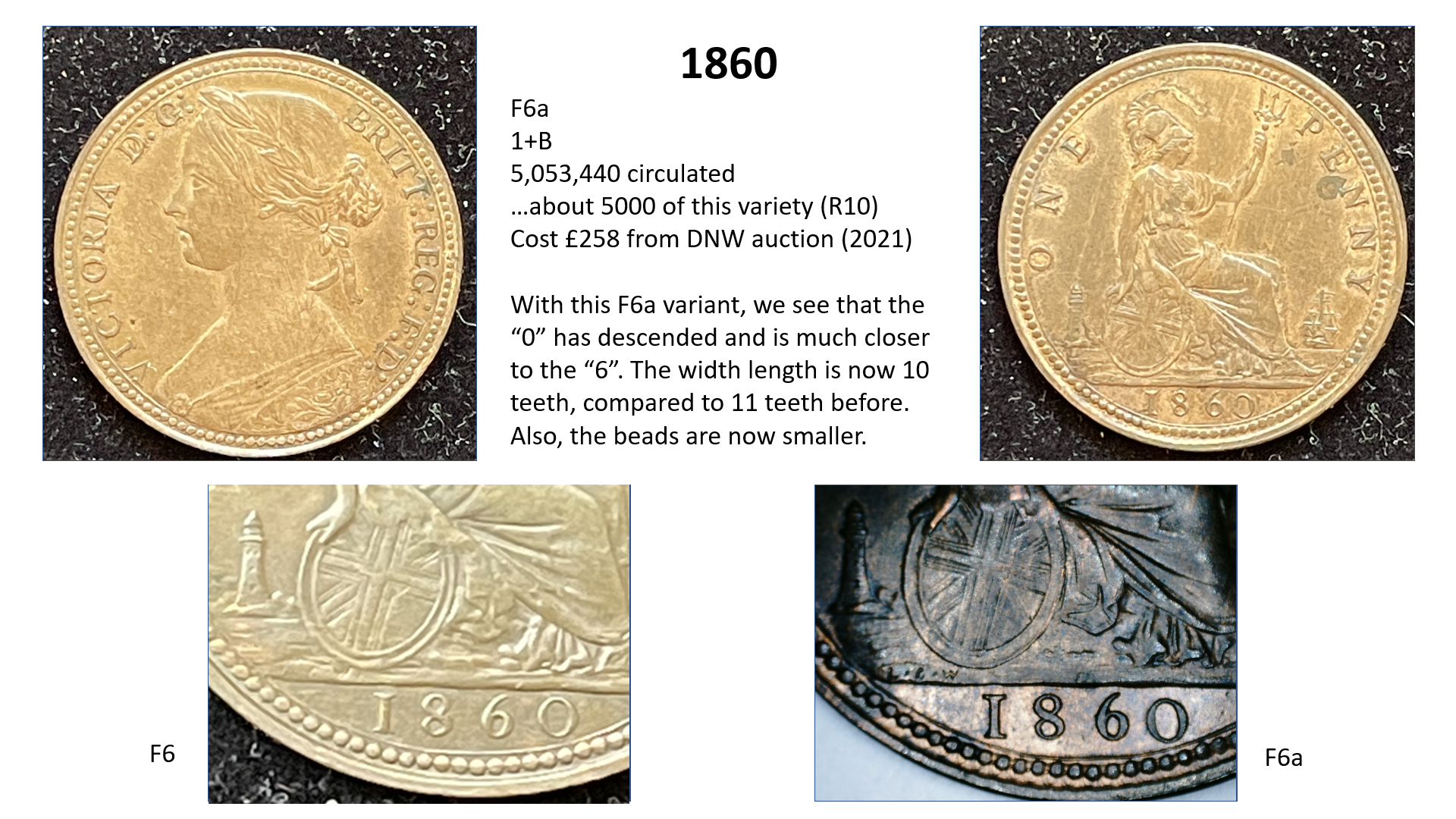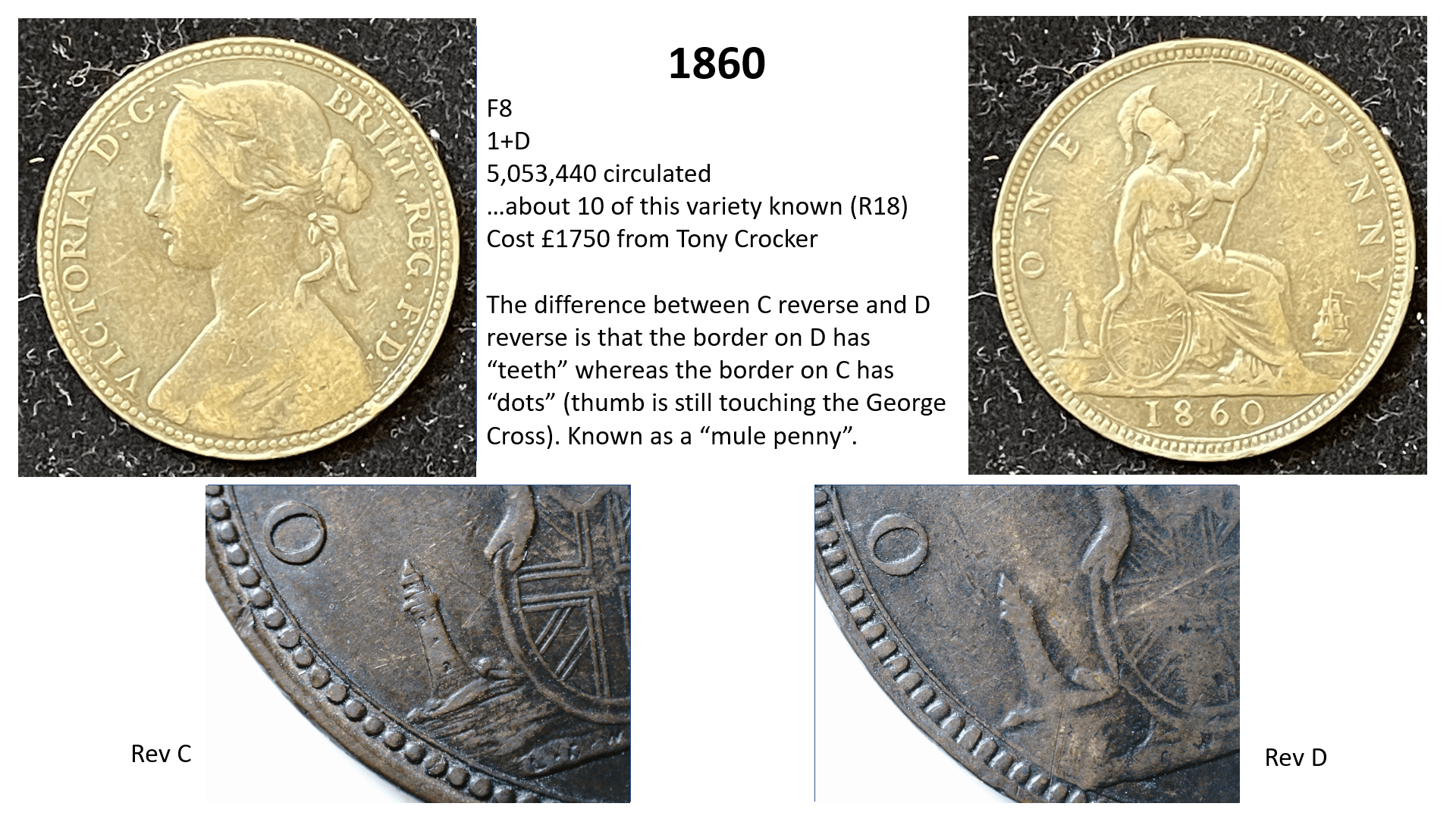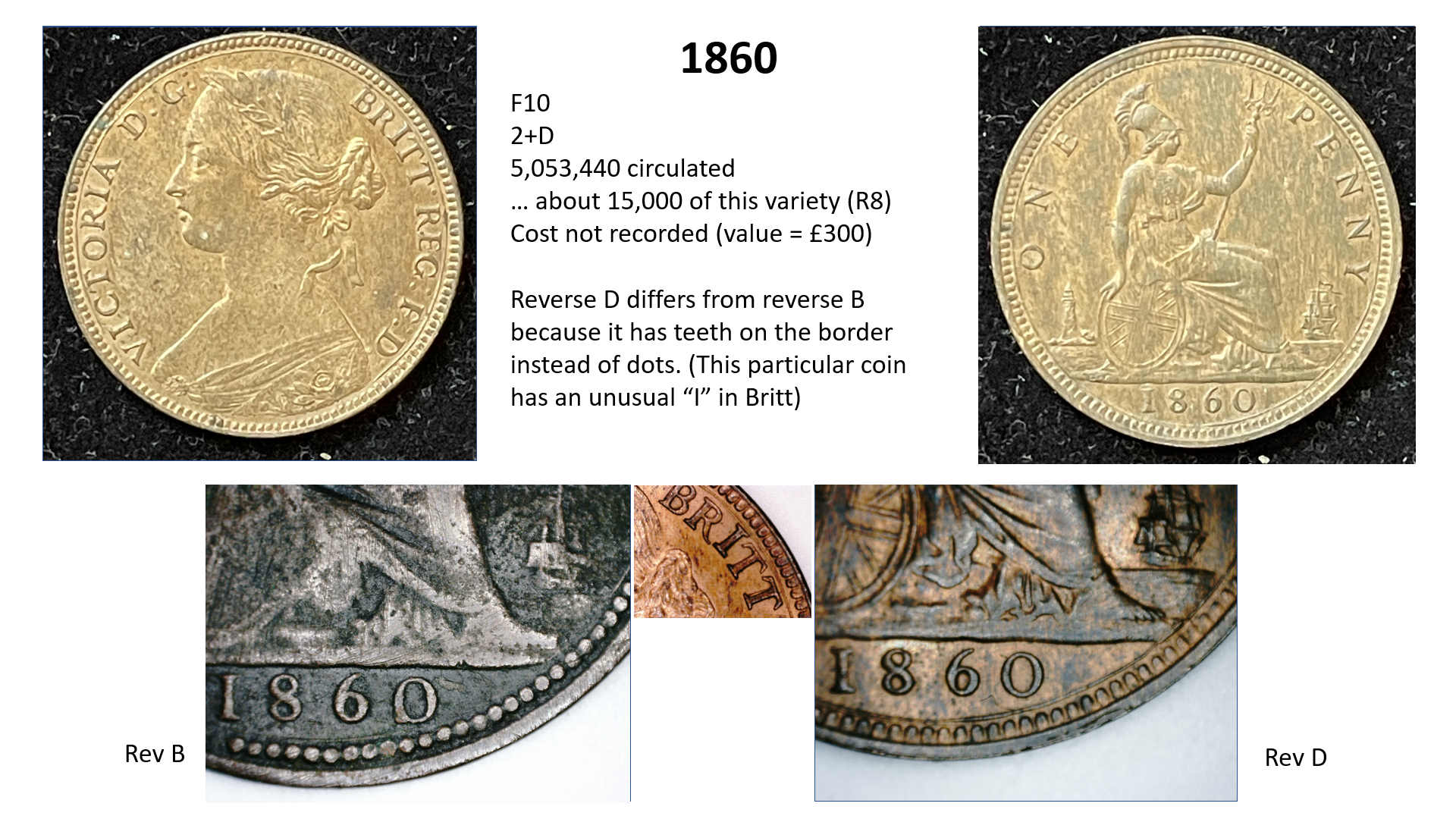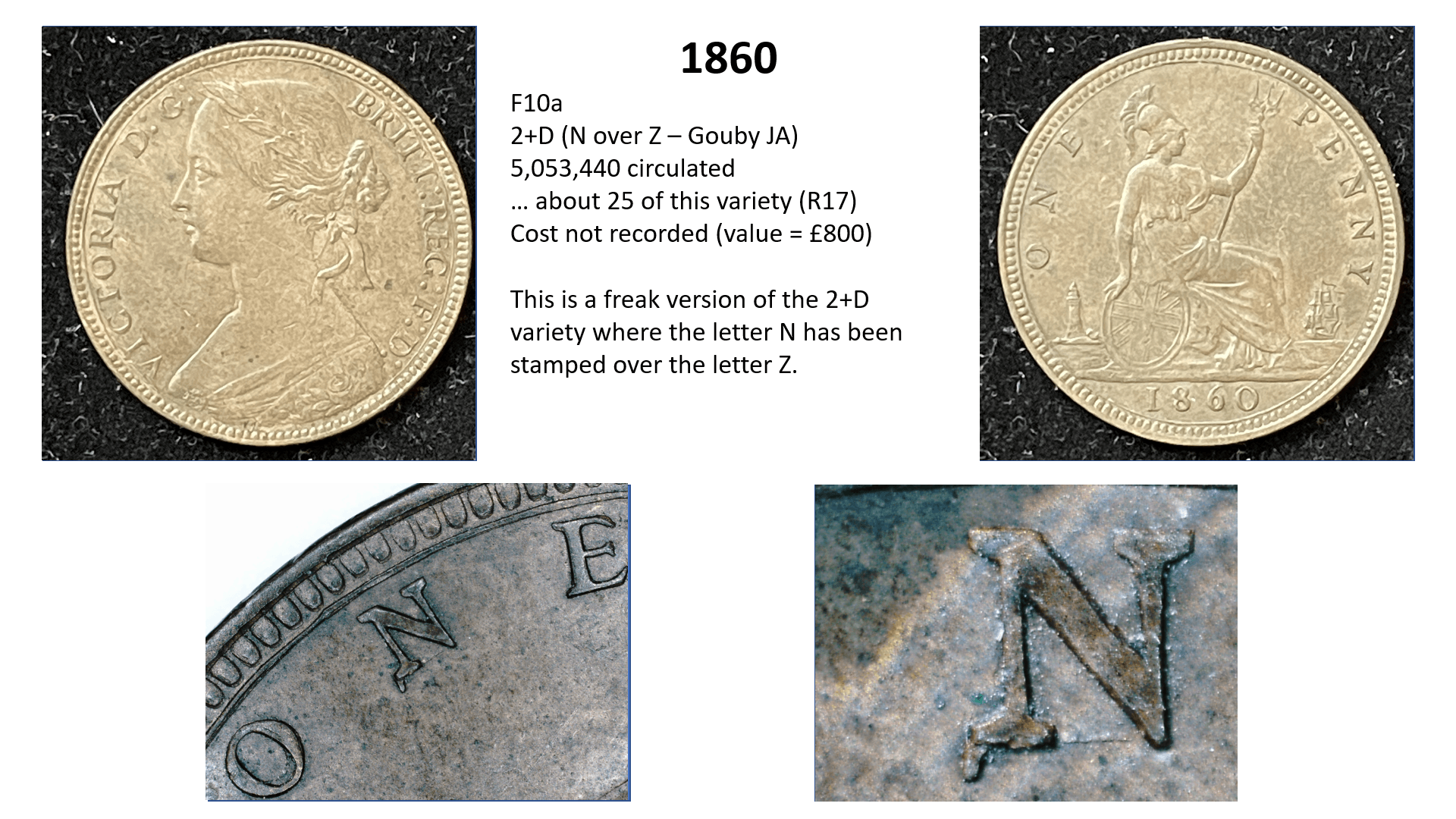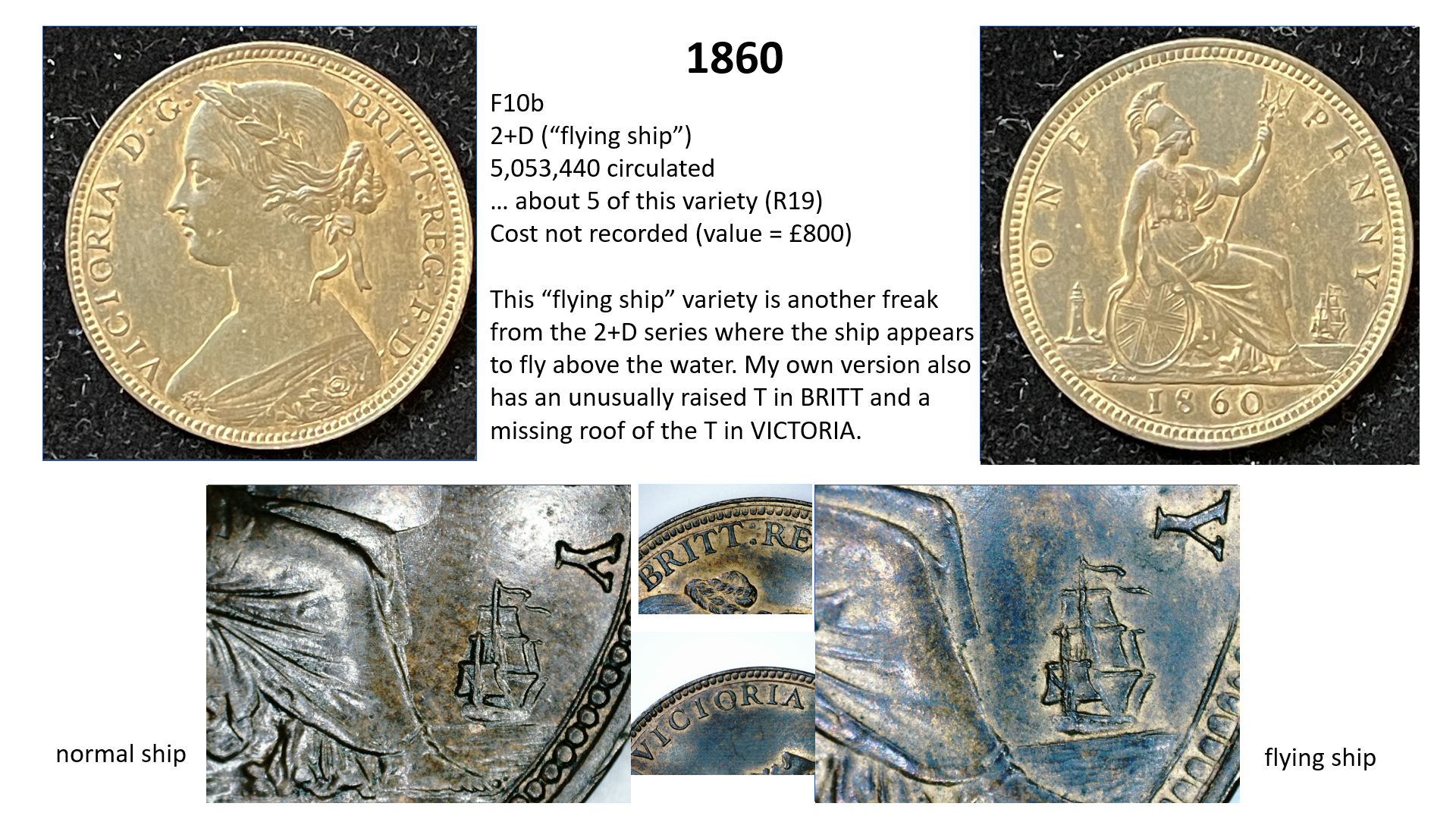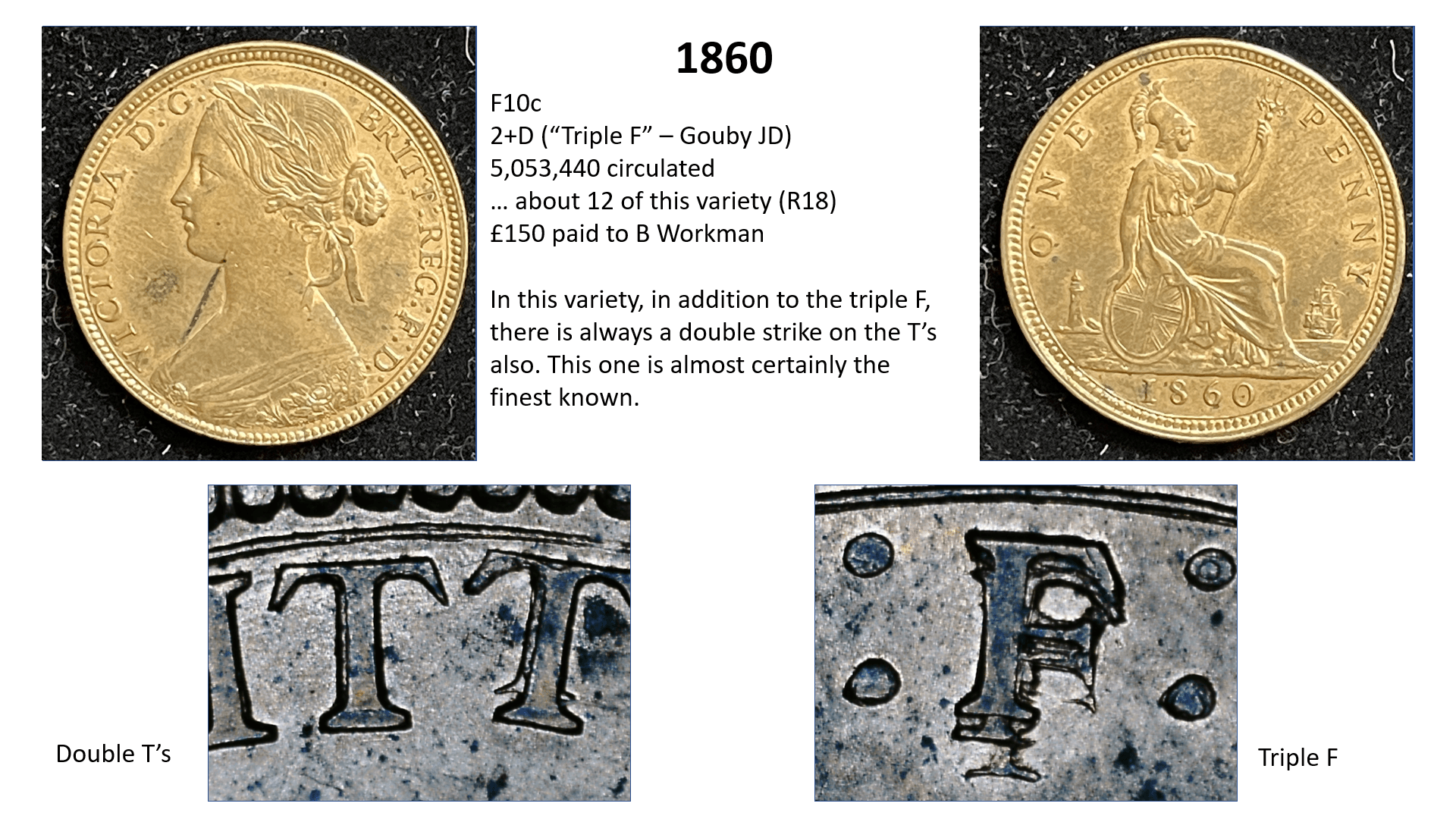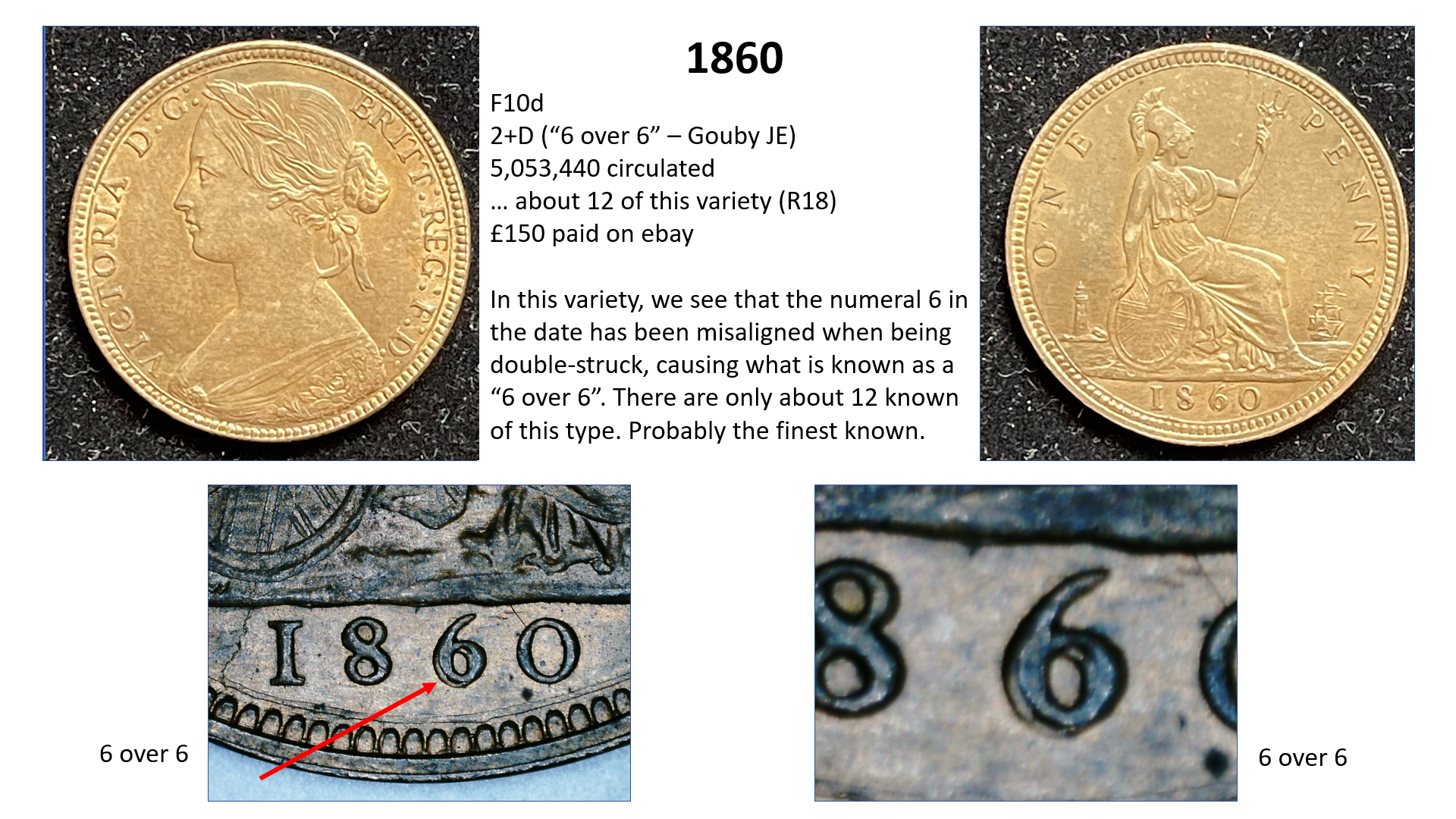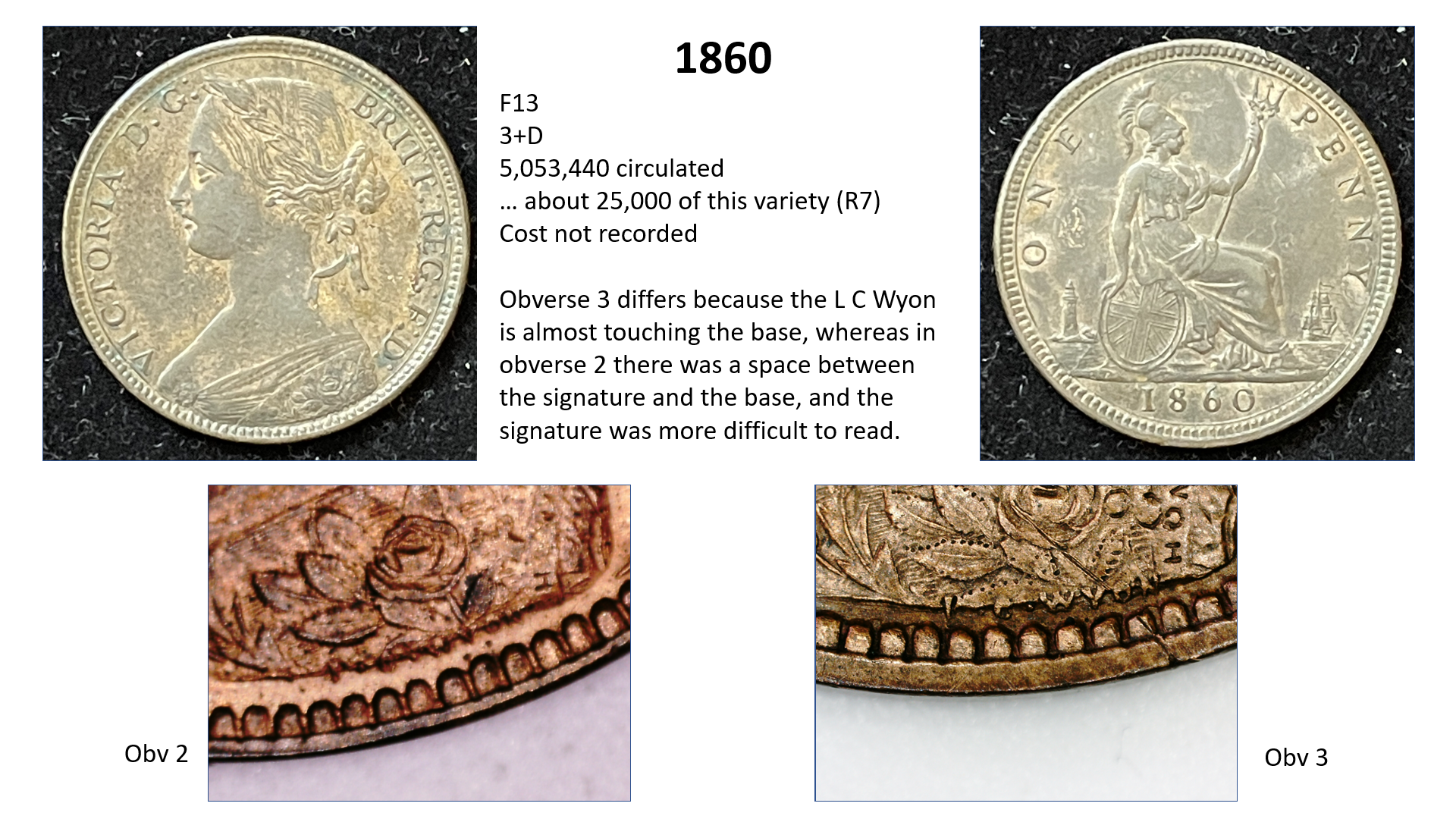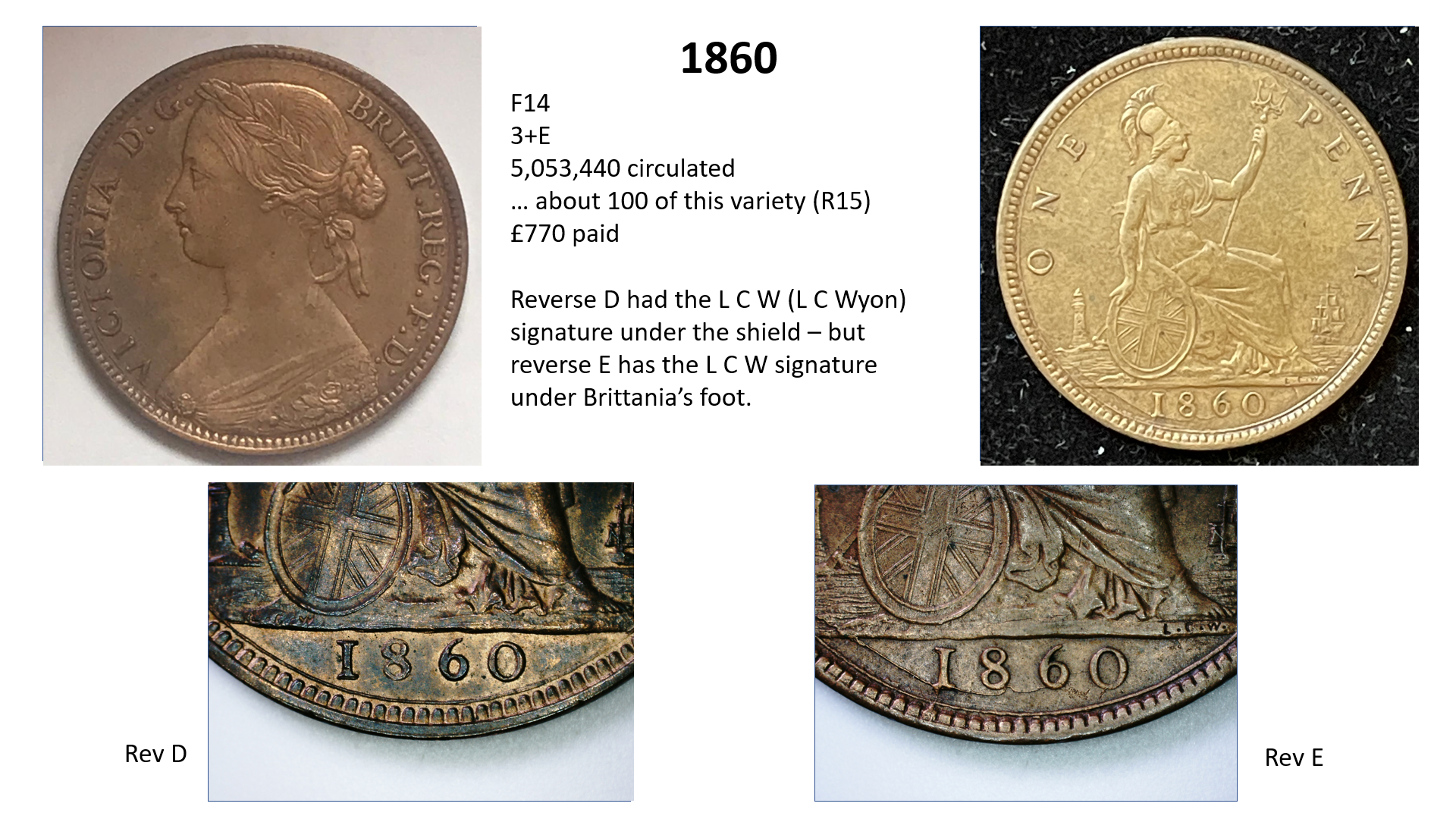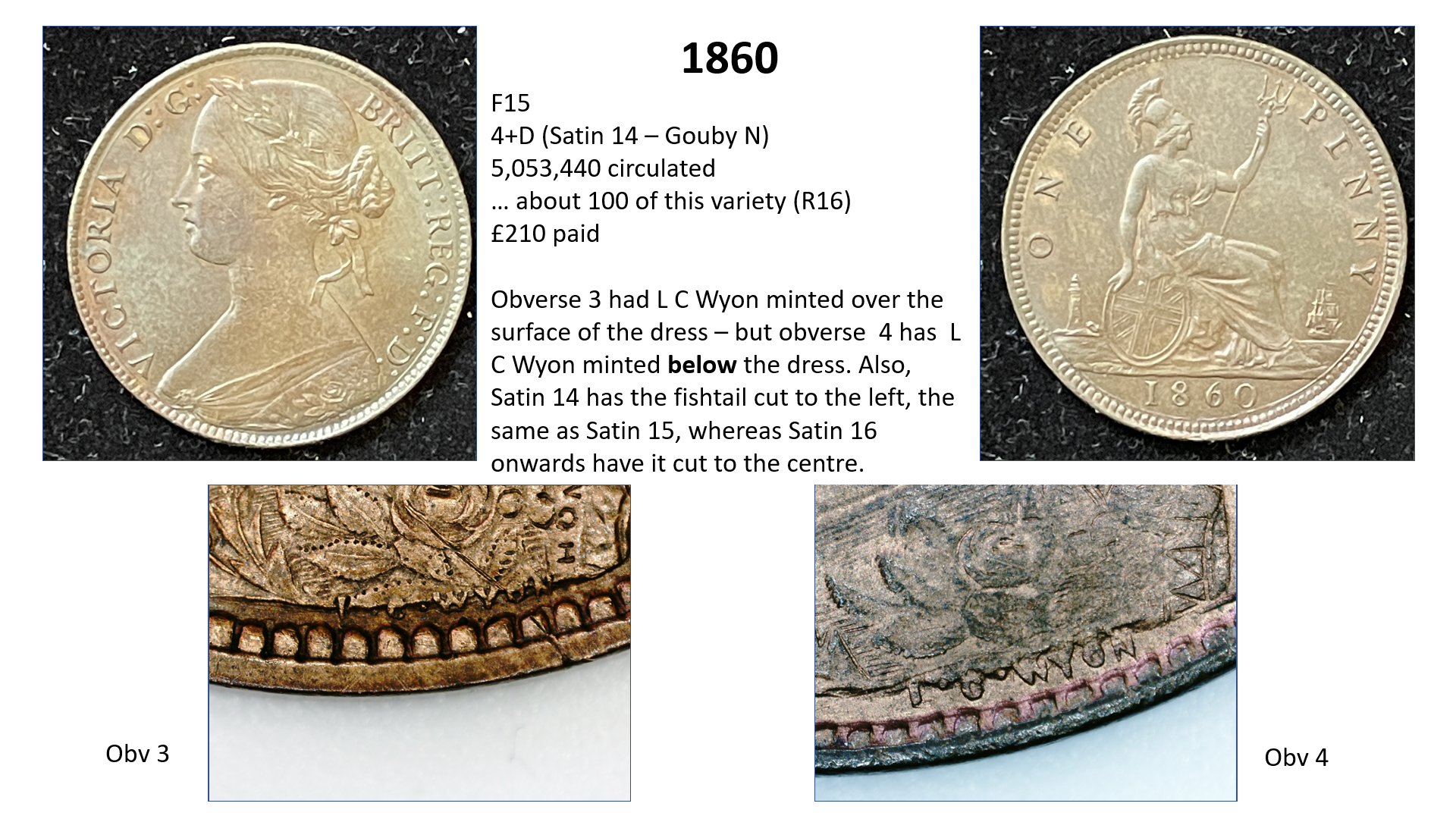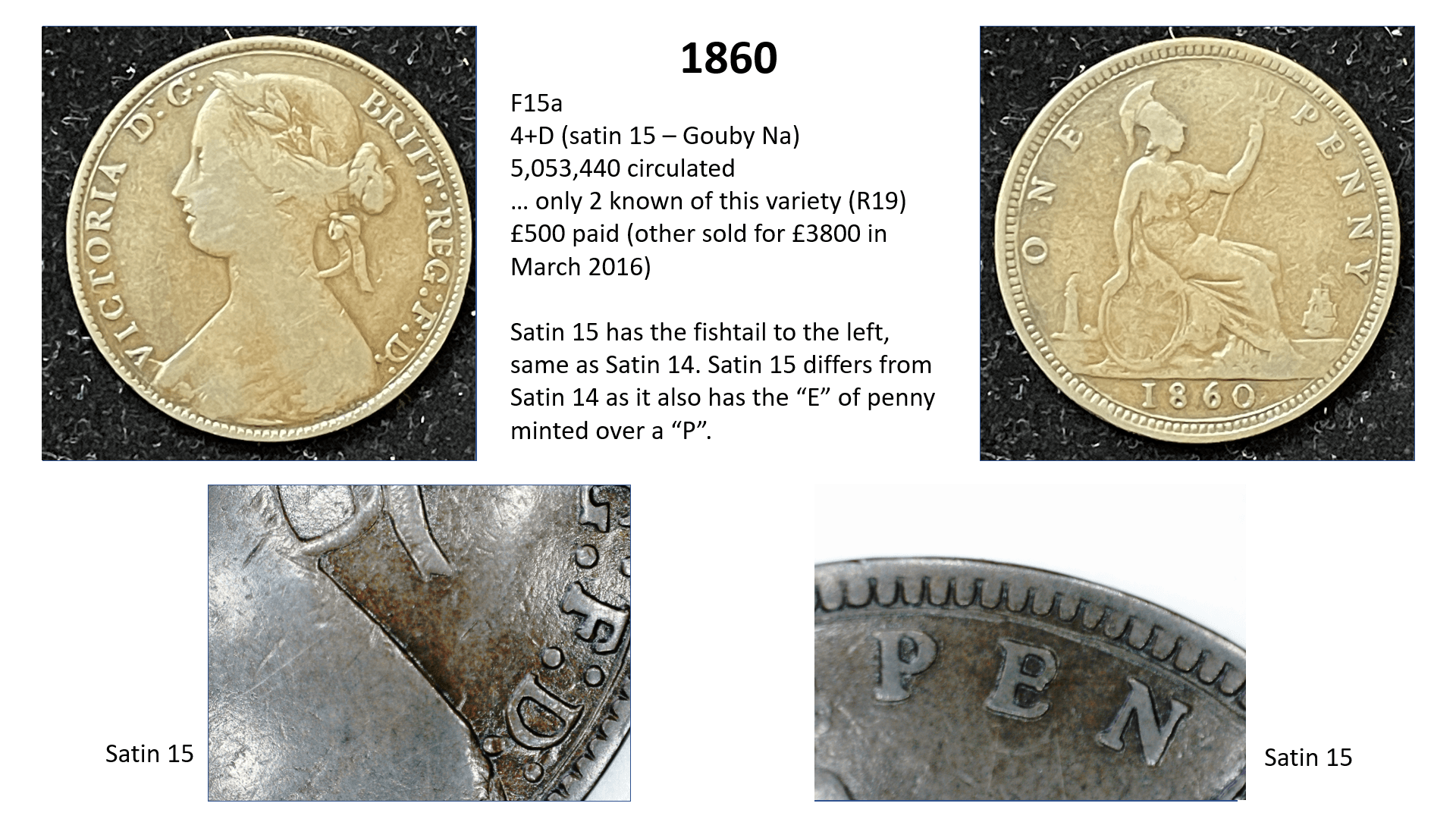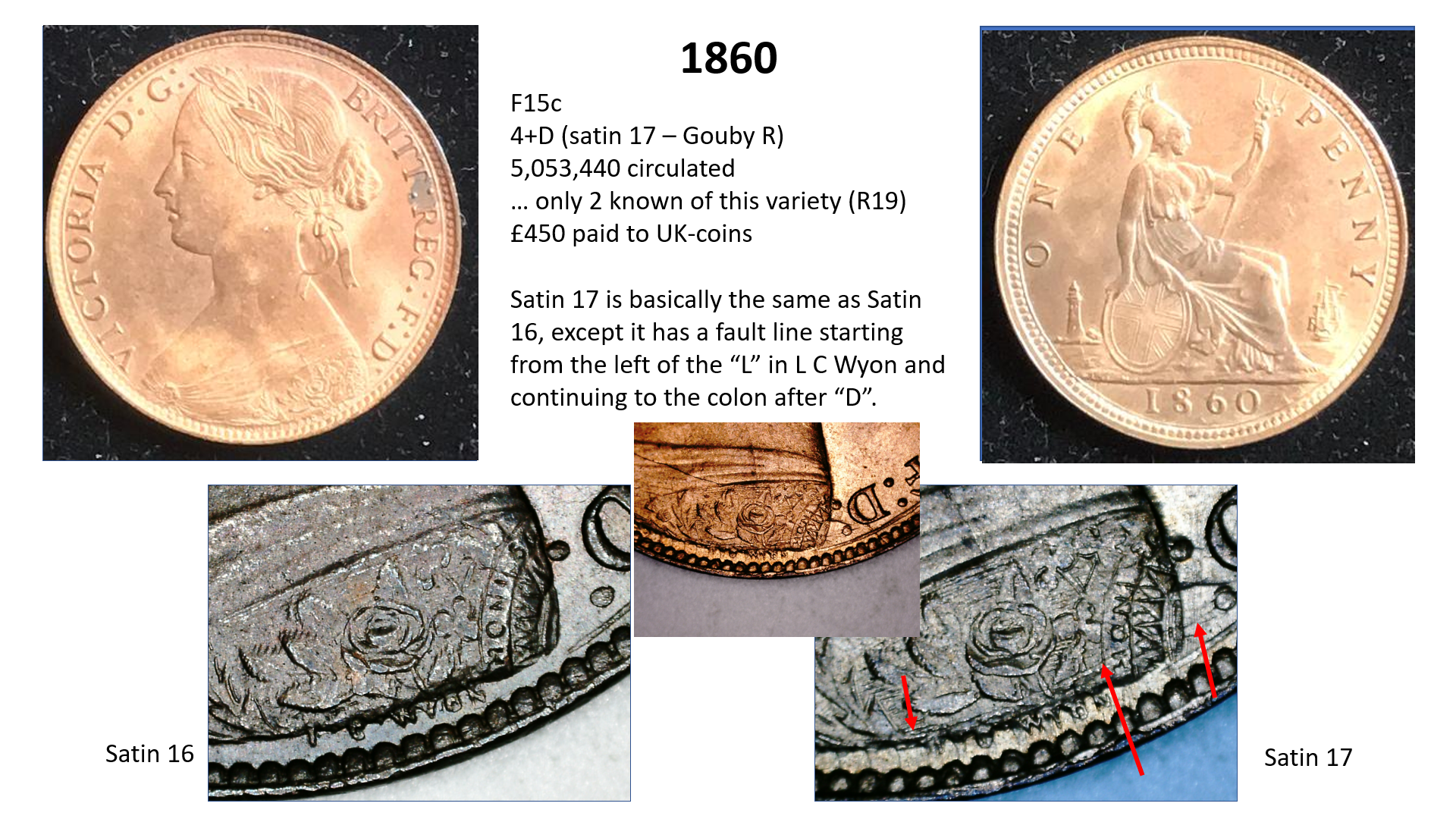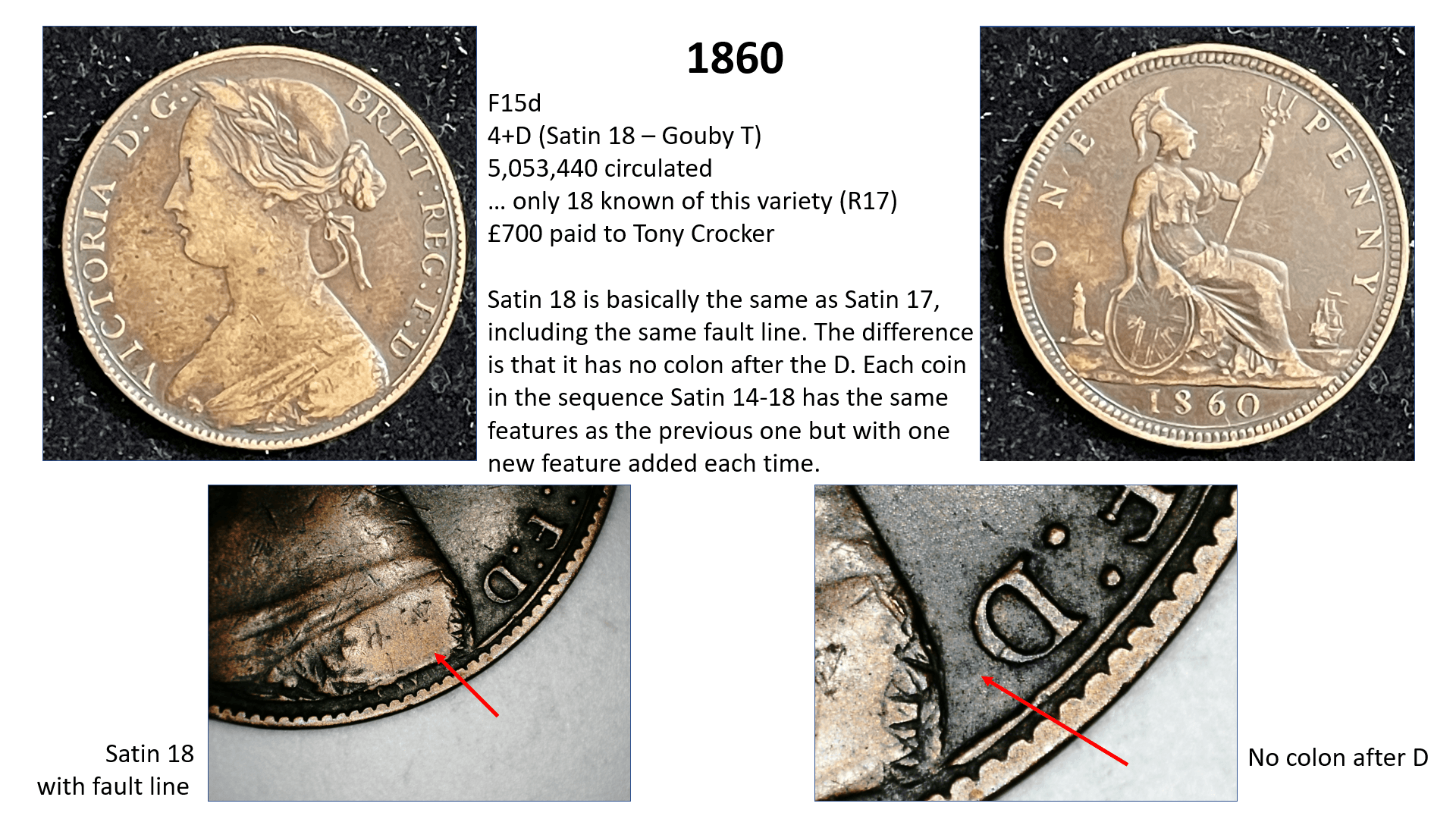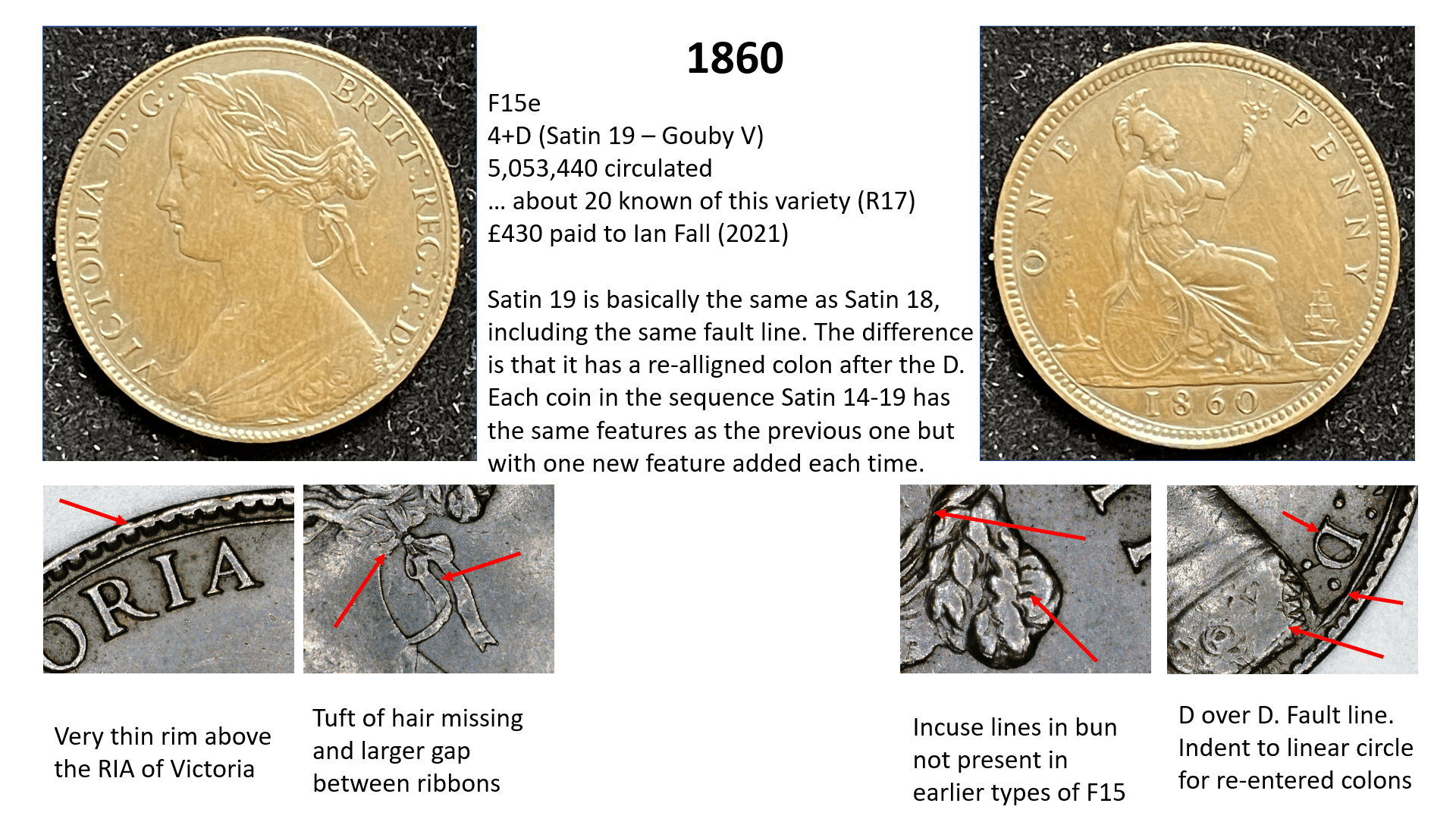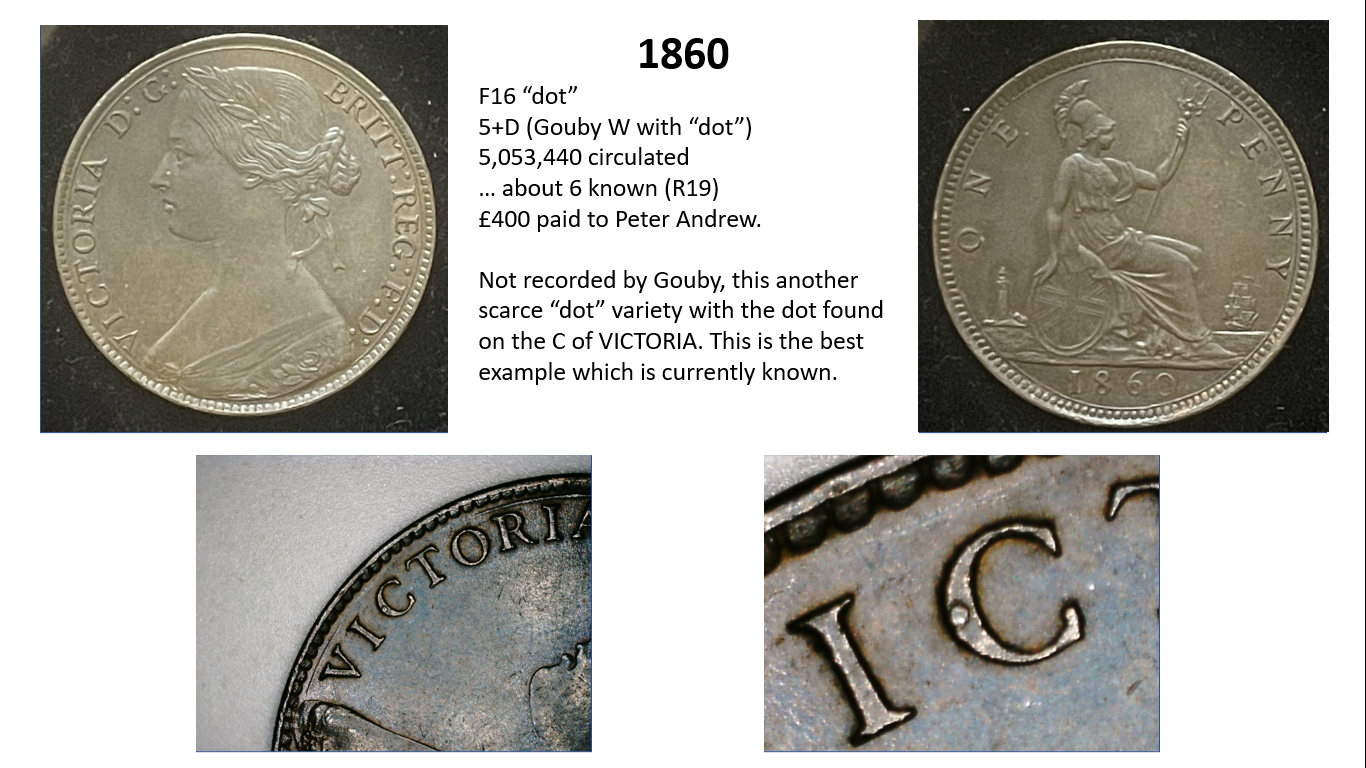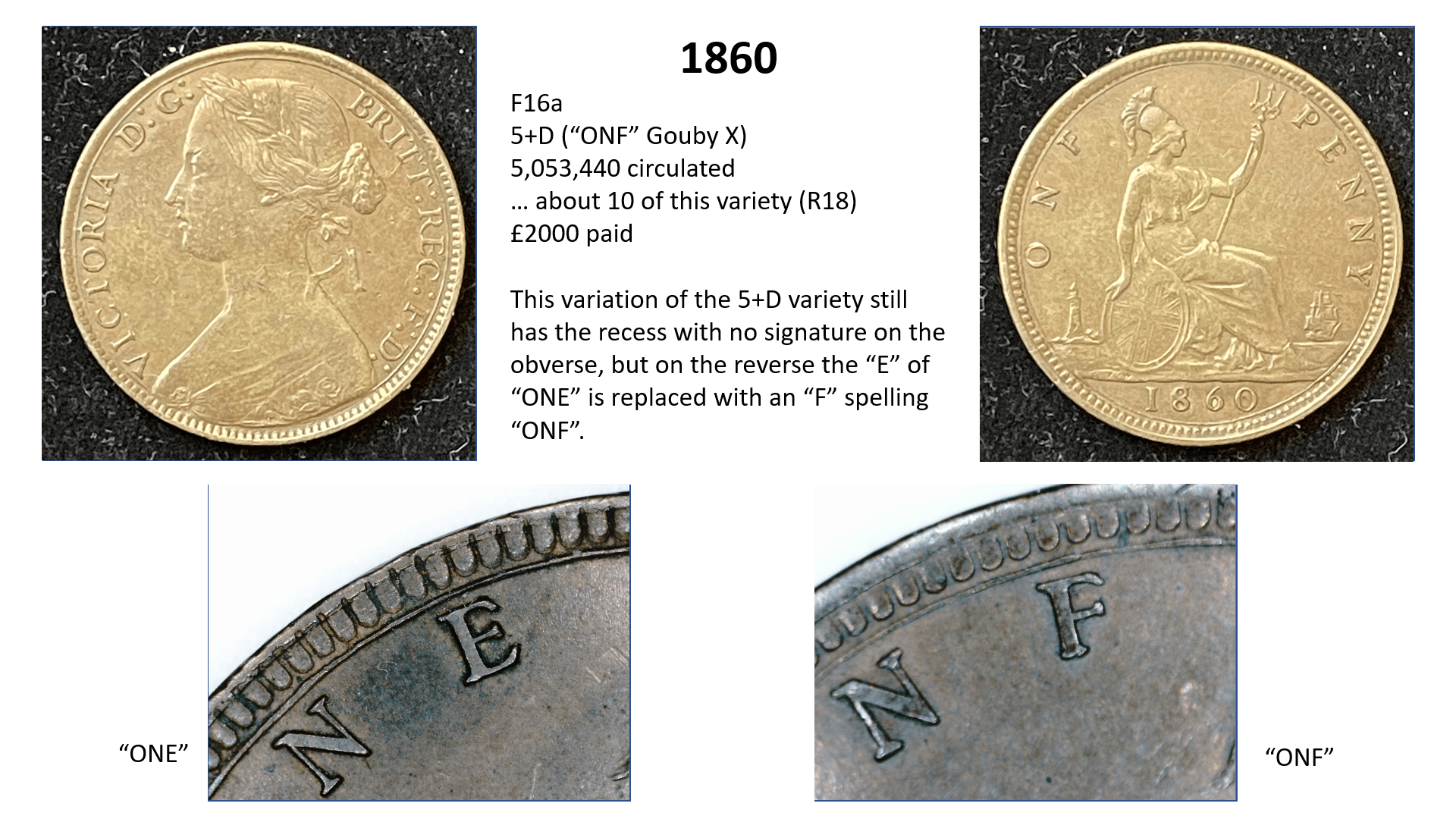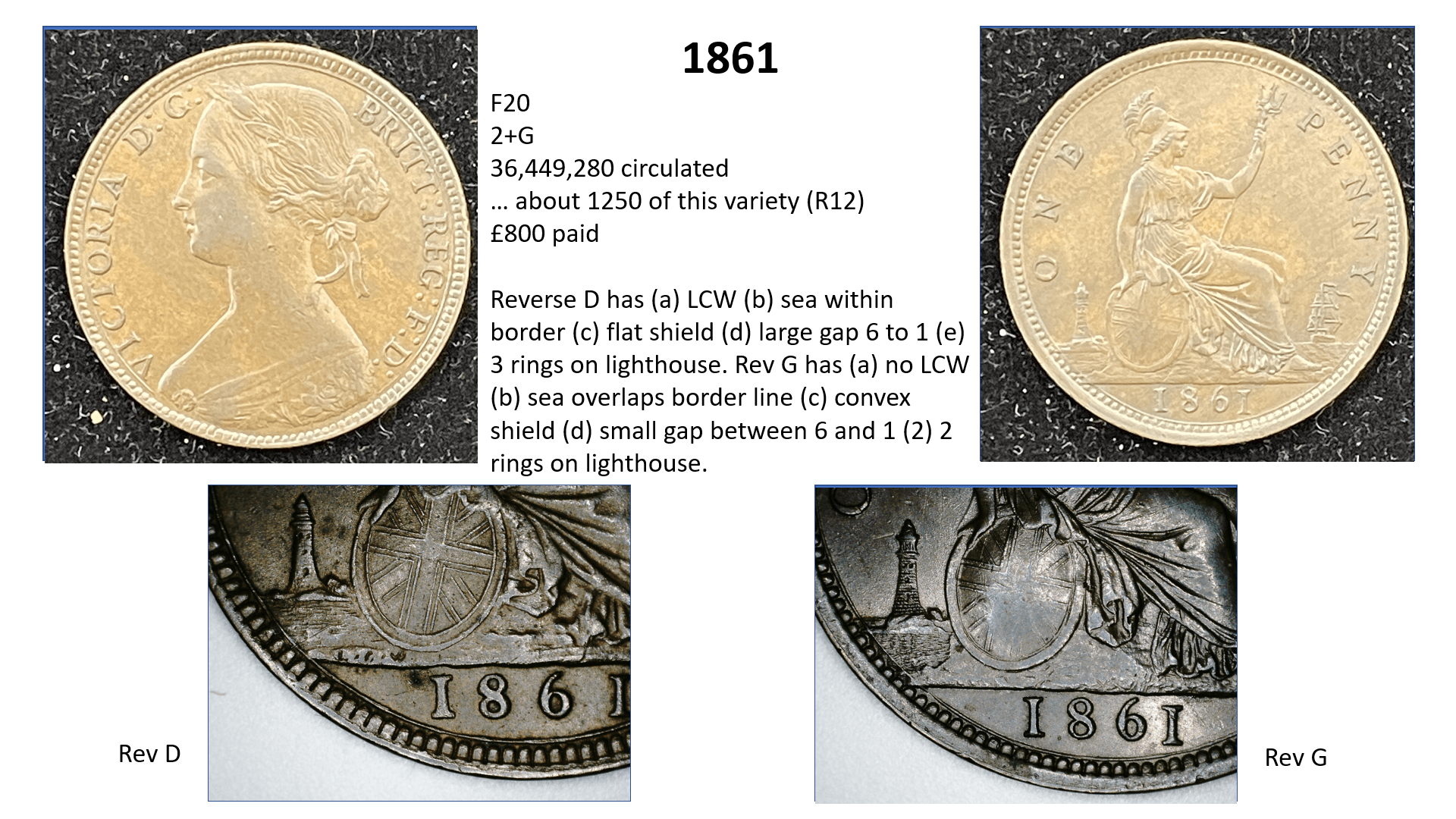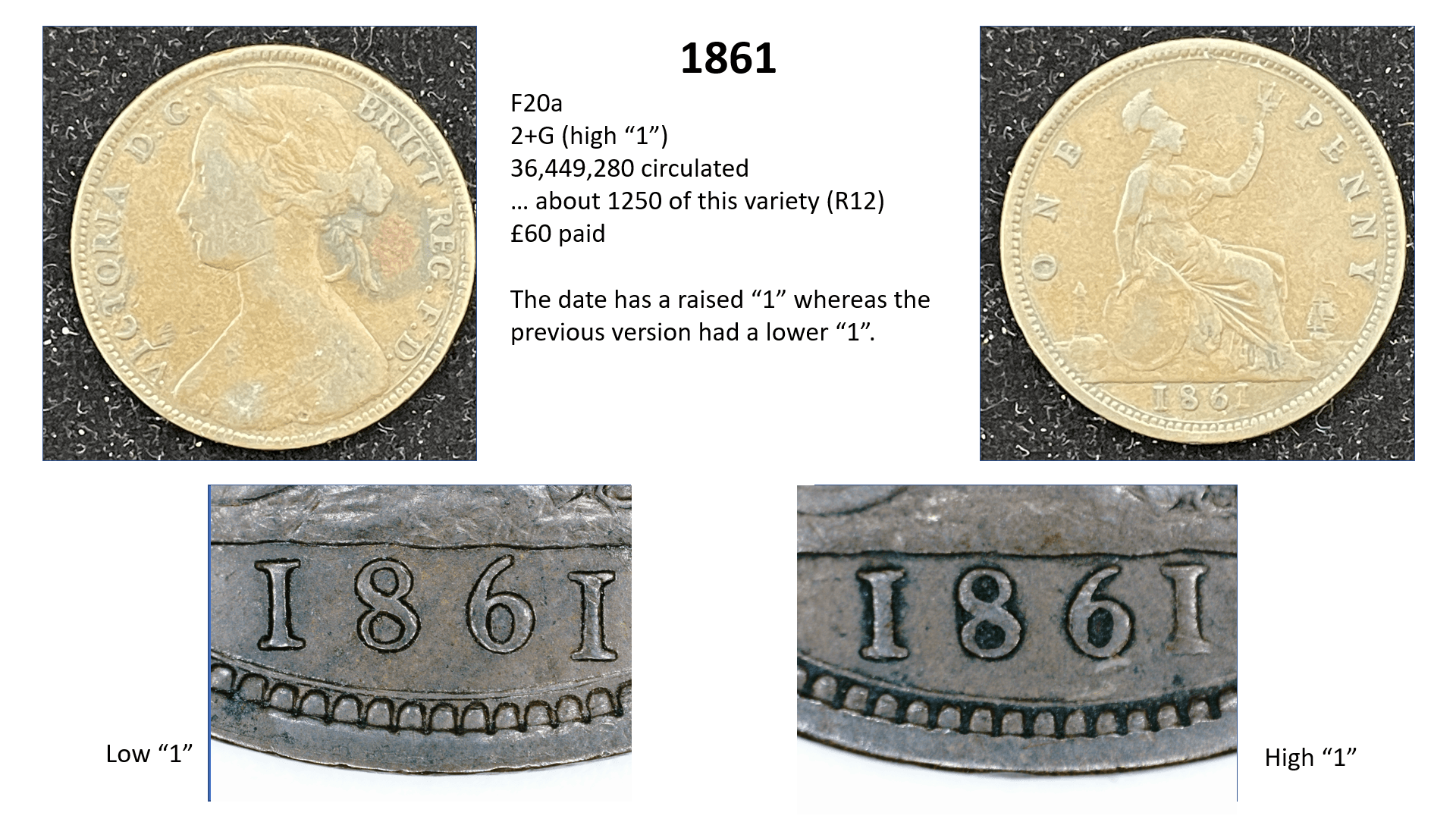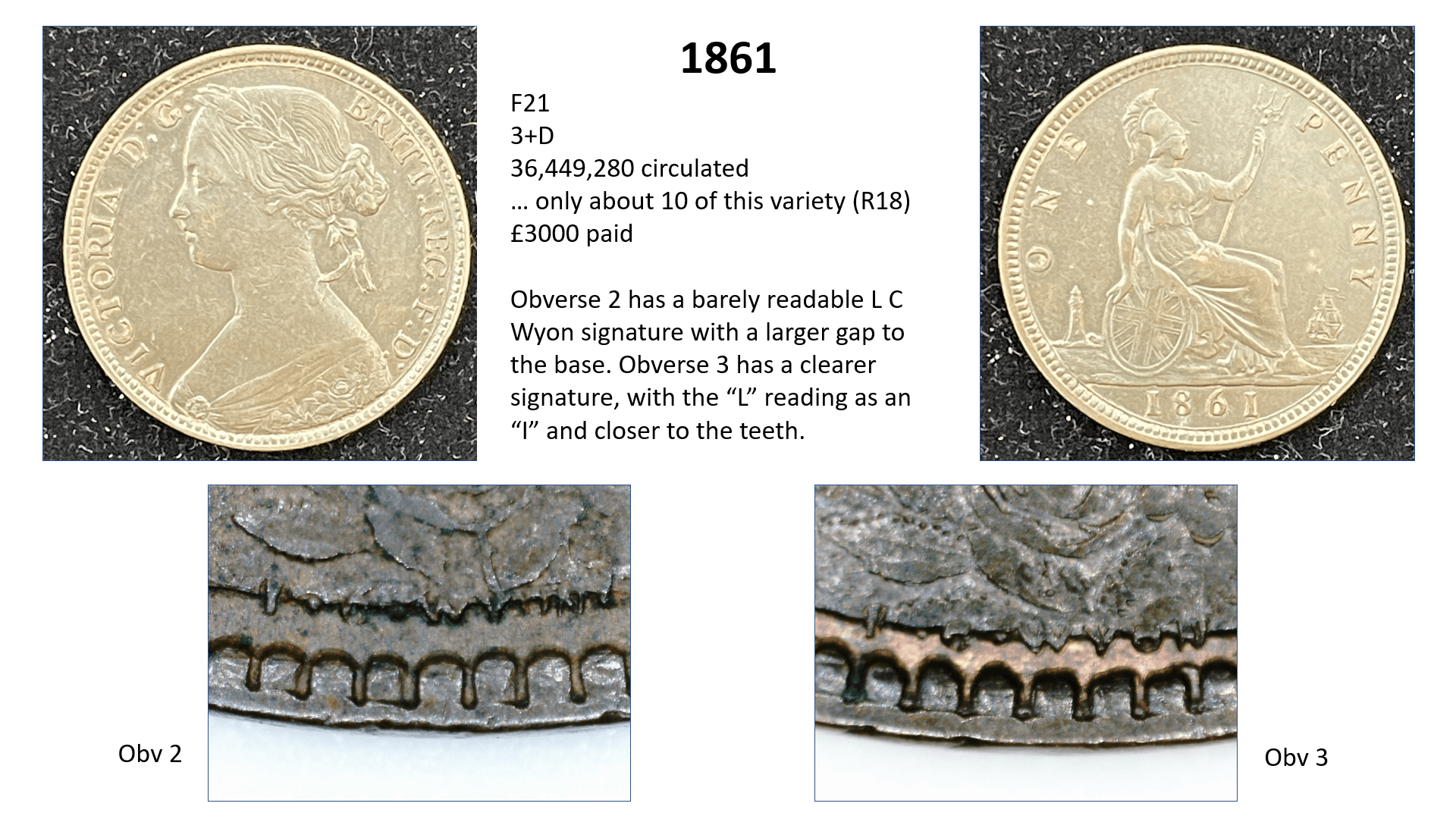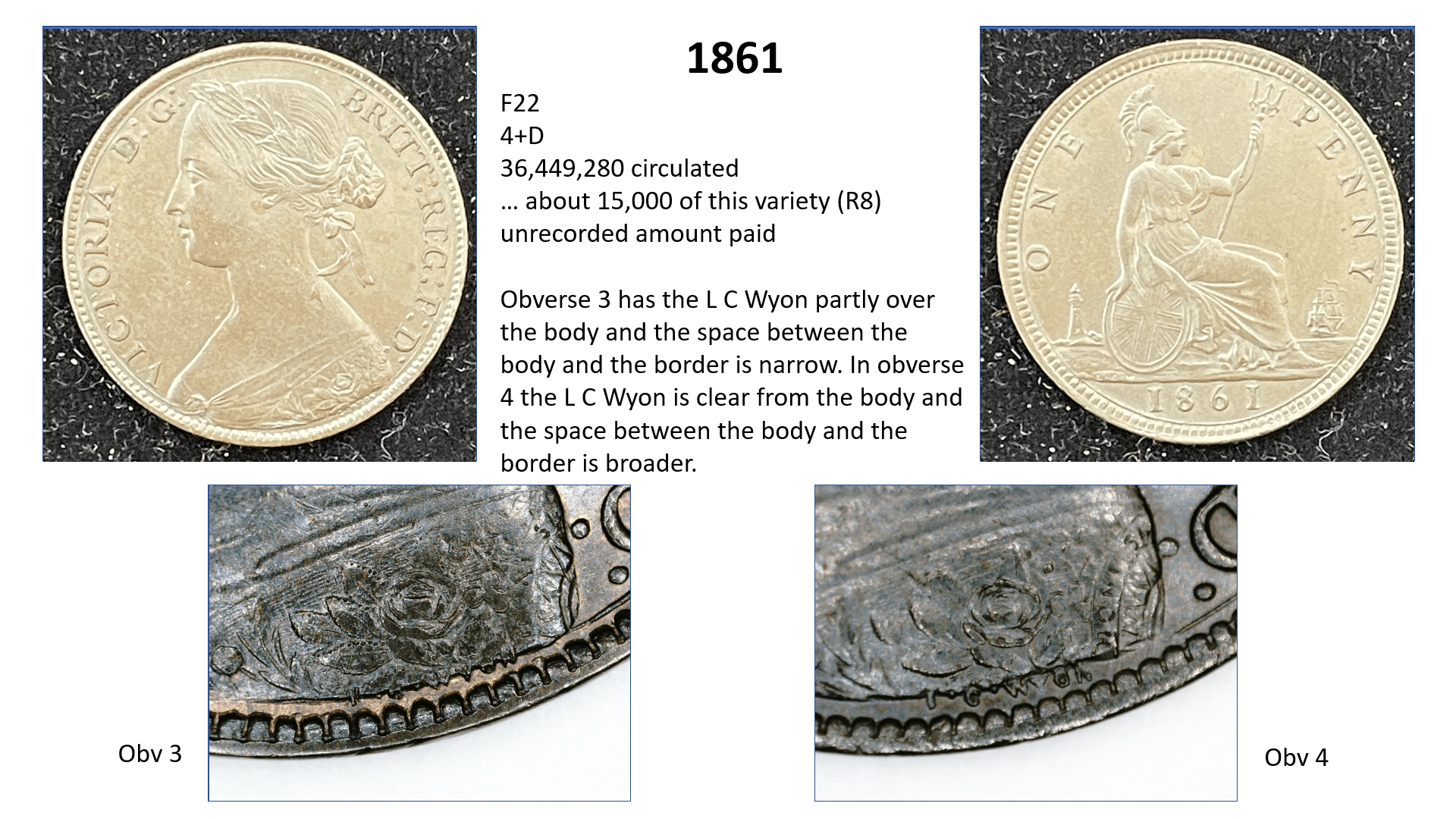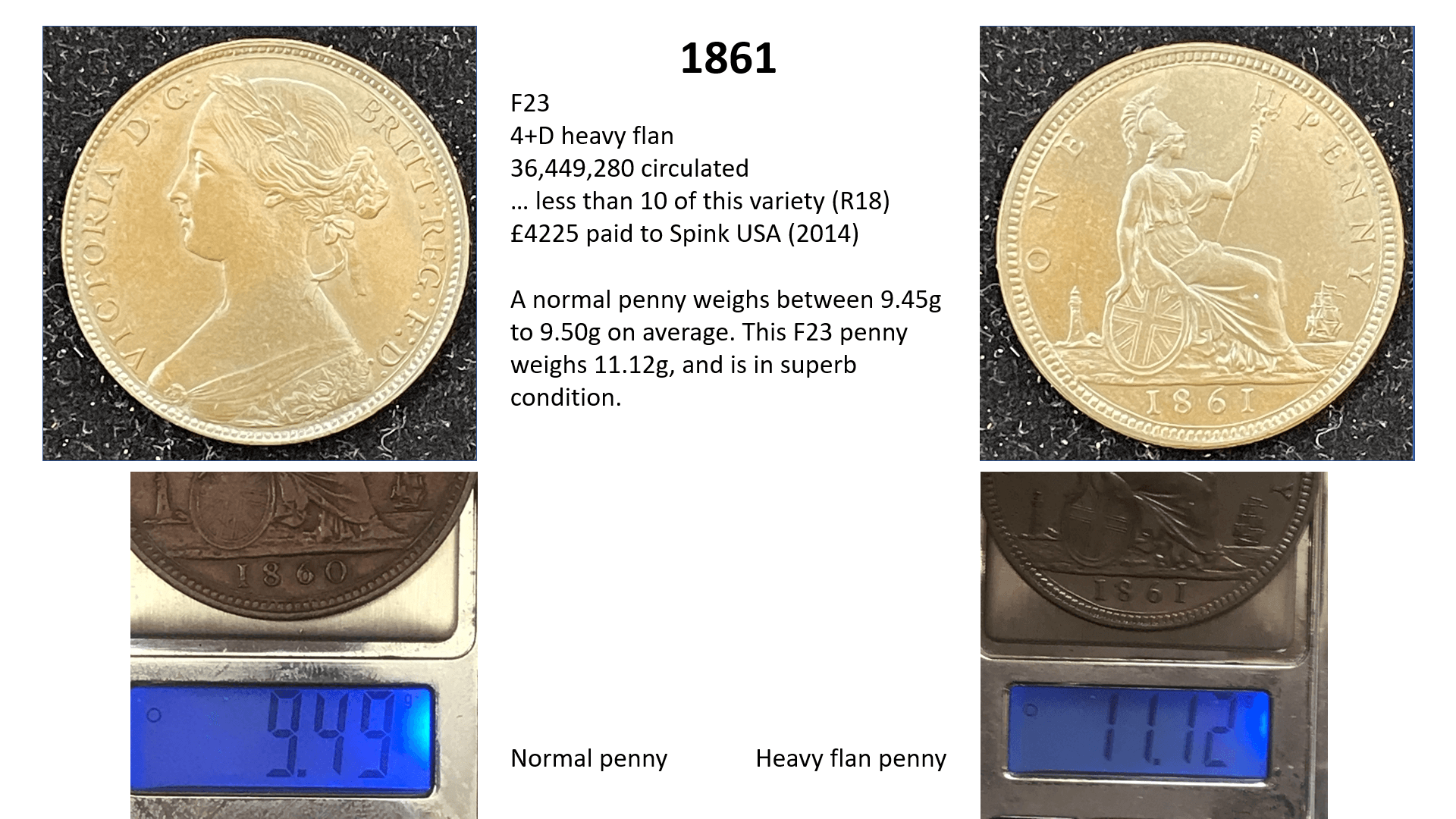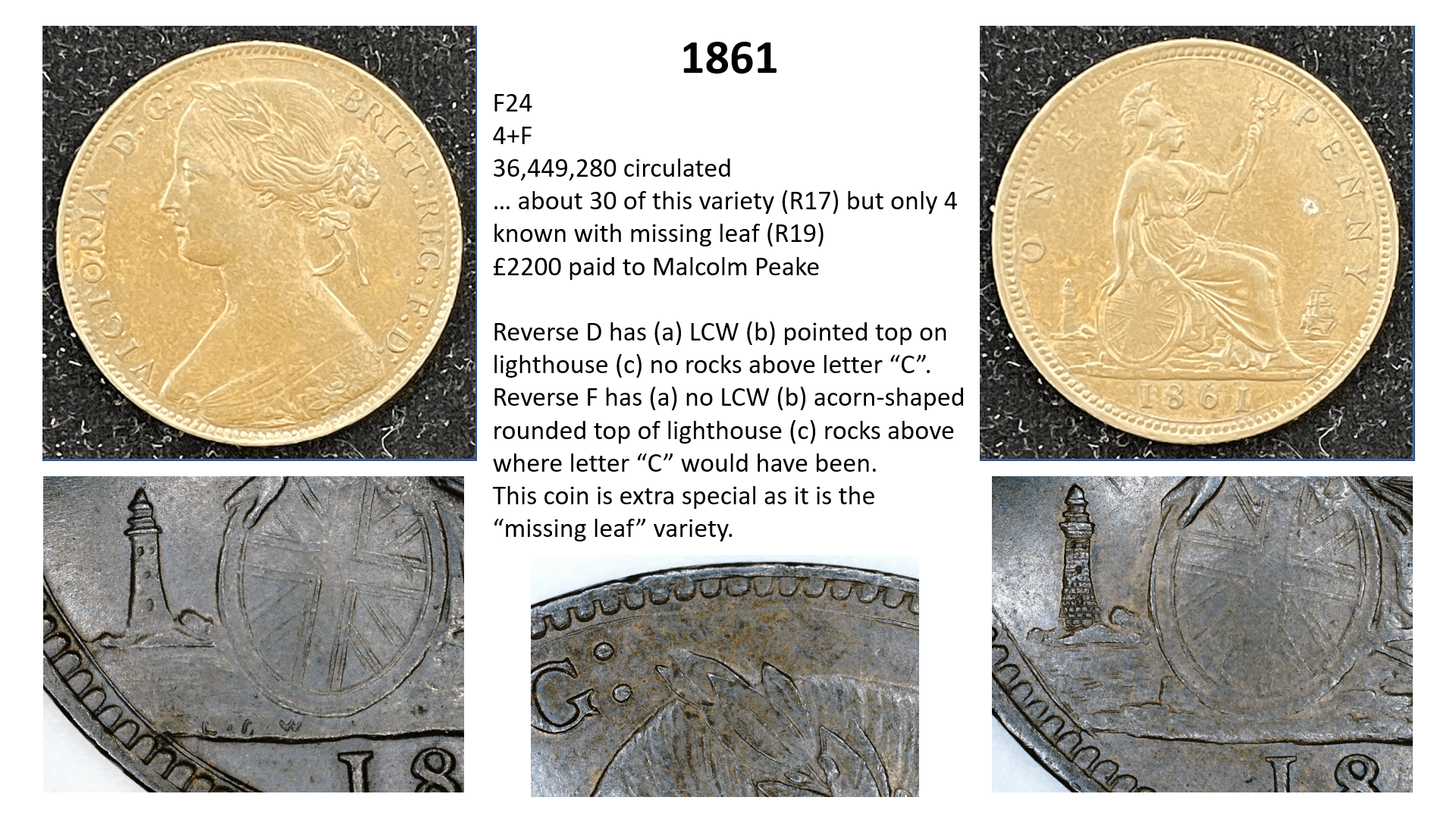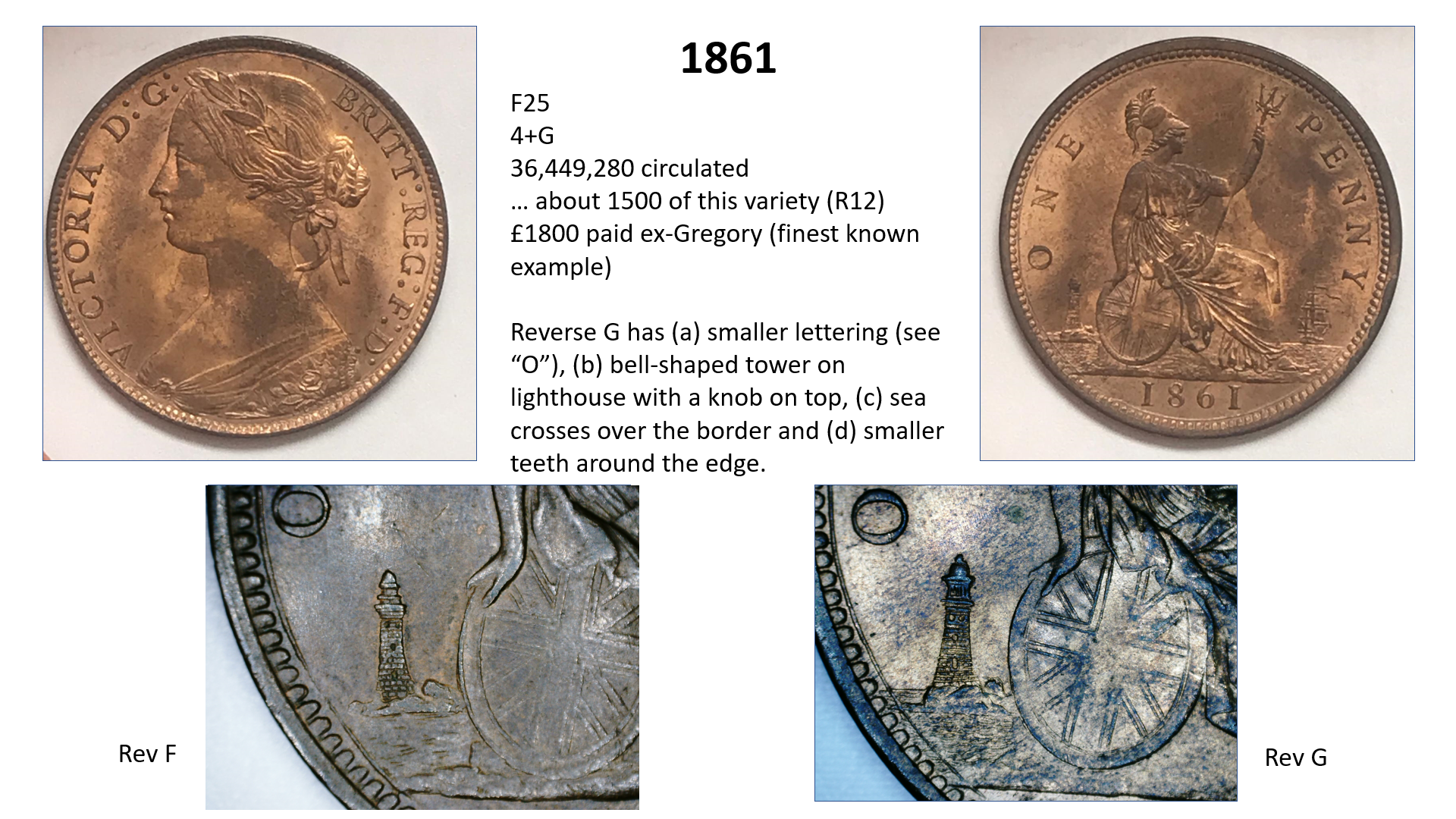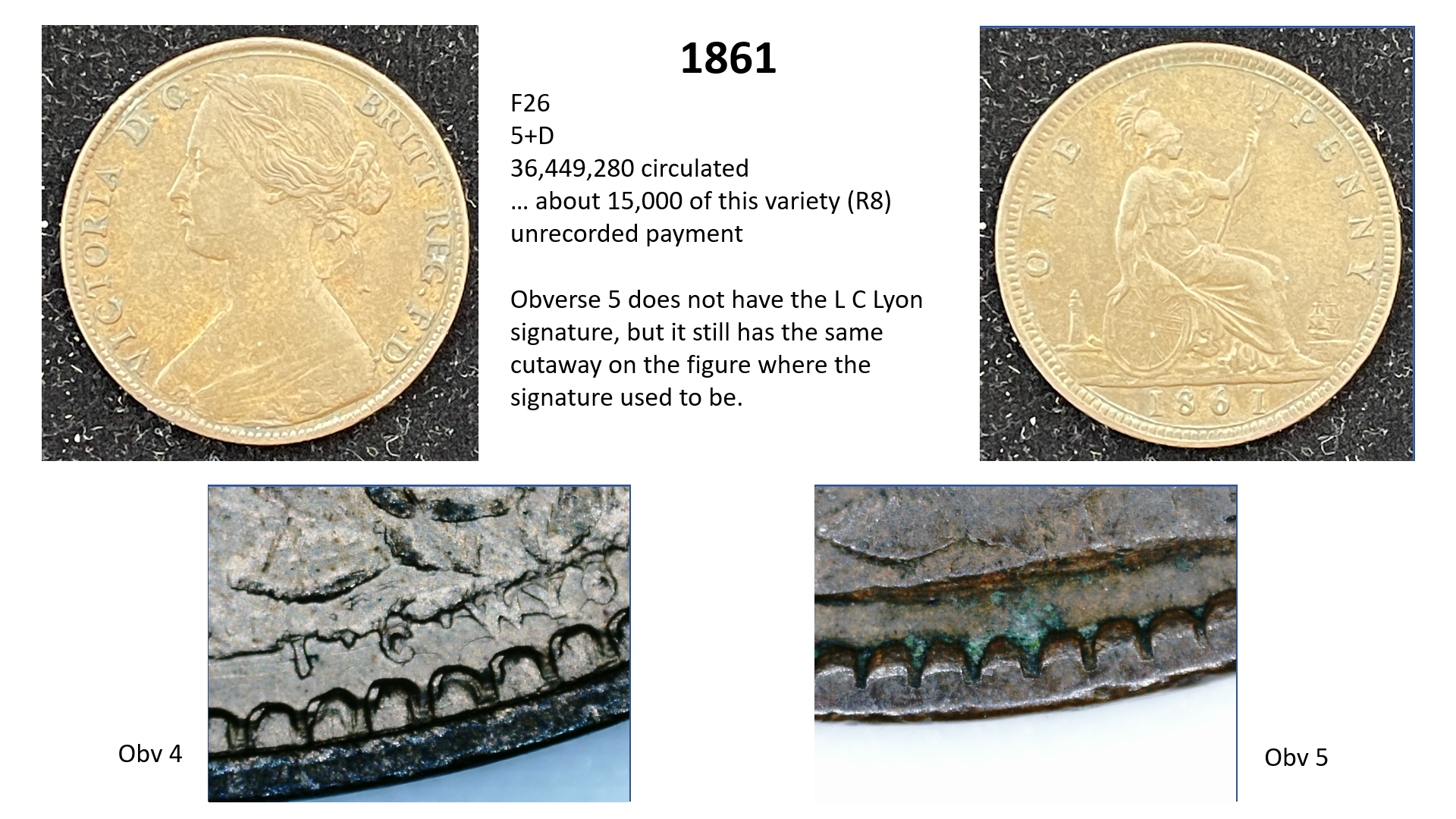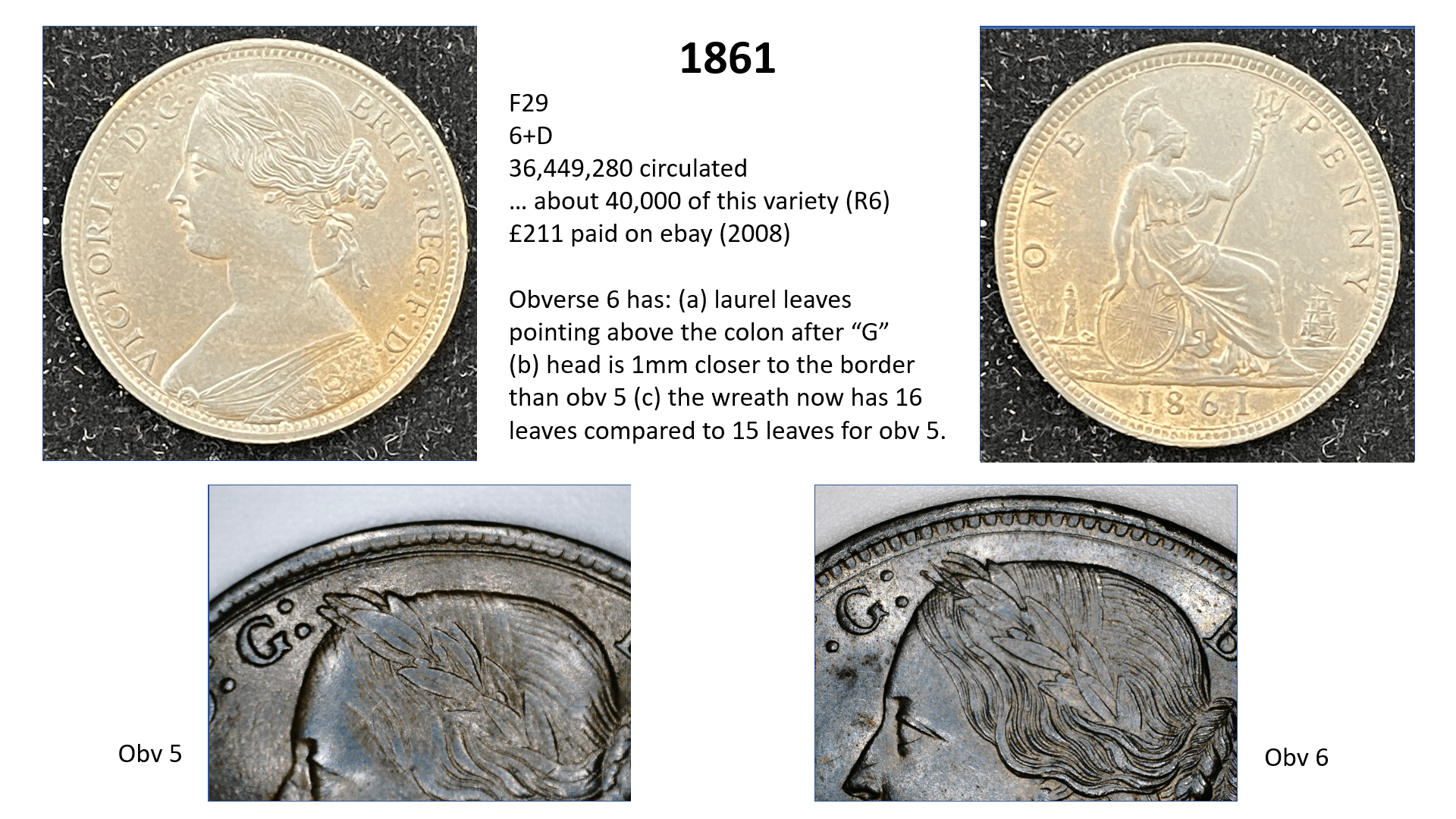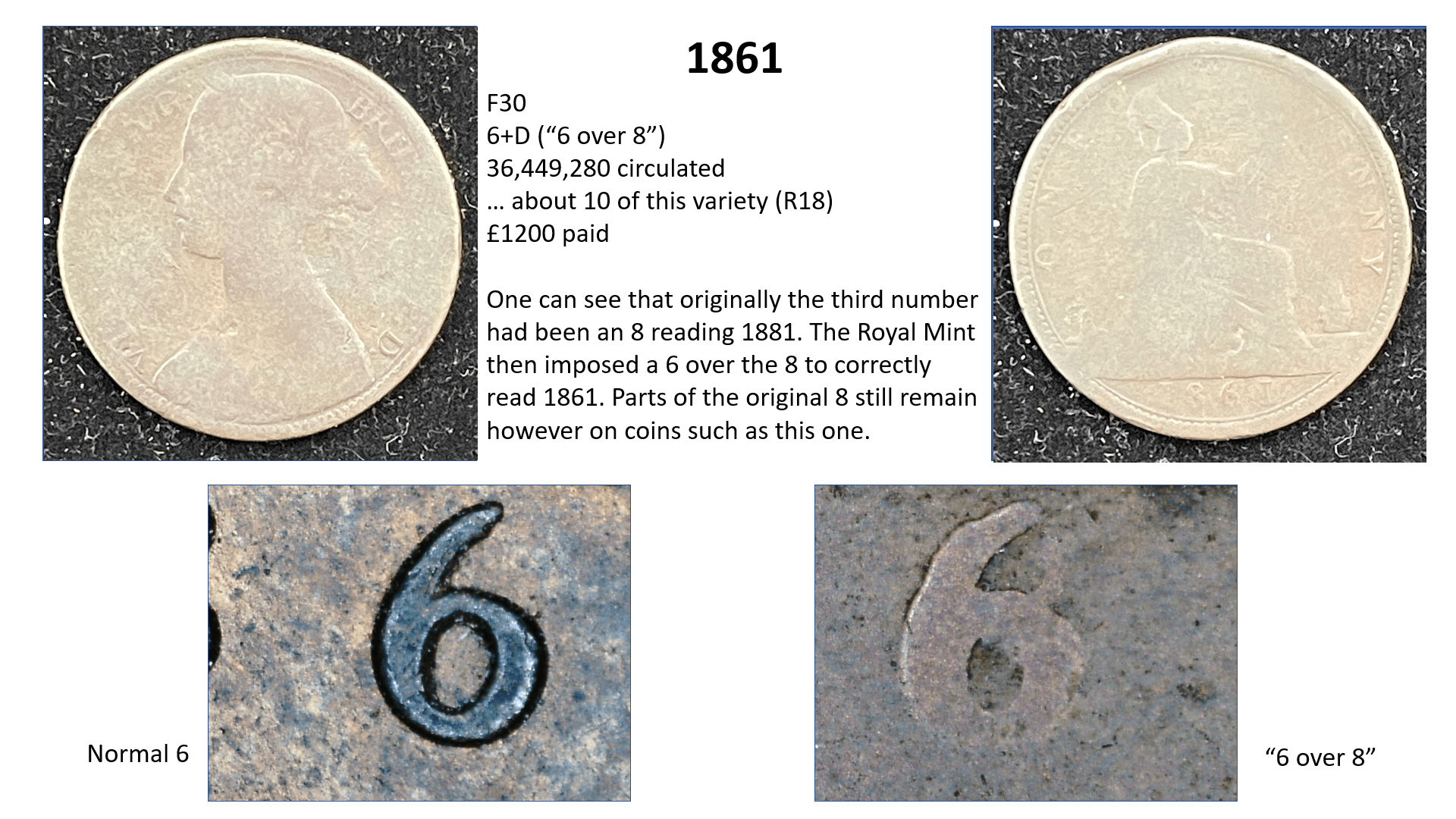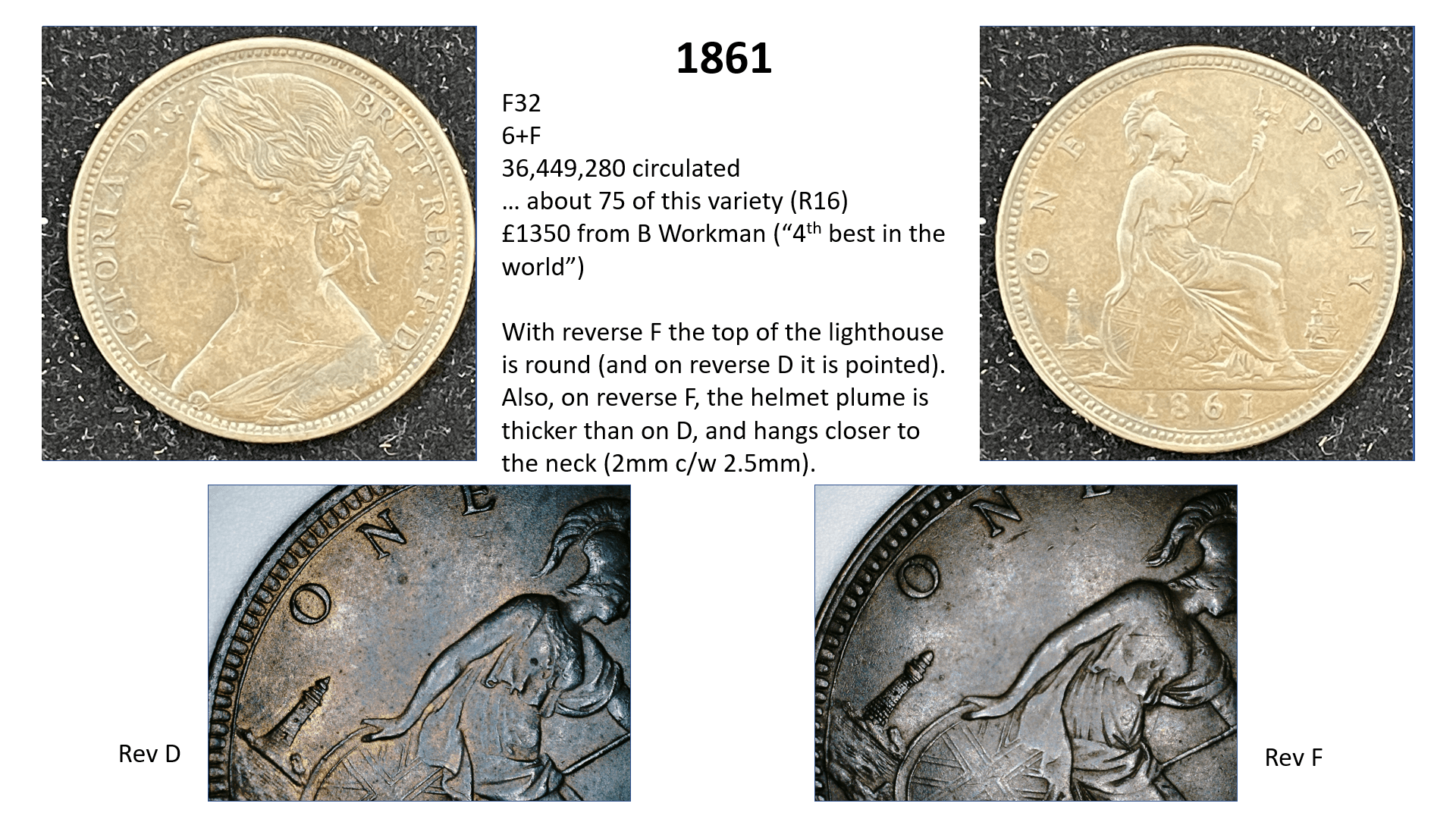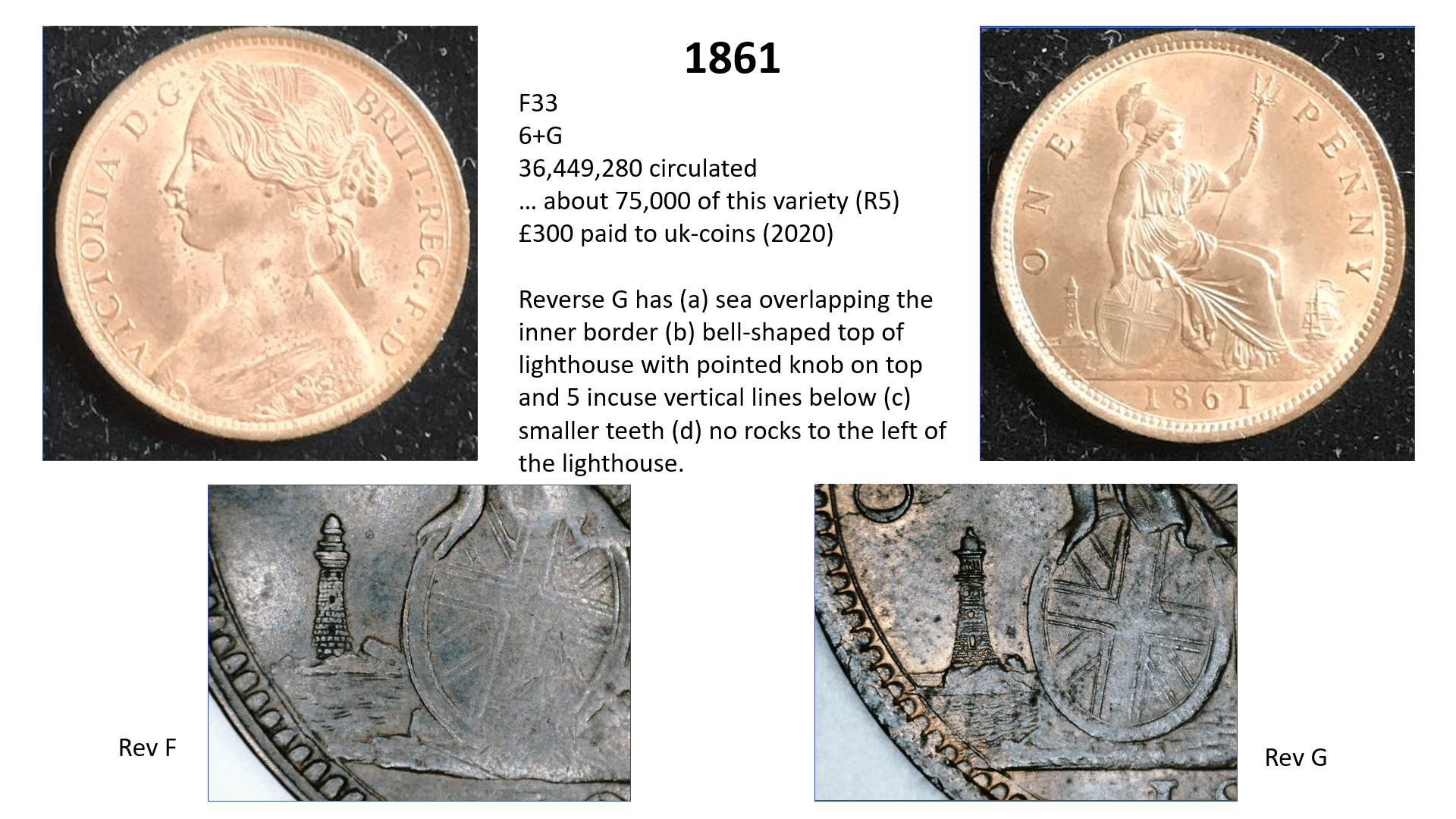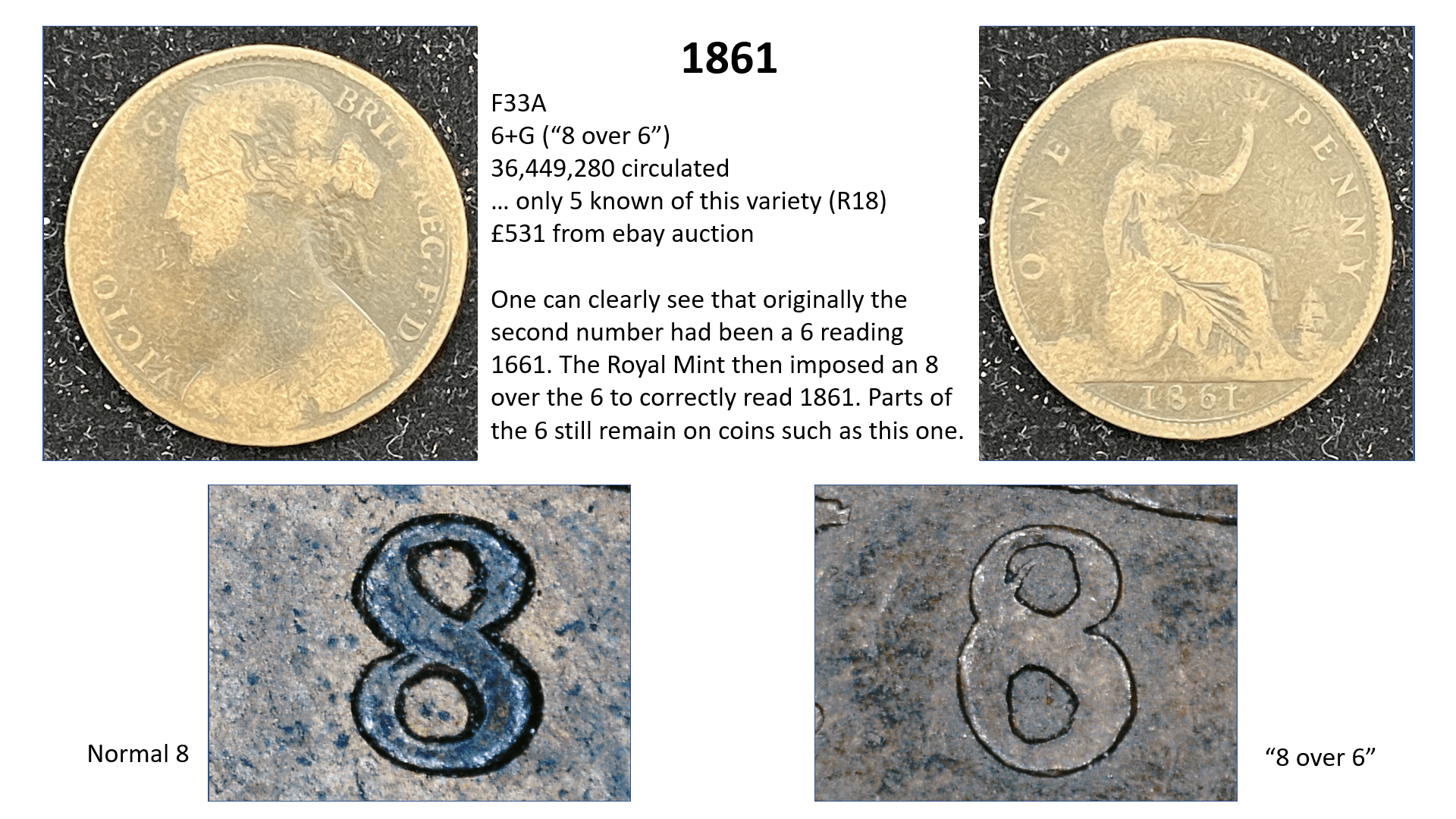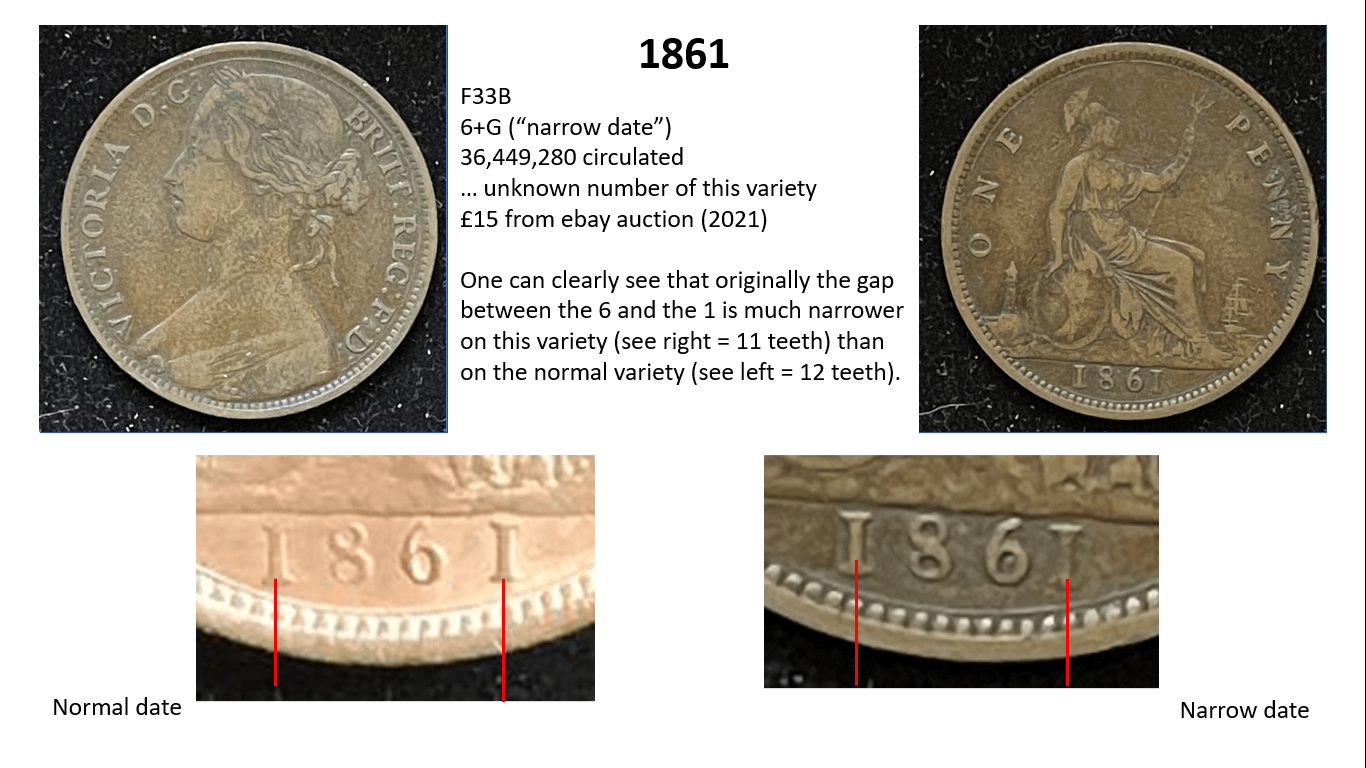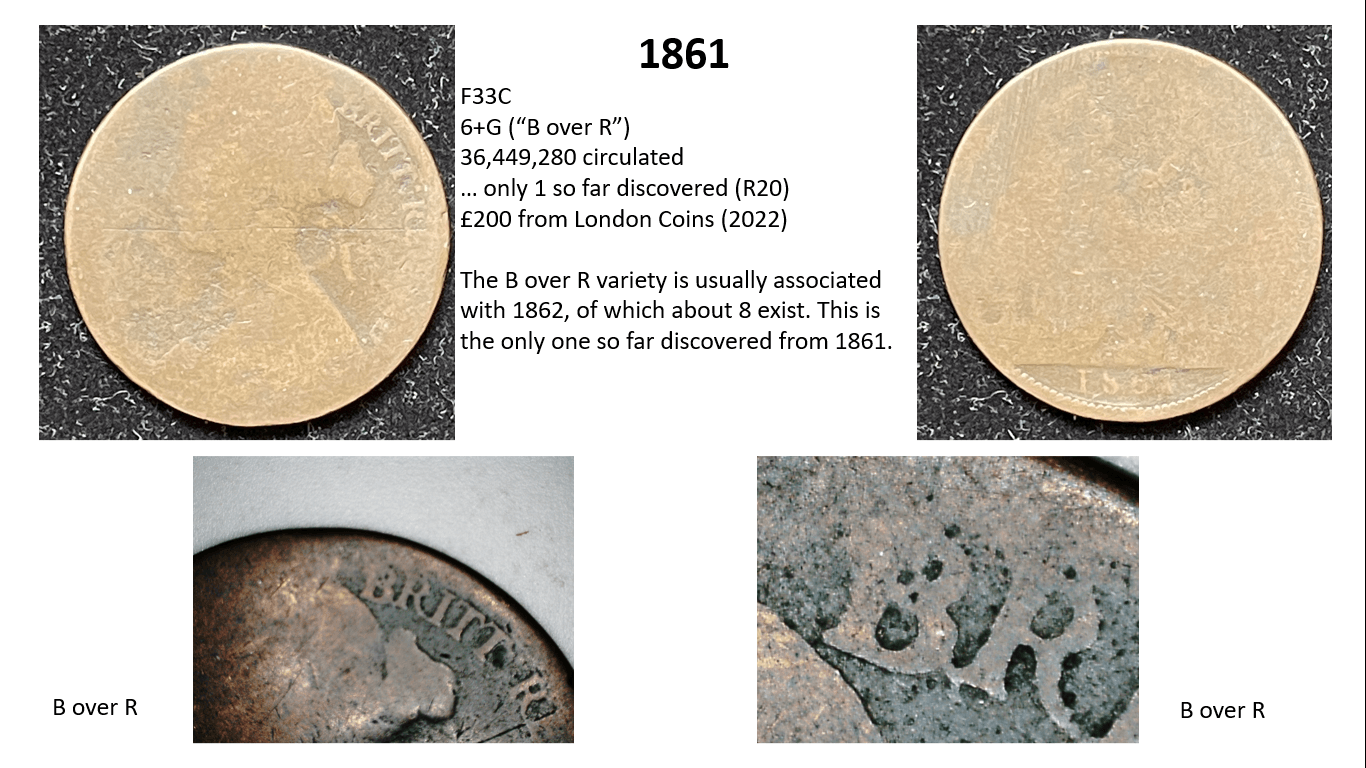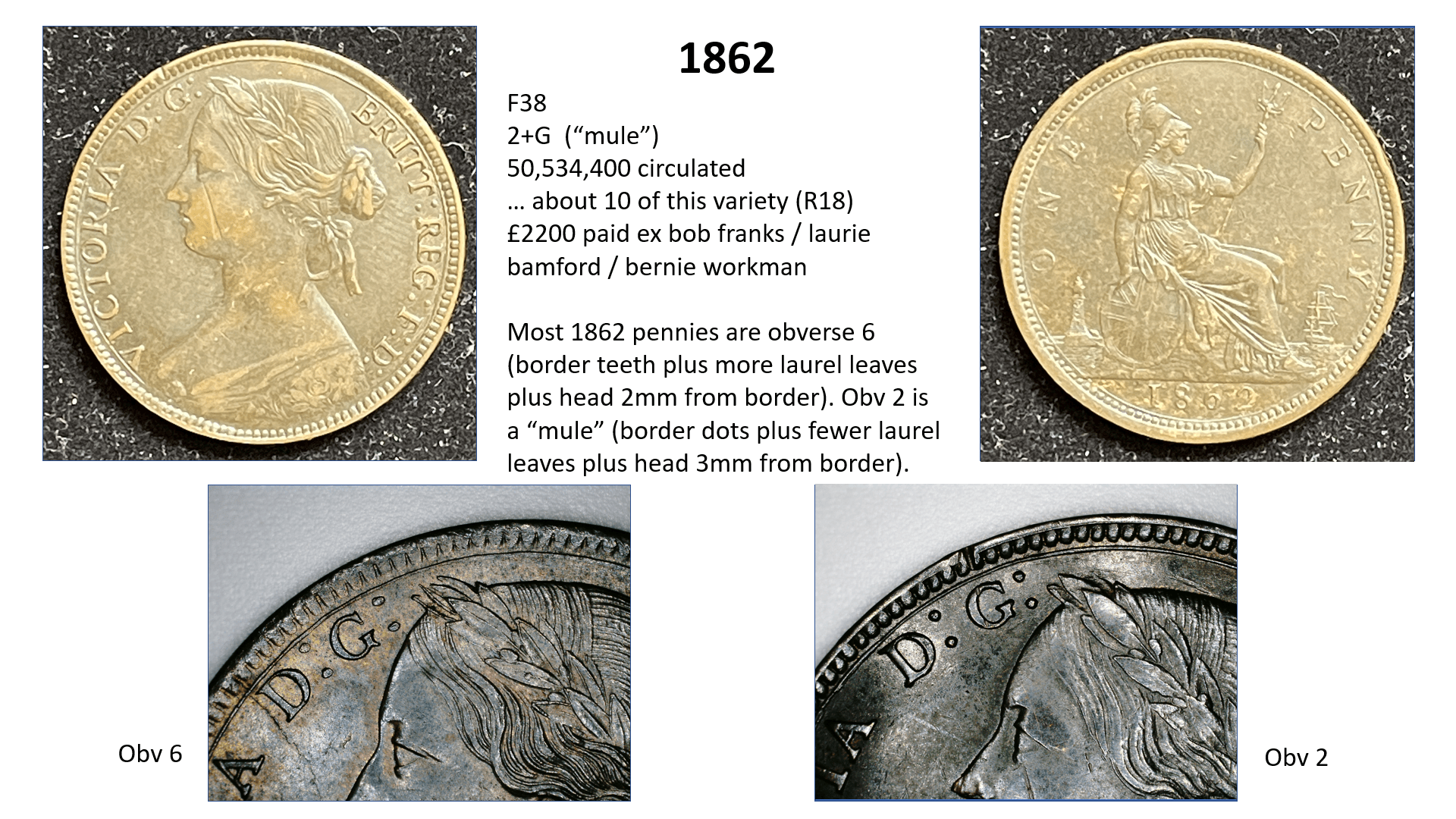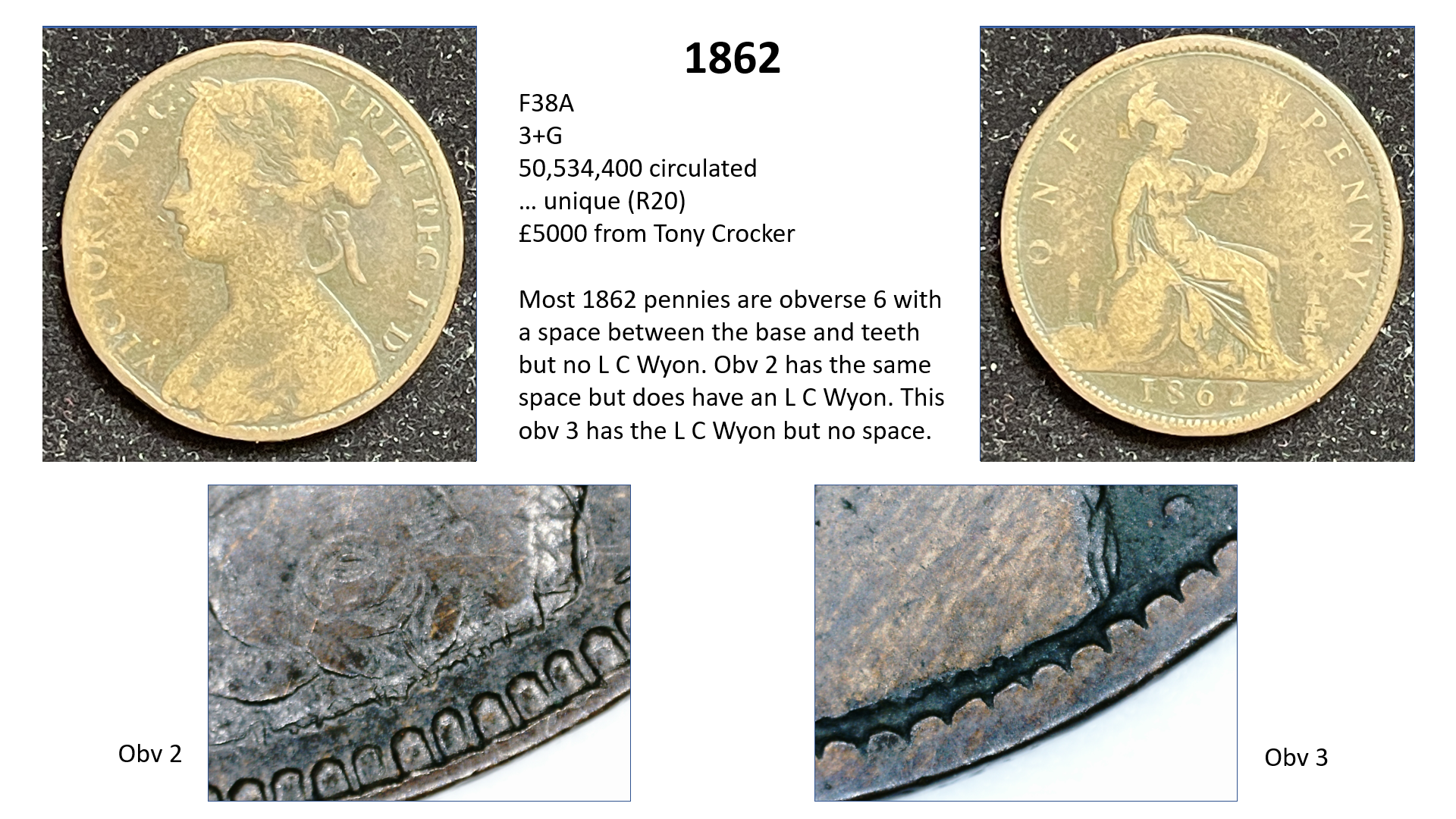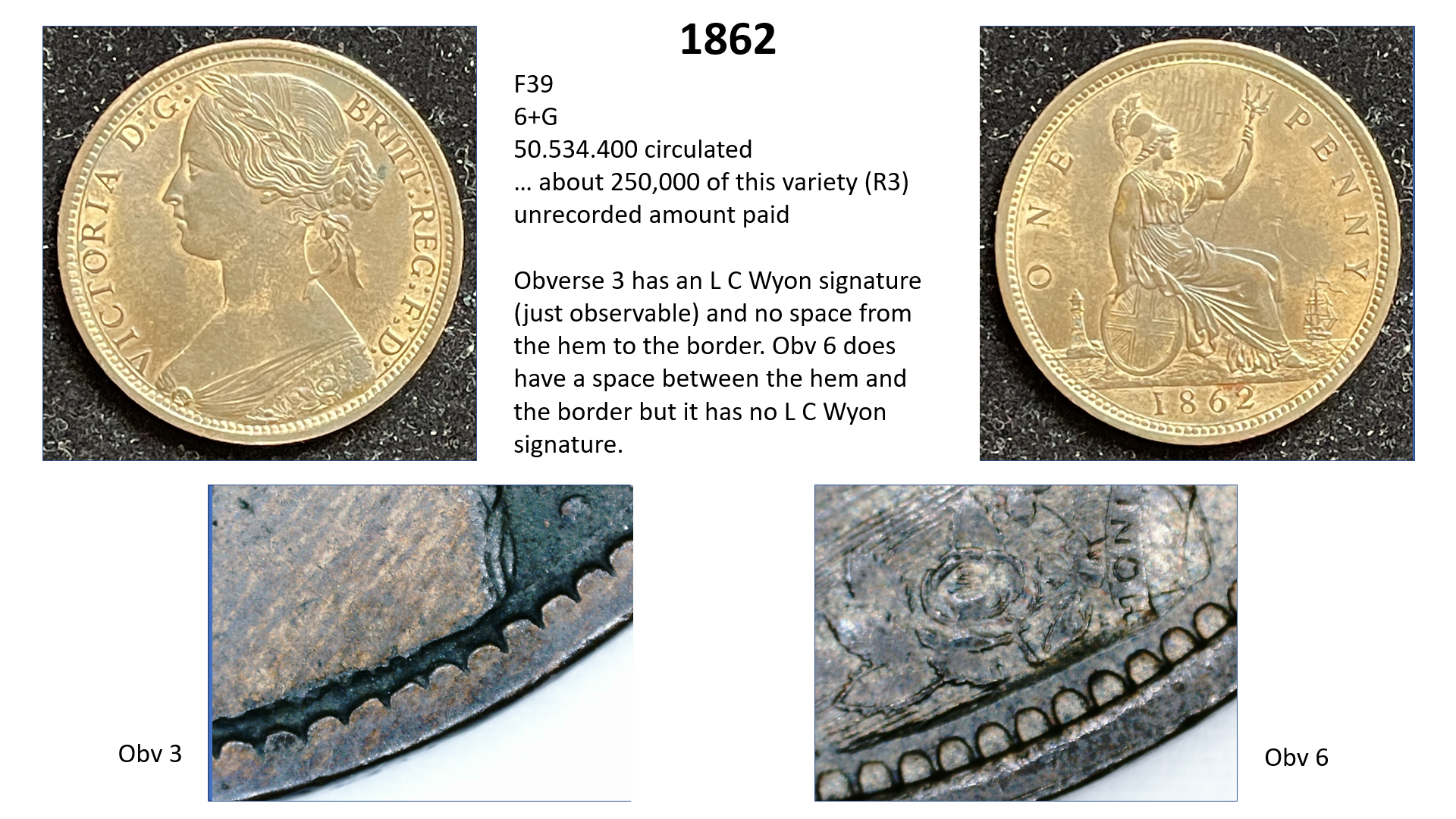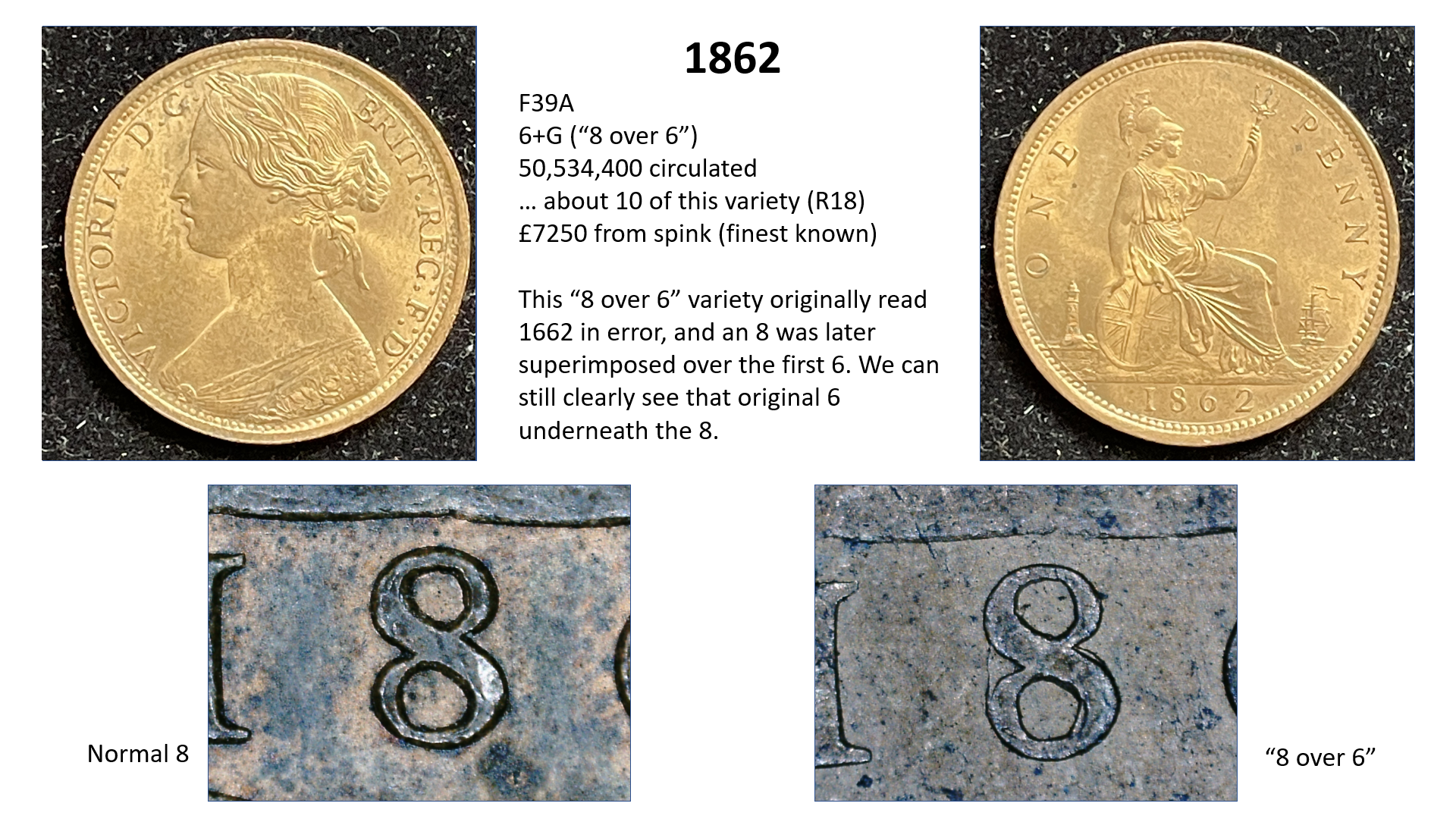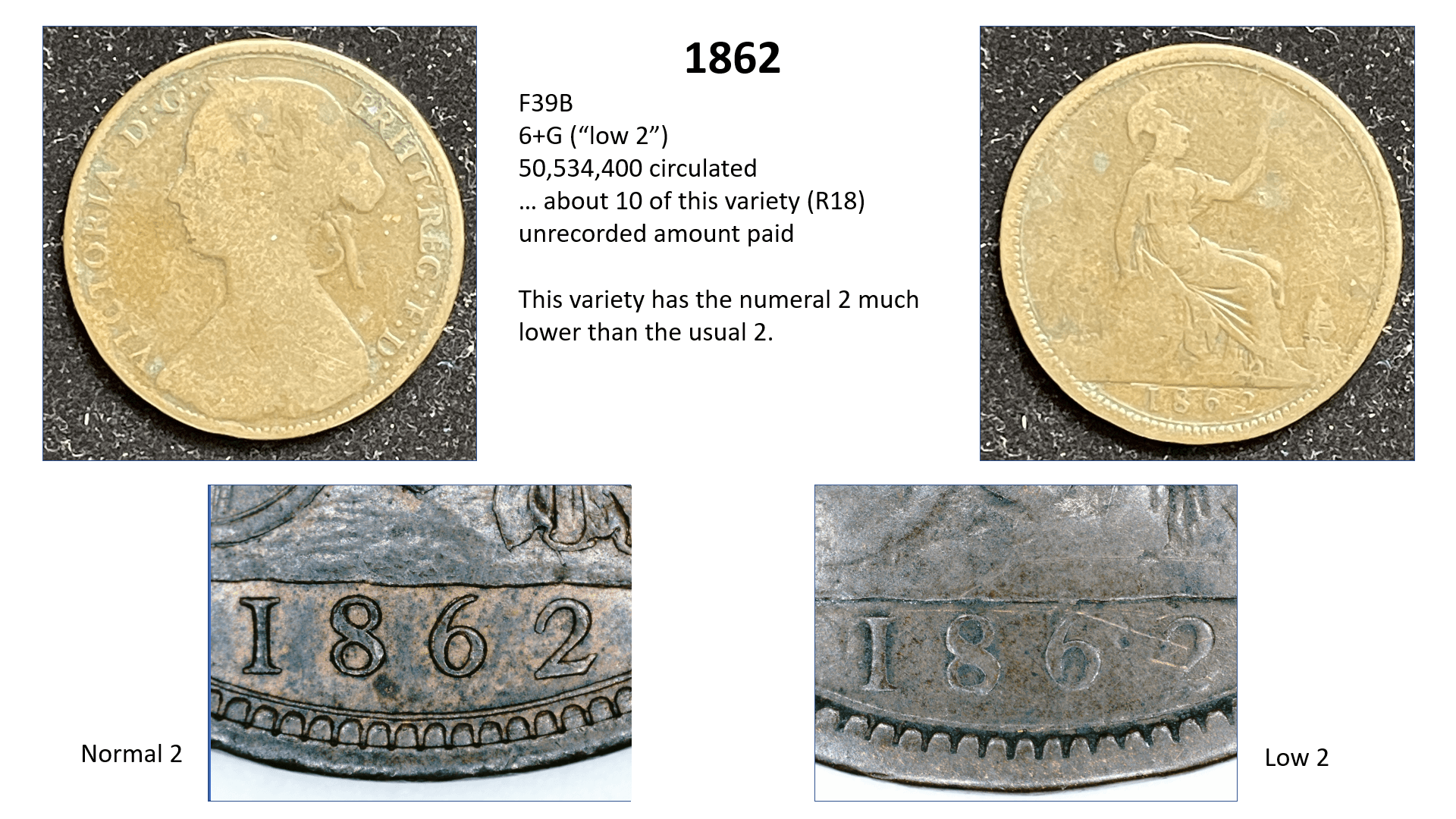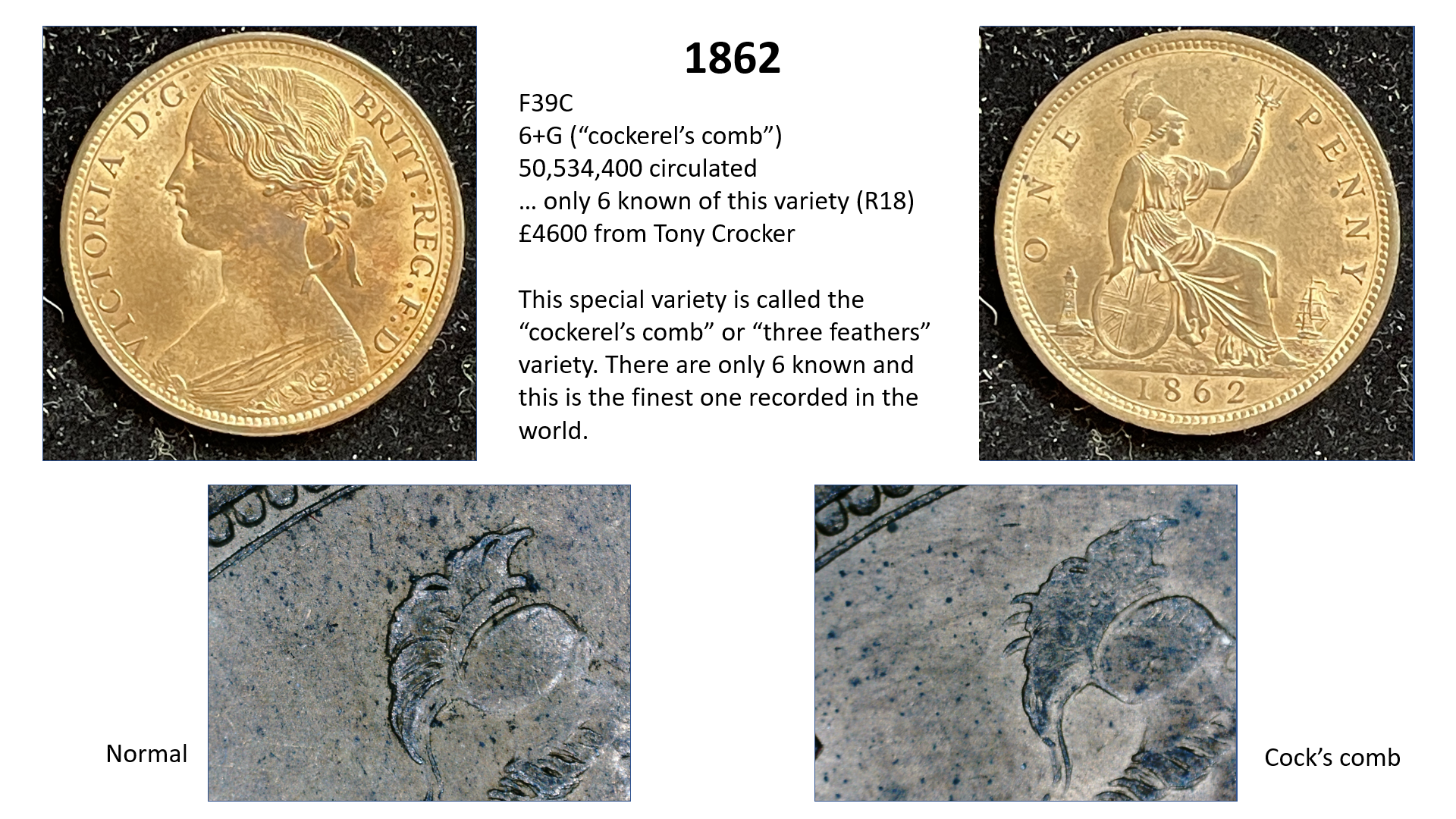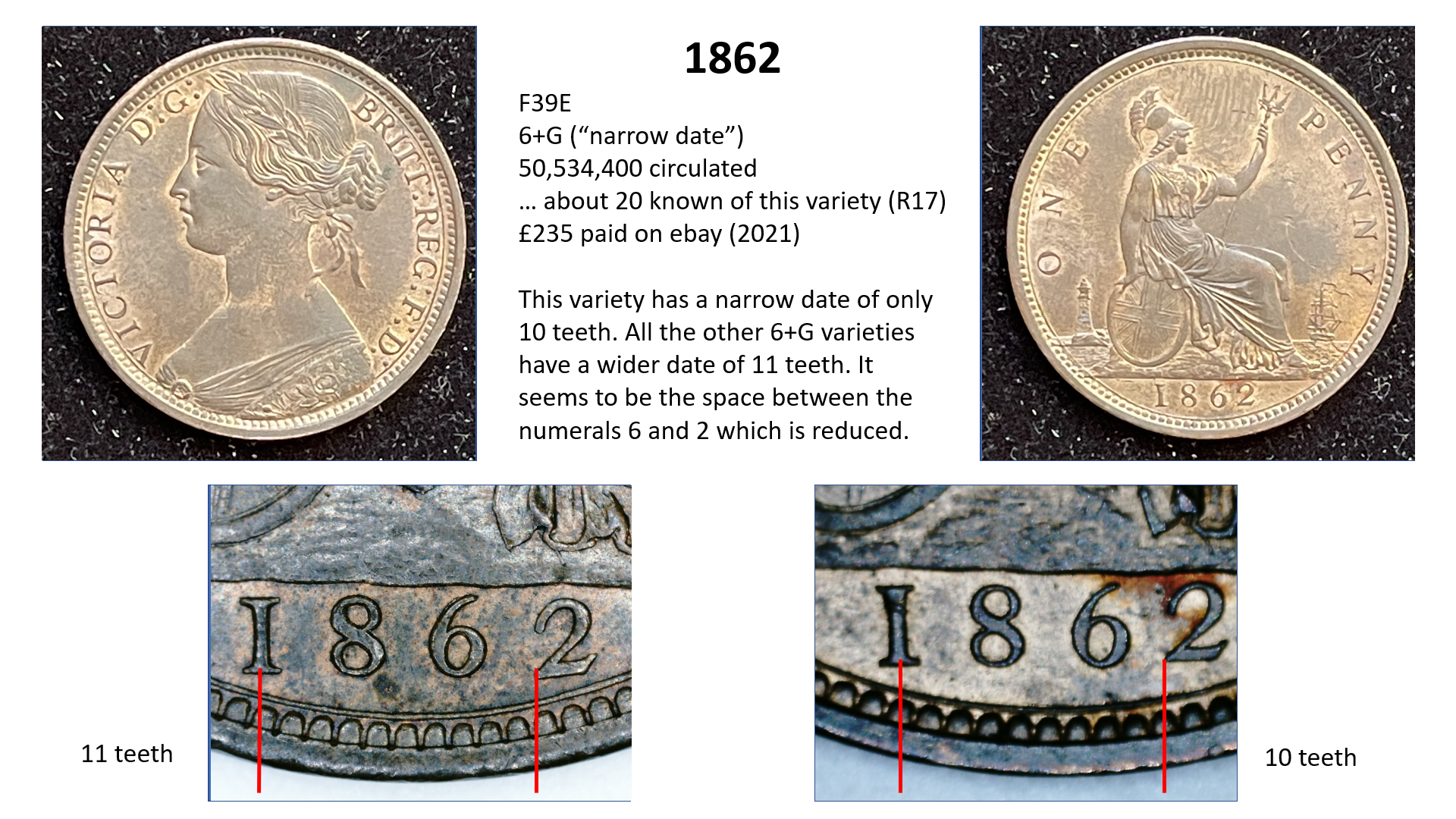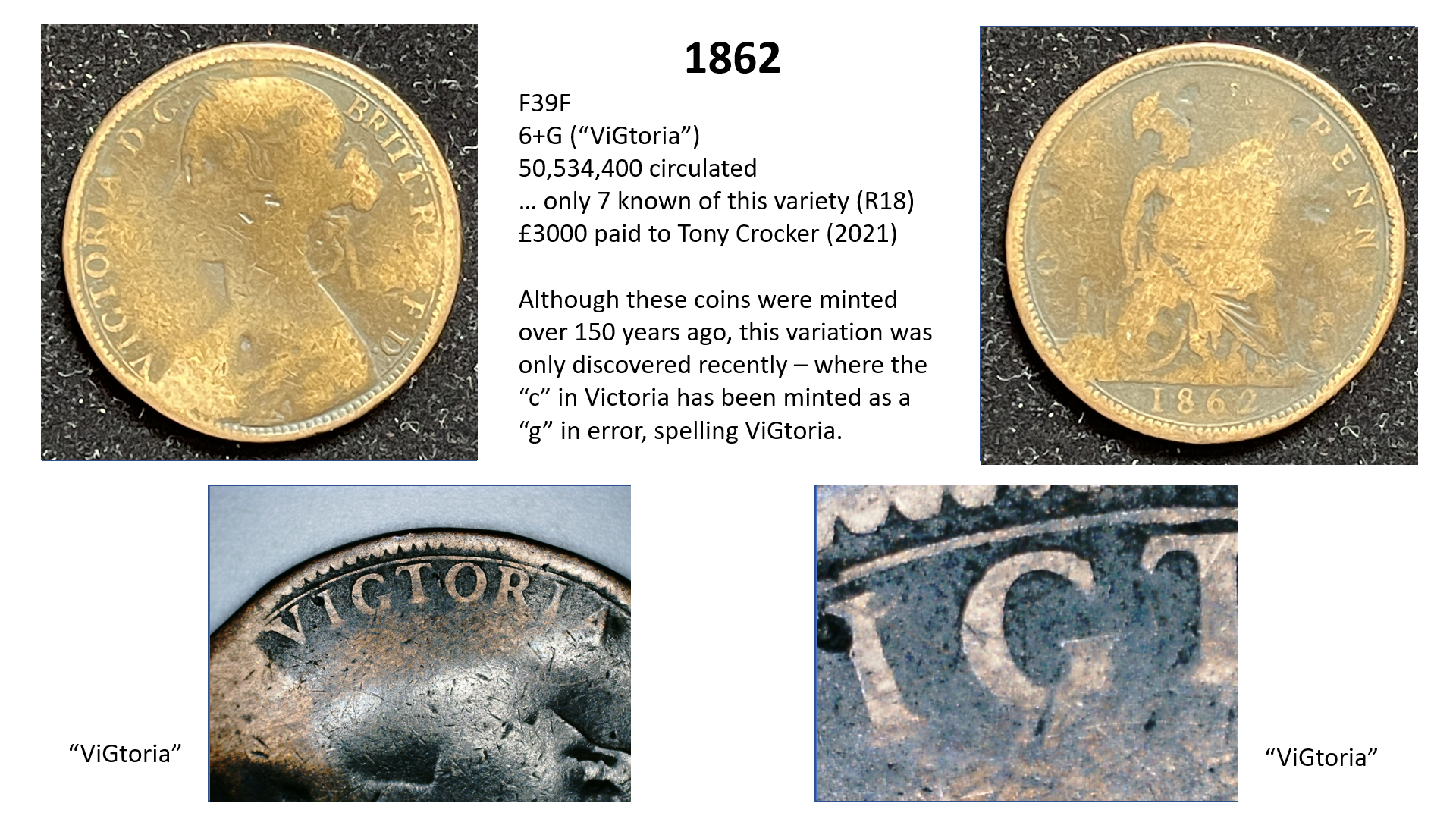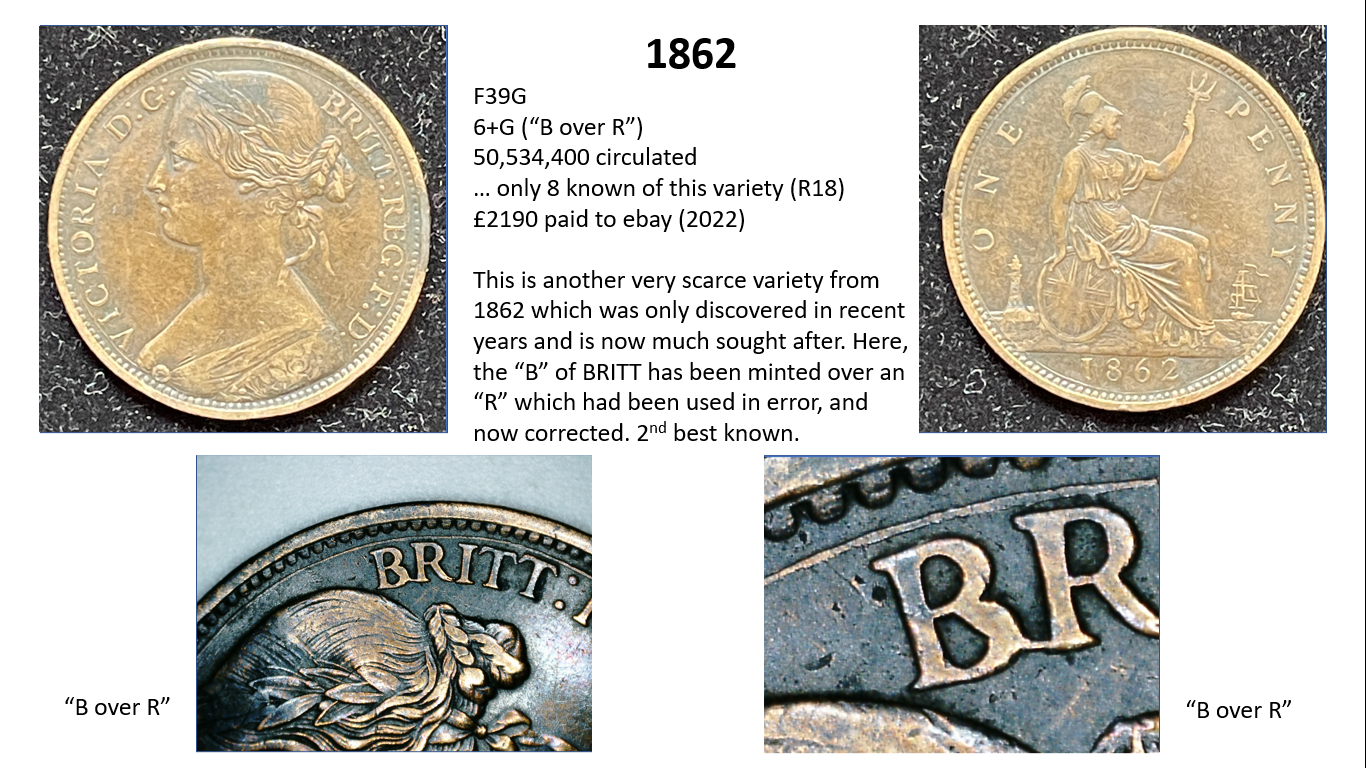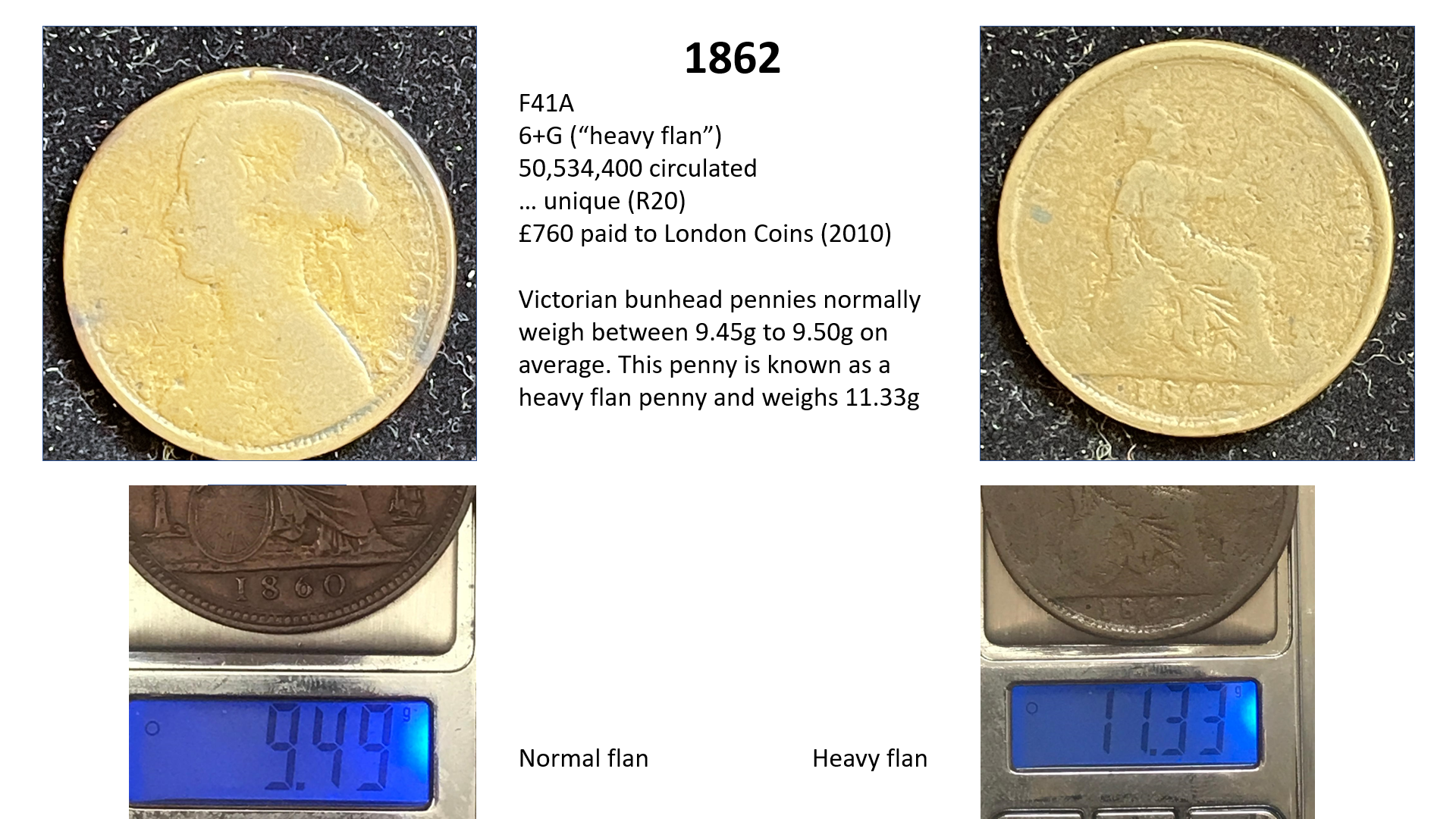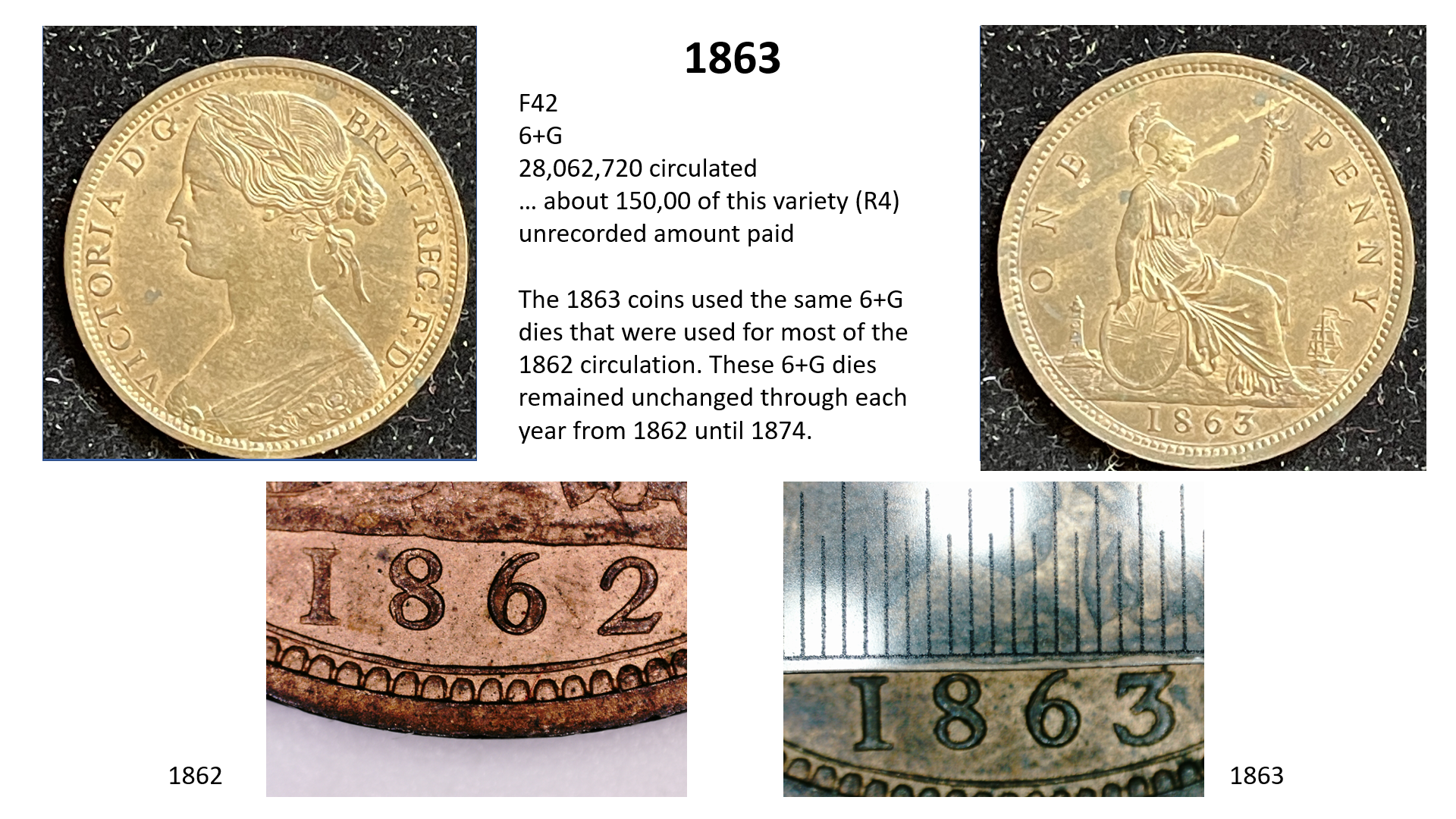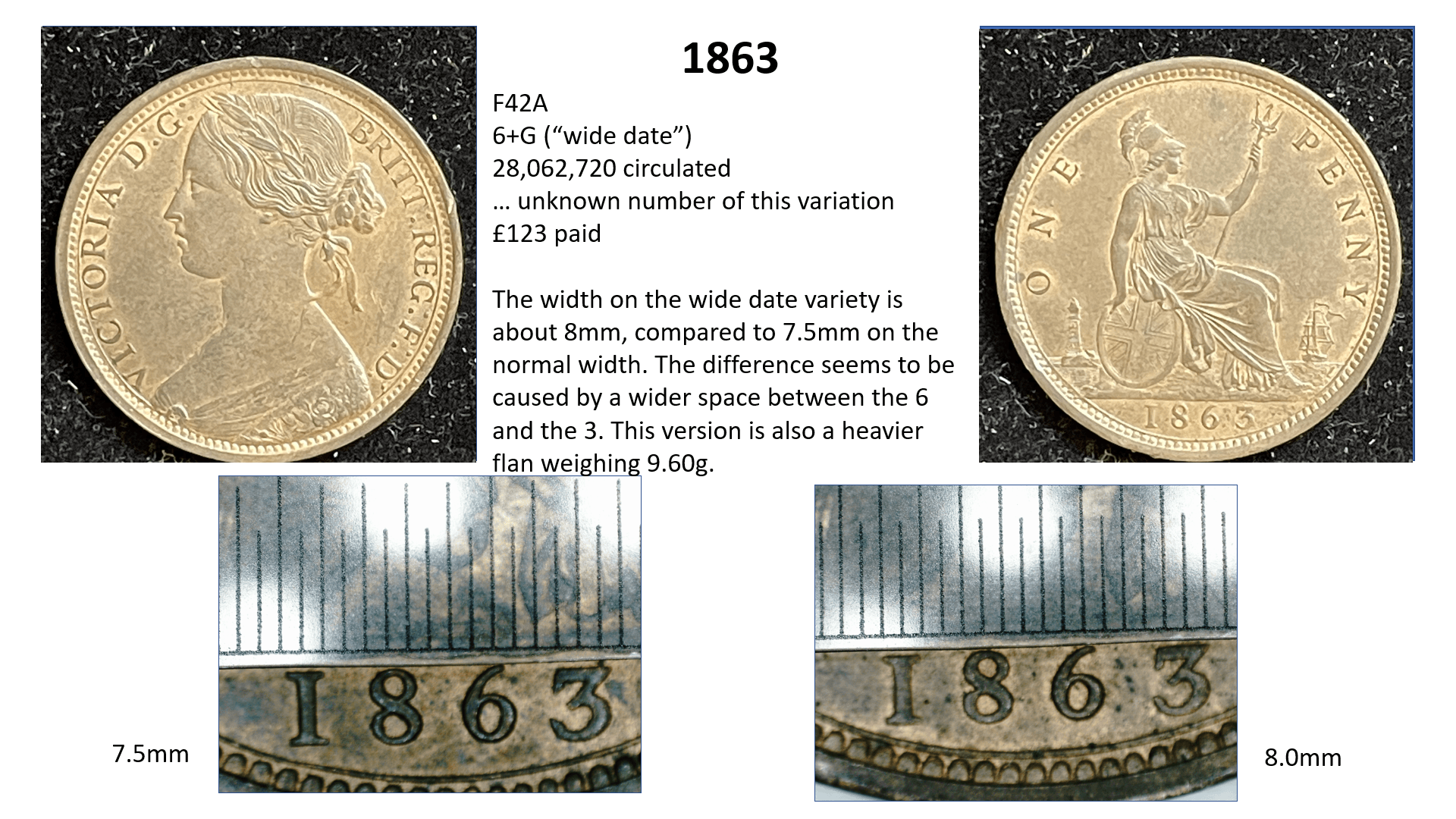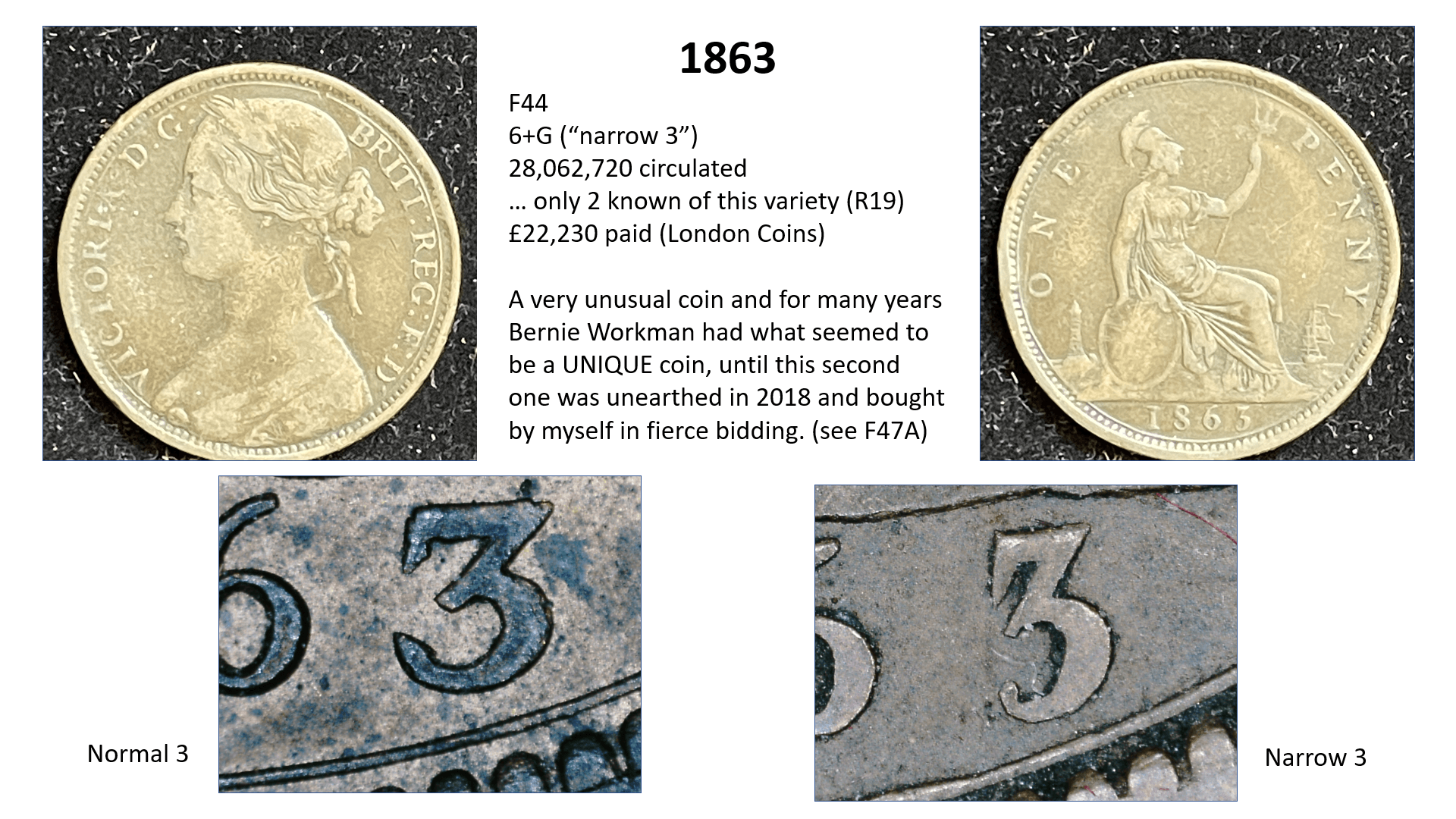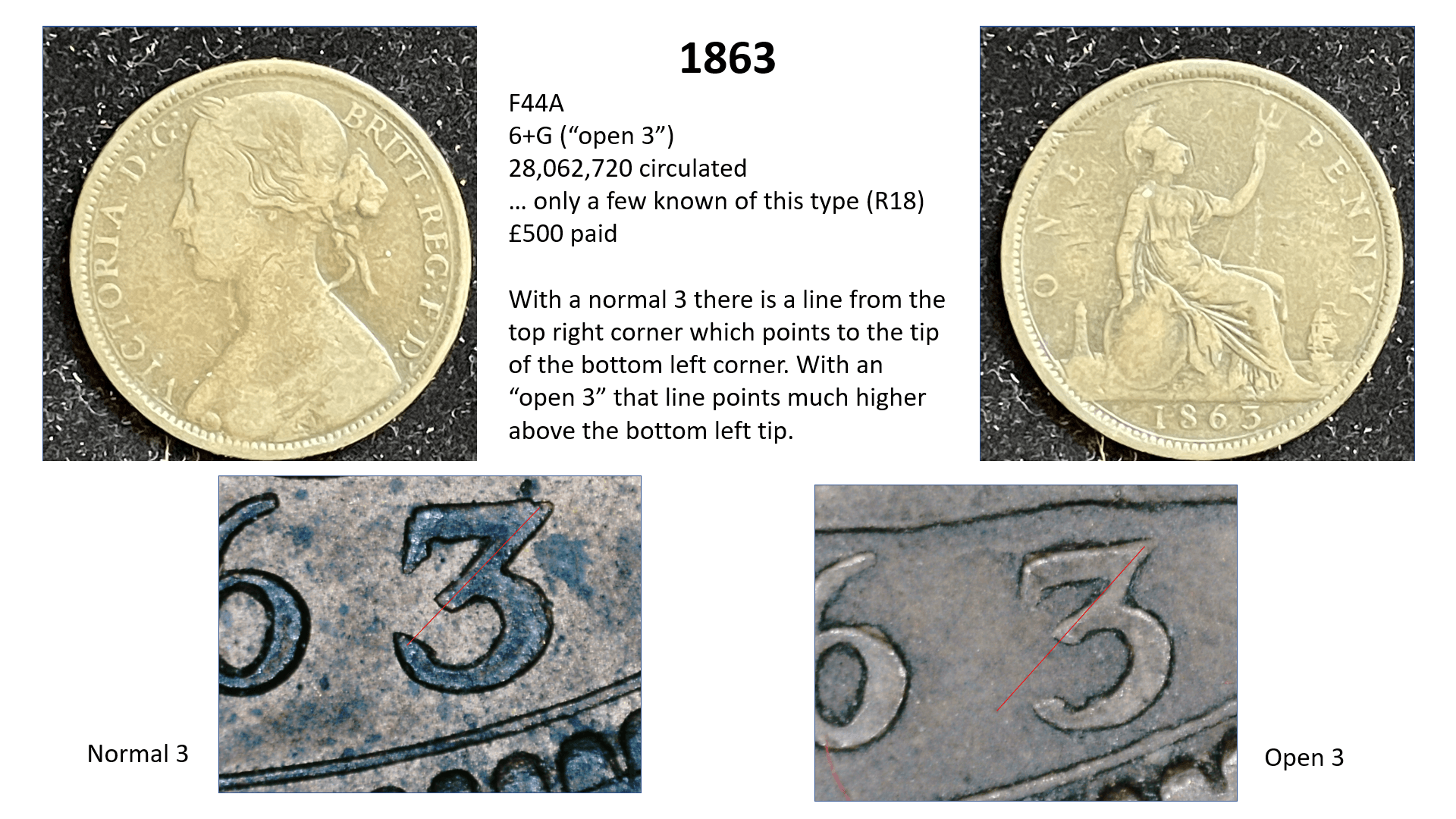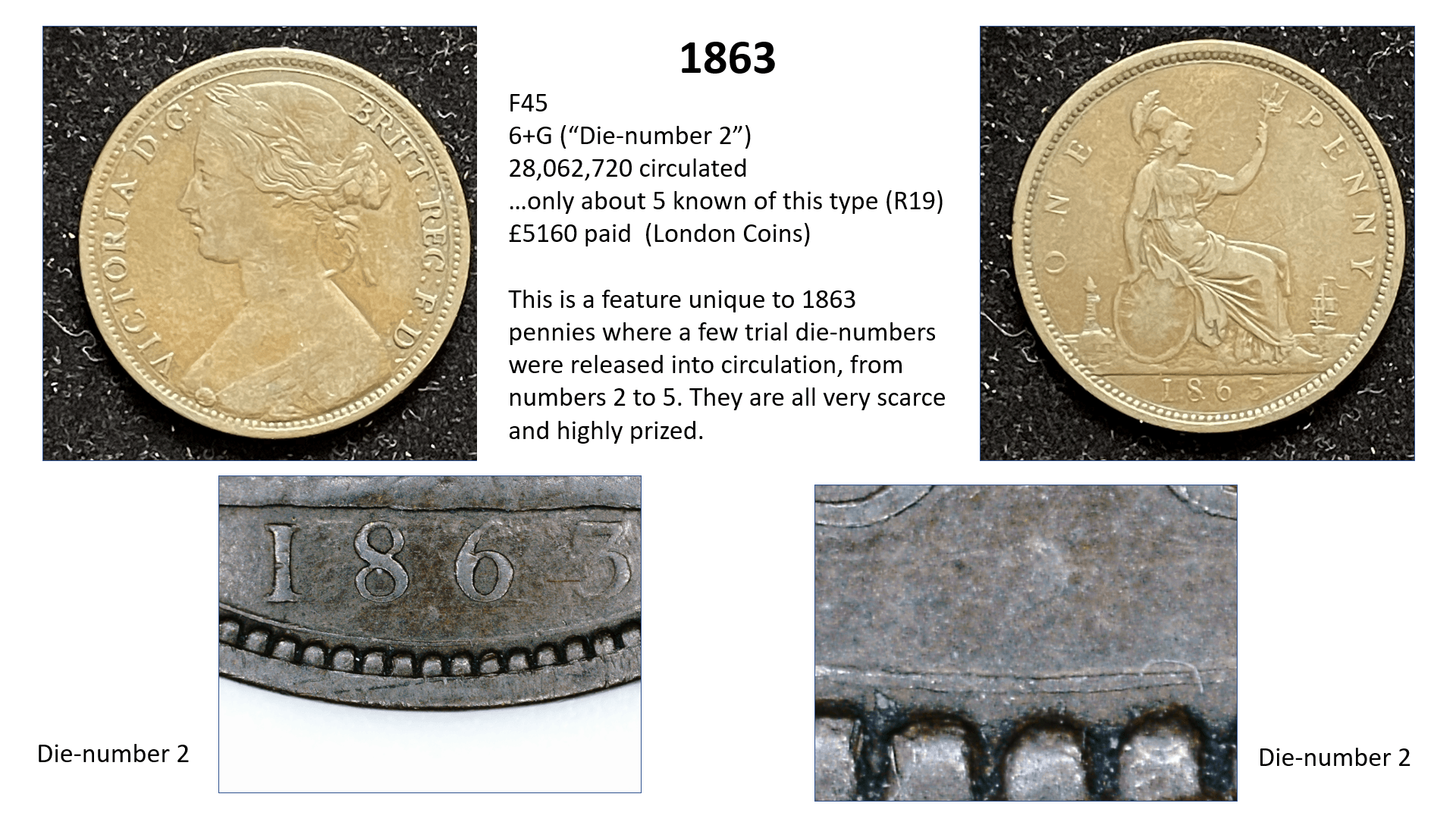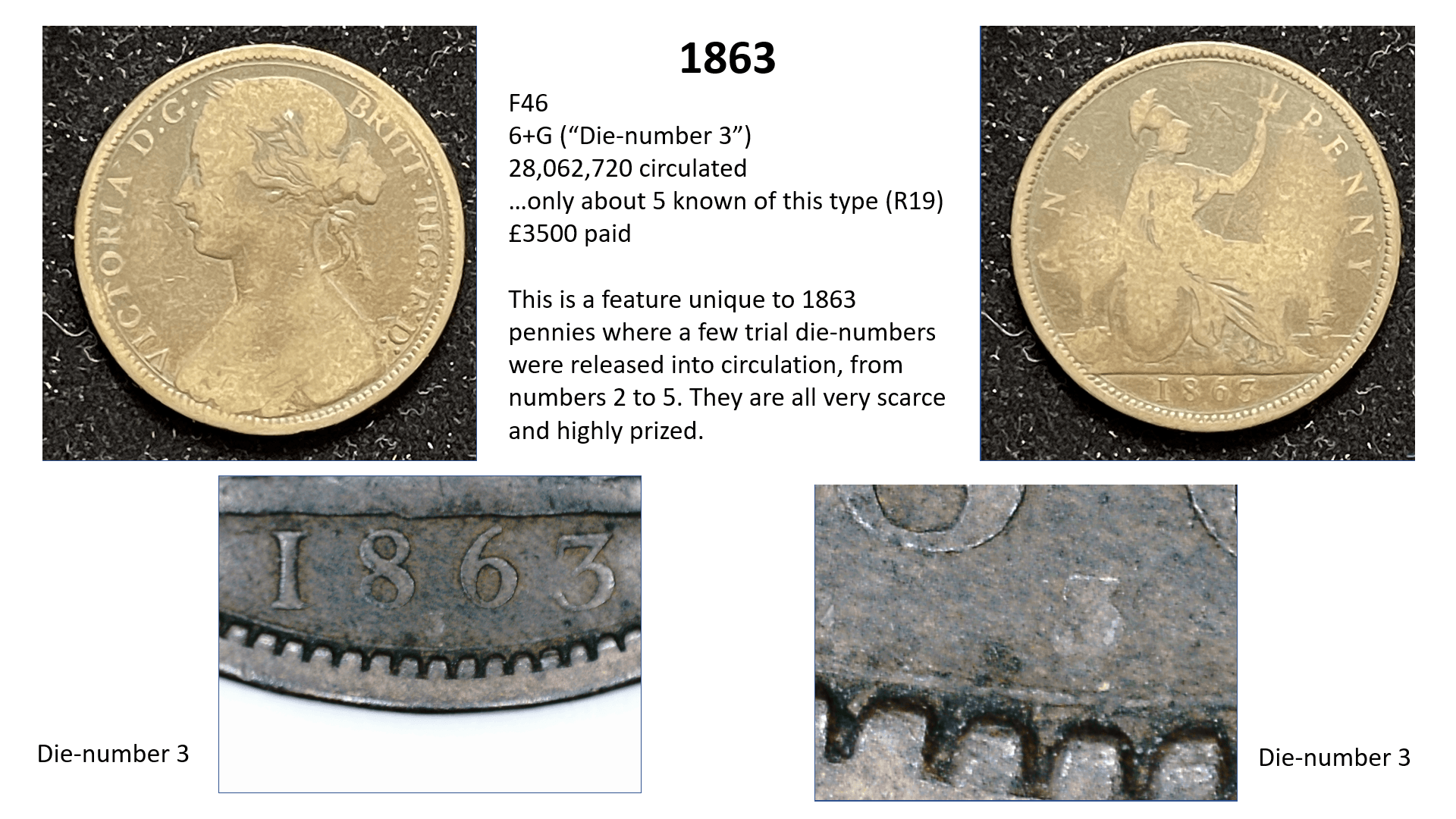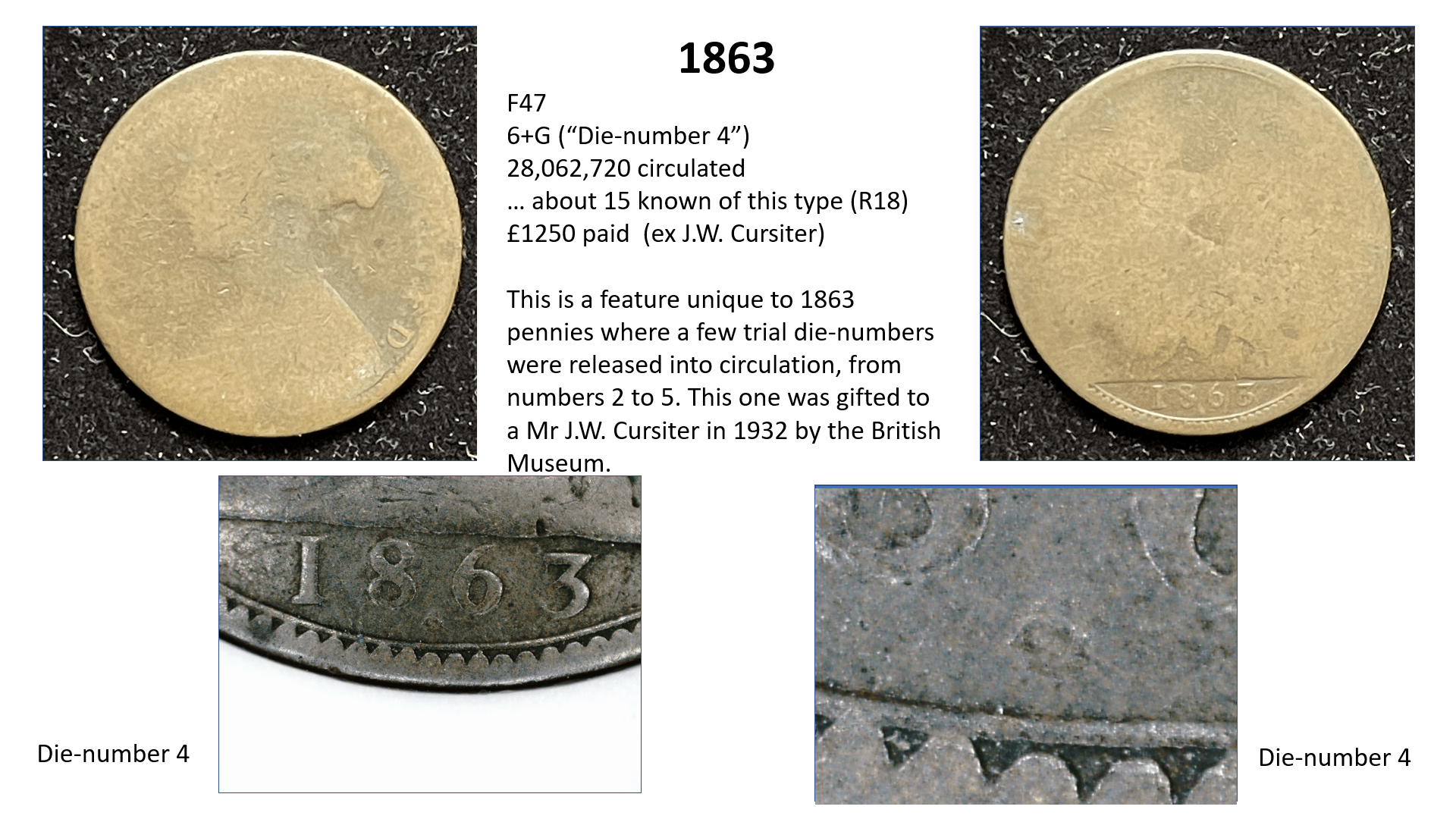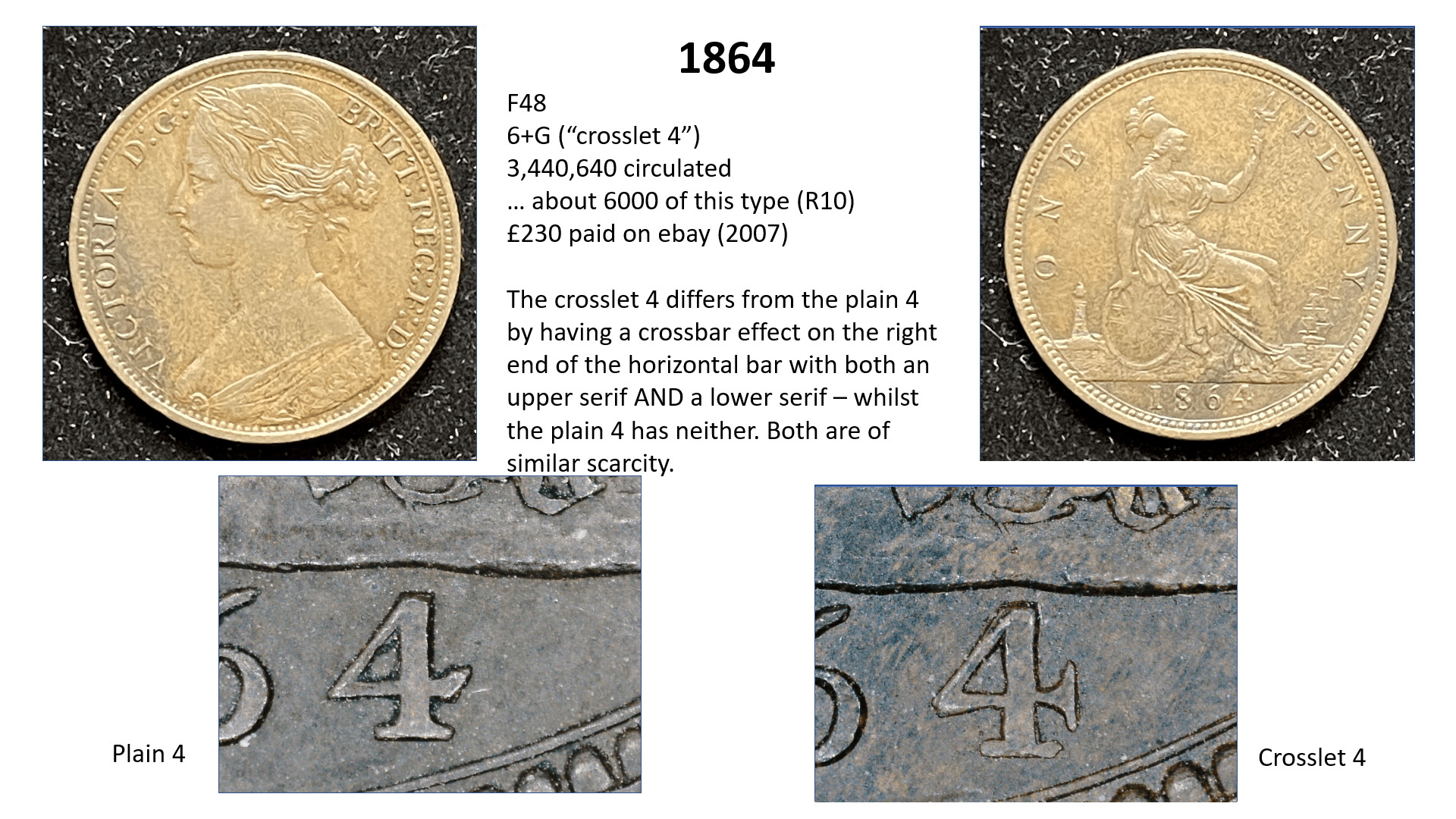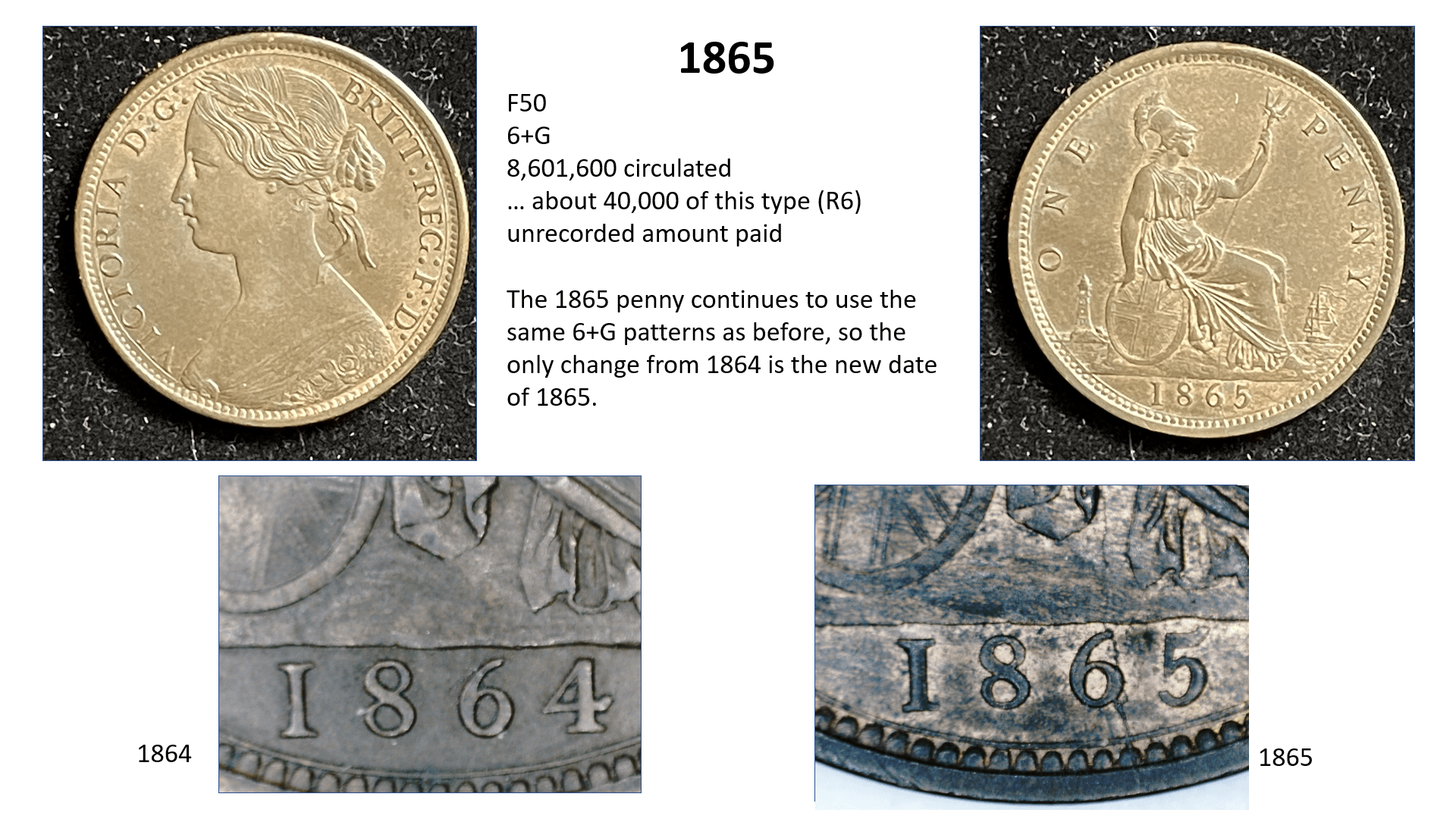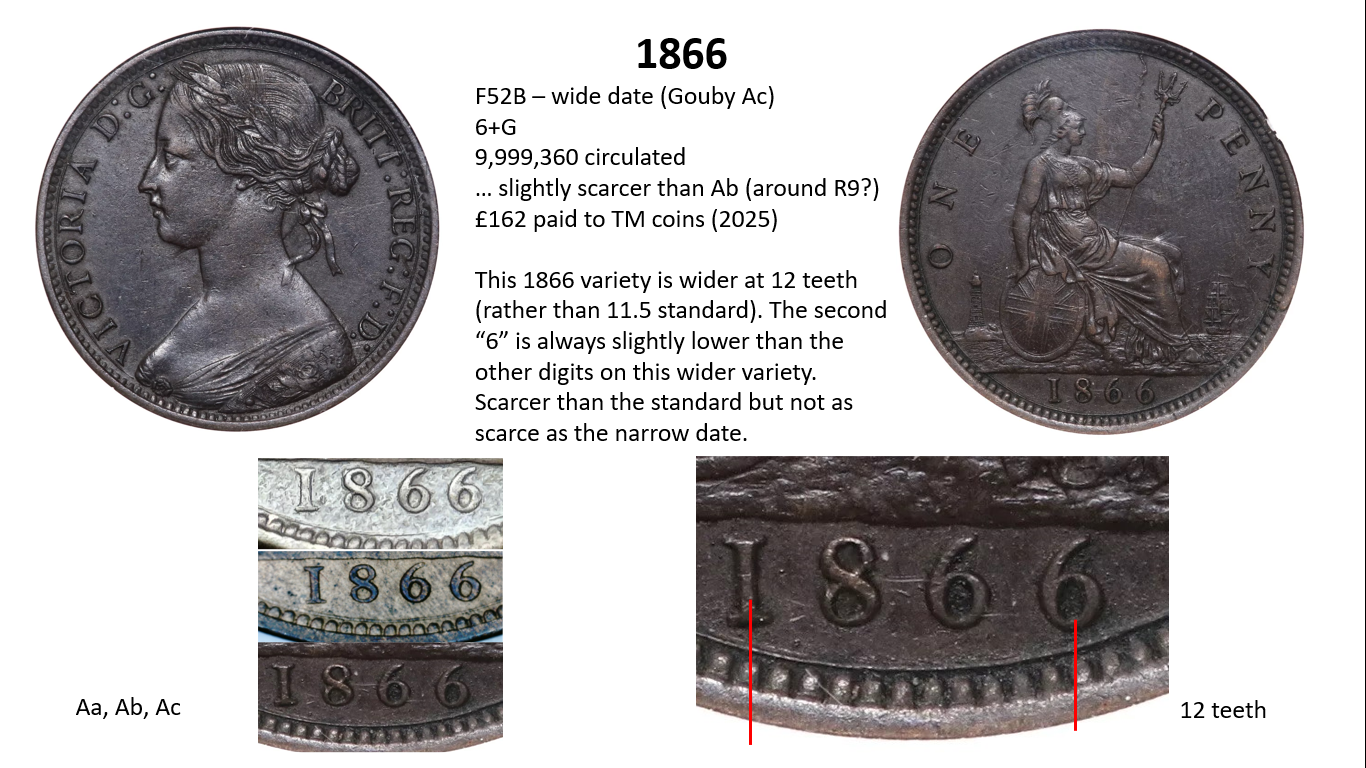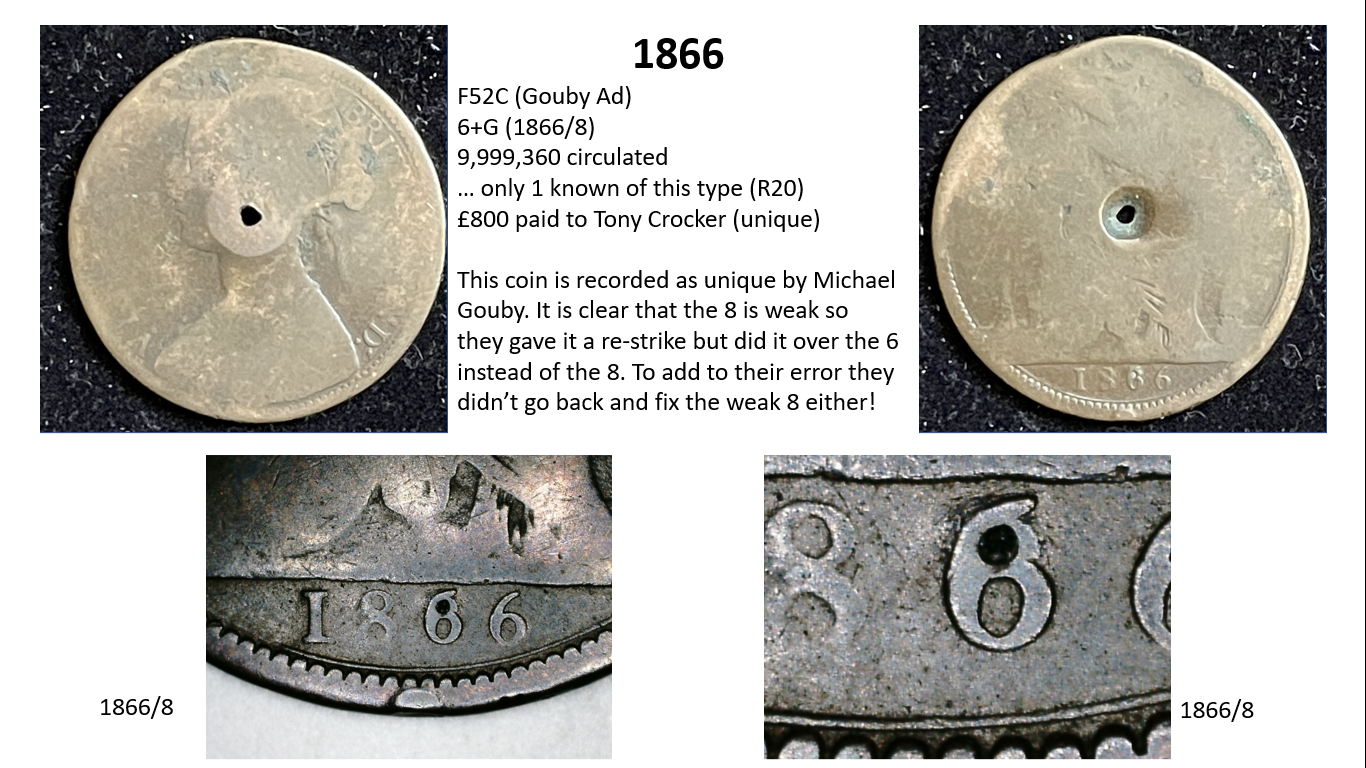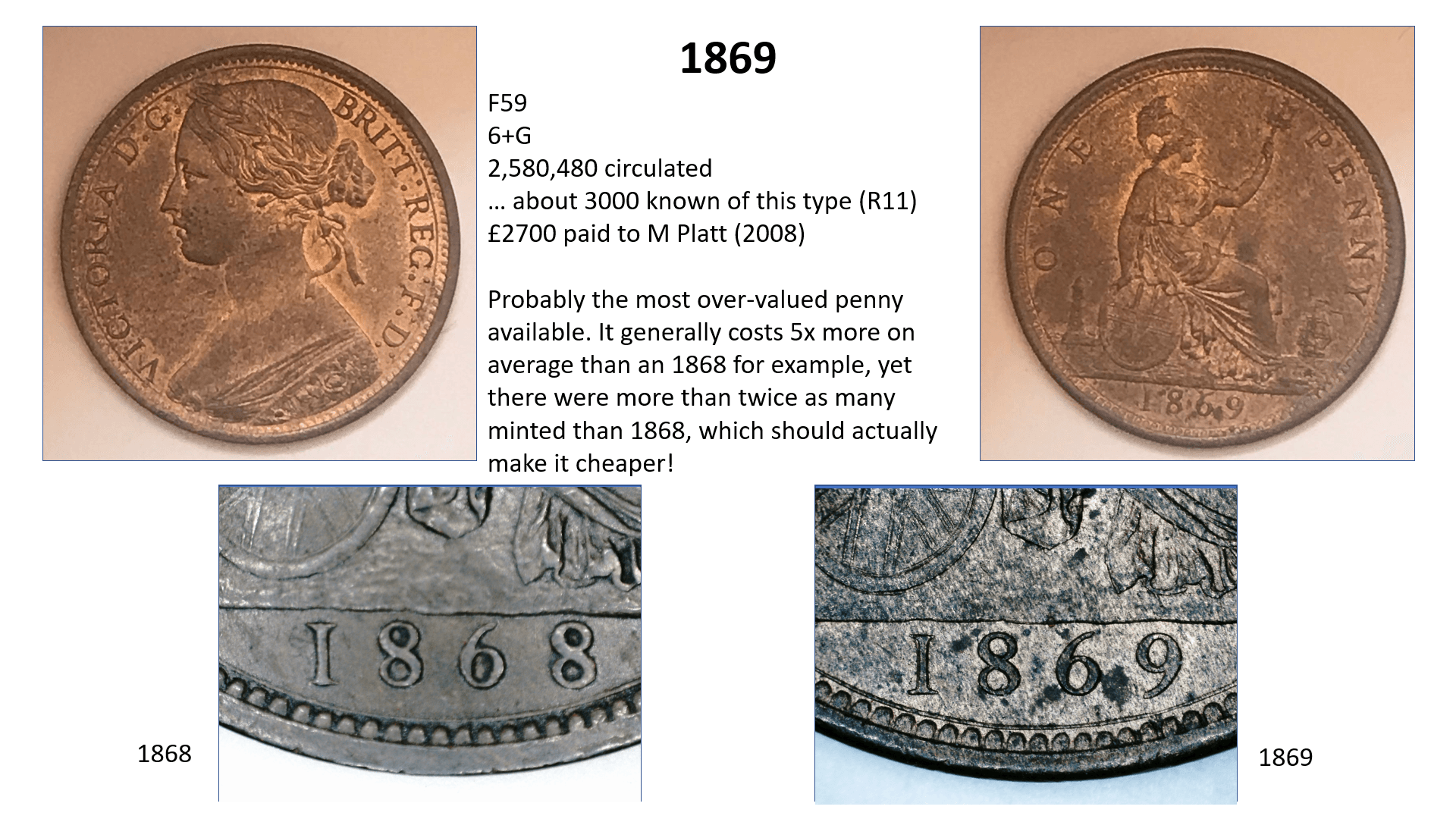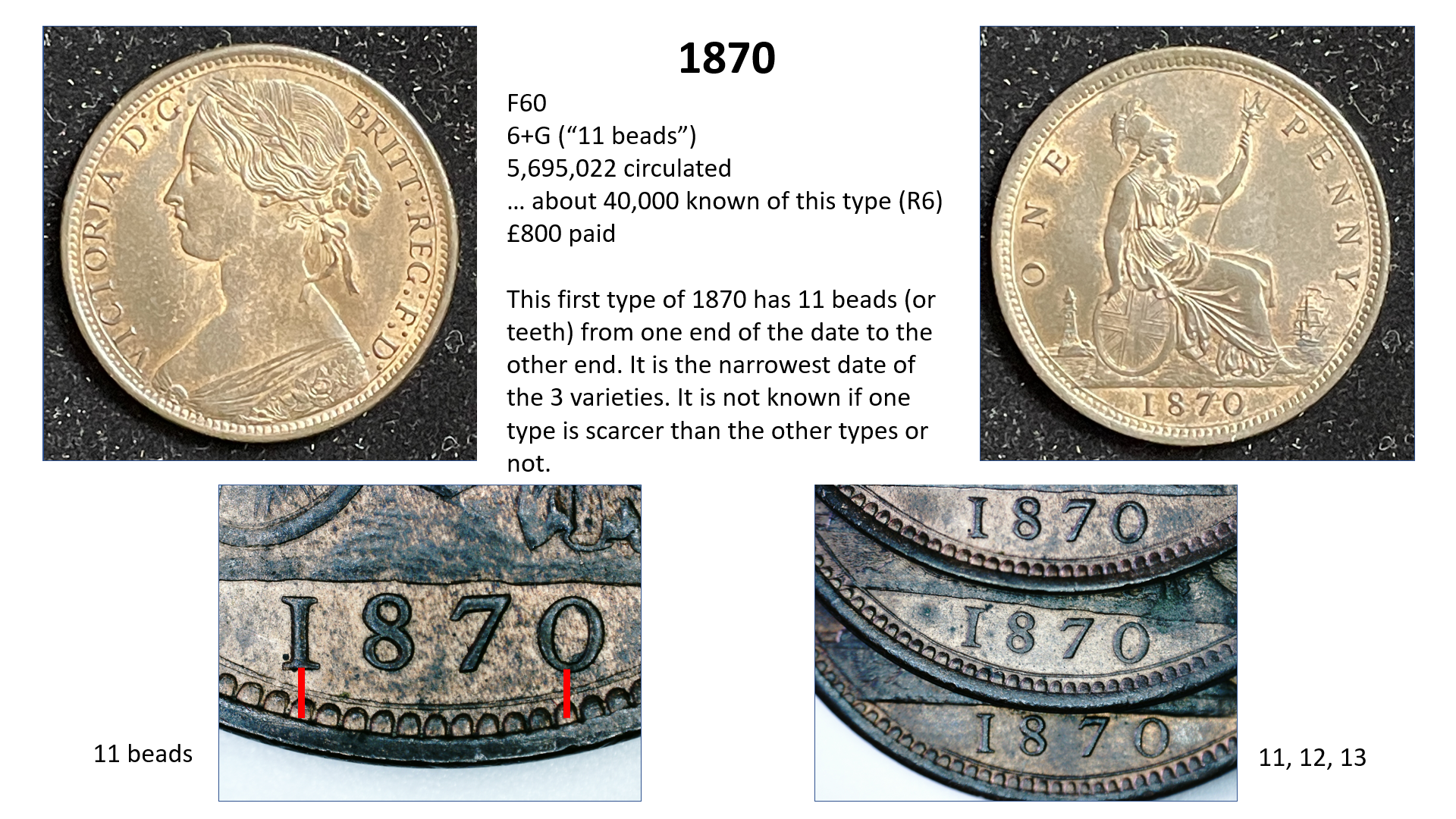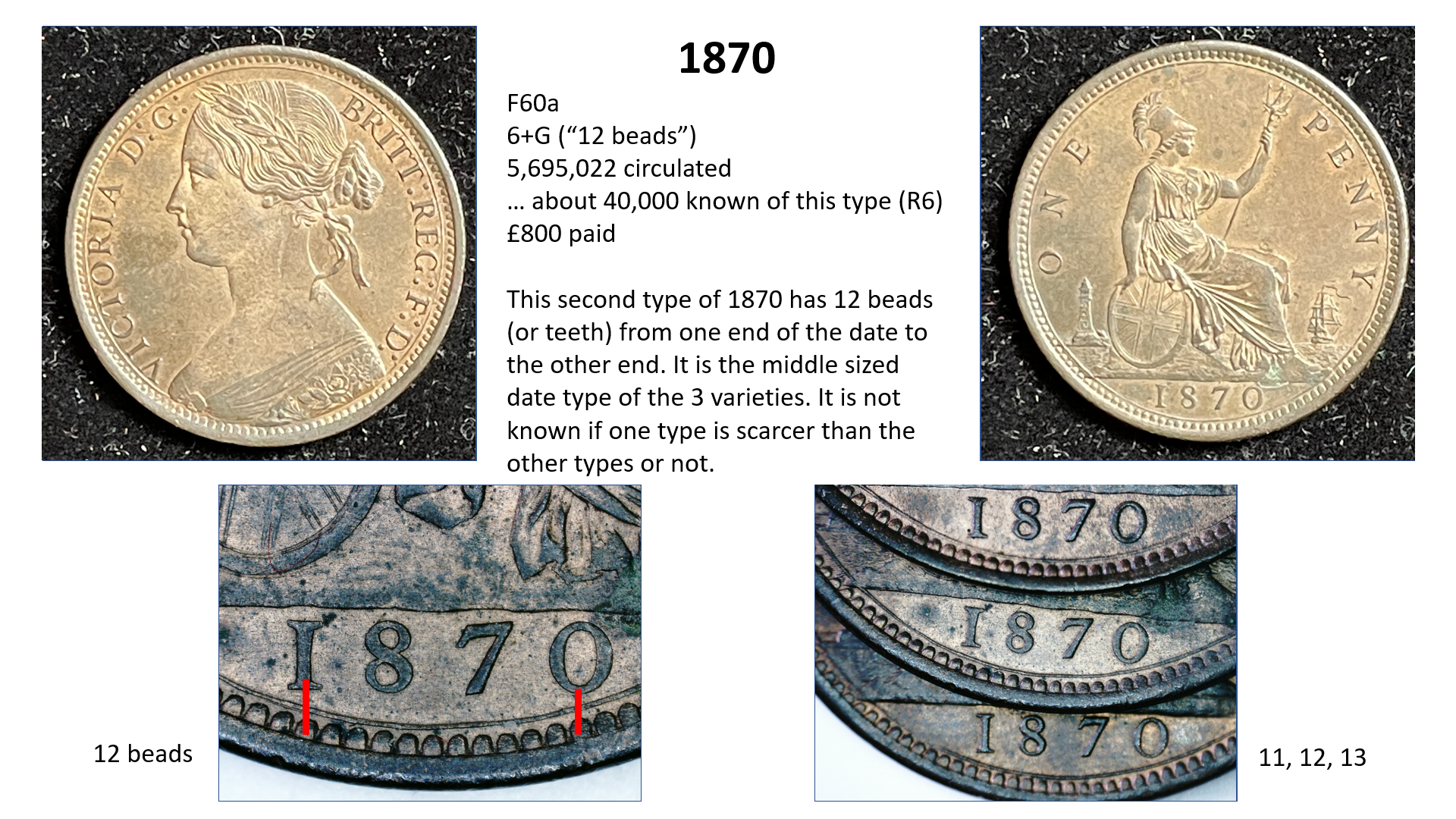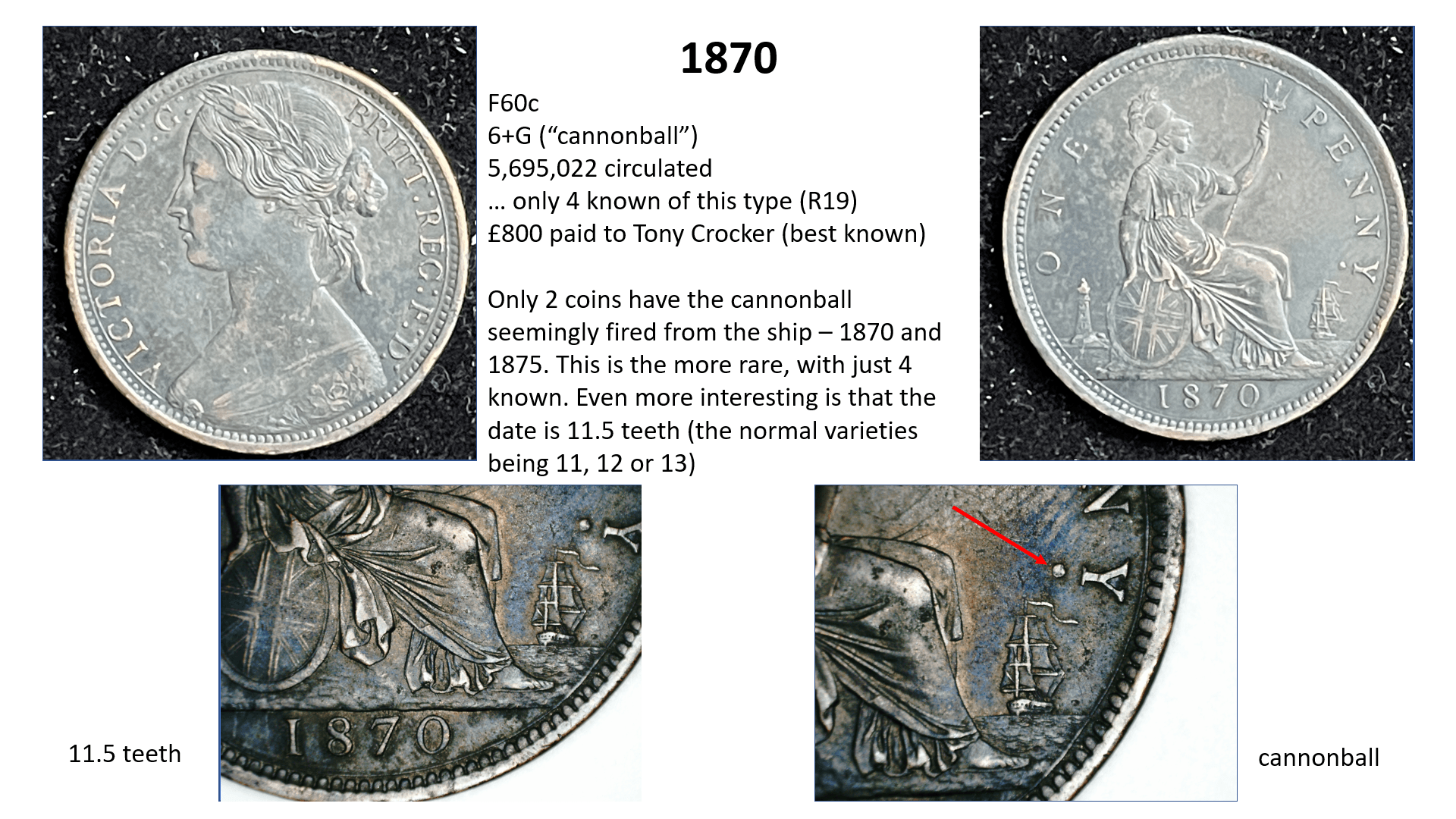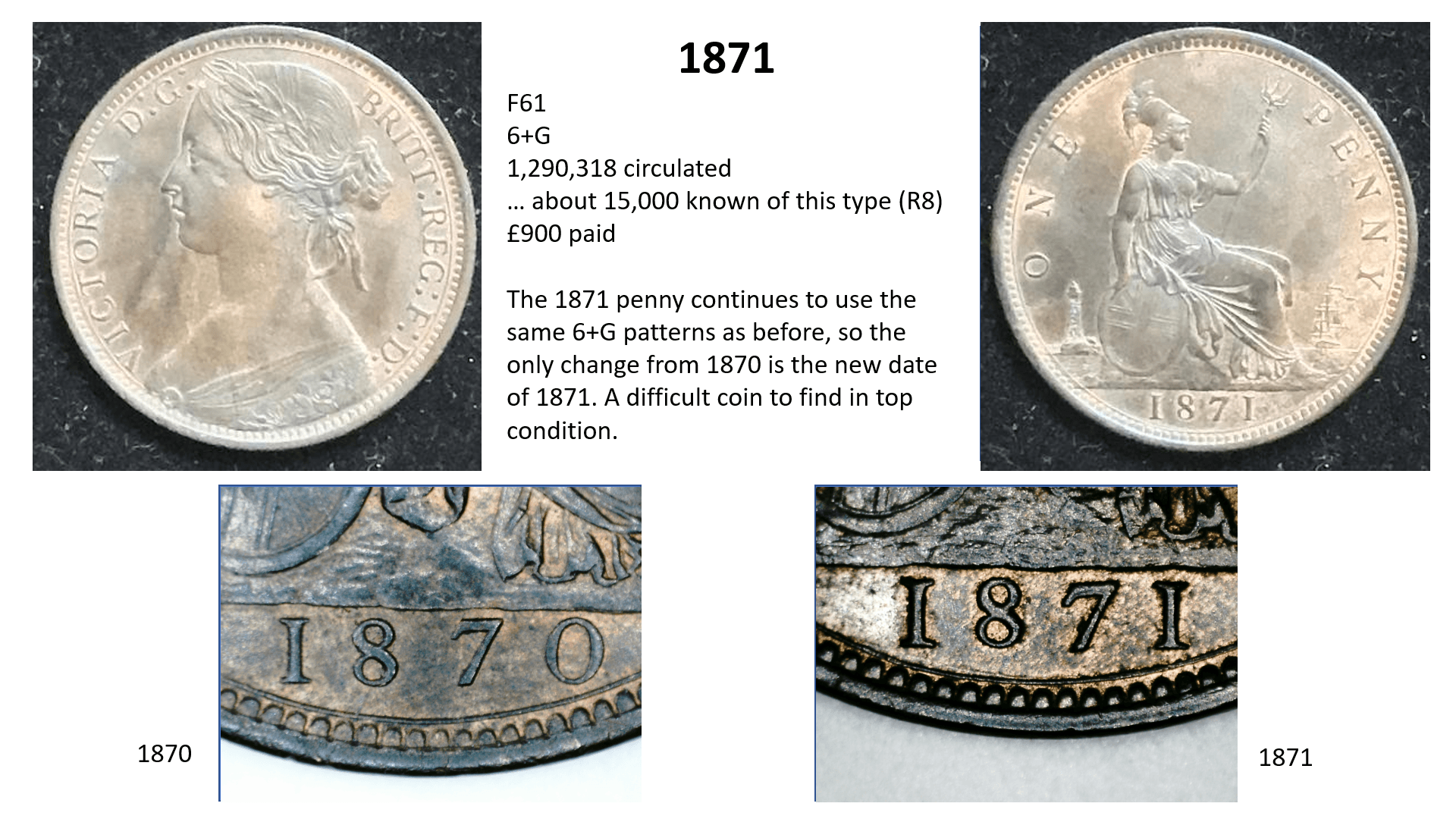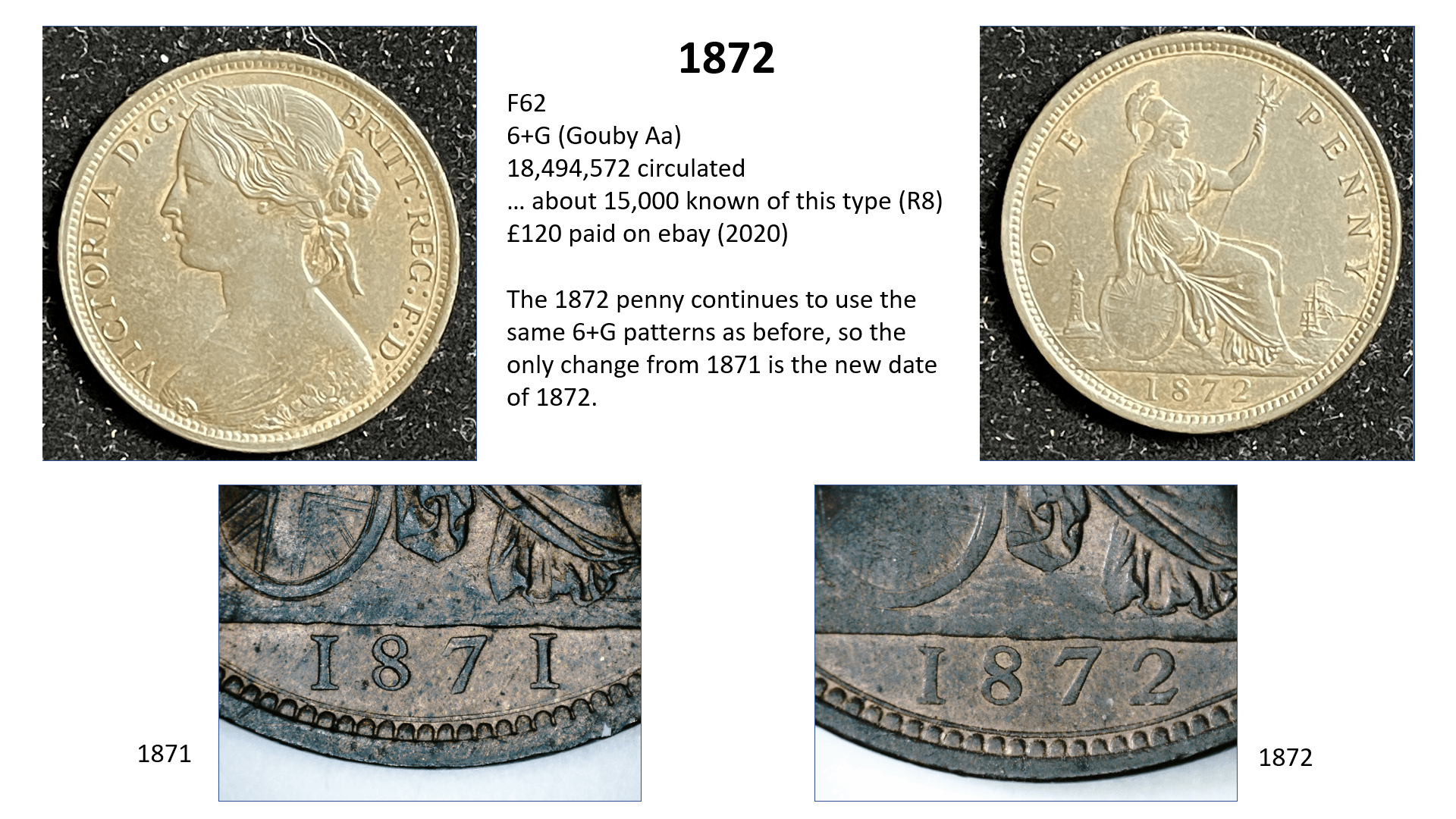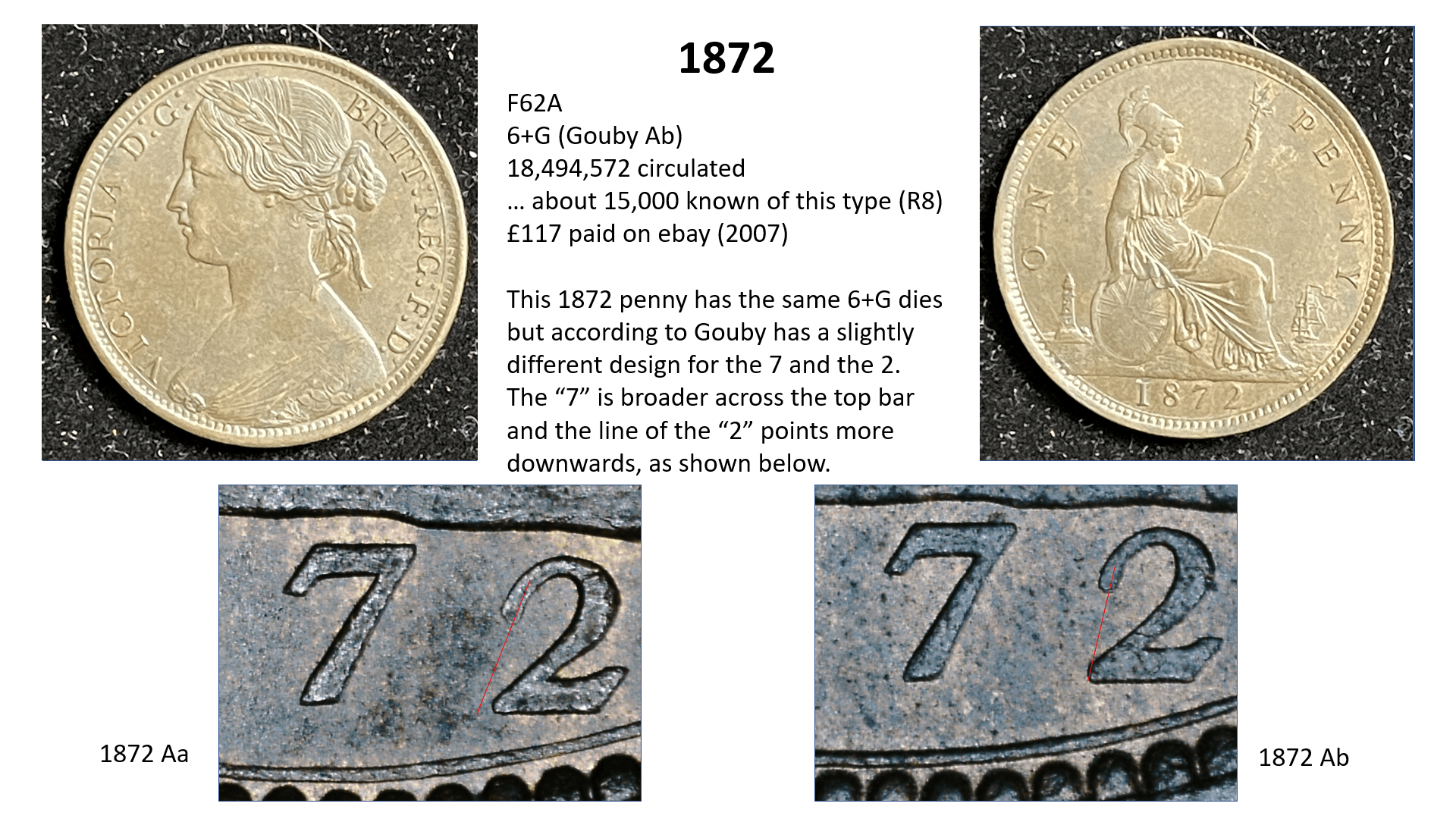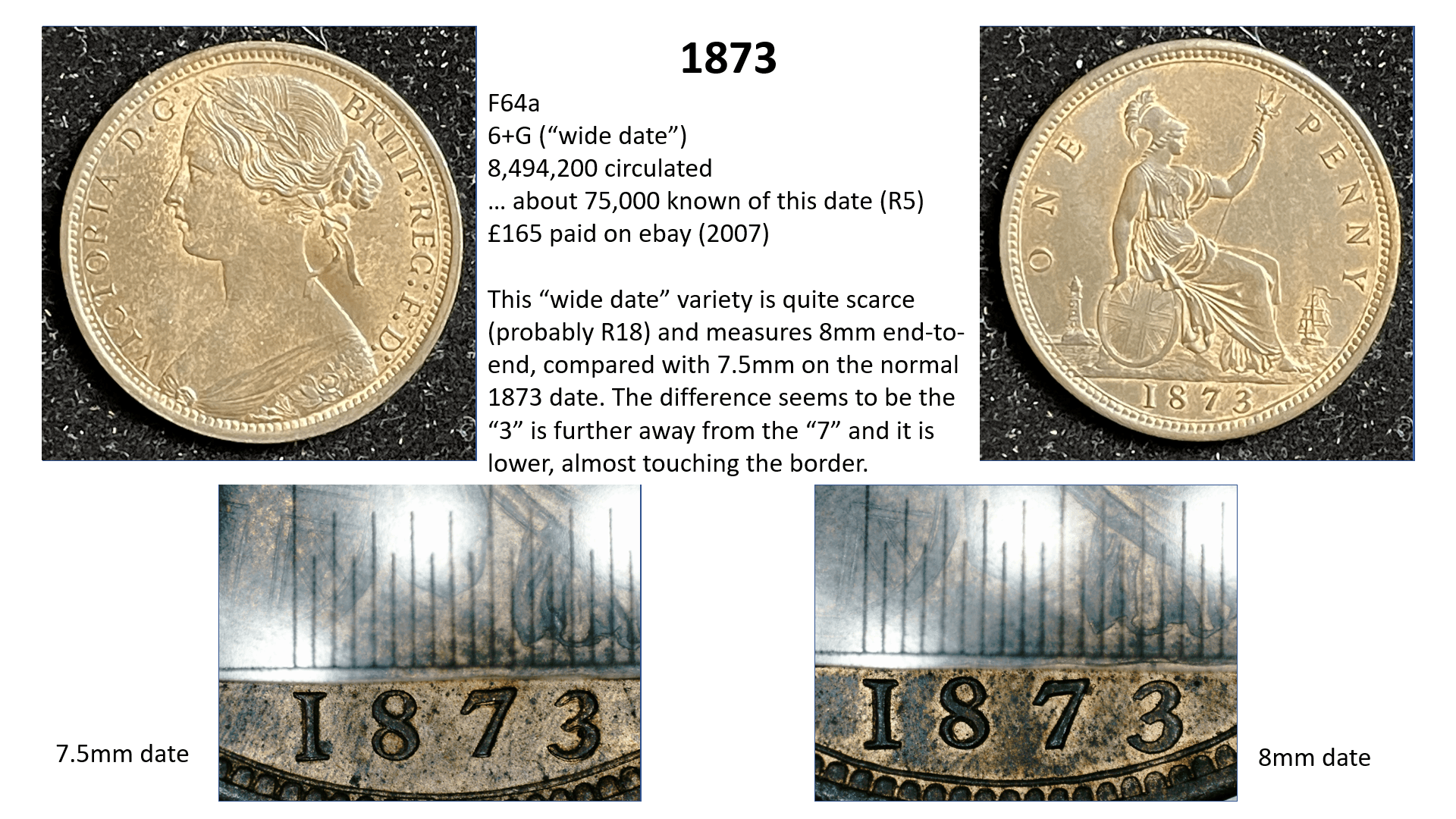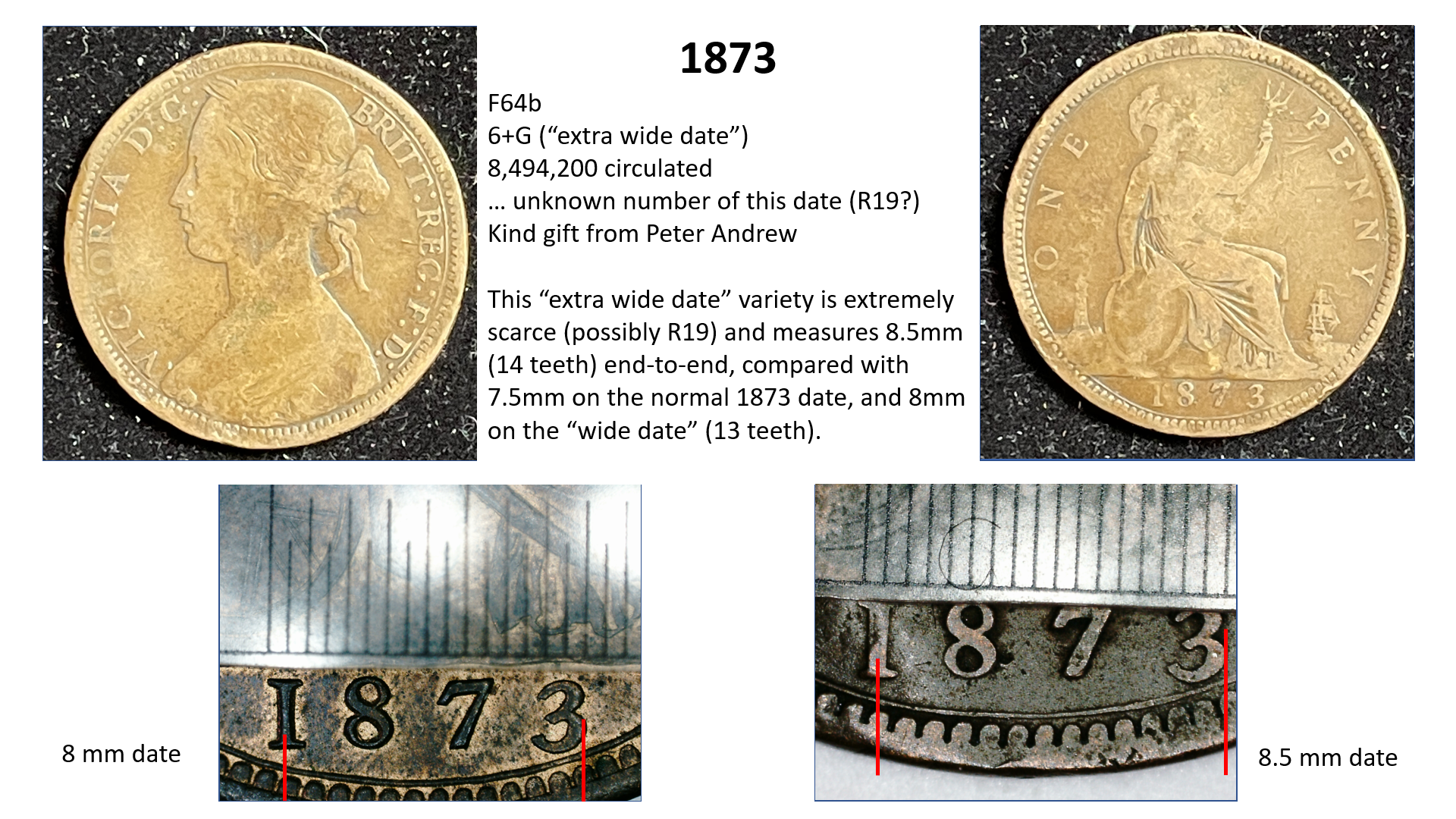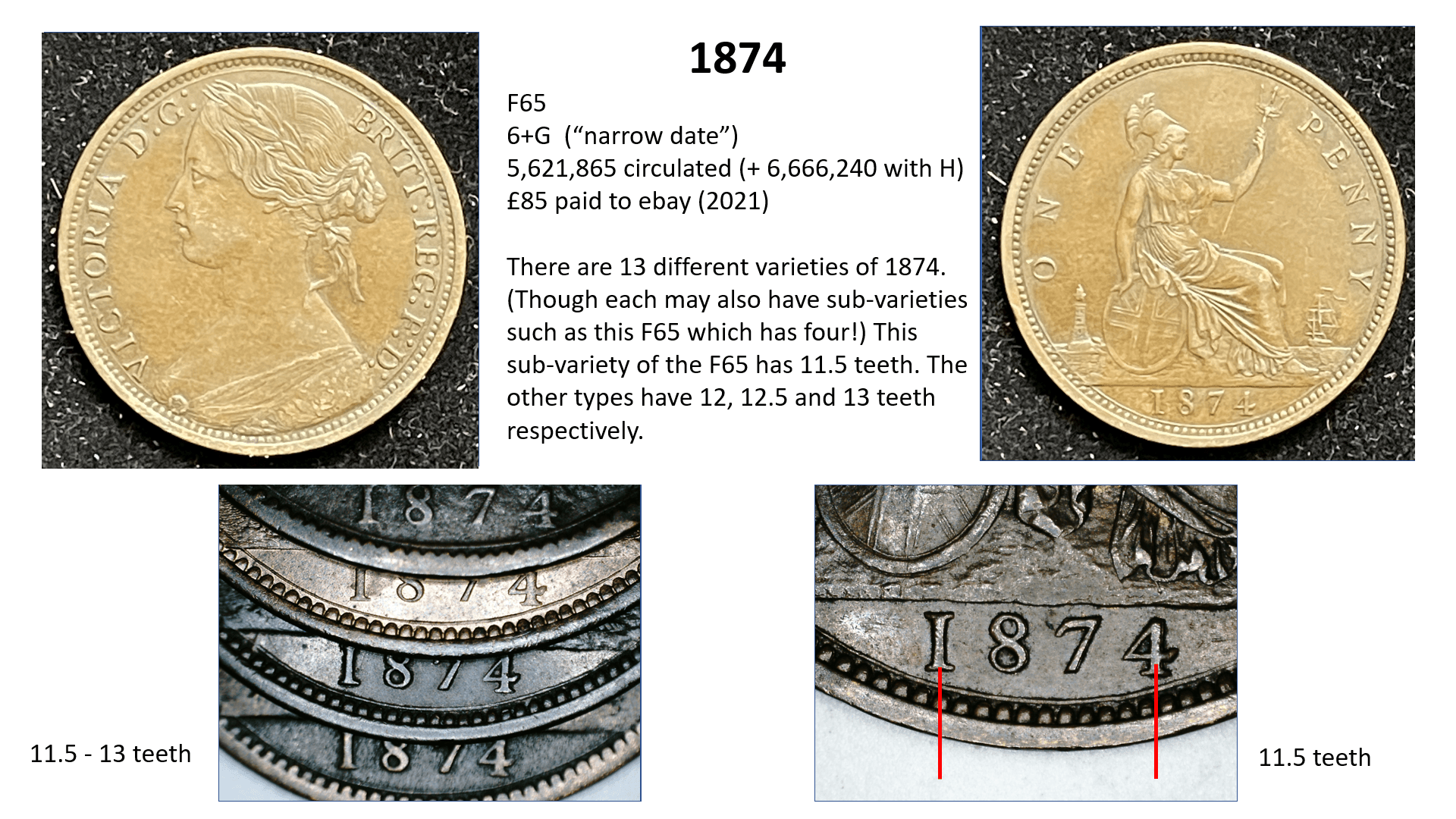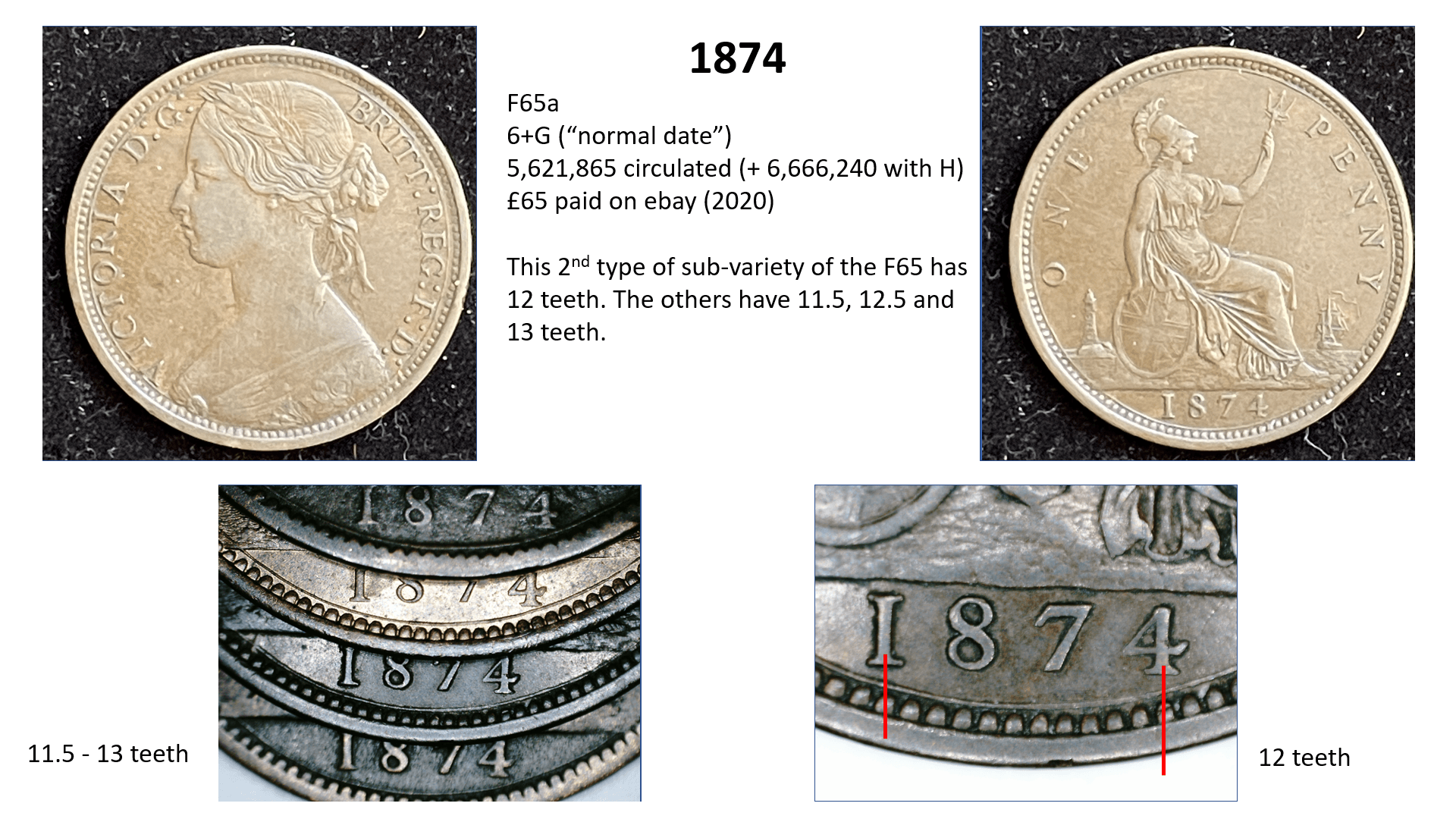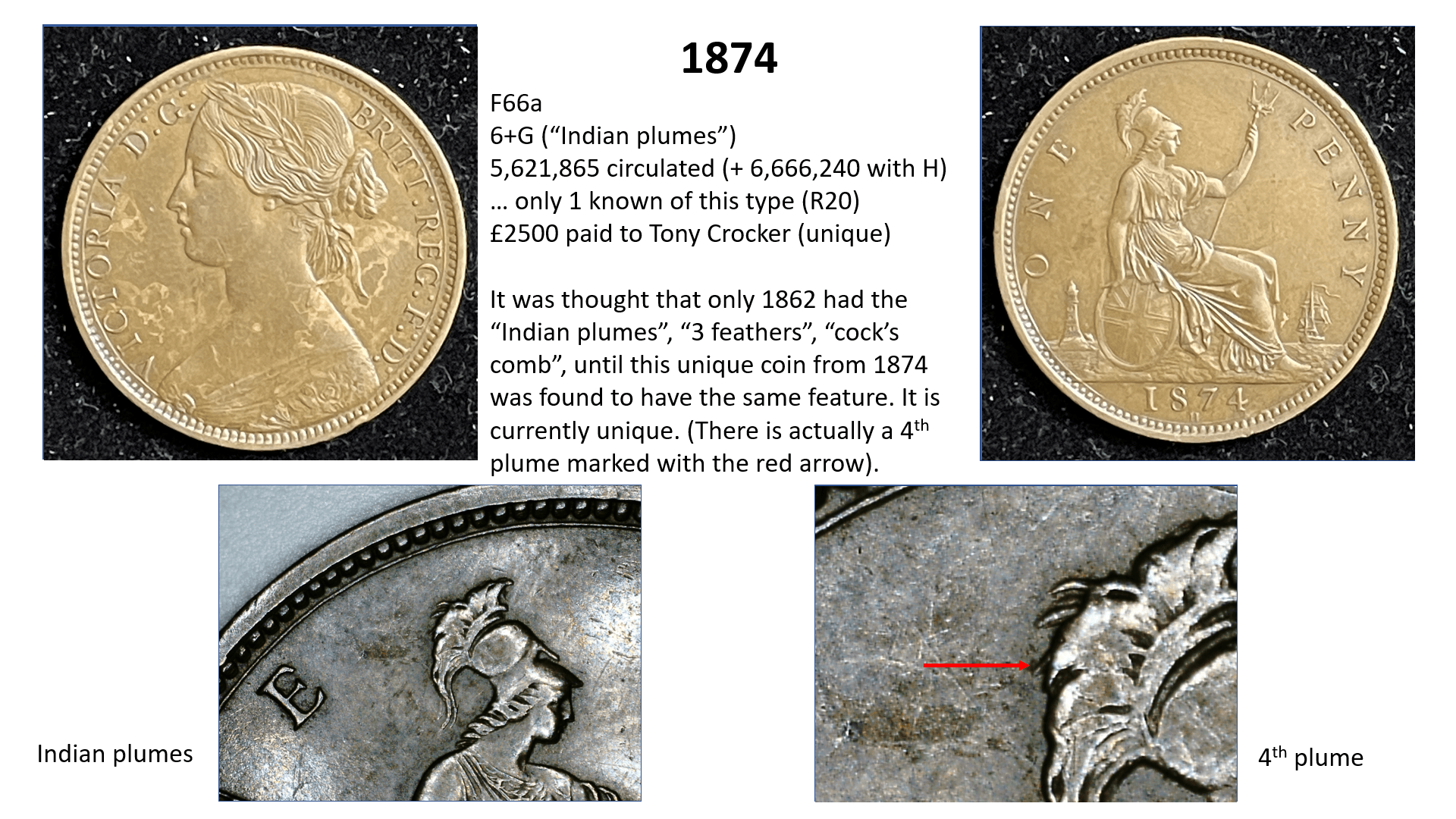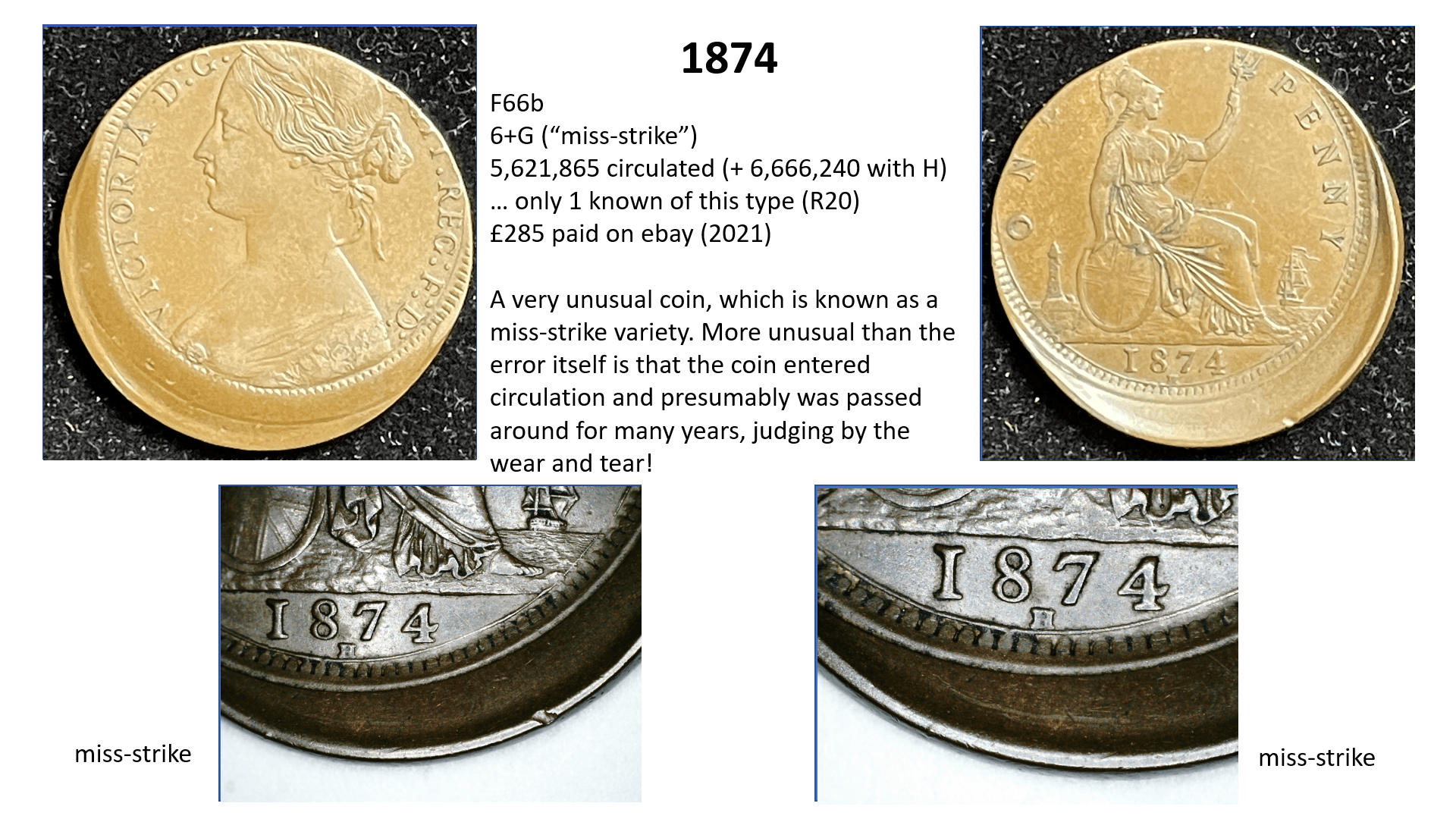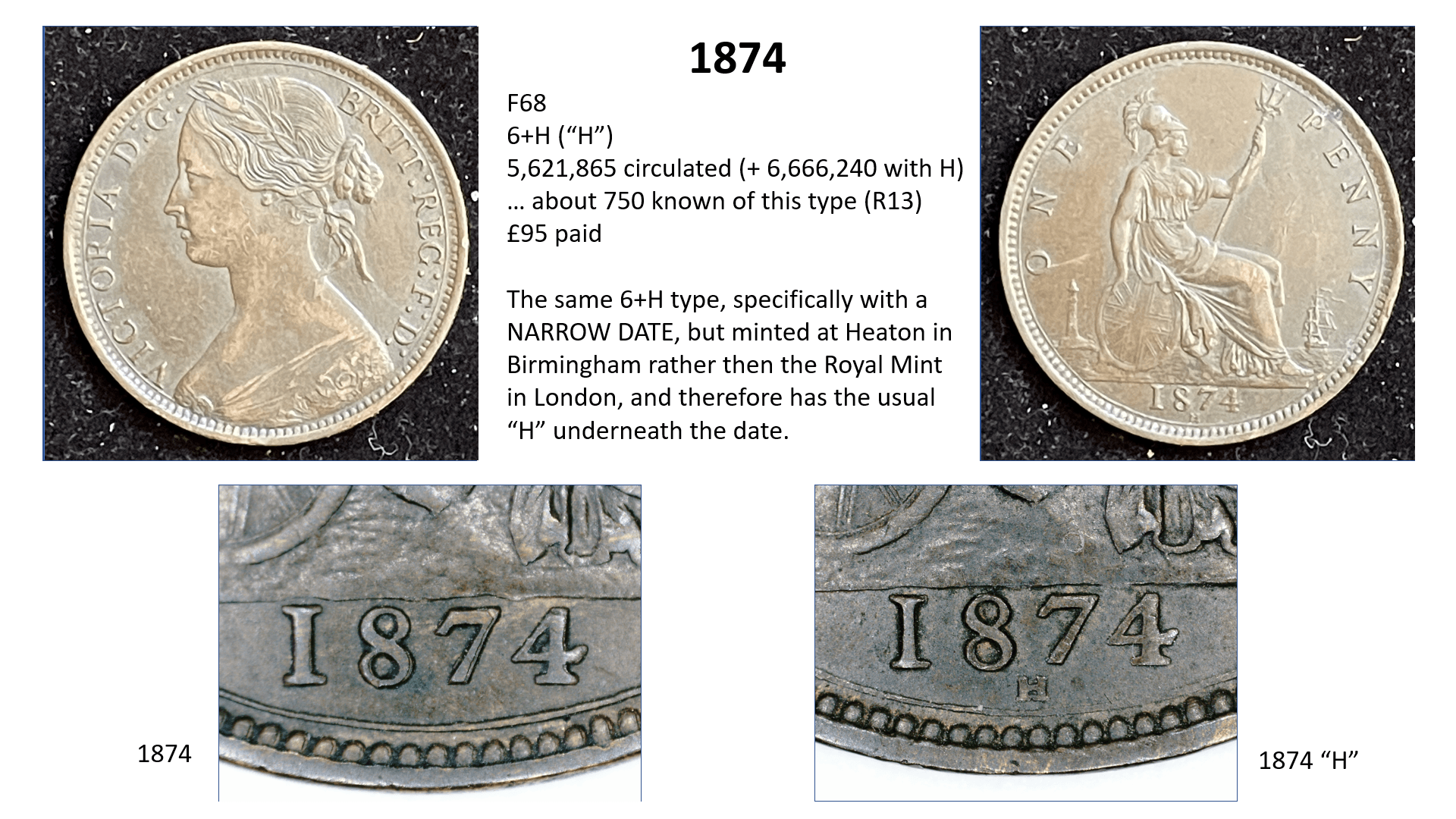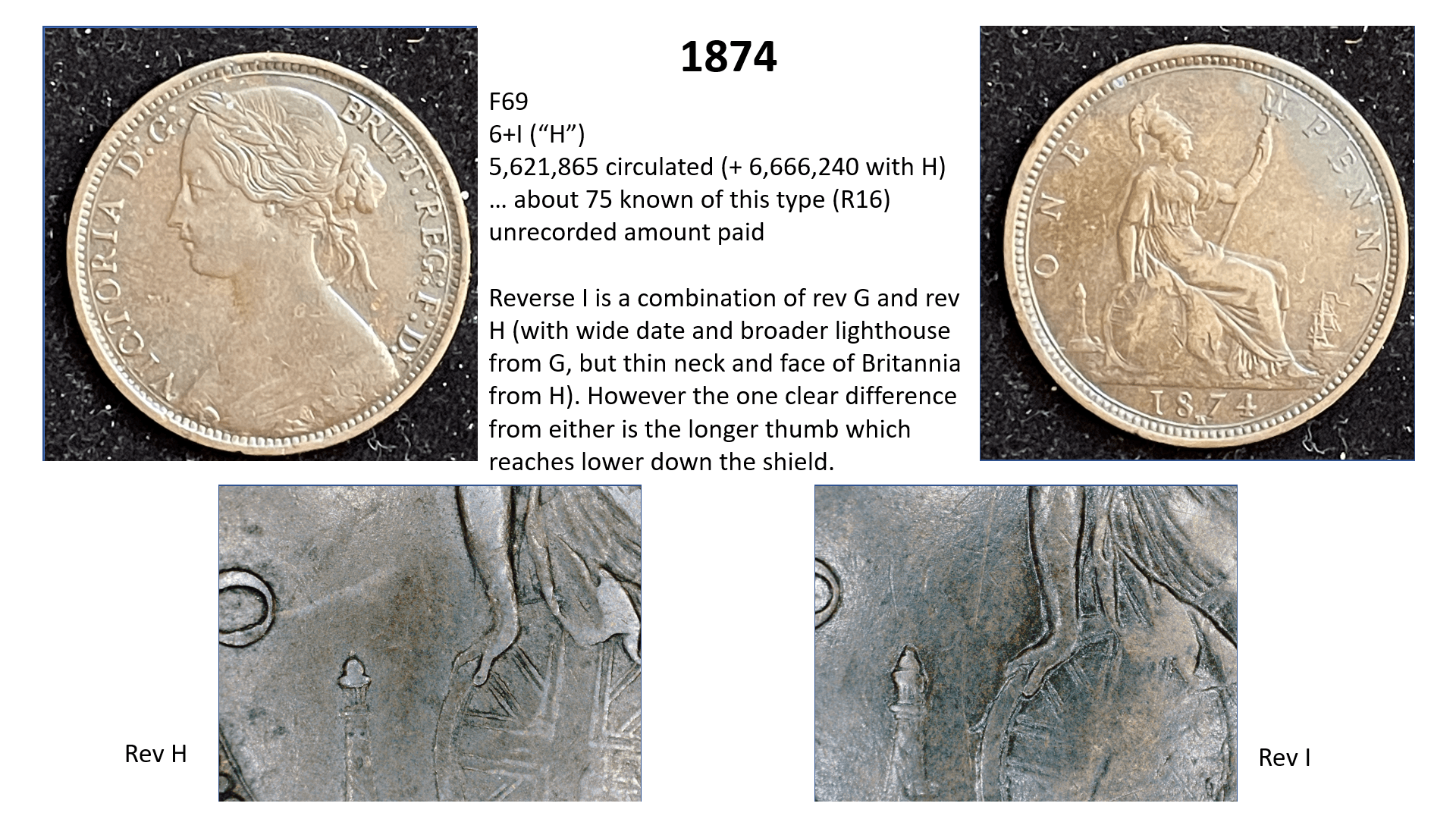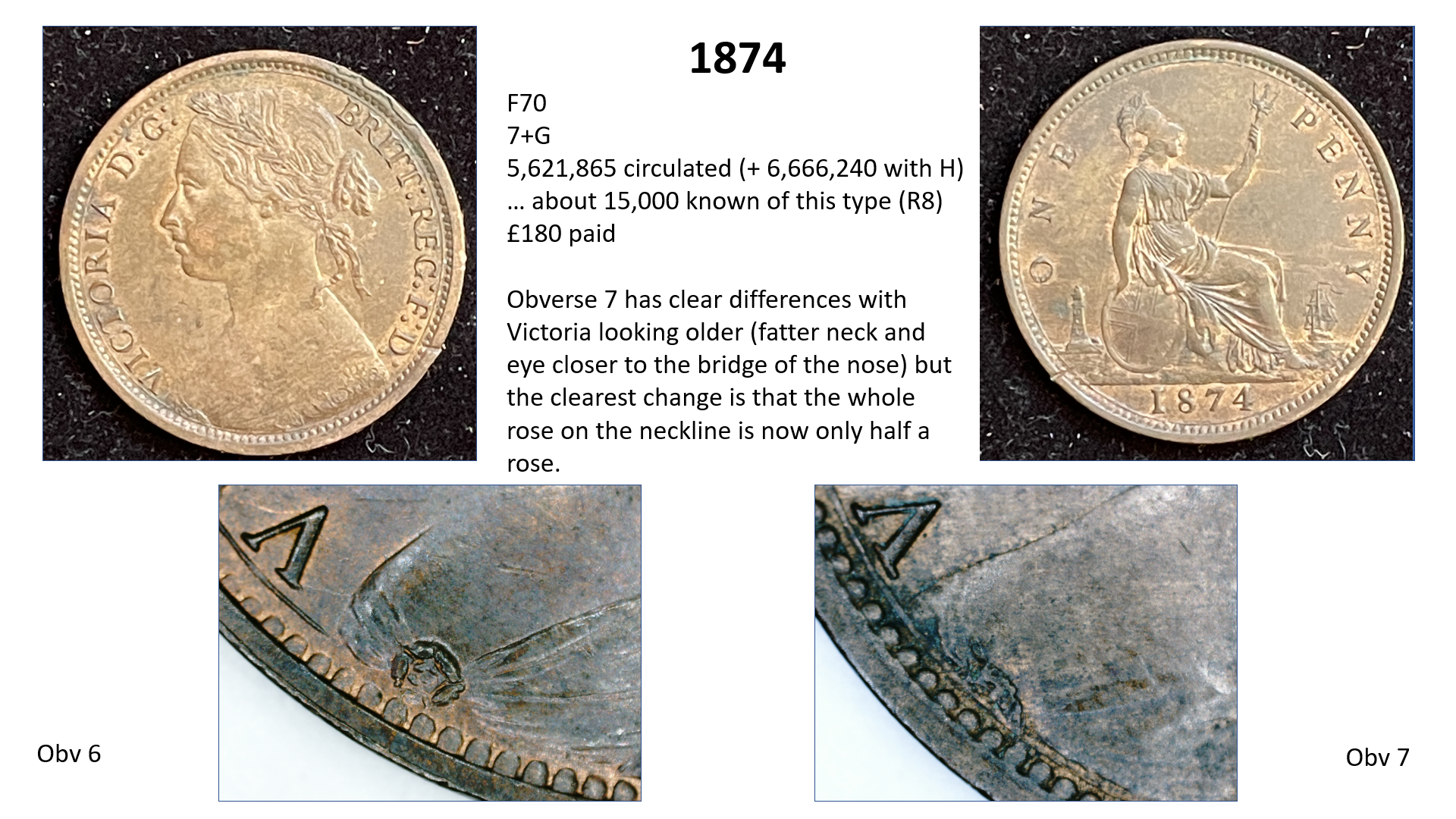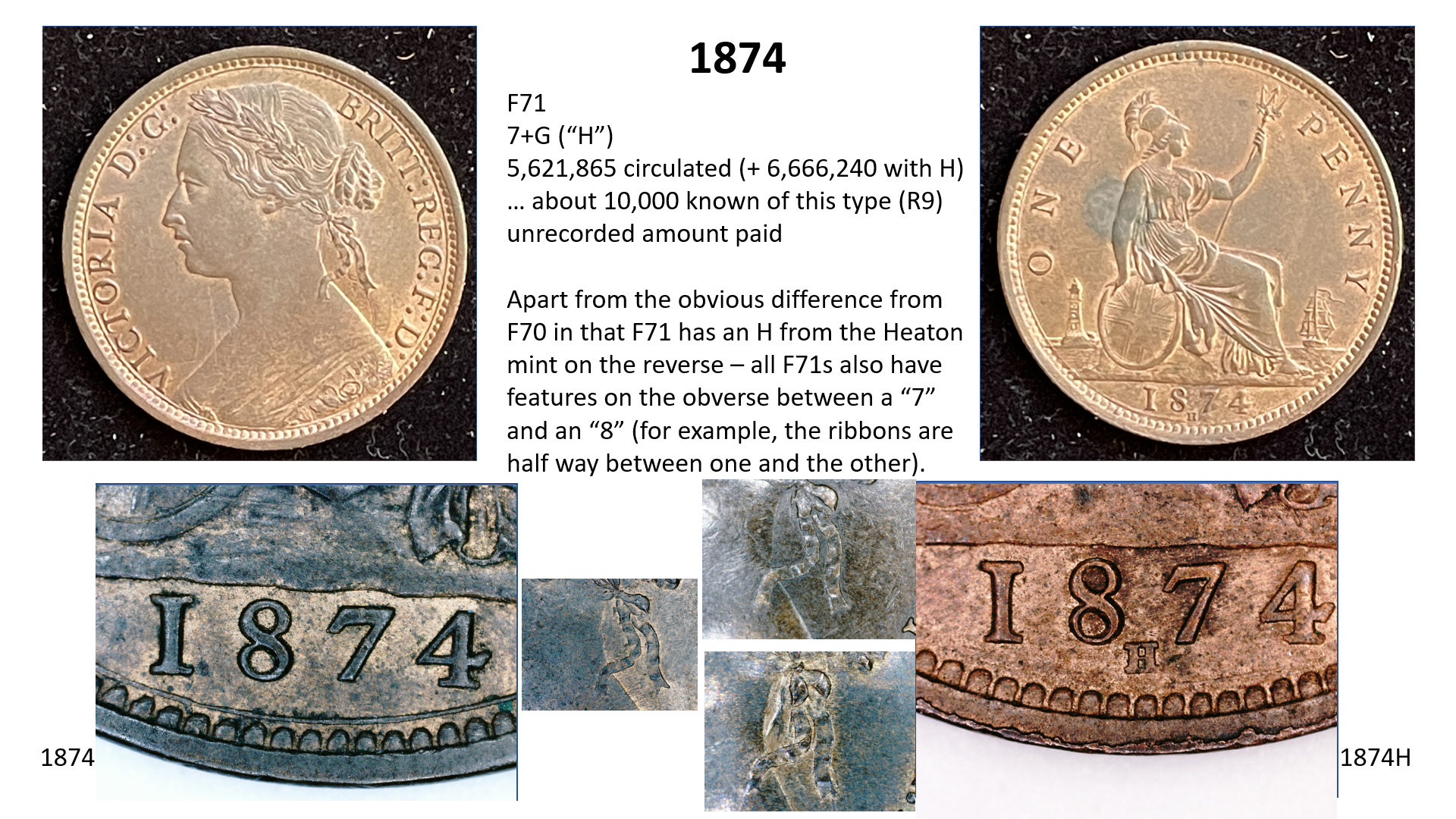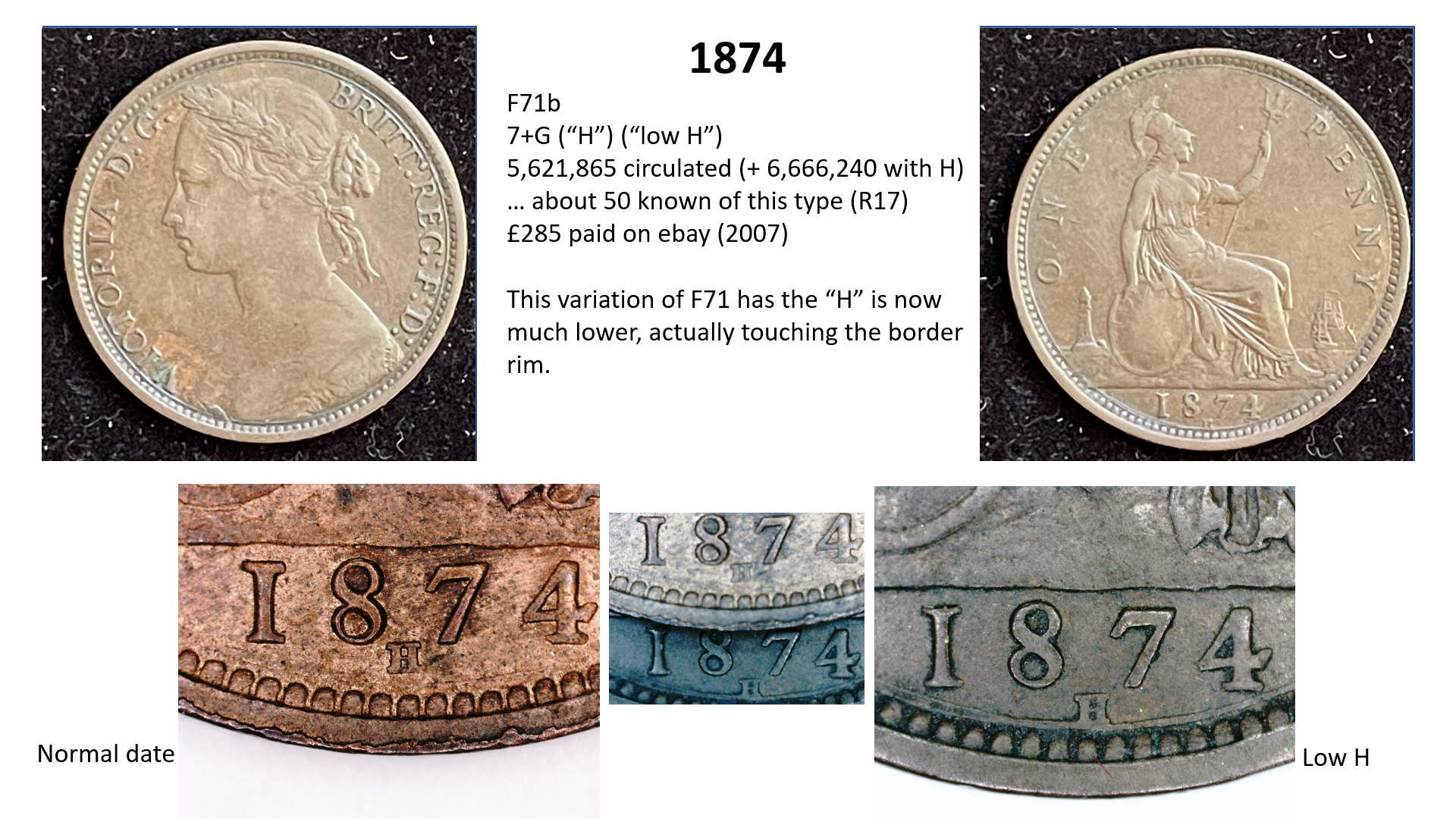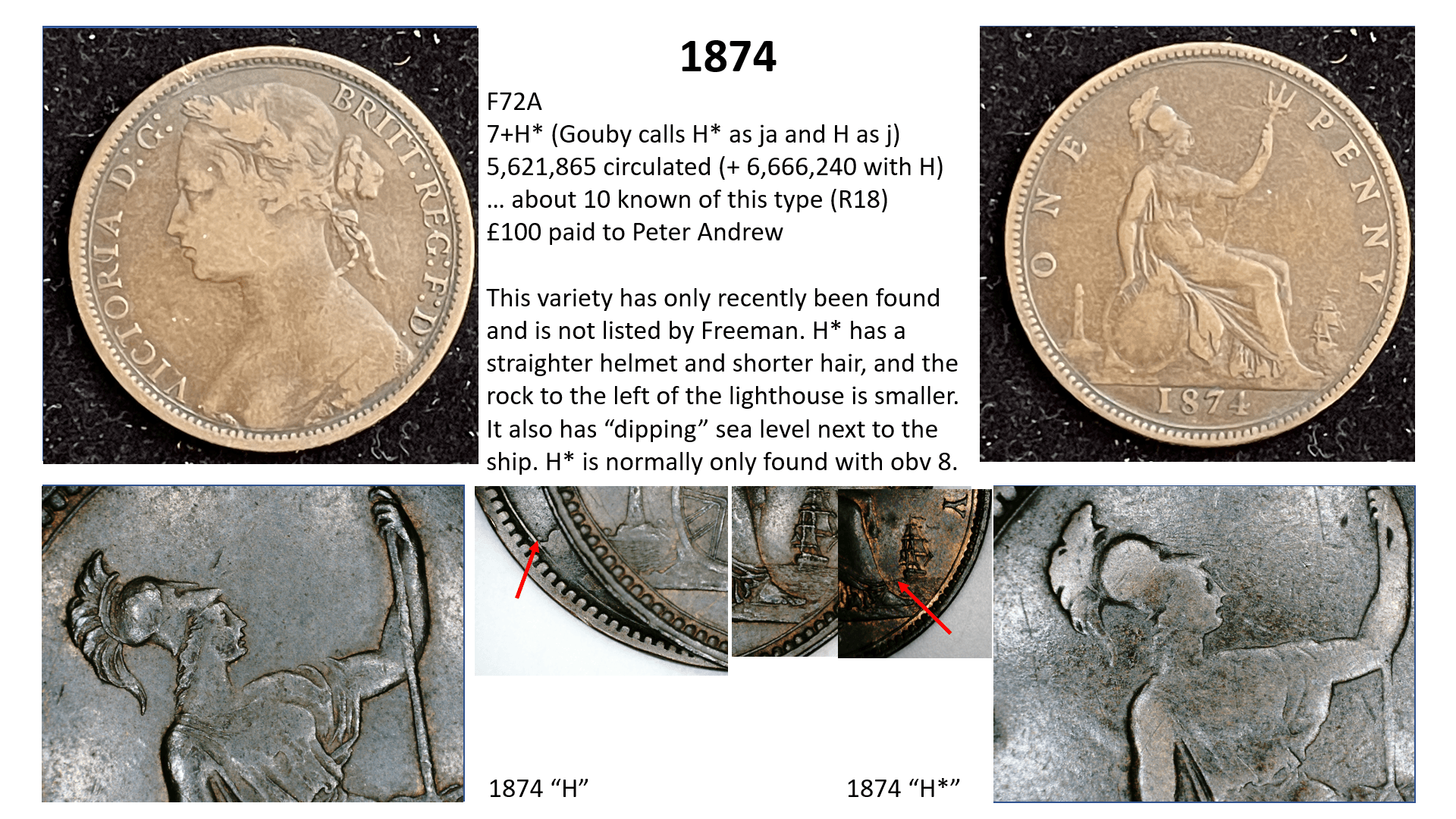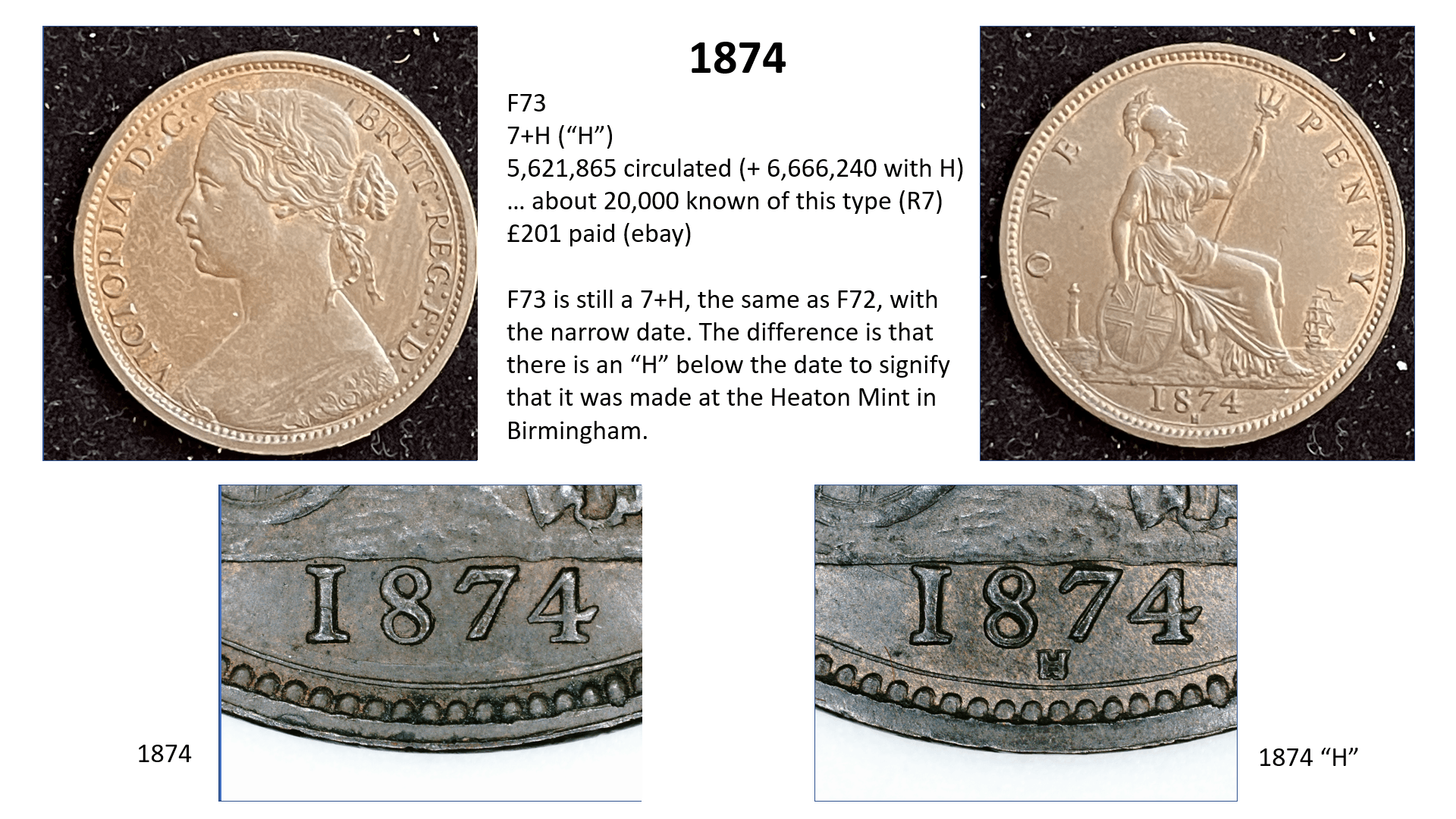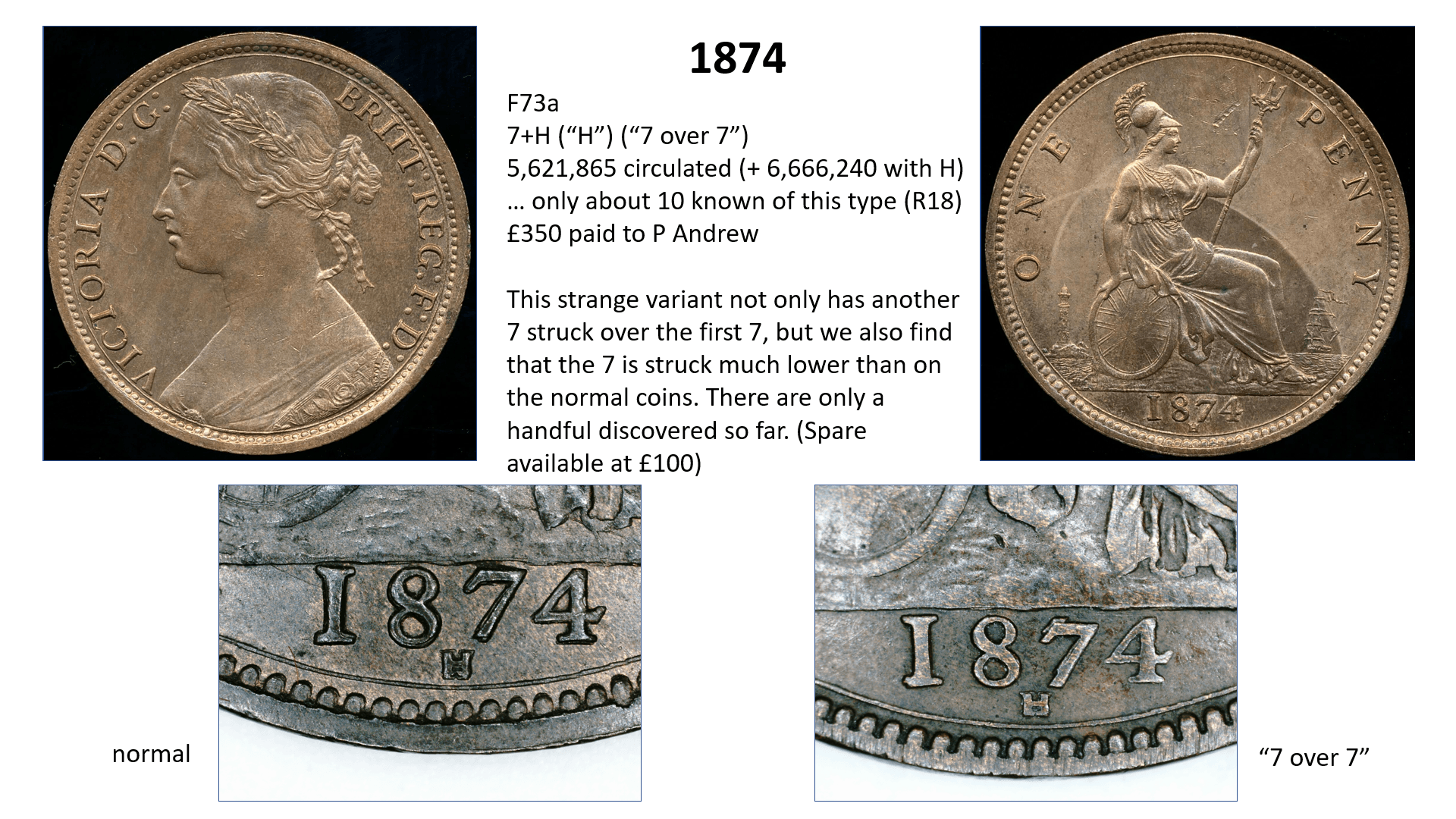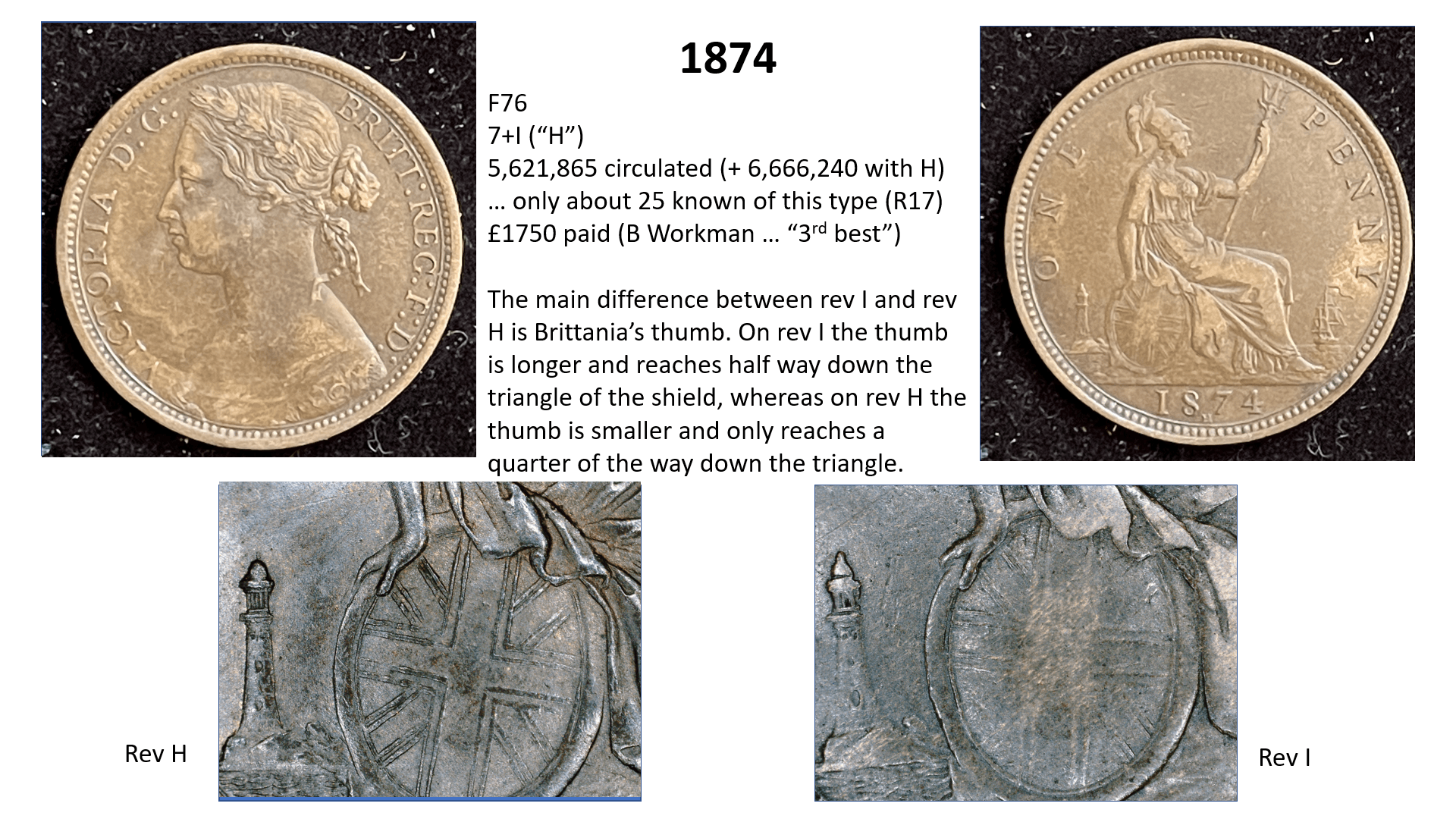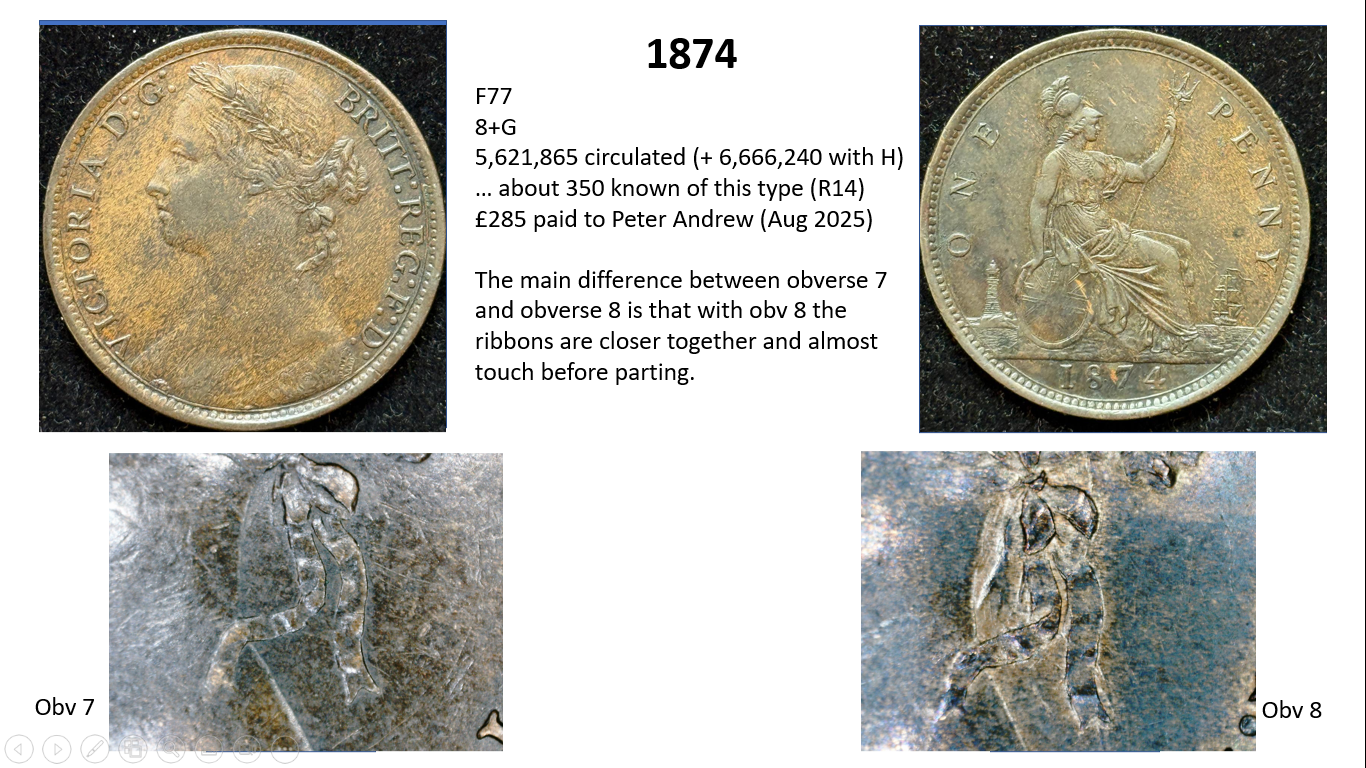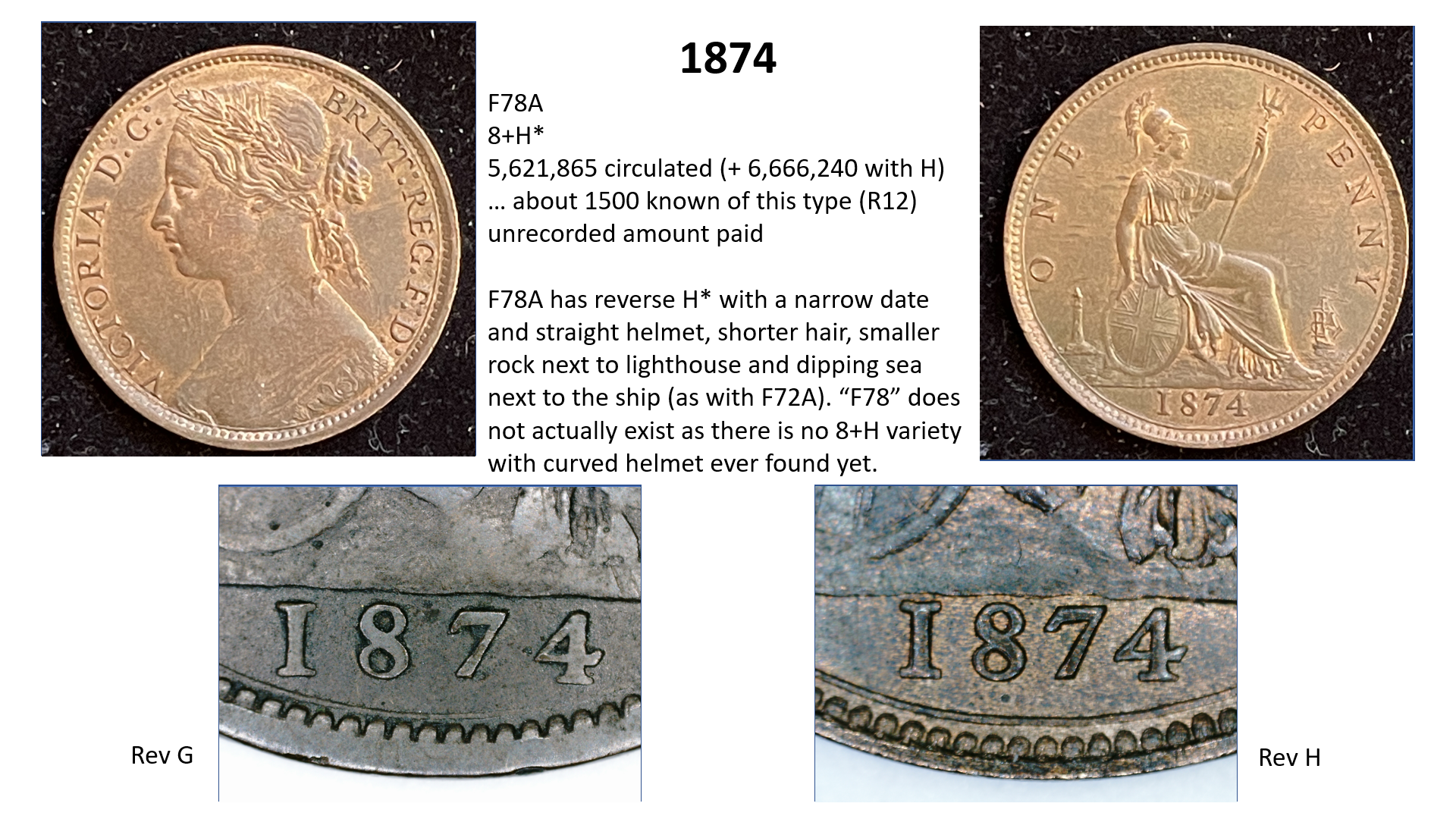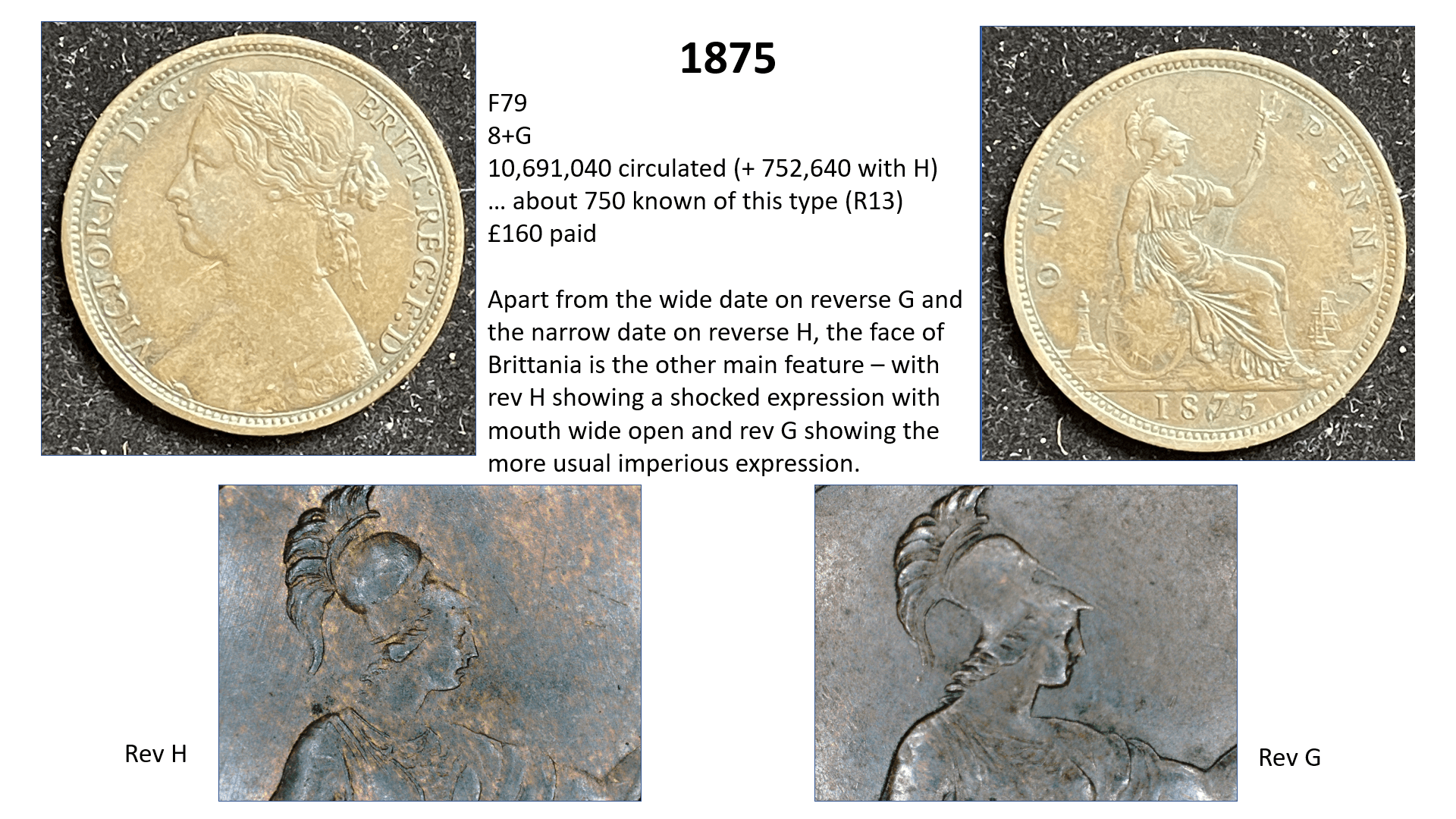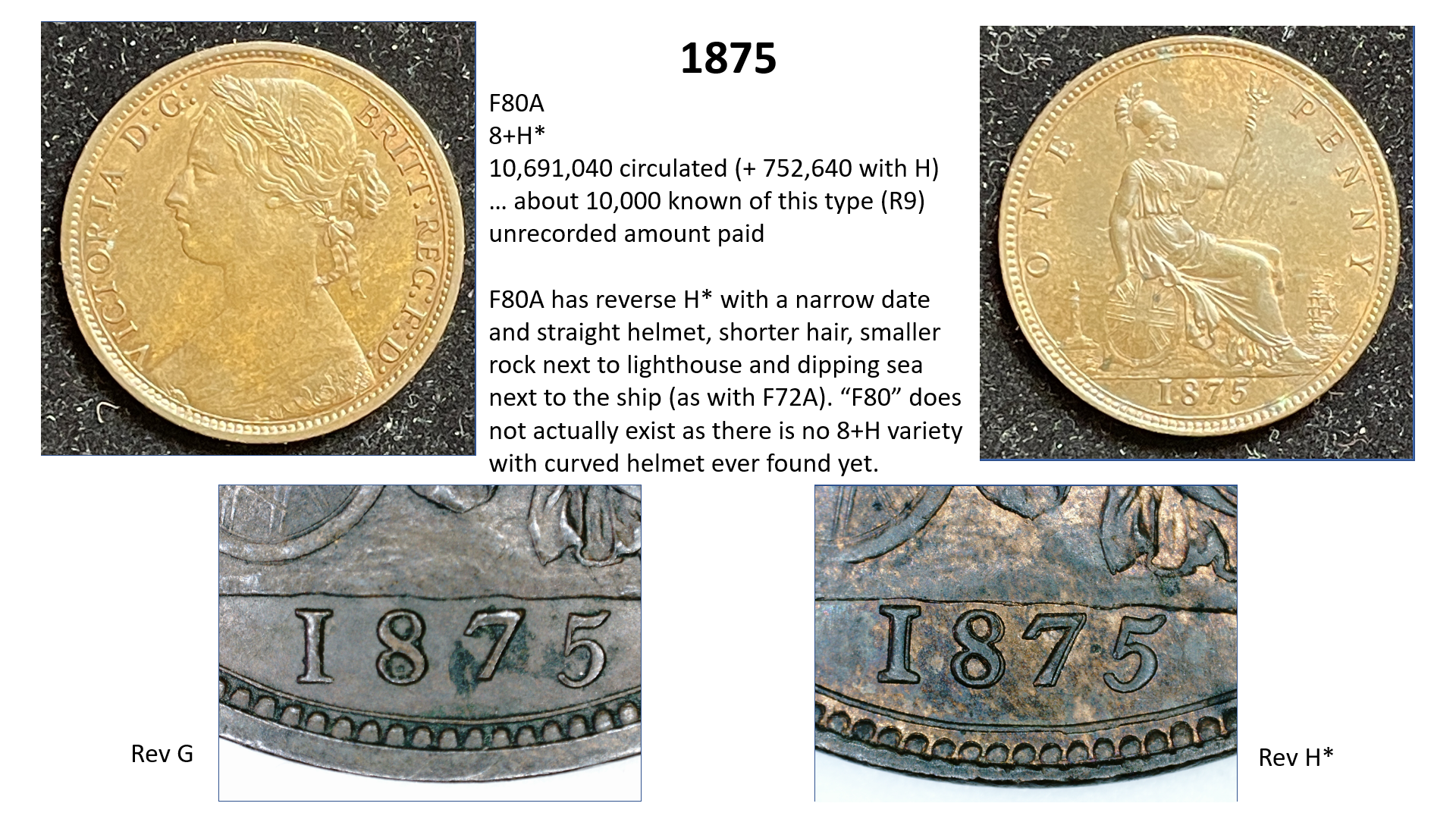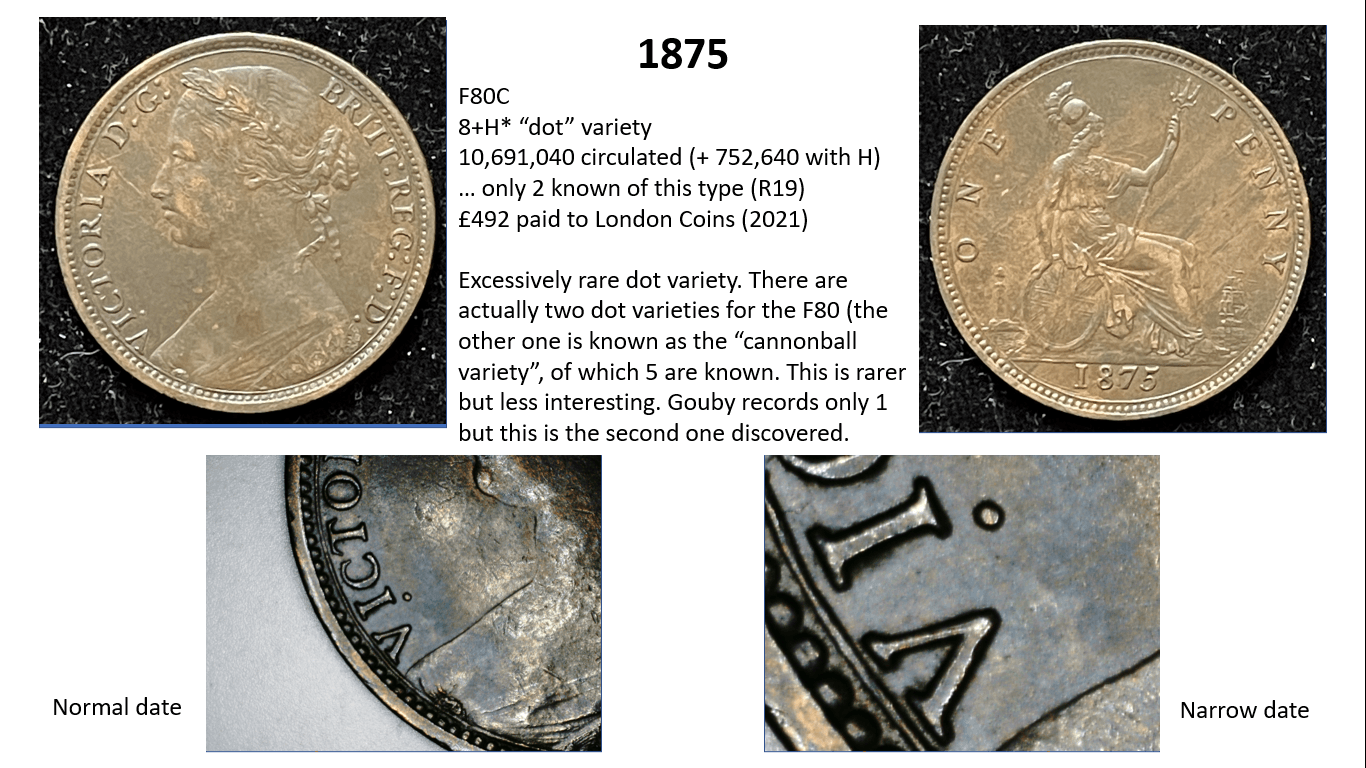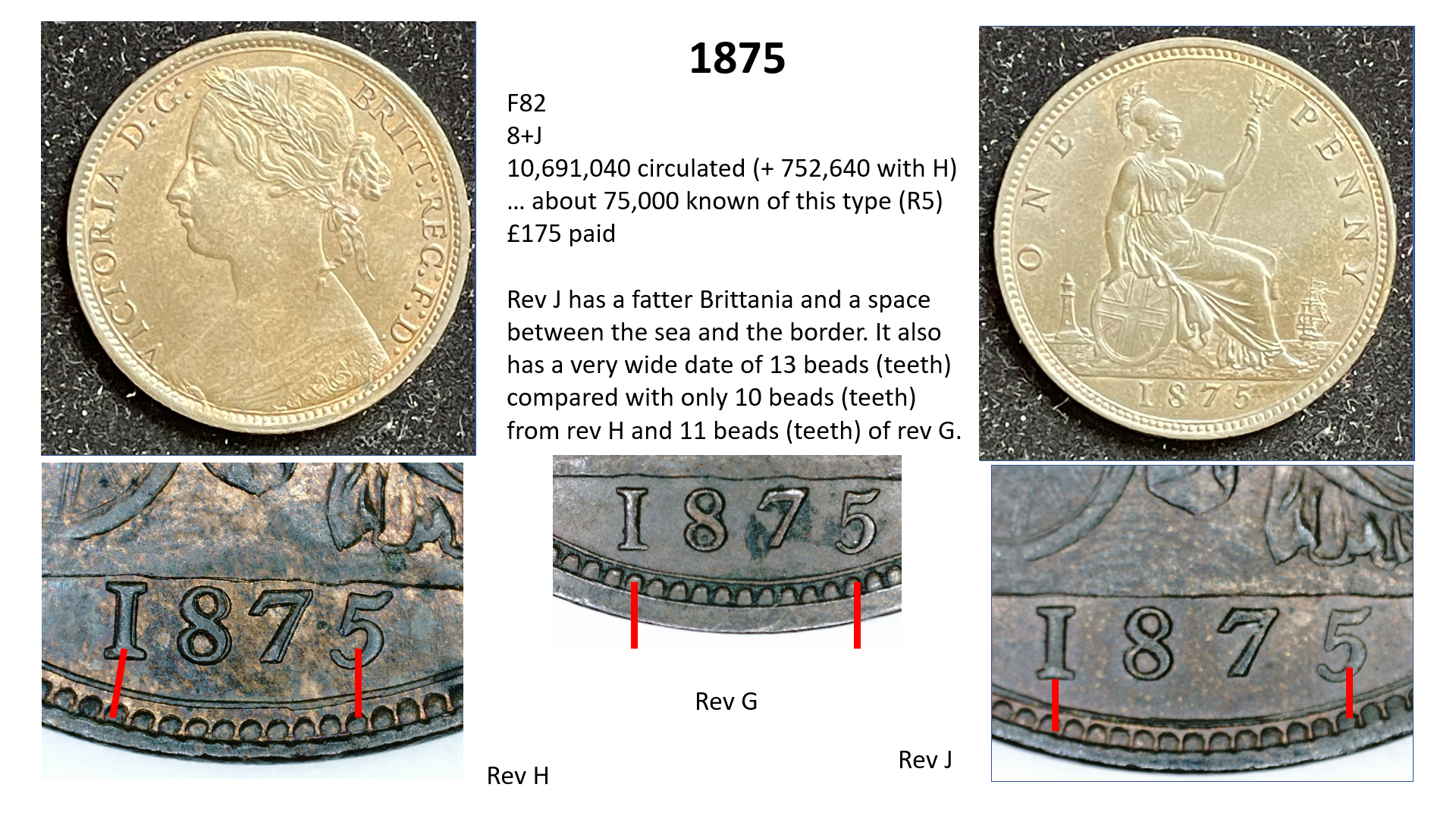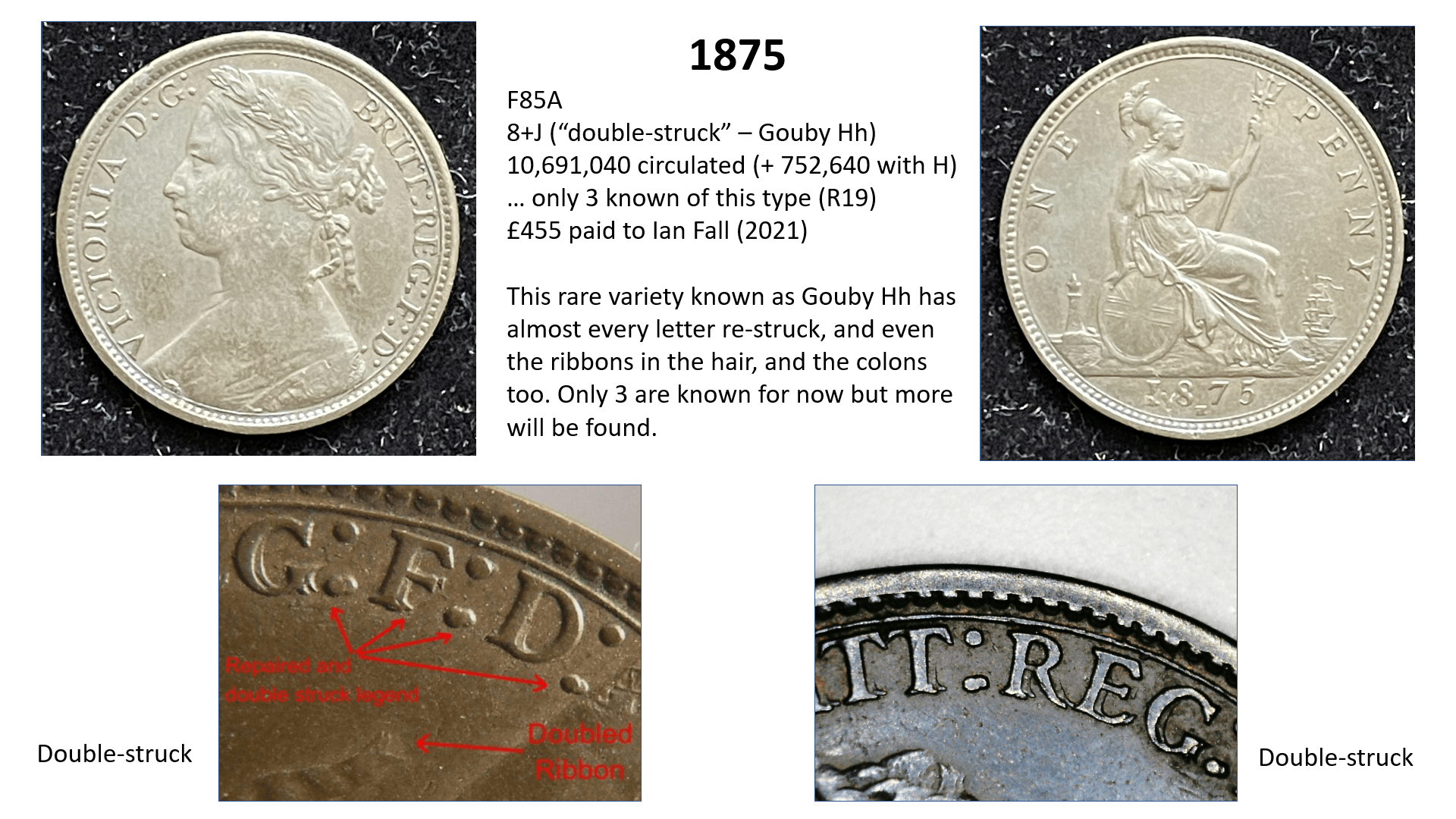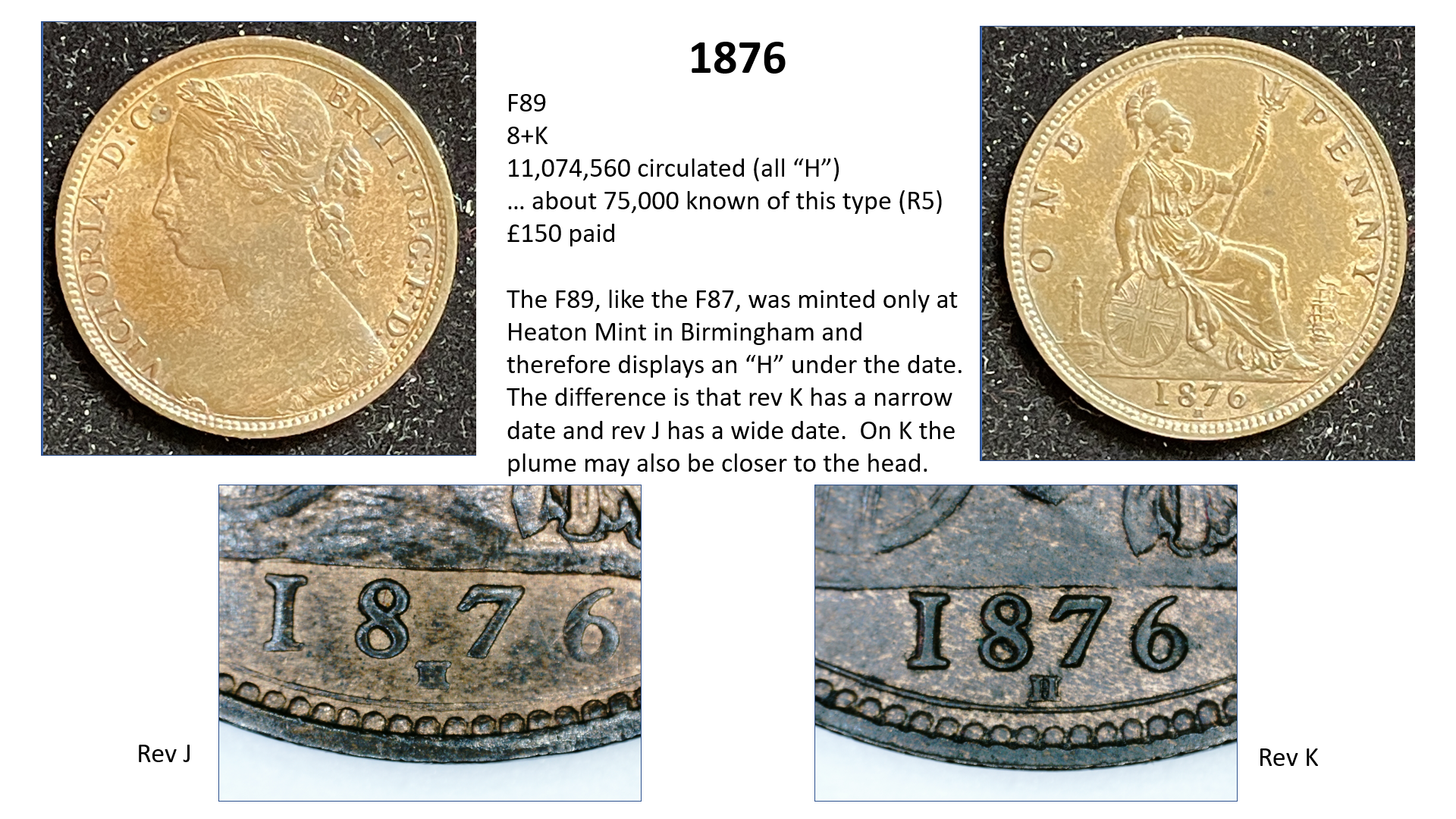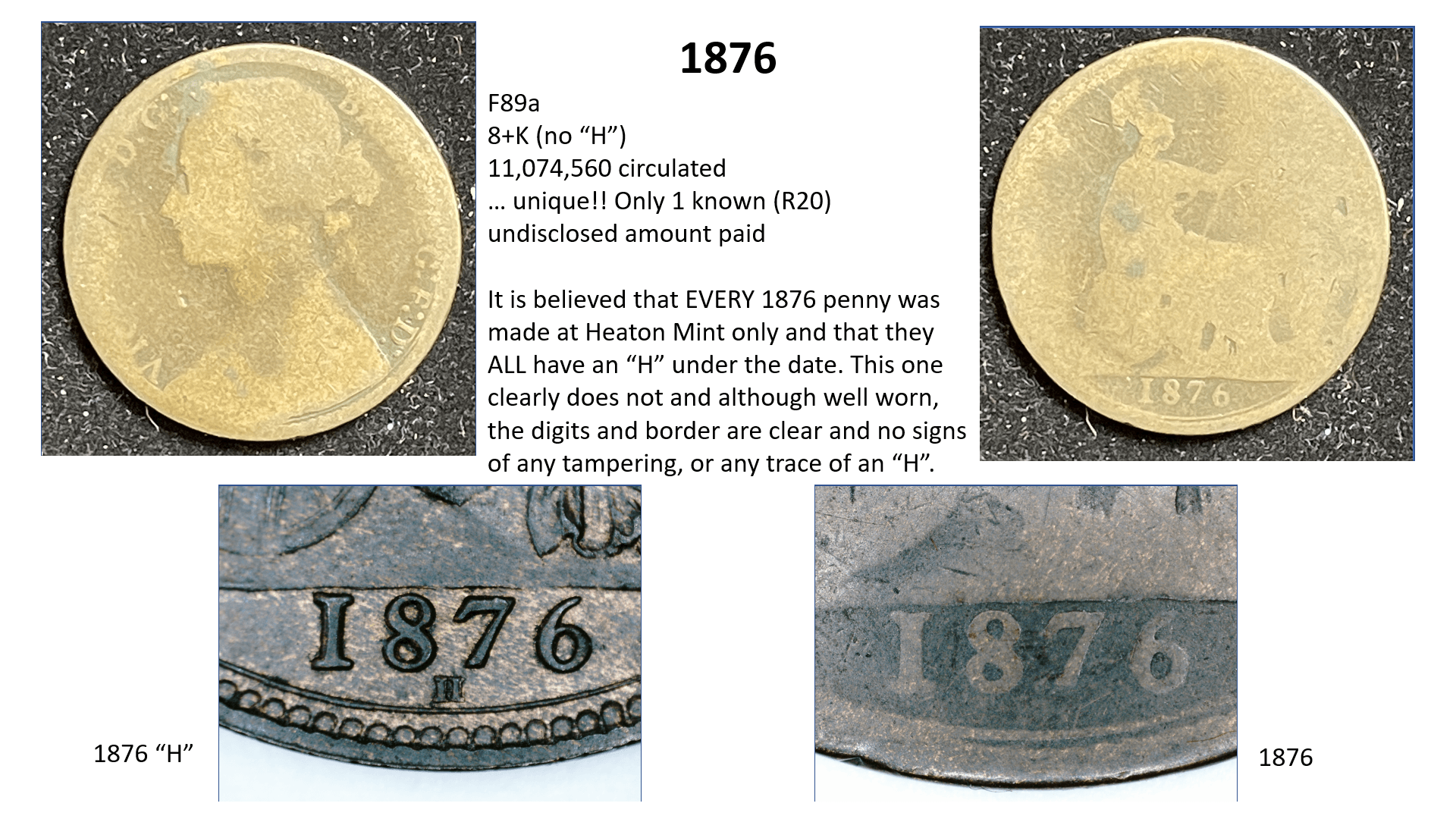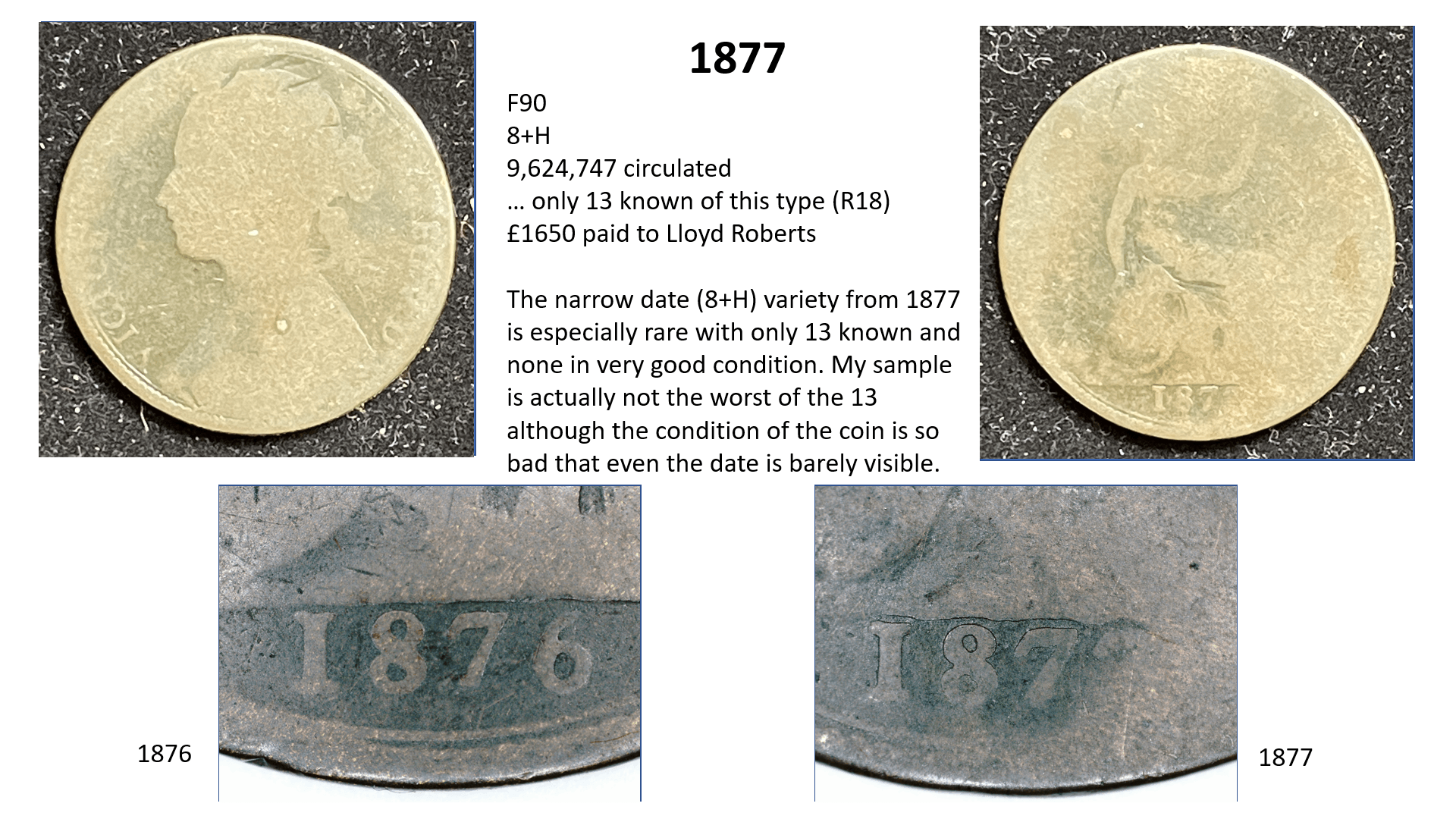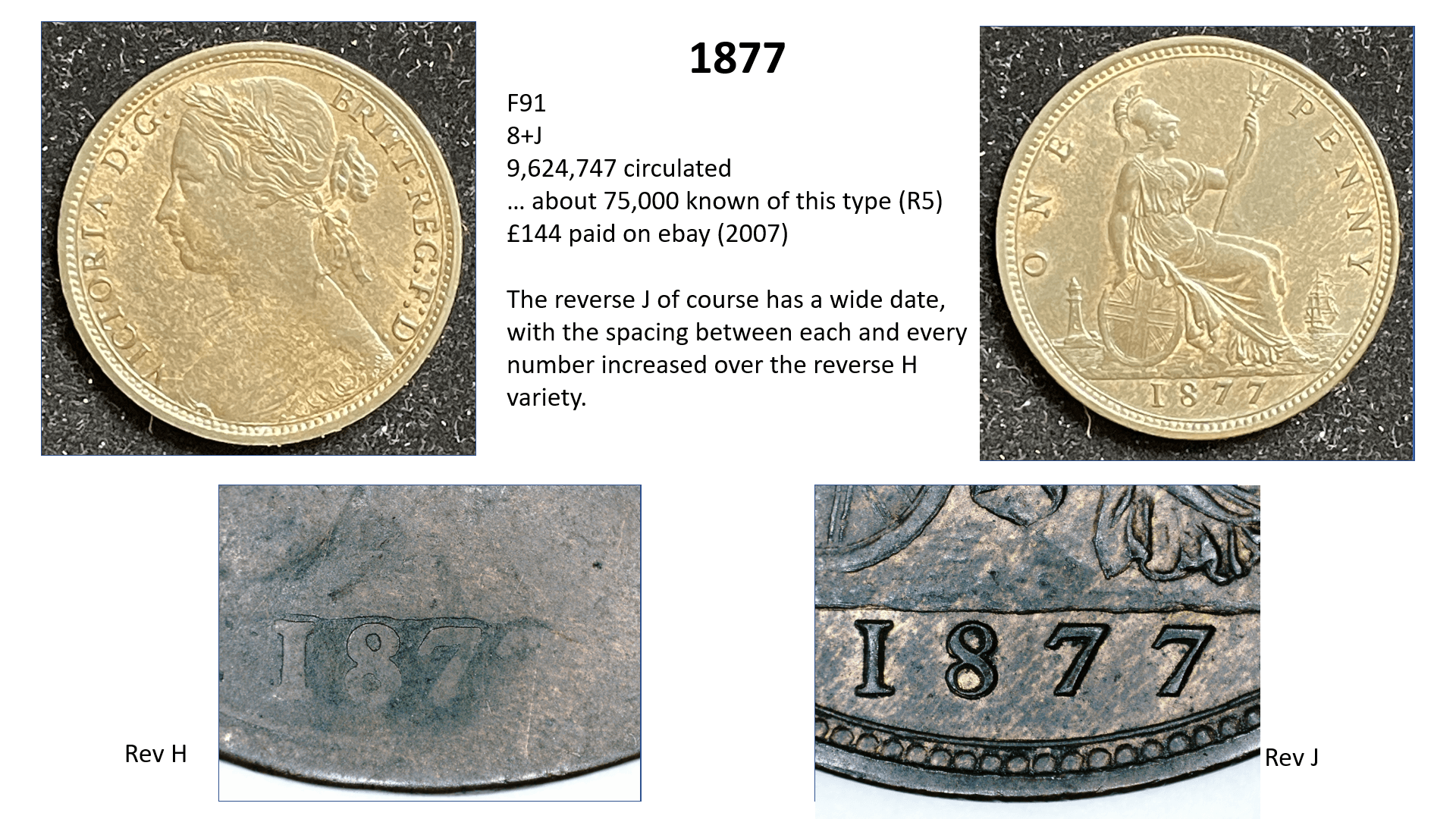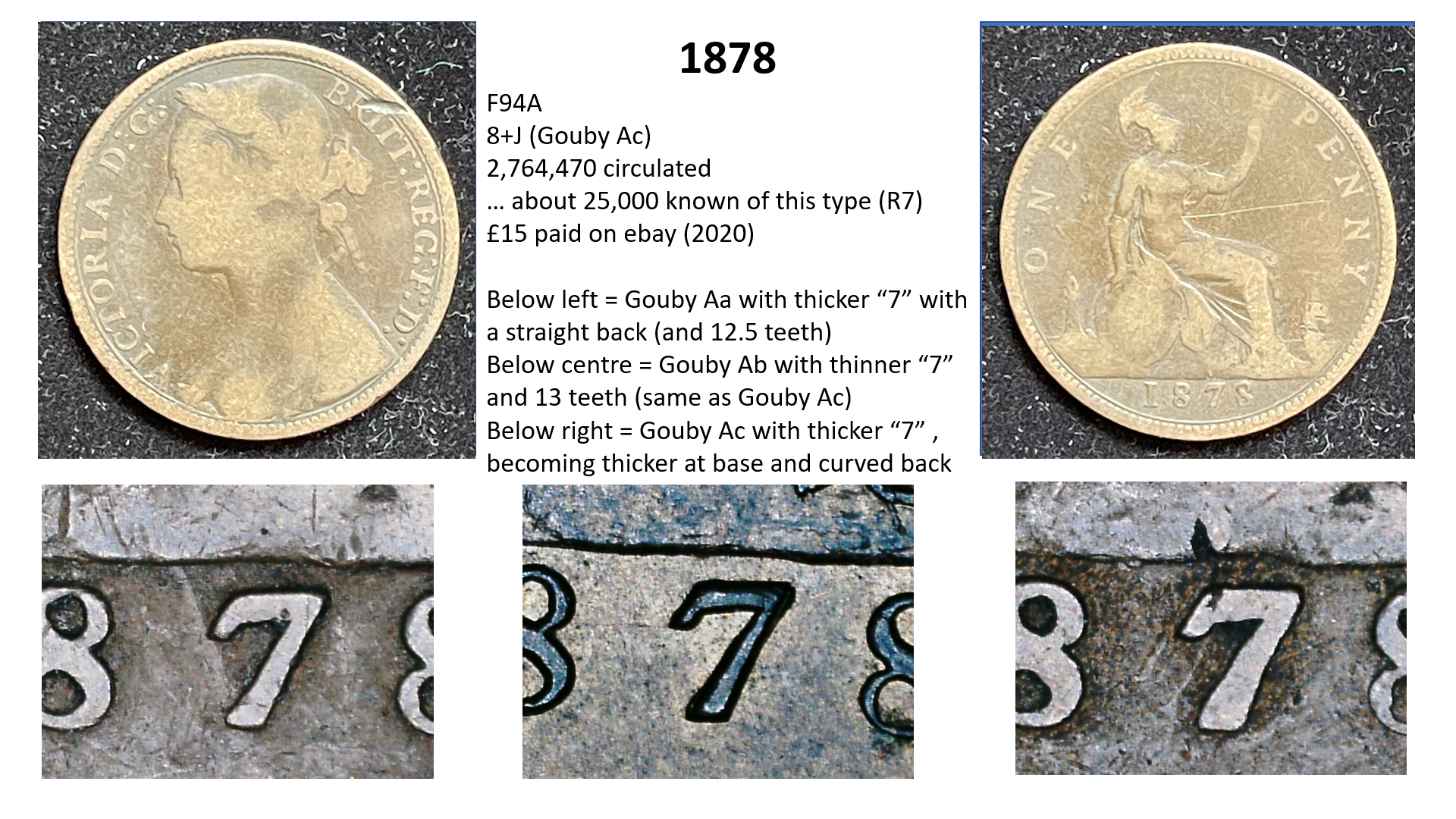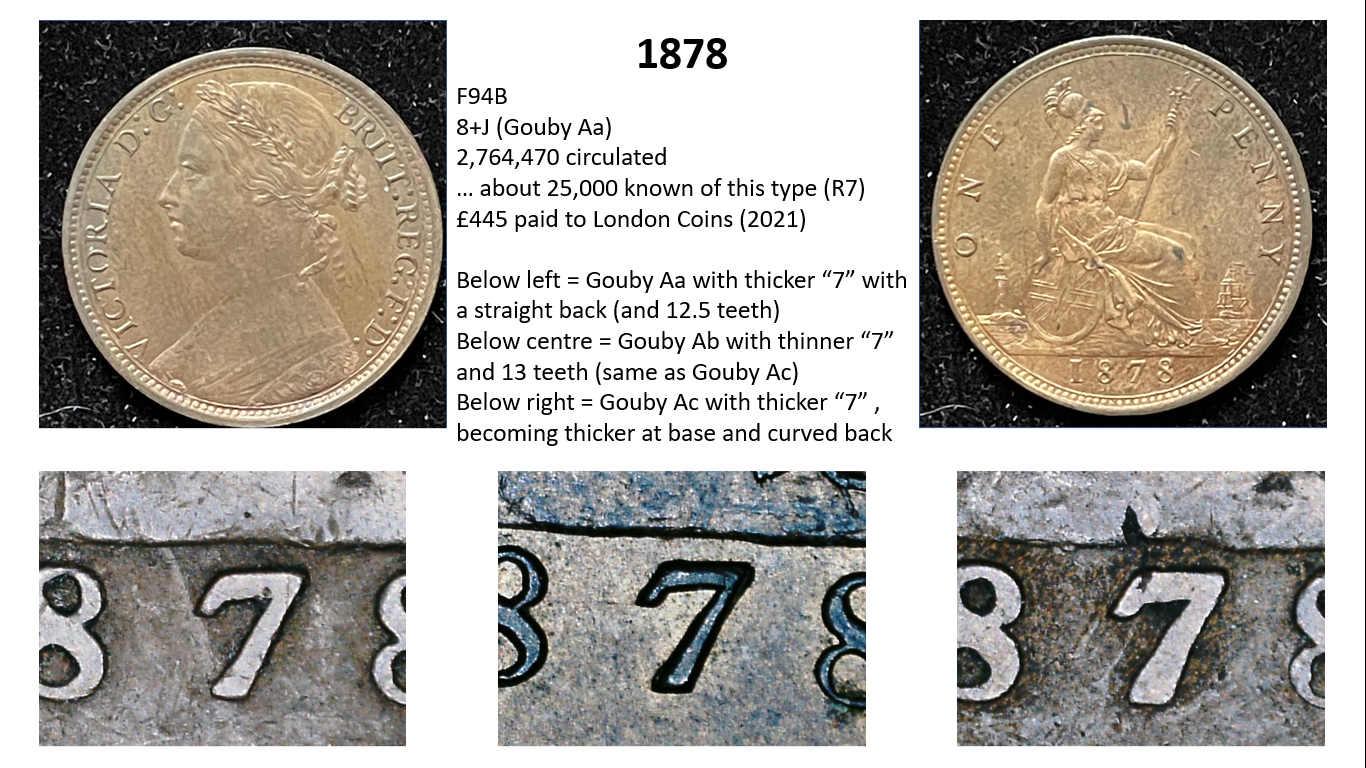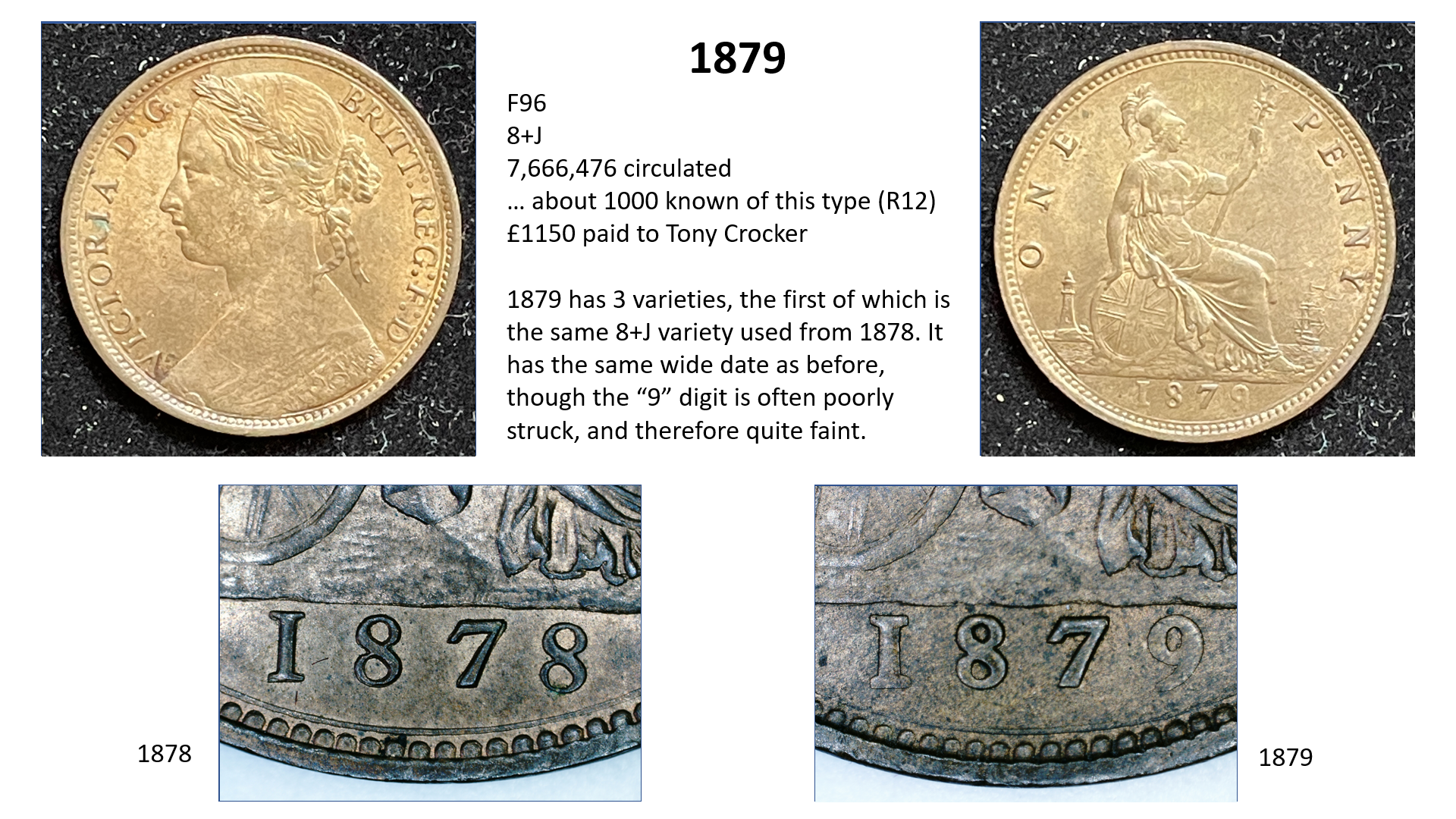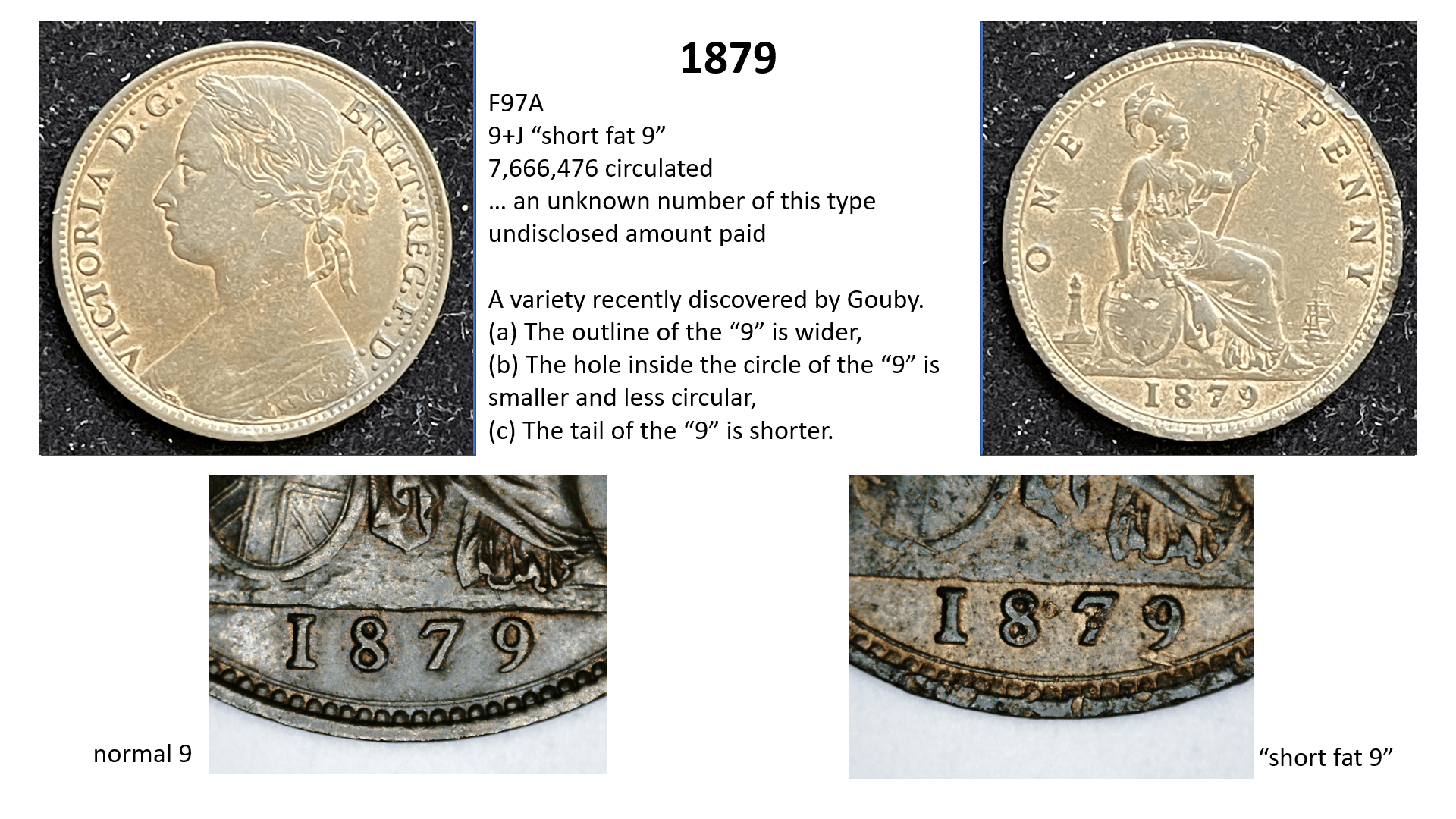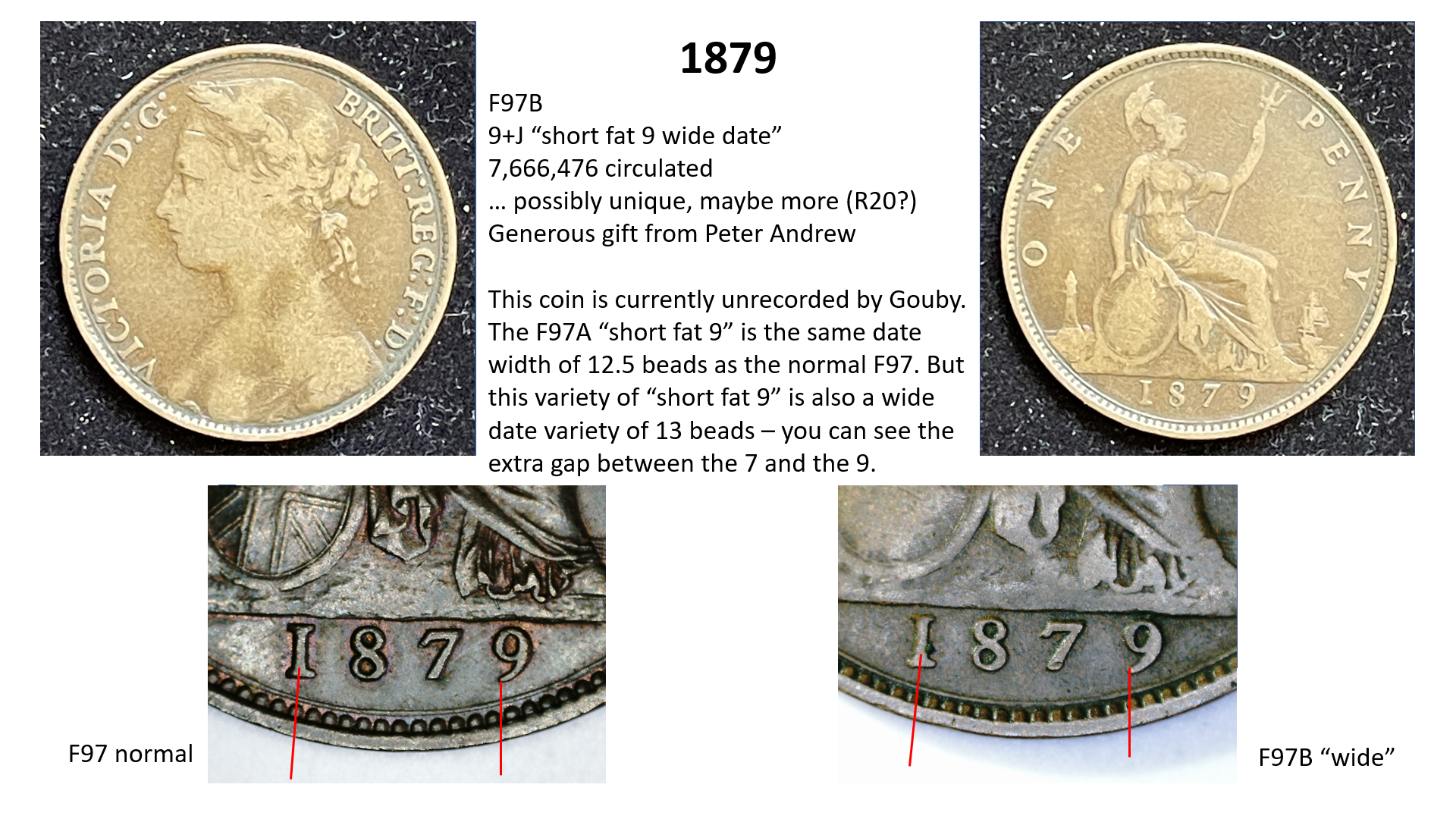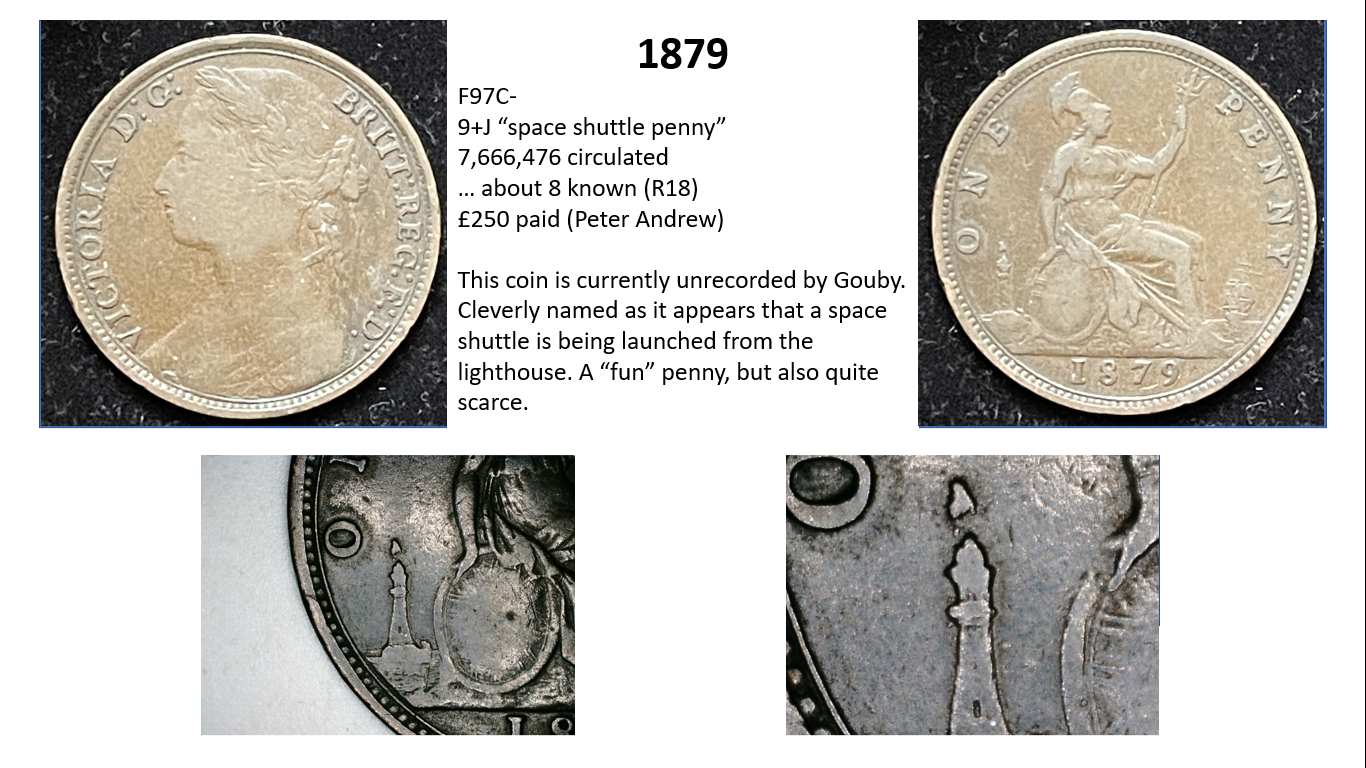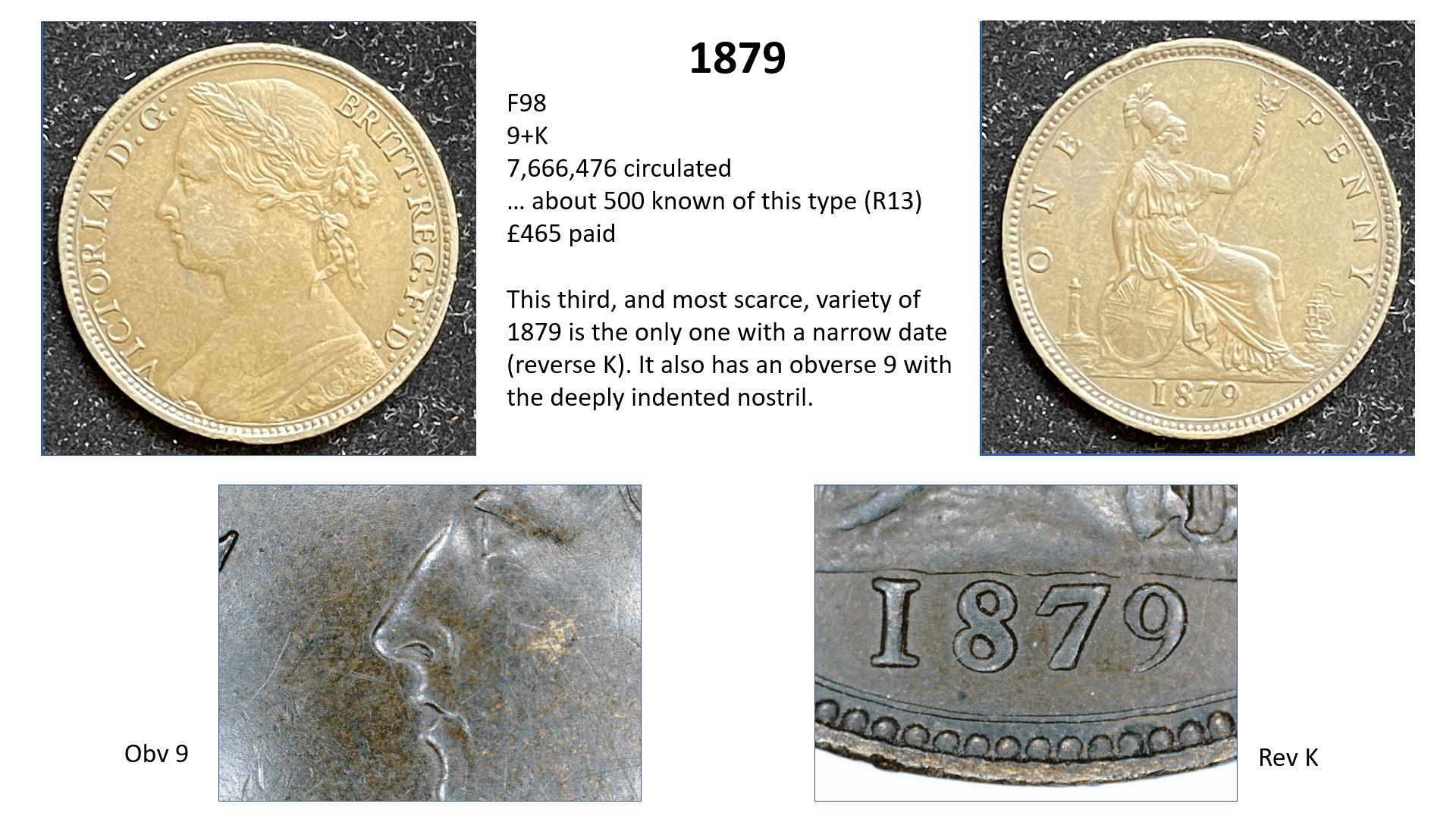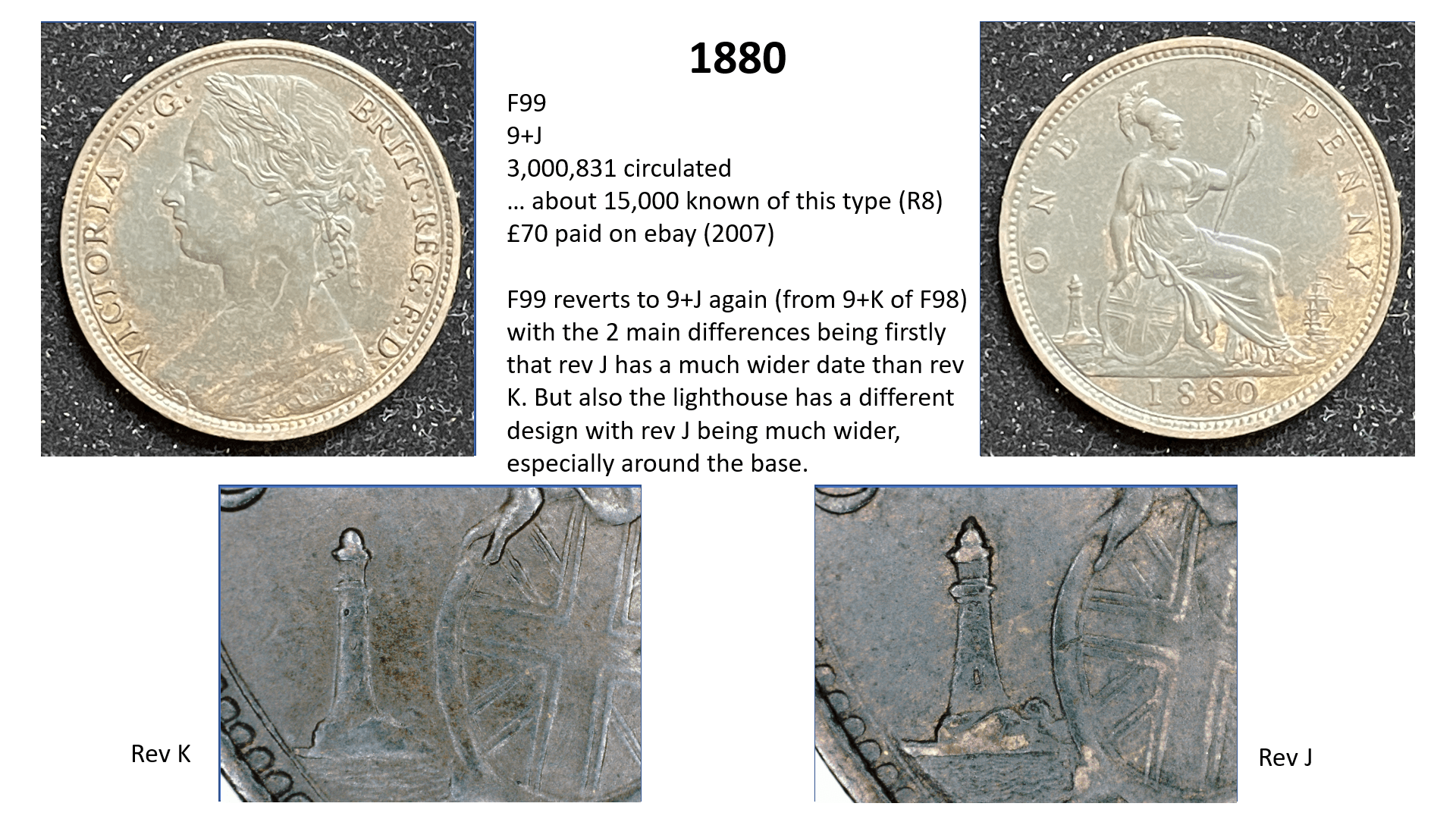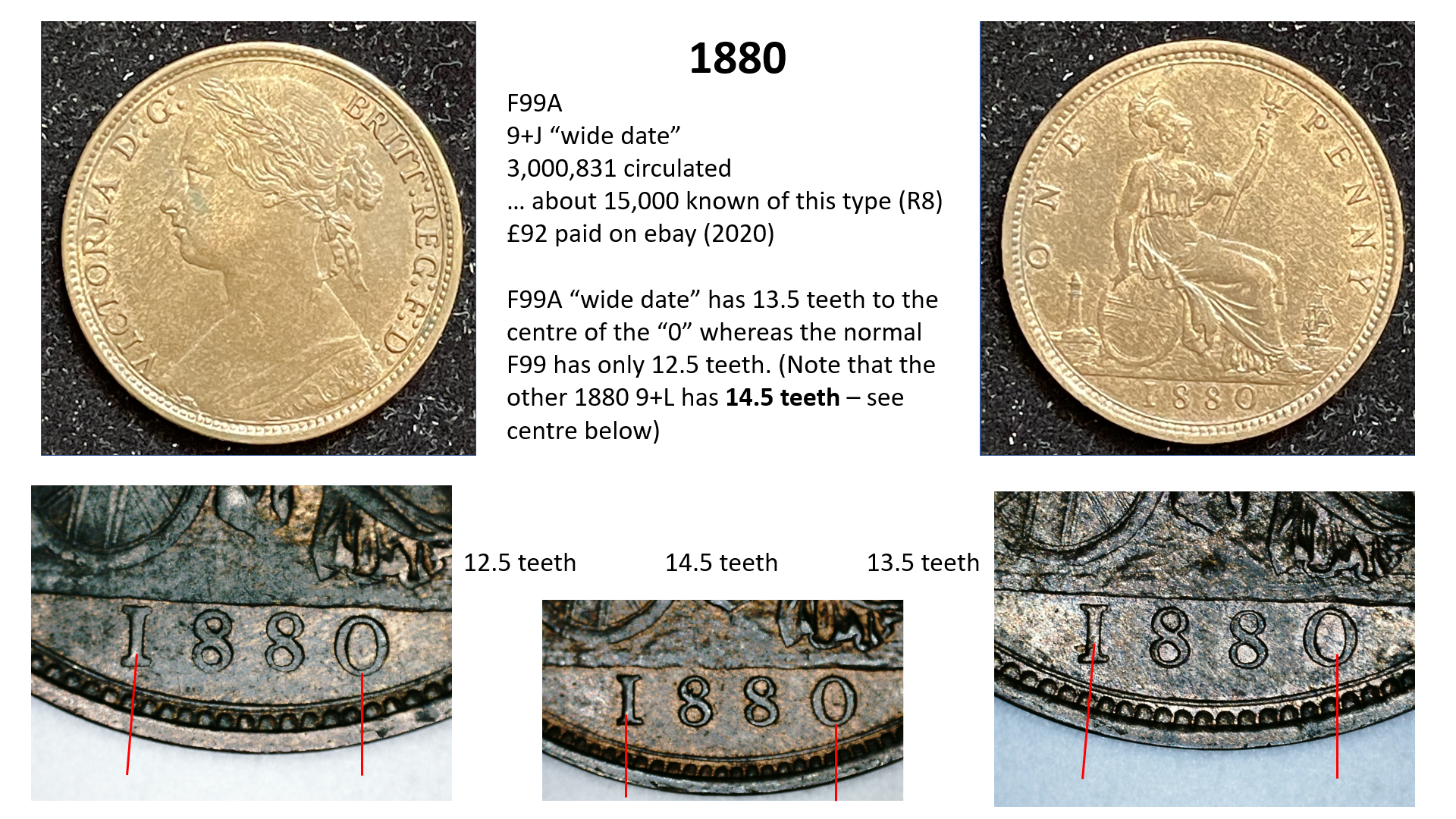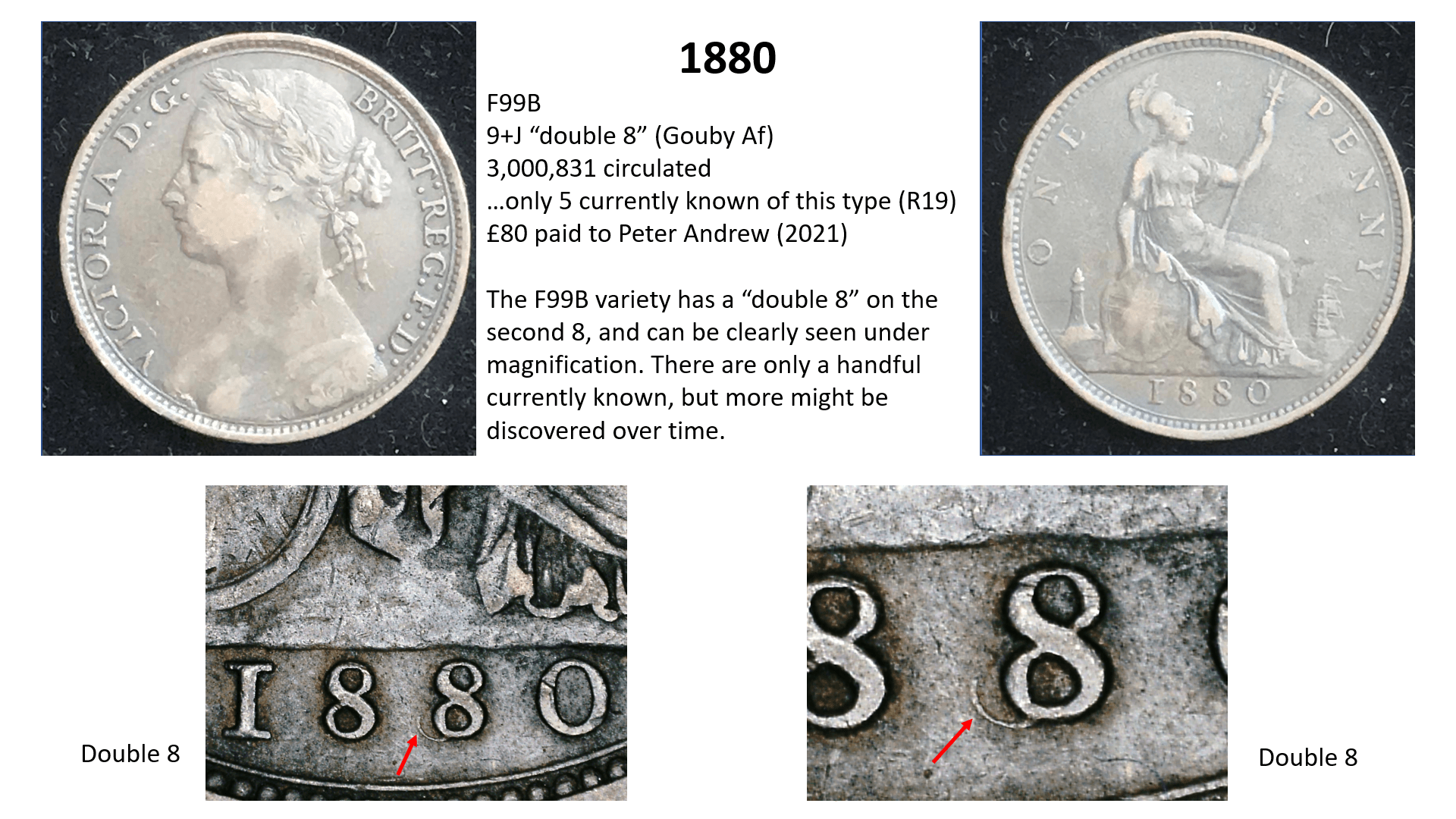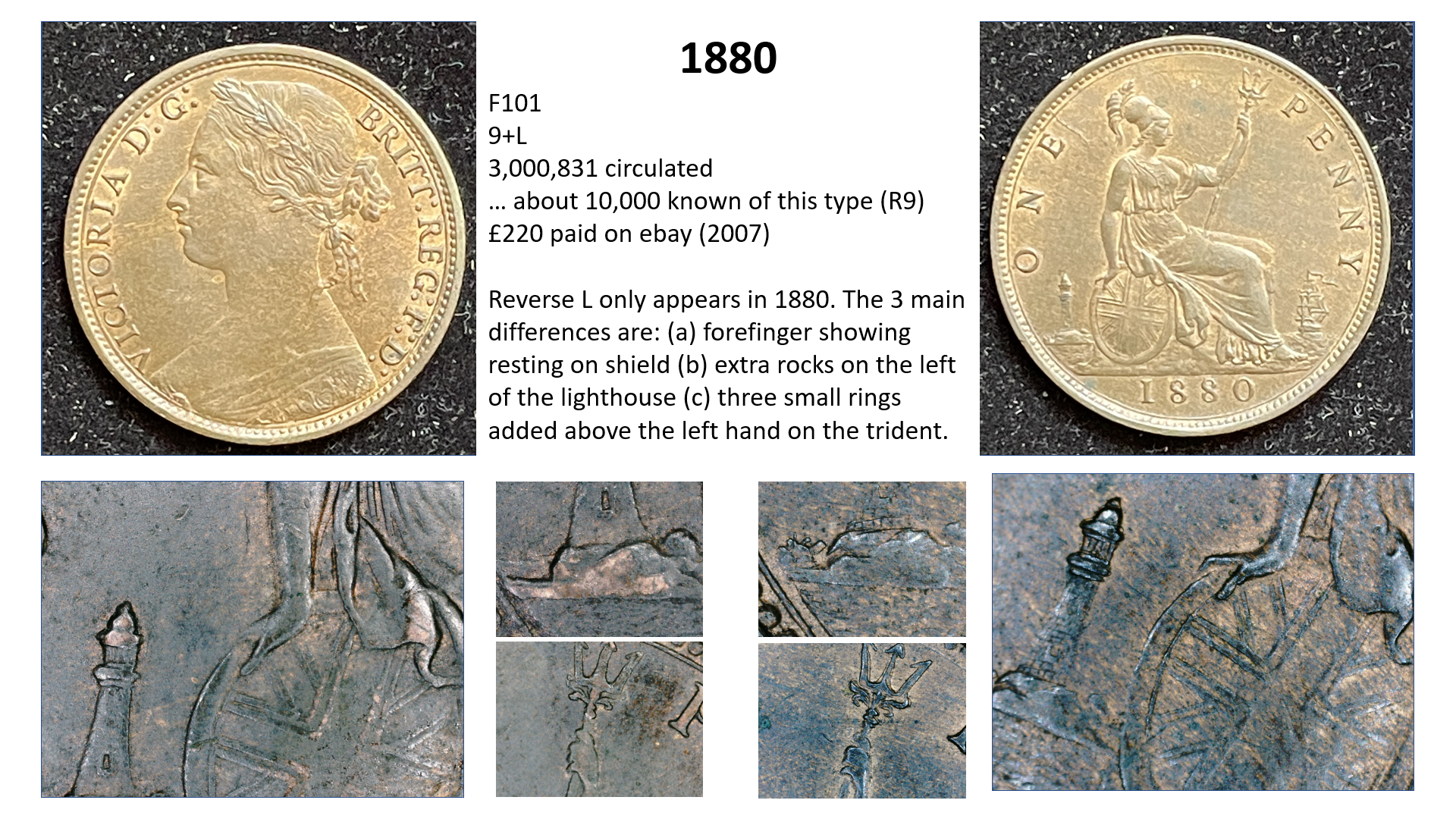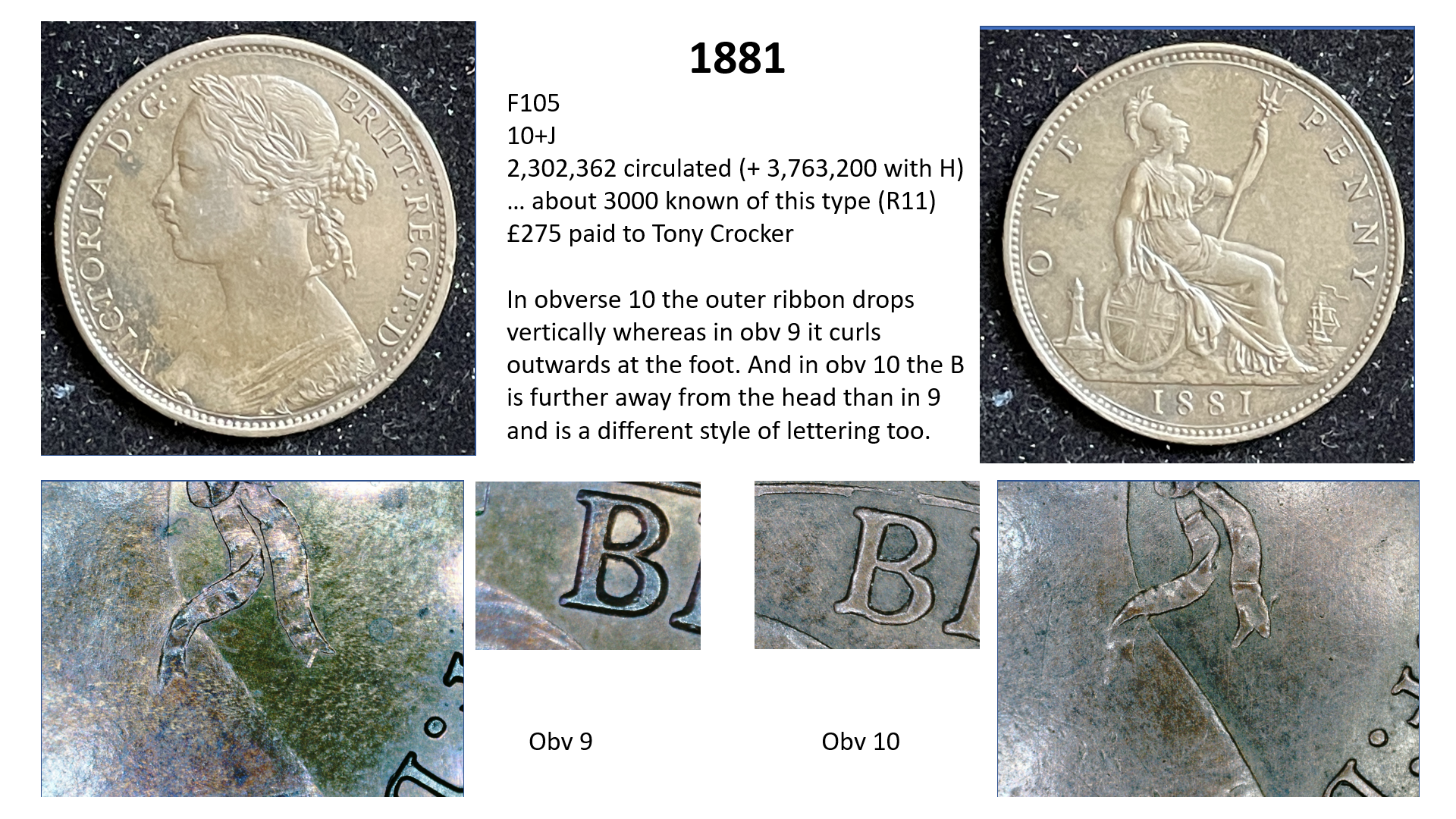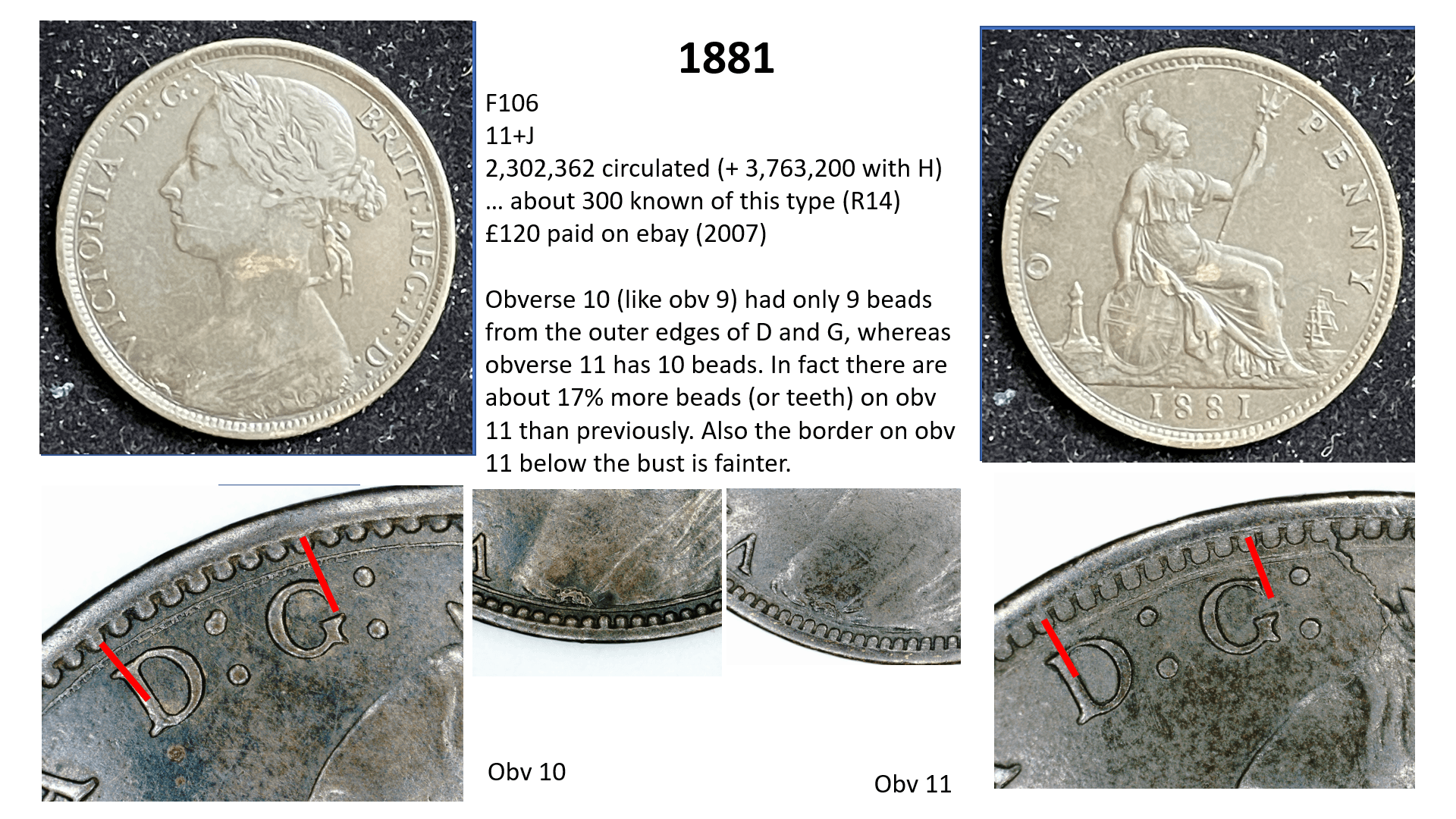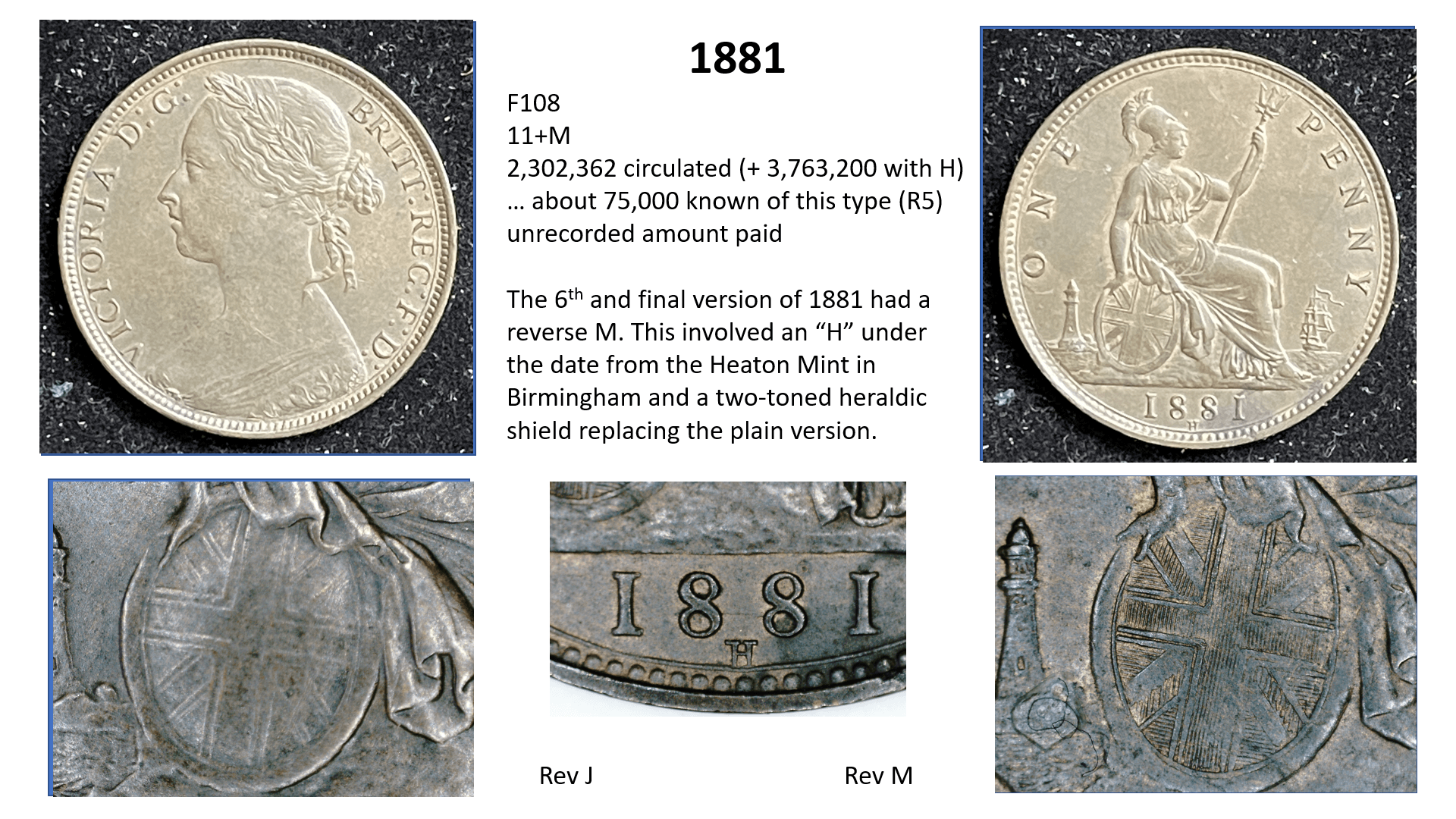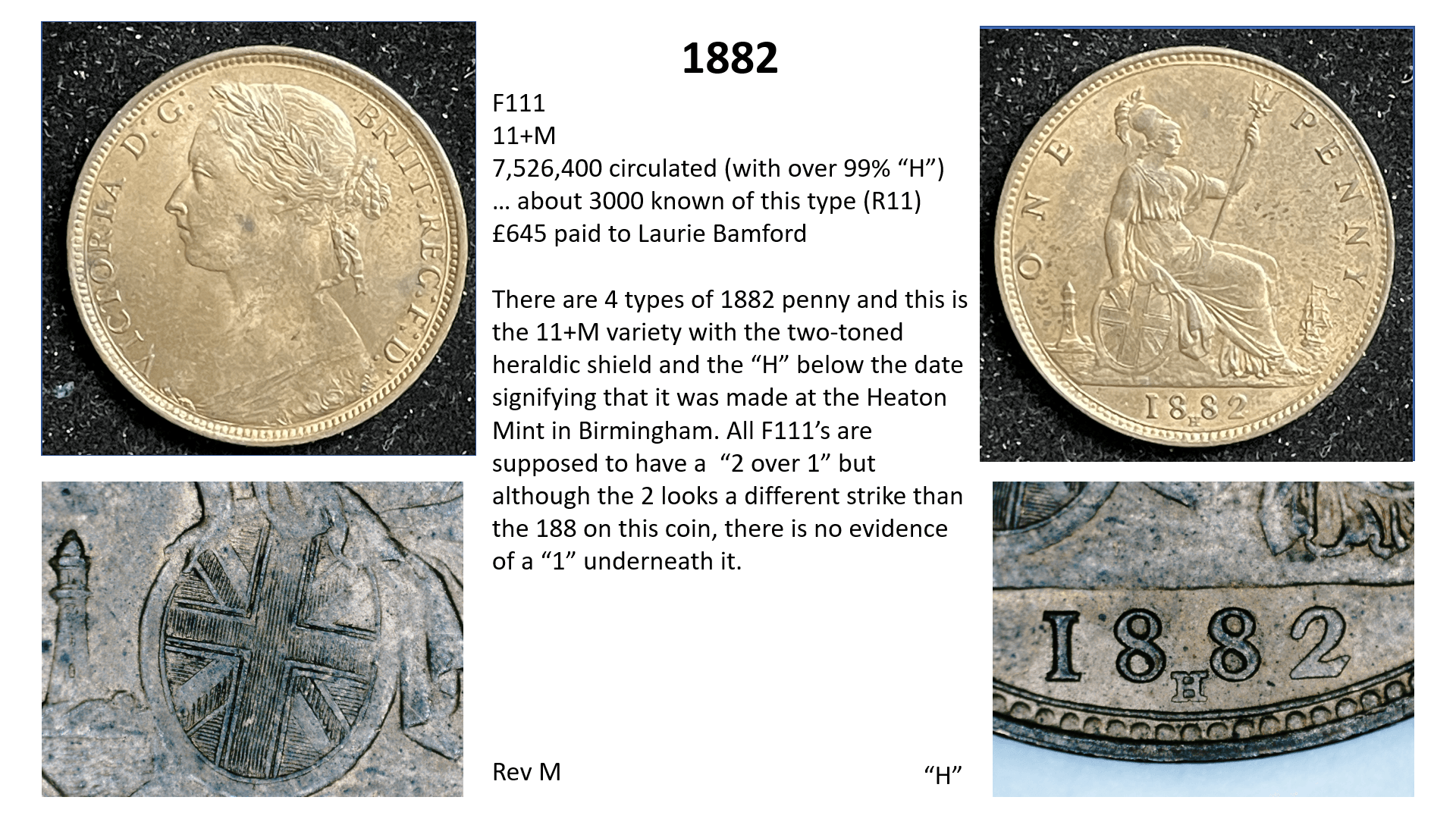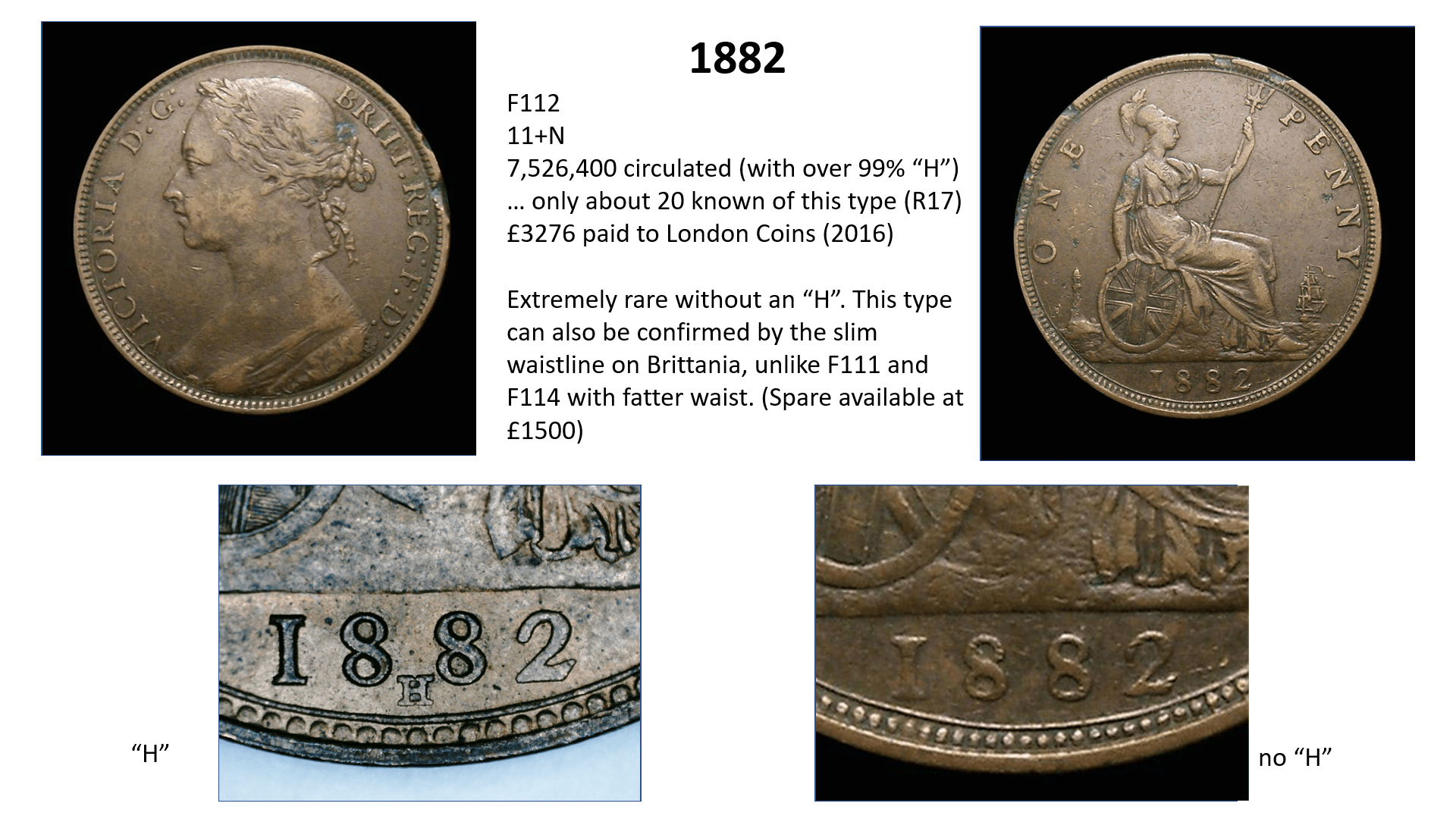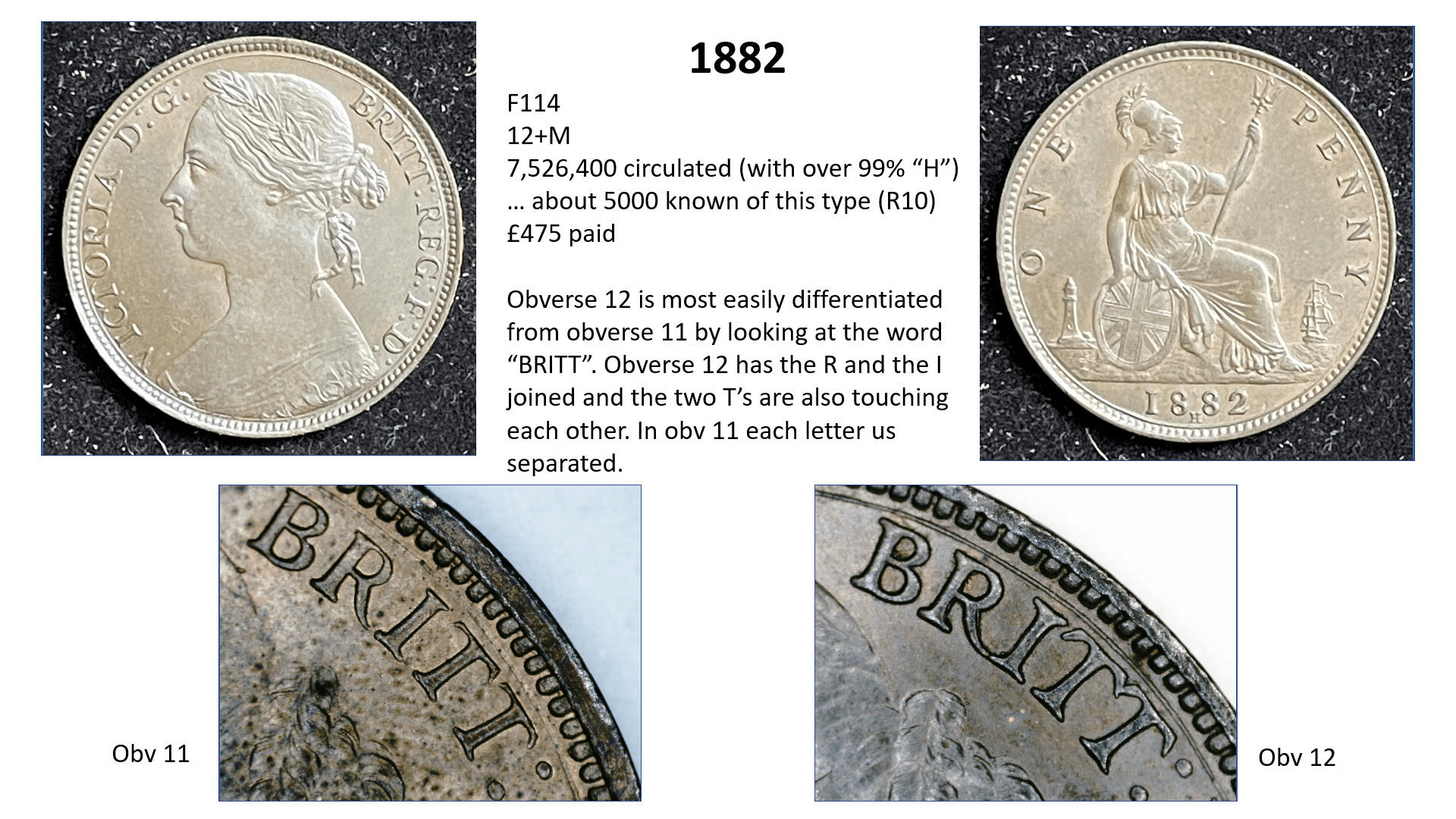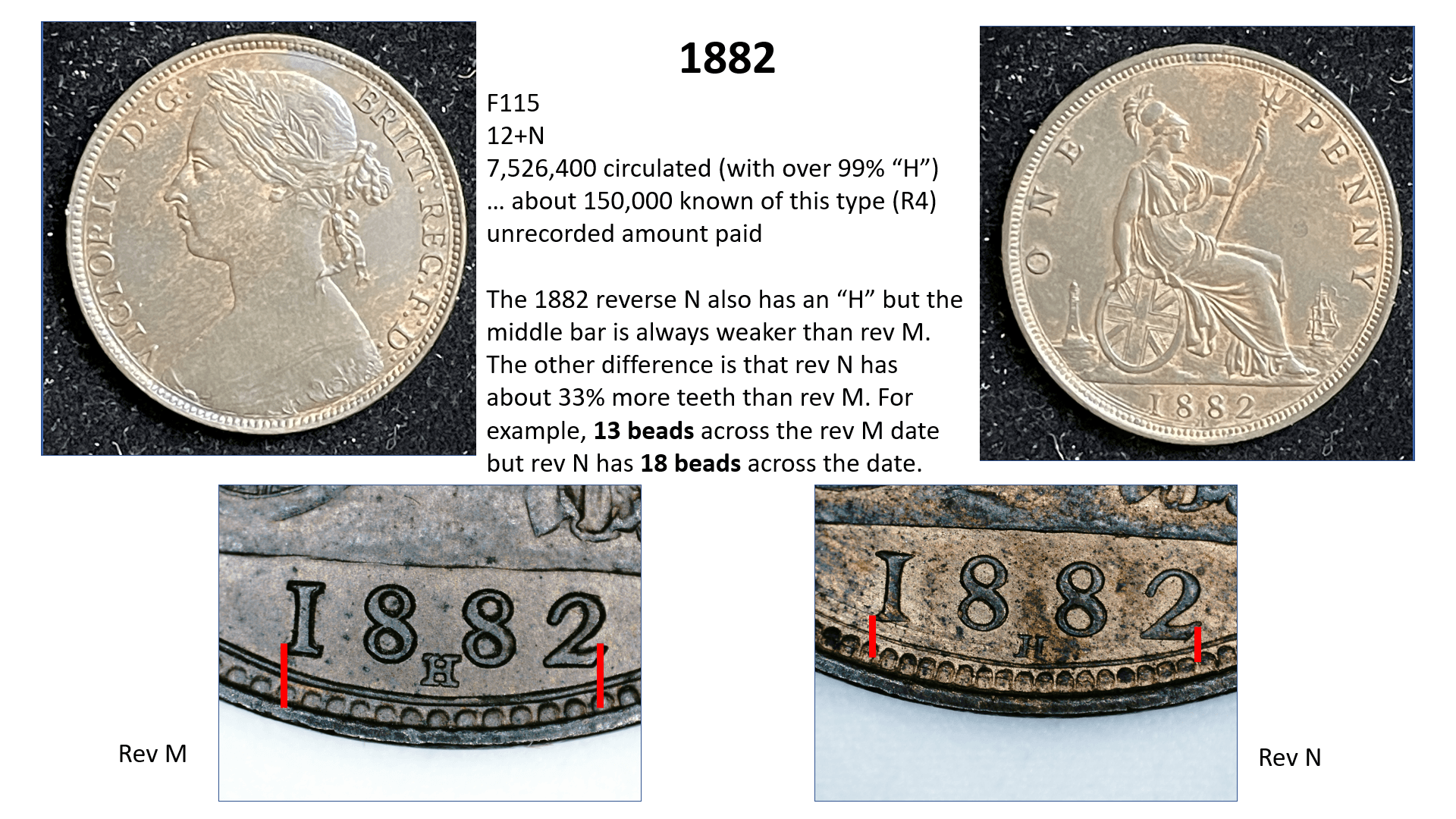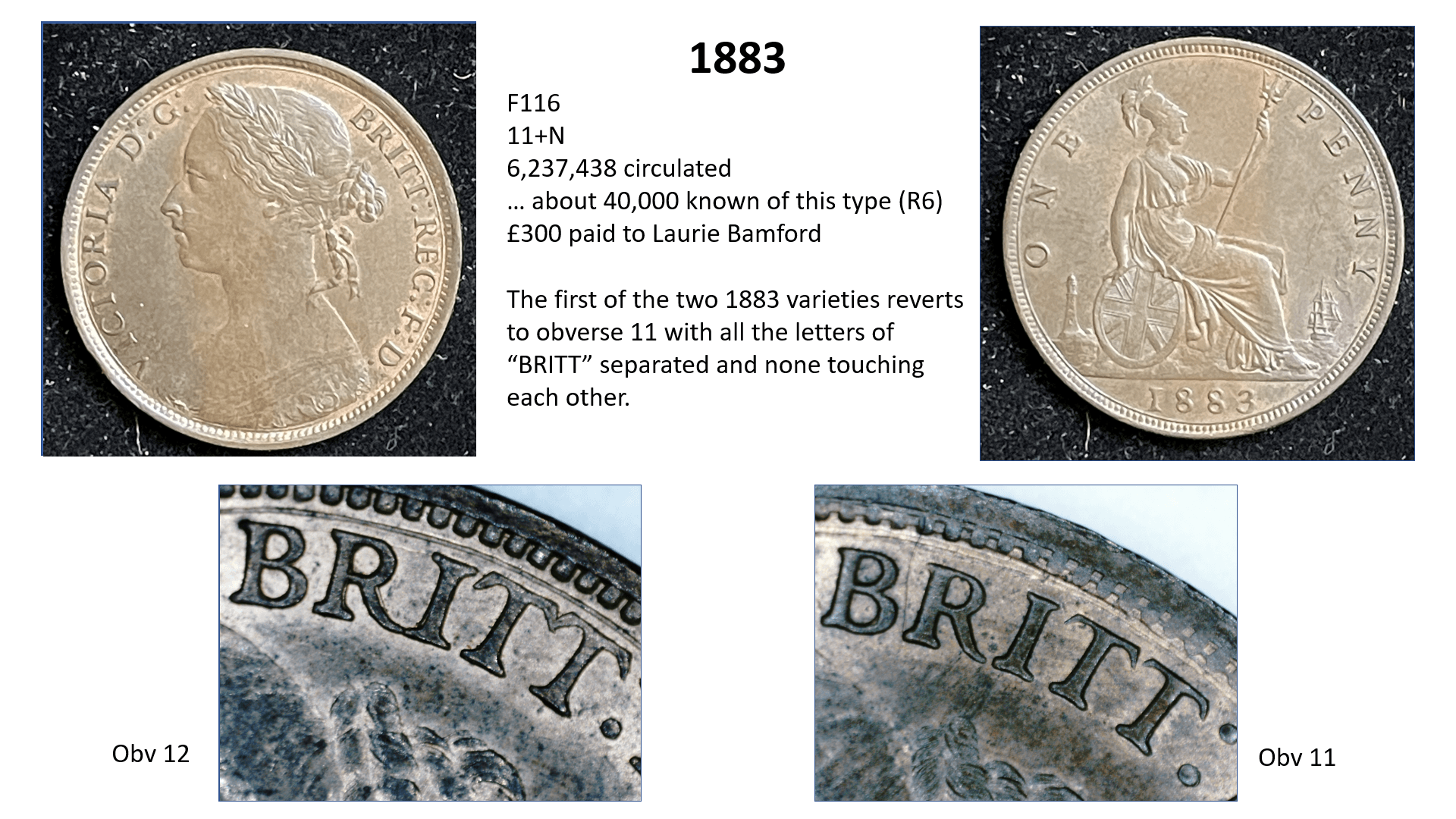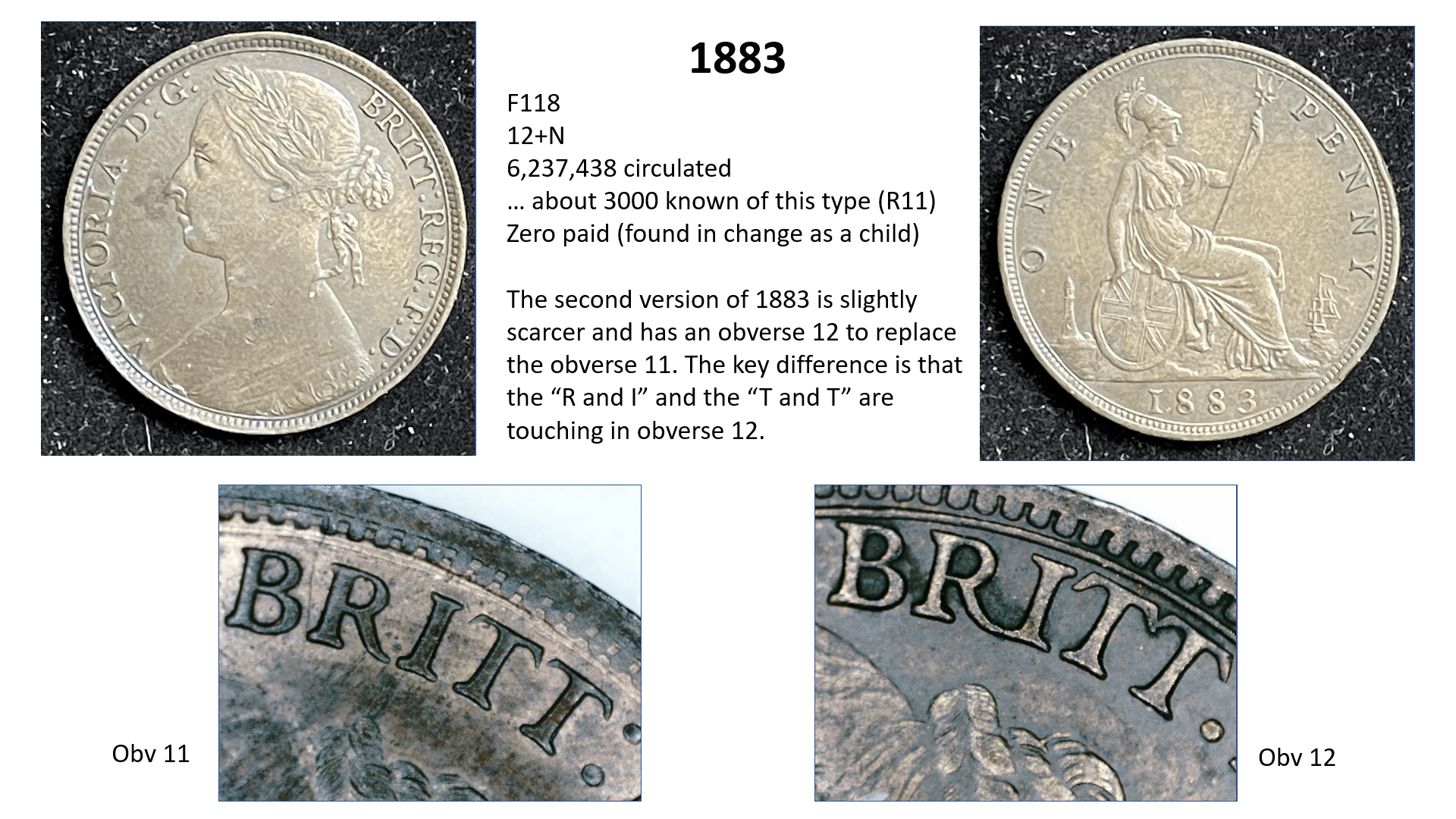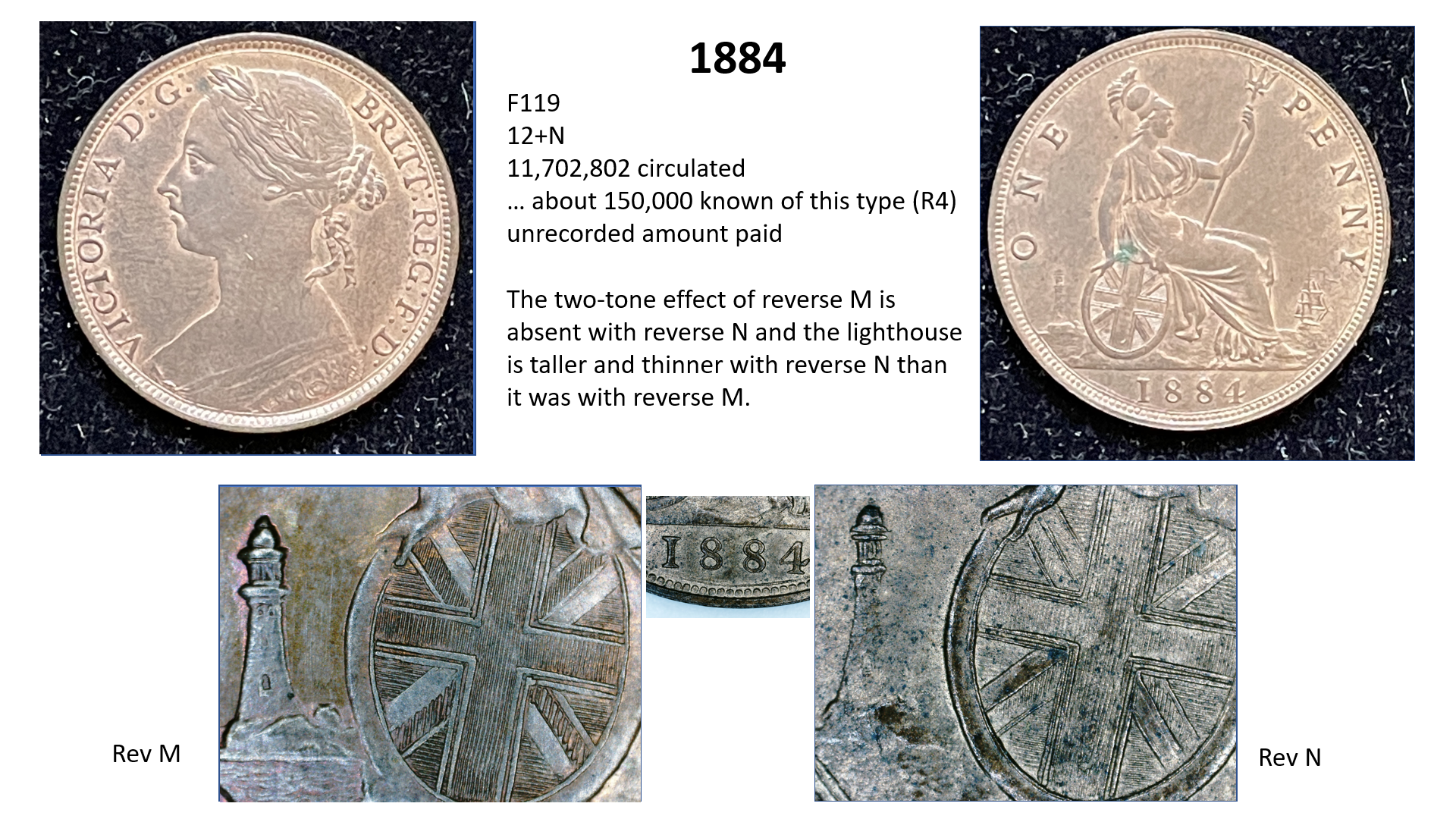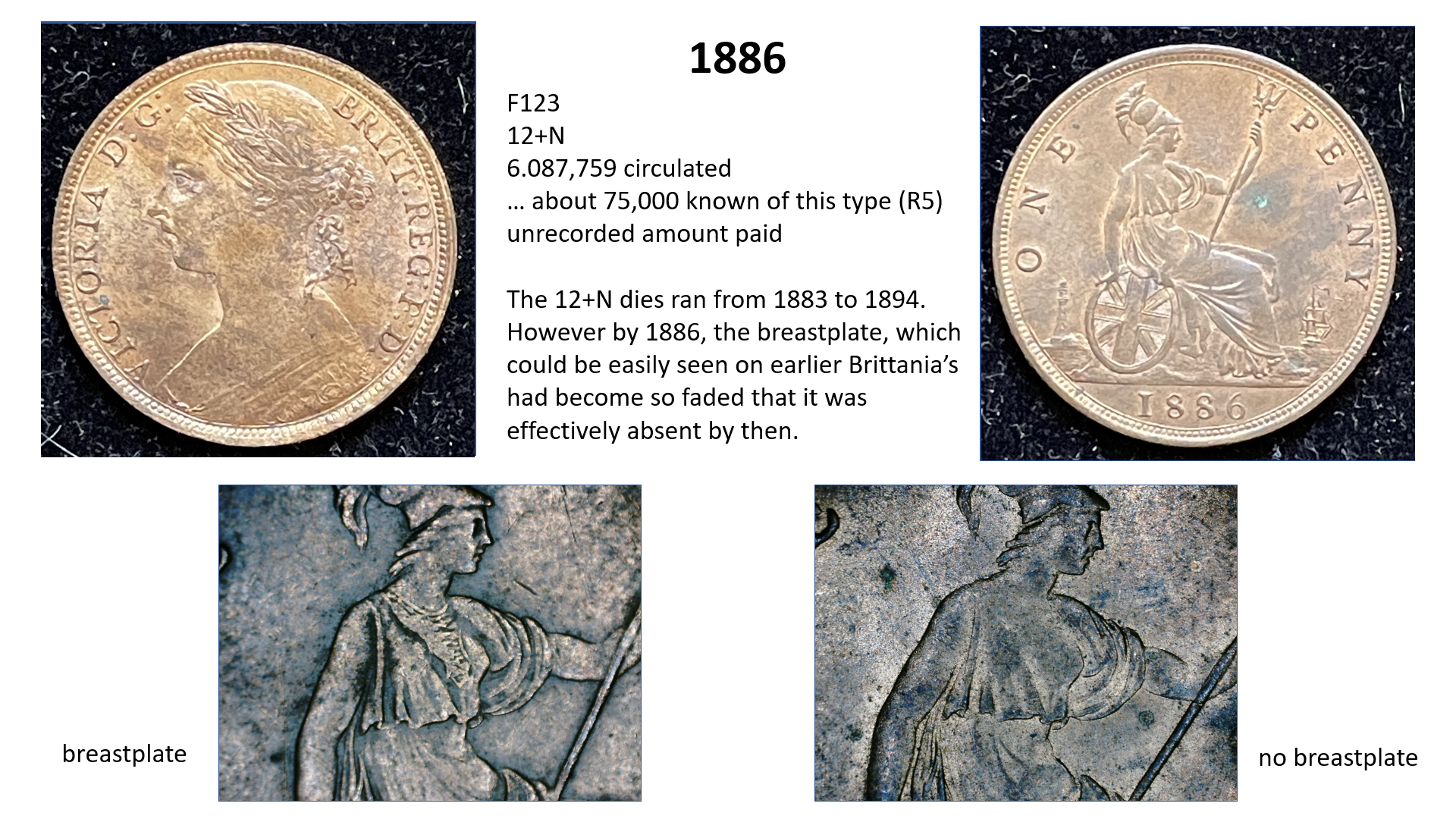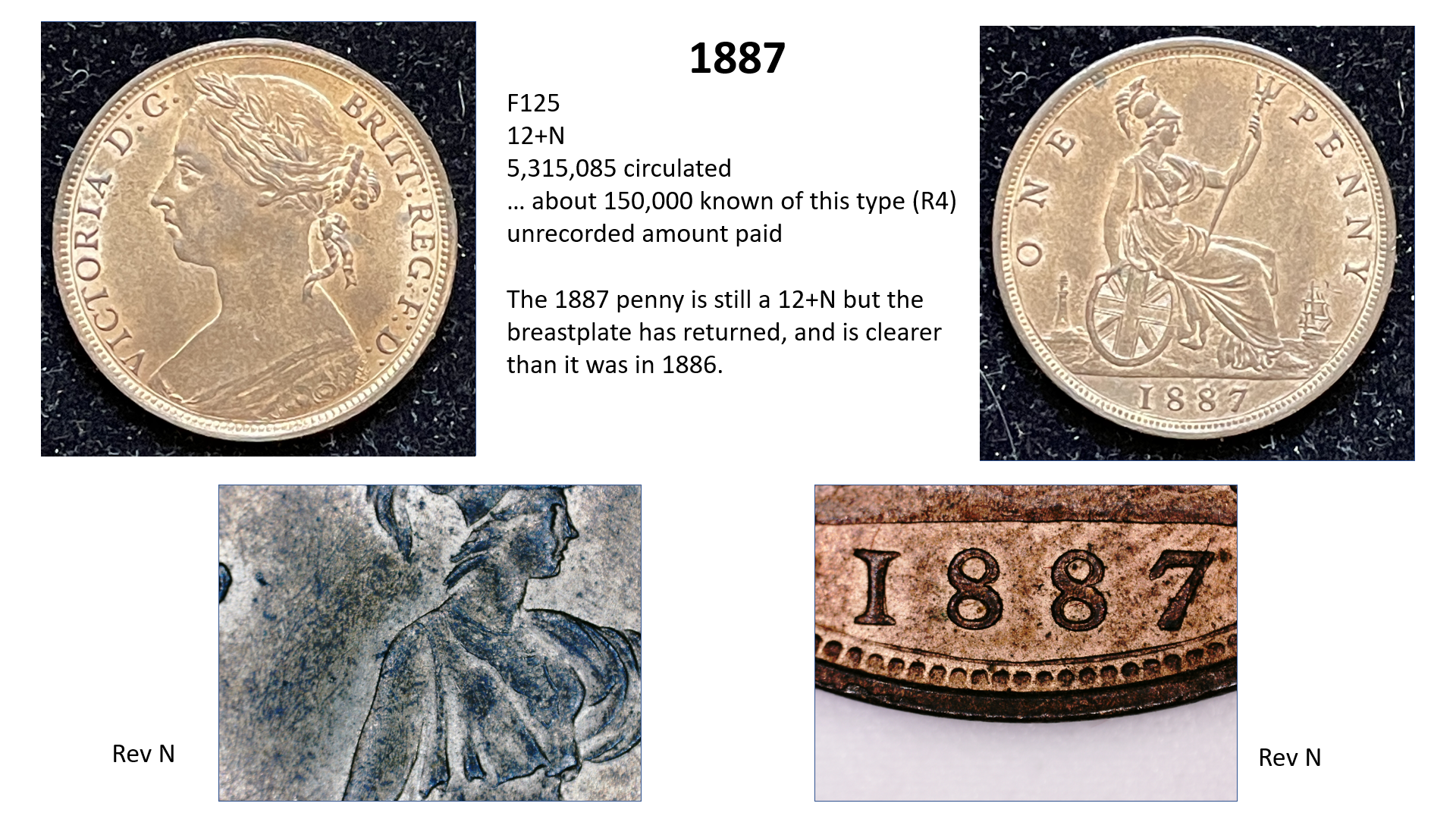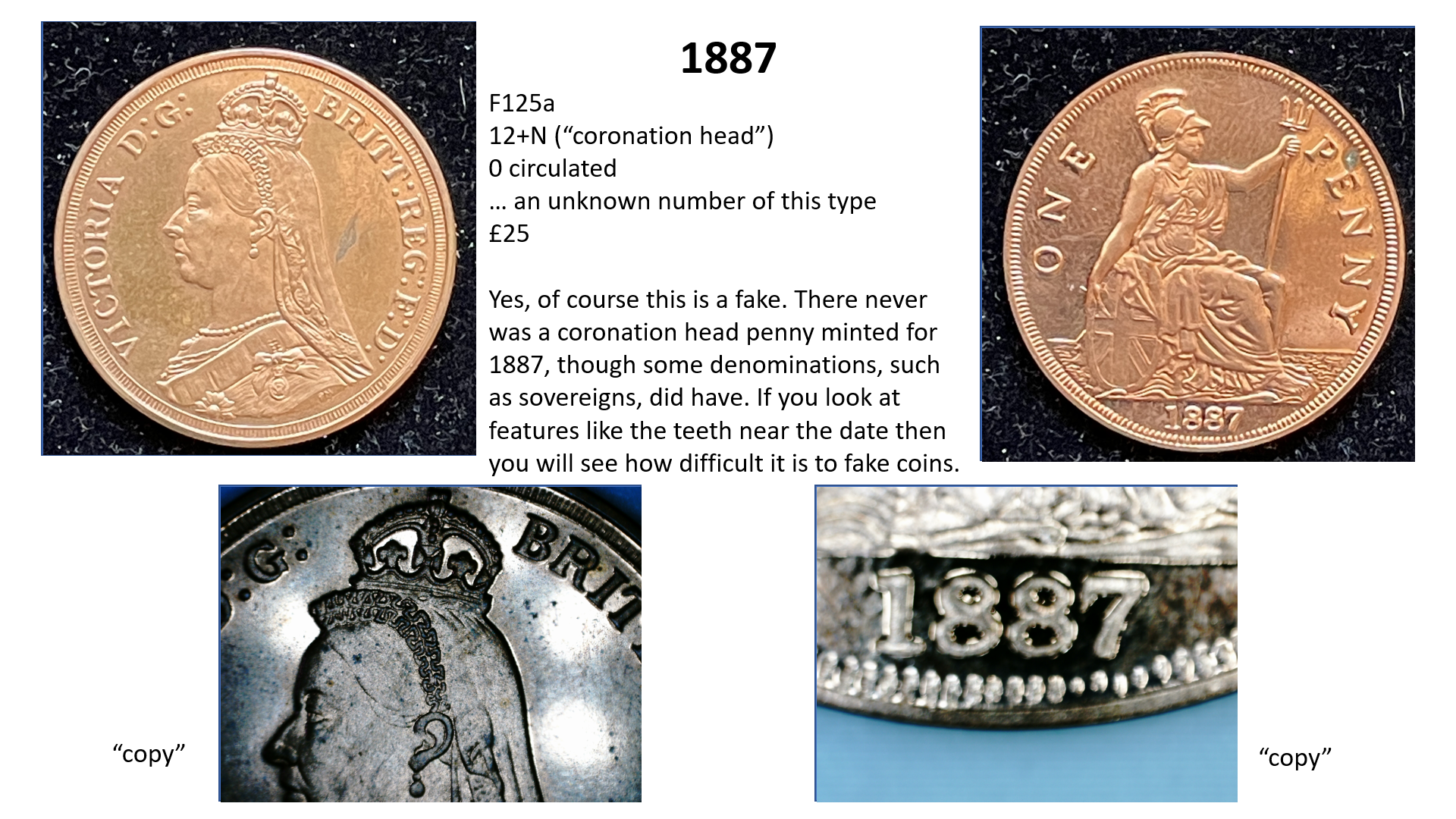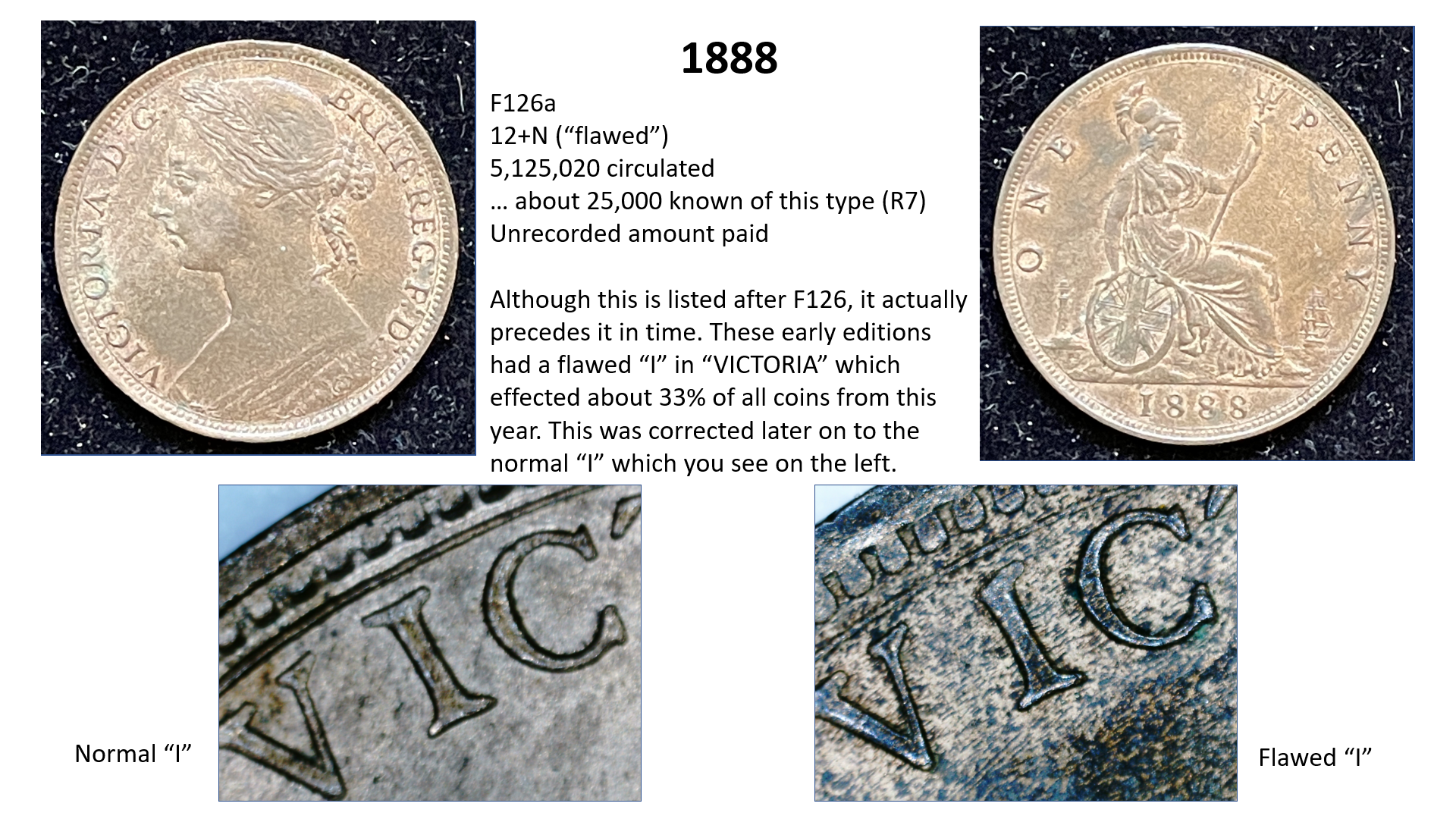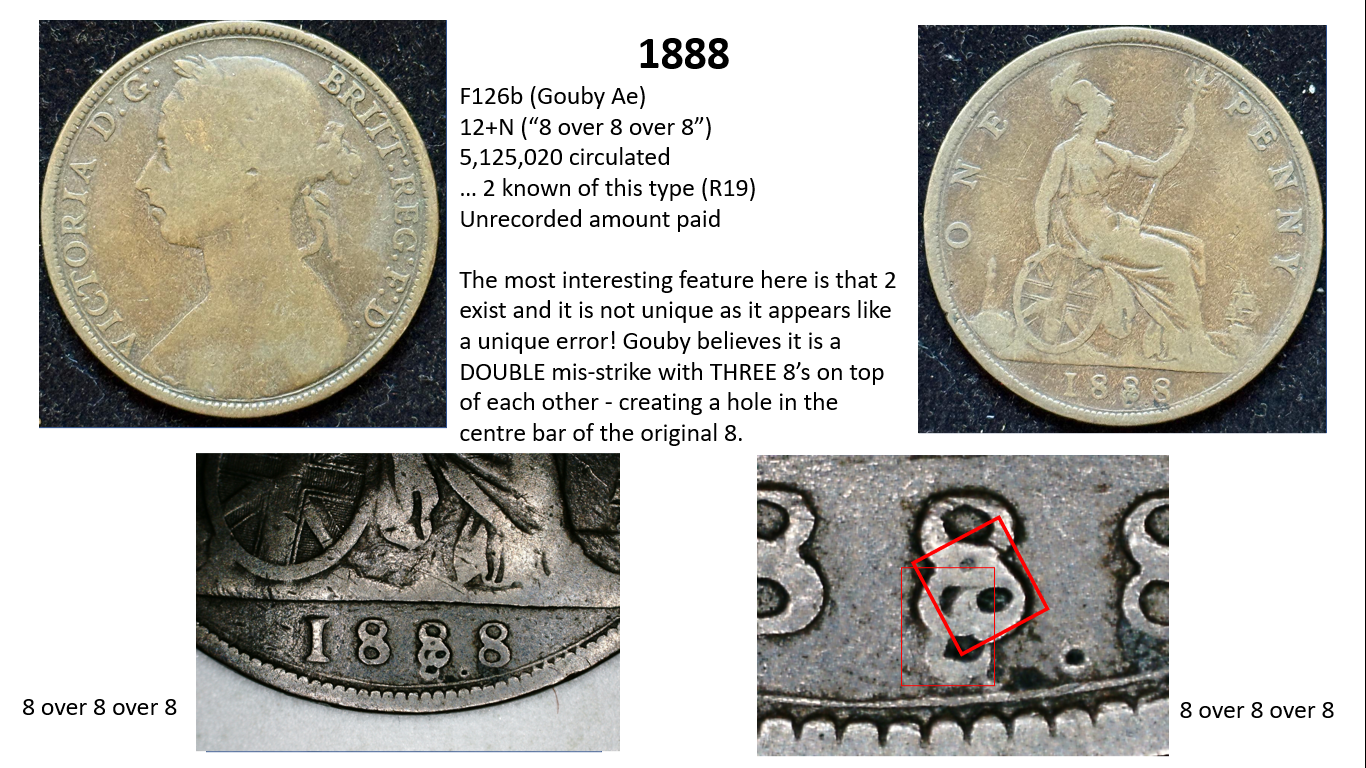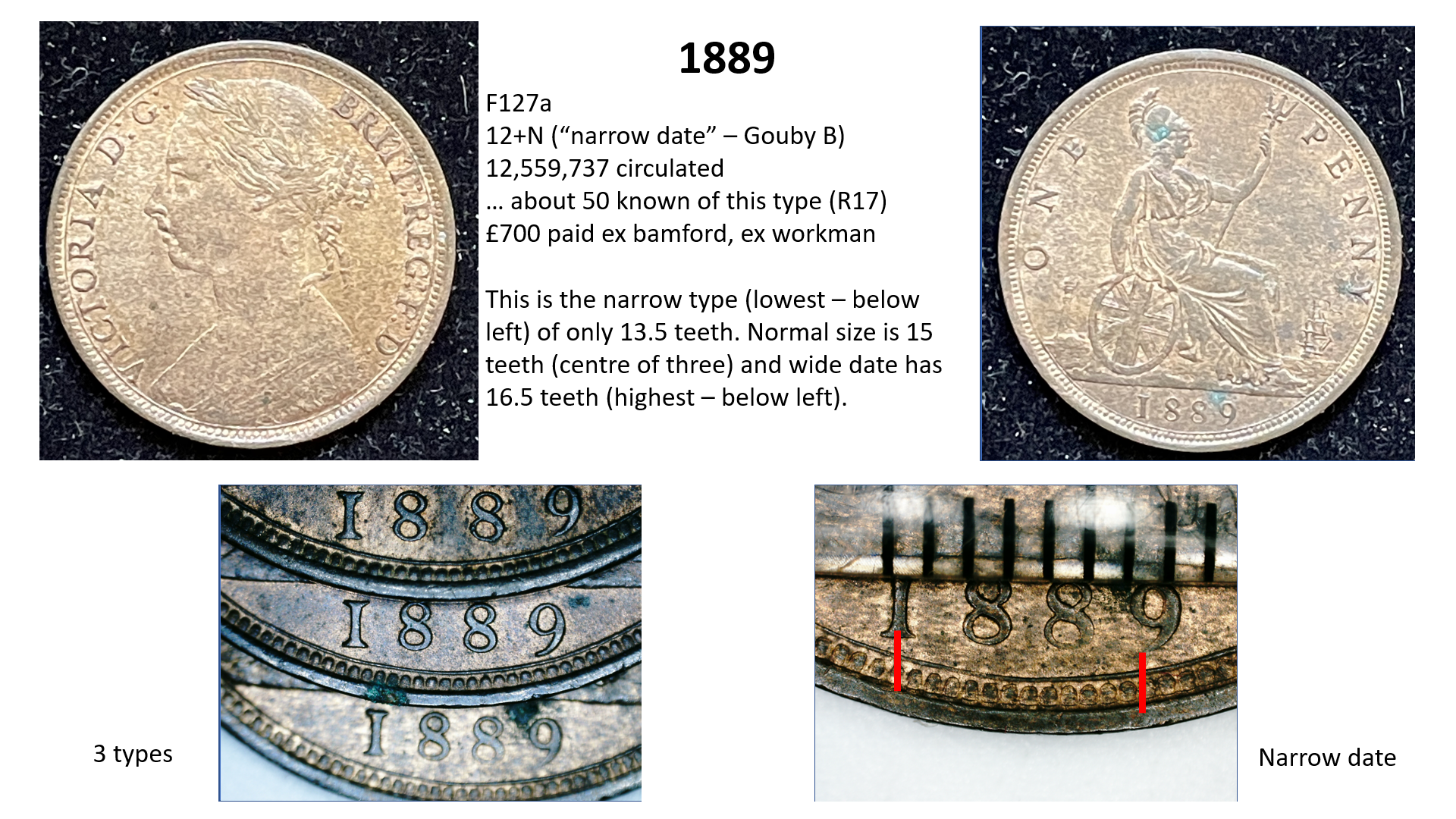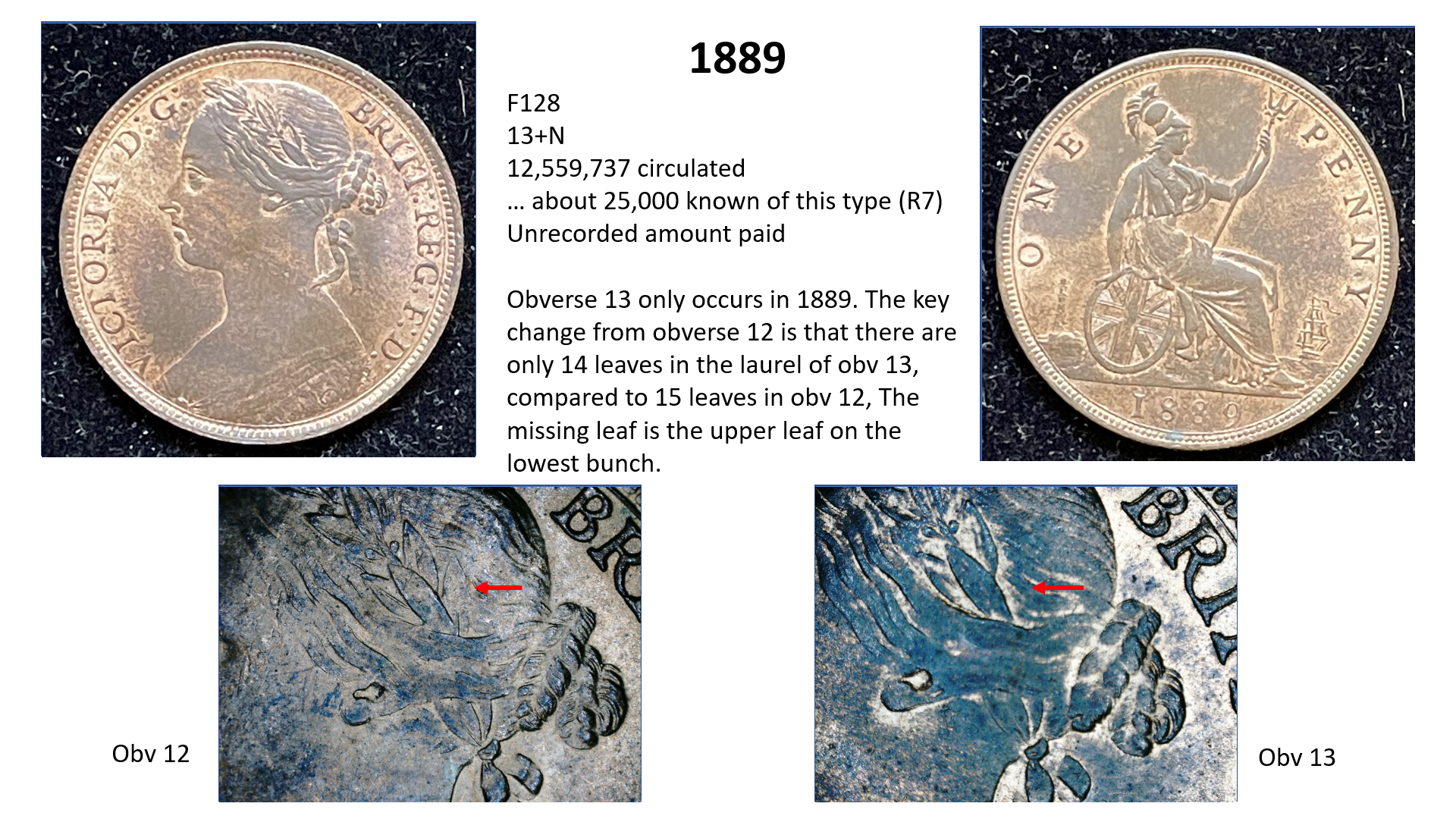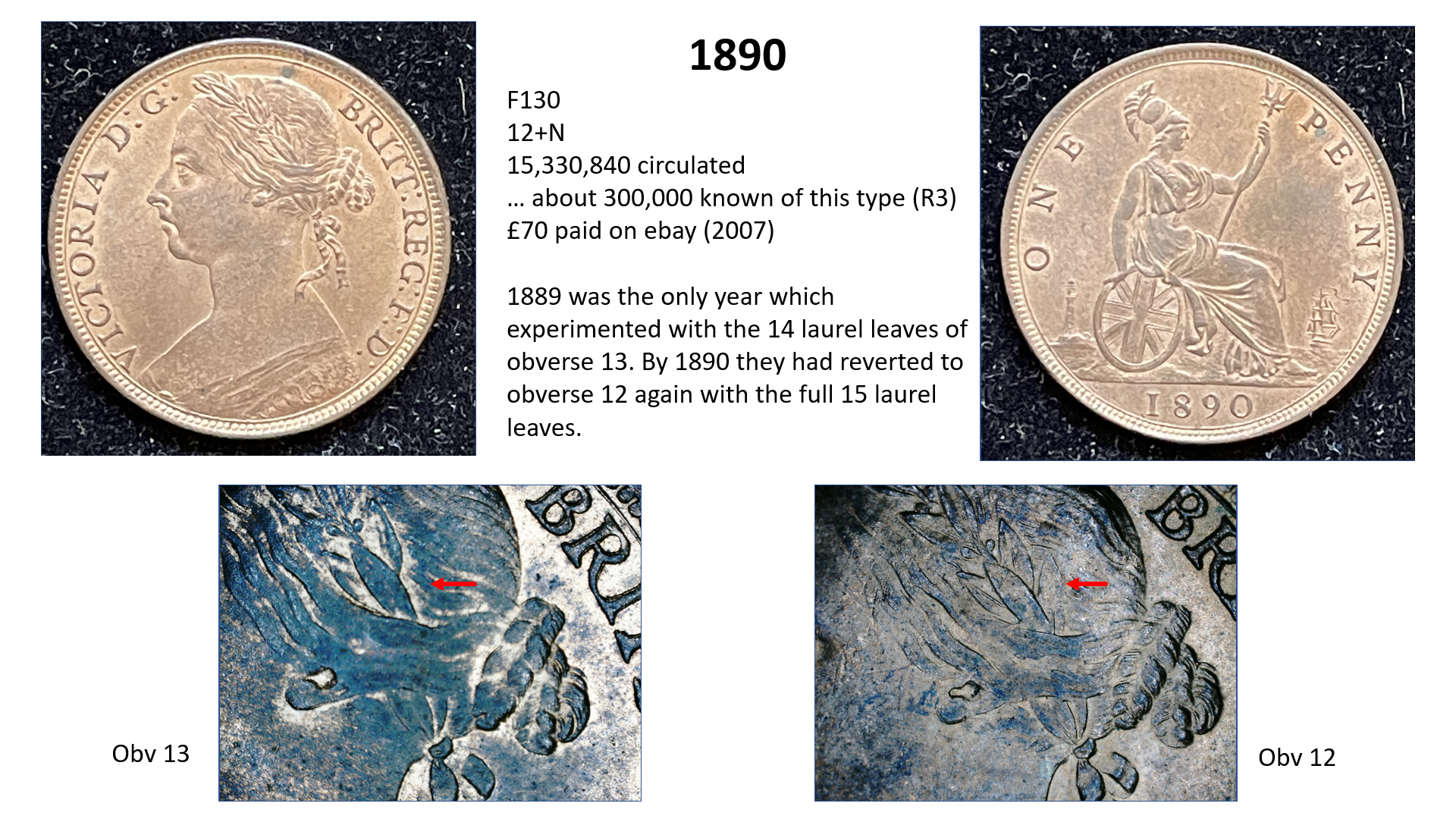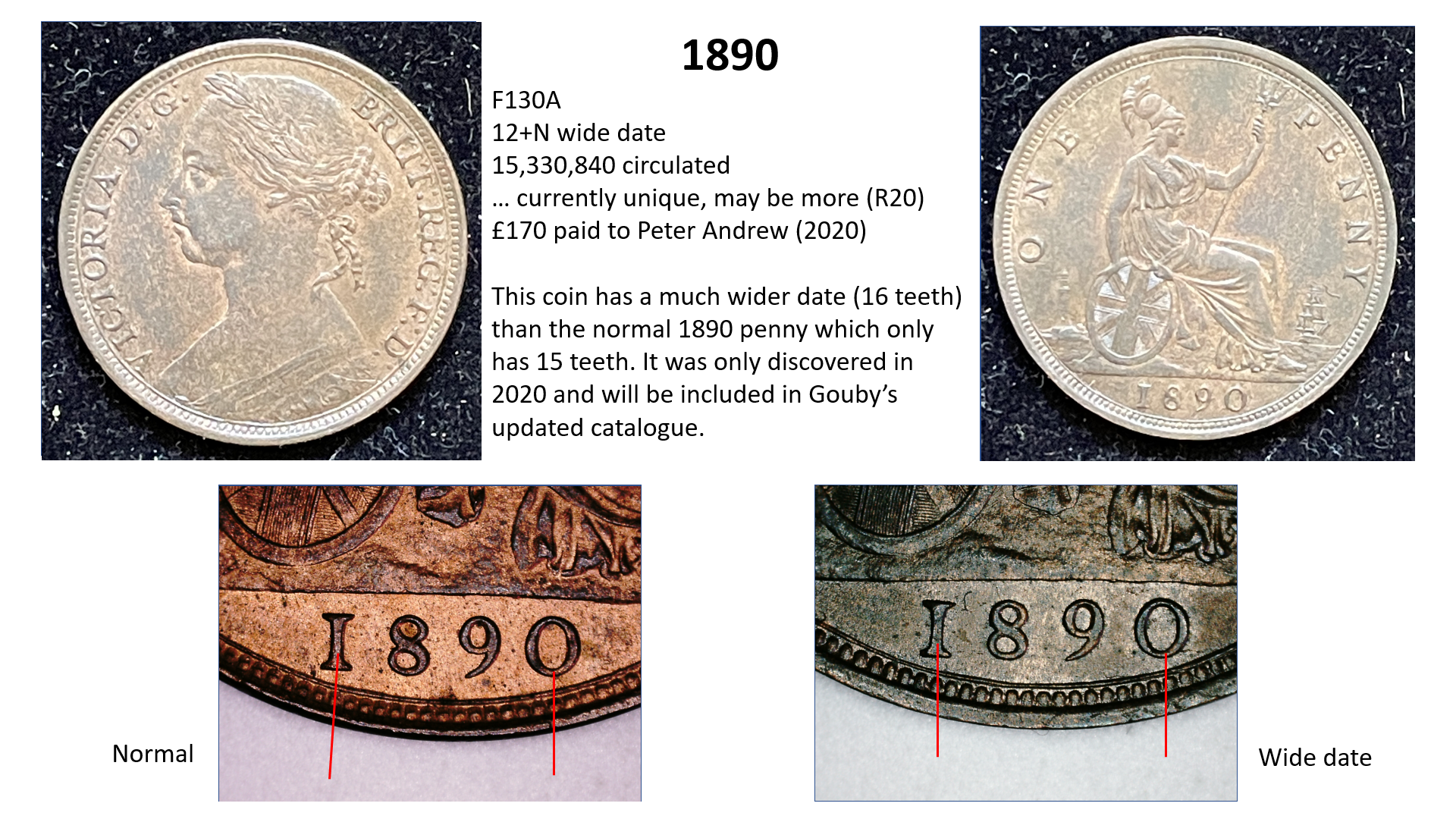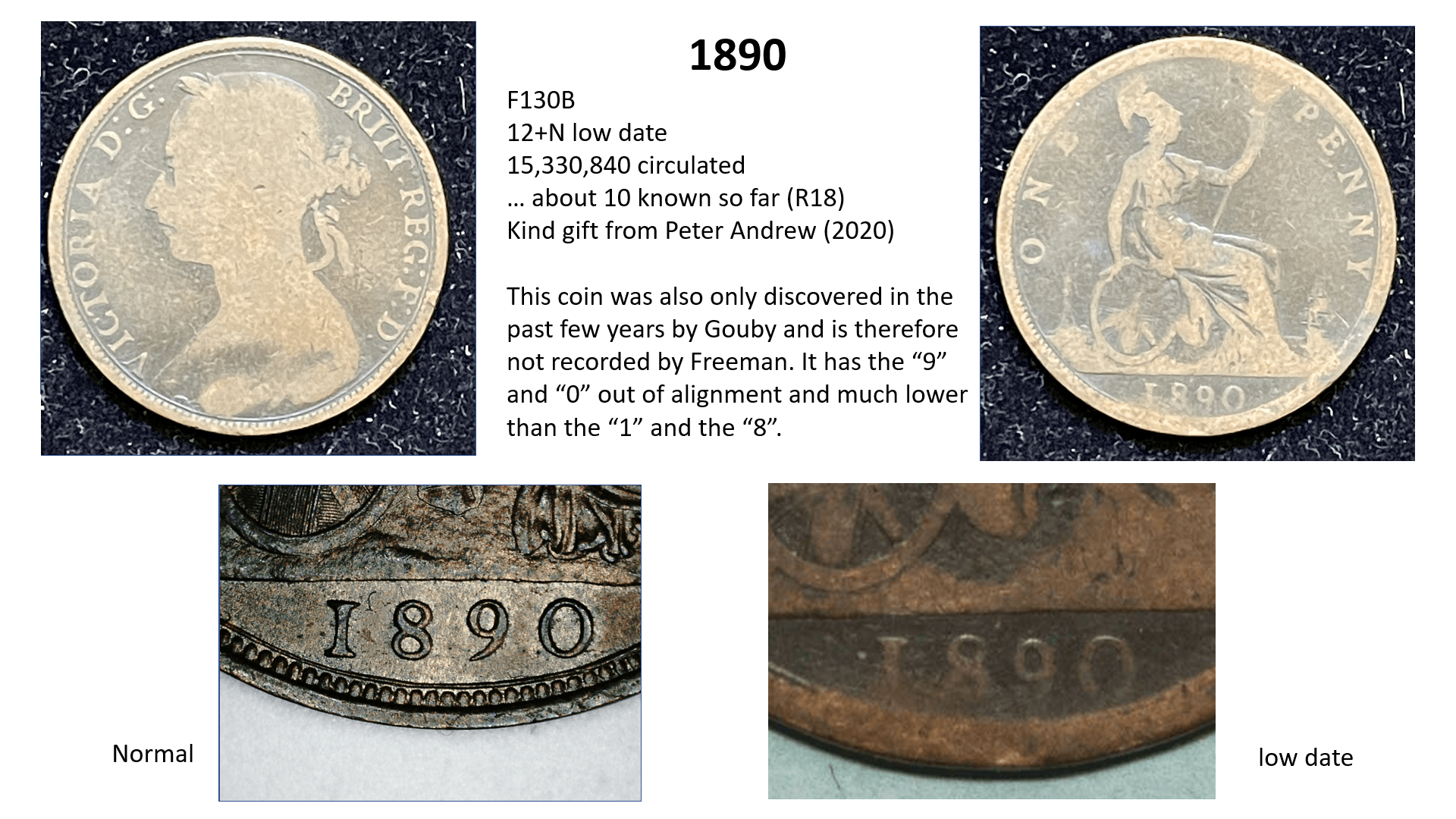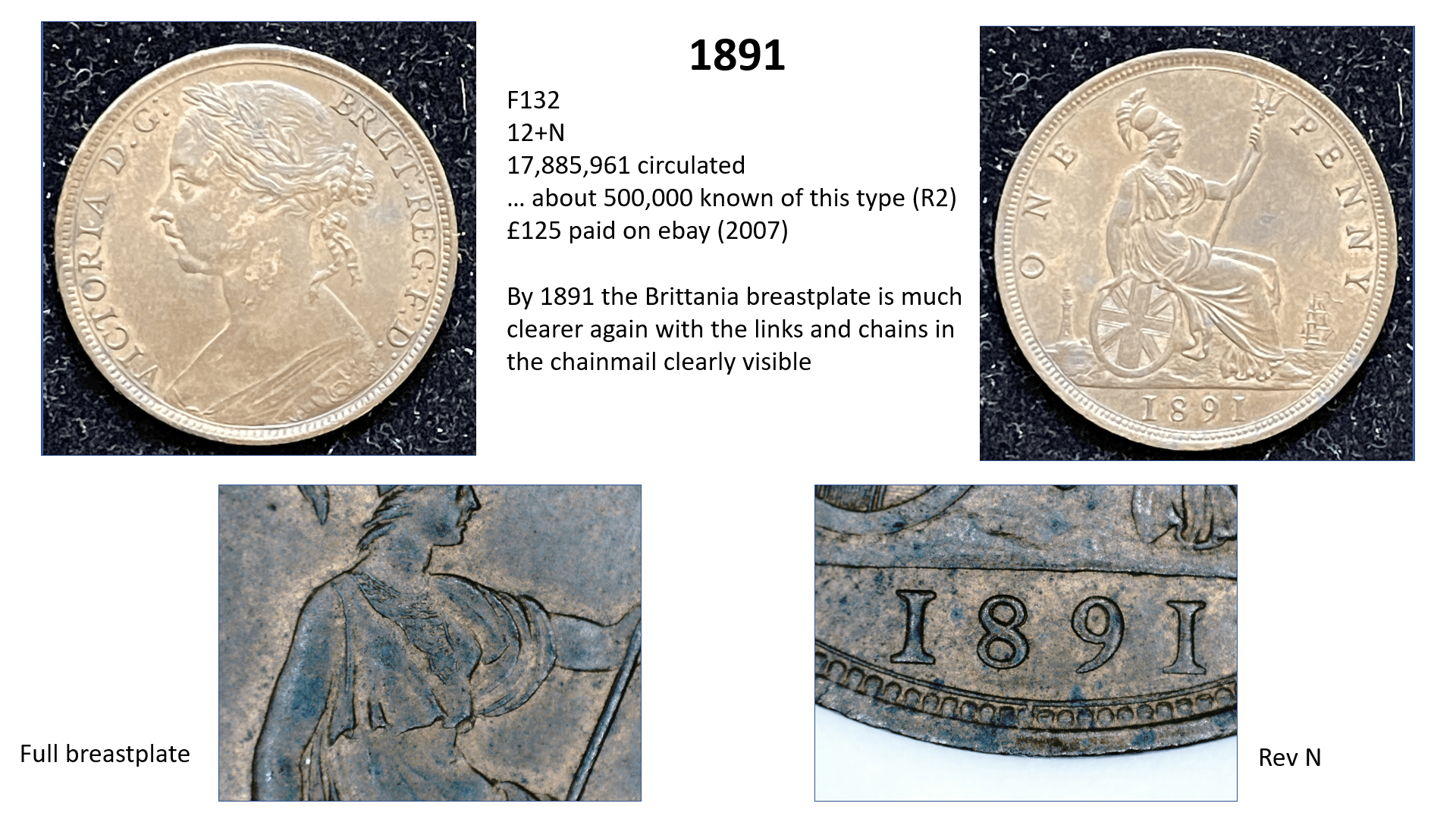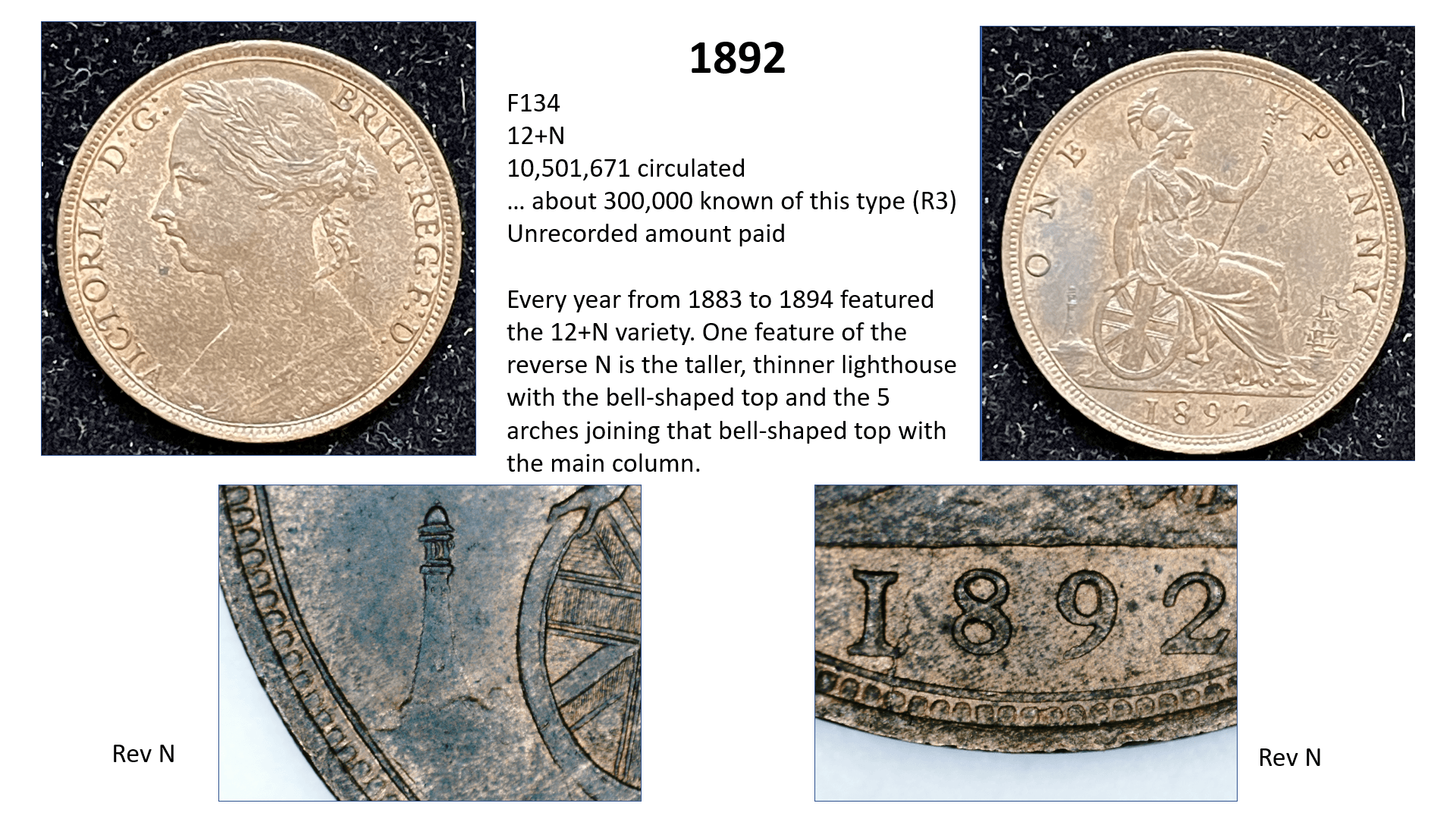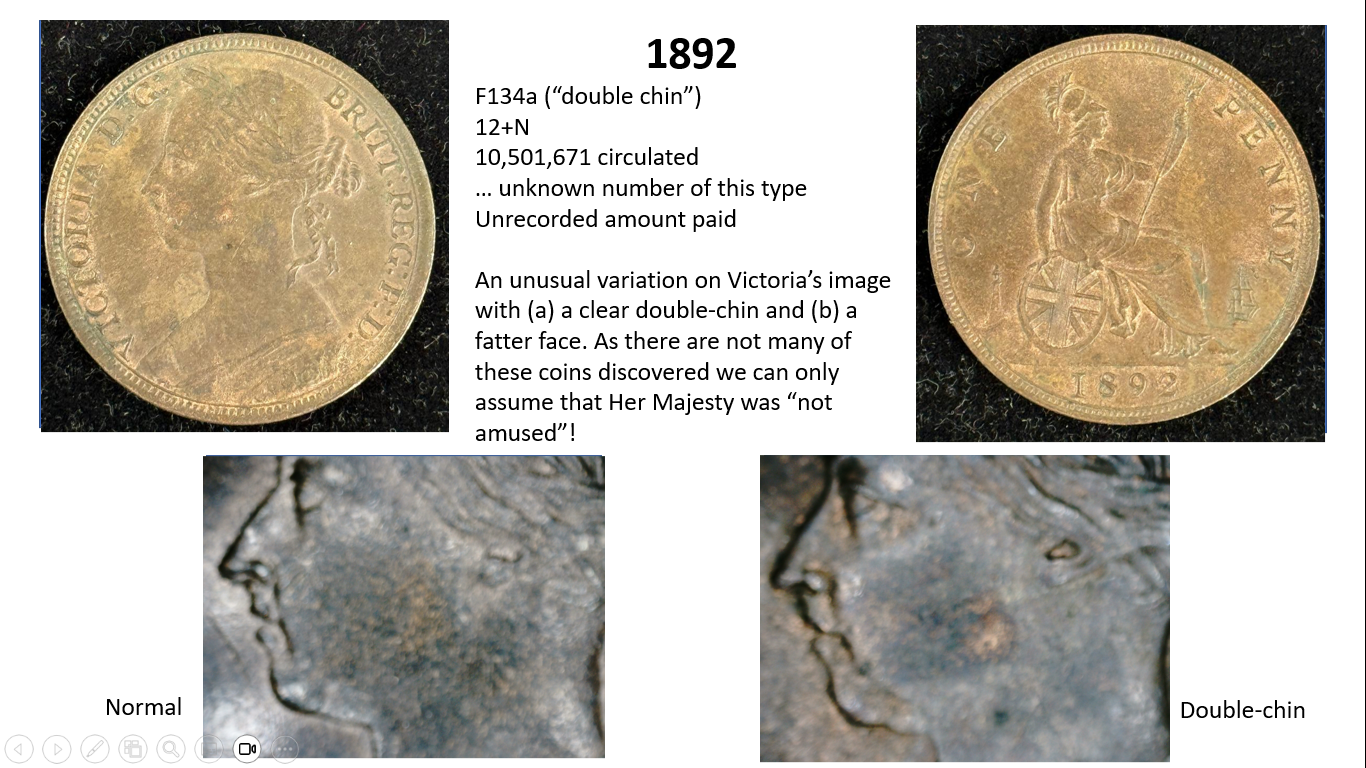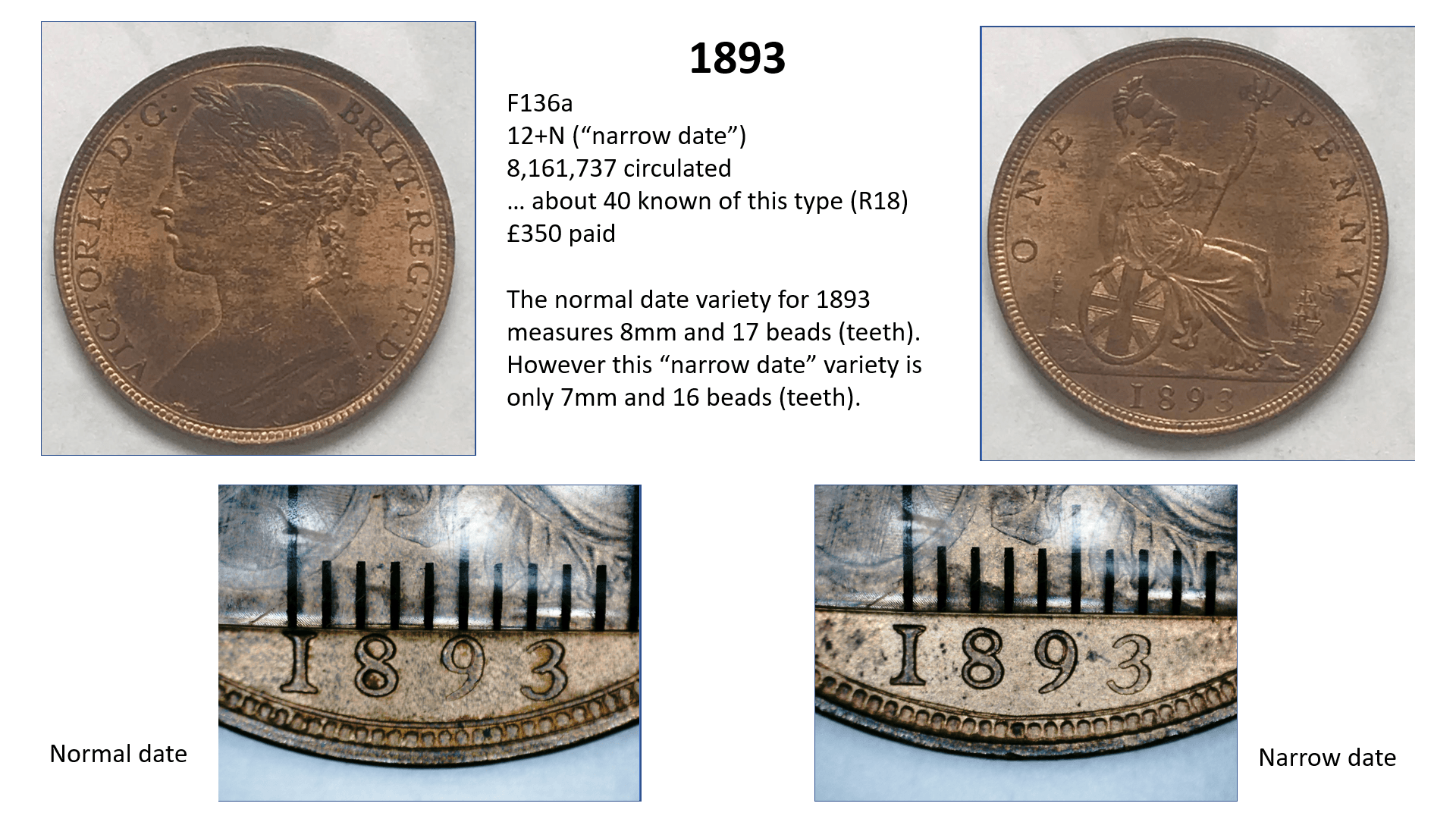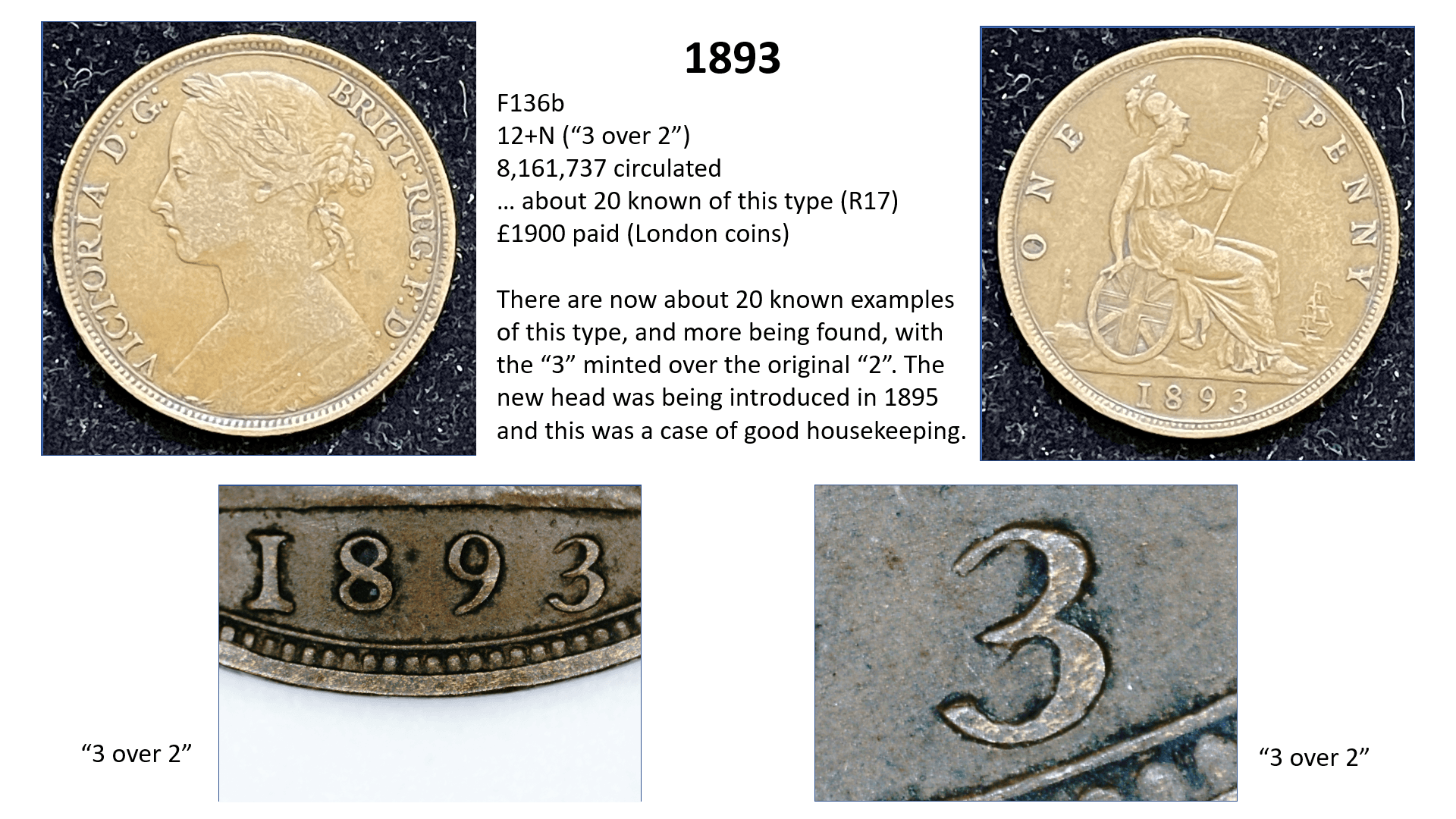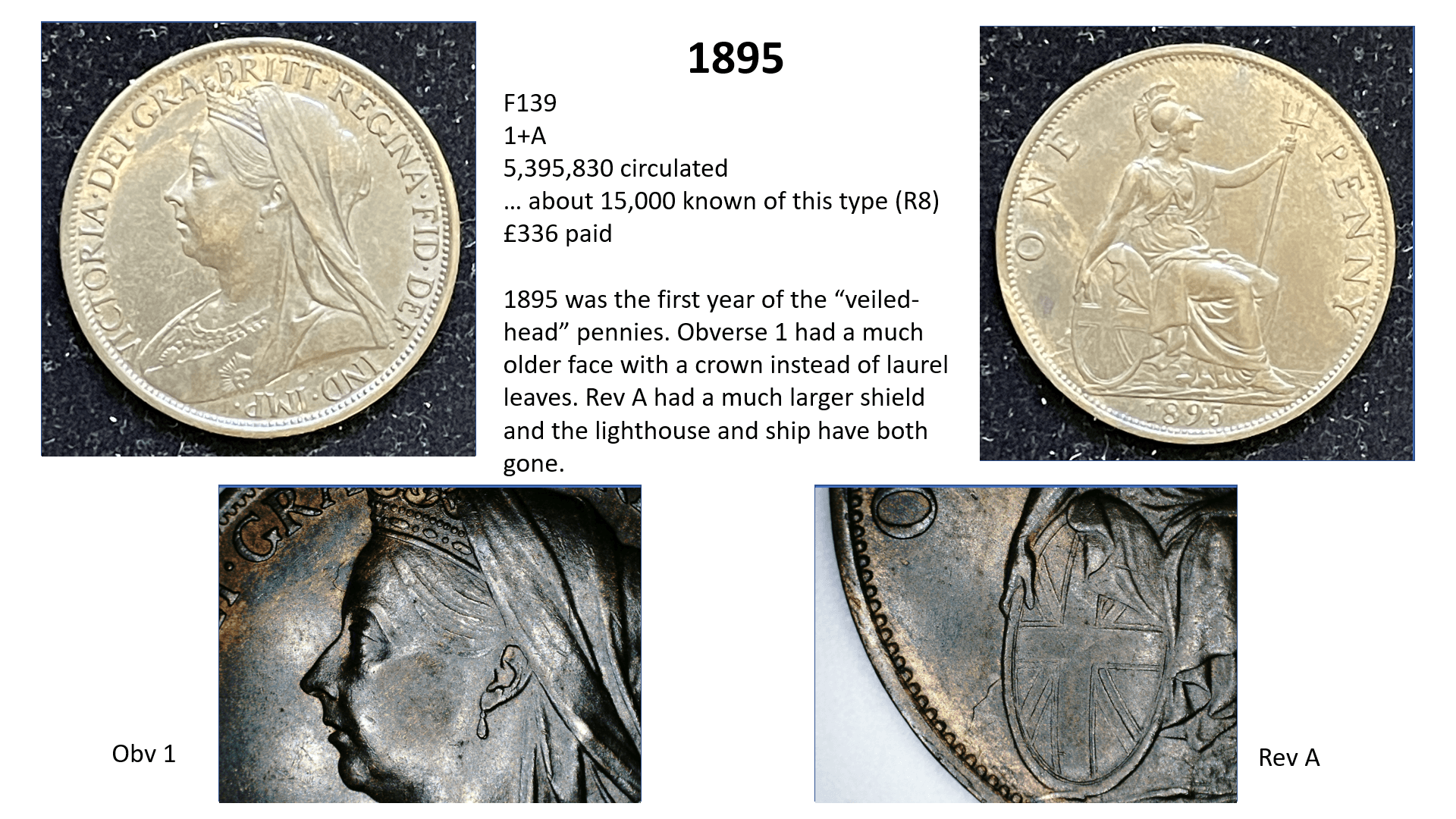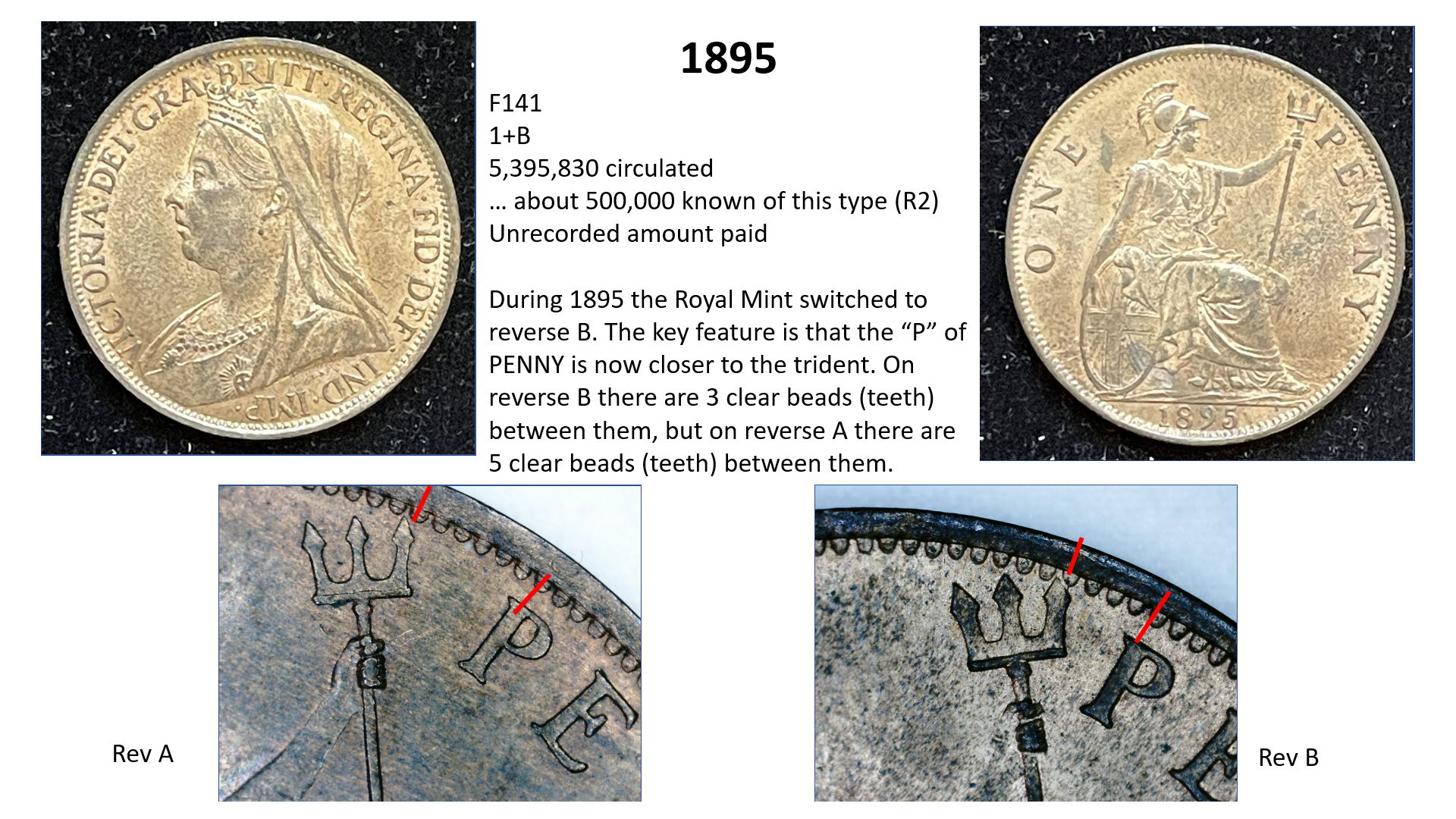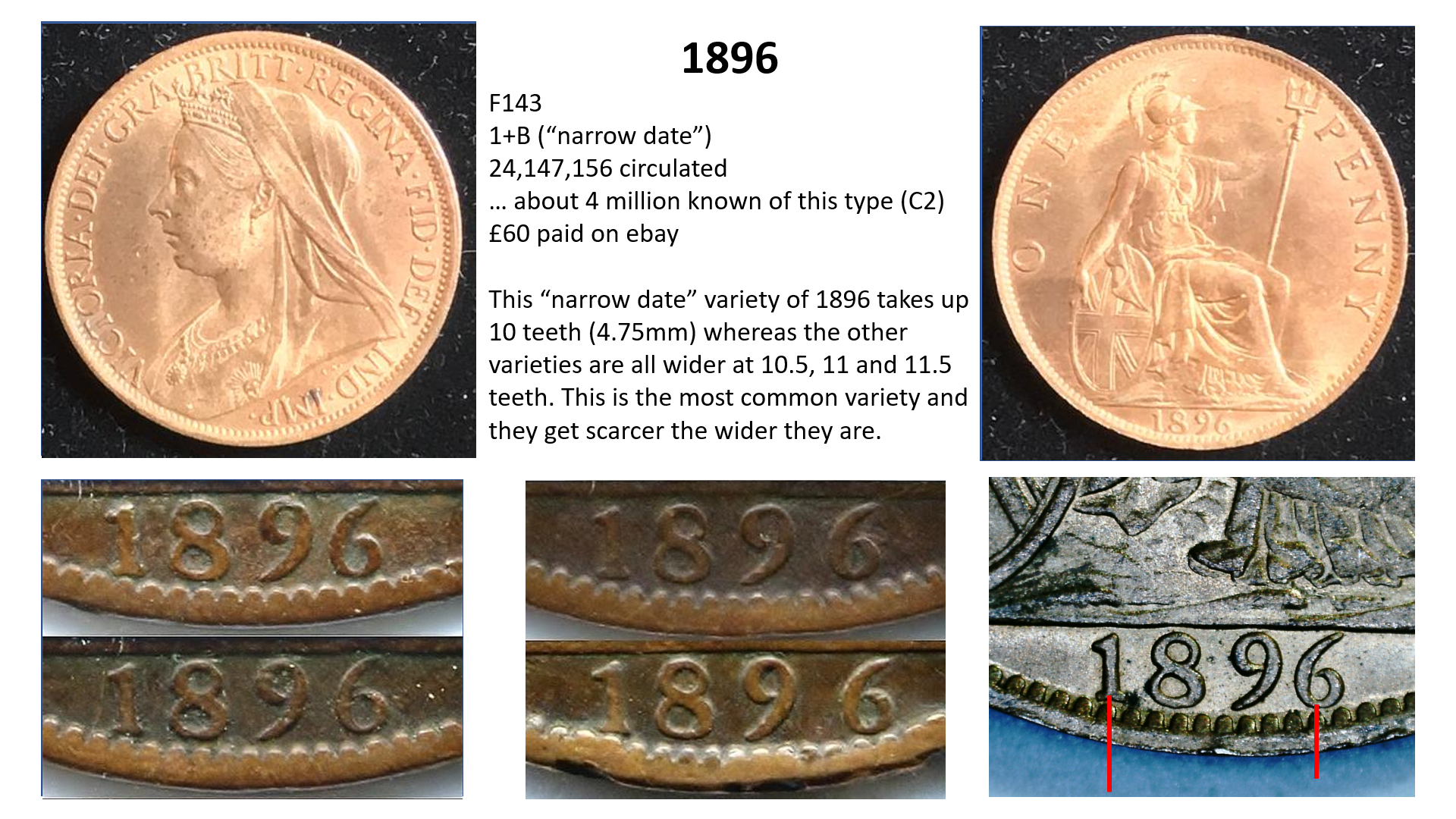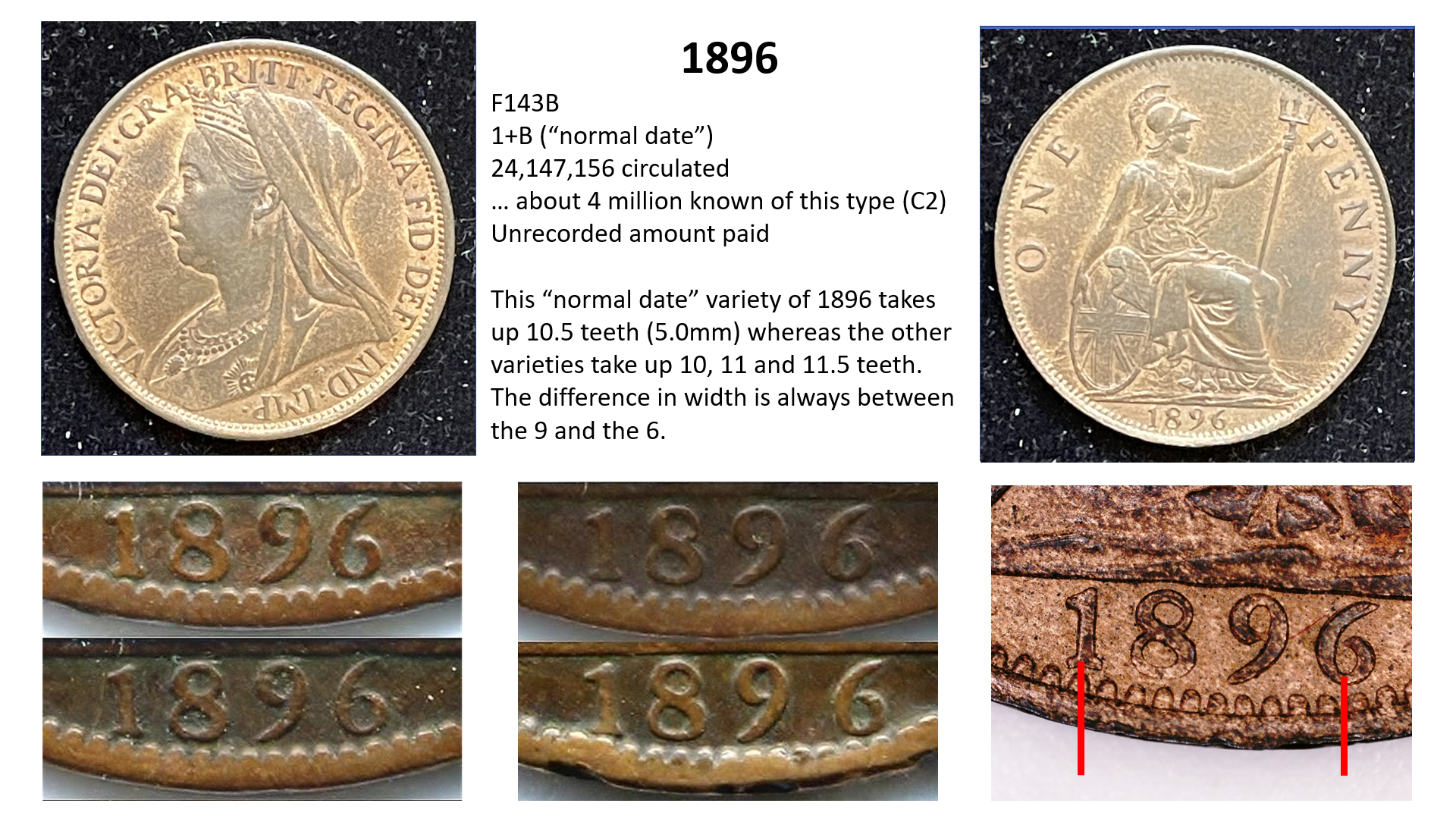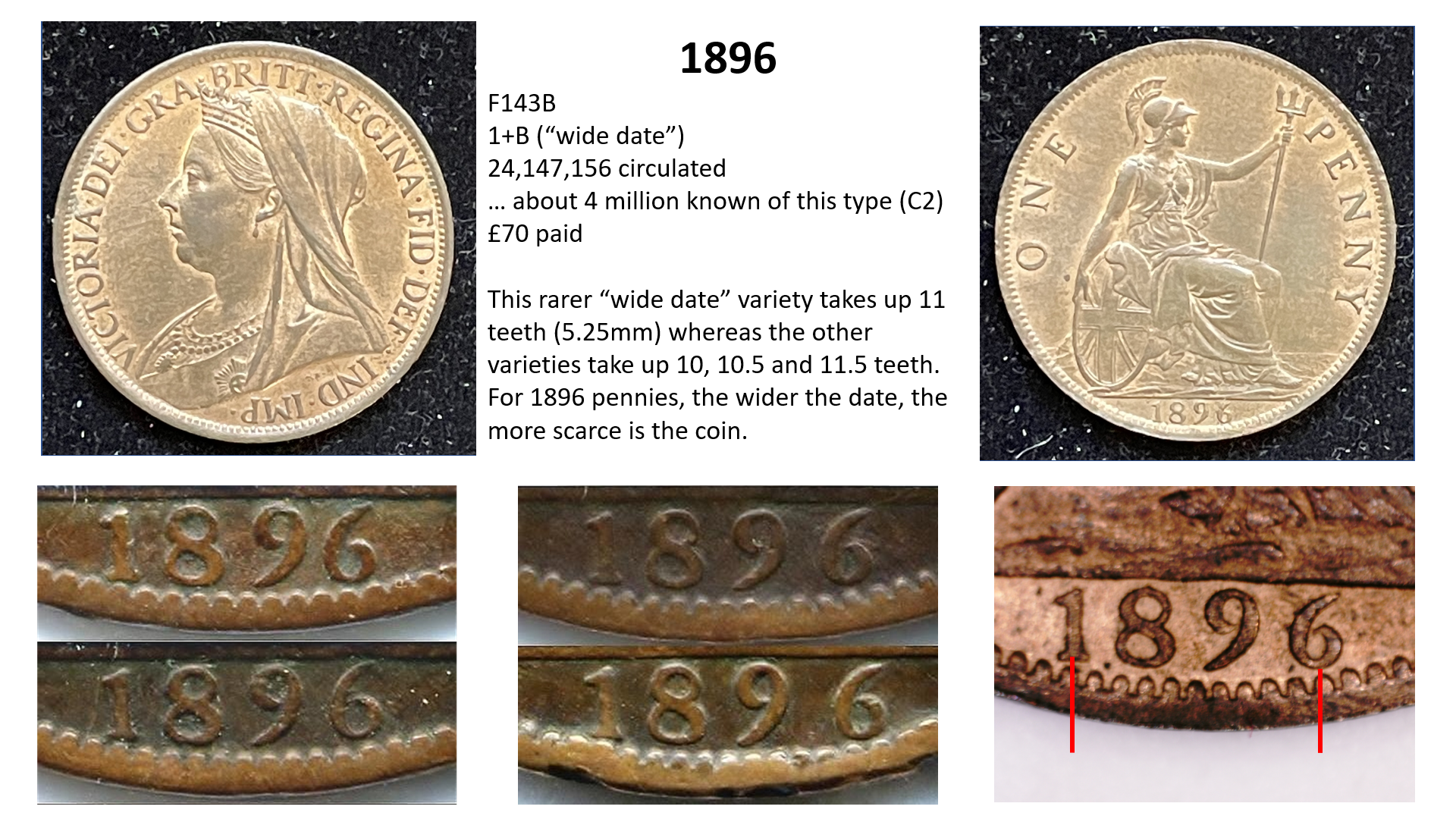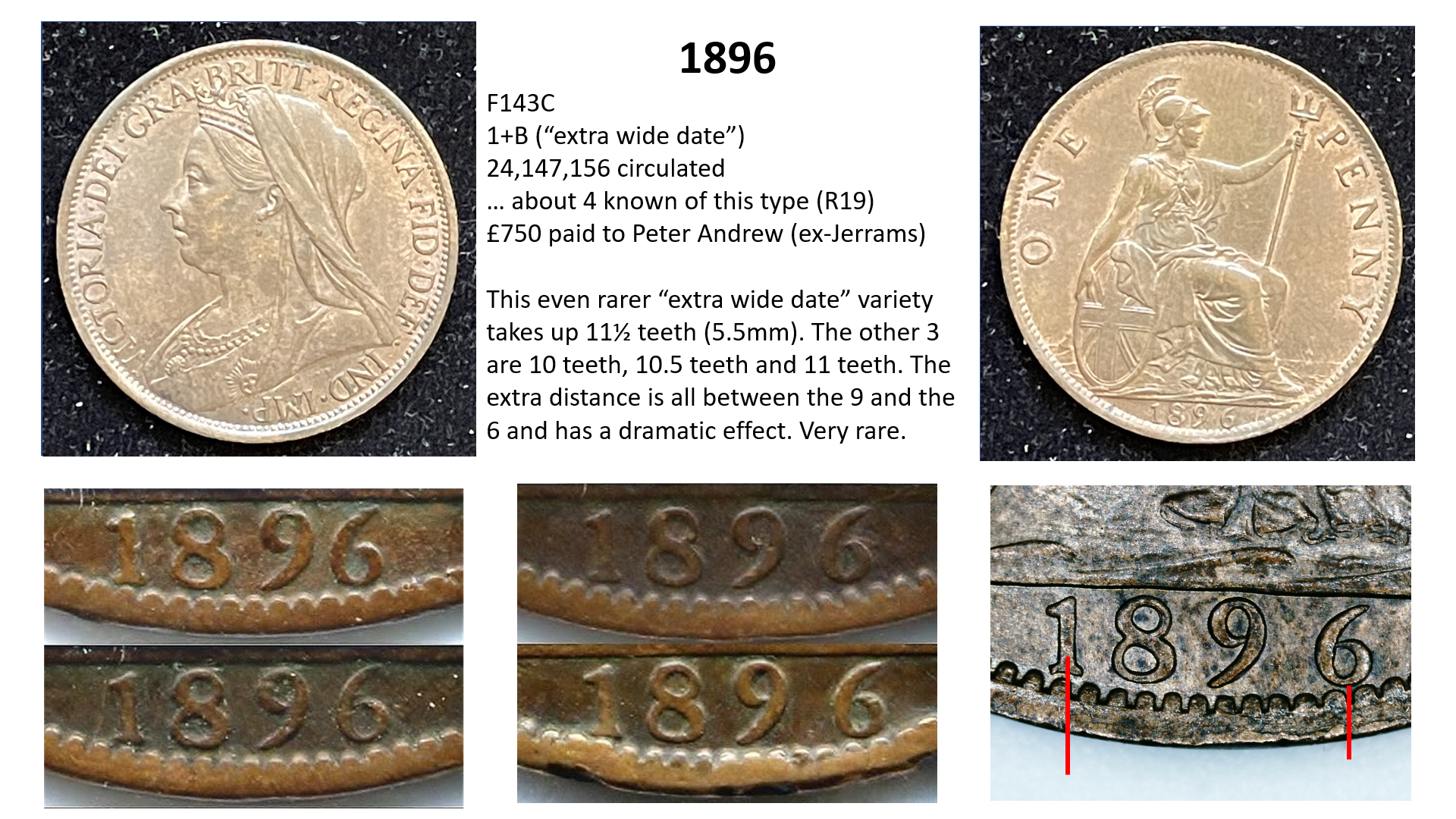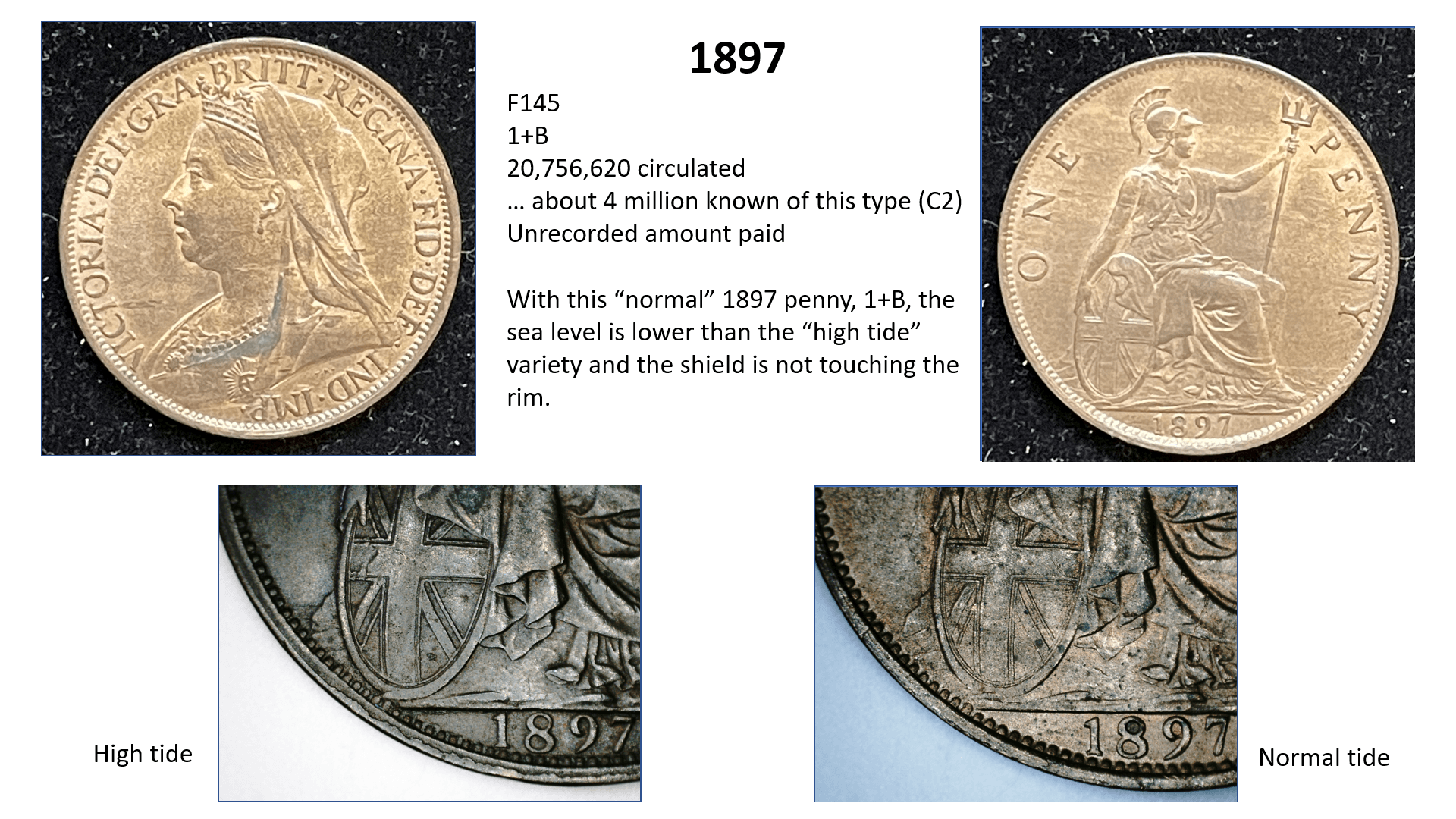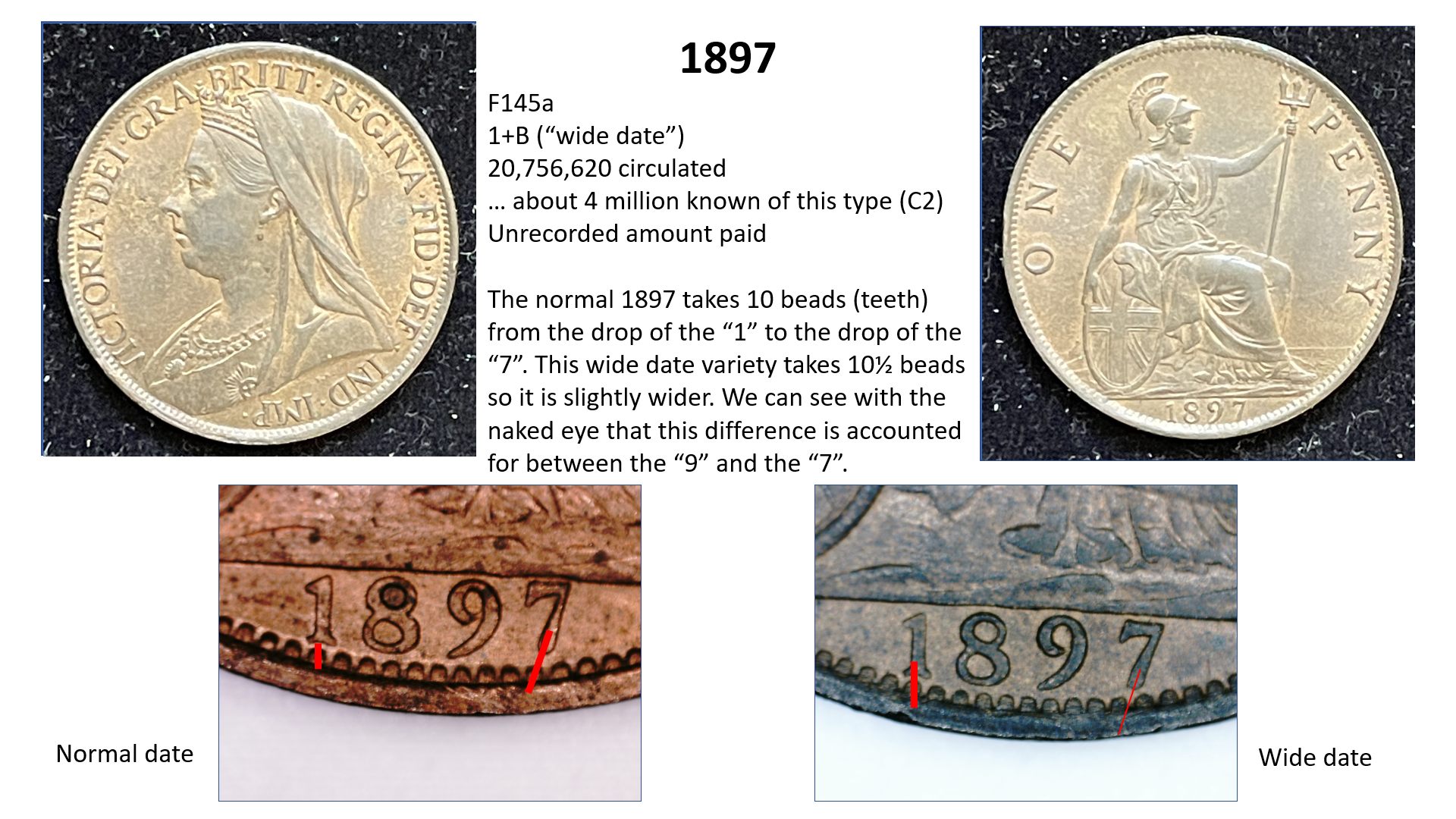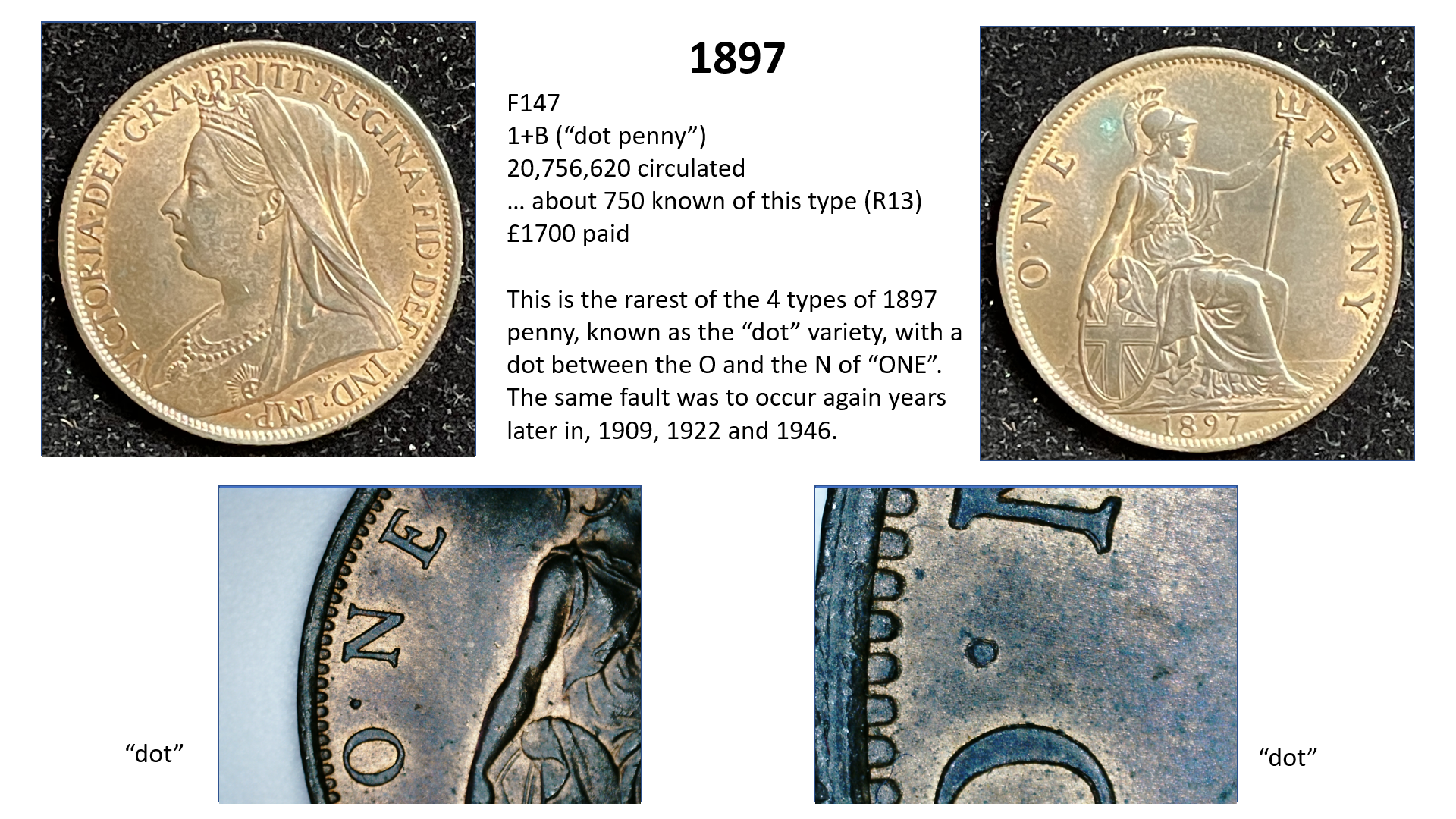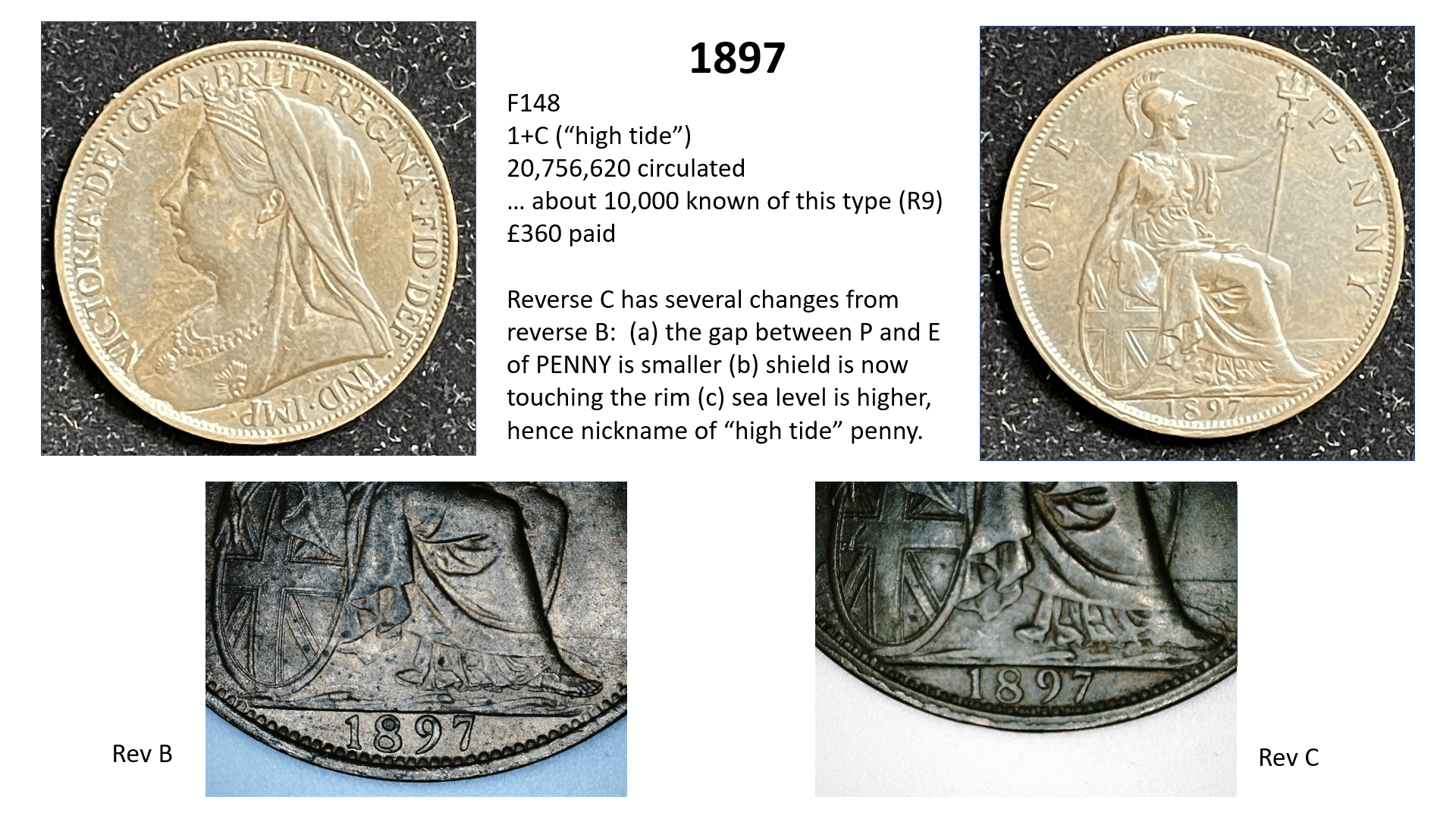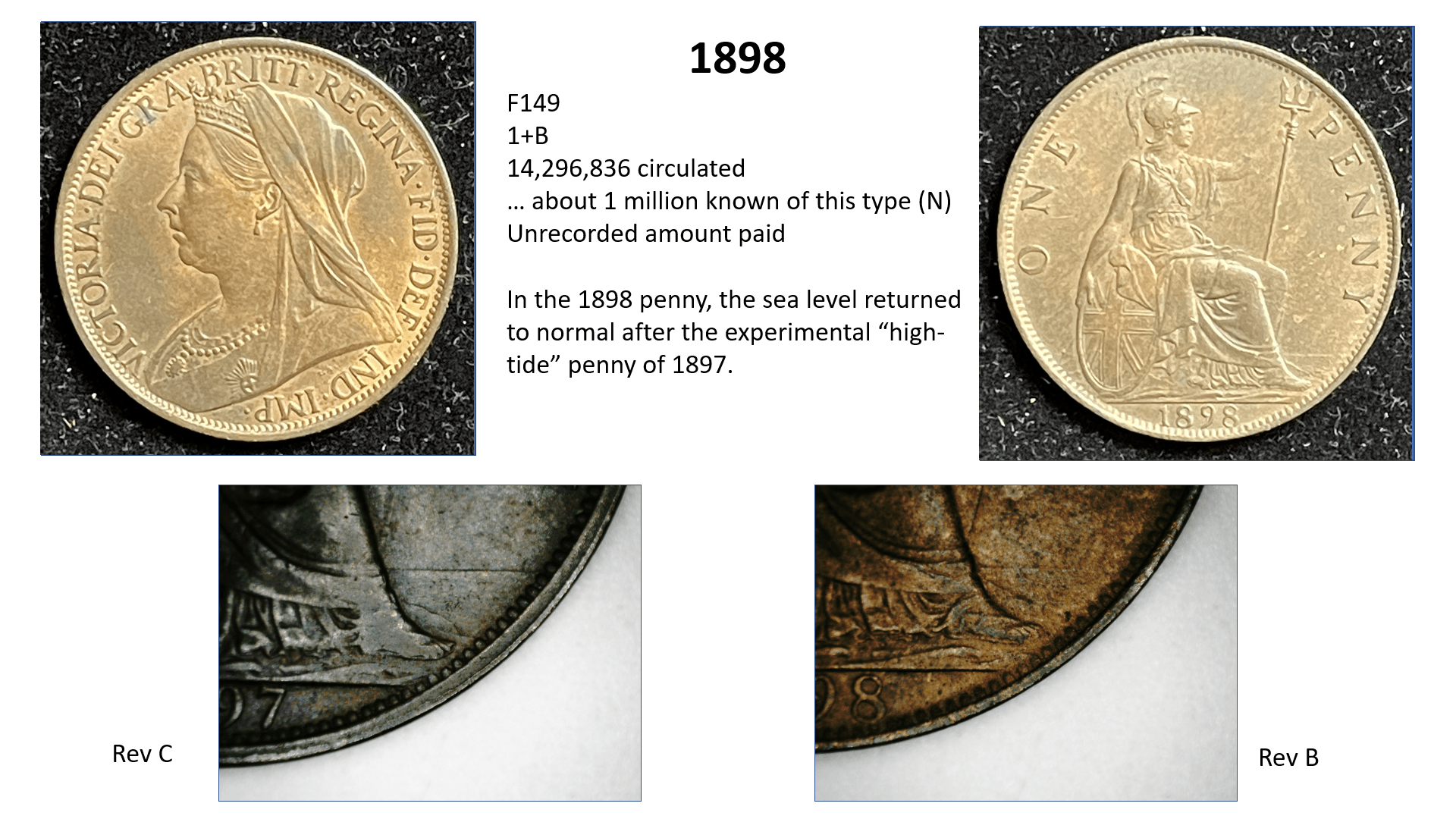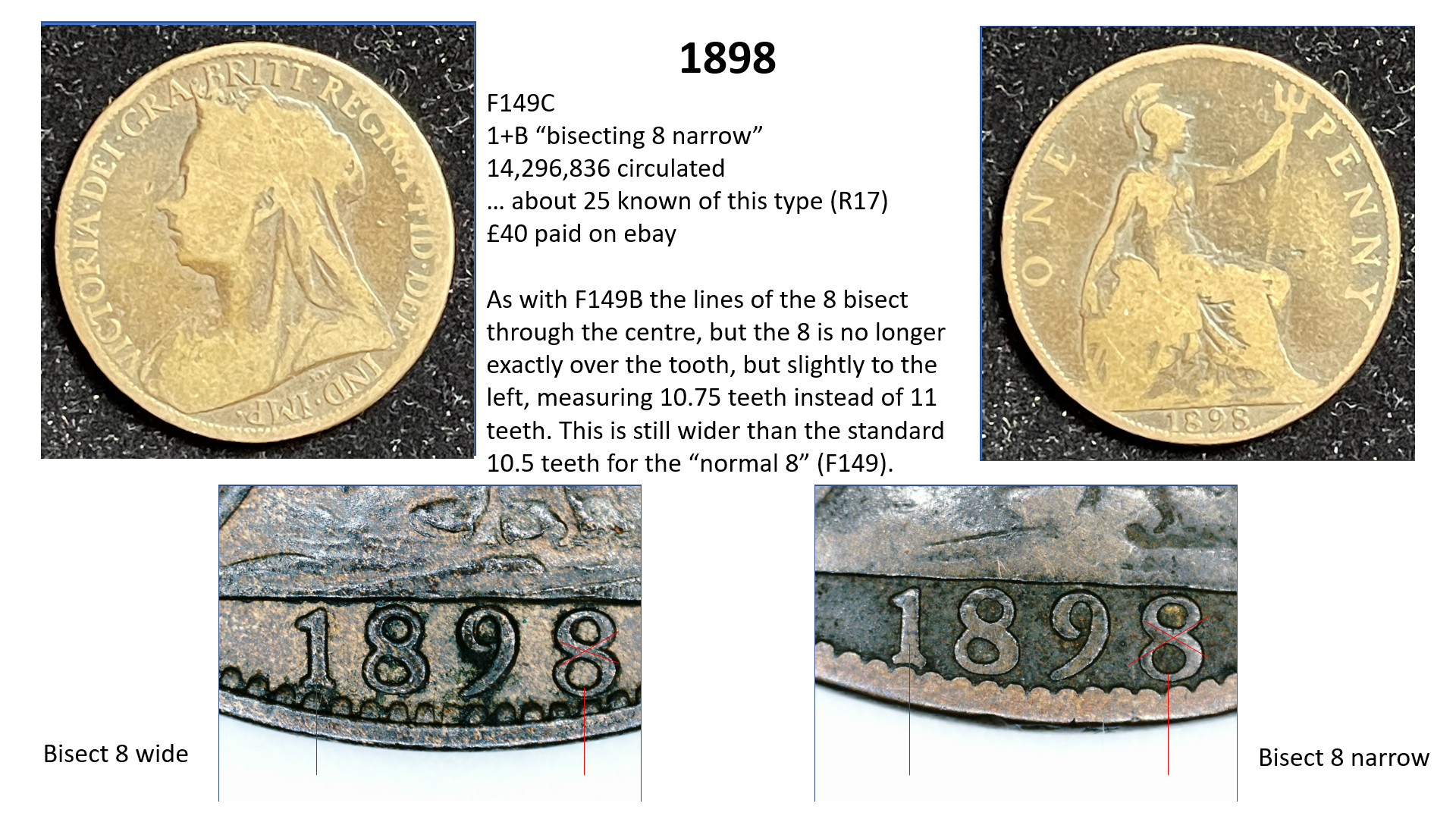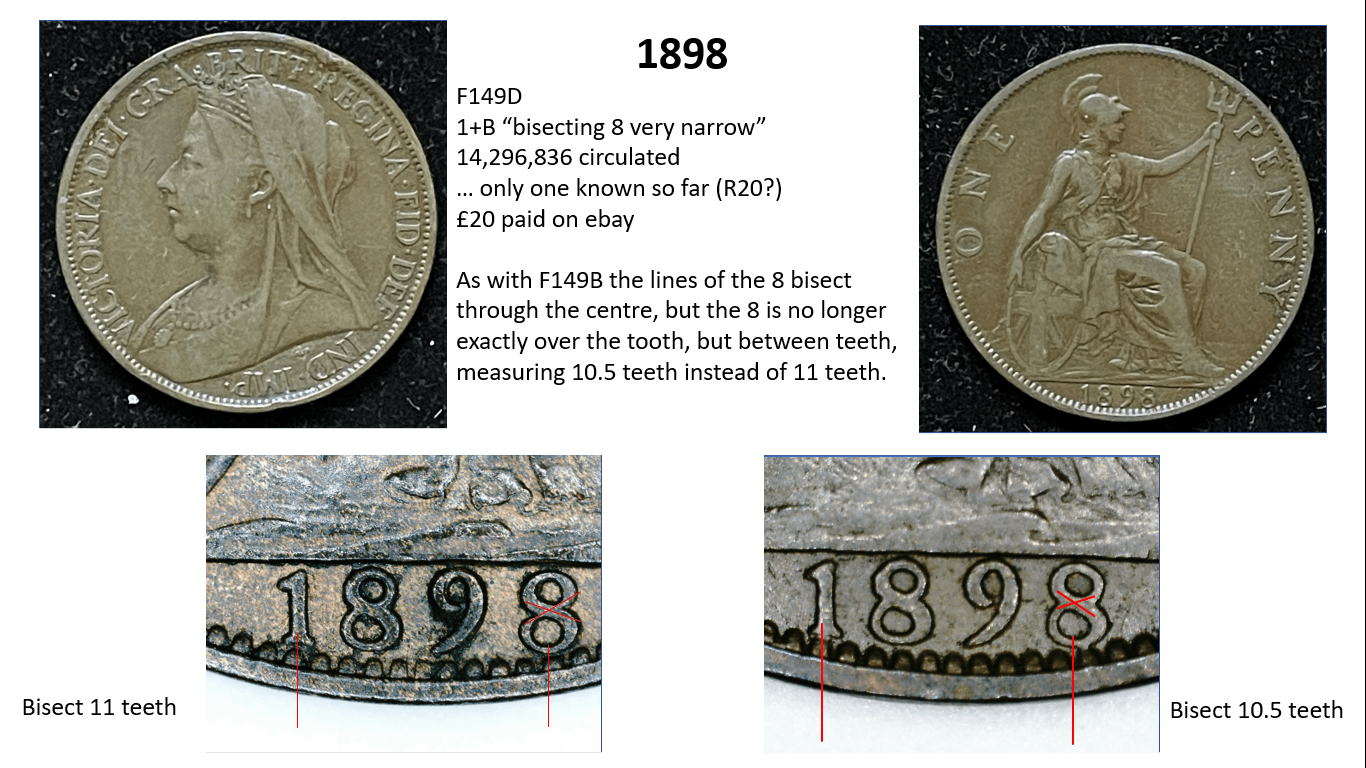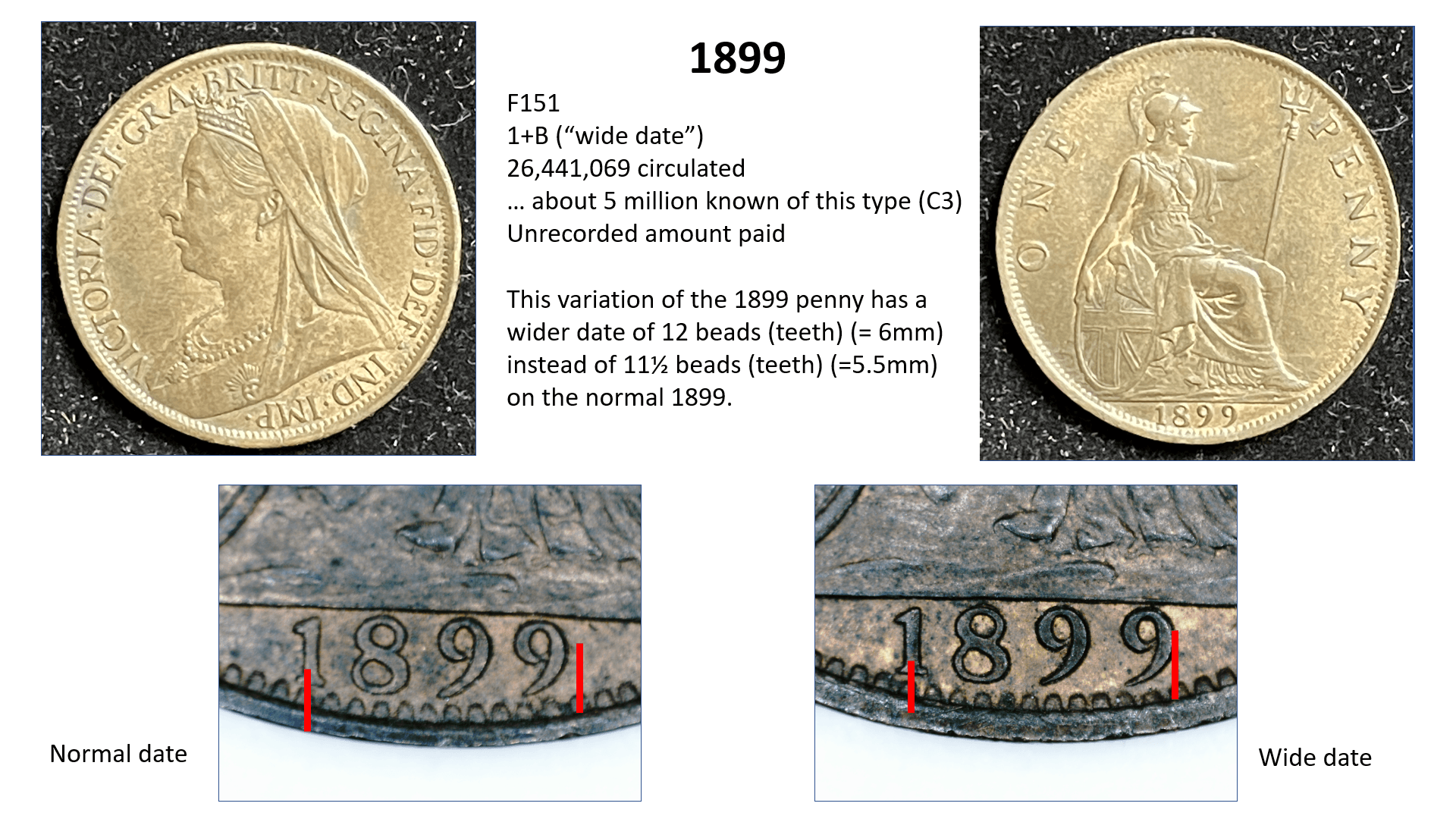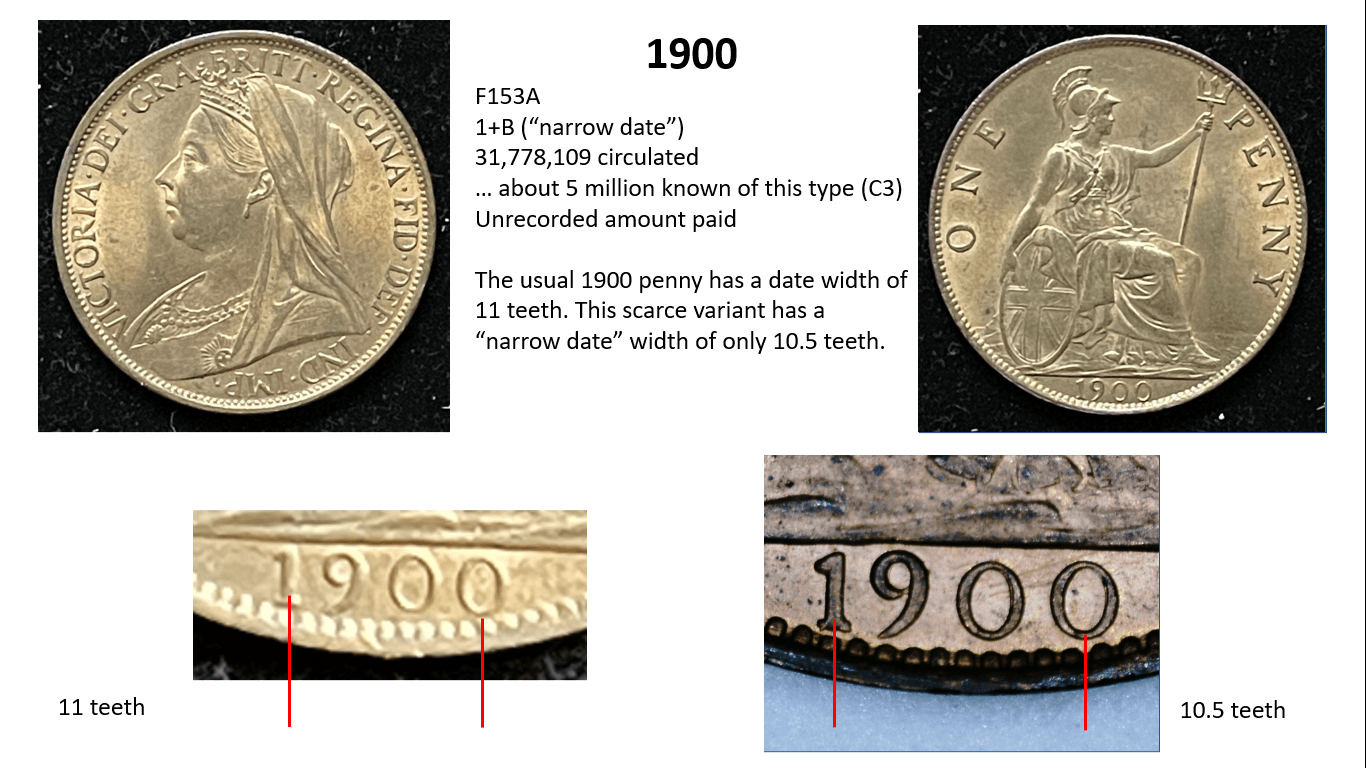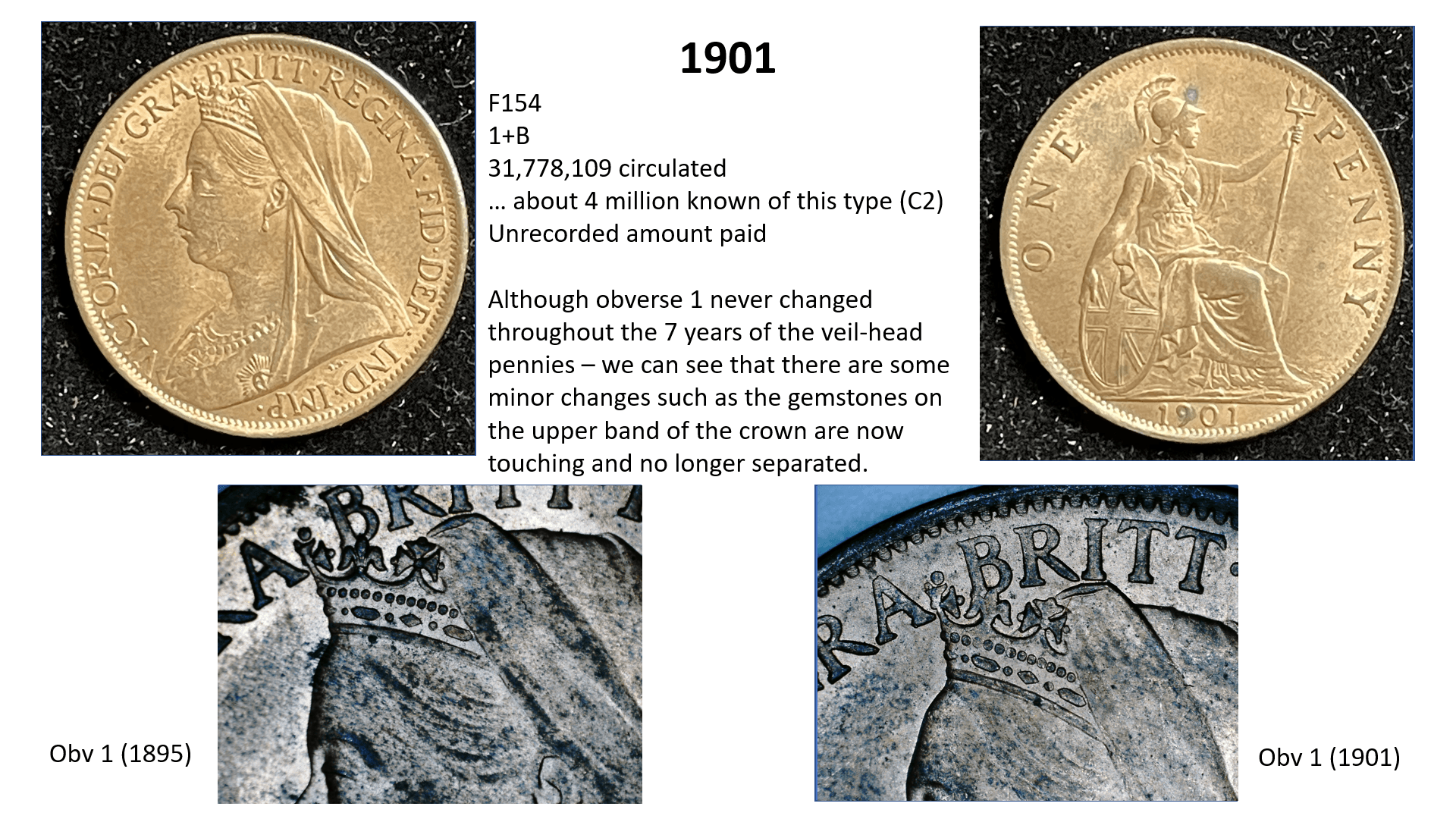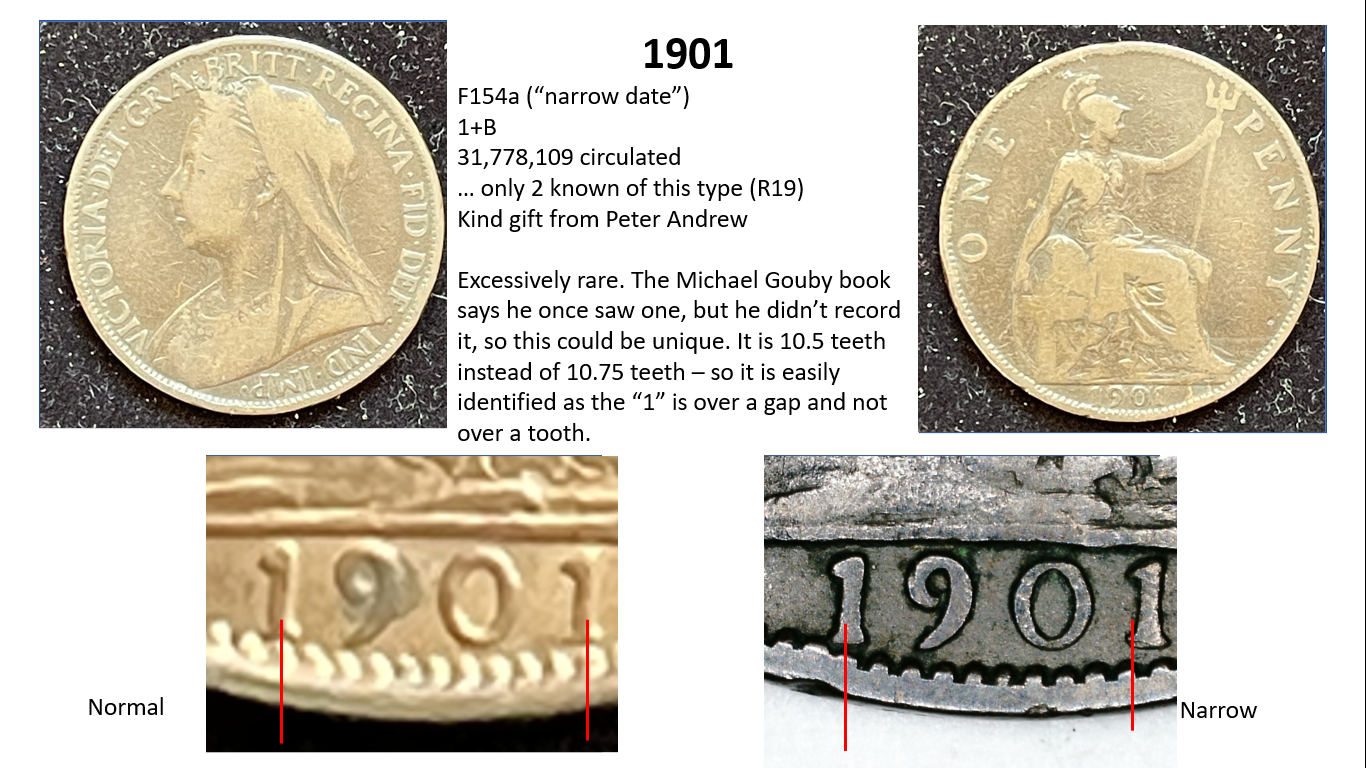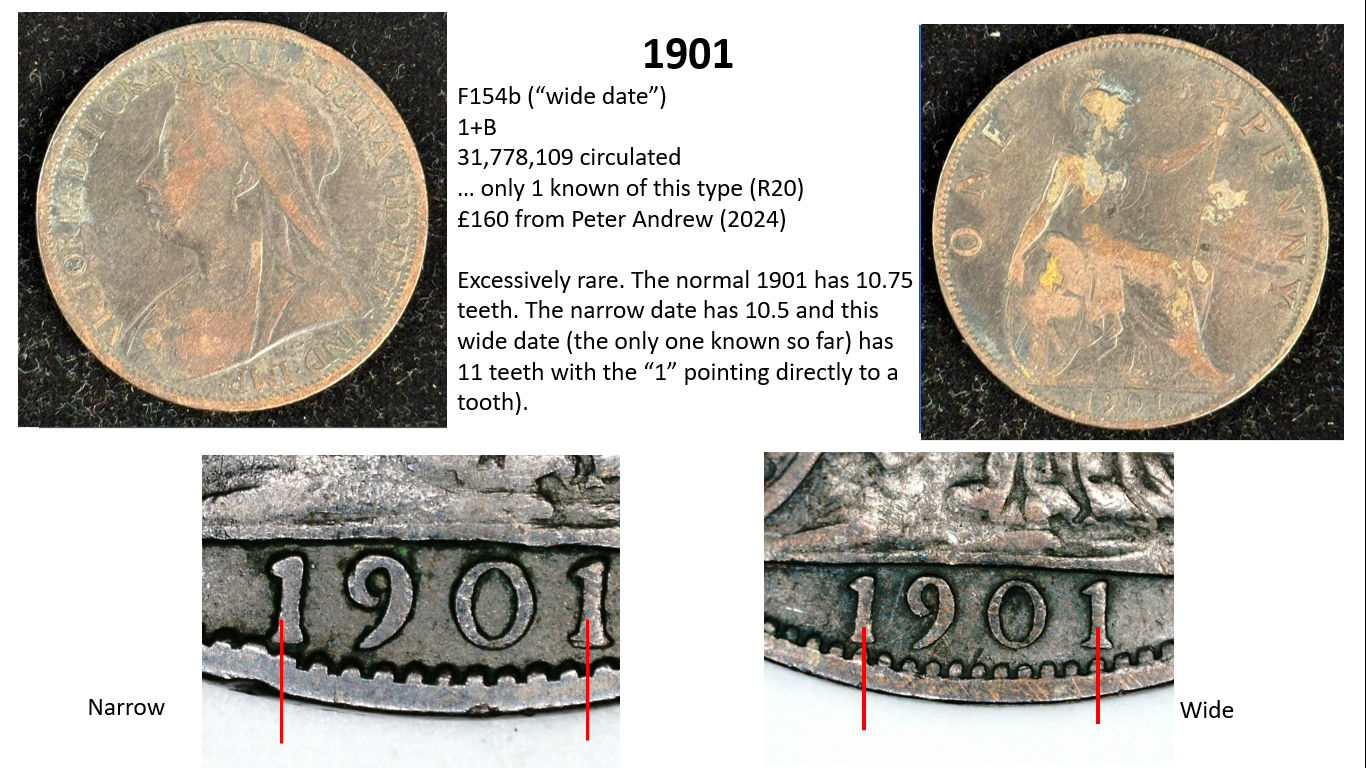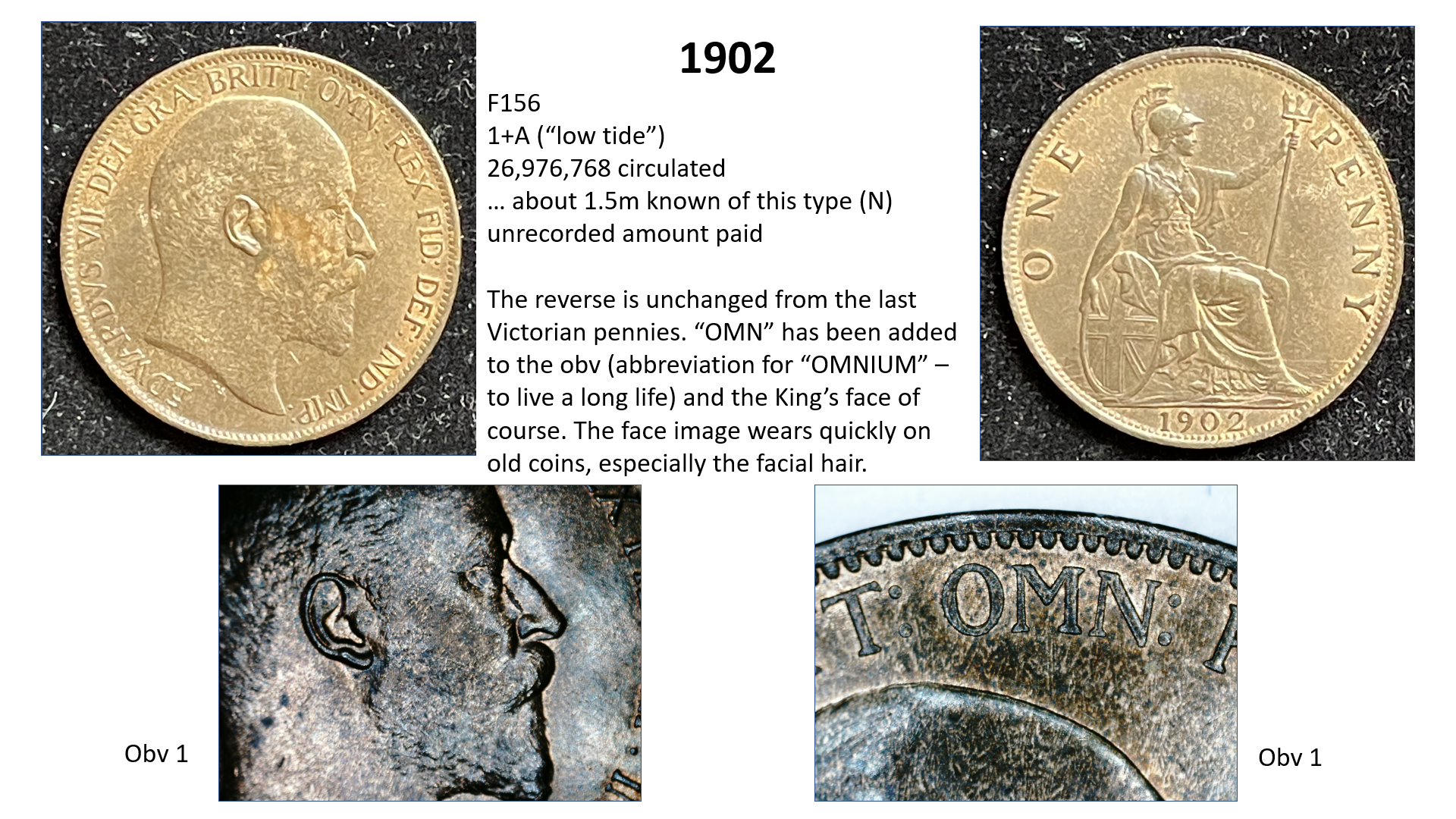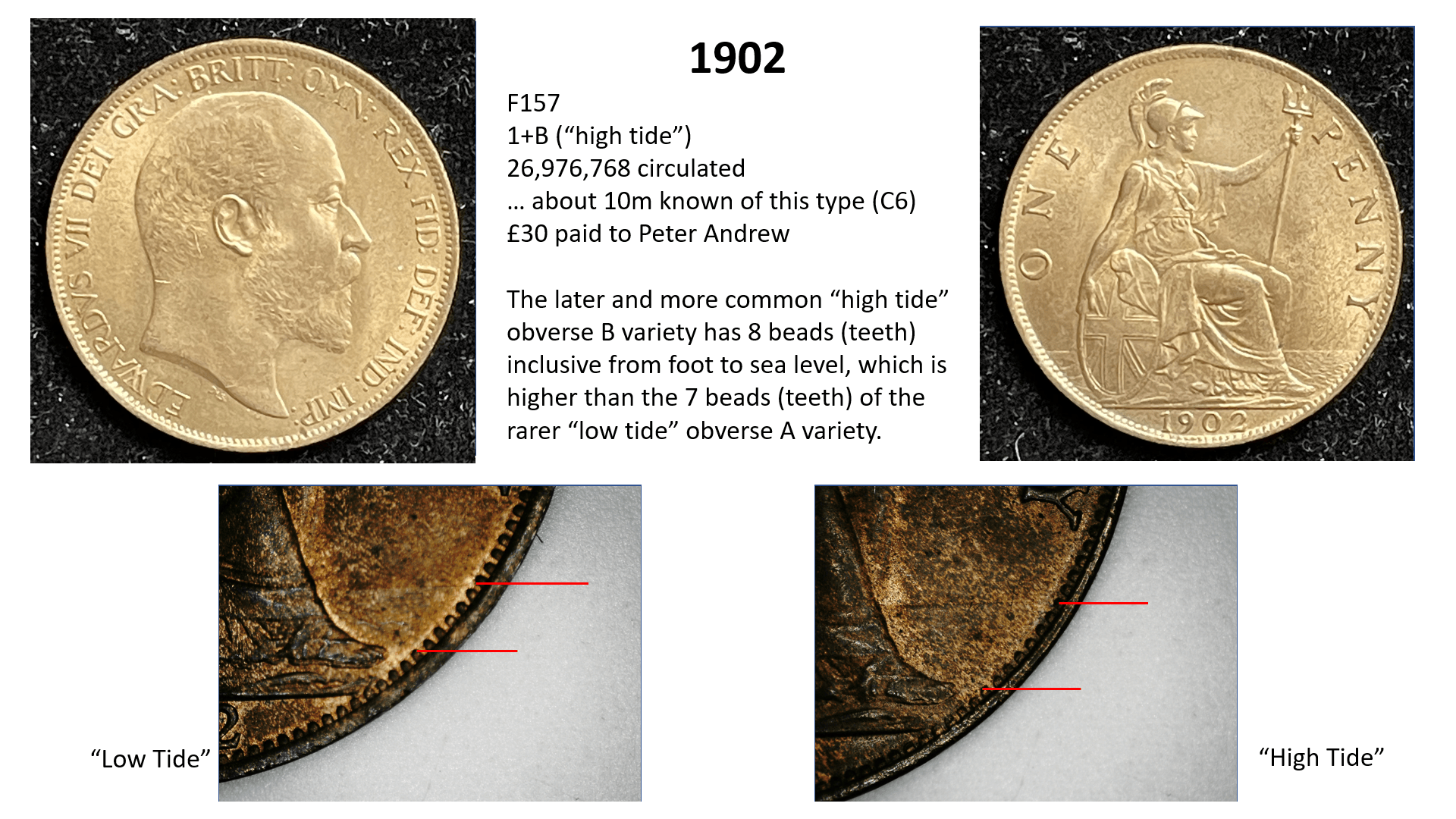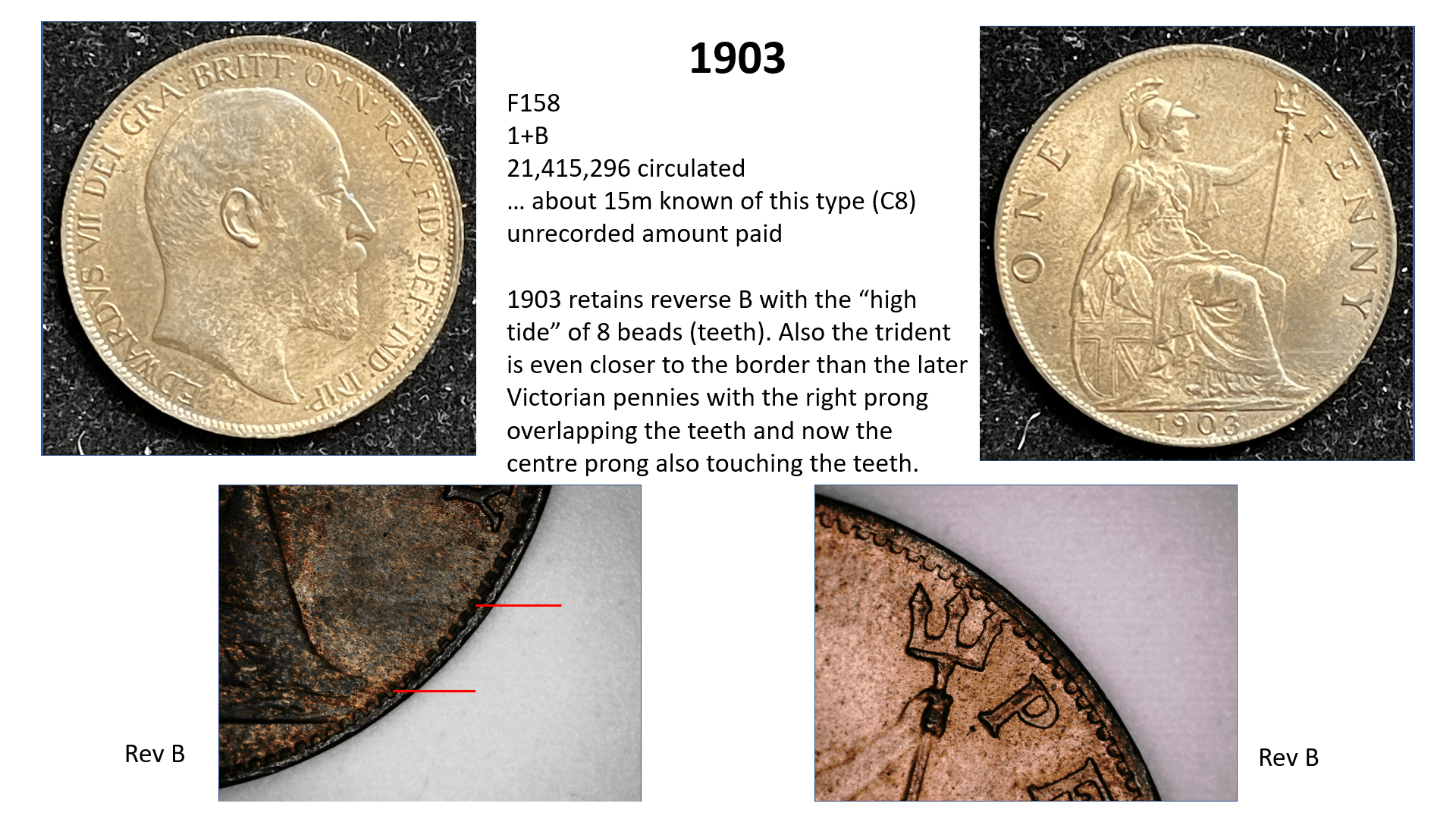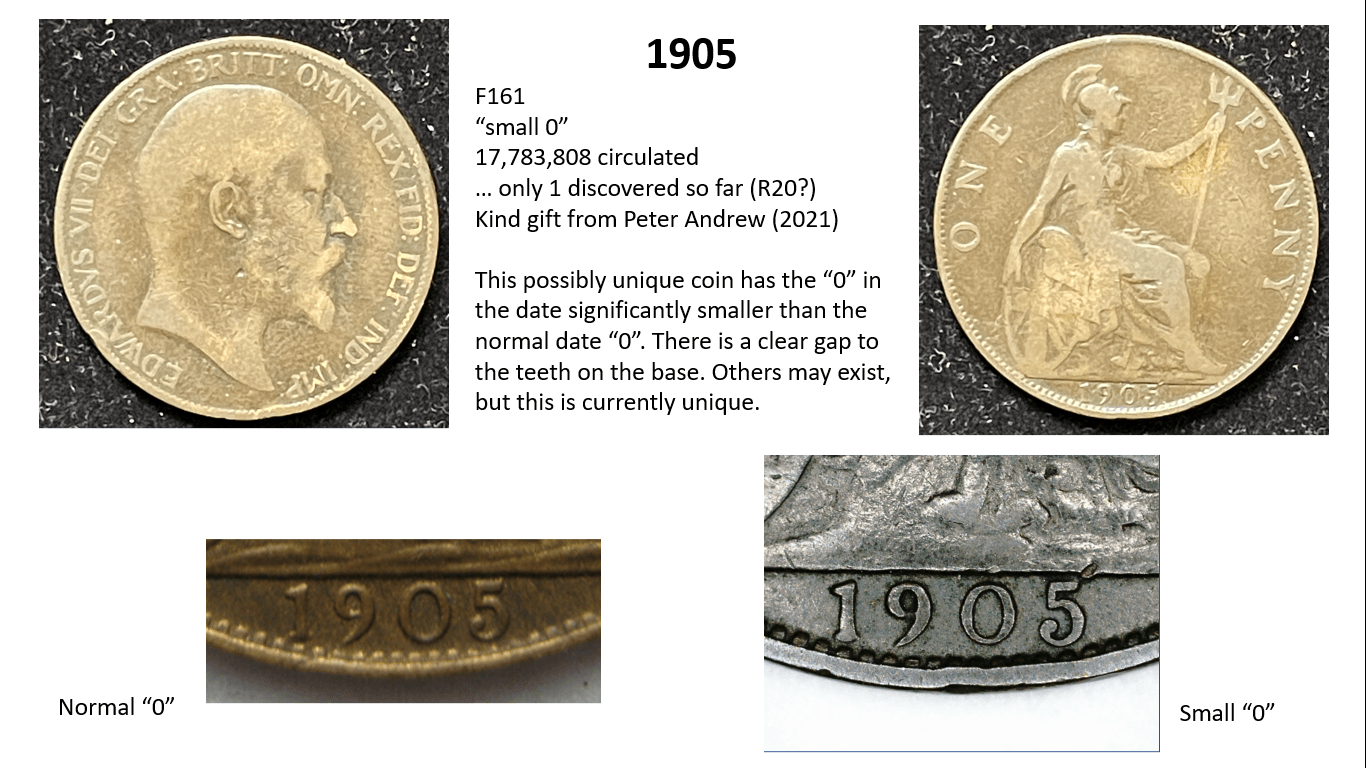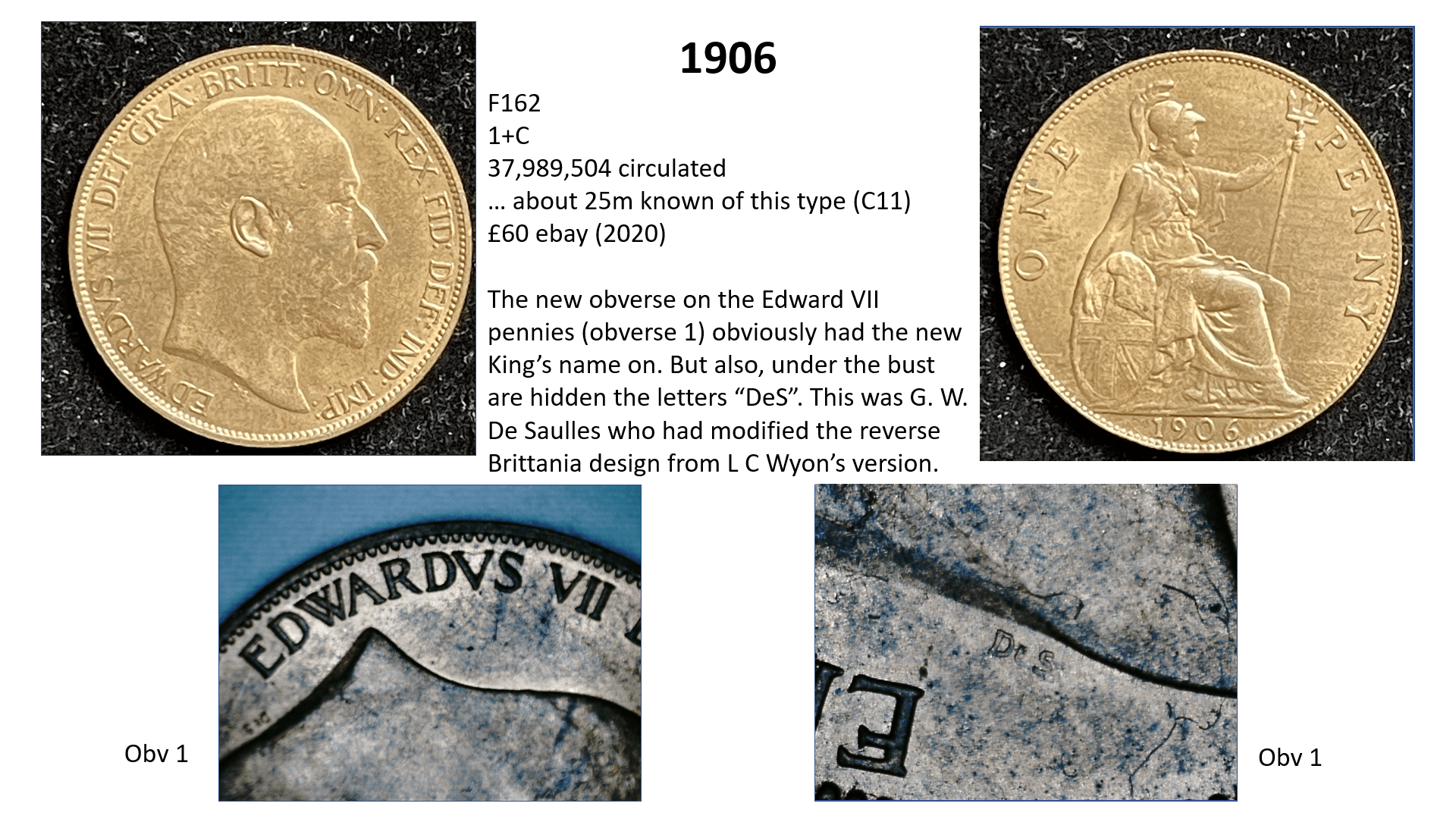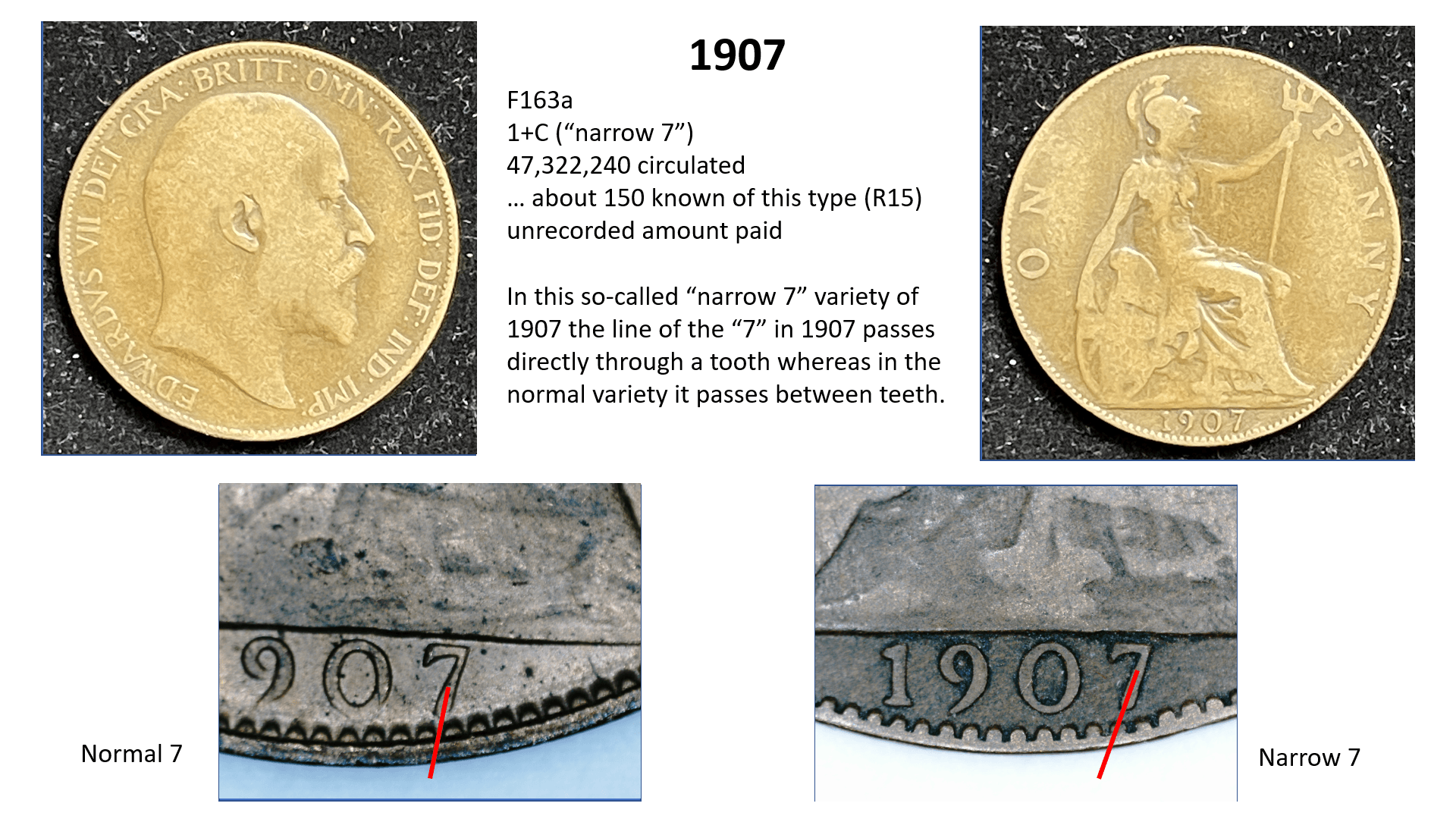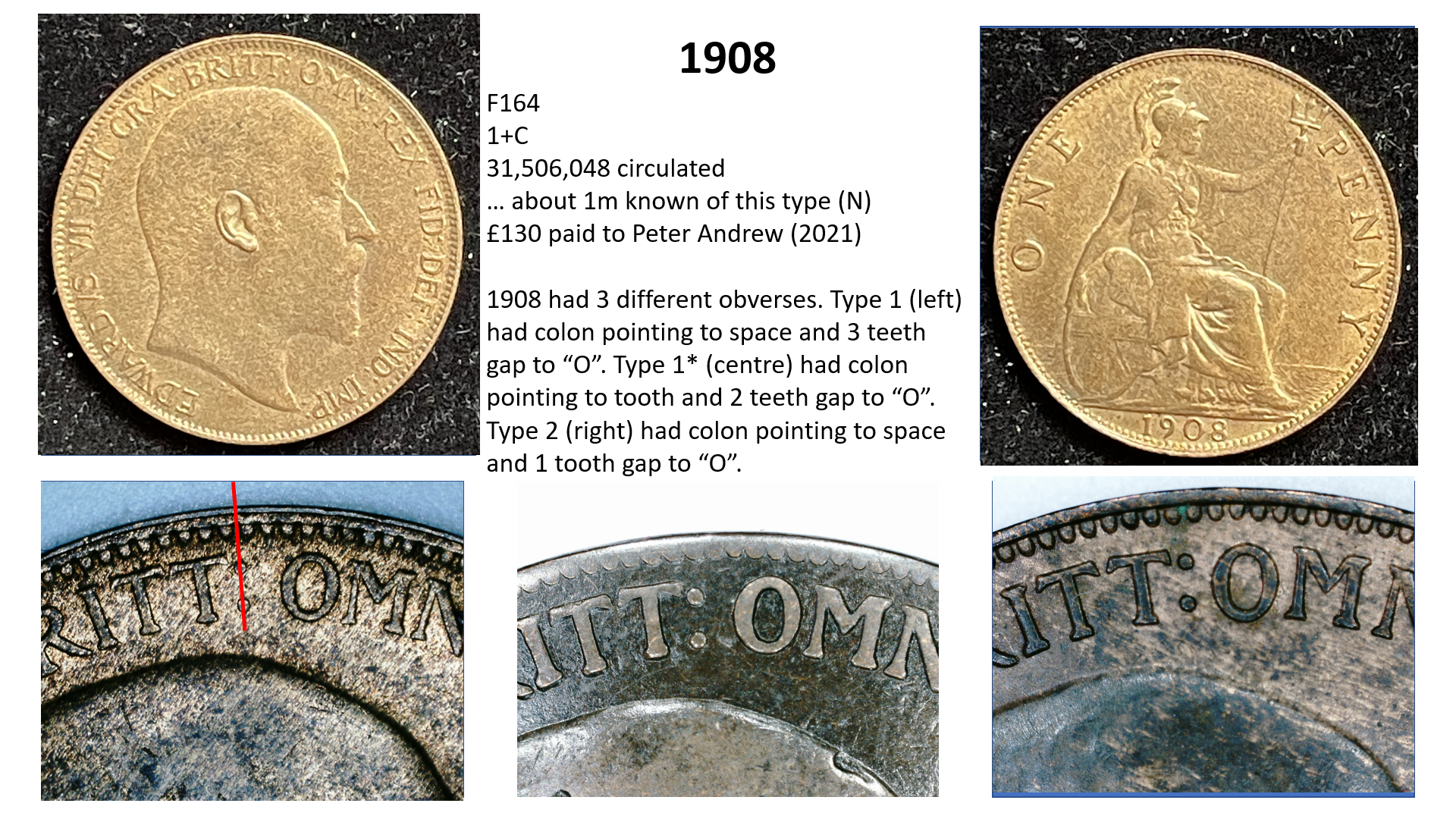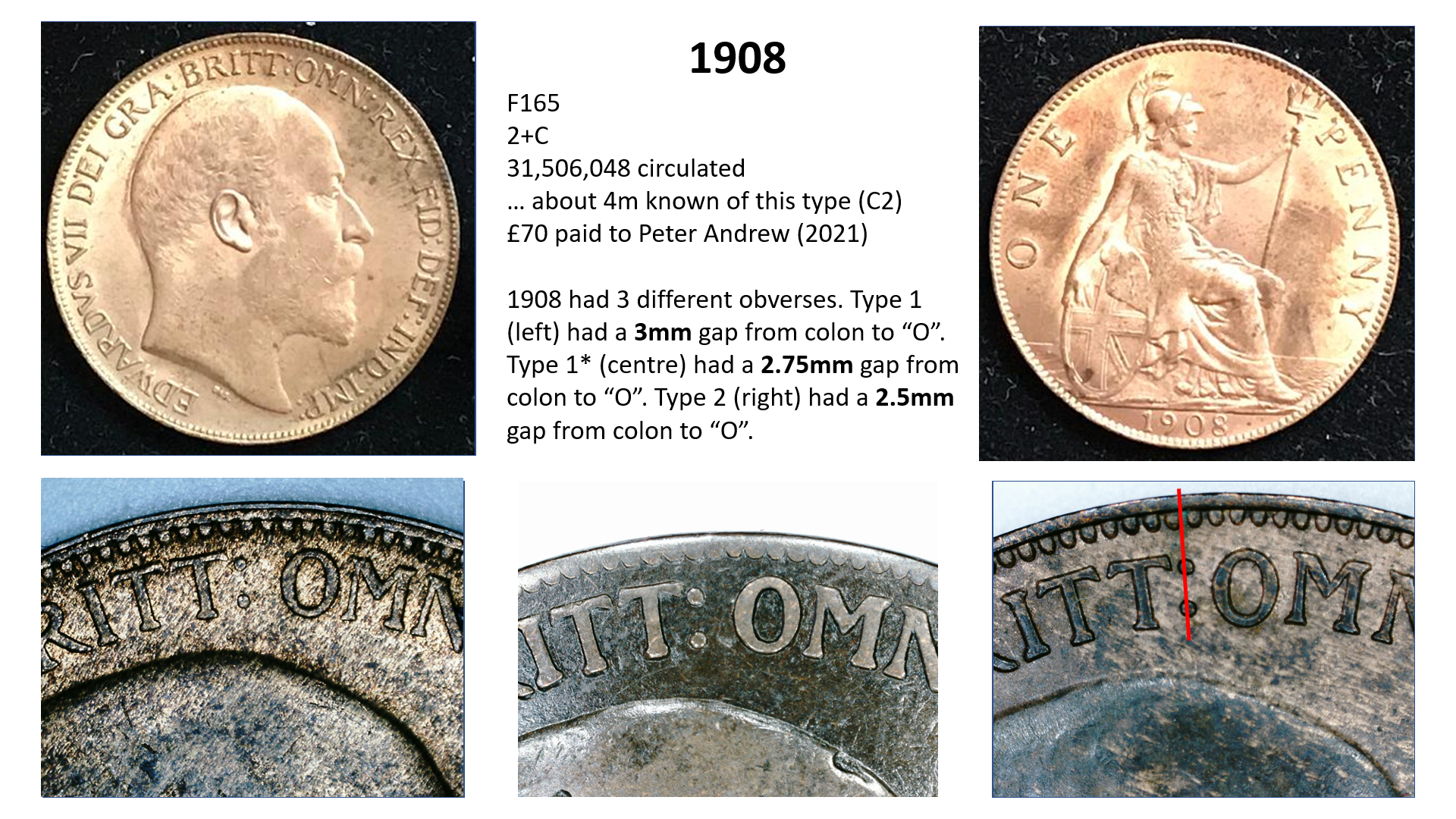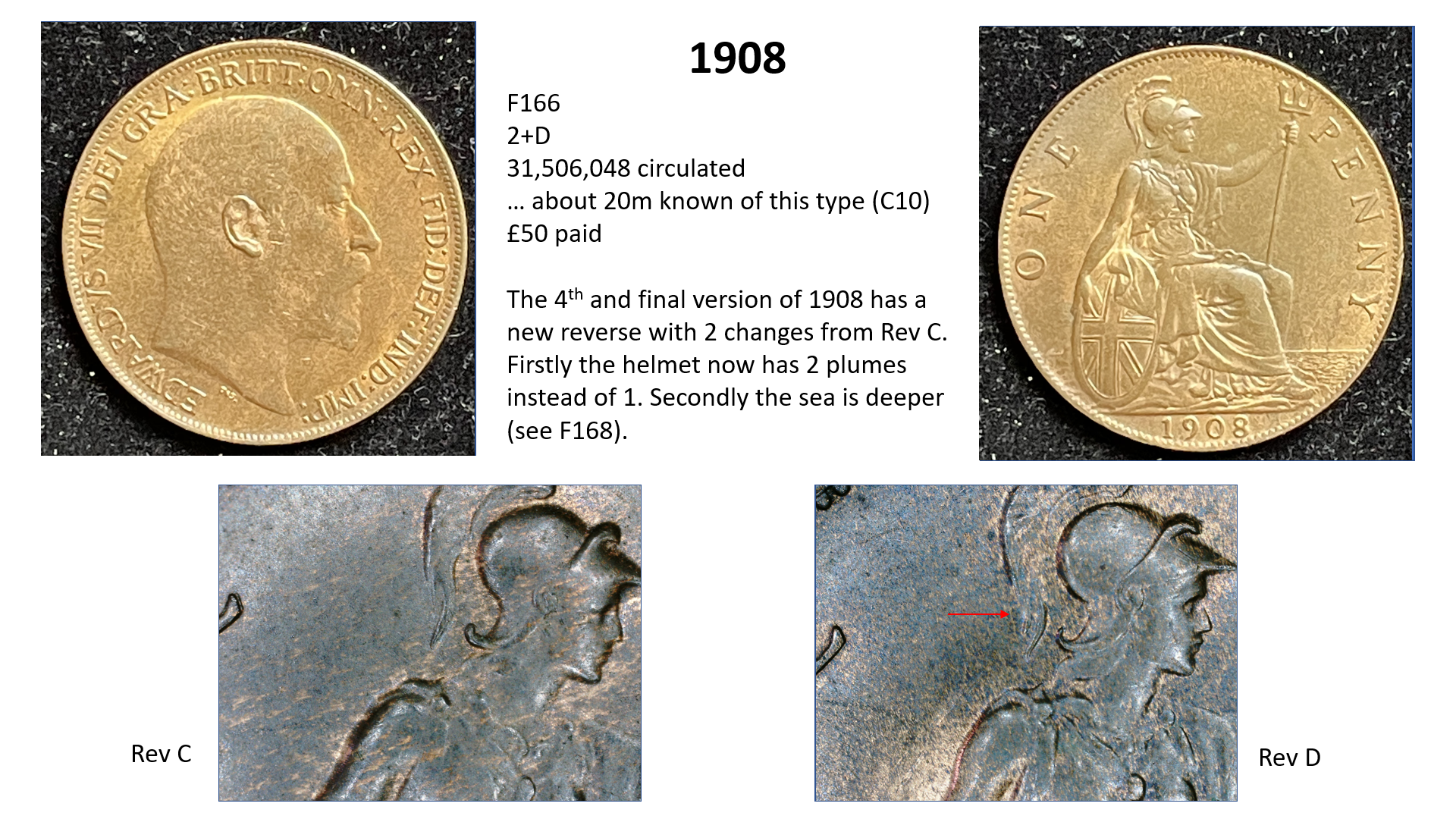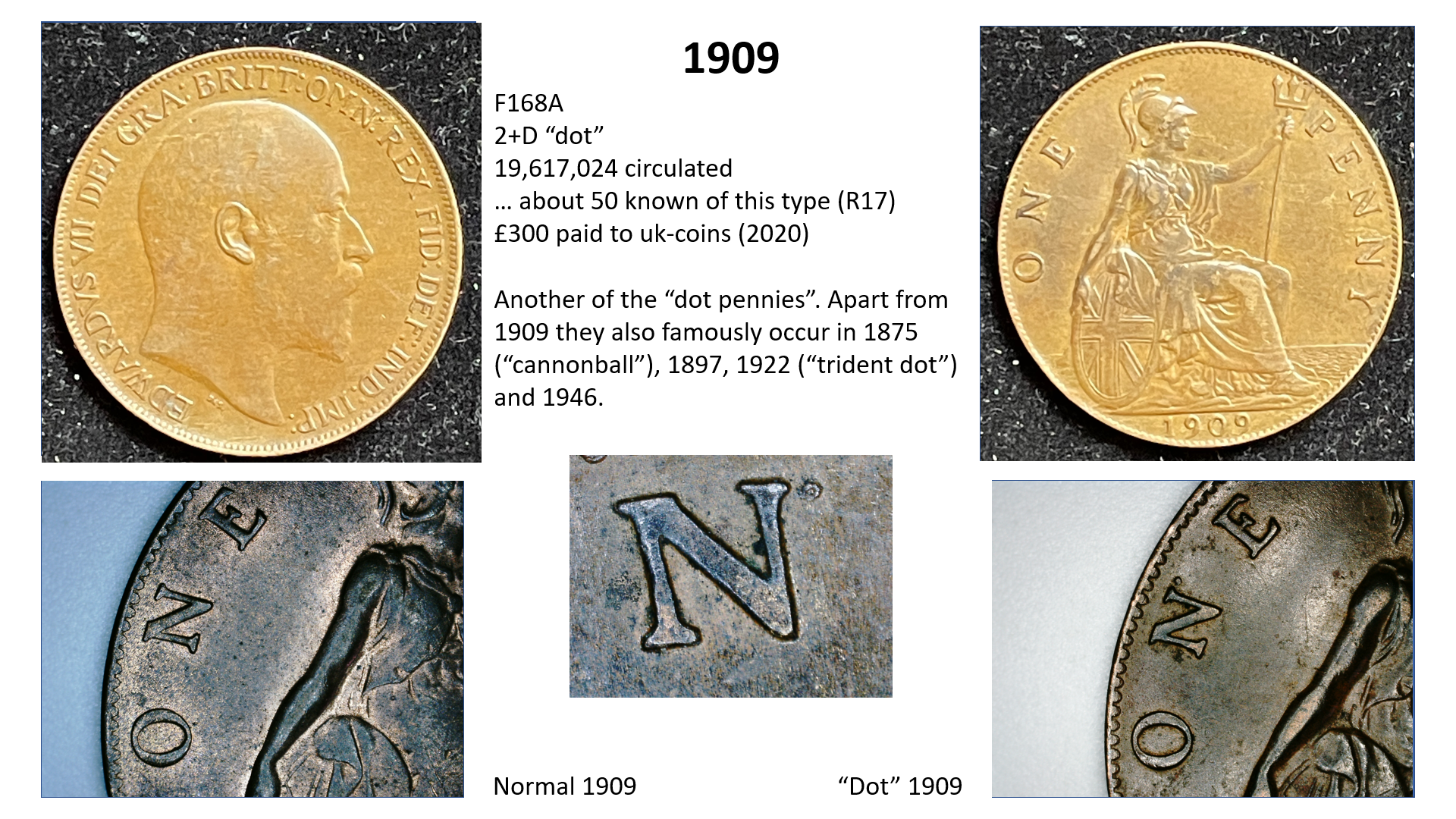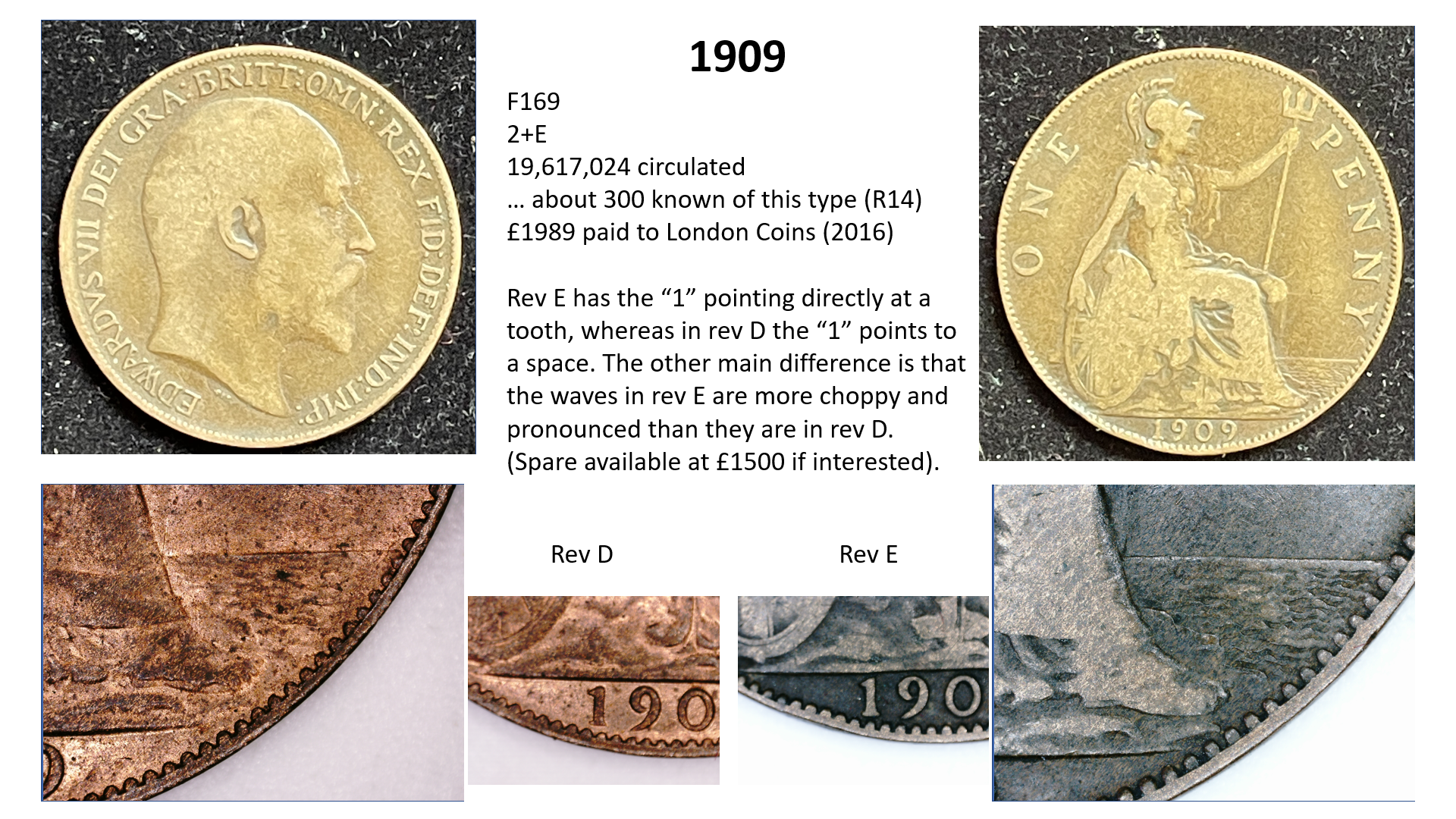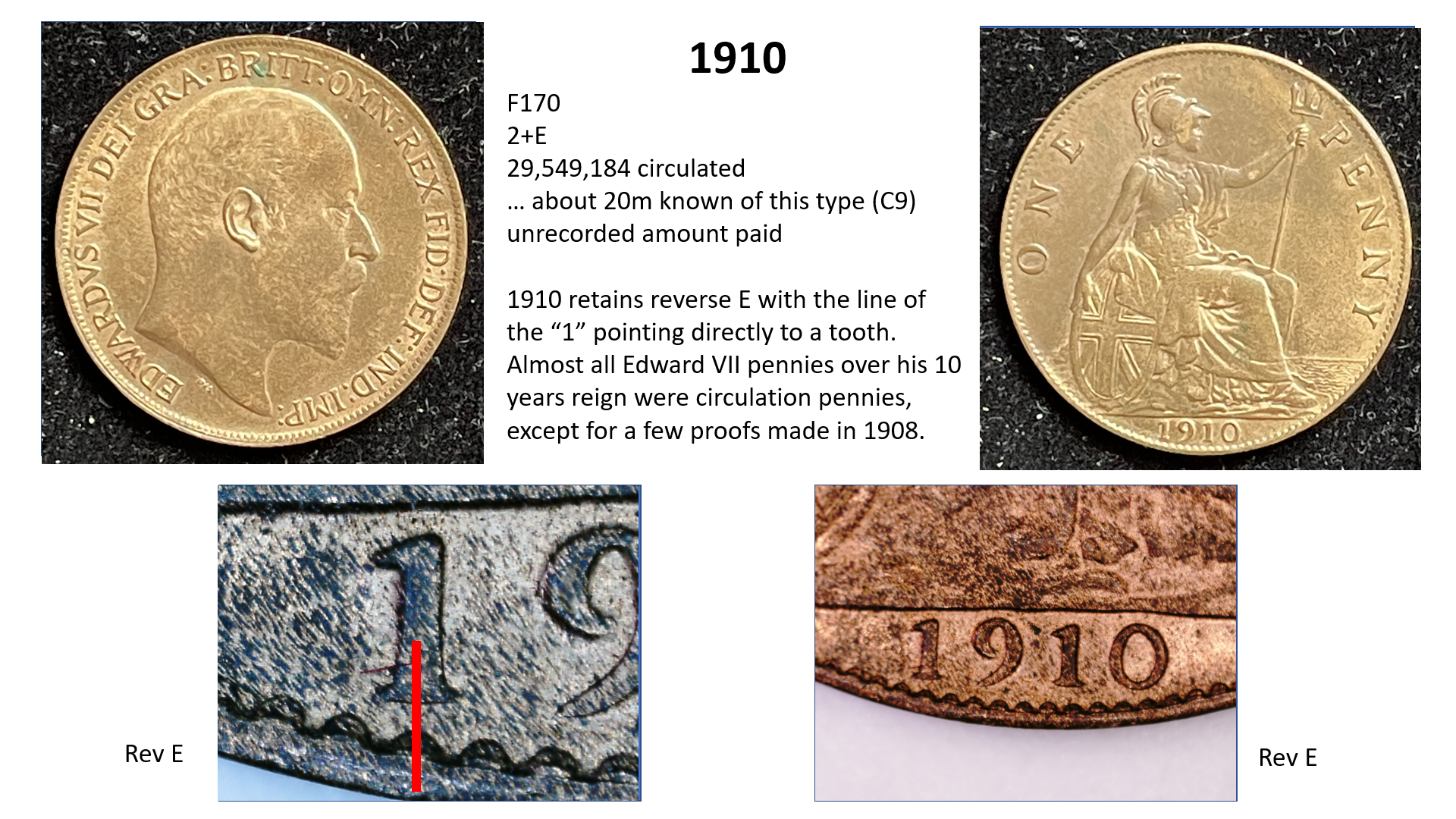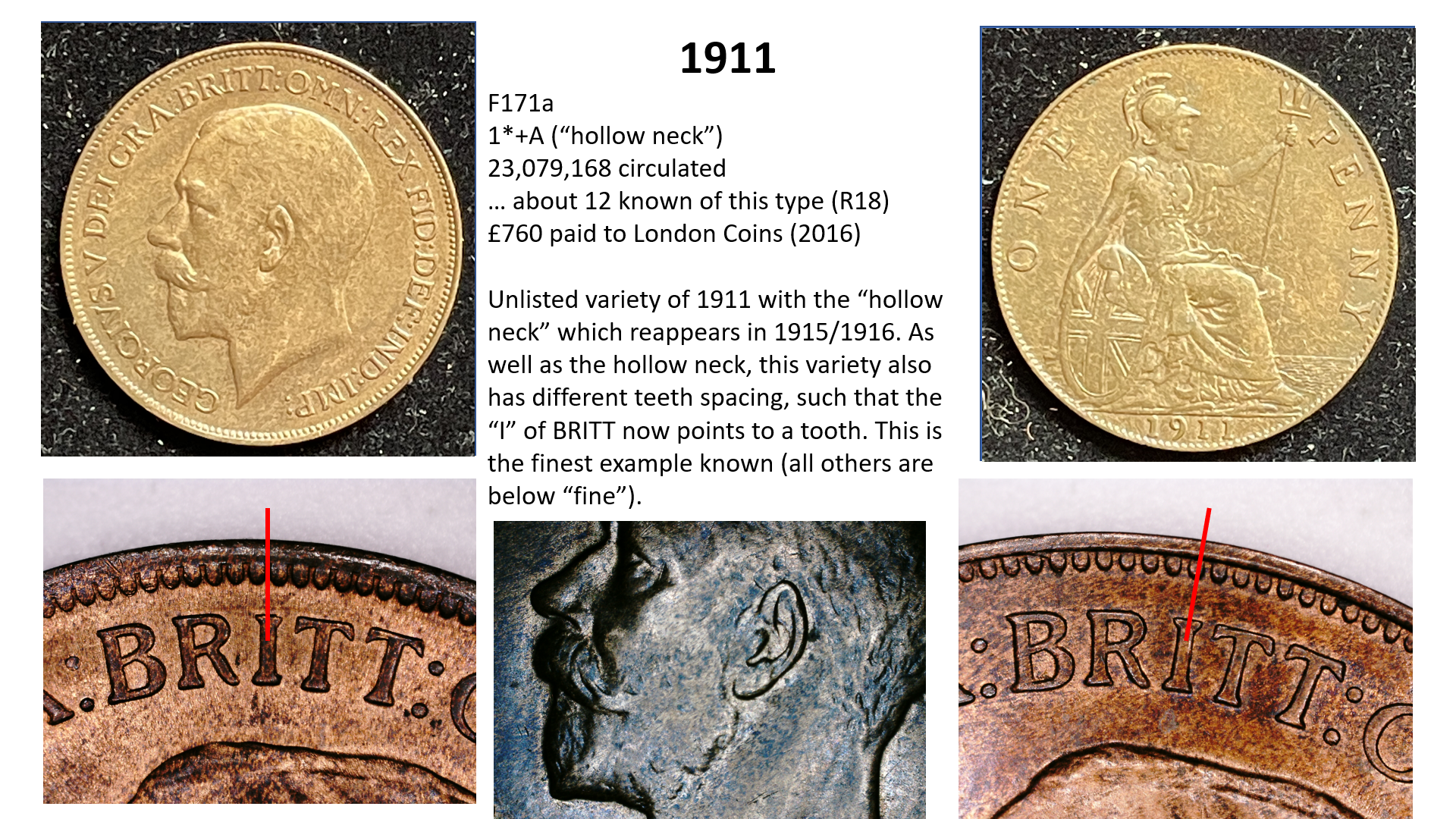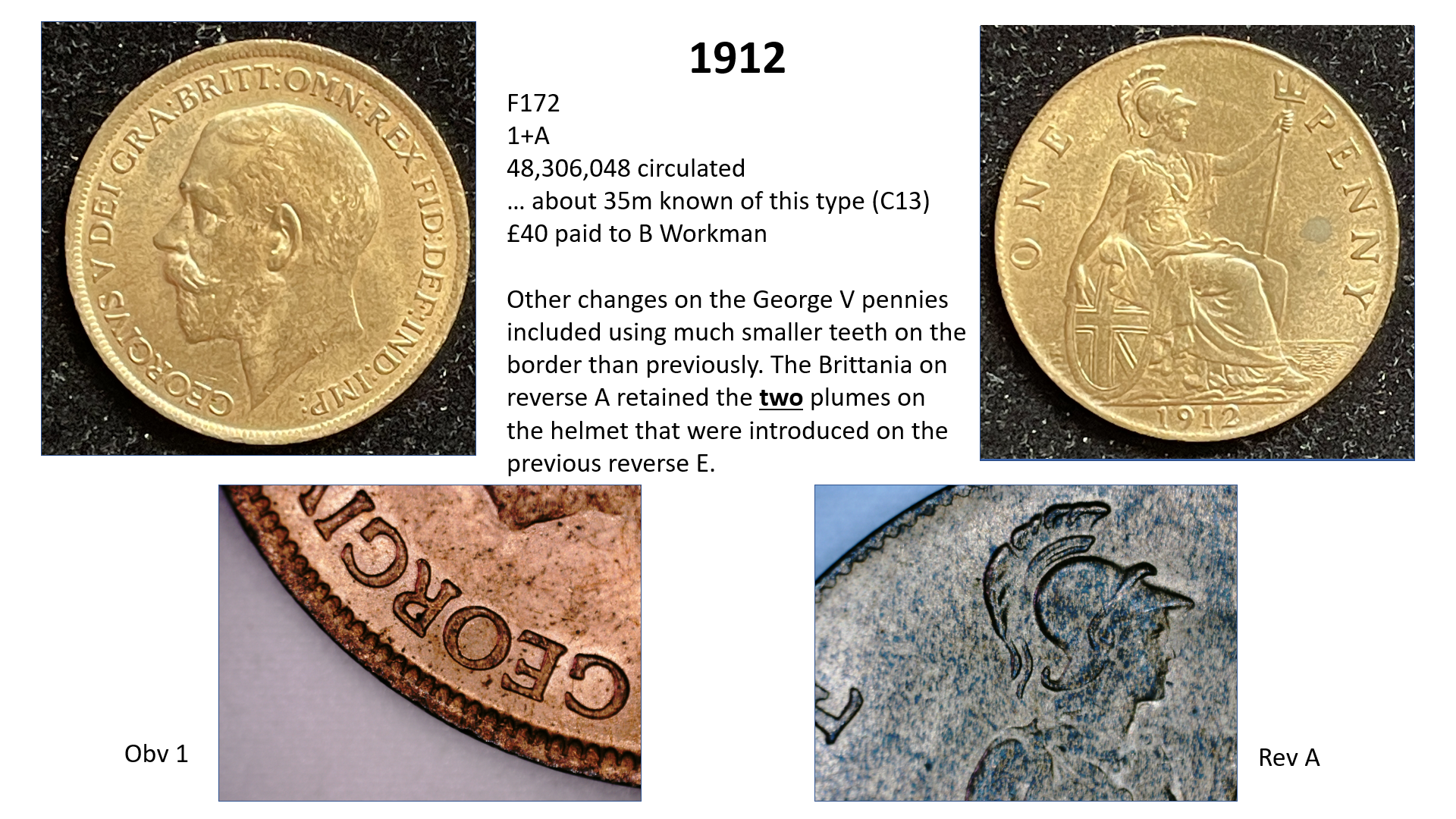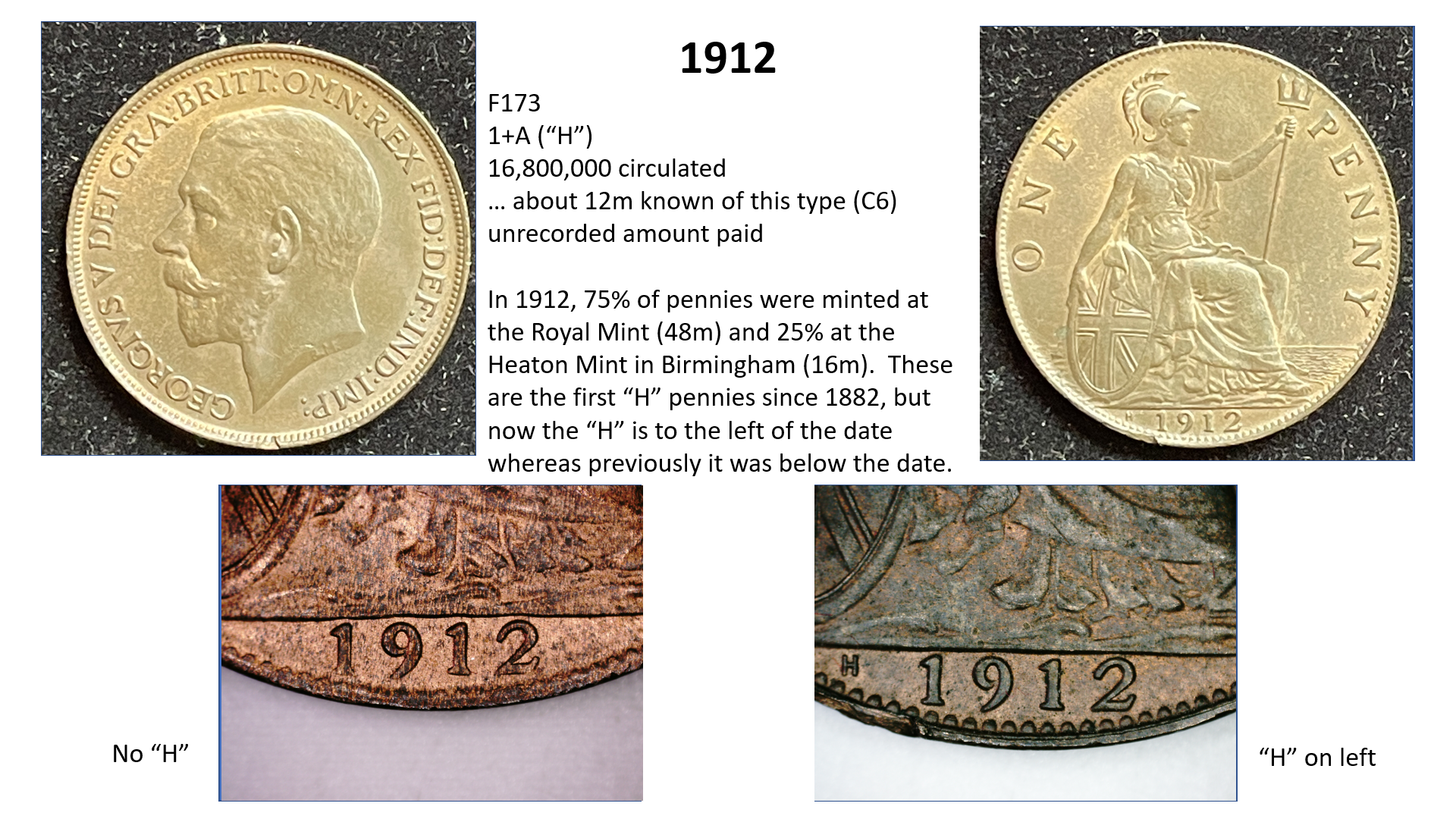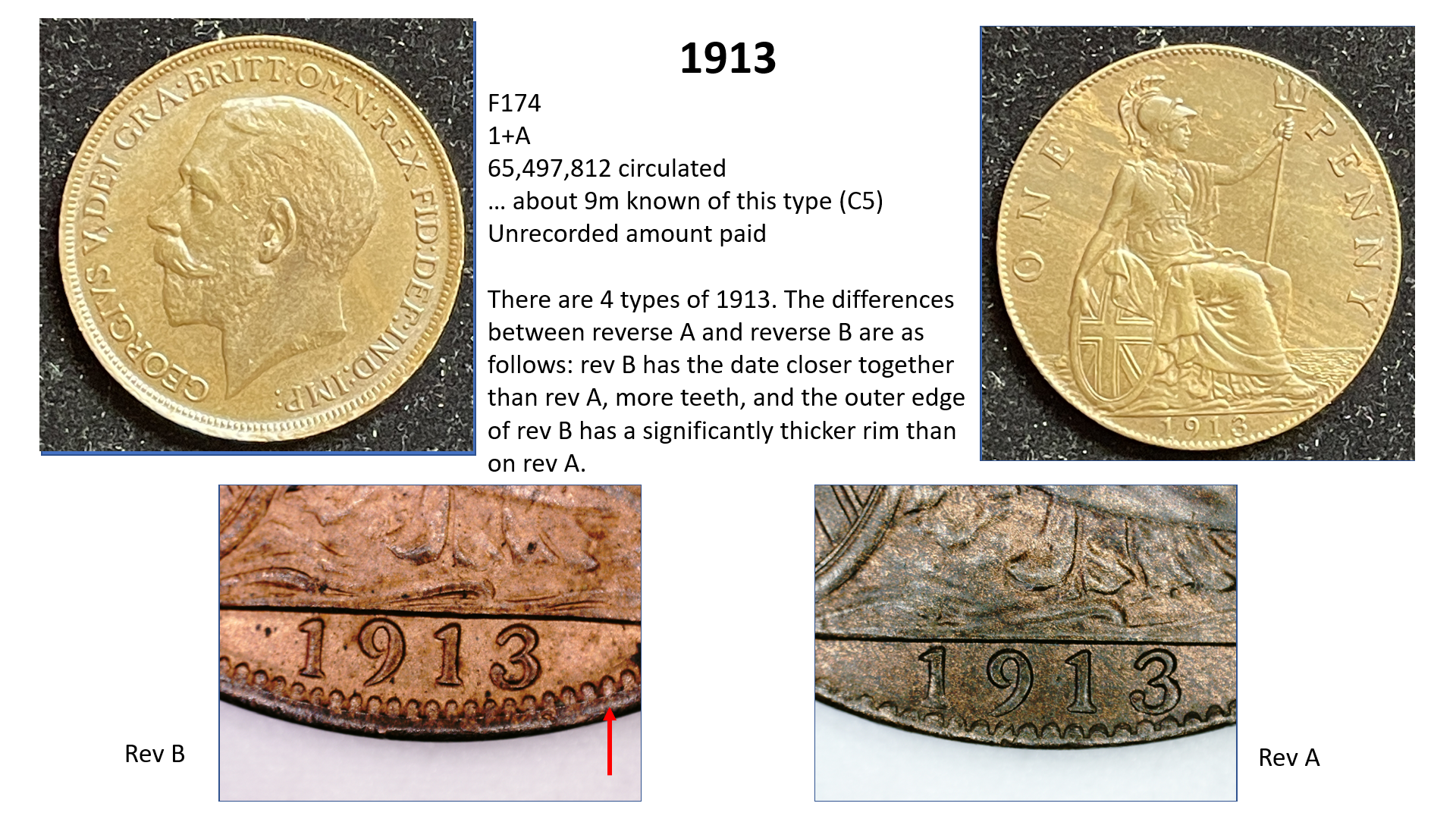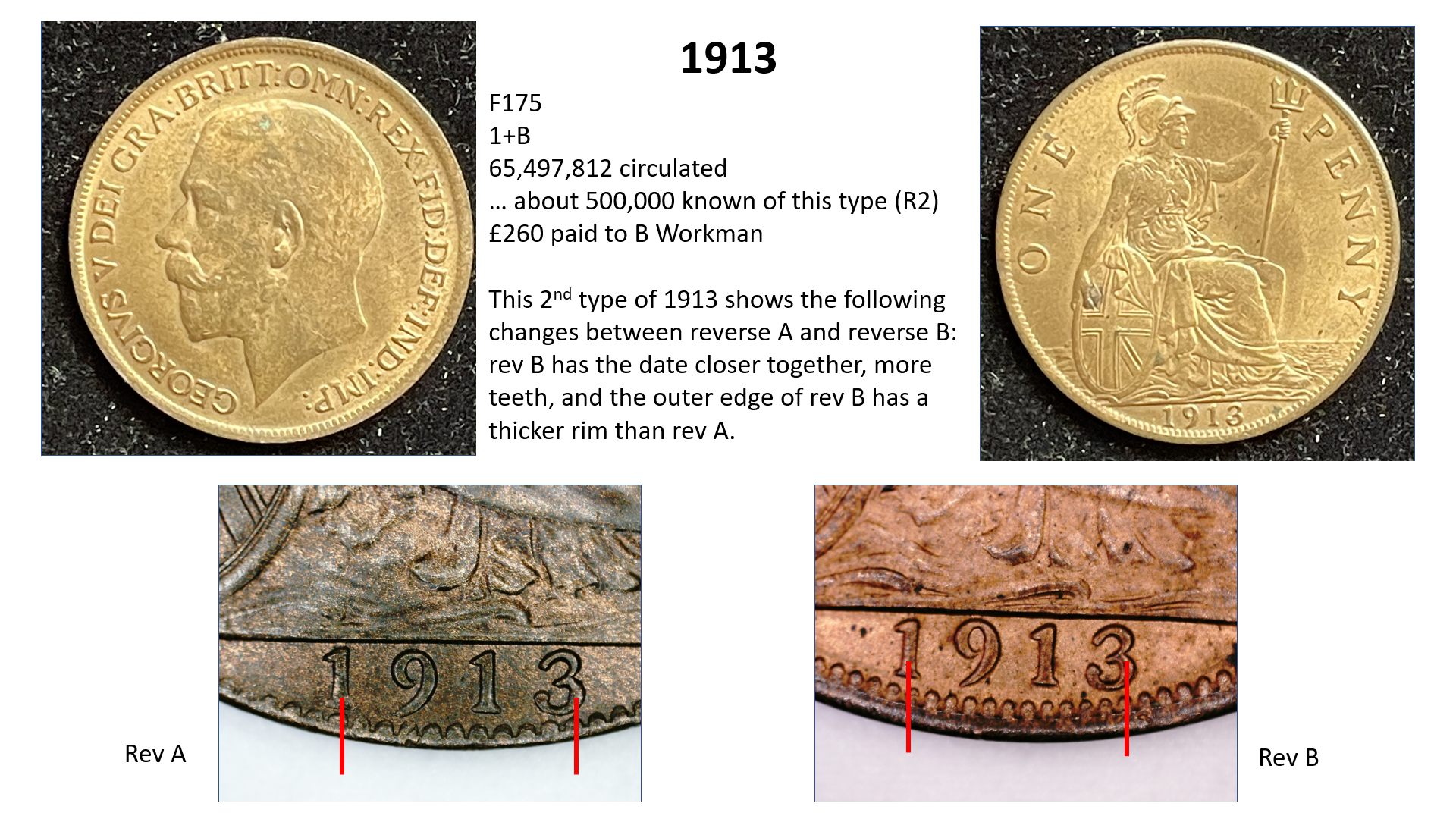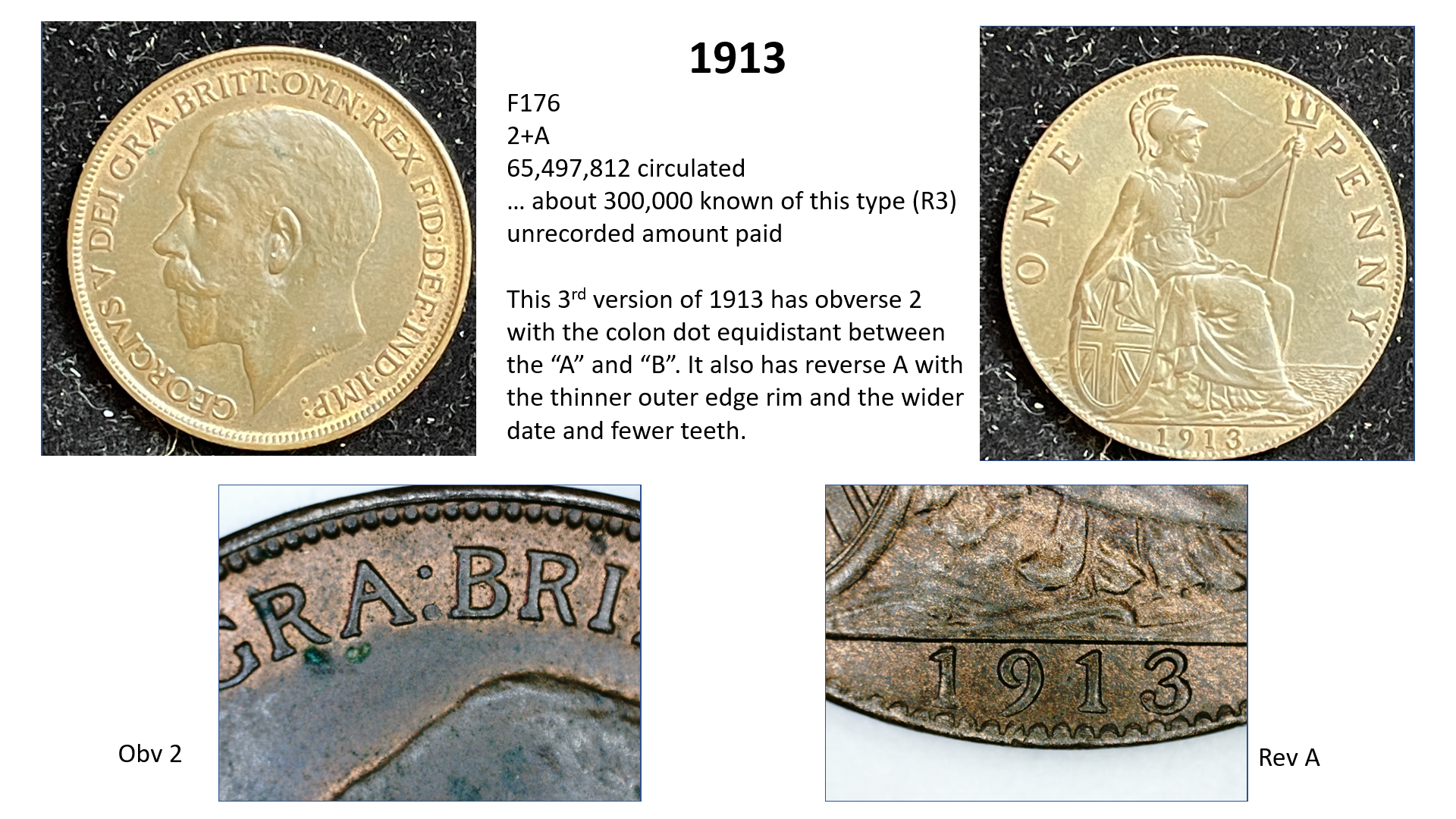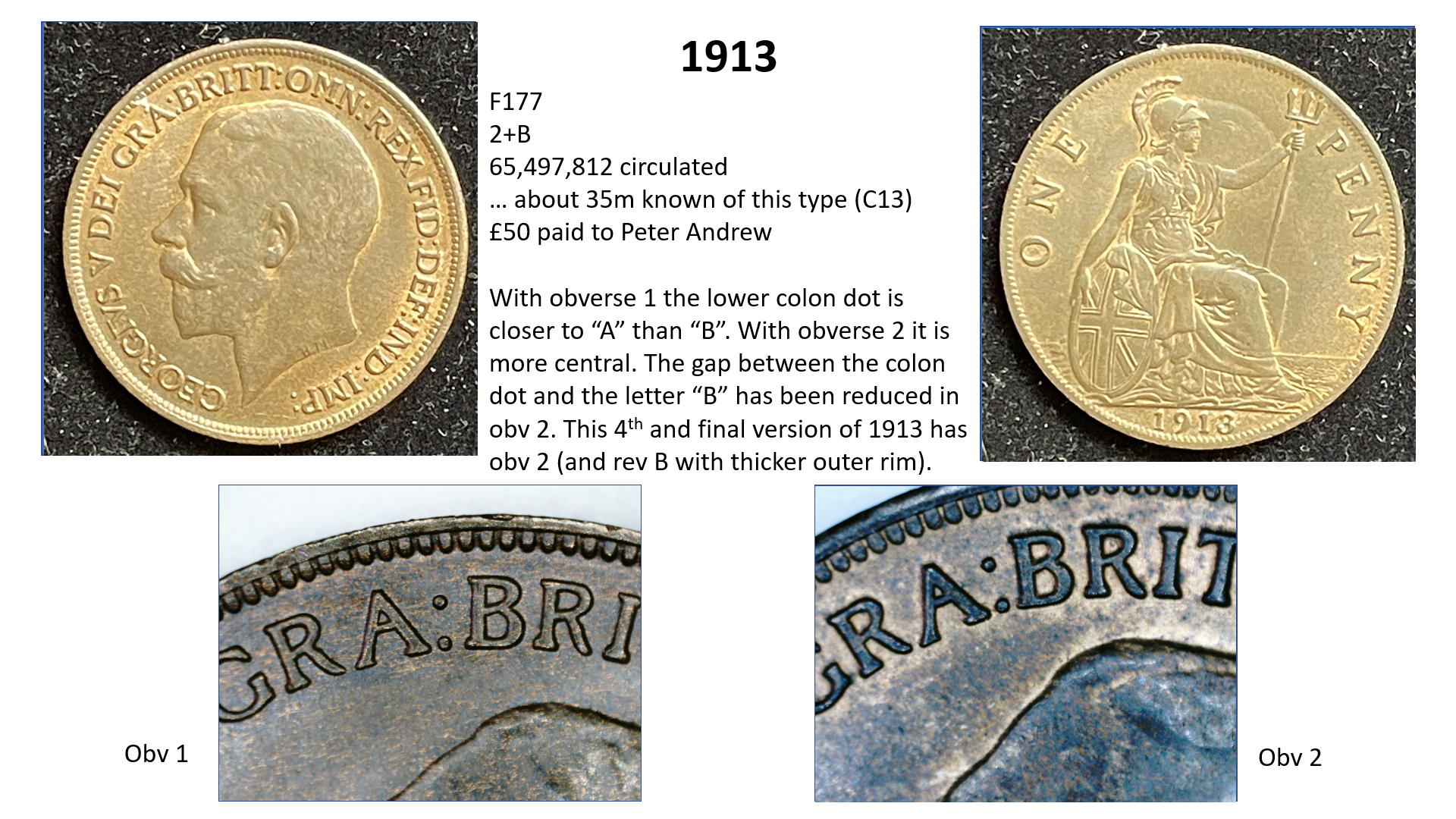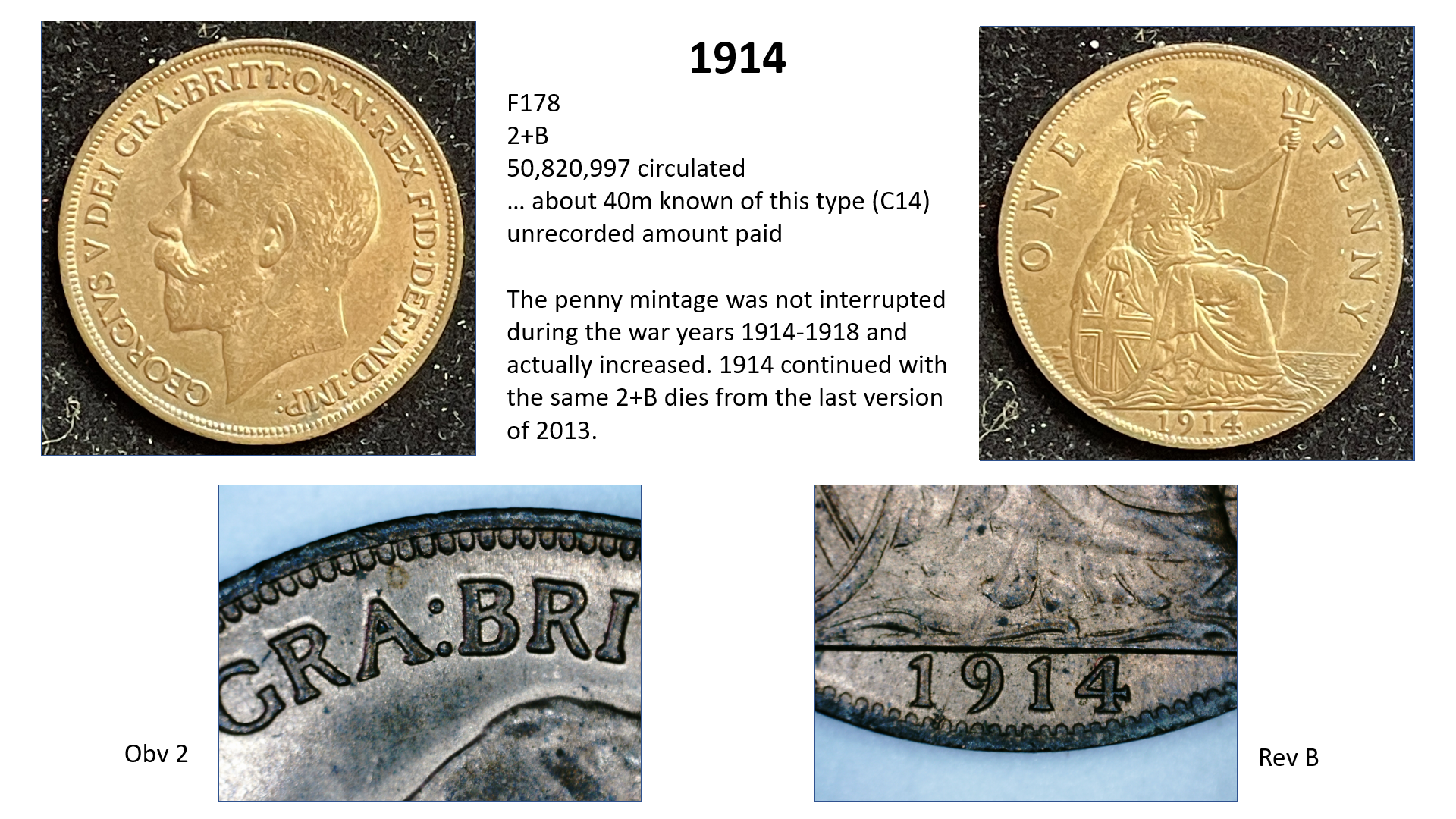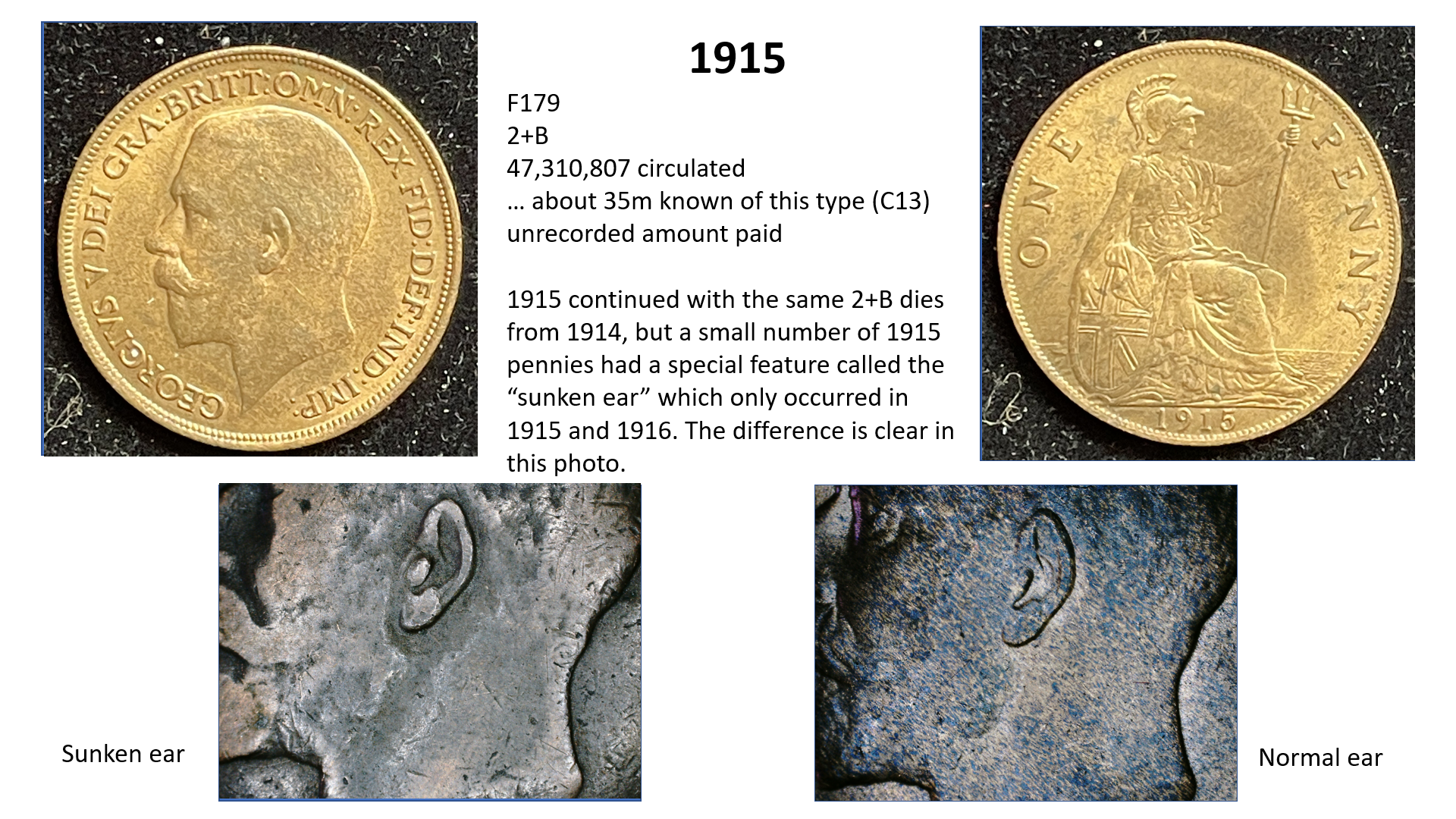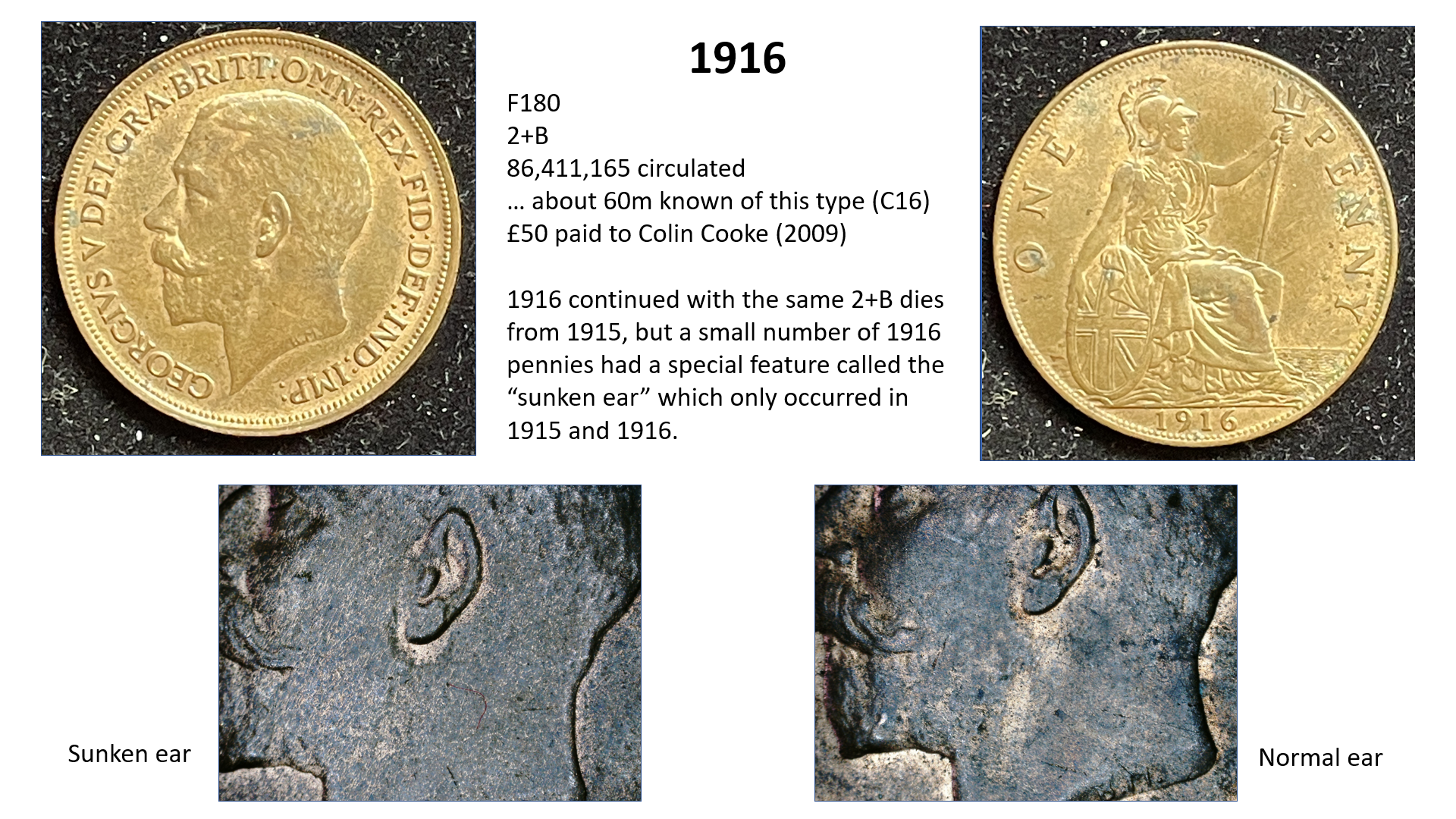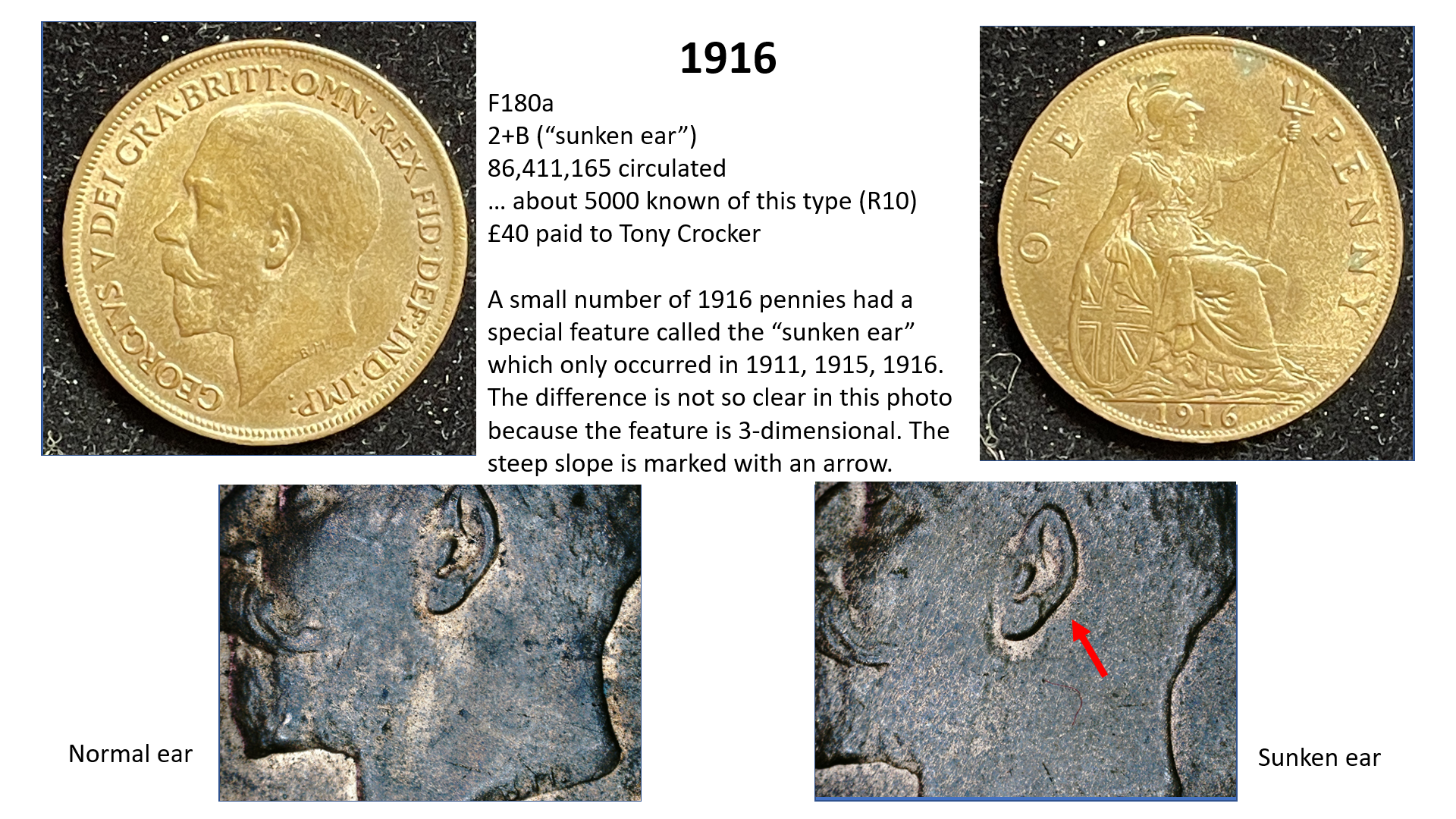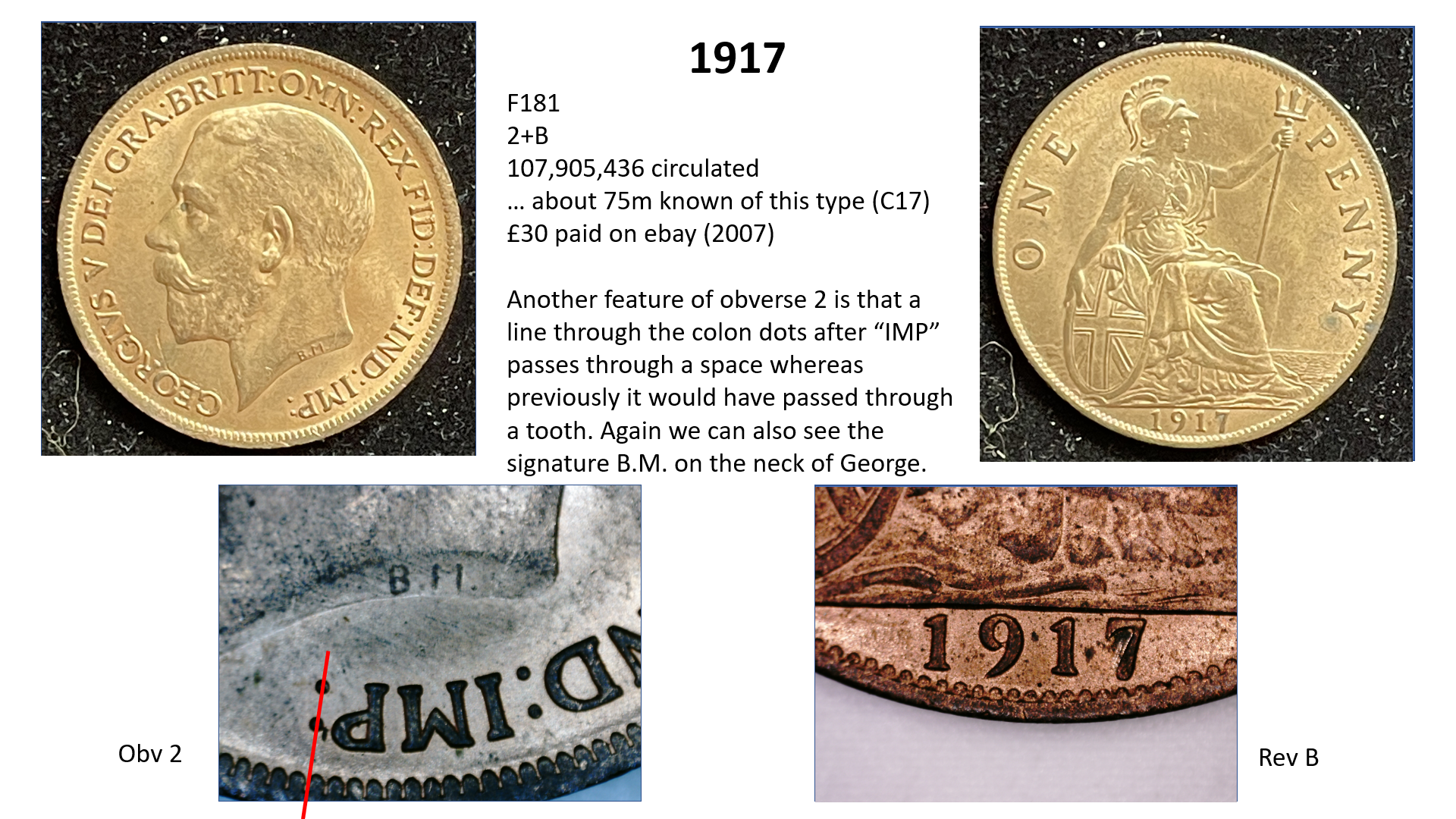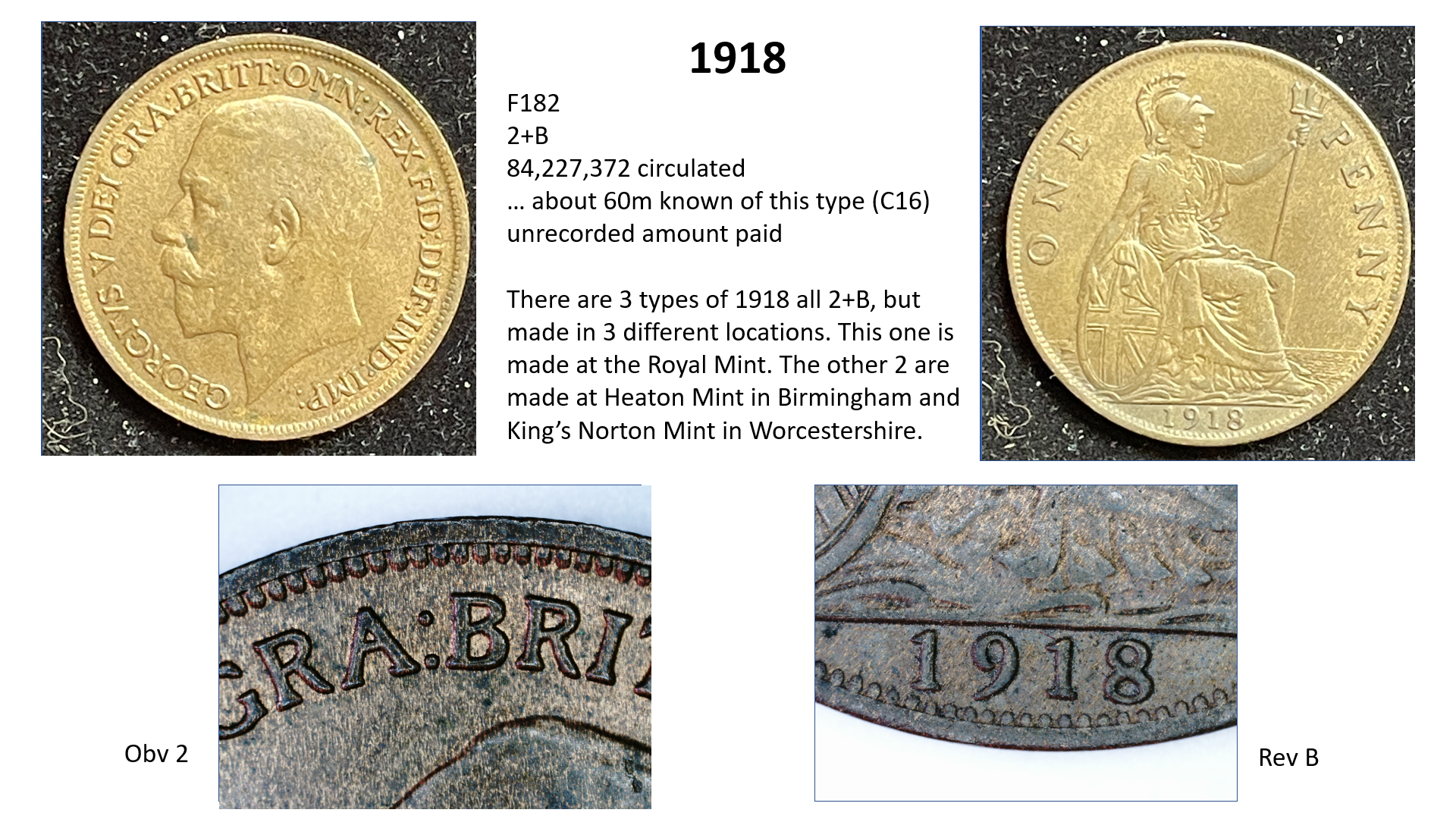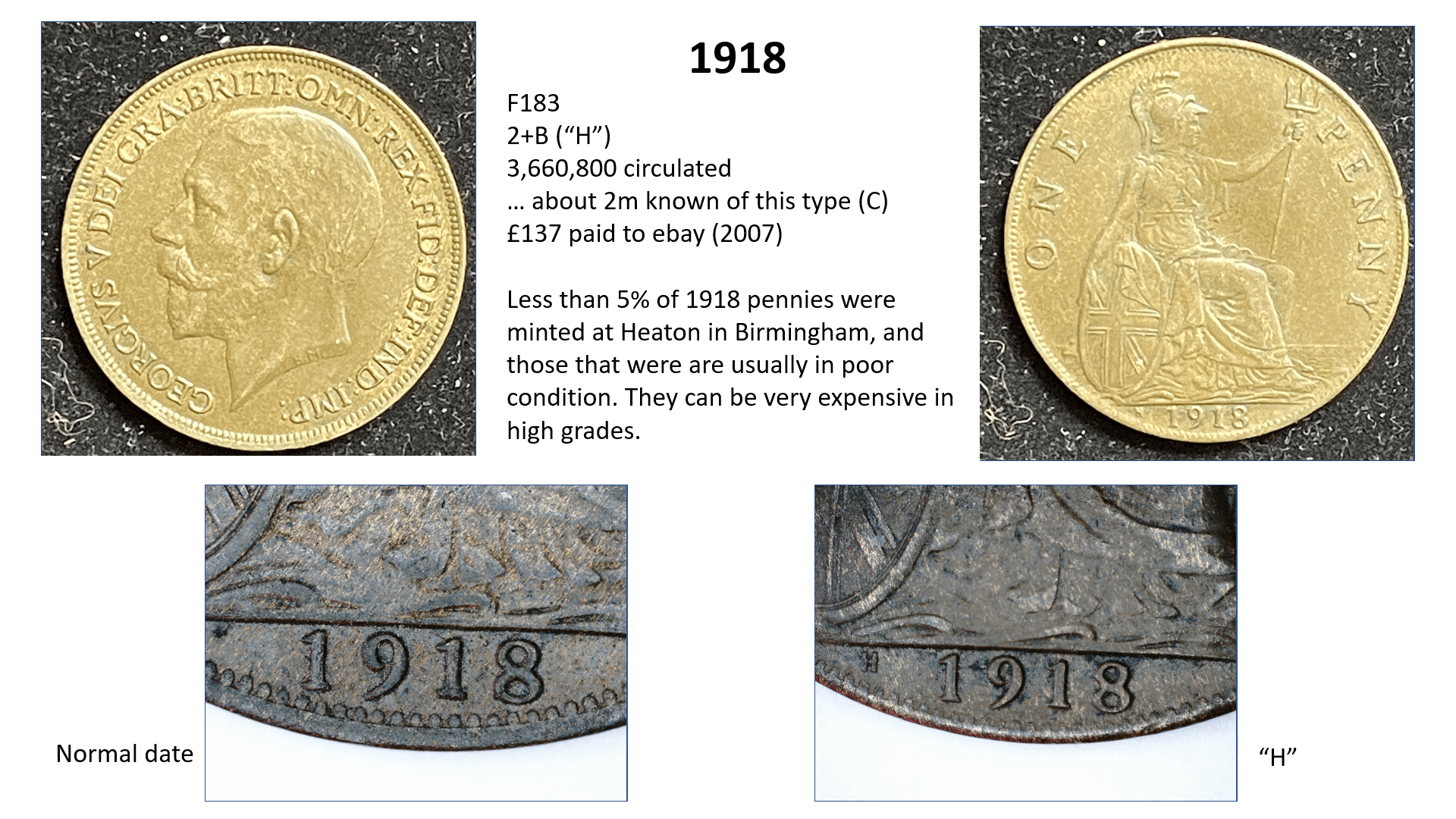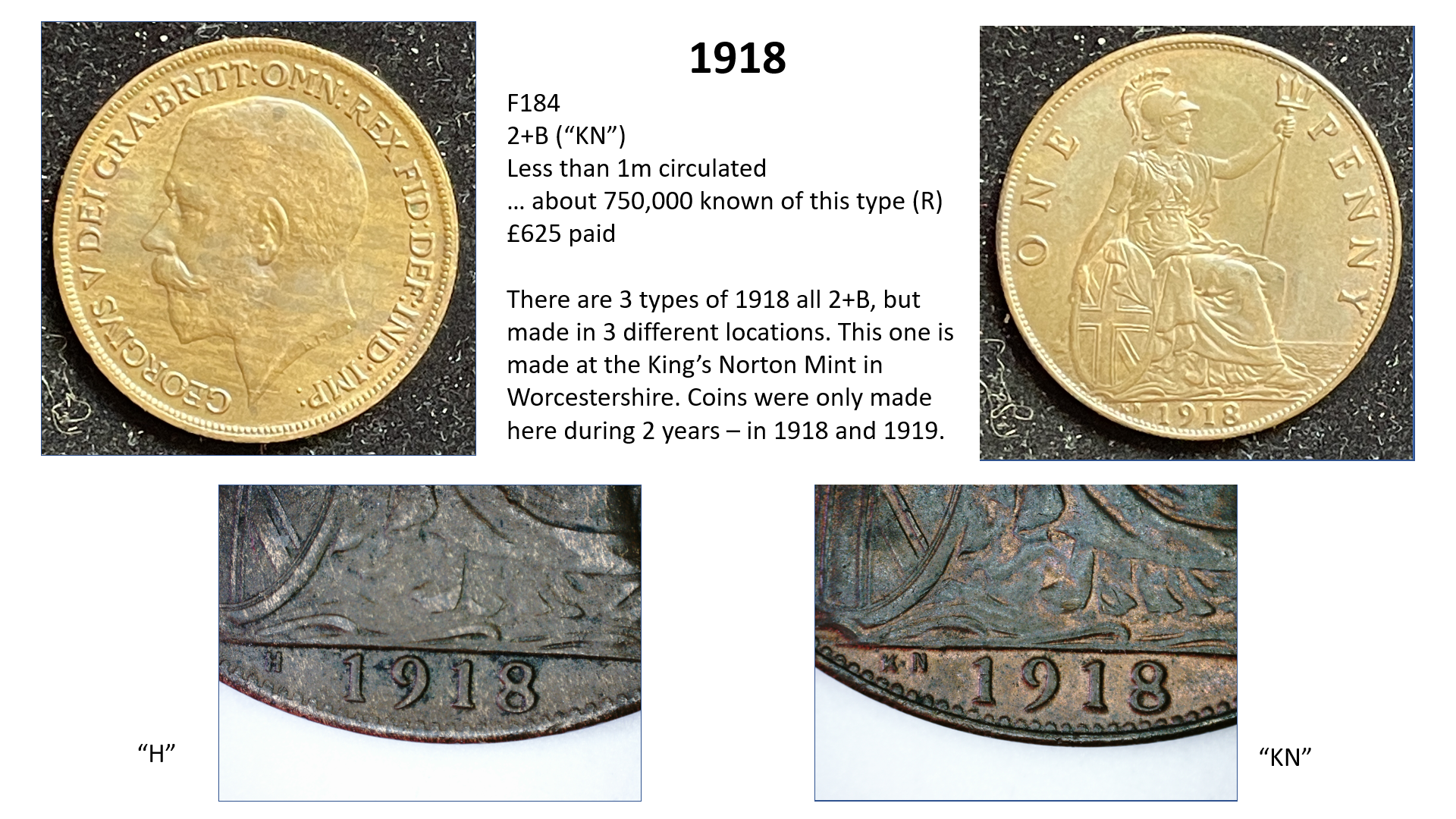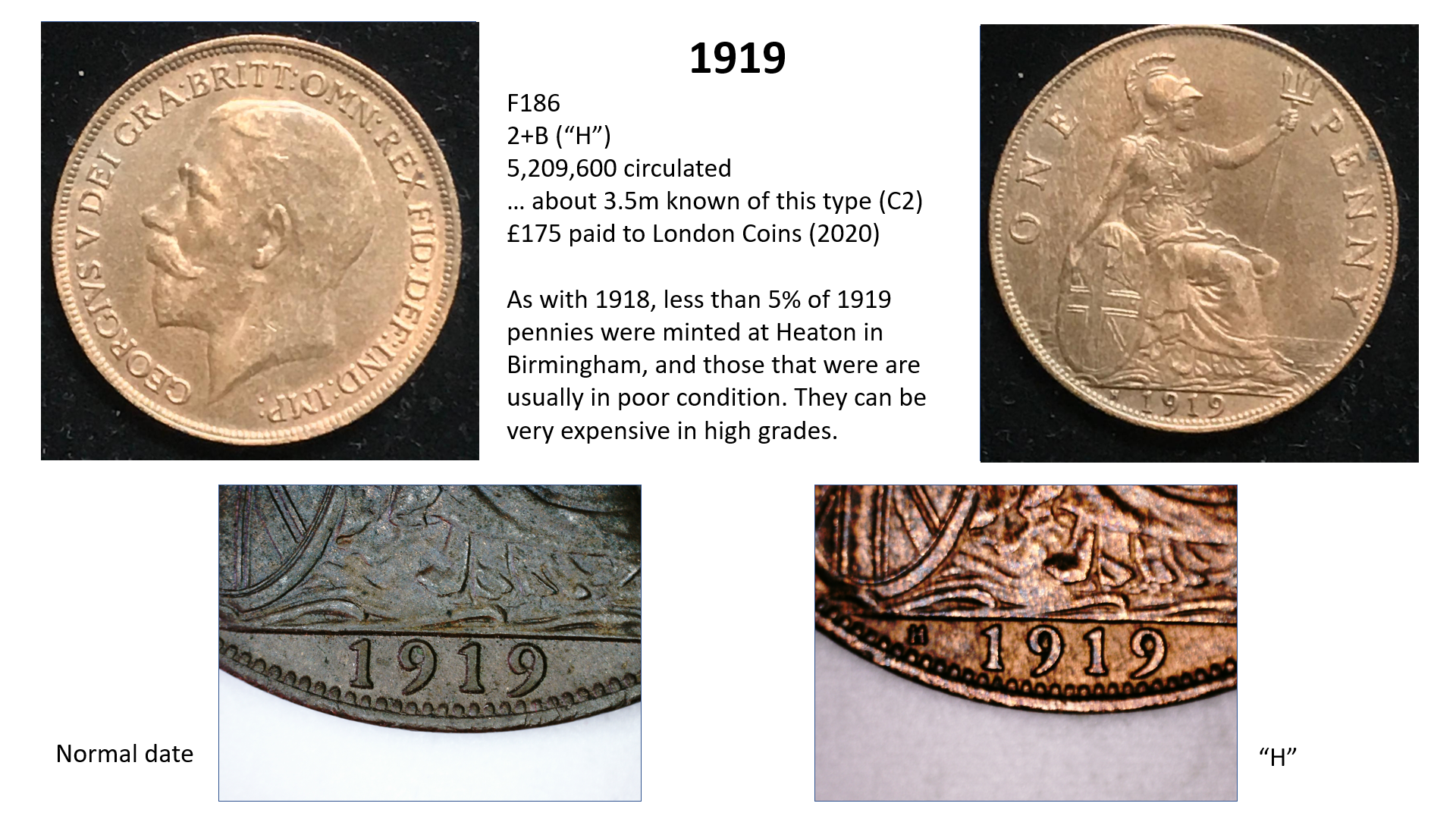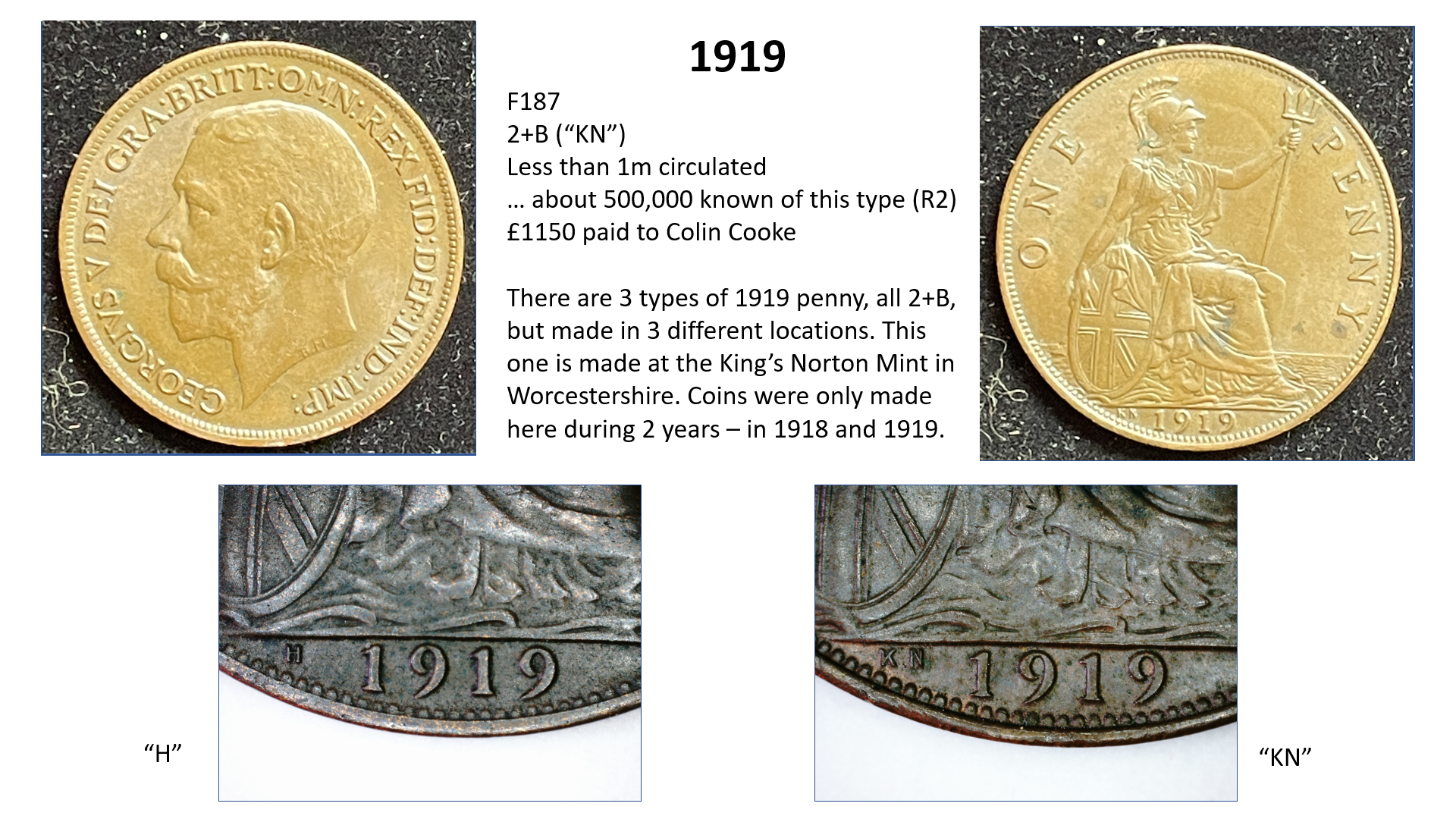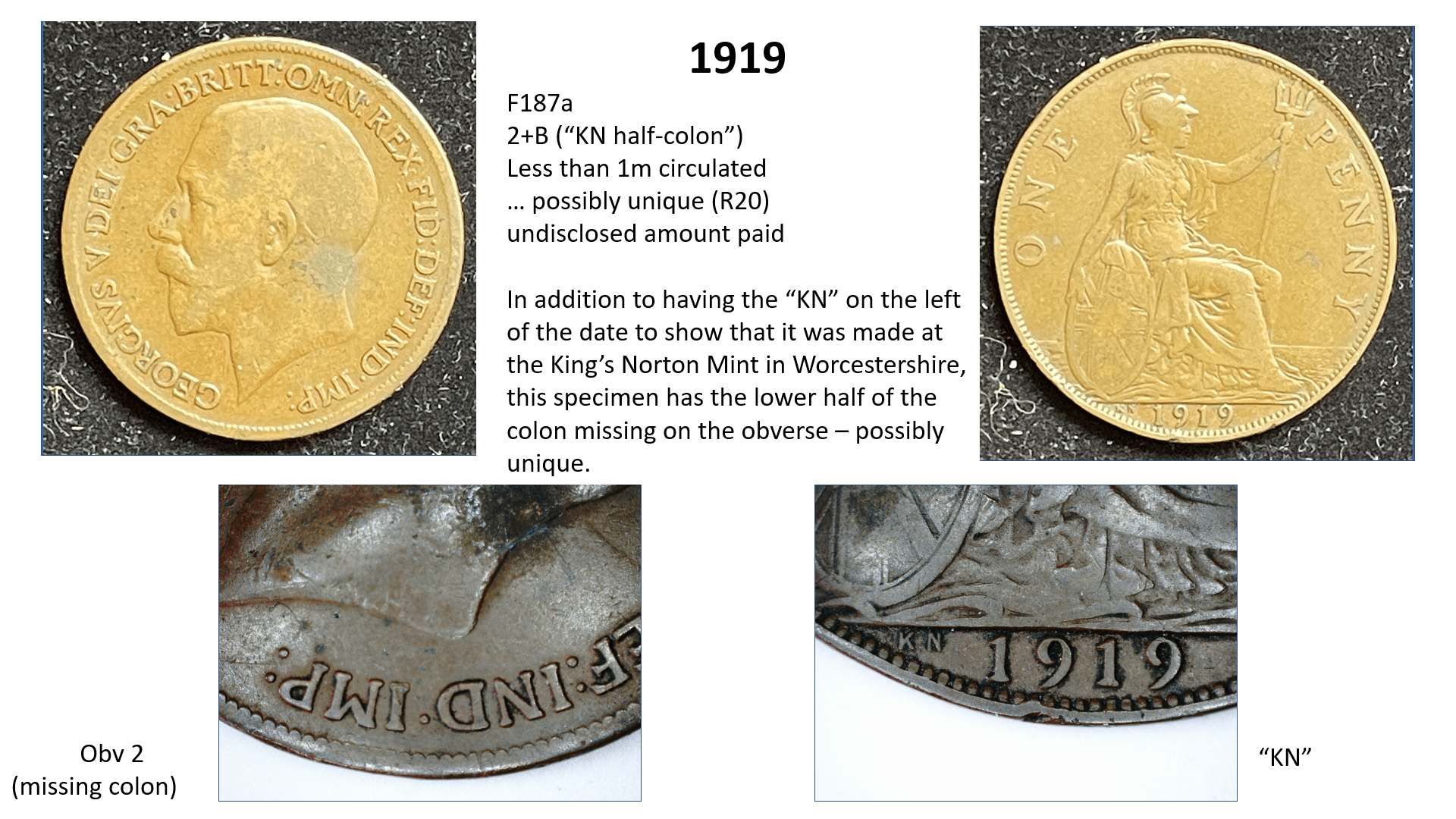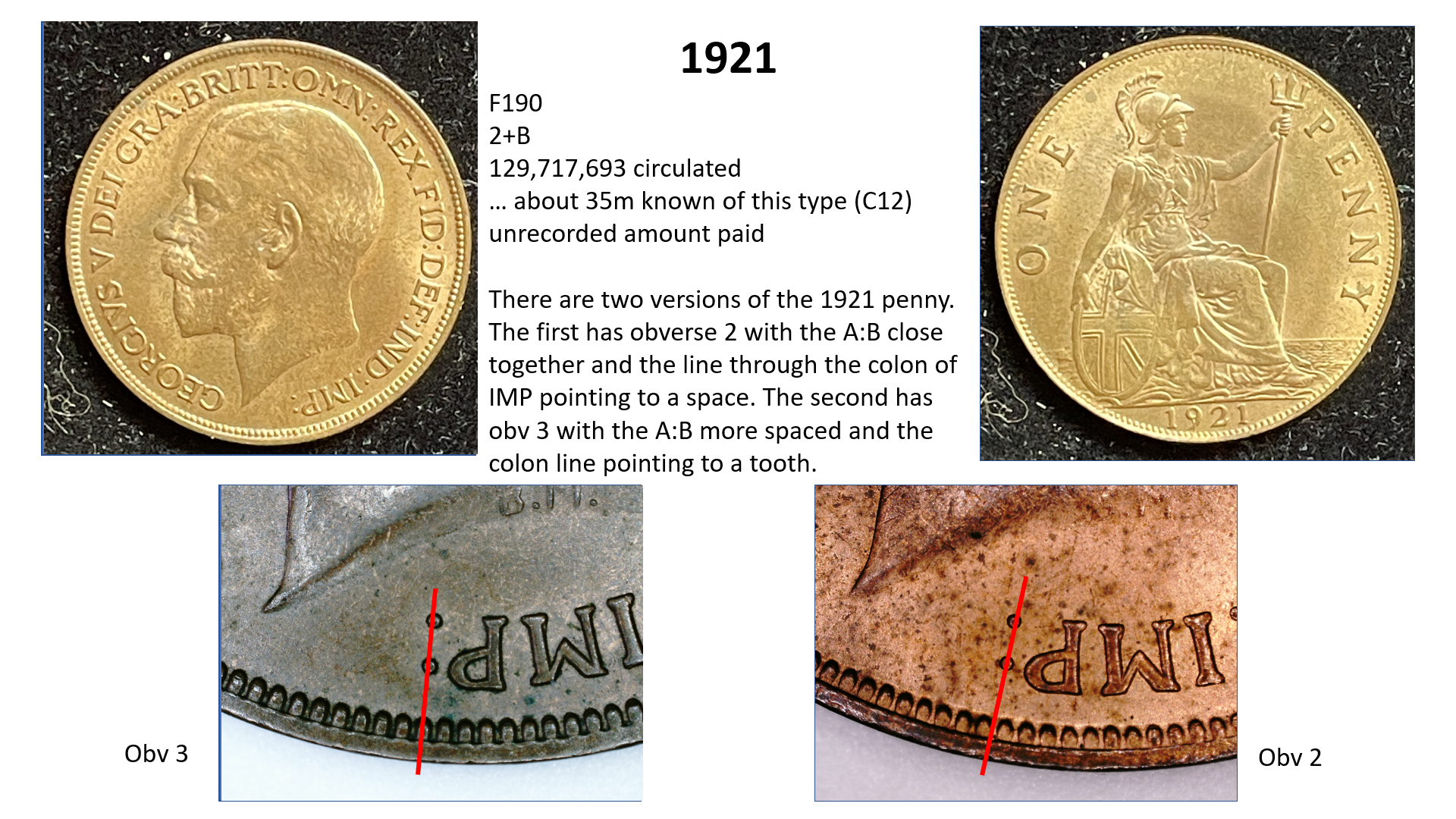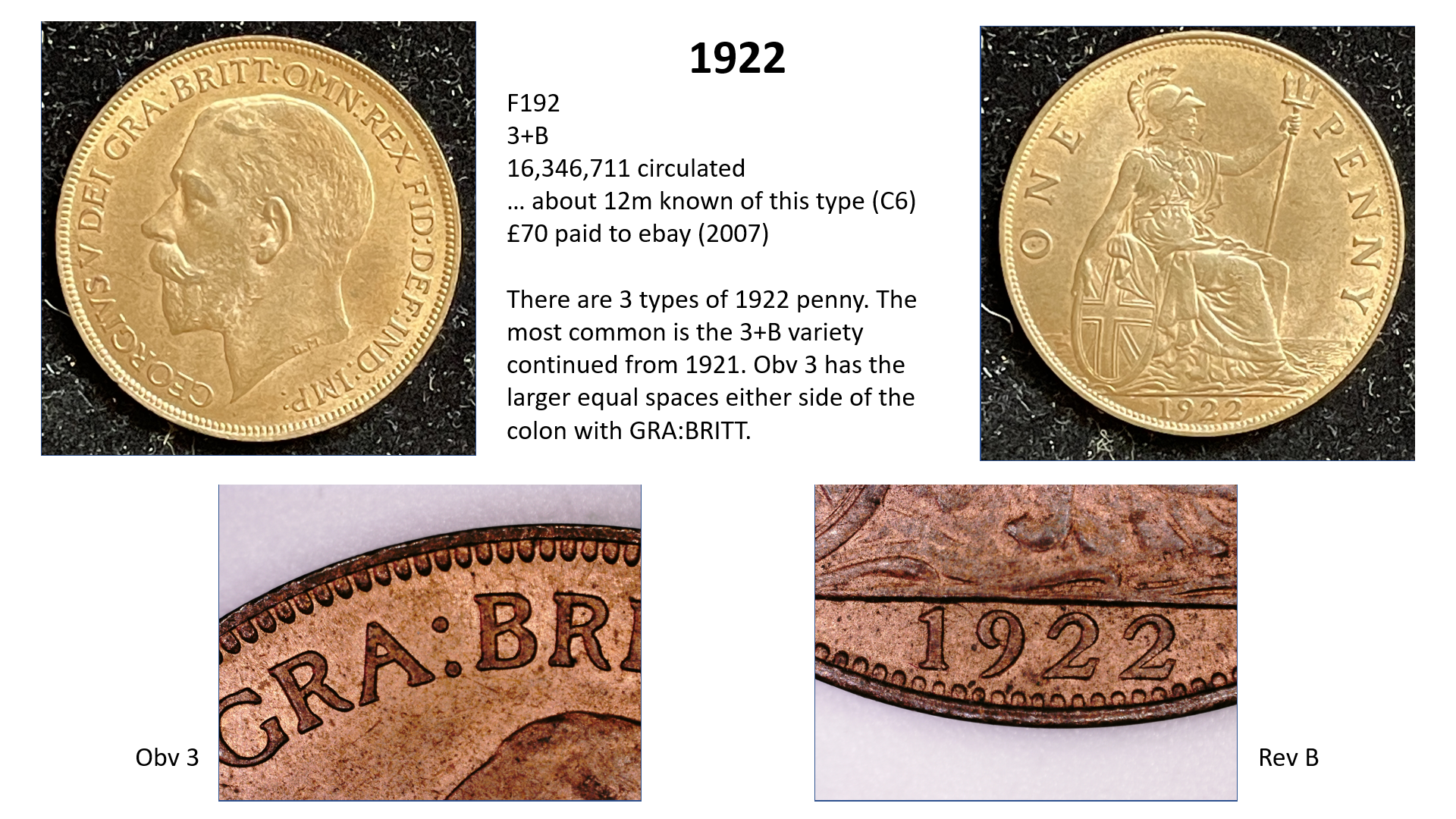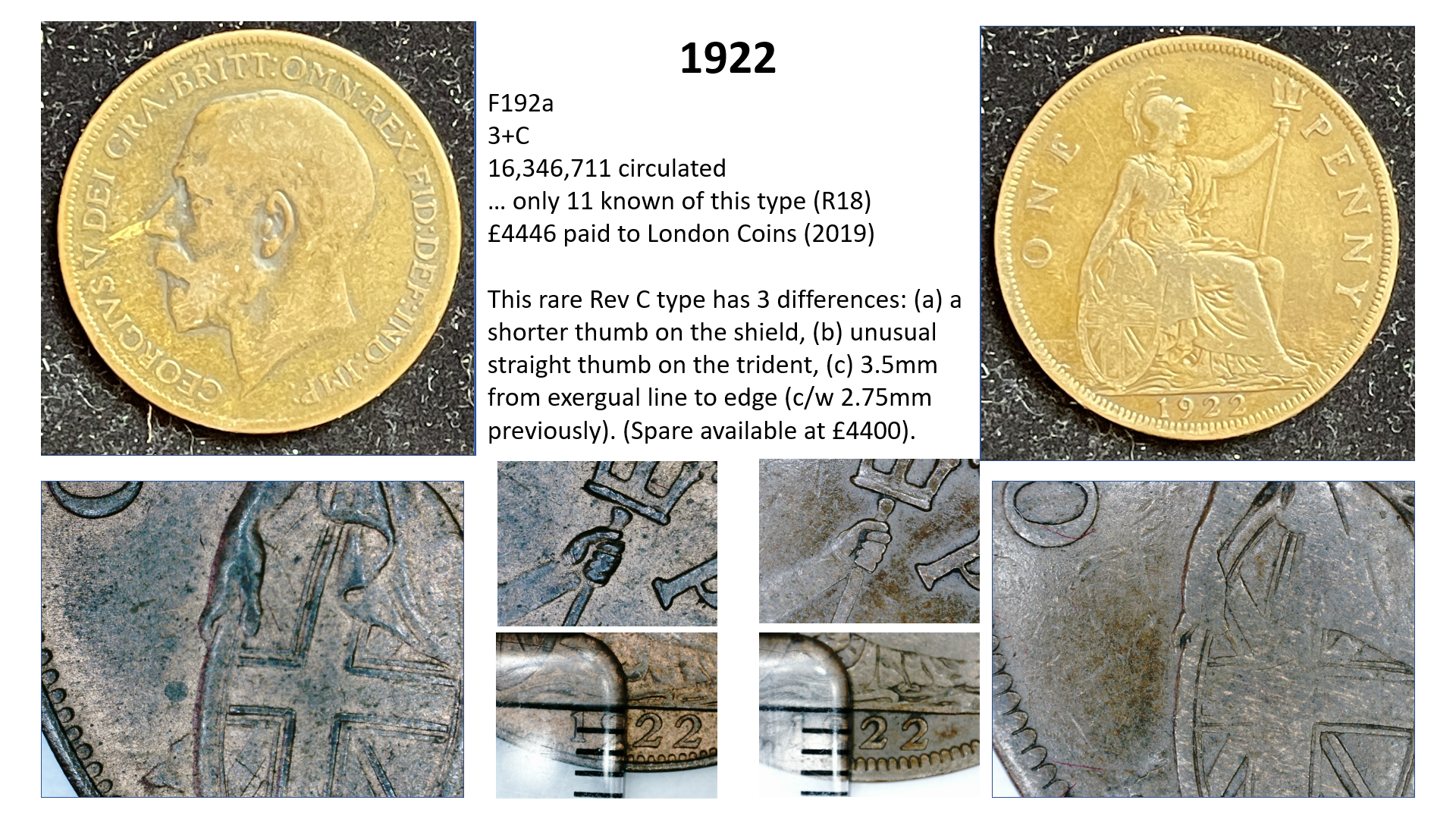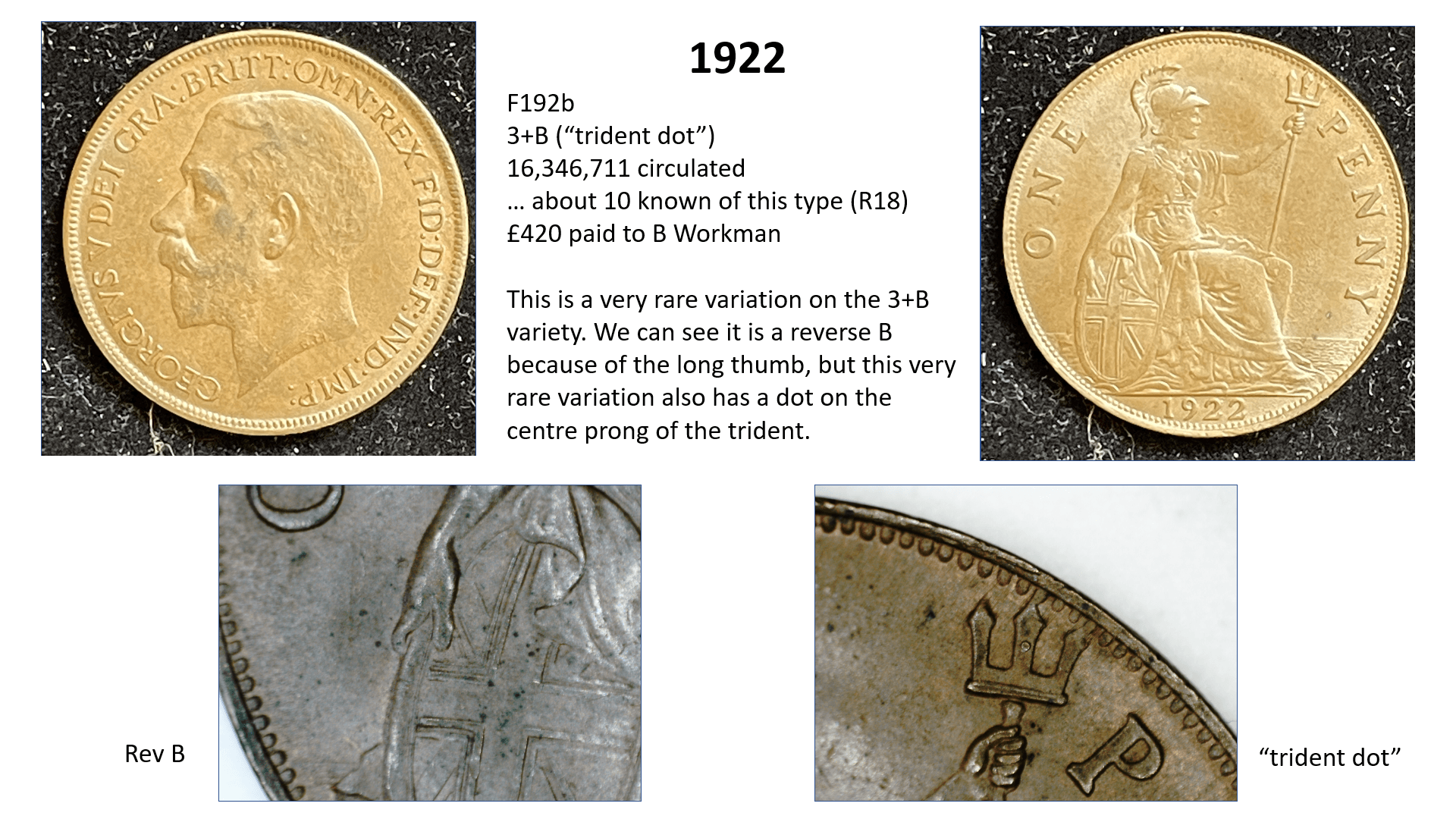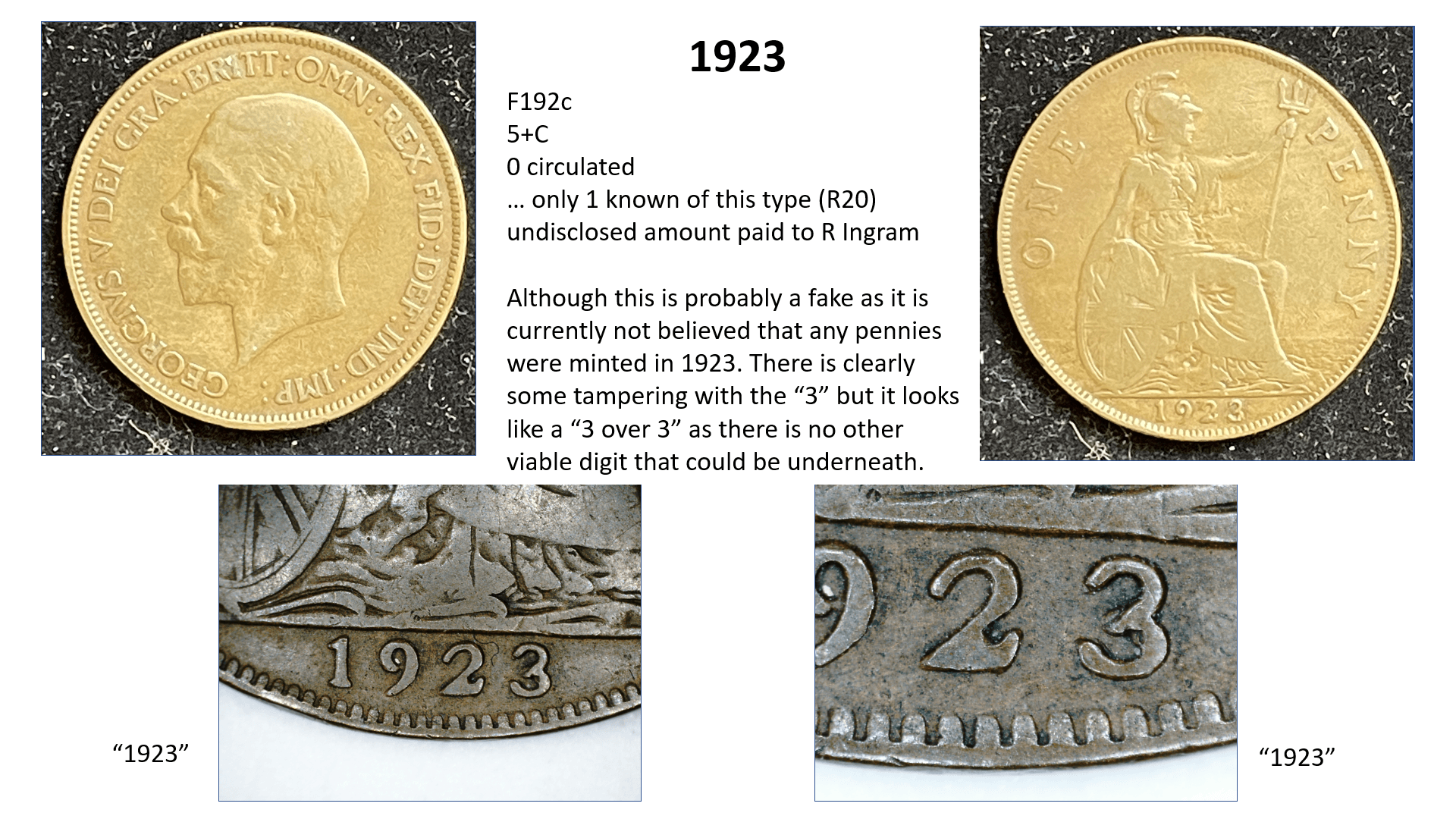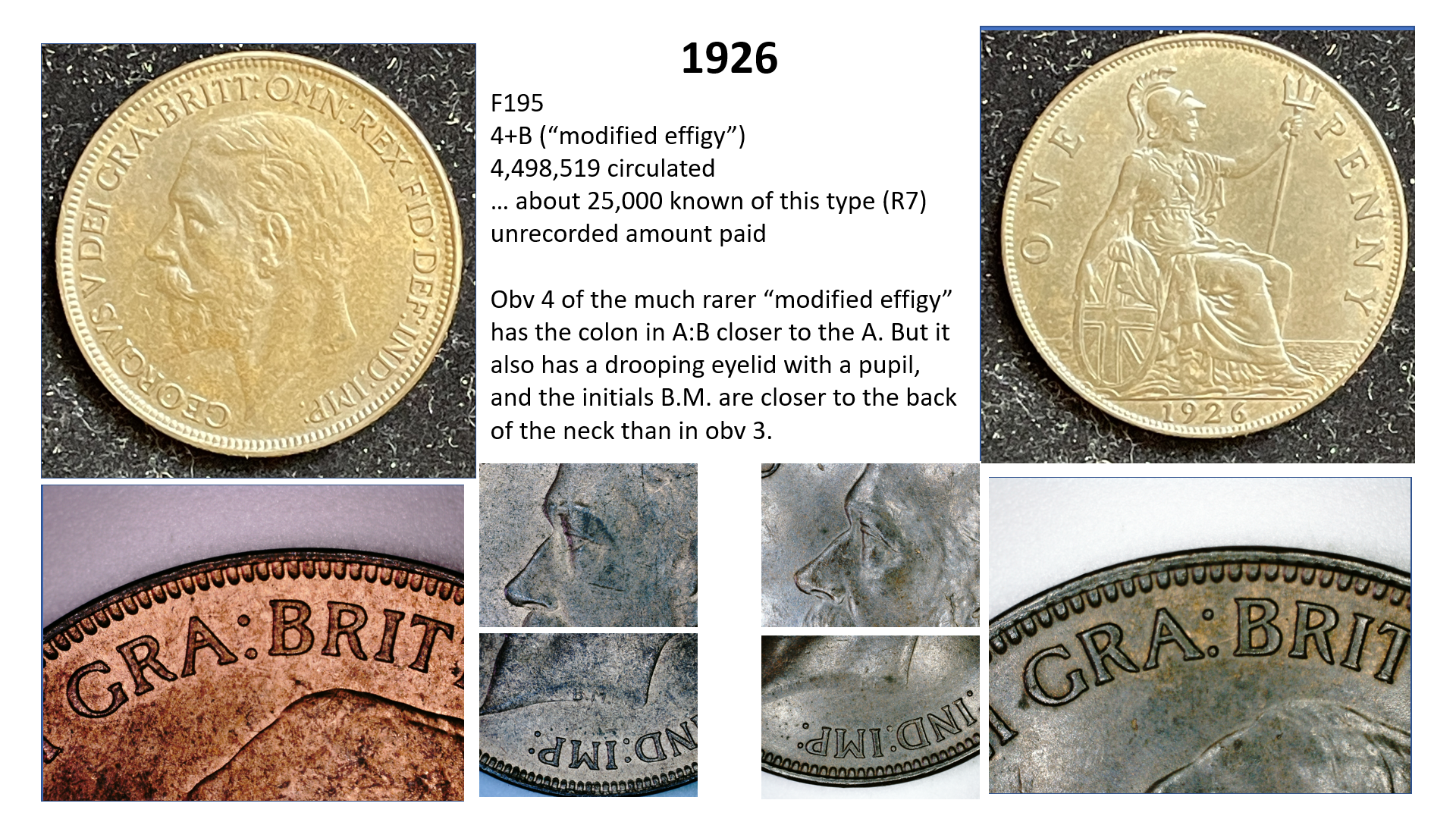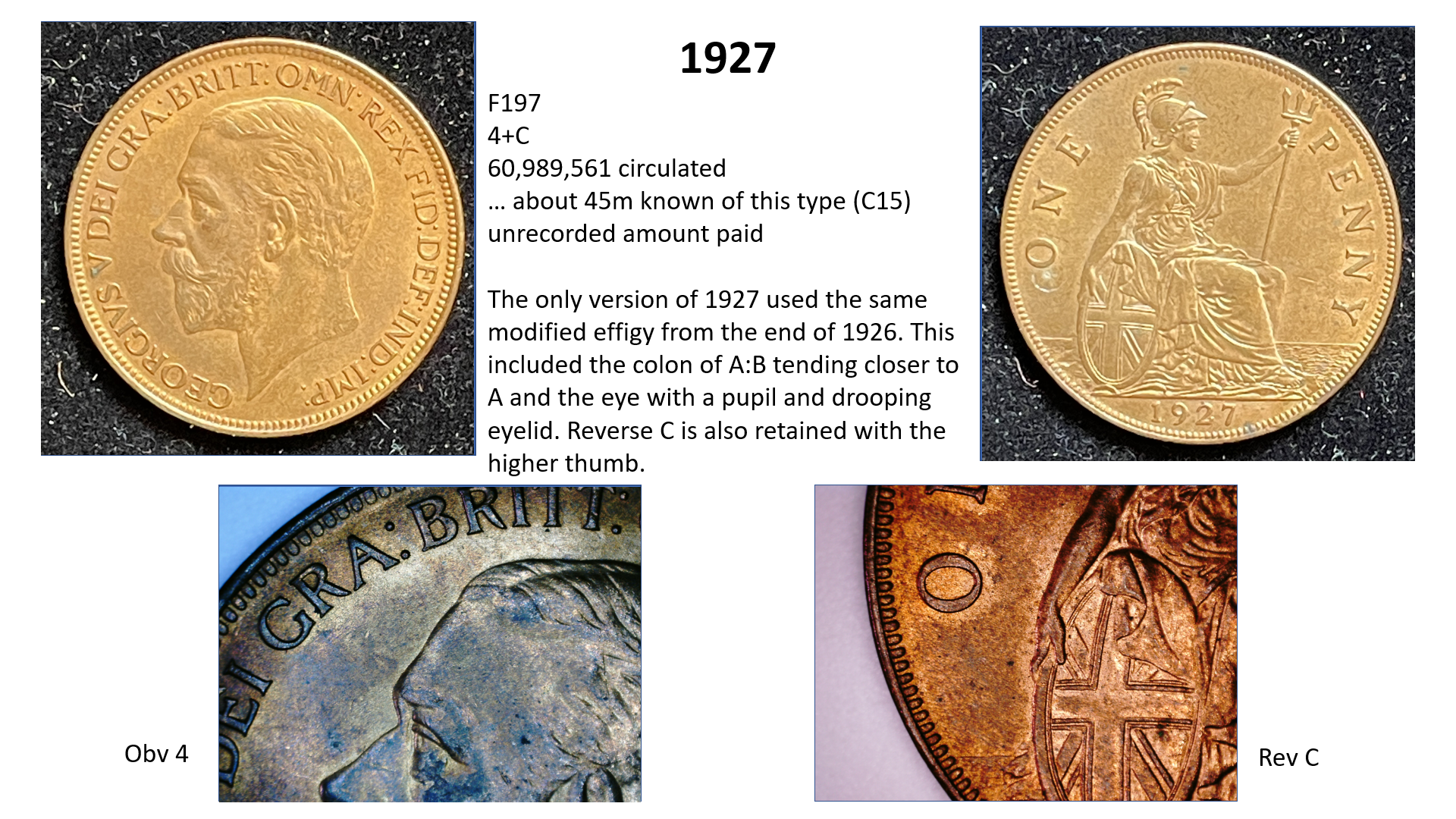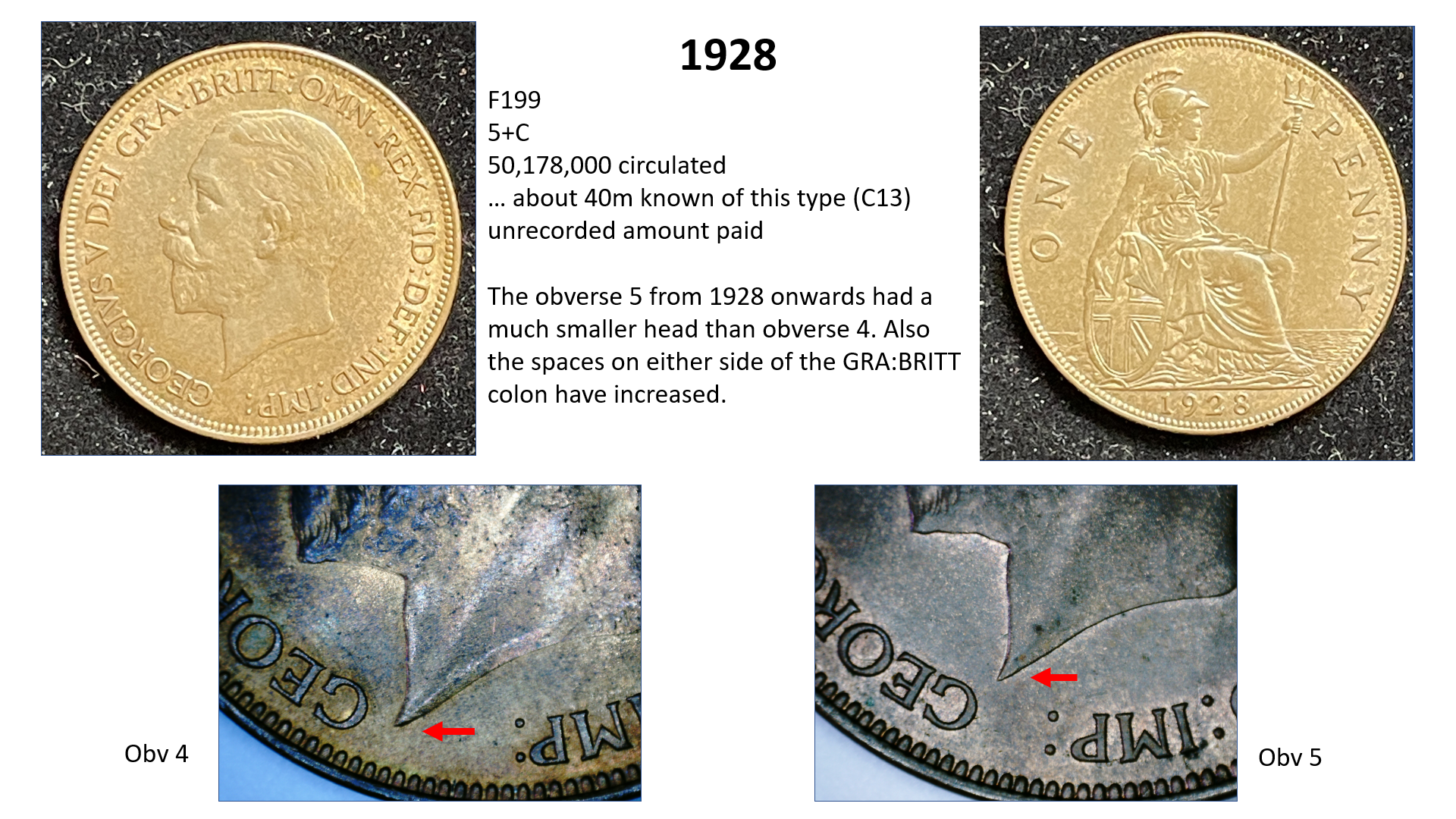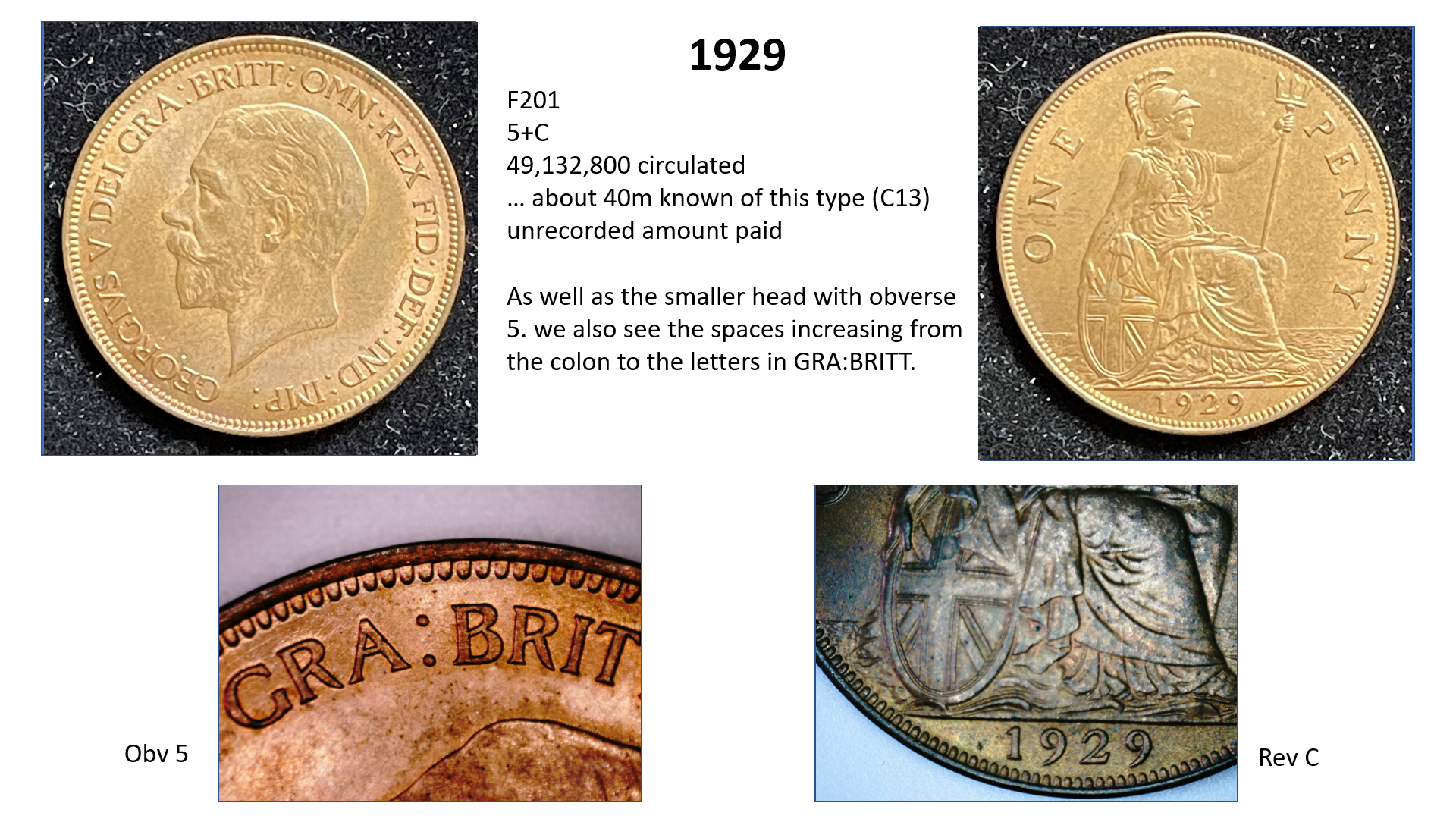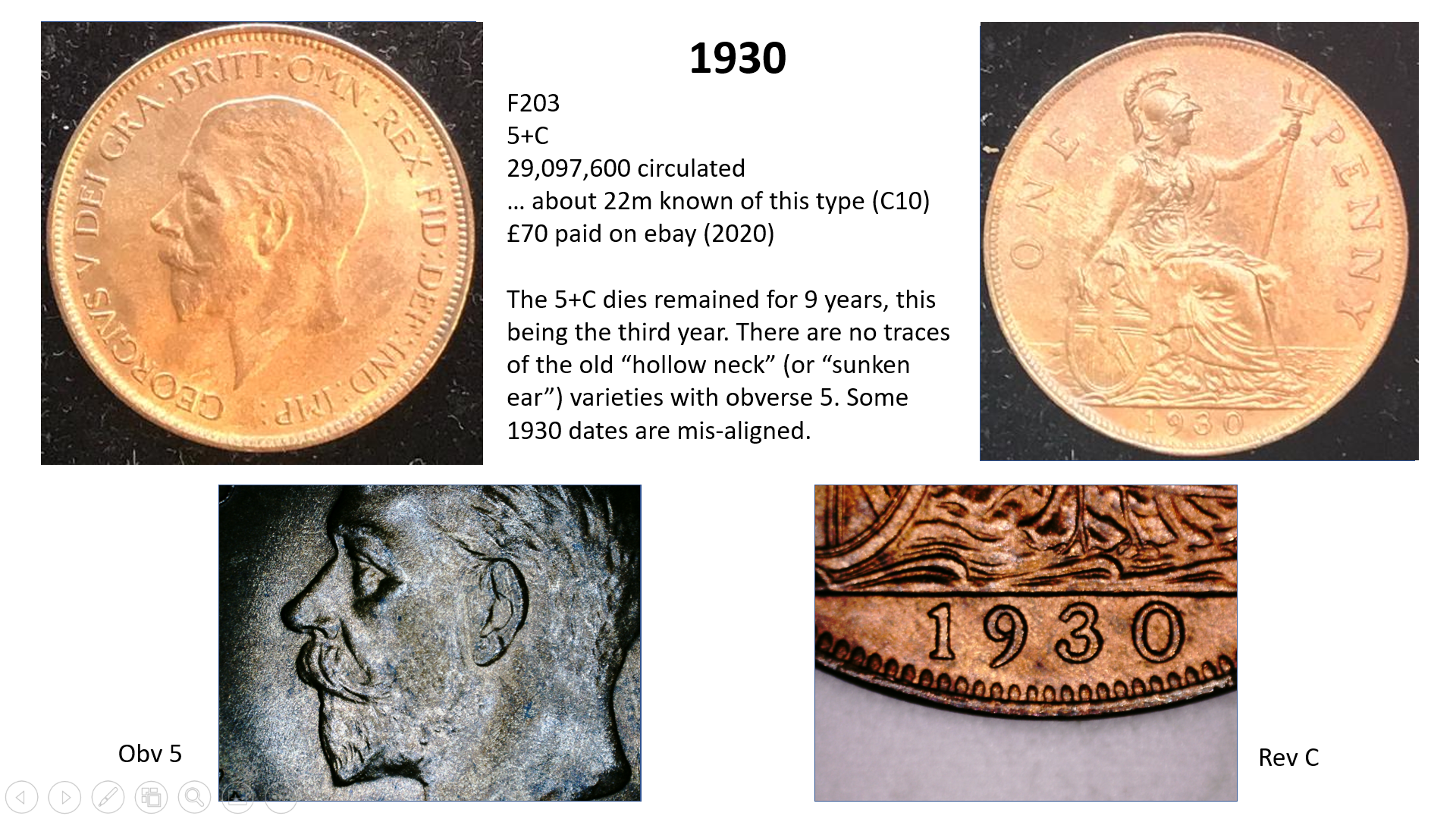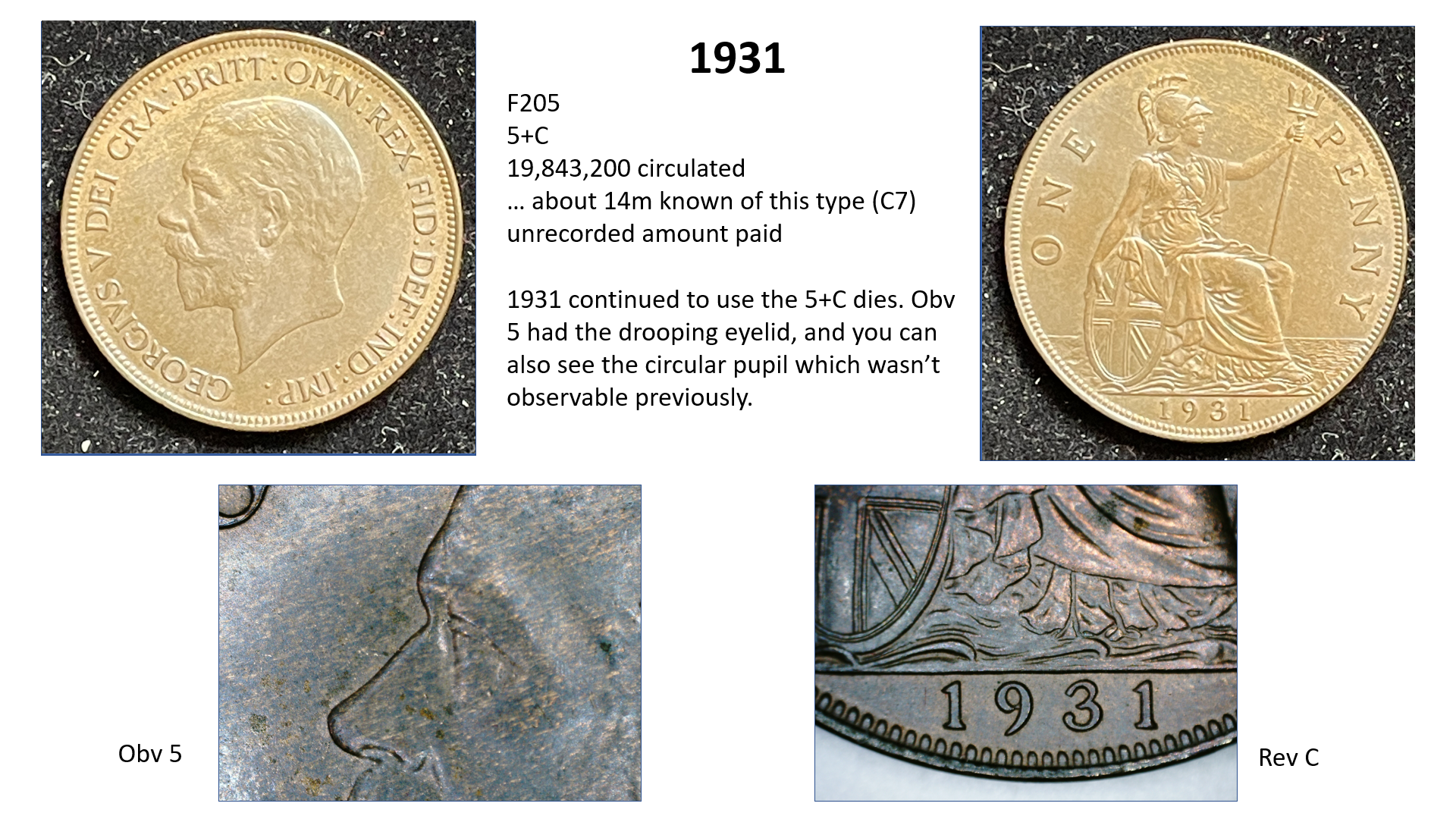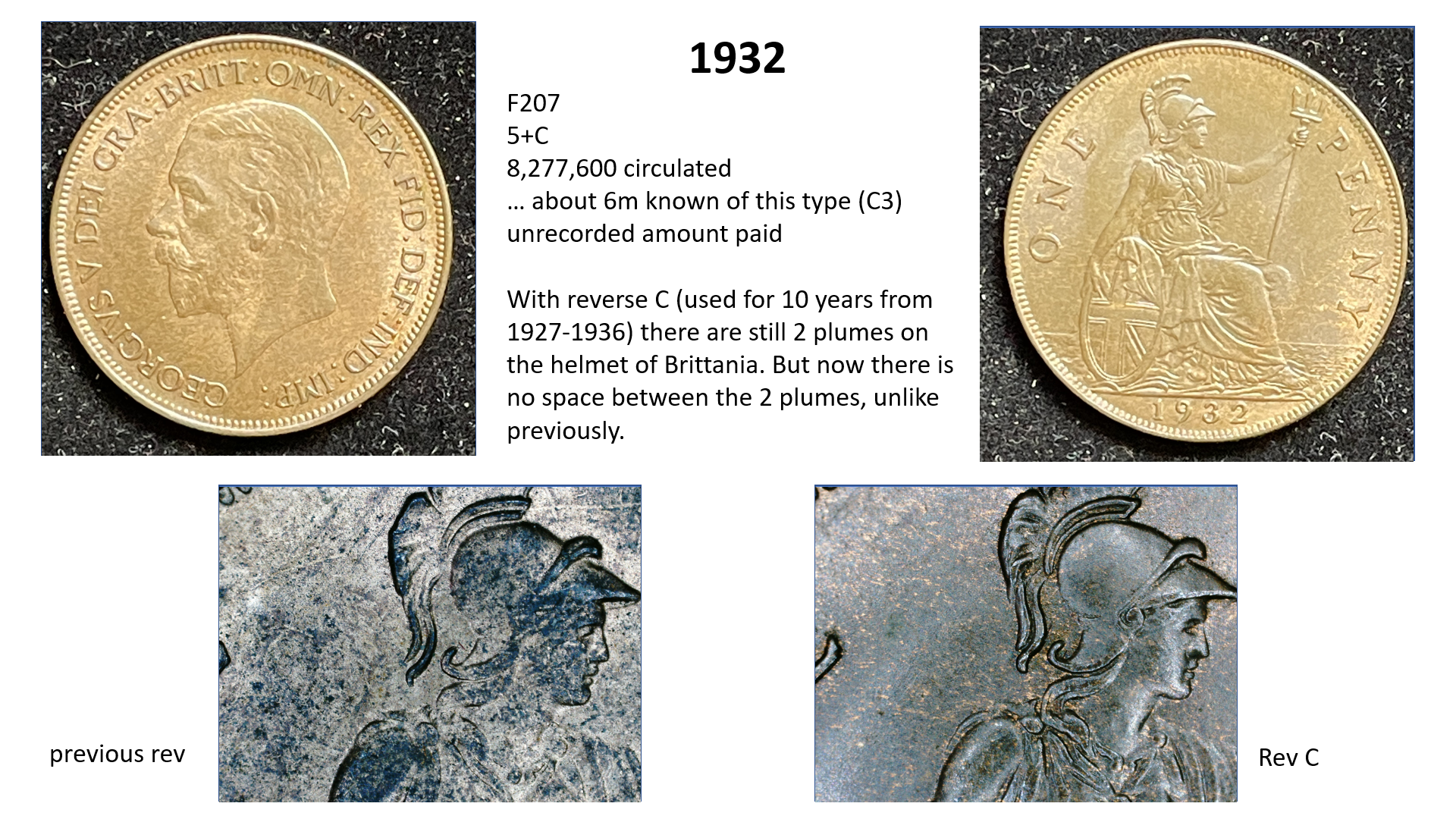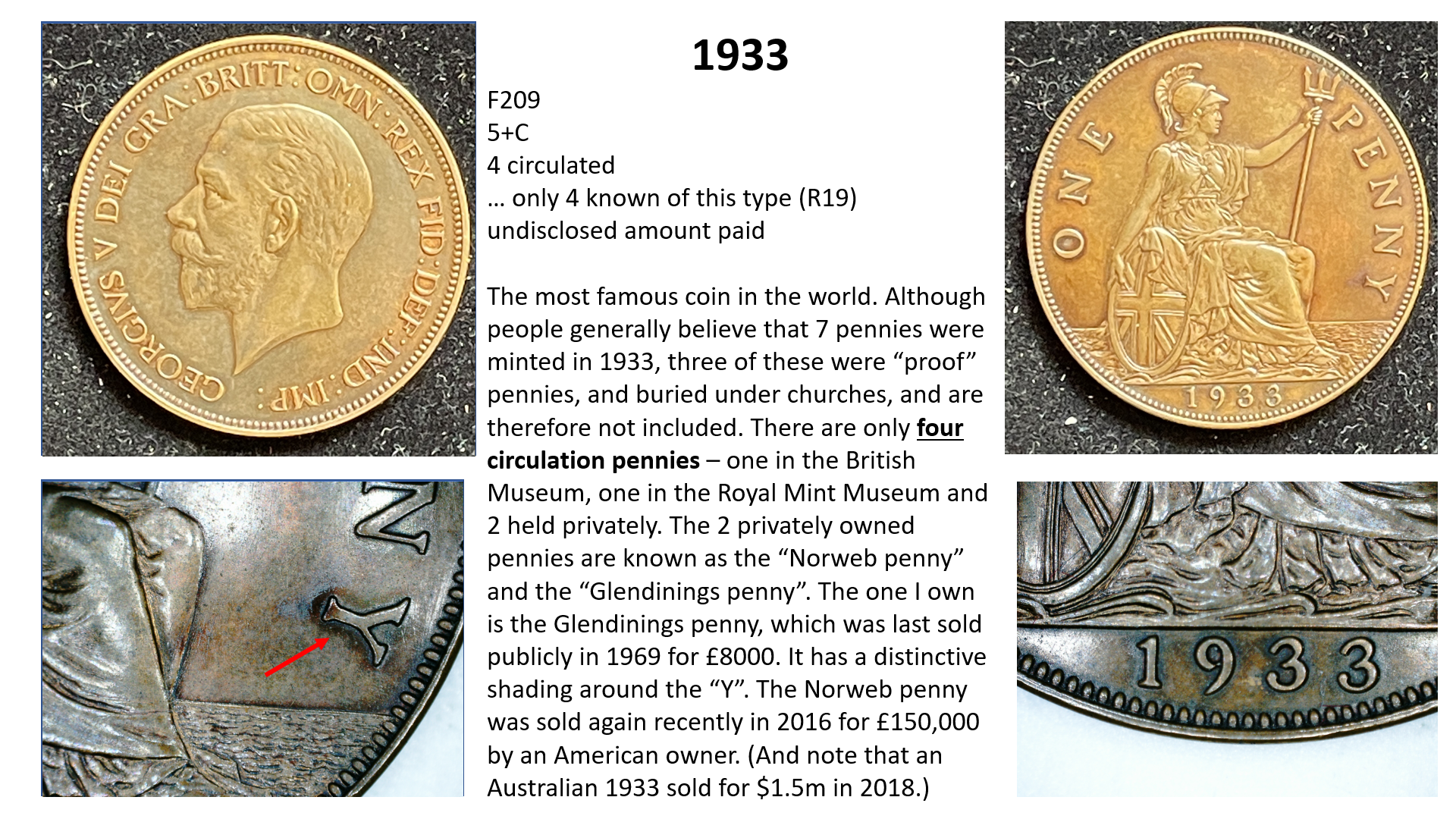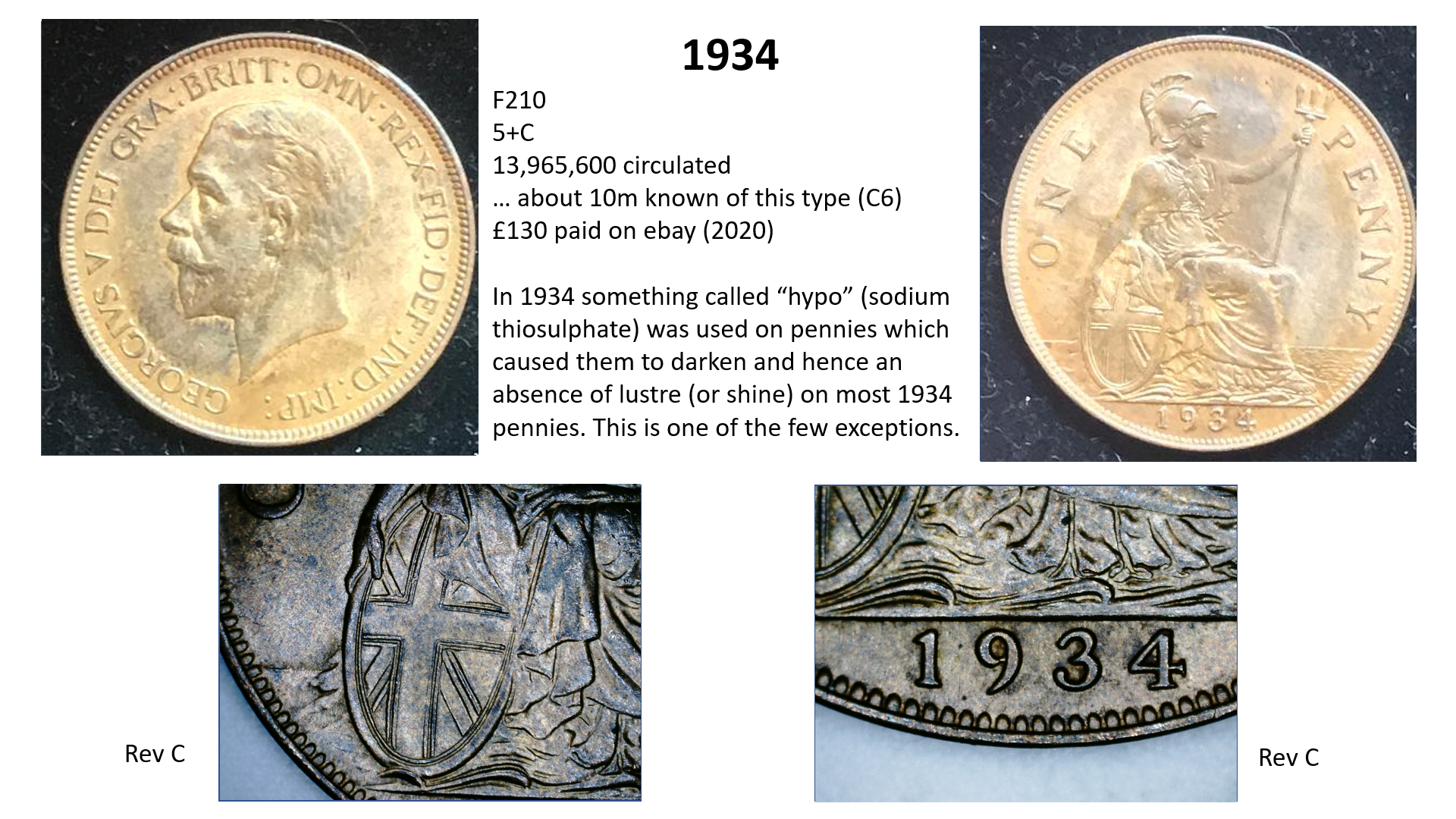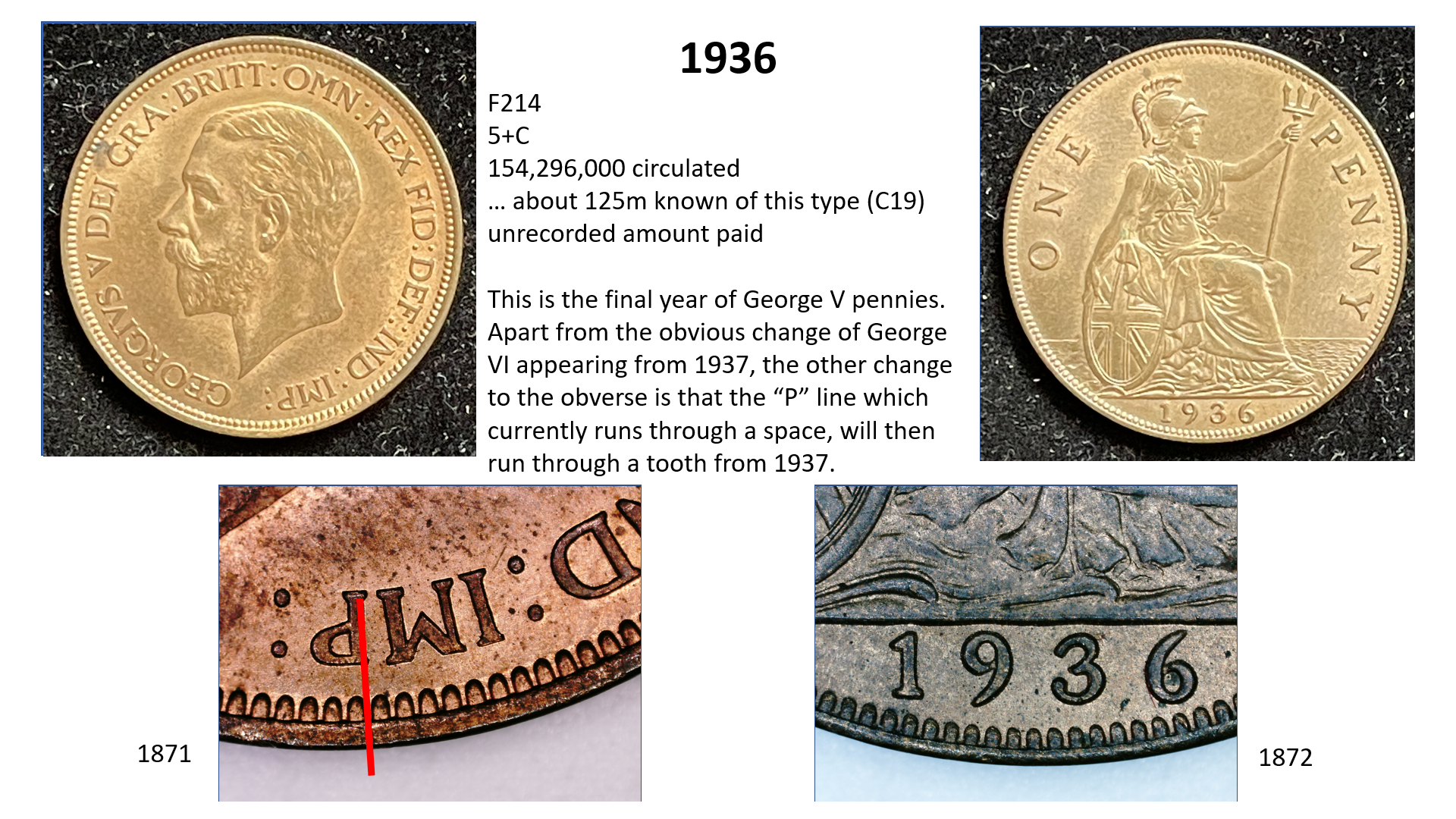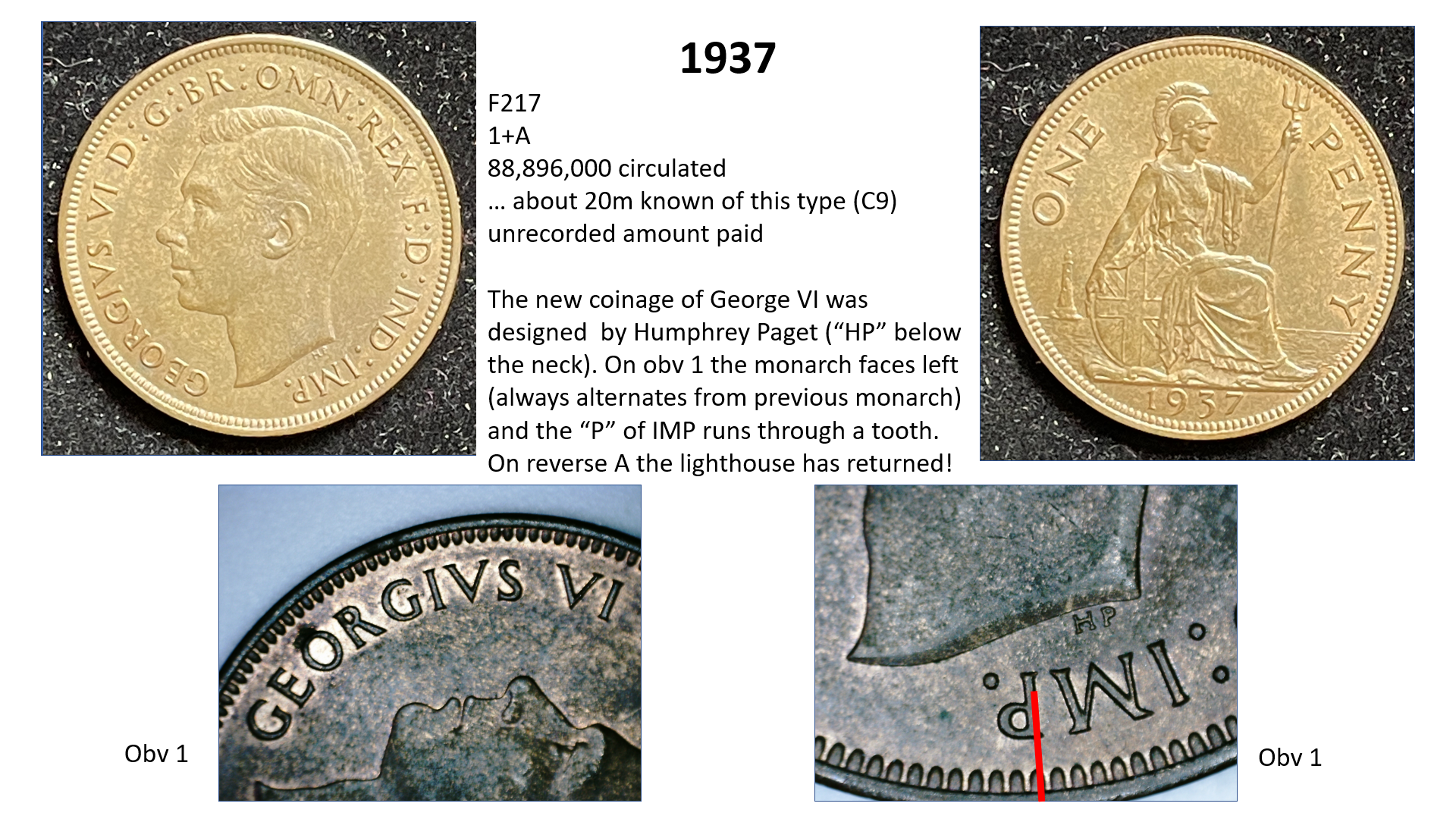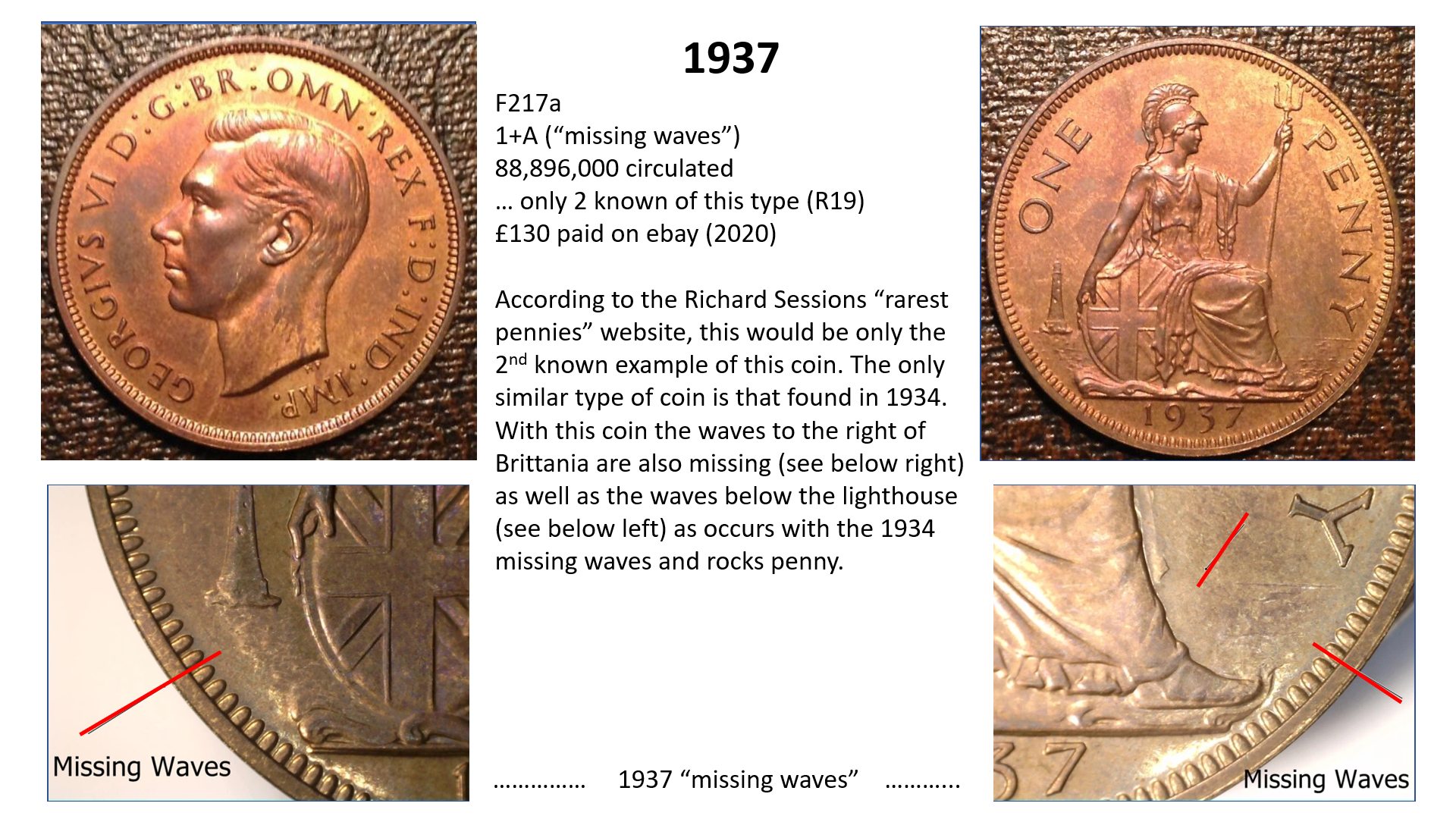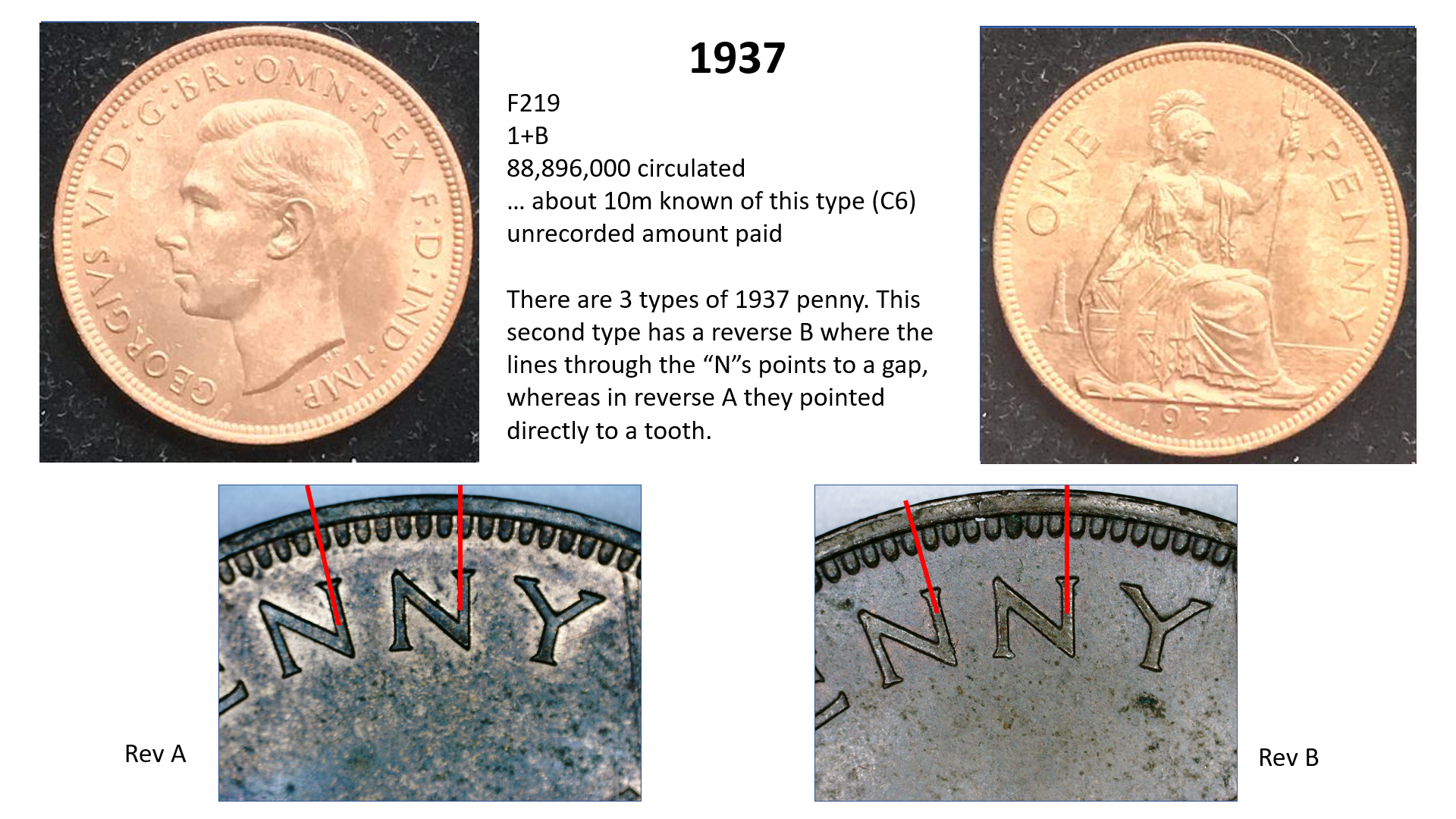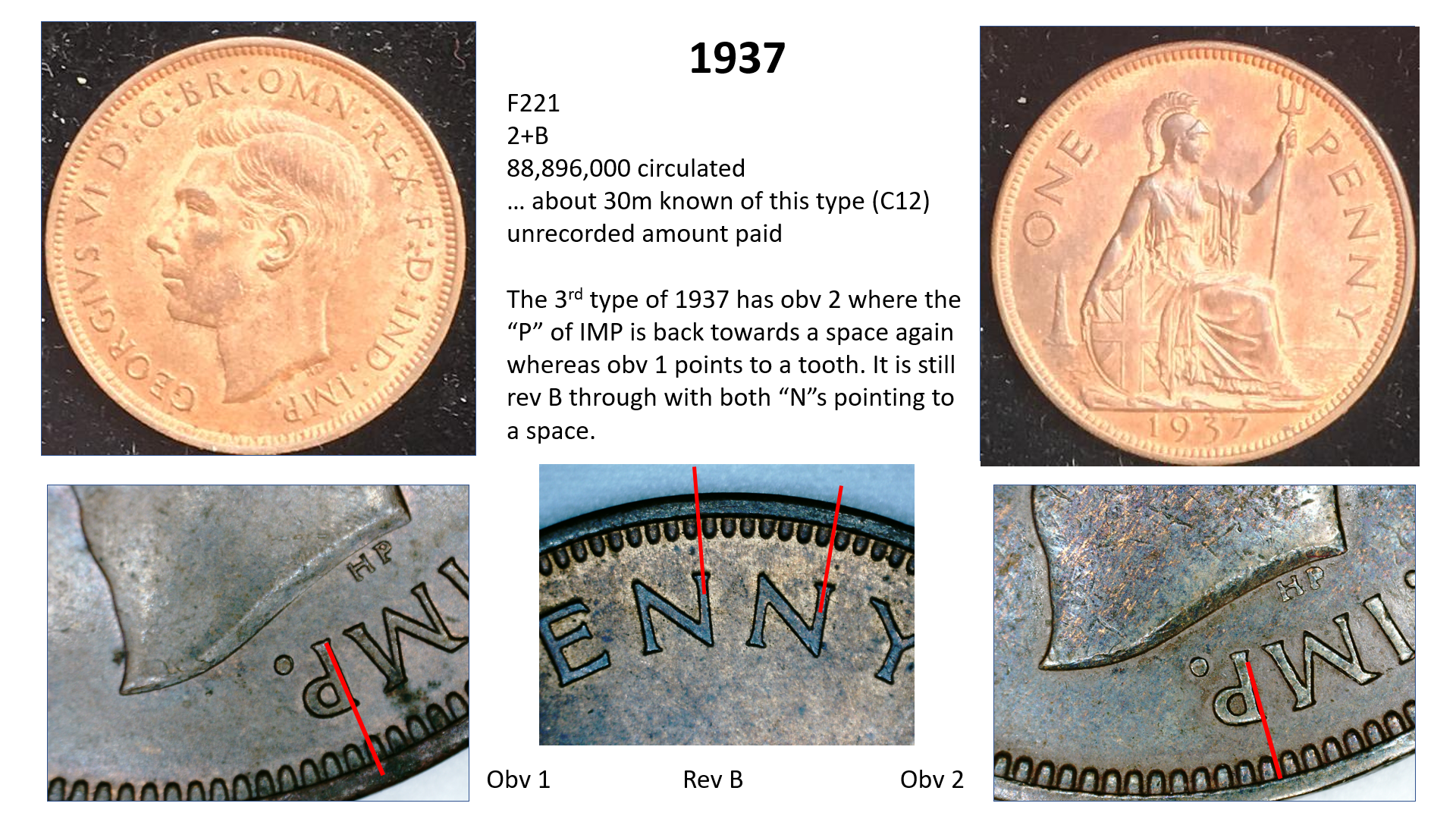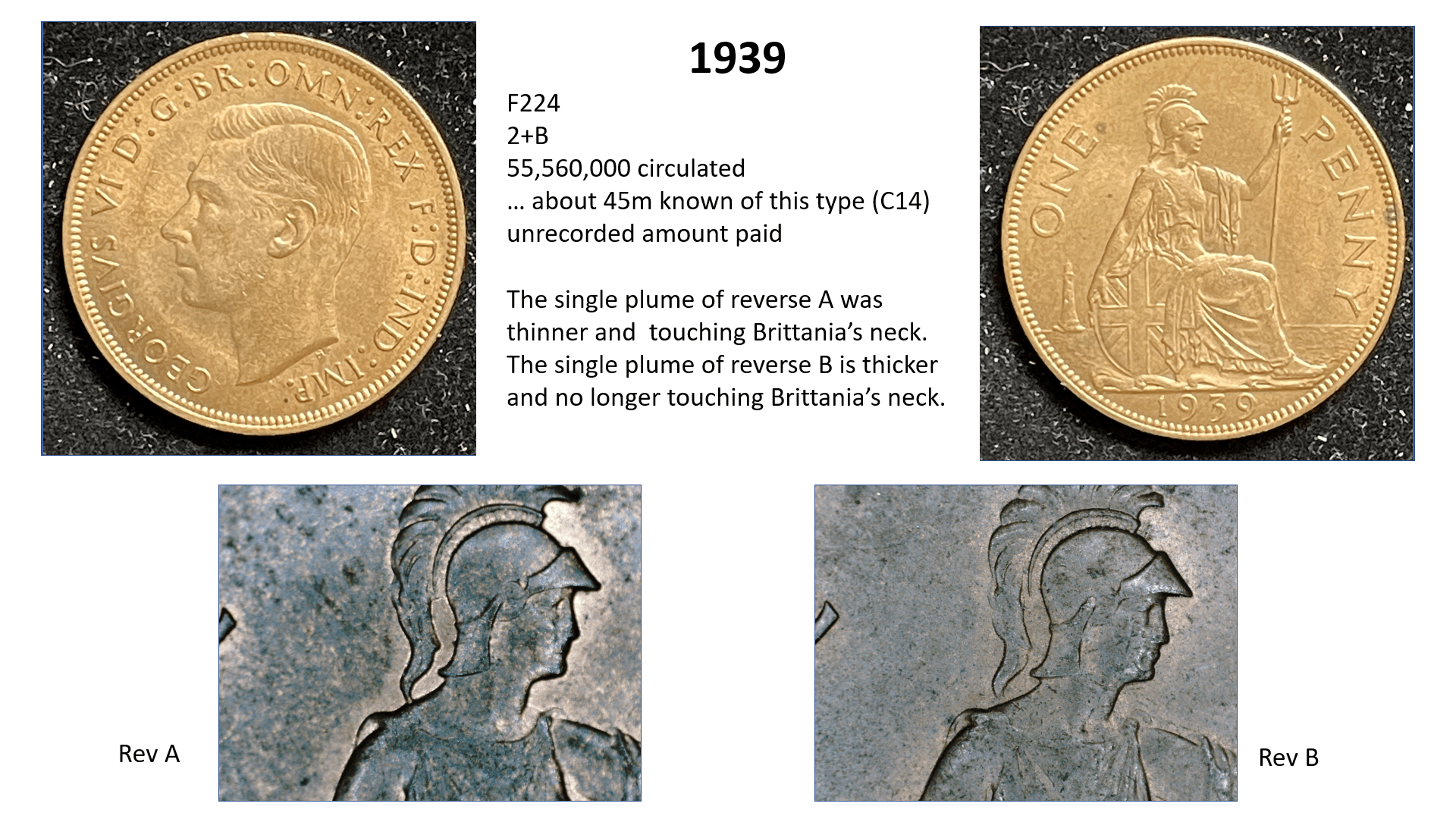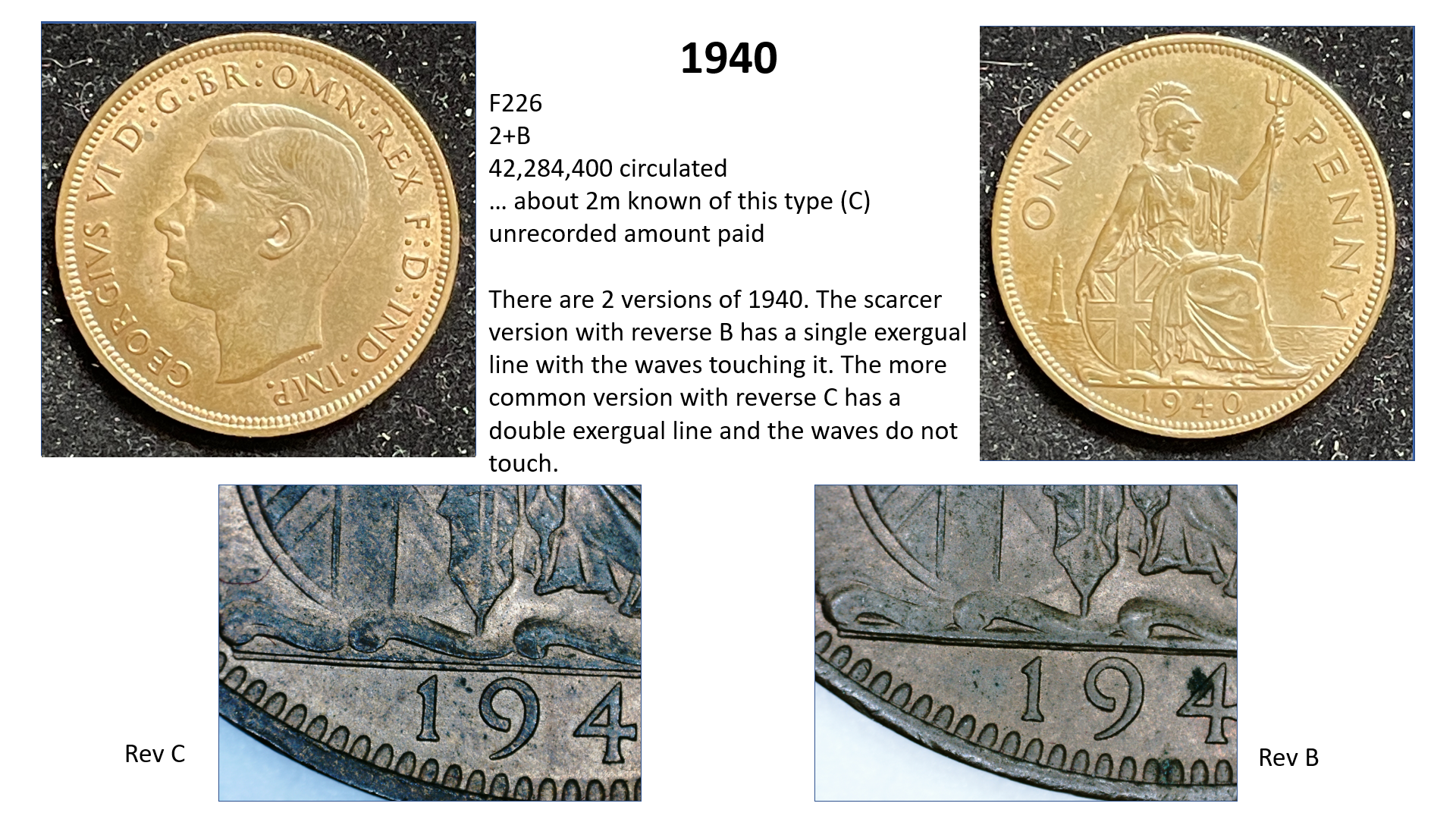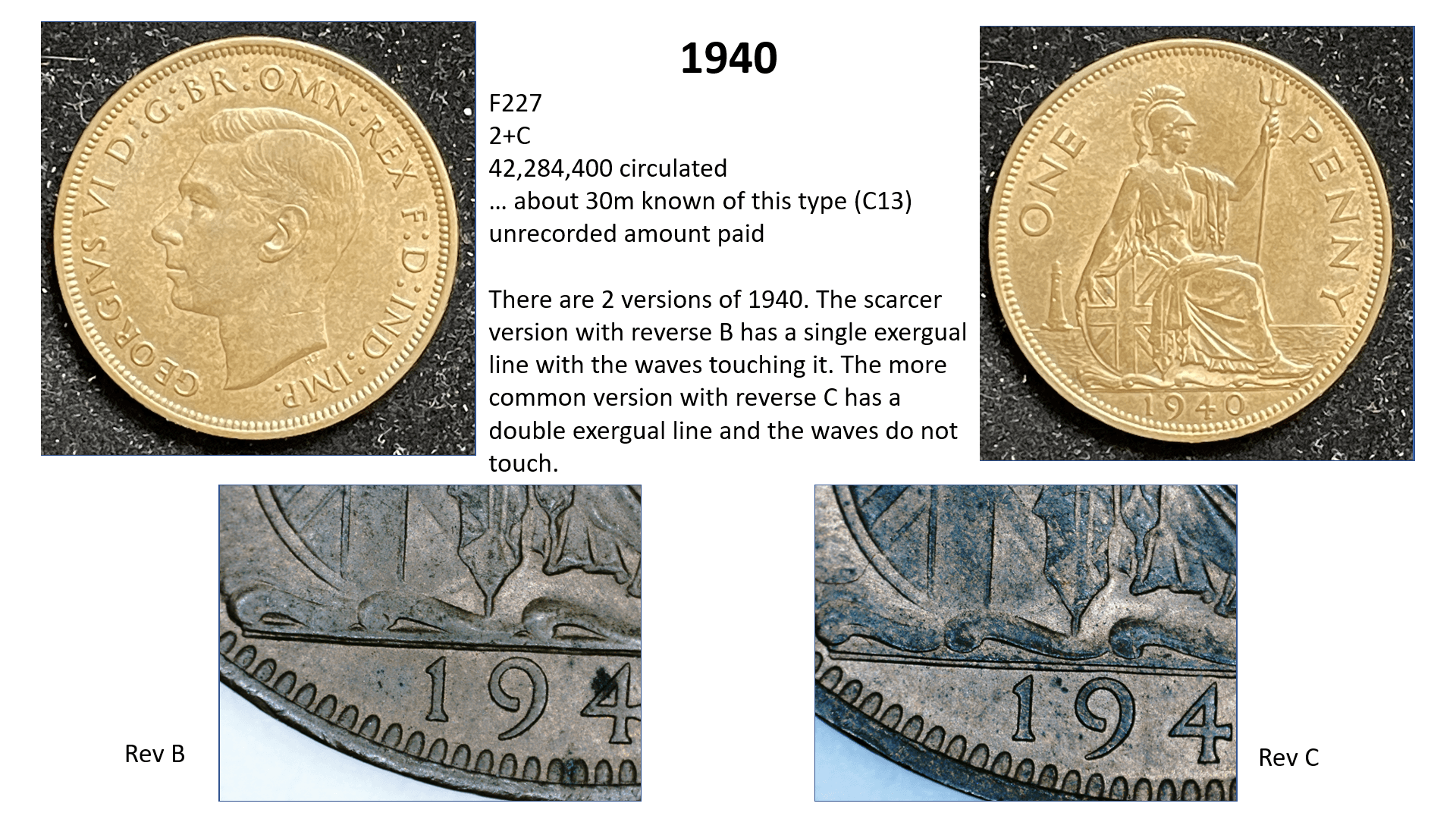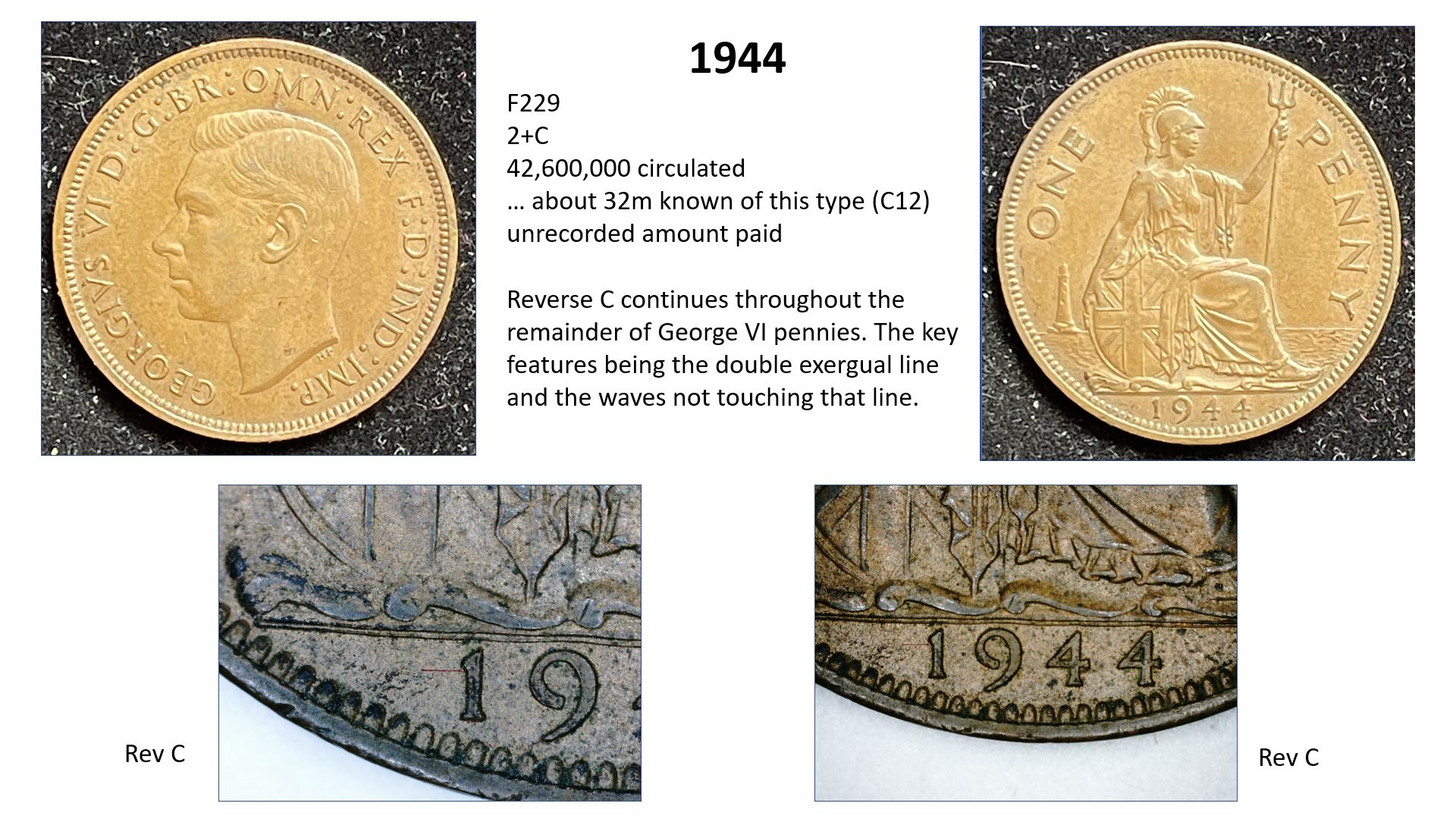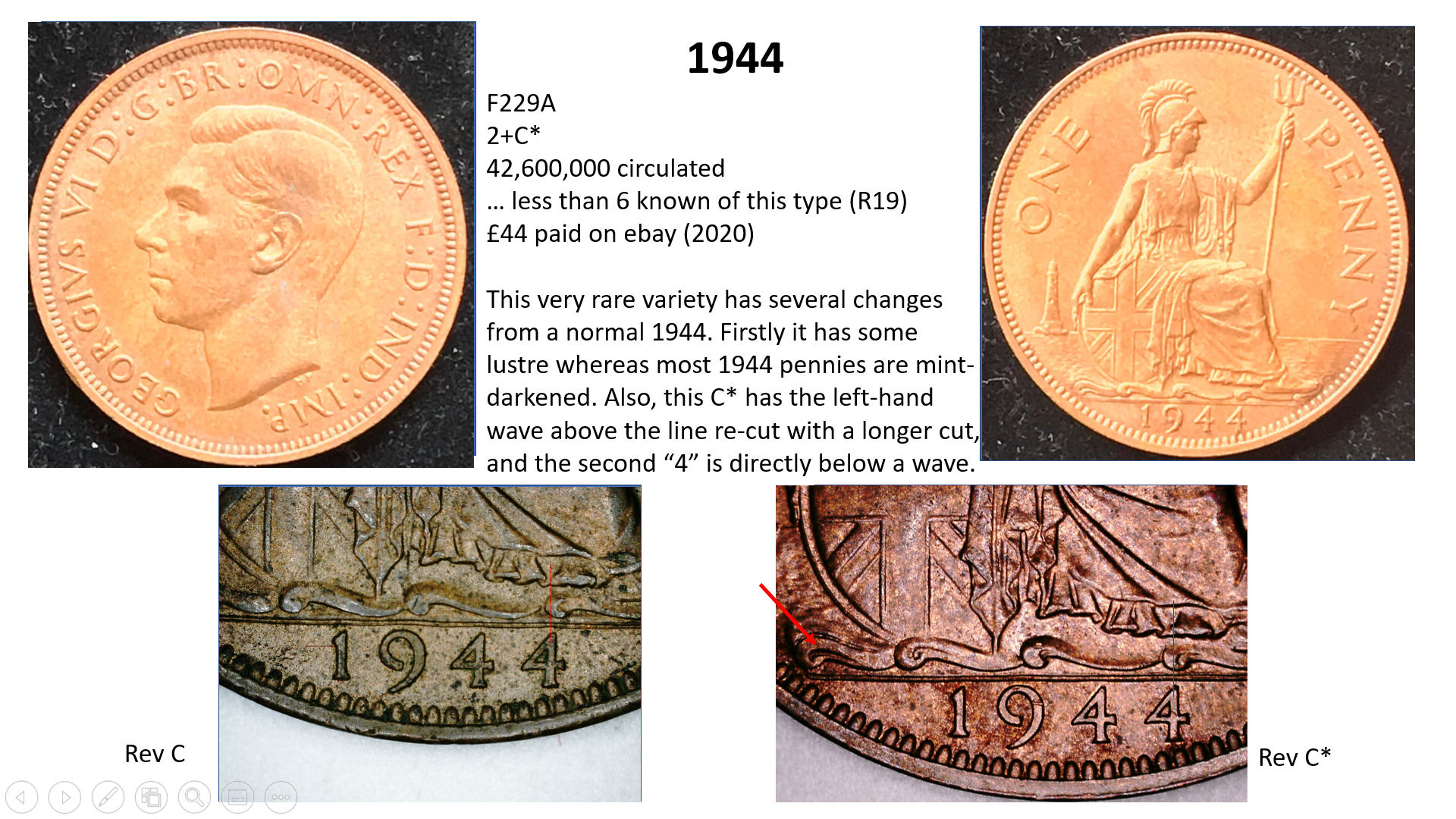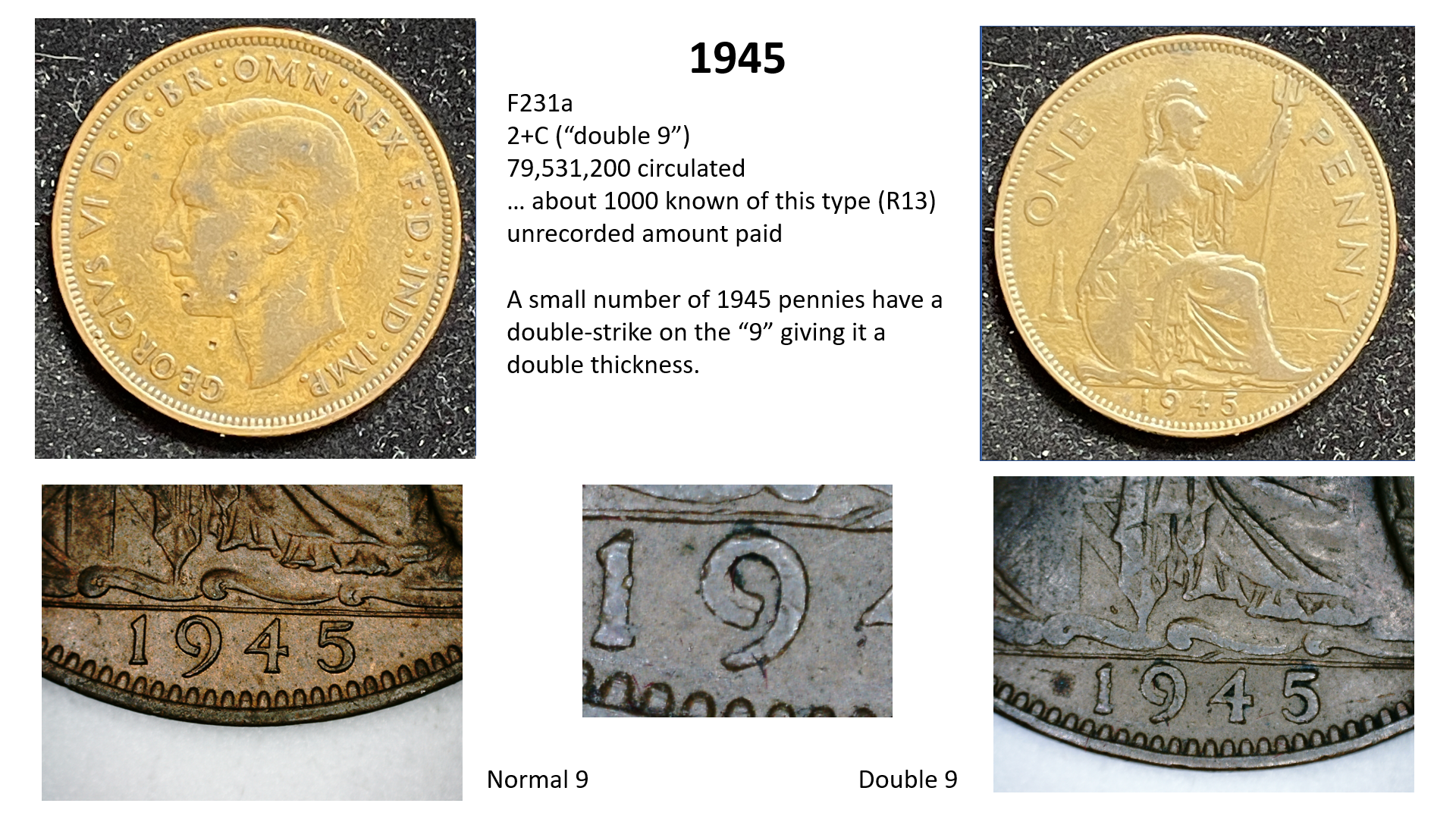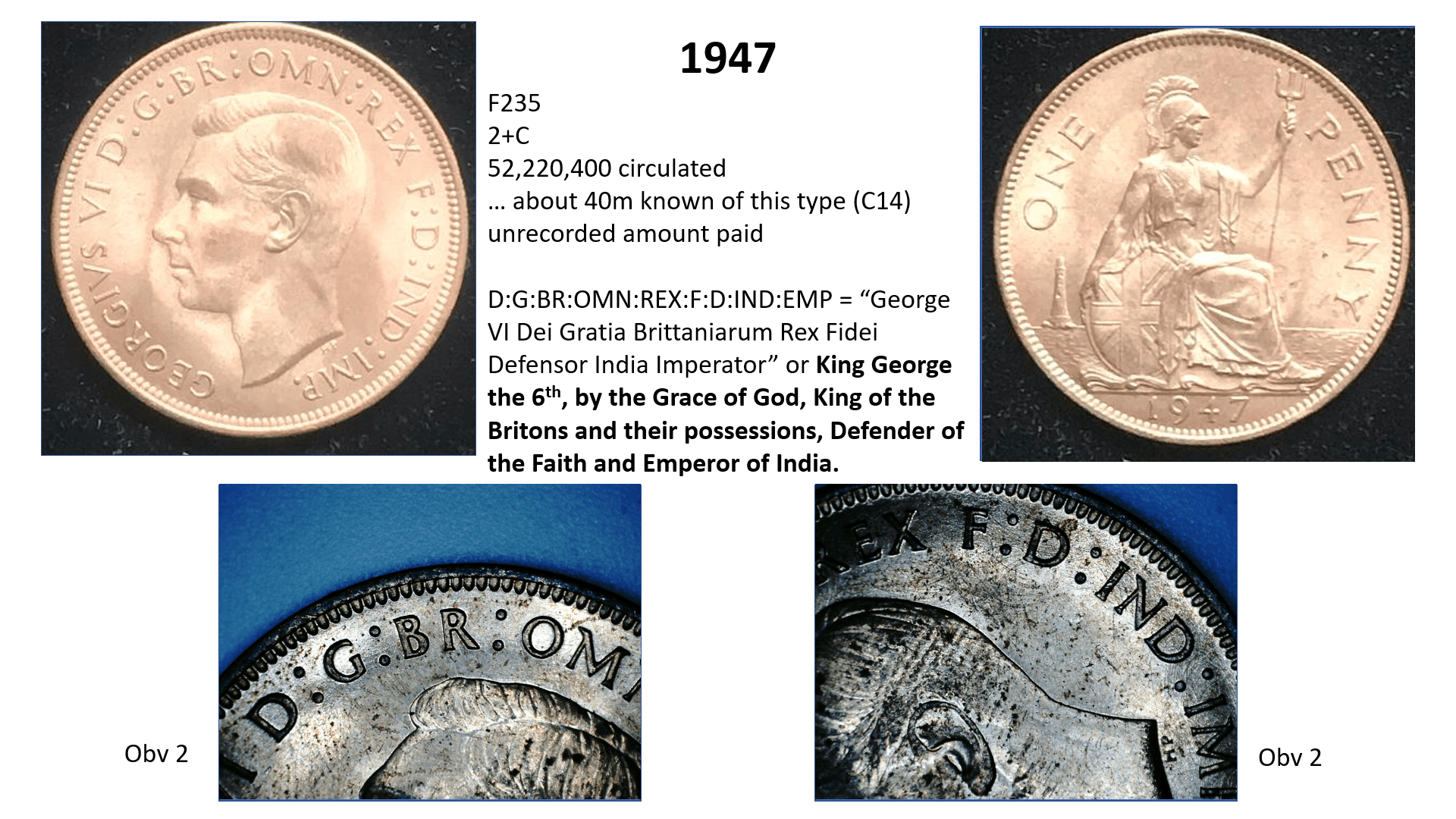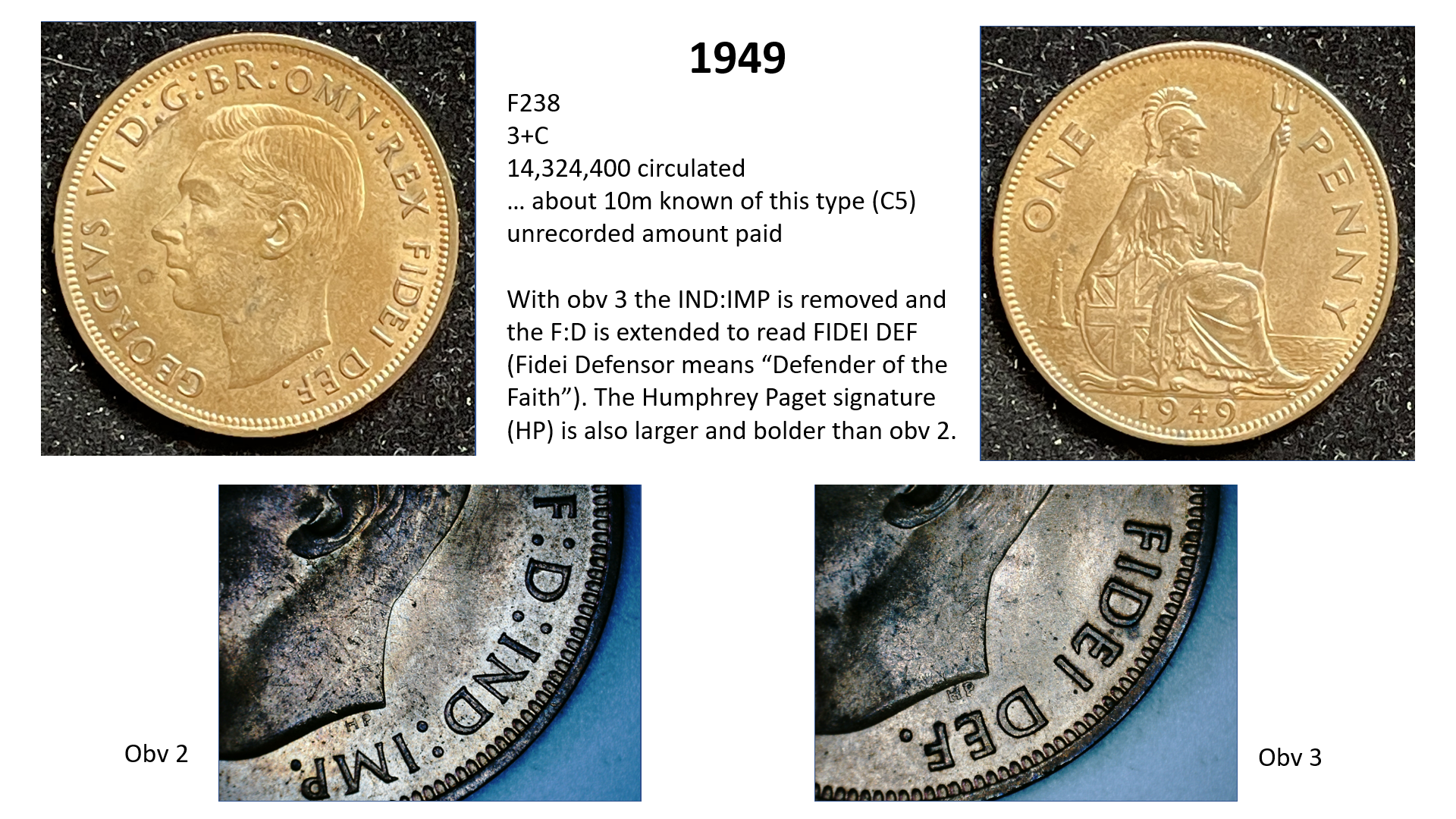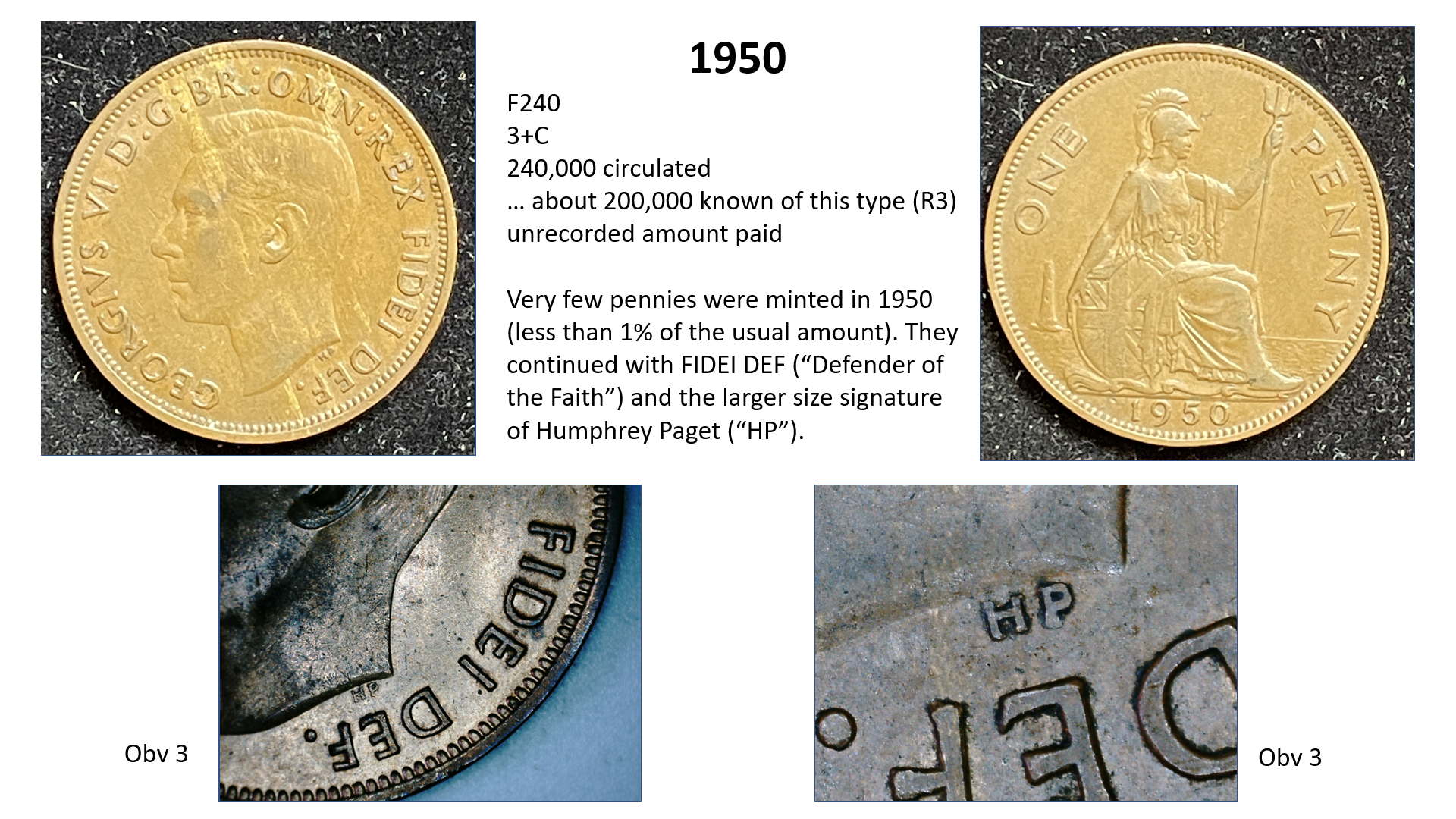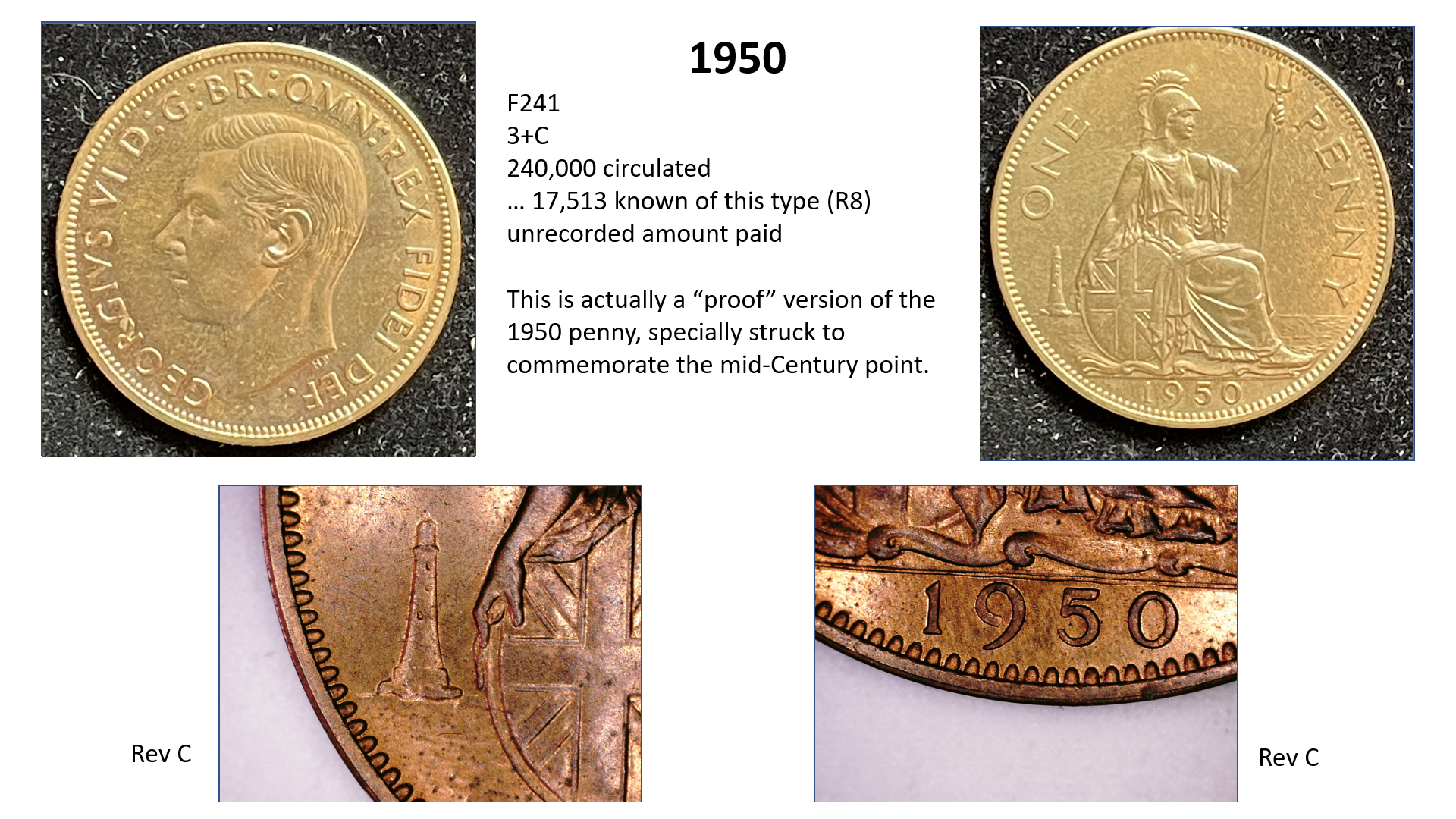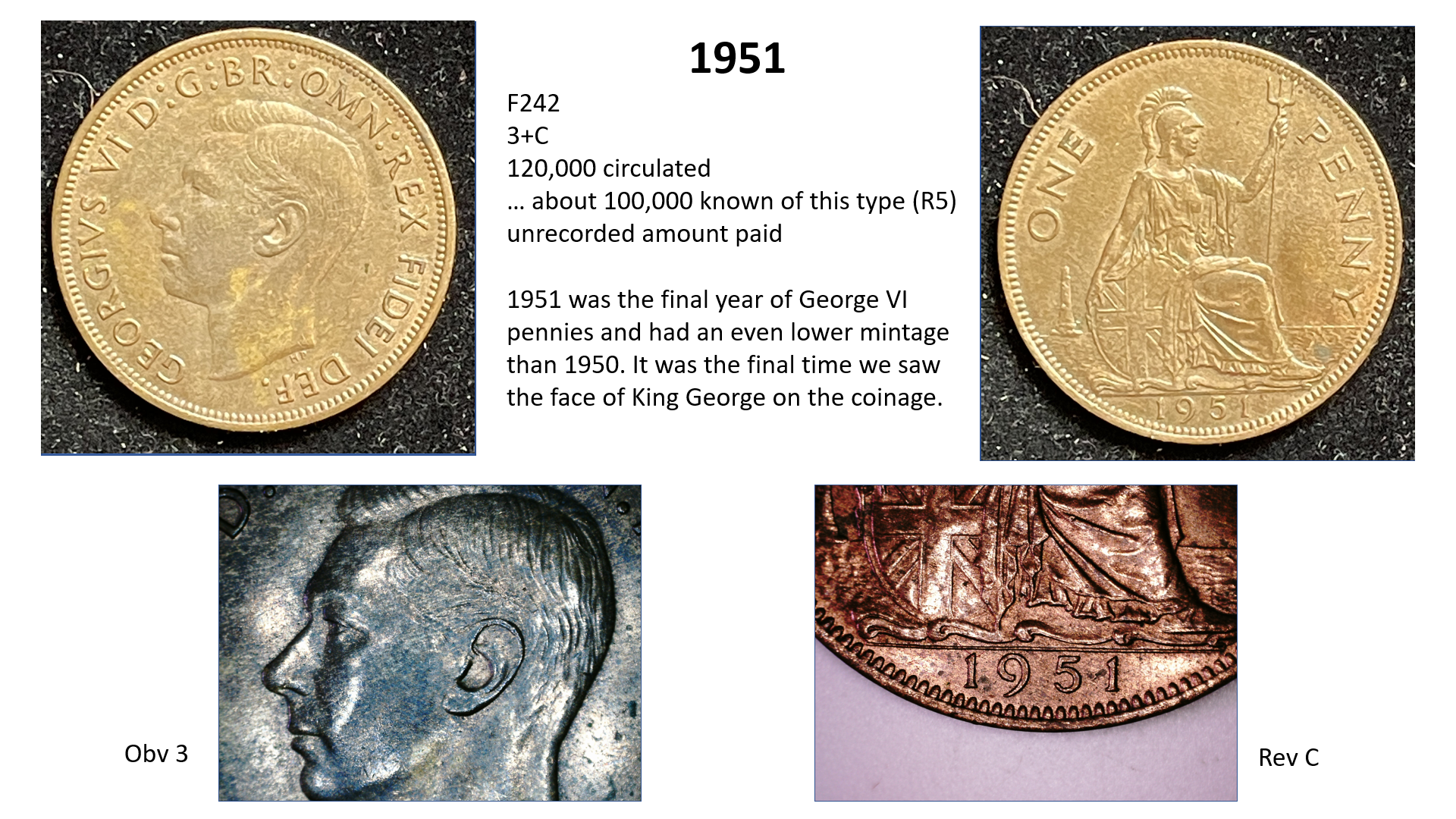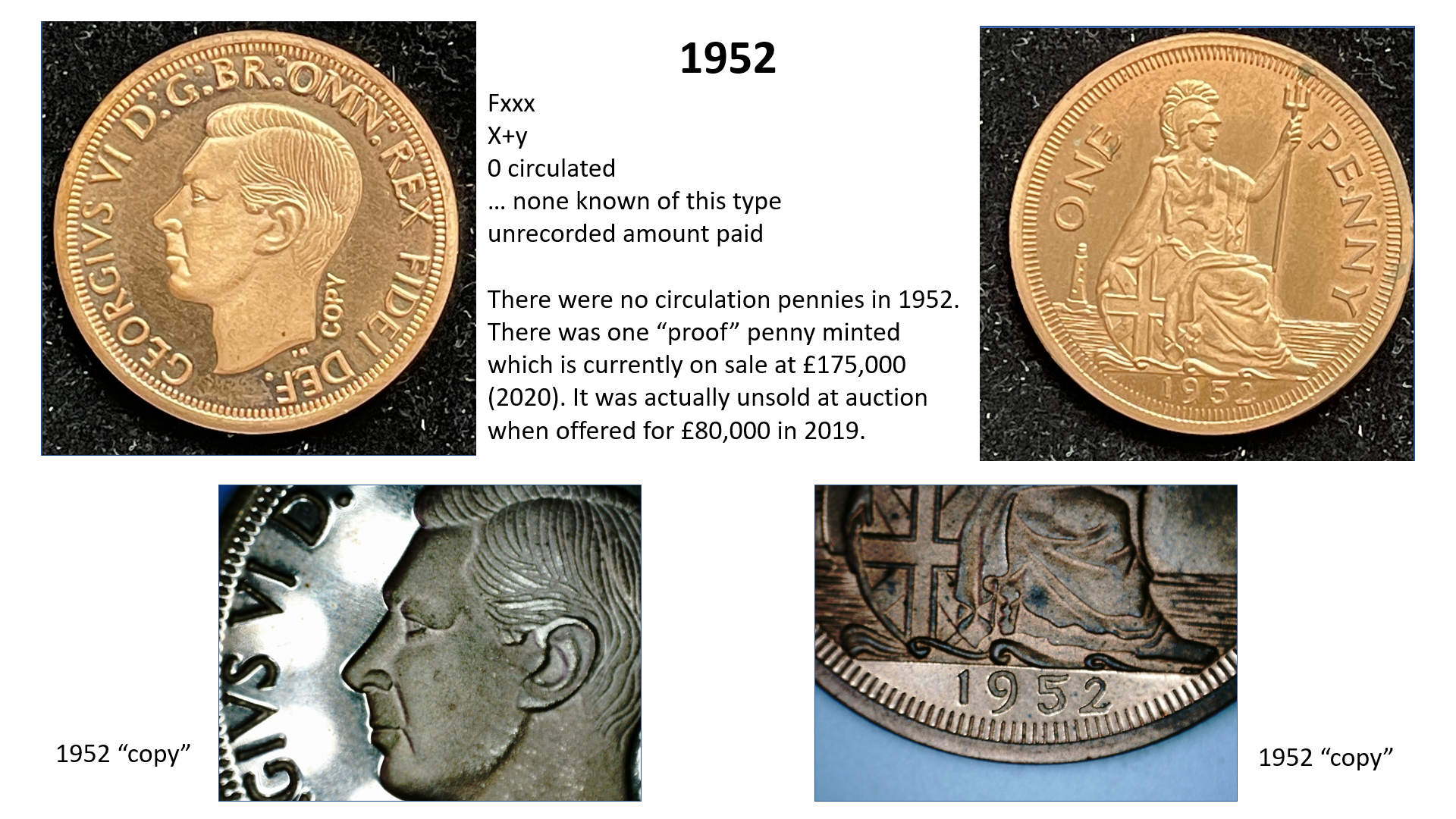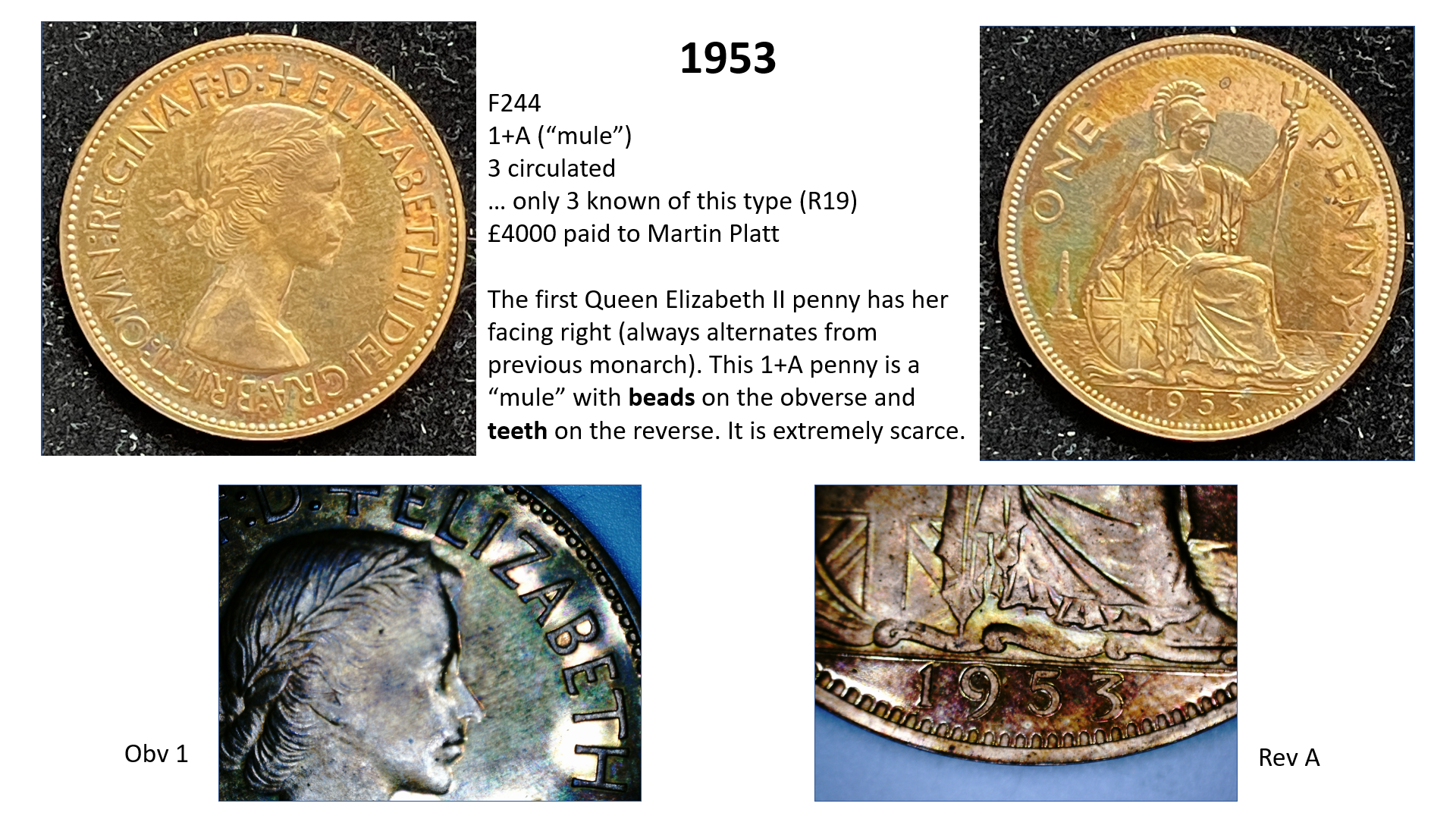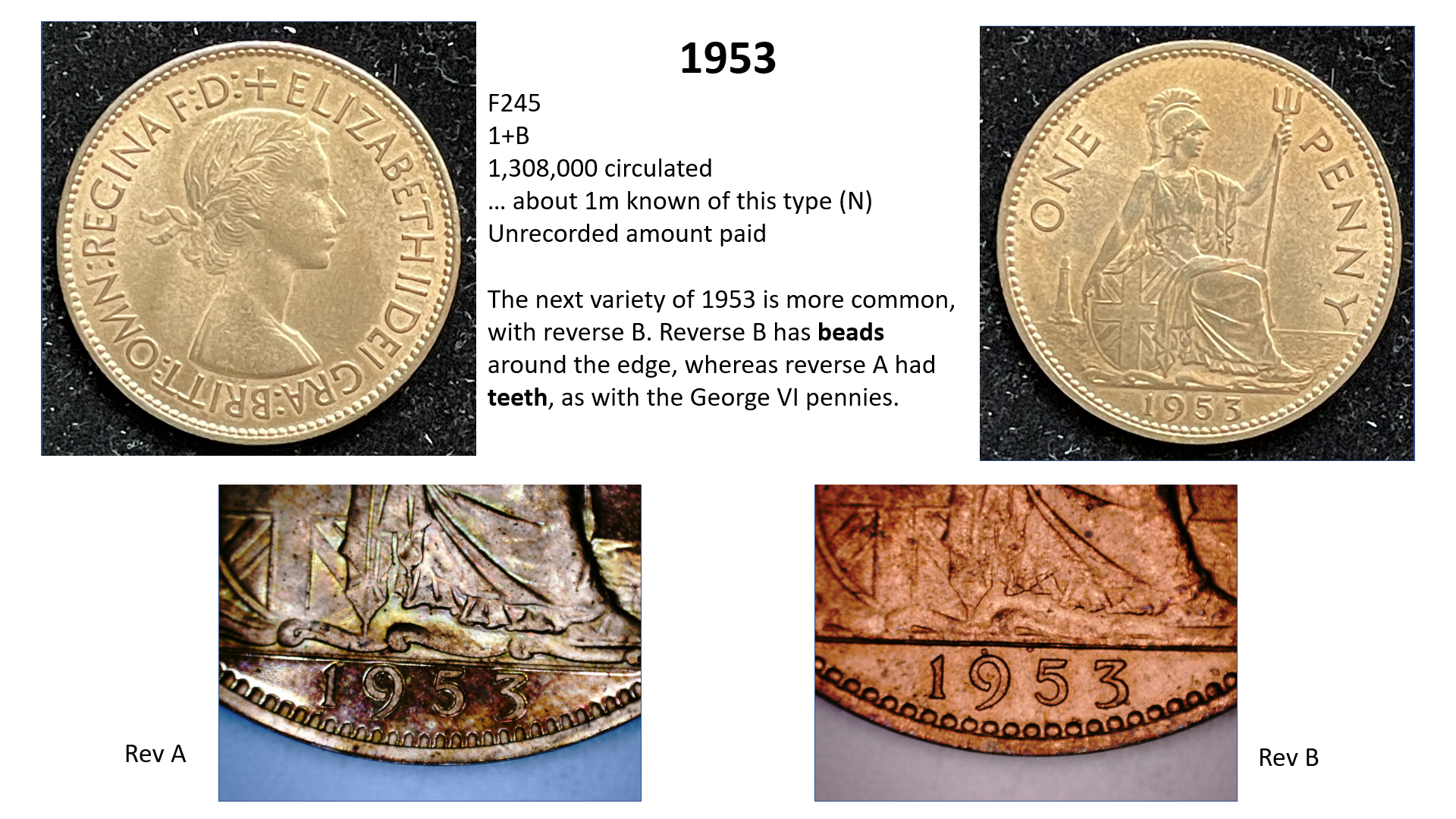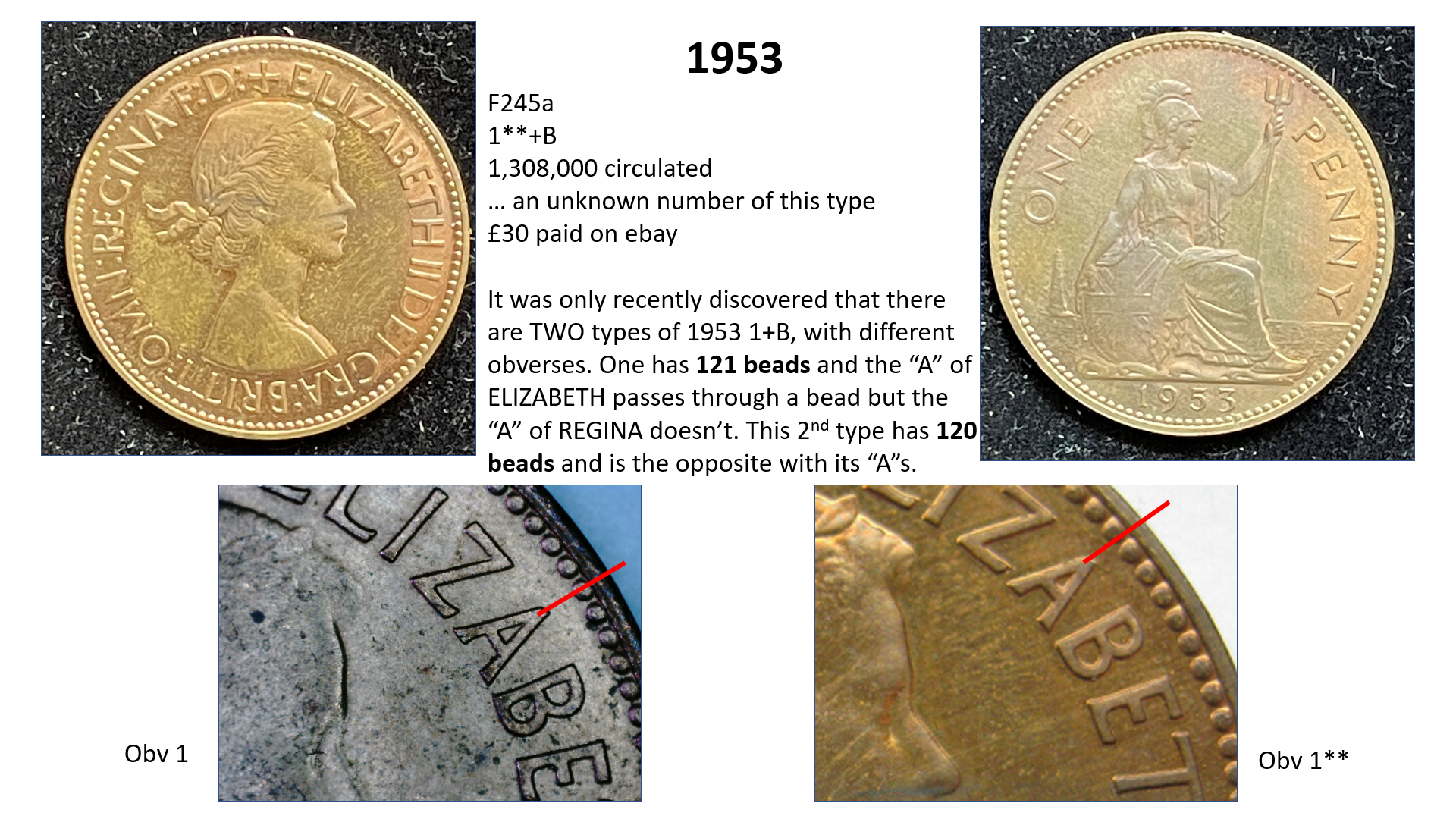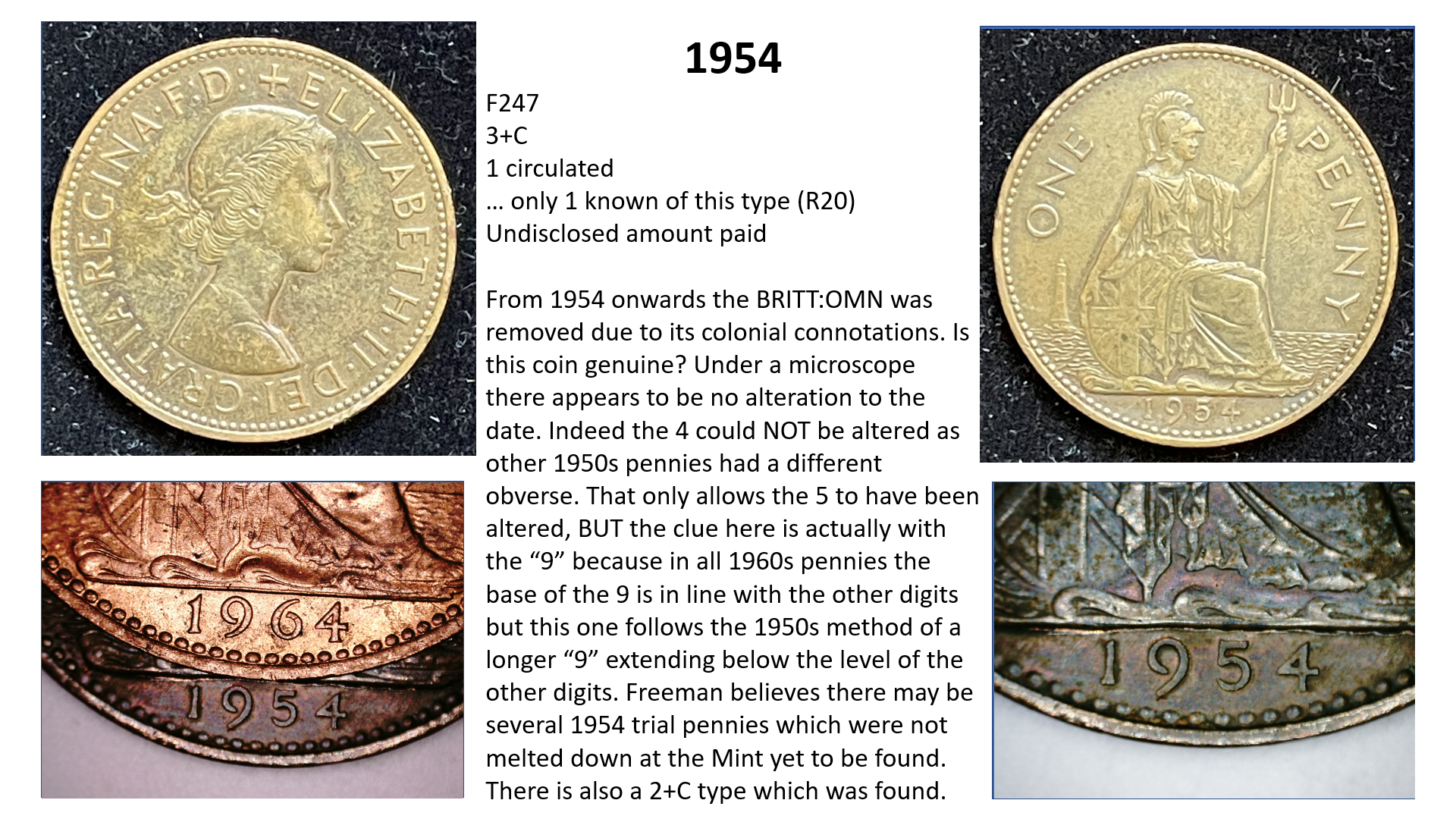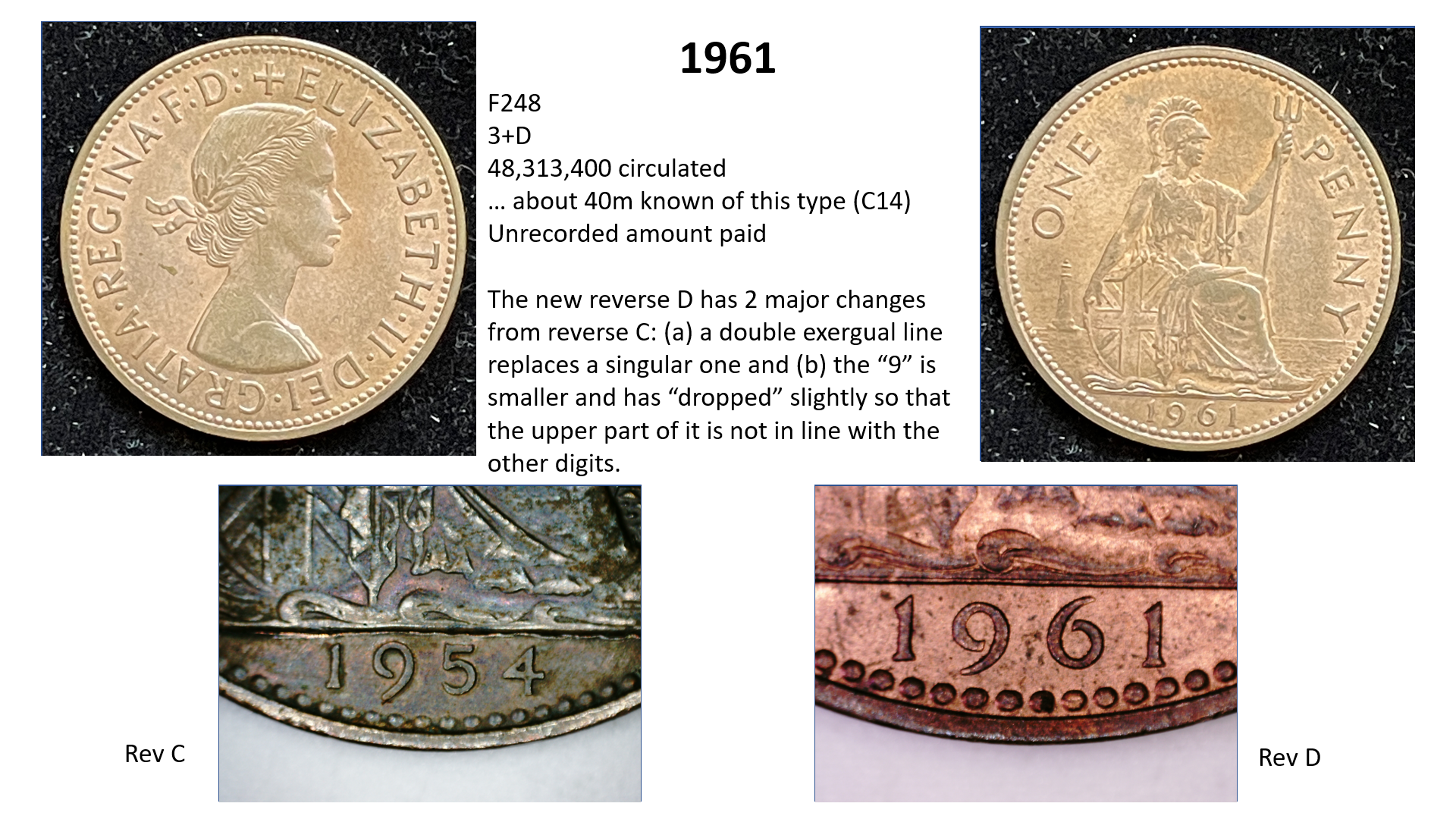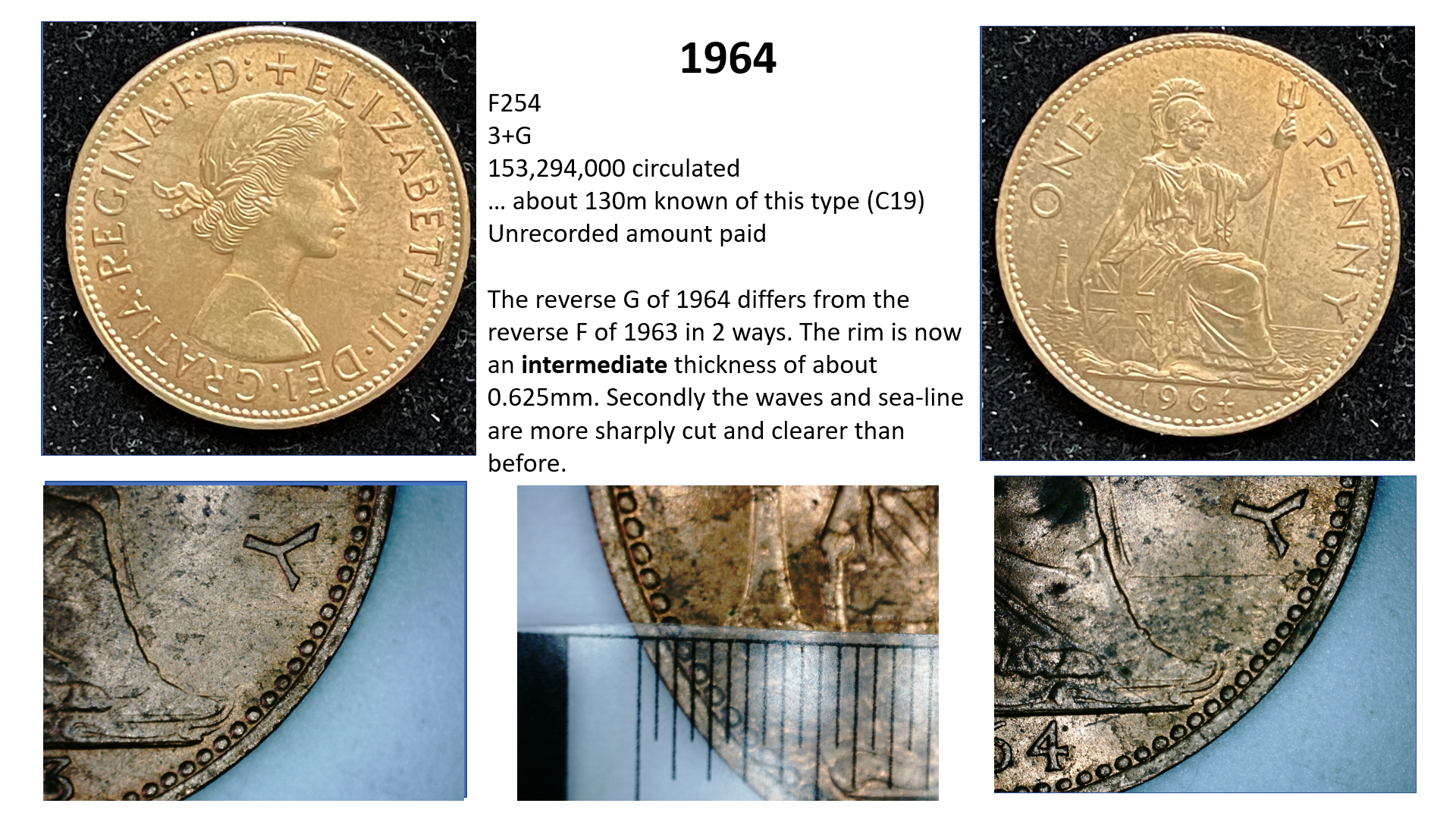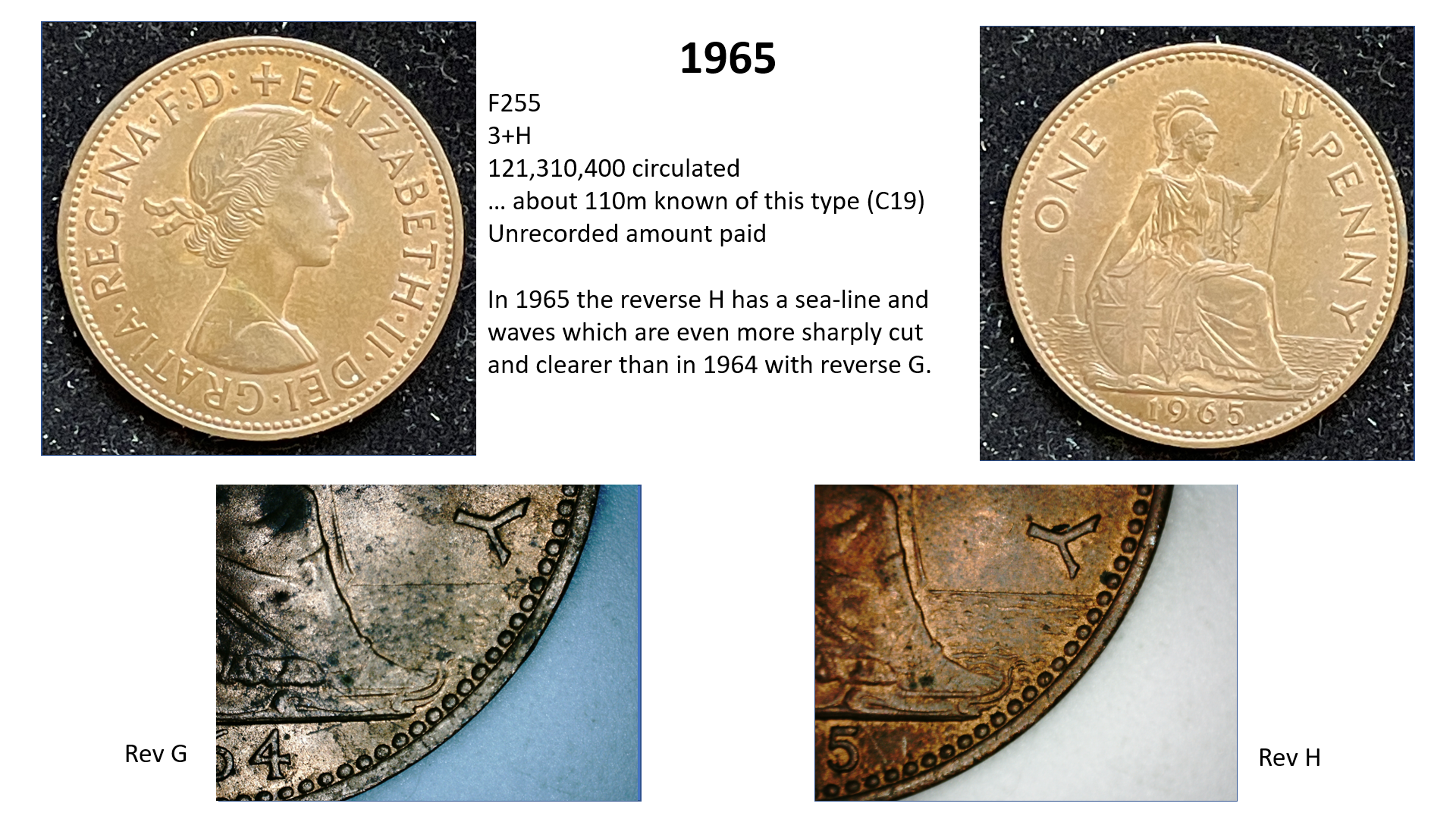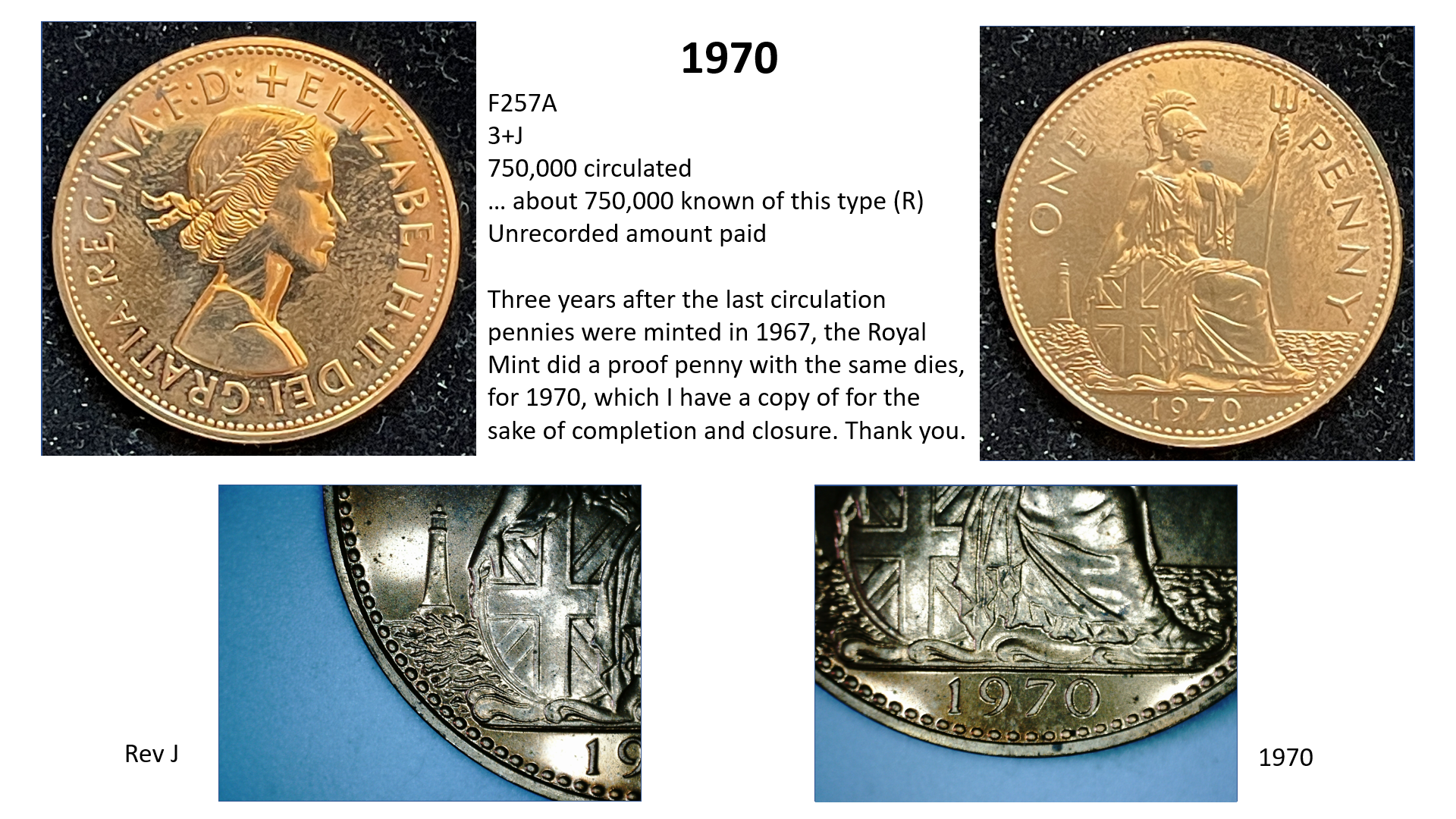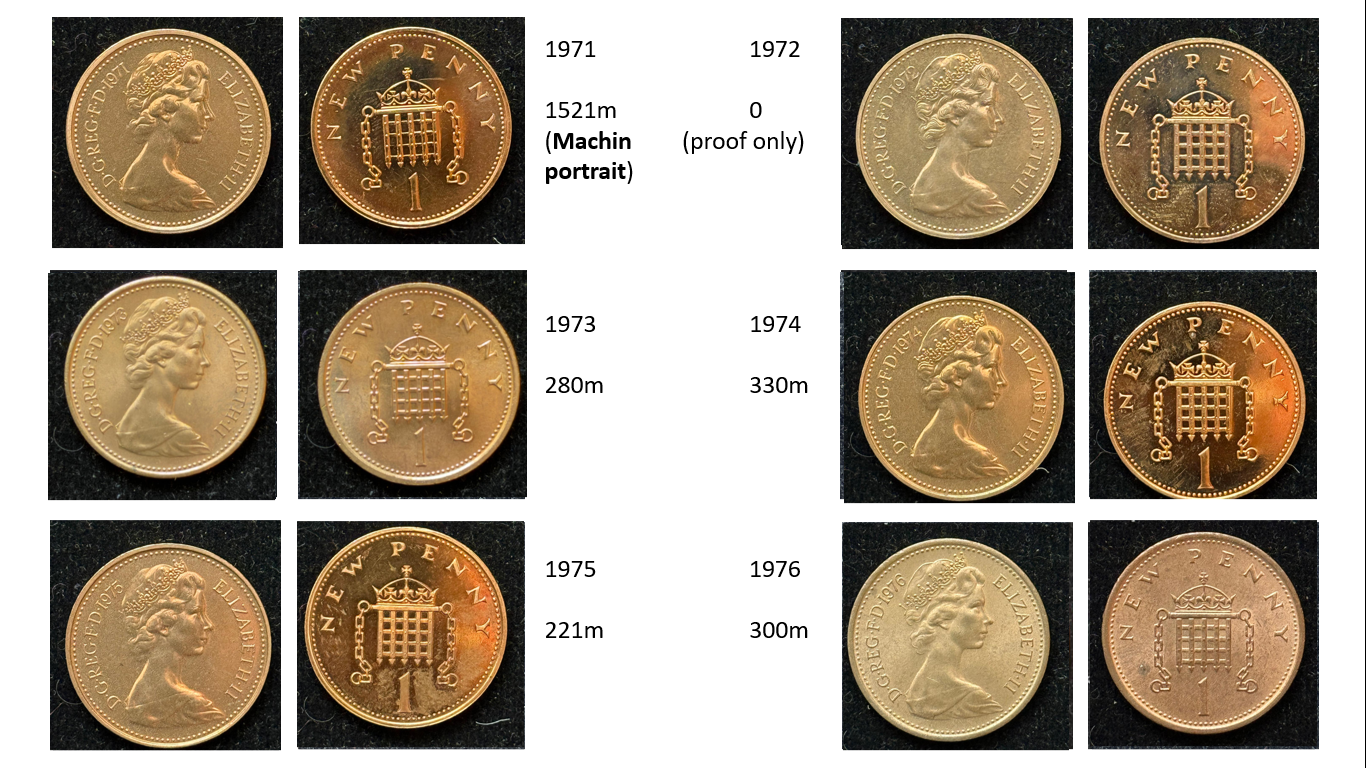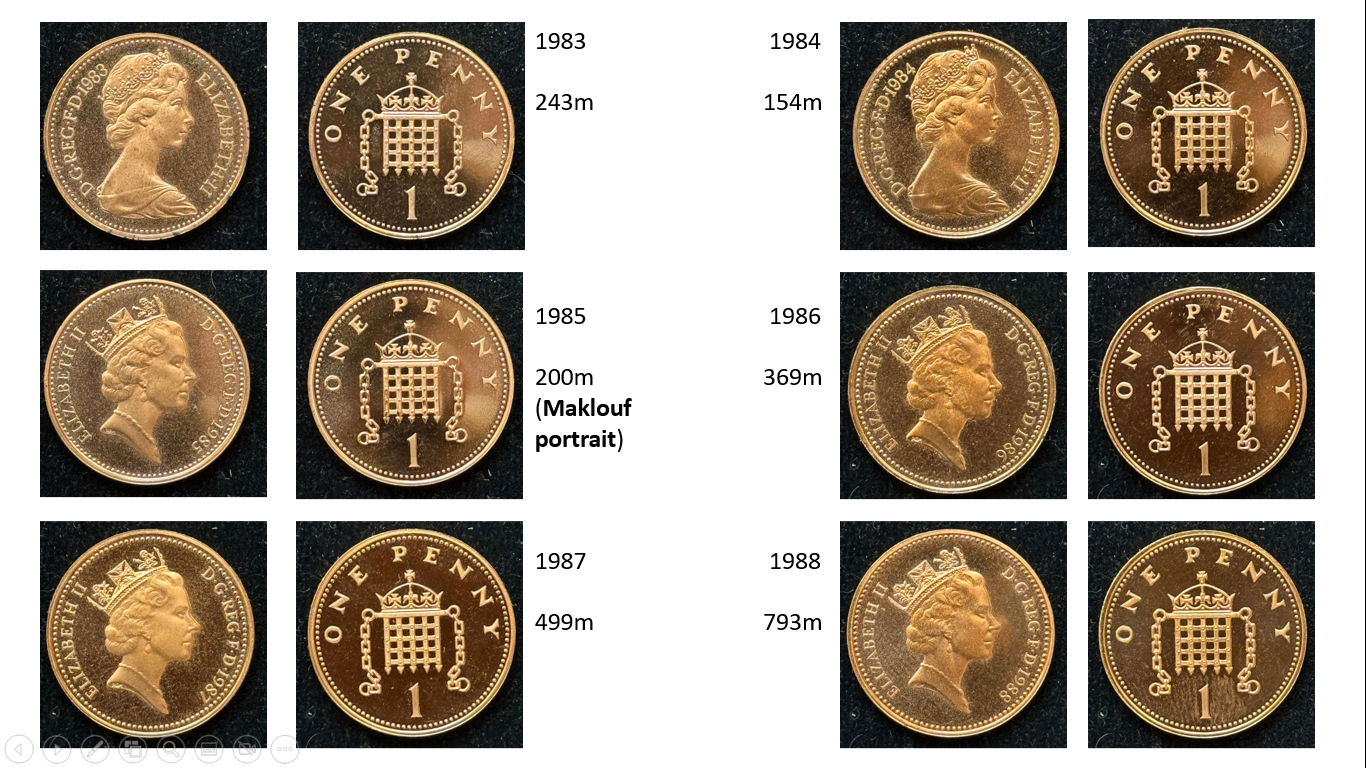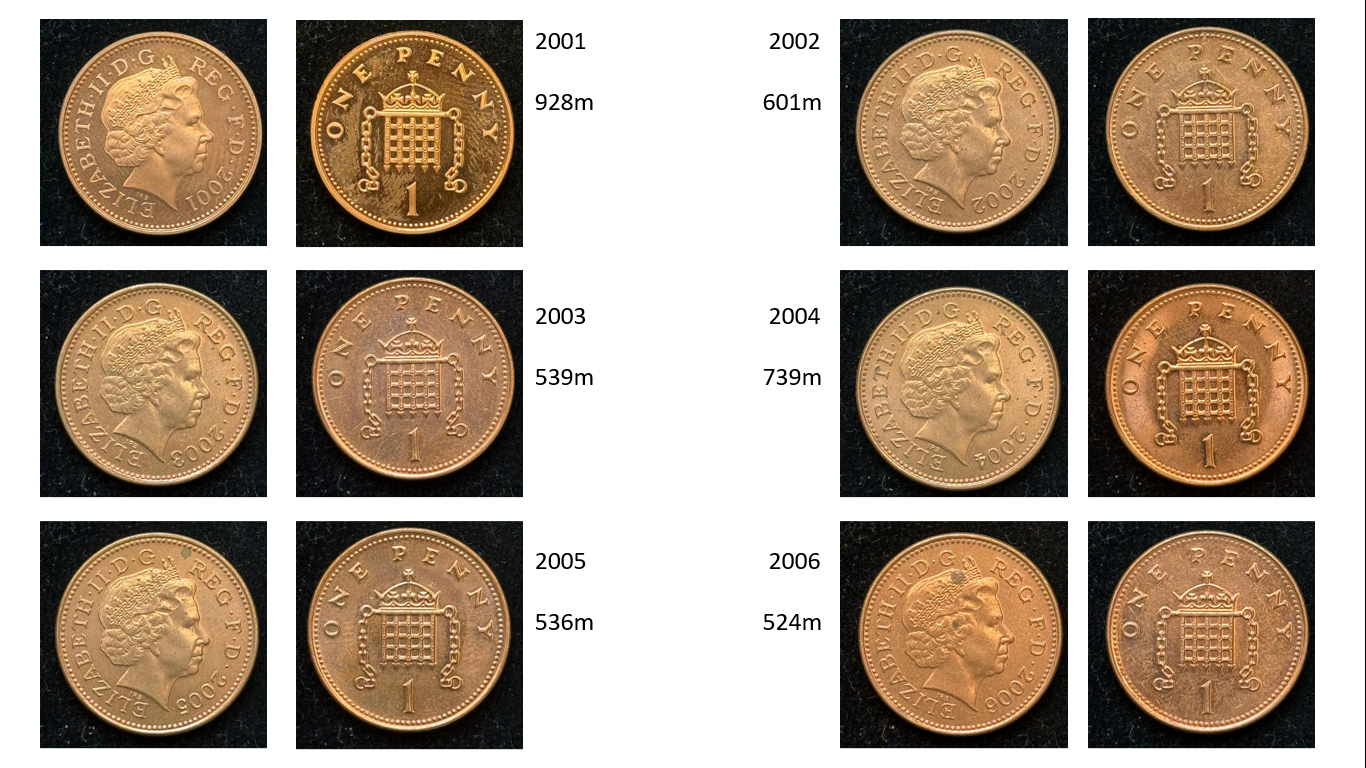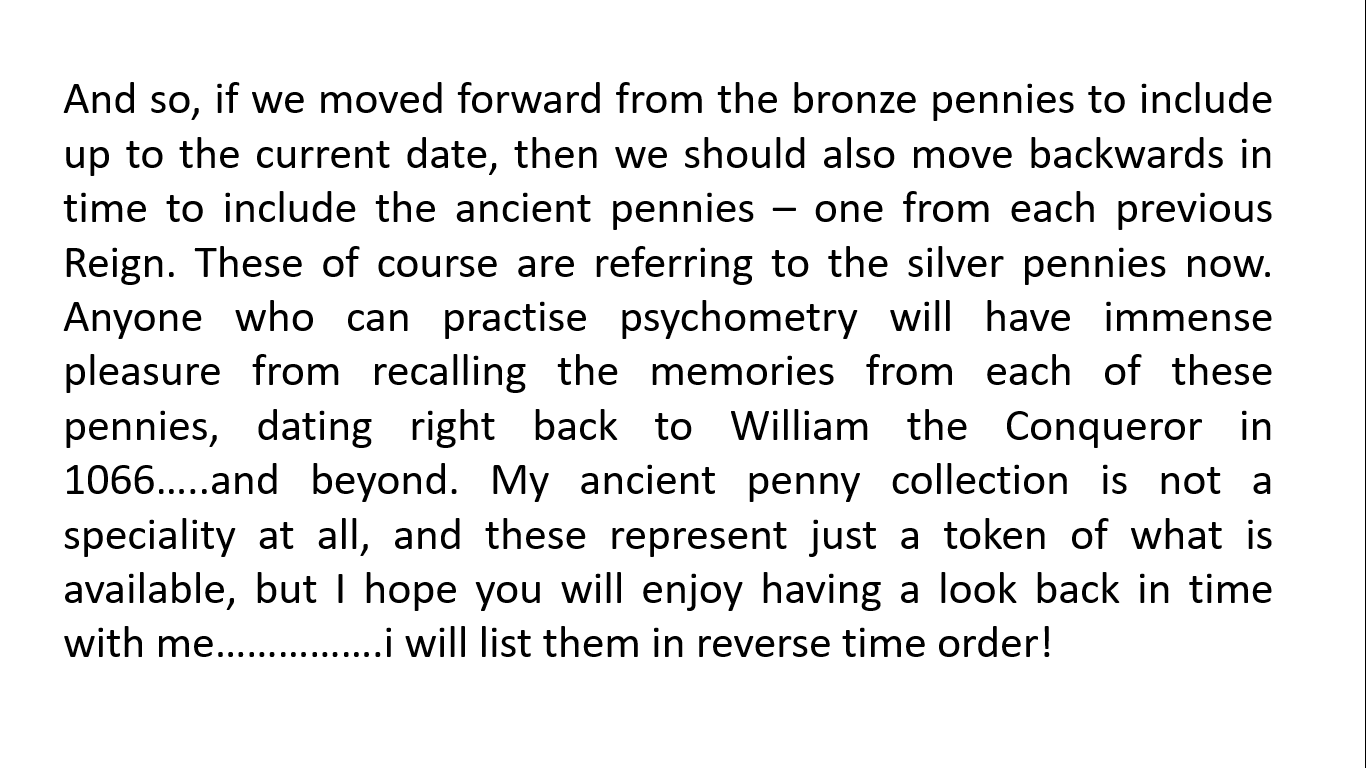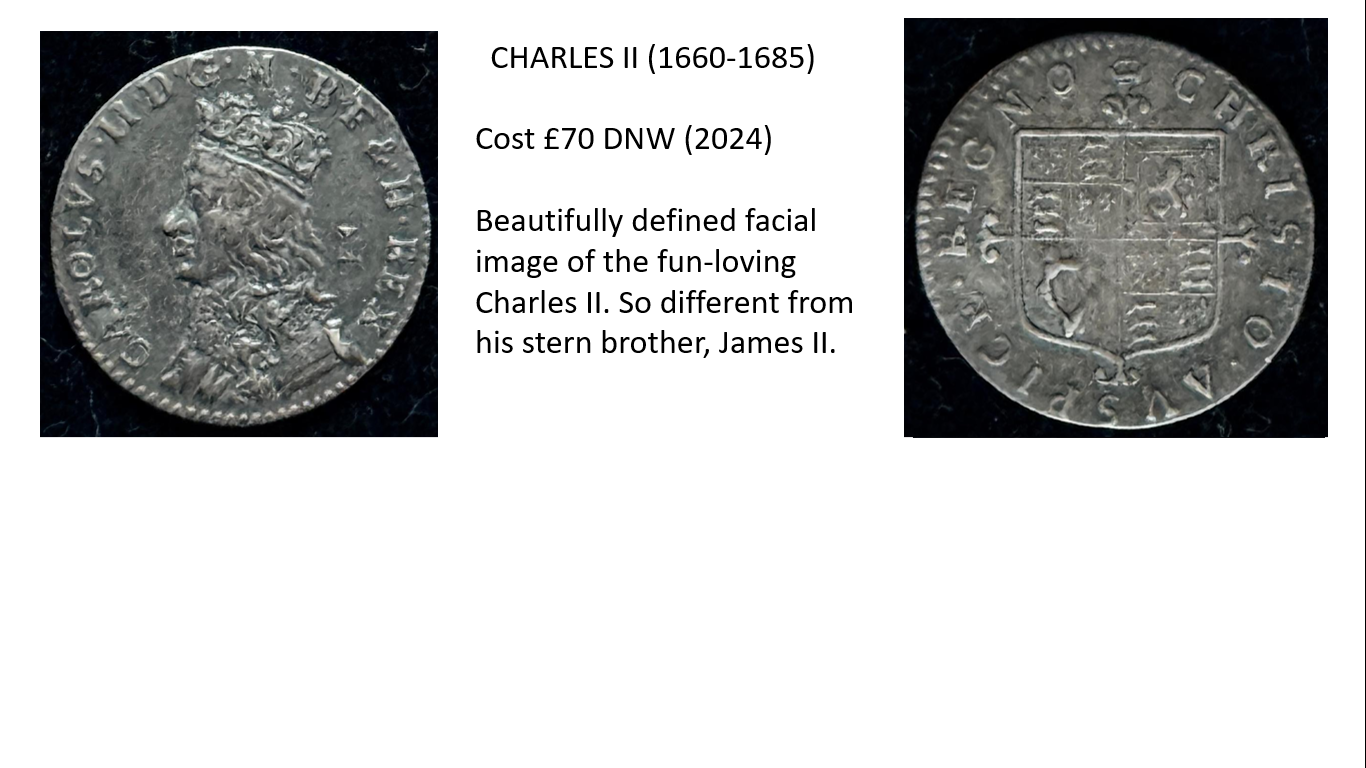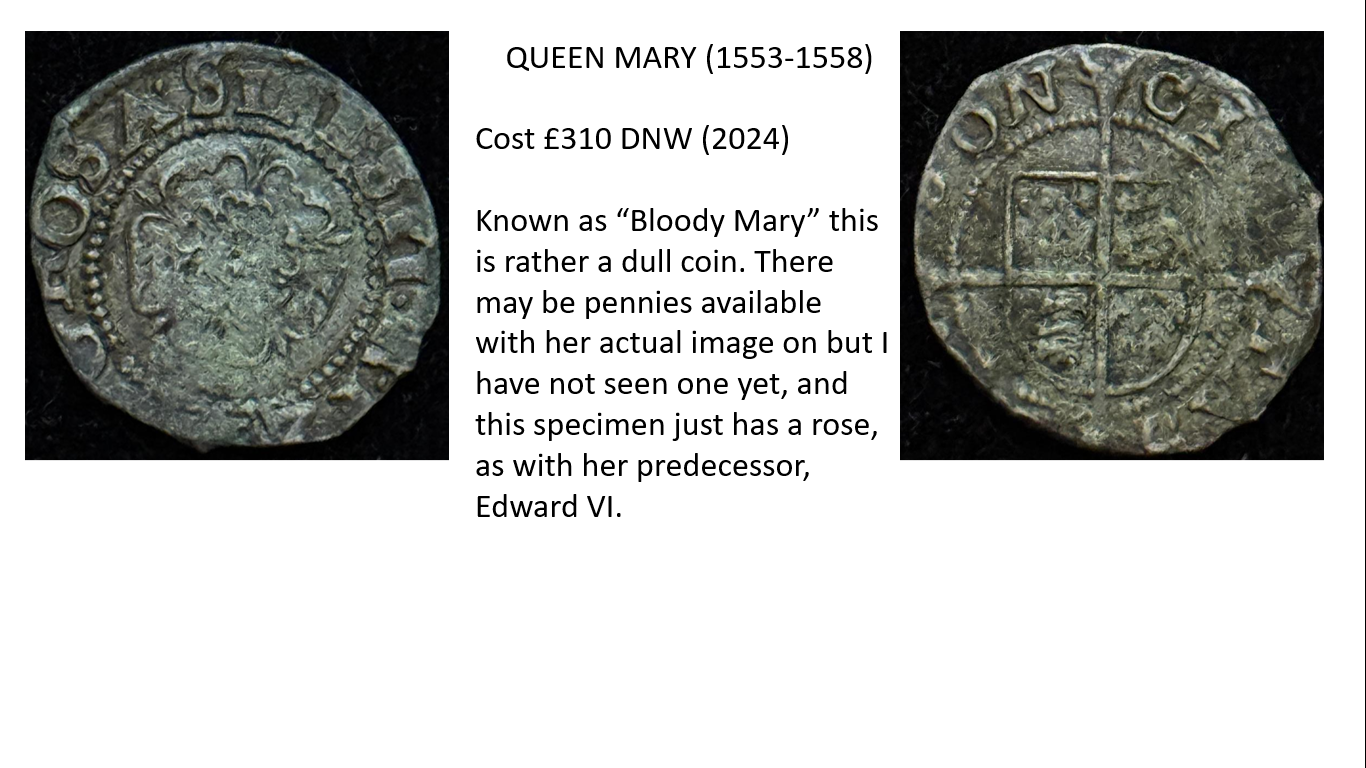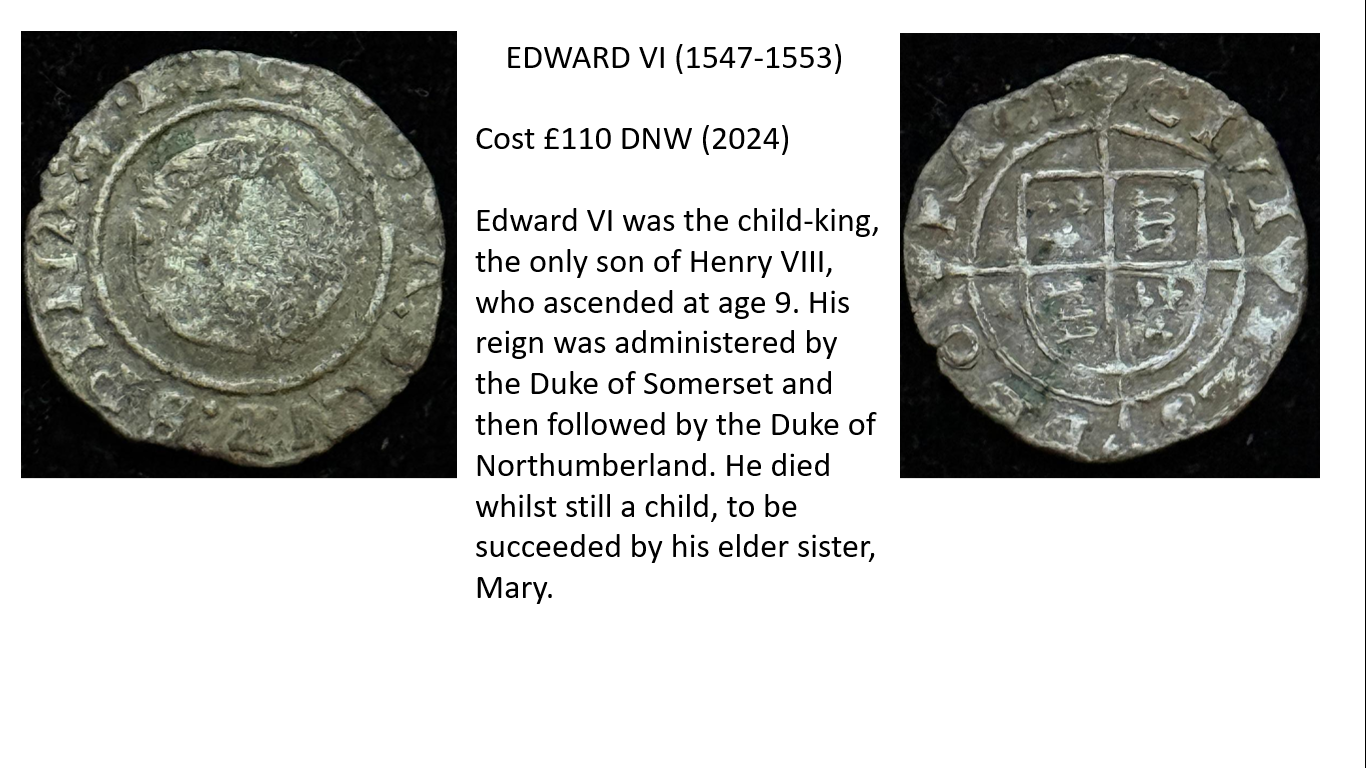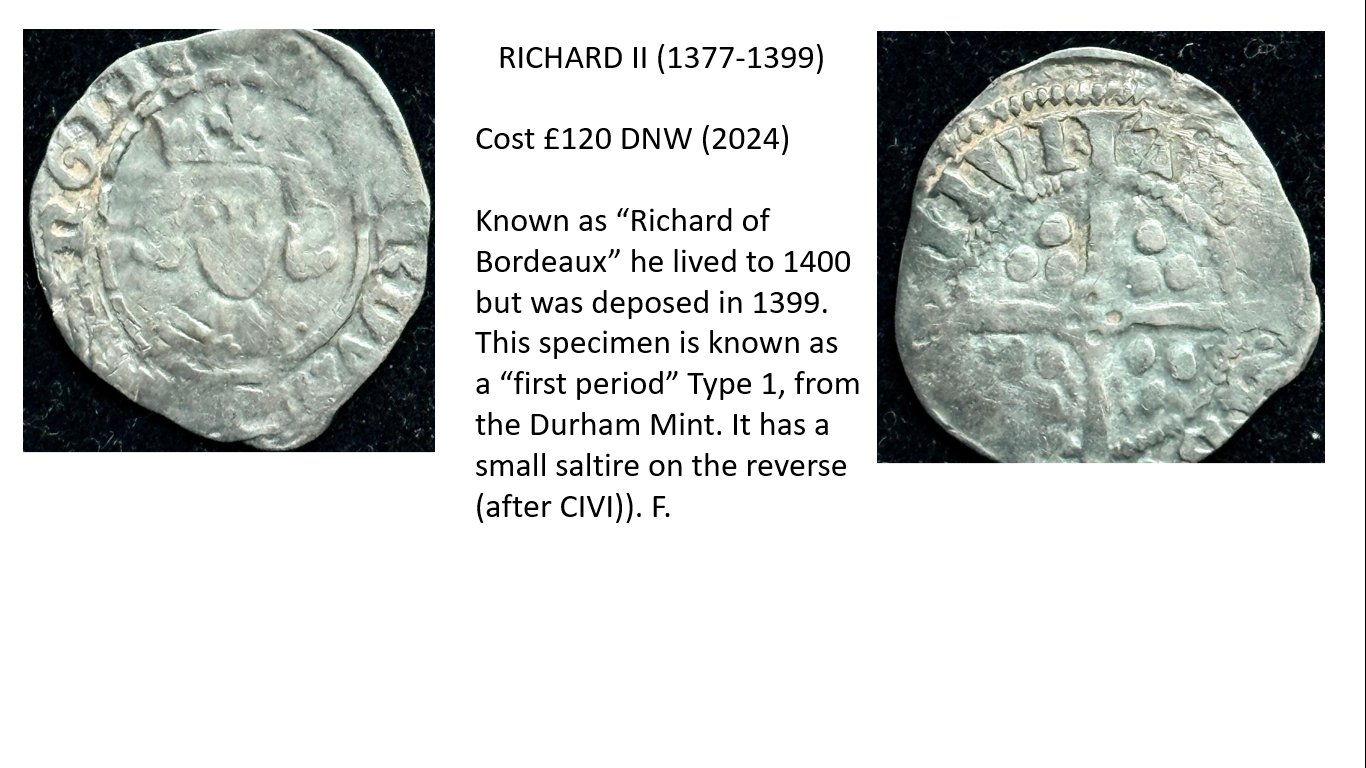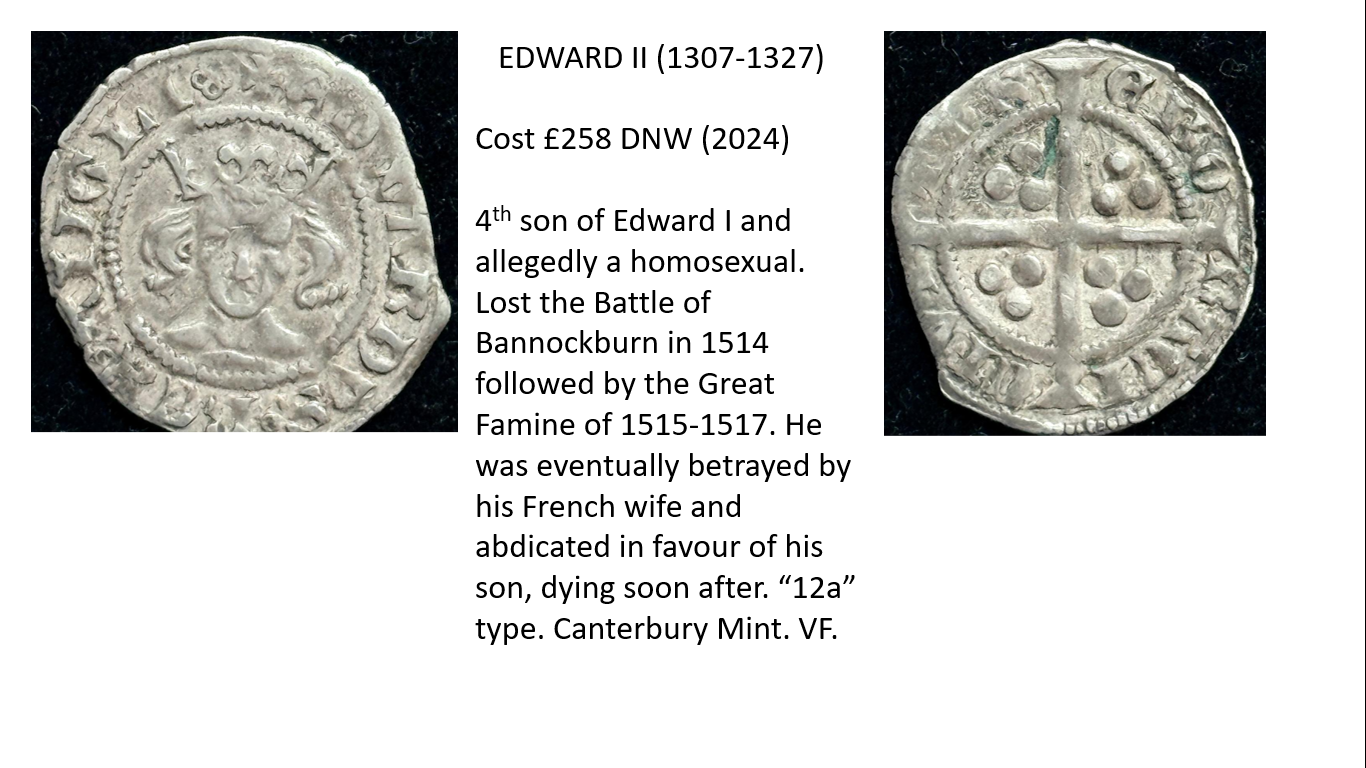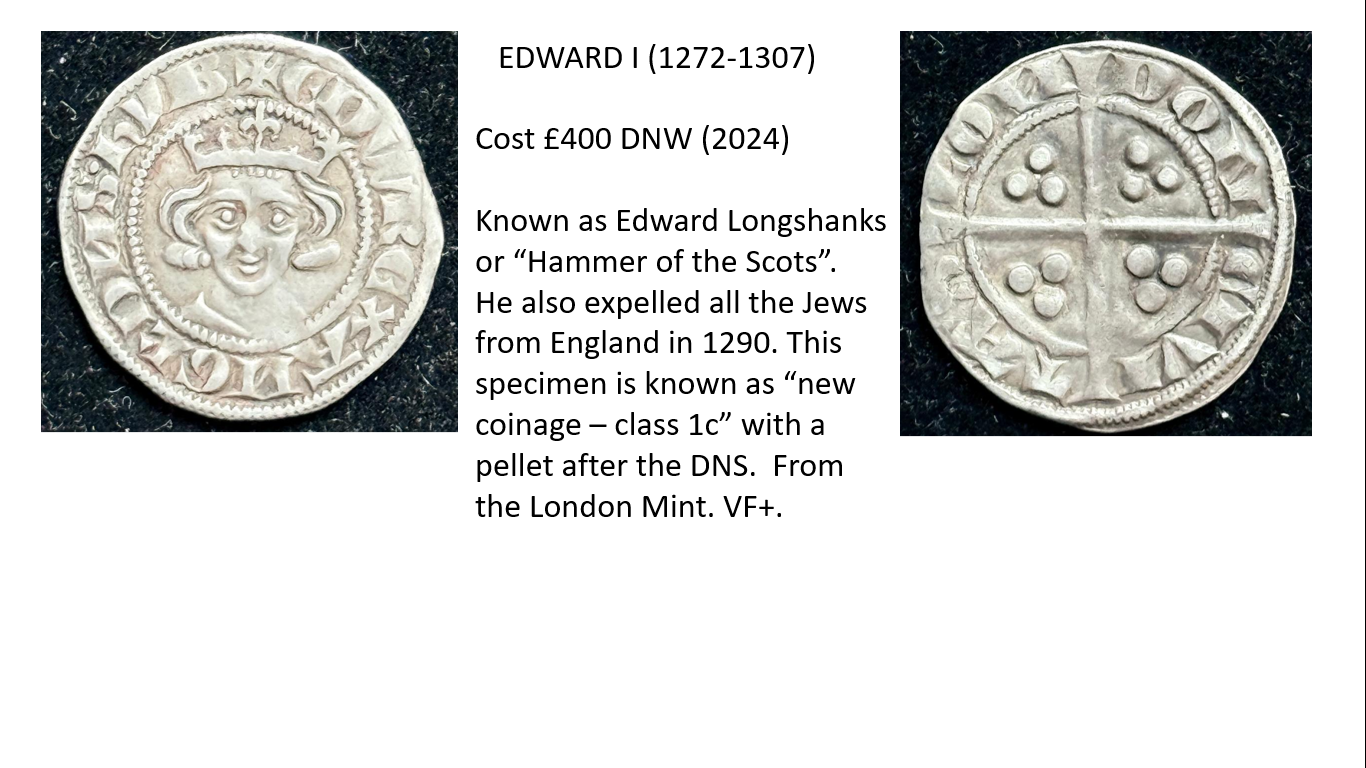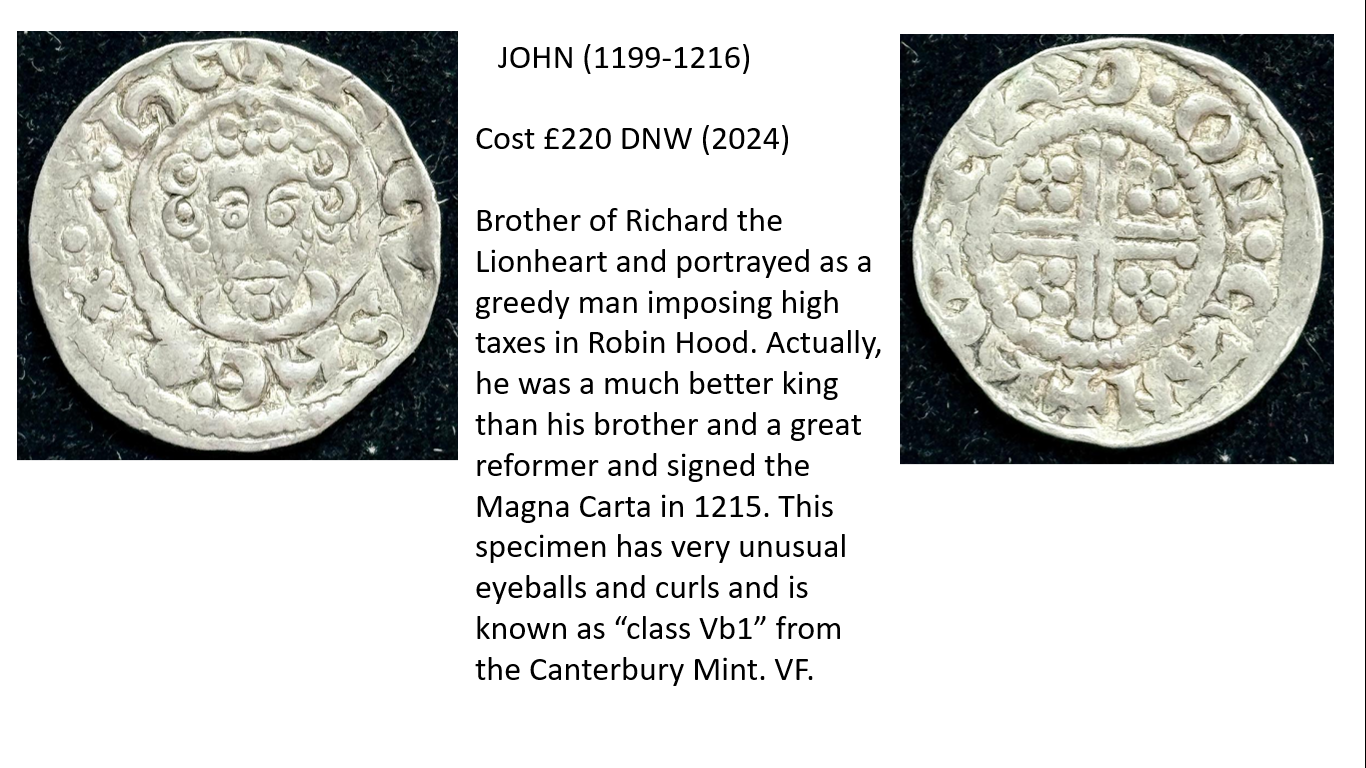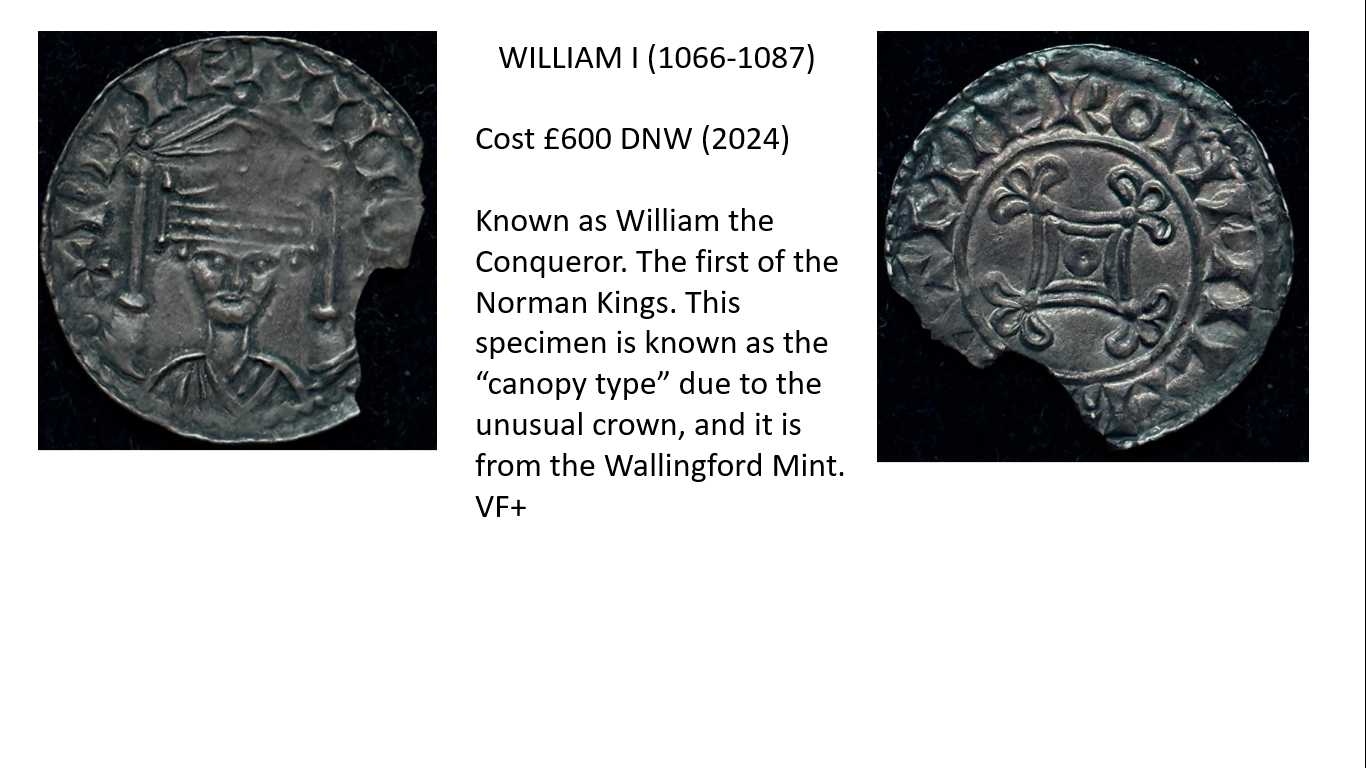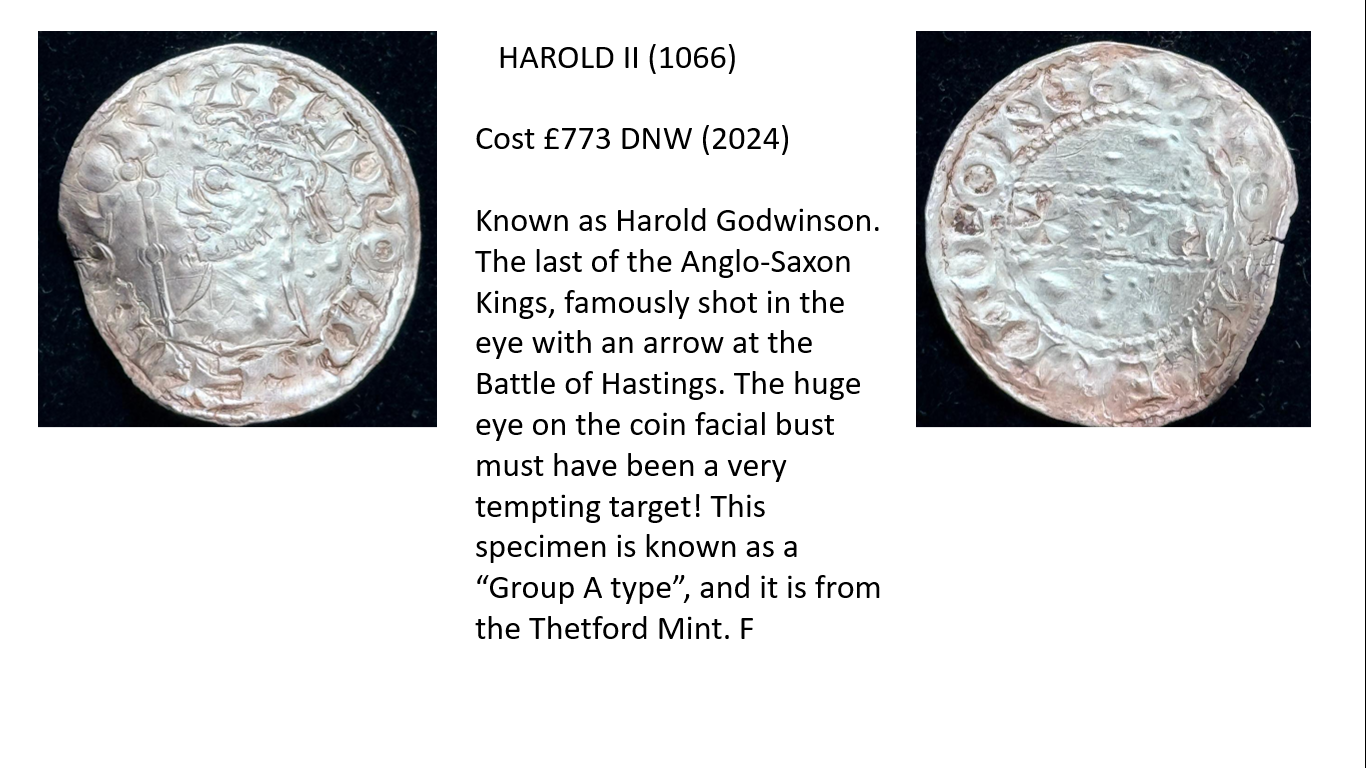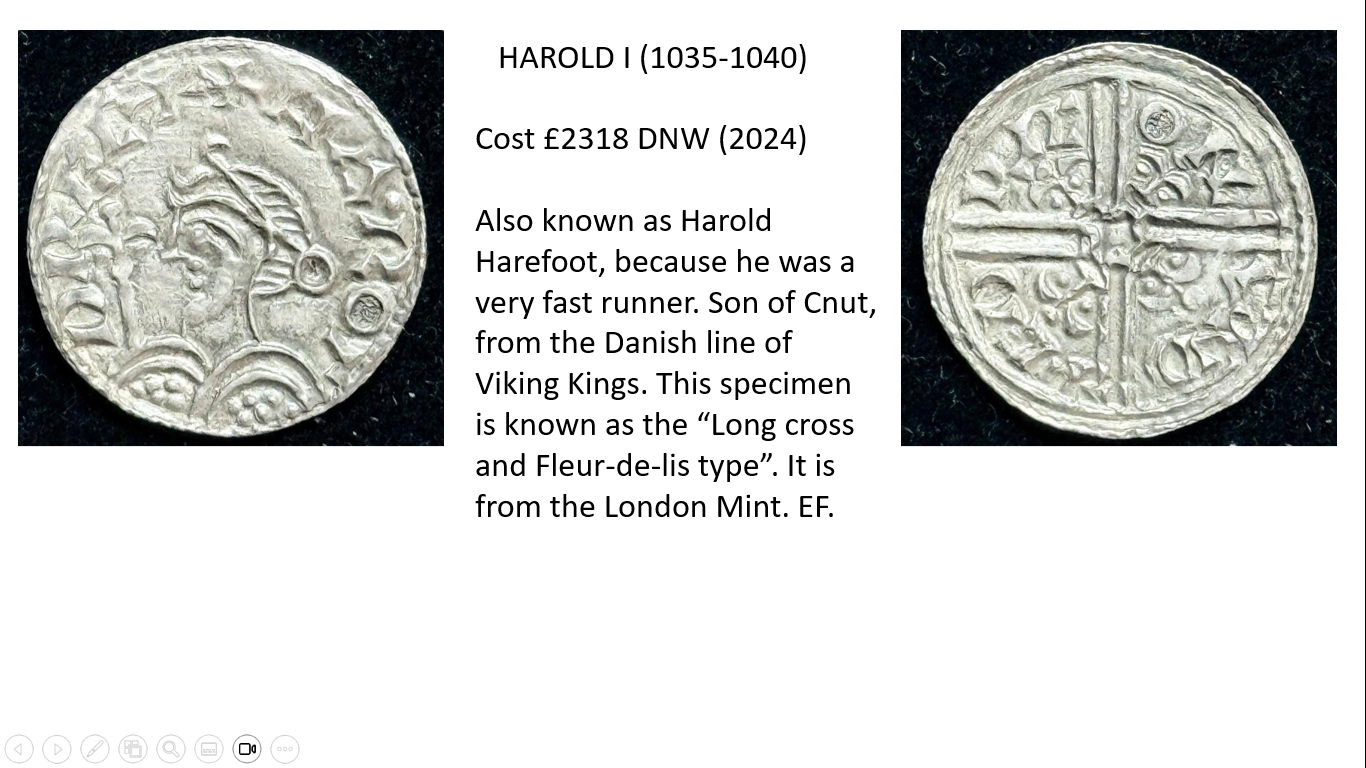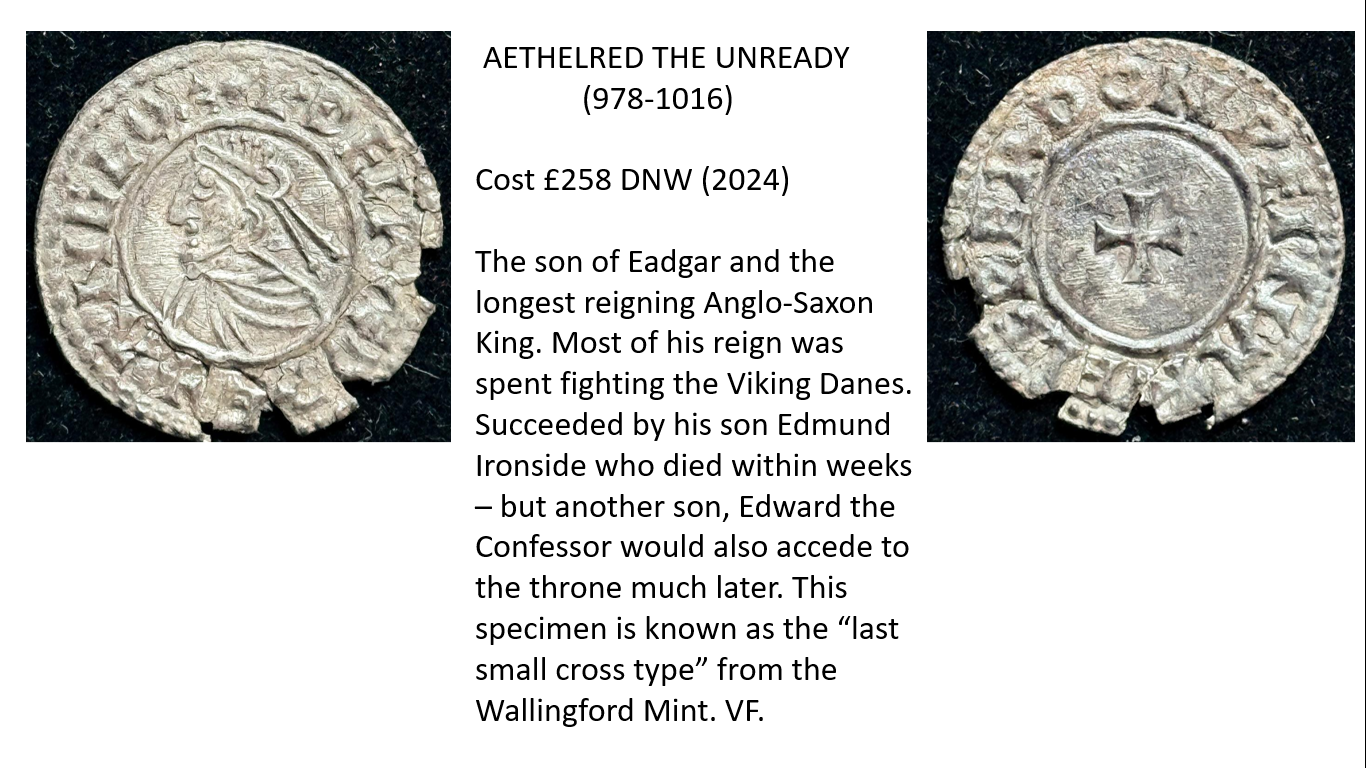1797 10 Leaves
1797 11 Leaves
1797 Tall Ship
1797 Gold-plated
1797 Bronzed
1806 with curl
1806 without curl
1807
1825
1826 No line
1826 Thin line
1826 Thick line
1827
1831 .W.W
1831 Plain
1831 W.W
1834
1837
1839
1841 OT-no colon
1841 OT-colon
1843 OT-no colon
1843 OT-colon
1844
1845
1846 Far colon
1846 Far colon 2
1846 Near colon
1847 Near colon
1847 Far colon
1847 Medusa
1848 Normal OT
1860 F0
1860 F0B
1860 F8B
1860 F8D
1860 F1
1860 F5
1860 F6
1860 F7
1860 F8
1860 F9
1860 F10
1860 F10A
1860 F10B
1860 F11
1860 F13
1860 F14
1860 F15
1860 F15A
1860 F15B
1860 F16
1860 F16A
1860 F17
1861 F18
1861 F20
1861 F20A
1861 F21
1861 F22
1861 F23
1861 F23A
1861 F24
1861 F25
1861 F26
1861 F27
1861 F28
1861 F29
1861 F30
1861 F32
1861 F33
1861 F33A
1862 F38
1862 F38A
1862 F39
1862 F39A
1862 F39B
1862 F39C
1862 F41
1862 F41A
1863 F42
1863 F42A
1863 F42B
1863 F44
1863 F44A
1863 F45
1863 F46
1863 F47
1863 F47A
1864 F48
1864 F49
1865 F50
1865 F51
1866 F52
1867 F53
1868 F56
1868 F56A
1869 F59
1870 F60
1870 F60A
1870 F60B
1871 F61
1872 F62
1872 F62A
1873 F64
1873 F64A
1874 F65
1874 F66
1874 F67
1874 F68
1874 F69
1874 F70
1874 F71
1874 F71A
1874 F72
1874 F72A
1874 F73
1874 F76
1874 F77
1874 F78A
1875 F79
1875 F80A
1875 F82
1875 F85
1876 F87
1876 F89
1876 F89A
1877 F90
1877 F91
1878 F94
1879 F96
1879 F97
1879 F97A
1879 F97B
1879 F98
1880 F99
1880 F99A
1880 F101
1881 F102
1881 F103
1881 F104
1881 F105
1881 F106
1881 F108
1882 F111
1882 F112
1882 F114
1882 F115
1883 F116
1883 F118
1884 F119
1885 F121
1886 F123
1887 F125
1887 F125A
1888 F126
1888 F126A
1889 F127
1889 F127A
1889 F128
1890 F130
1890 F130A
1890 F130B
1891 F132
1892 F134
1893 F136
1893 F136A
1893 F136B
1894 F138
1895 F139
1895 F141
1896 F143
1896 F144
1896 F144A
1897 F145
1897 F145A
1897 F147
1897 F148
1898 F149
1898 F149A
1898 F149B
1899 F150
1899 F151
1900 F153
1901 F154
1902 F156
1902 F157
1903 F158
1903 F158A
1904 F159
1905 F160
1905 F161
1906 F162
1907 F163
1907 F163A
1908 F164
1908 F164A
1908 F165
1908 F166
1909 F168
1909 F168A
1909 F169
1910 F170
1911 F171
1911 F171A
1912 F172
1912 F173
1913 F174
1913 F175
1913 F176
1913 F177
1914 F178
1915 F179
1915 F179A
1916 F180
1916 F180A
1917 F181
1918 F182
1918 F183
1918 F184
1919 F185
1919 F186
1919 F187
1919 F187A
1920 F188
1921 F190
1921 F191
1922 F192
1922 F192A
1922 F192B
1923 F192C
1926 F193
1926 F195
1927 F197
1928 F199
1929 F201
1930 F203
1931 F205
1932 F207
1933 F209
1934 F210
1935 F212
1936 F214
1937 Fxxx
1937 F217
1937 F219
1937 F221
1938 F222
1939 F224
1940 F226
1940 F227
1944 F229
1945 F231
1945 F231A
1946 F233
1946 F233A
1947 F235
1948 F236
1949 F238
1950 F240
1950 F241
1951 F242
1952 Fxxx
1953 F244
1953 F245
1953 F245A
1954 F247
1961 F248
1962 F250
1963 F252
1964 F254
1965 F255
1966 F256
1967 F257
1967 F257A
1970 F257B
INTRODUCTION
Bronze Pennies
I was at primary school when decimalisation began in 1971 and the outgoing imperial currency seemed a sad loss, and something which in my mind needed to be somehow preserved. We children at that time were always told to check our change for that elusive 1933 penny which was out there somewhere and we read newspaper reports around that time of a 1933 penny selling for over £8000, which was more than the average house price back then! (A recent 1933 penny sold for £150,000 so it is still valued at about the price of an average home!)
It was only one step from there for a young child to keep a collection of the different dates of pennies. As a natural collector of things, I experienced the buzz of finding a rare date in my change, and this developed eventually into a weekly Saturday trip into the Merrion Centre in Leeds (two buses required, which was quite an adventure for an 11 year old, even at that time) where they had two coin stalls with new stock in every week that was worth rummaging around for this or that special year, or variation.
Some people collect many different types of coins, and even among penny collectors some prefer the old, large copper pennies (1797 – 1860), whilst others prefer to collect the shiny “proof” pennies, or even the rare “pattern” pennies, but for me it was all about specialising in the bronze circulation
pennies (1860 – 1967). As that young boy in 1971, looking at and fingering through that handful of change from the sweetie shop, to hold in my hand an 1860 penny which was over 100 years old, and imagining its journey through time was almost a religious experience – imagining right back to some Victorian housewife buying a loaf of bread at the bakery with it……..and getting change back from it too! Then passed amongst soldiers in the first world war, and second world war, and even through to the flower-power hippie generation of the 60s – what tales each and every penny could tell of its life.
My collection may have grown into possibly the best circulation penny collection in the world. It is sad that the collection has to be stored in a bank vault these days because of its high value but I display it online now for both aspiring and established collectors to look at. There is a tendency these days to include dates which are overstruck or pennies with various faults – these are not technically true variations in my opinion, but I include many of them anyway. I hope you enjoy it……….
KB (I can be contacted at celtina131@aol.com)
Notes:
Although pennies before 1860 are called copper pennies, and after 1860 they became bronze pennies, it is interesting to note that the actual composition from 1860 was 95% copper, 4% tin and 1% zinc………..though by the end in 1967 this had changed to 97% copper, 0.5% tin and 2.5% zinc.
Included with each year is the cataloguing according to Freeman (for example the first coin from 1860 = F1 and the final coin from 1967 = F257). Where you find a gap in my collection, it is usually due to his catalogue also including “proof coins” such as F2 which is actually a gold penny proof and not part of any circulation collection.
The next references are a number and a letter (eg 1+A) and this is a different method of cataloguing used by Spink. The number
refers to the obverse
side of the penny (ie the face side) whilst the letter
refers to the reverse
side of the penny (ie the date side). So for example, the 1860 pennies have 6 different types of obverse (1 to 6) and 6 different types of reverse (A to F) with many combinations of varieties therefore, but other years such as 1967 have only one variety (3+J). This gets even more complicated when some new variations are later discovered…….so for example in 1860 we have a 1*+A as well as a 1+A, but these do not occur often.
The circulation number is the total number of pennies minted – so for example in 1878 there were 2,764,470 pennies minted. A high percentage of these totals are either lost or melted down over the years. Thus, the total remaining for 1878 is estimated at only 25,000. The remainder no longer exist – in other words, only about 1% of the pennies minted are still around and 99% have gone. Moreover, no accurate records are kept as to how this total circulation figure is divided between the different varieties, so we have to make estimates. For example, the F1 penny (1860 1+A) is estimated at a total circulation of only around 1500 out of the 5 million+ total so it is given an R12 value, which is a guide to its rarity (C20 being the most common – over 100 million, and R20 being the scarcest being unique).
As I said, my collection is primarily CIRCULATION PENNIES, and one must be careful about this. For example, an Edward VIII penny from 1937 was sold recently in a Spink auction for £133,000 in 2019. However, this was actually a “pattern penny” which is basically a “trial design” and not an actual penny. I hope that the person who paid such a grand sum of money for that coin was aware of this!!
The only coin missing from my collection is:
F19 (1861 2+F) – it is rated as R20 which means it is currently unique (but hopefully a second one will appear one day, or the current owner will sell it to me……)
(Update Nov 2024 - i have now secured this penny and also the 1954 unique penny. I believe that my bronze collection is now not only the finest in the world but also better and more thorough than the ones at the British Museum and Royal Mint Museum. The only pity is that it is stored in a bank vault and not available for public display - but at least this website will hopefully be of interest to many)
(Note - I am also missing F189 (1920 3+B), also rated R20 - but here the only known specimen was made for monarchy and is now kept at the British Museum. It may have been a “pattern”, or design, penny rather than a circulation penny and will never become available anyway.)
Any other omissions are either proofs or trials or misprints, which I do not recognise as circulation pennies or different designs.

